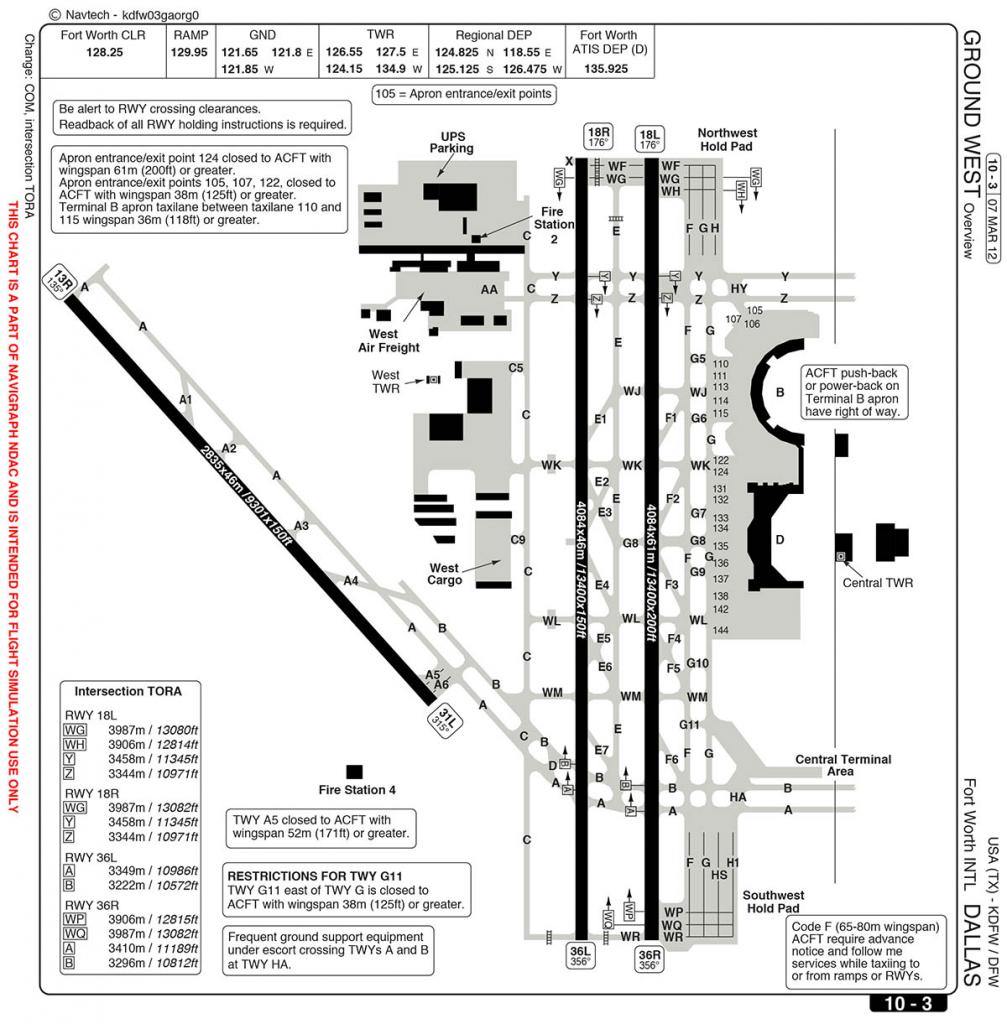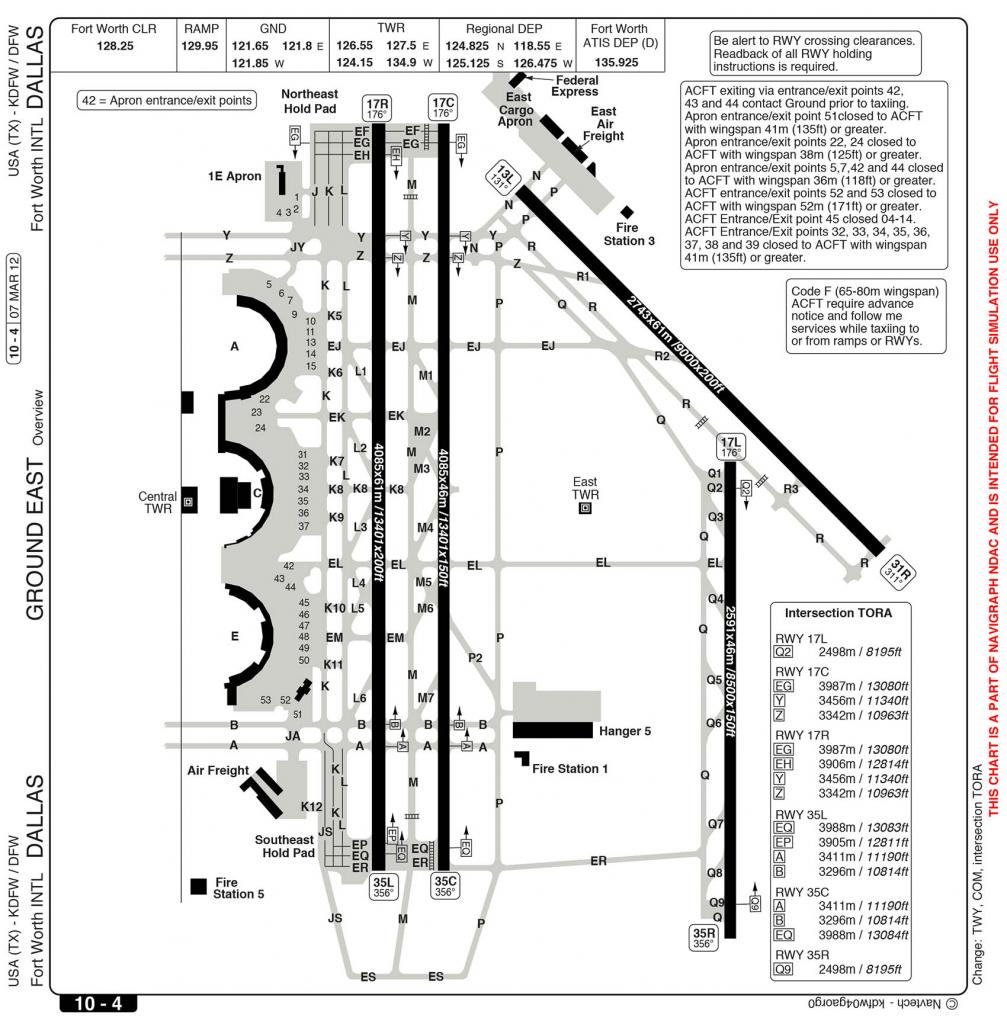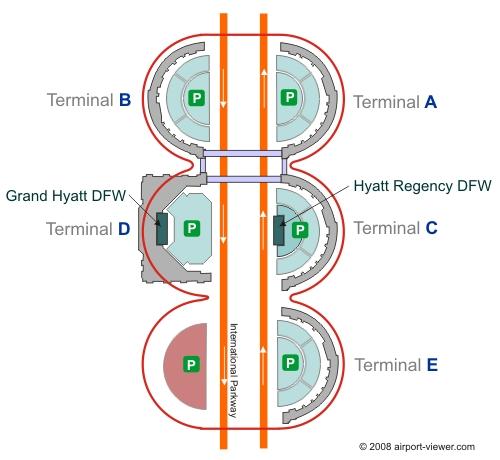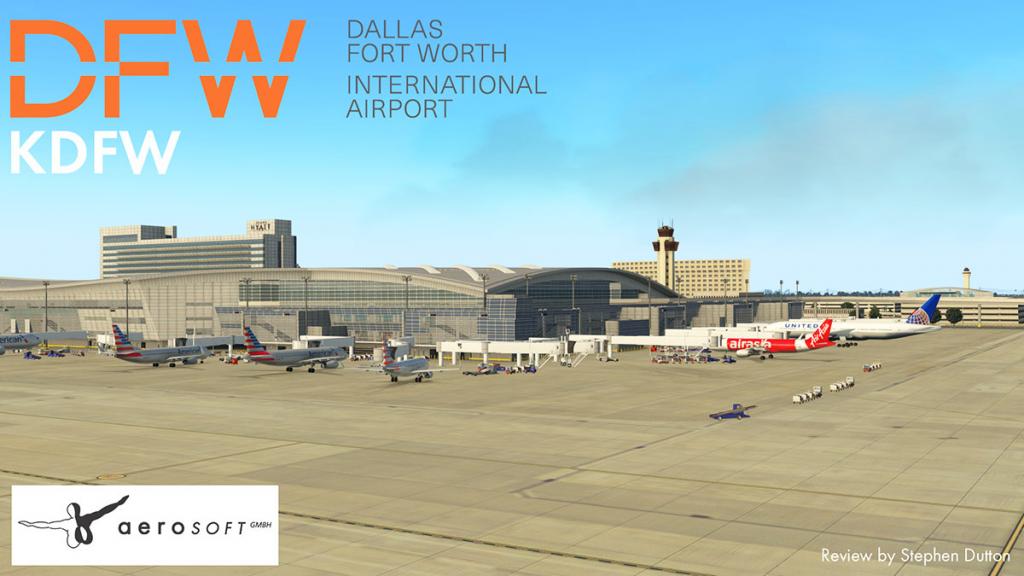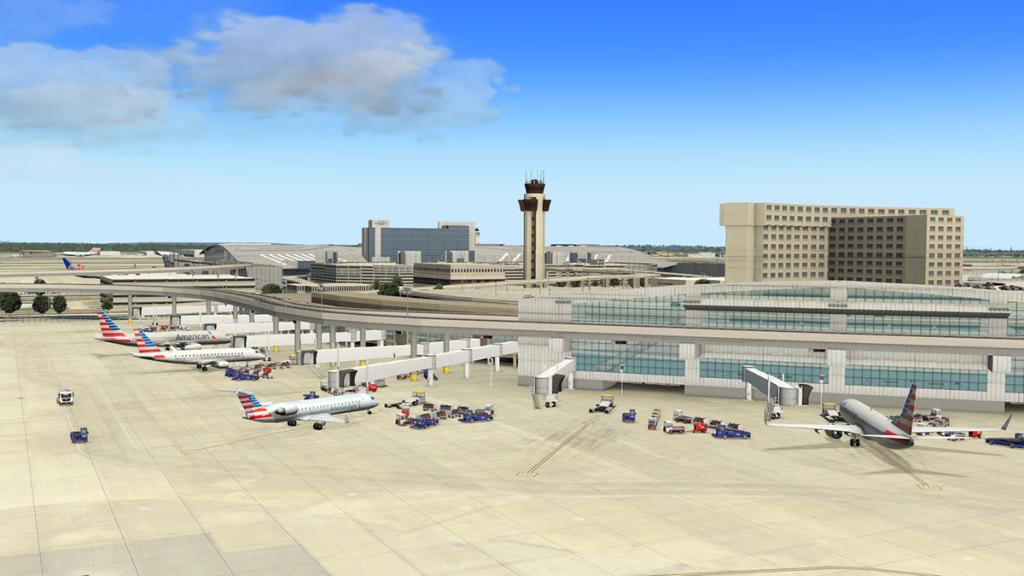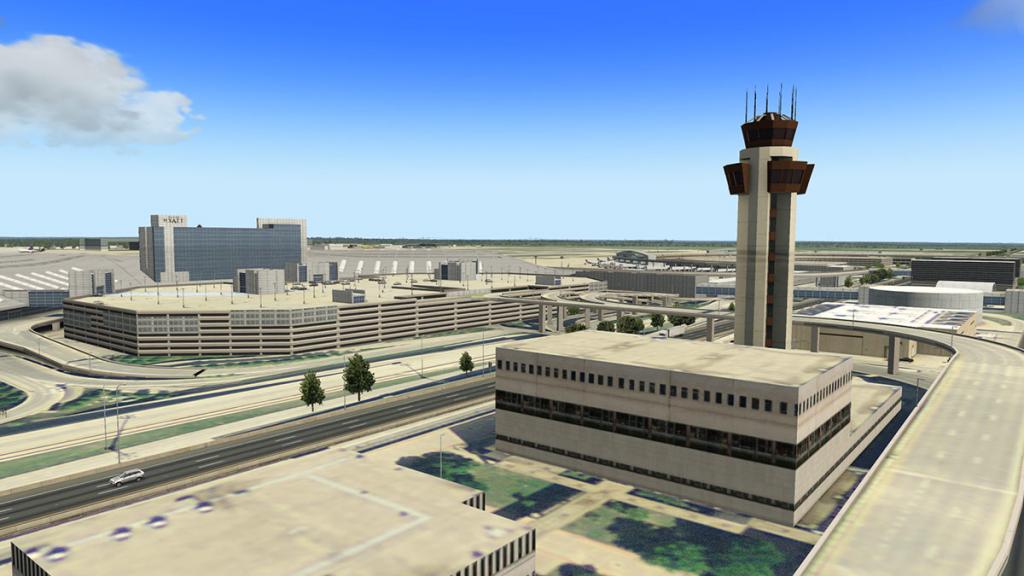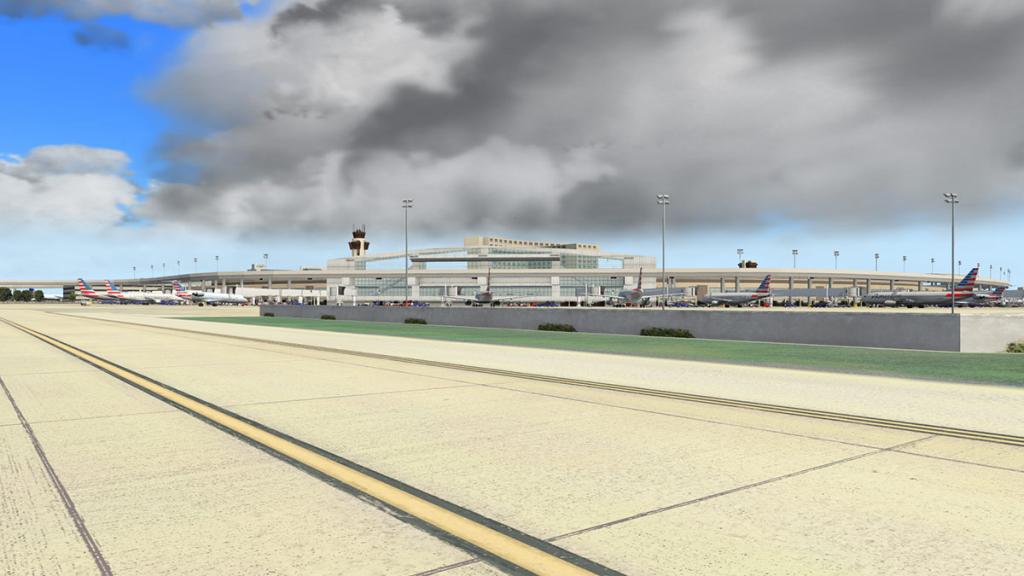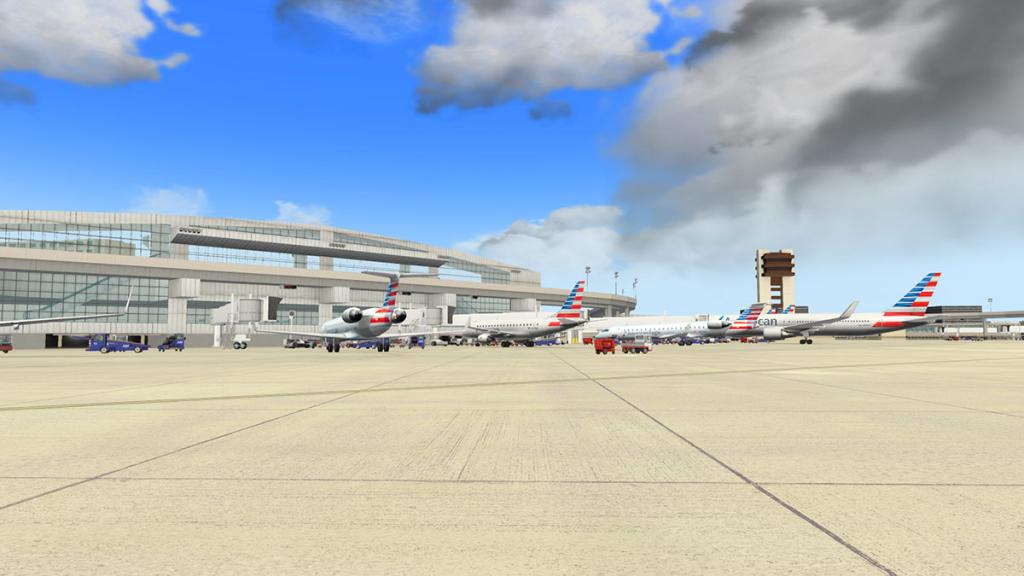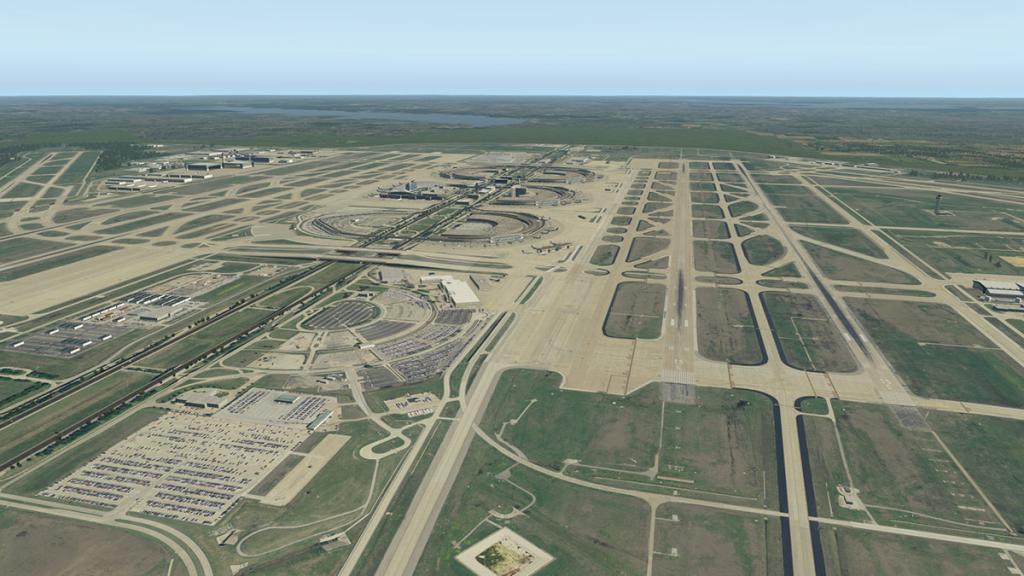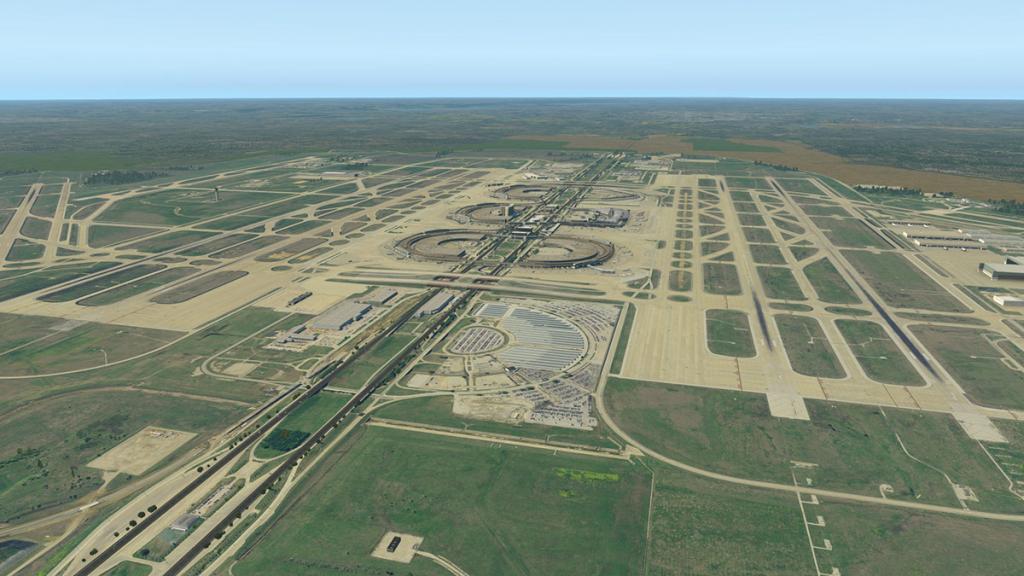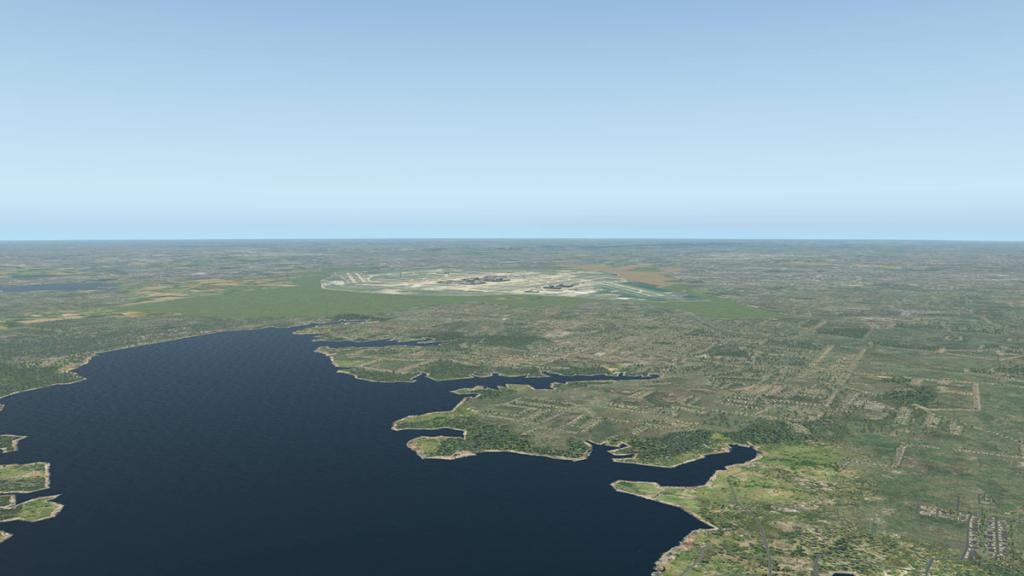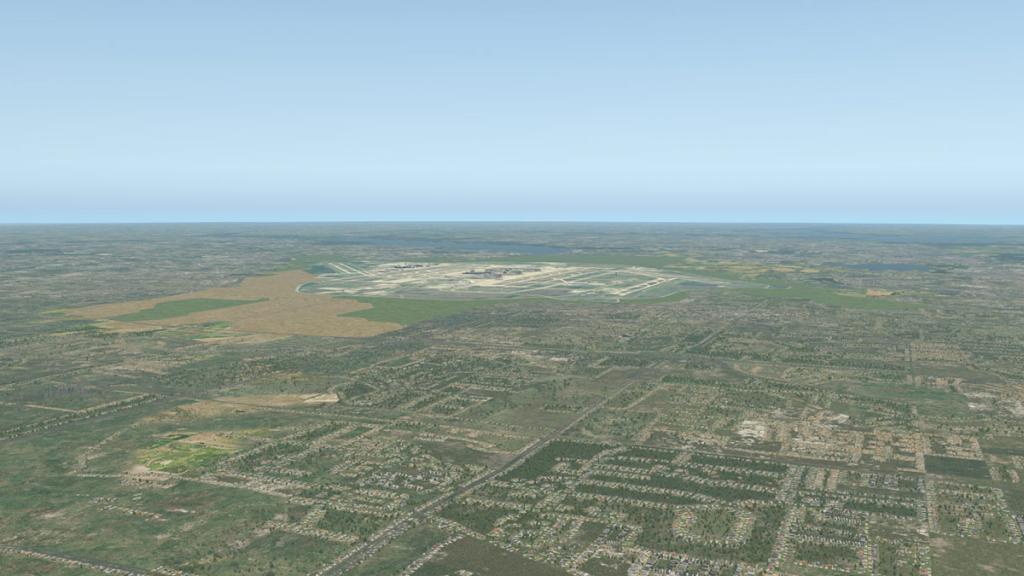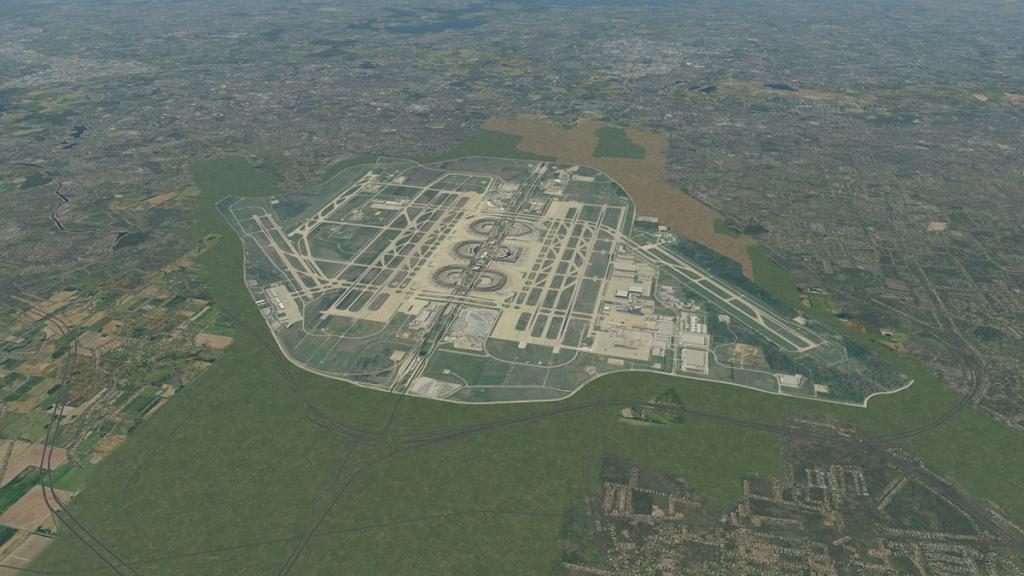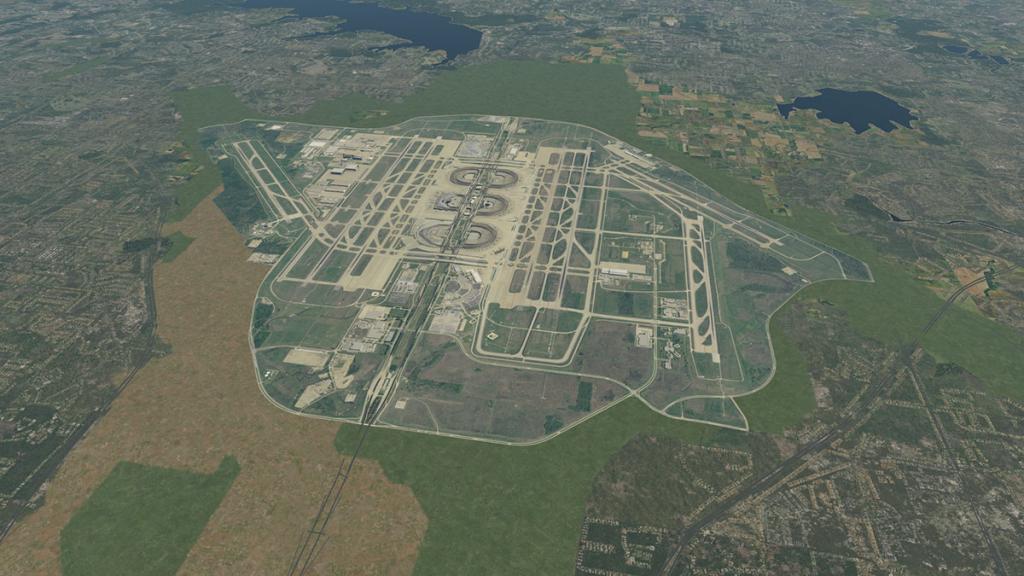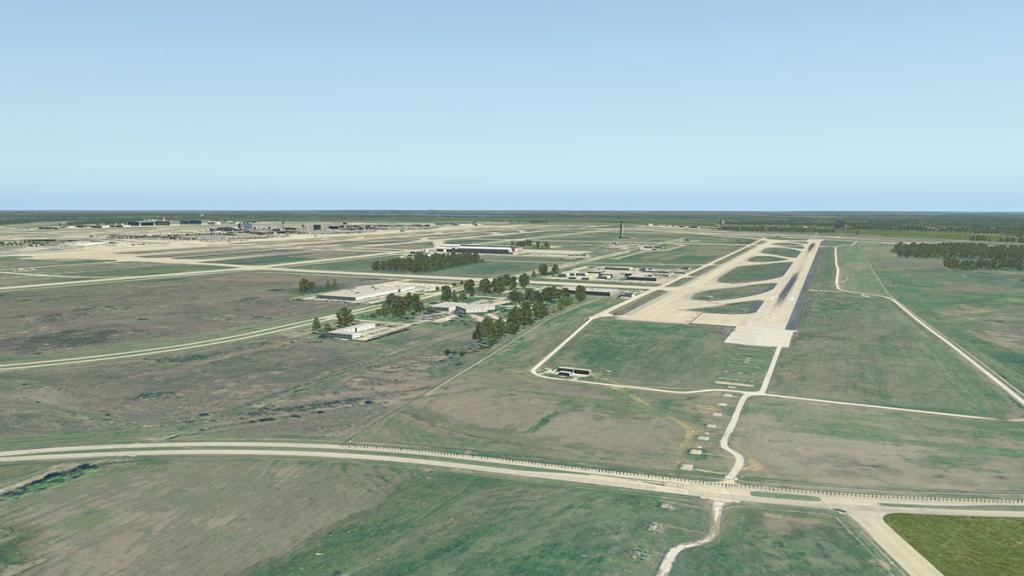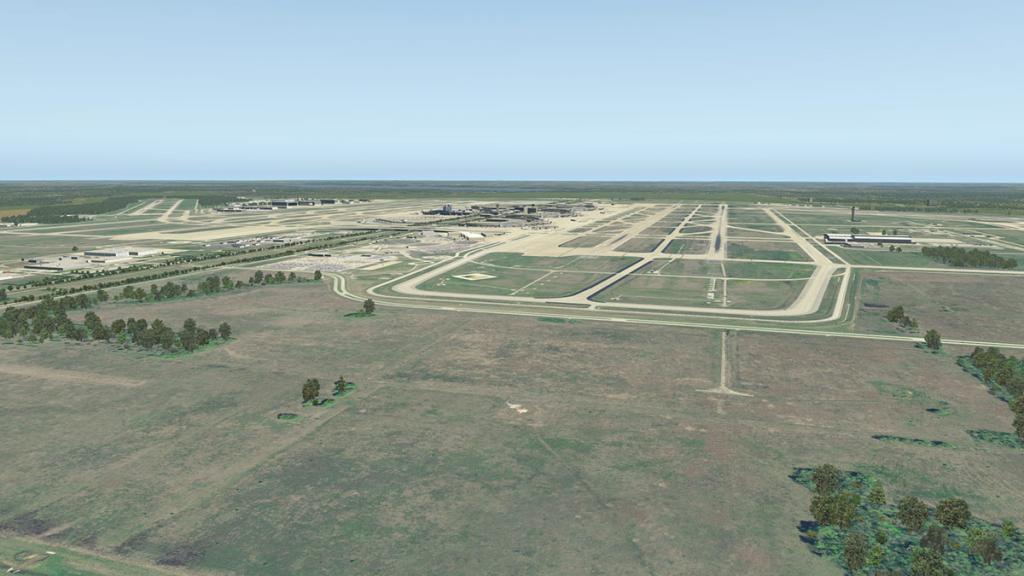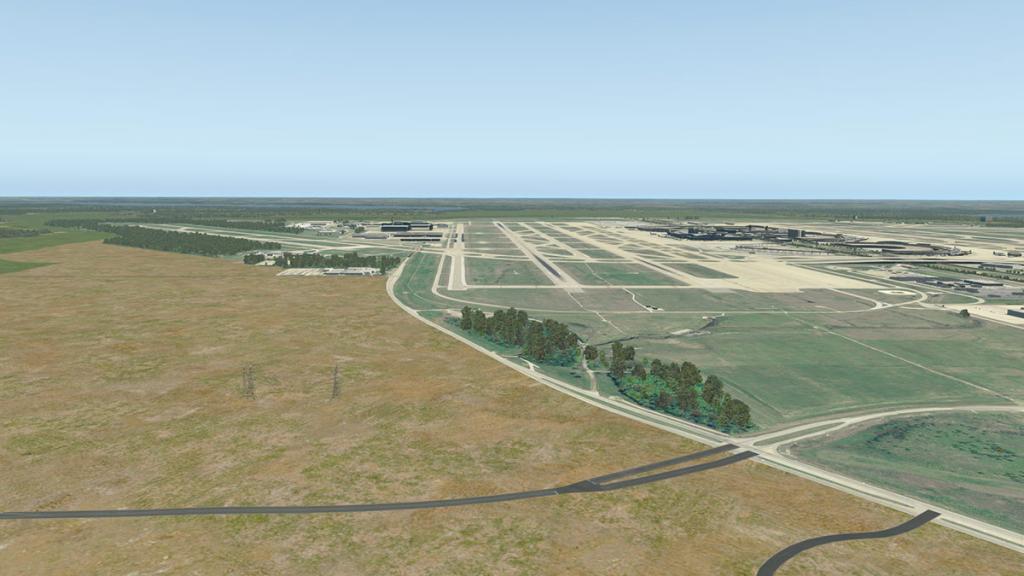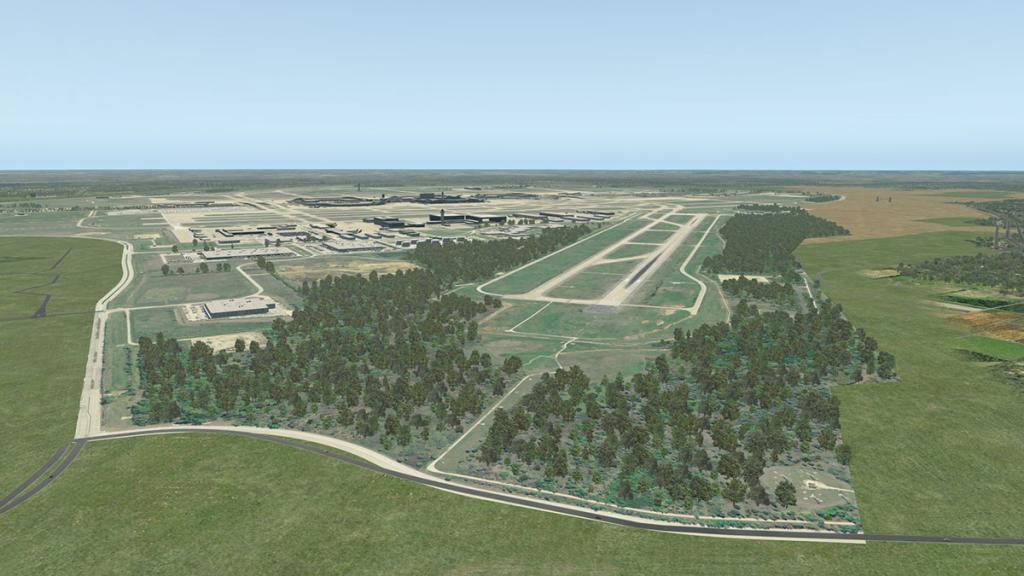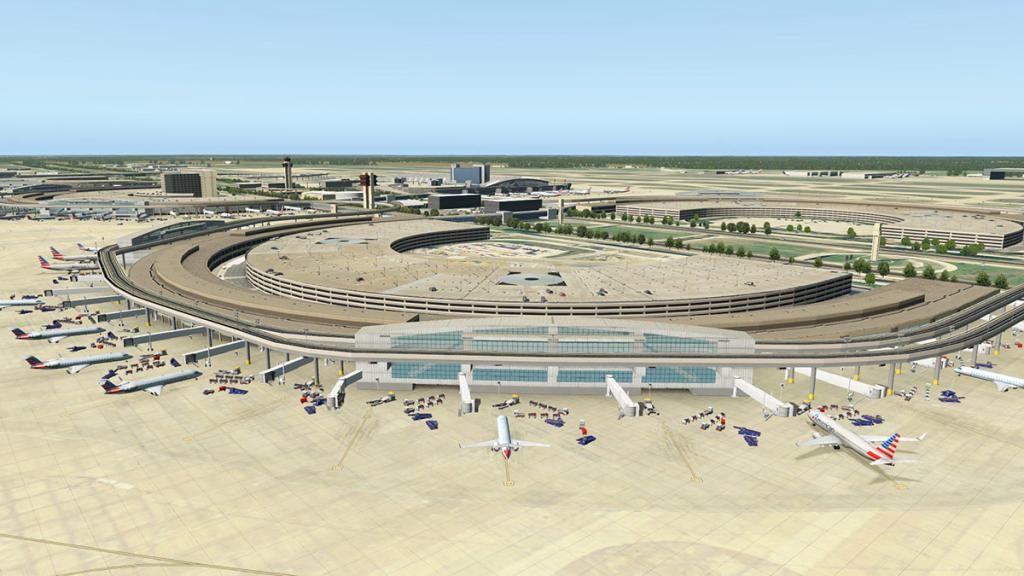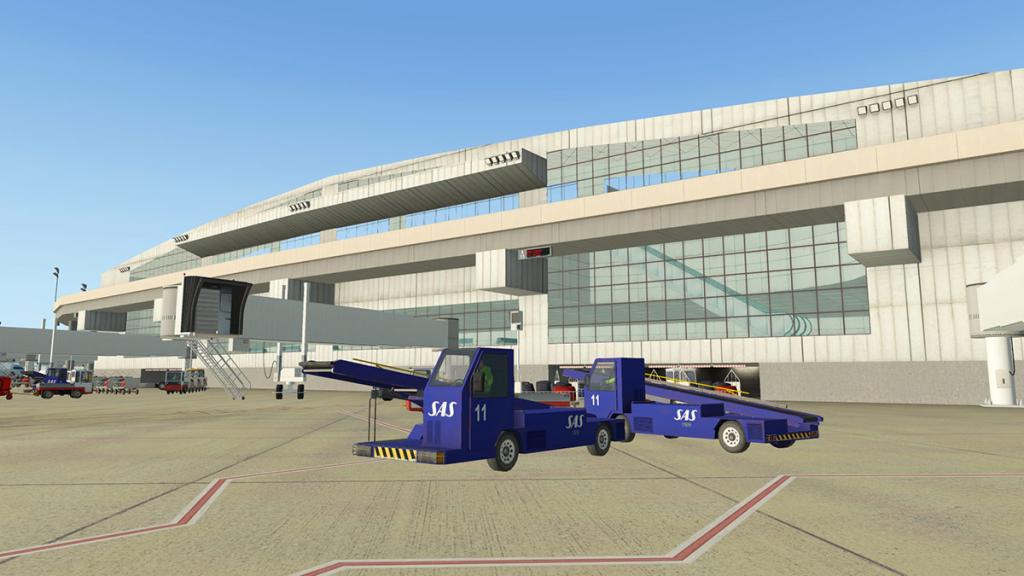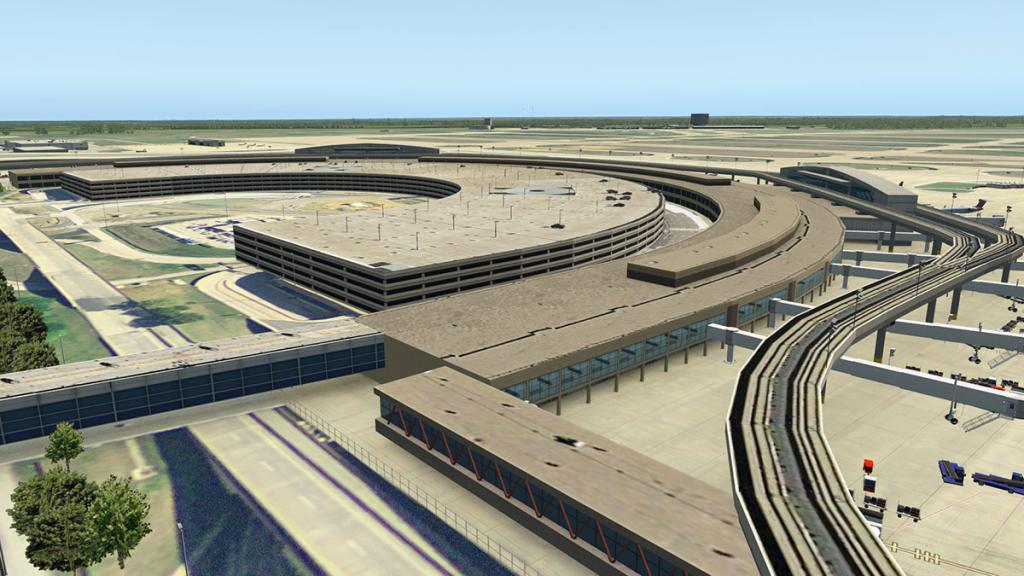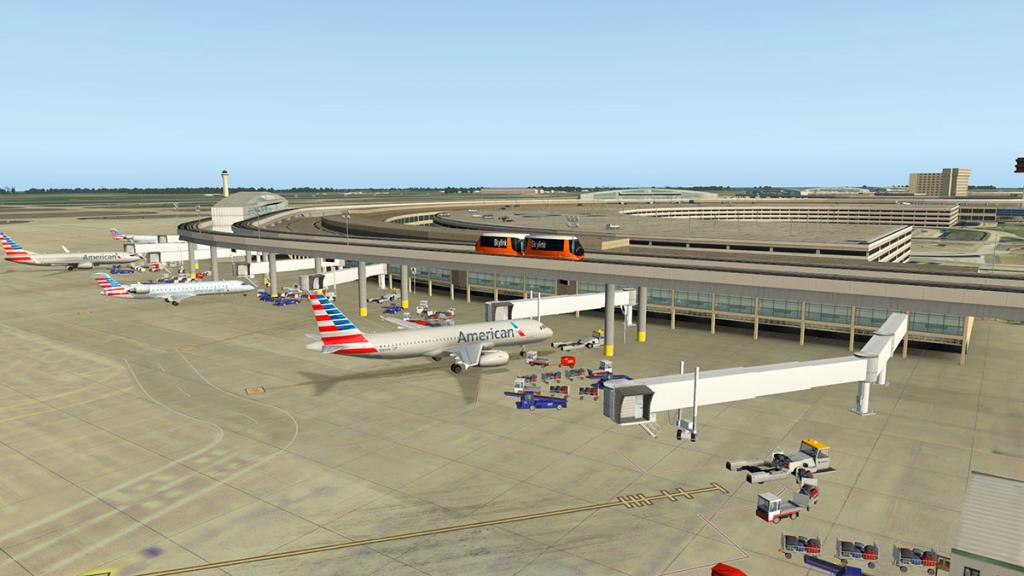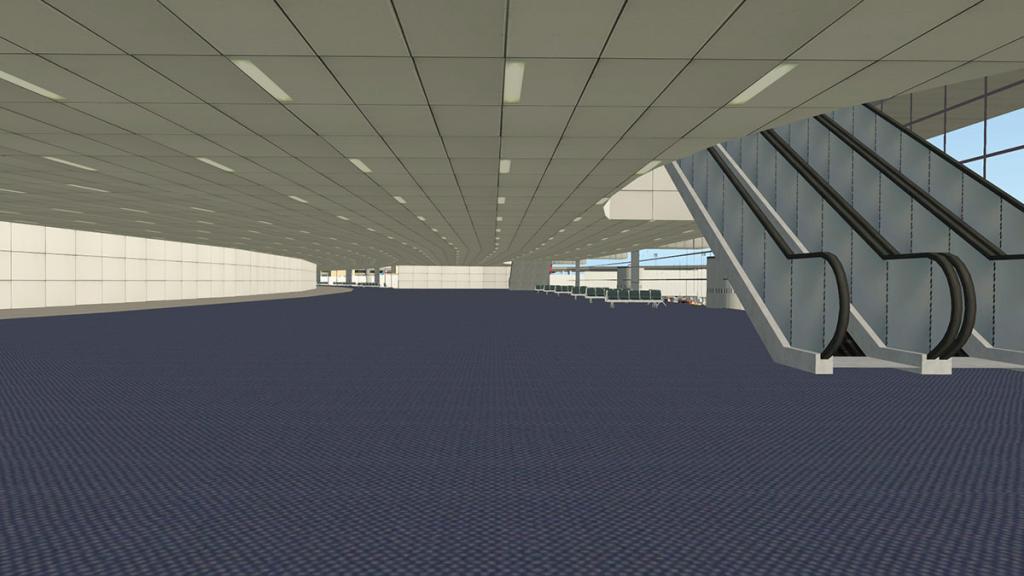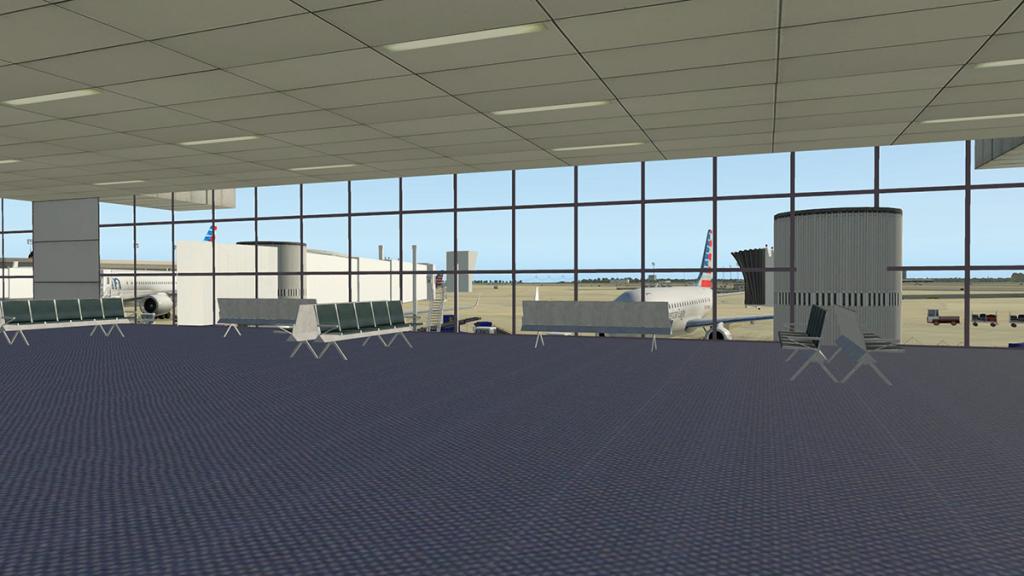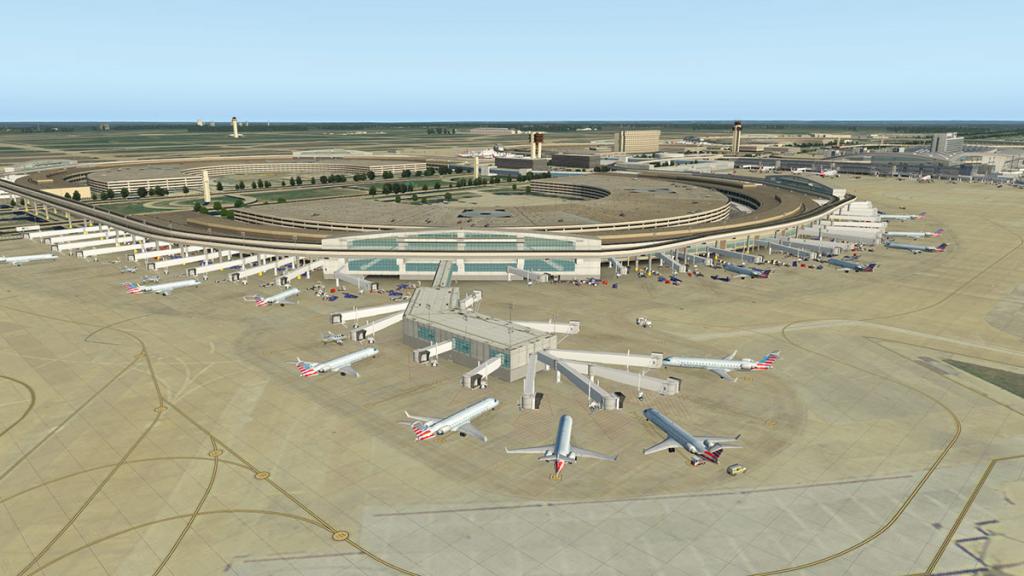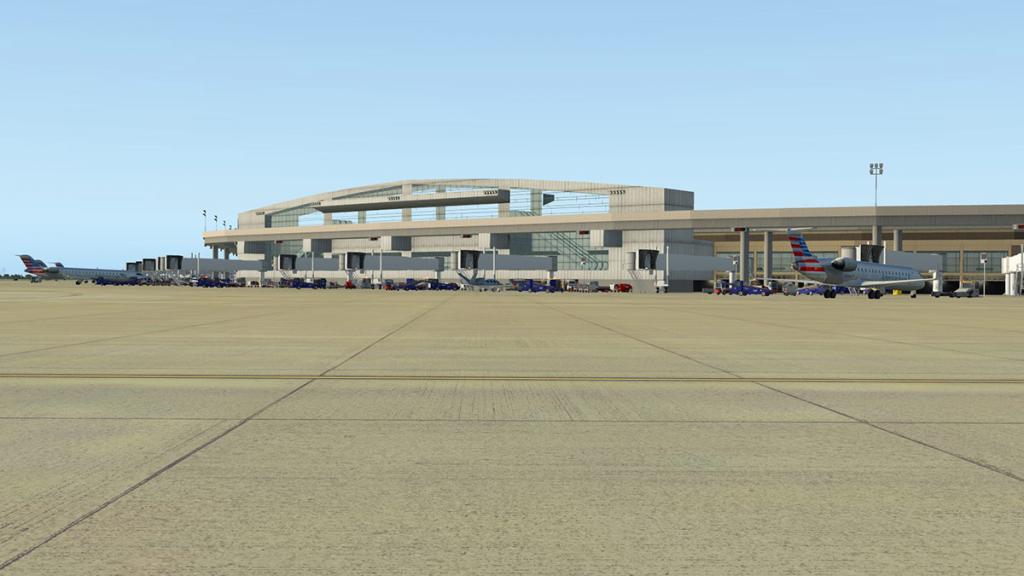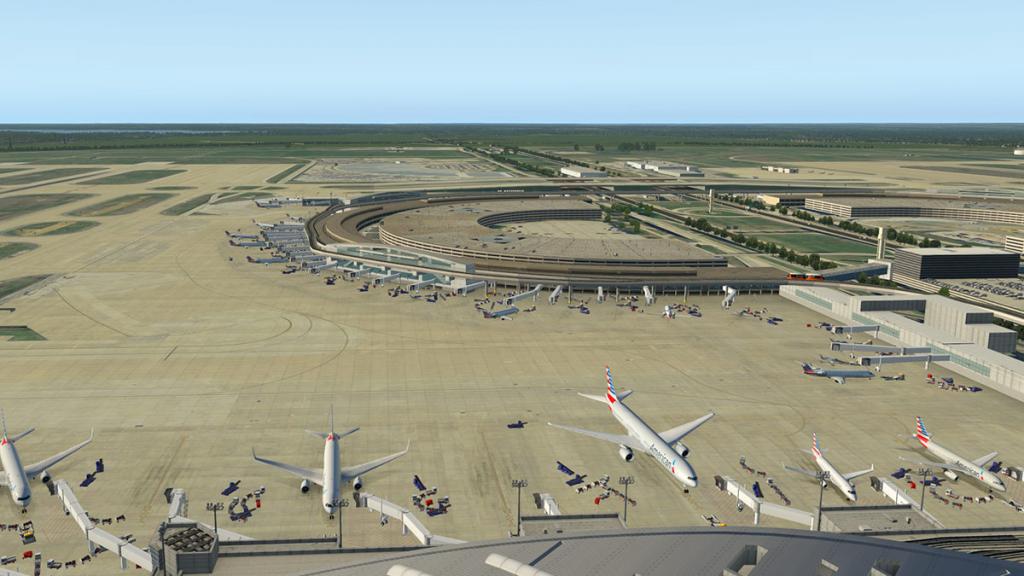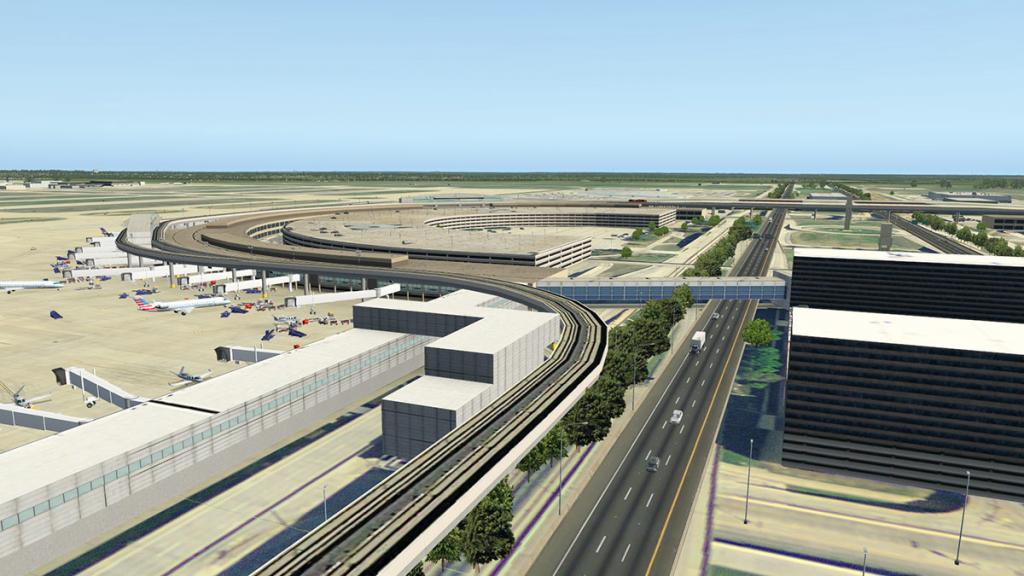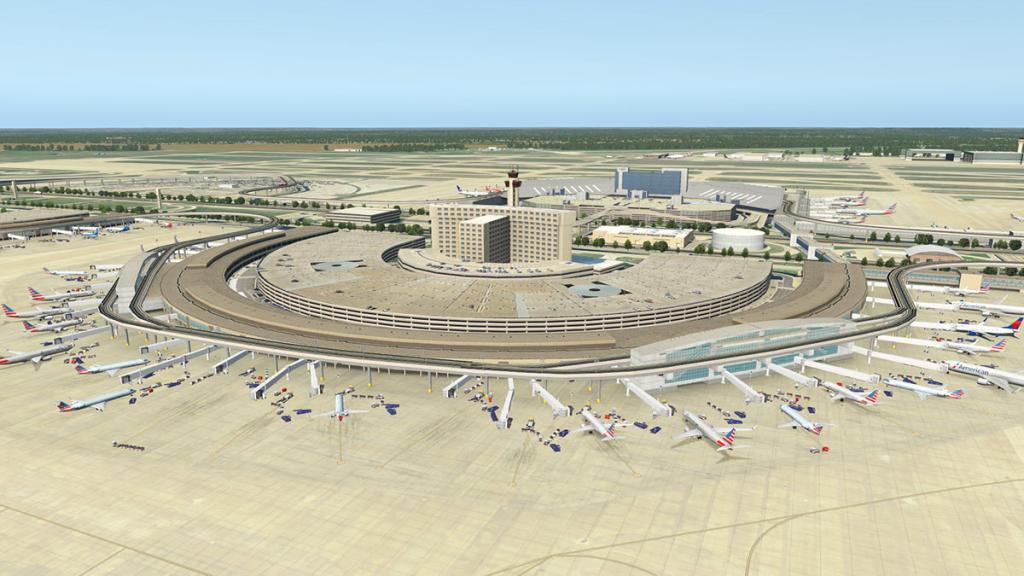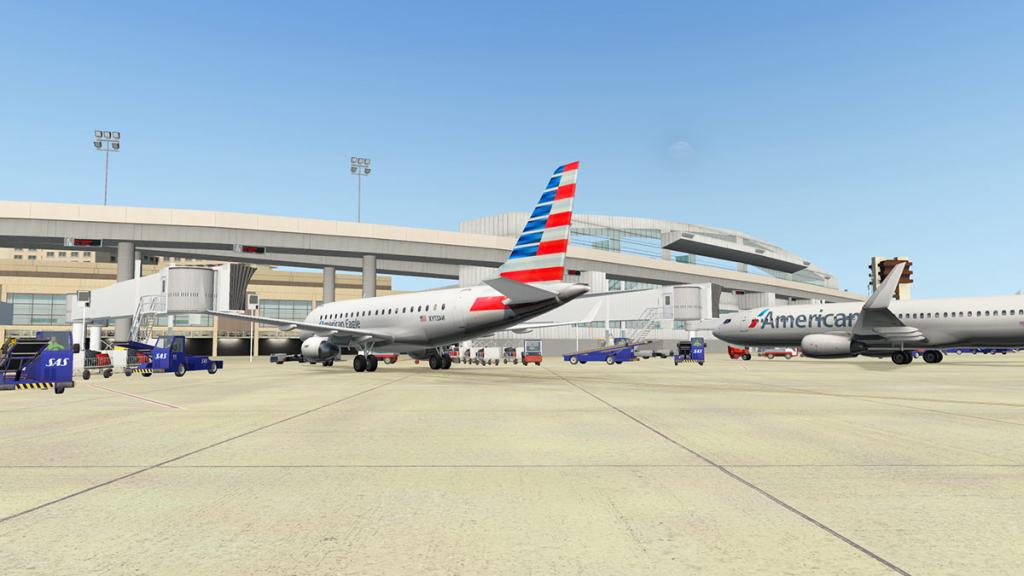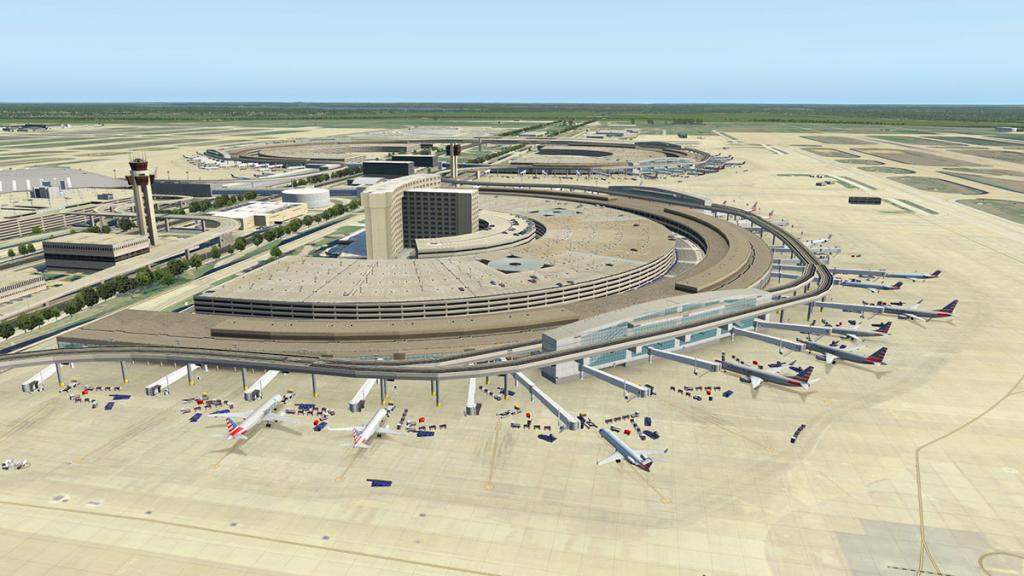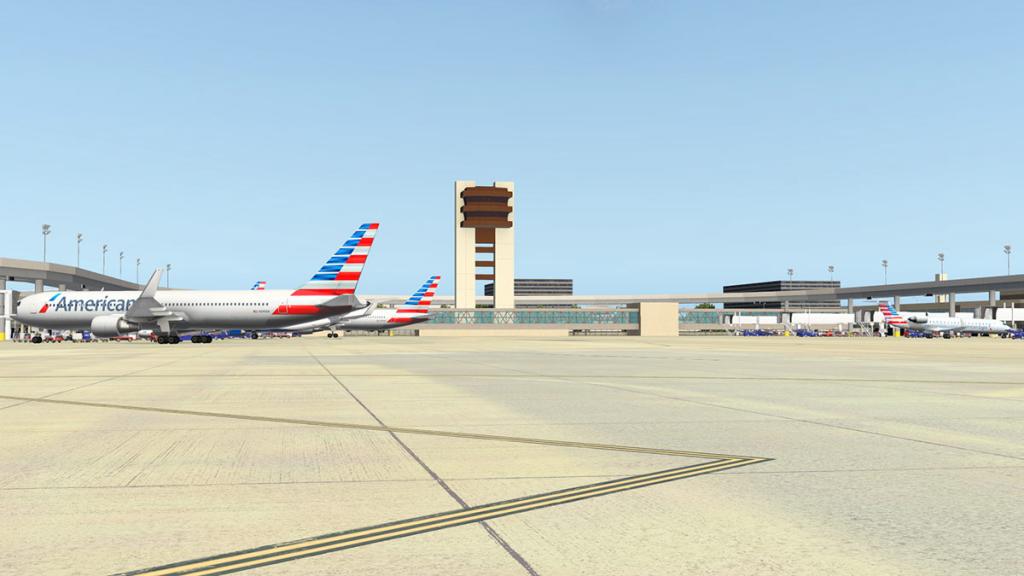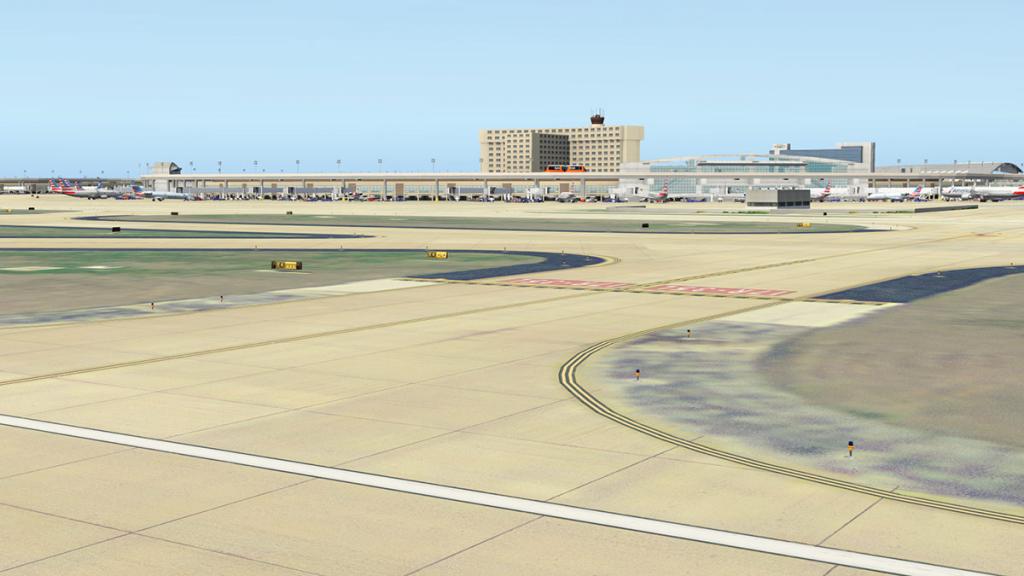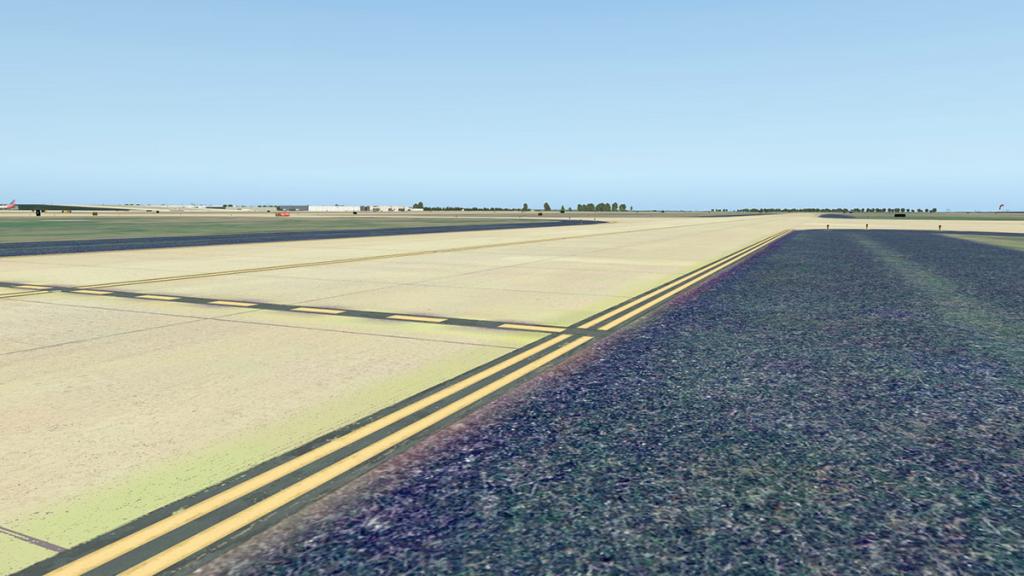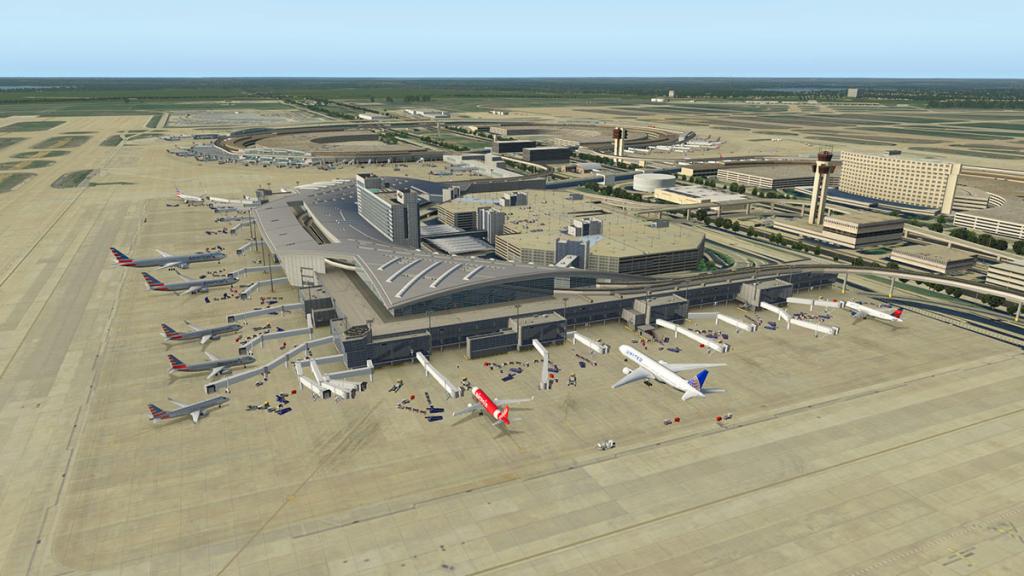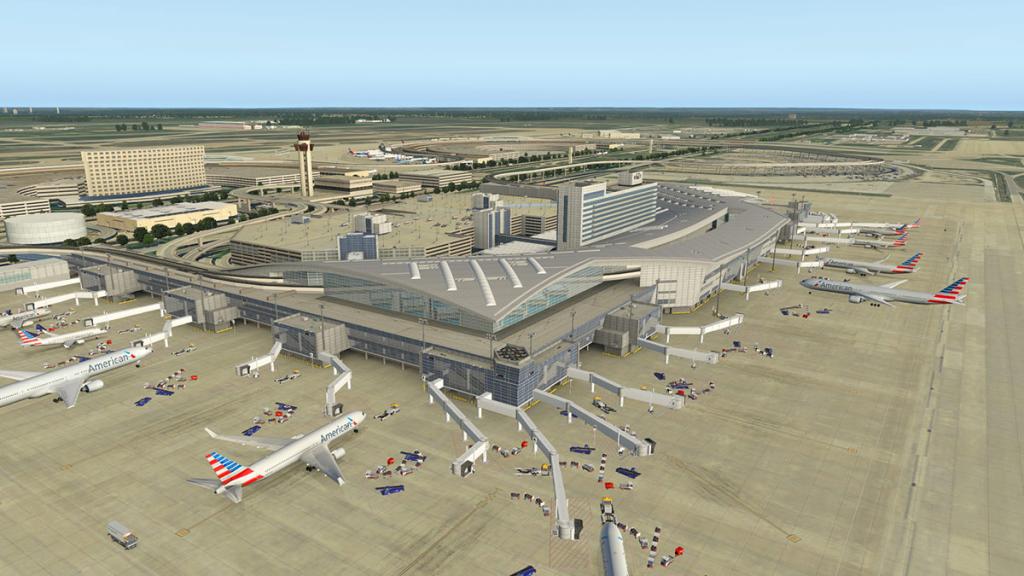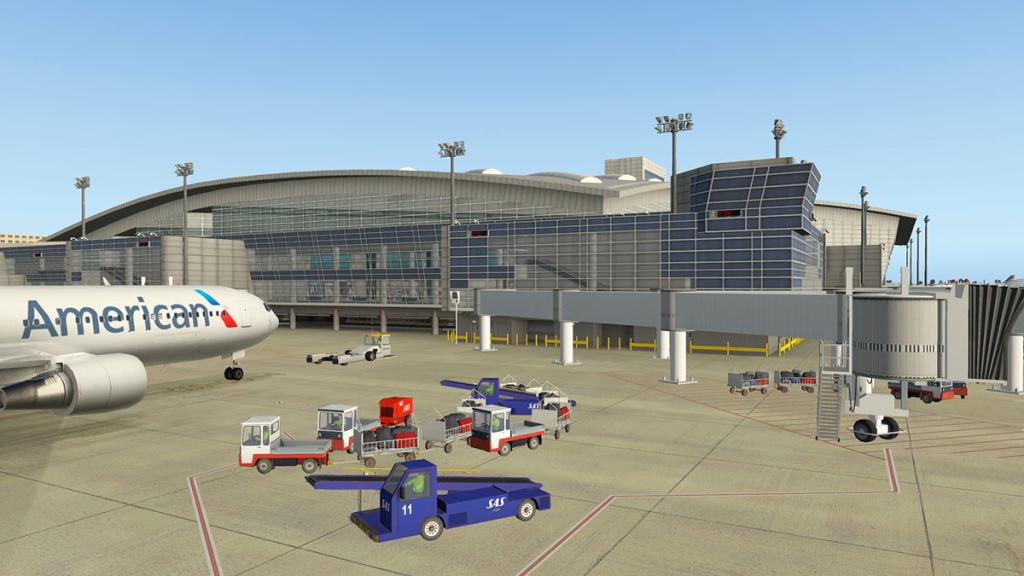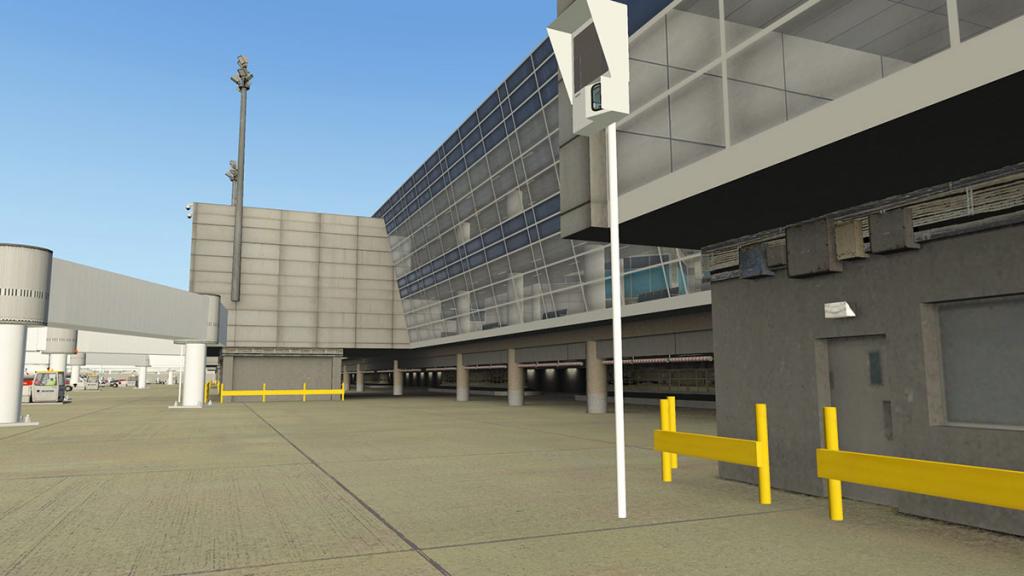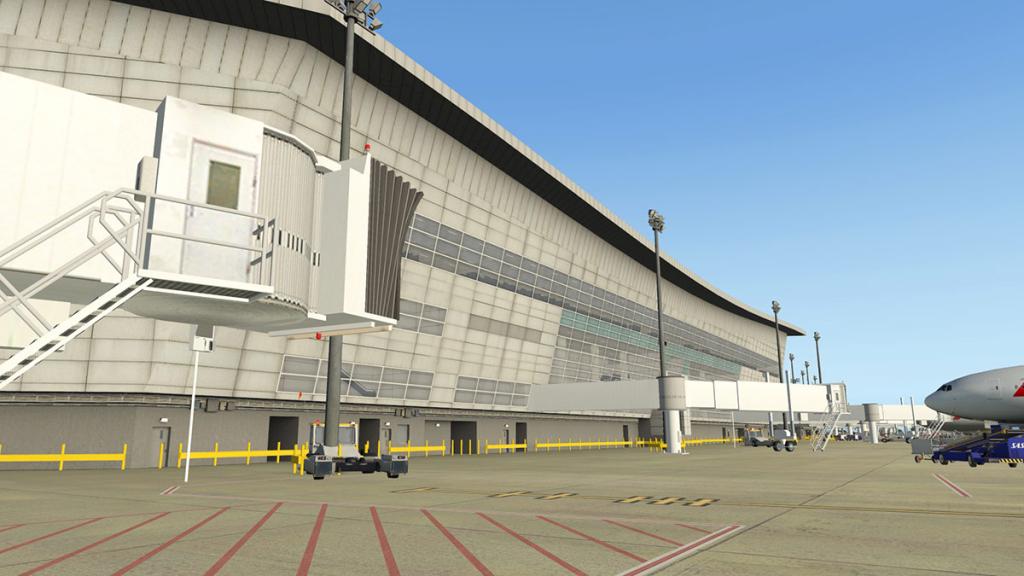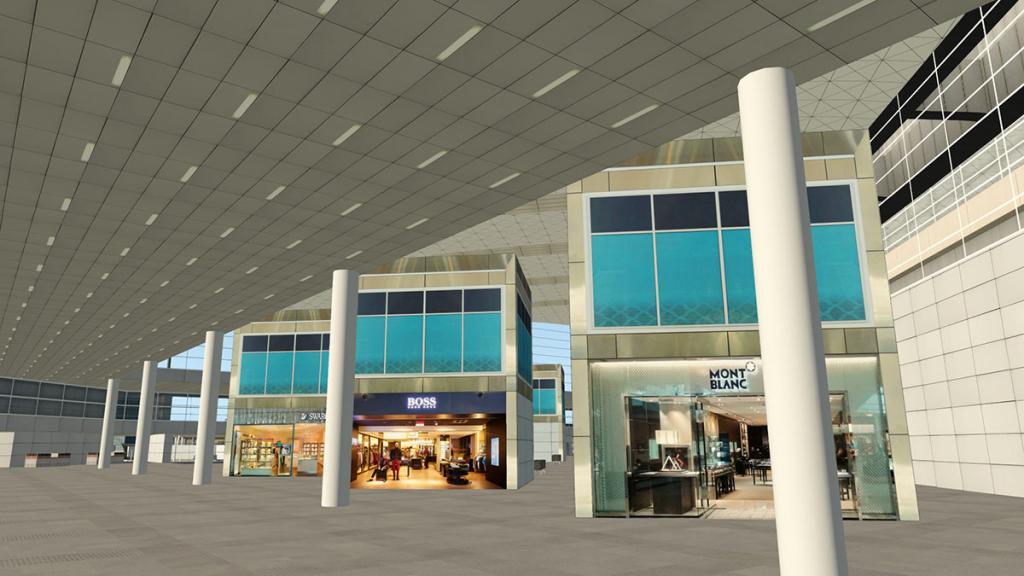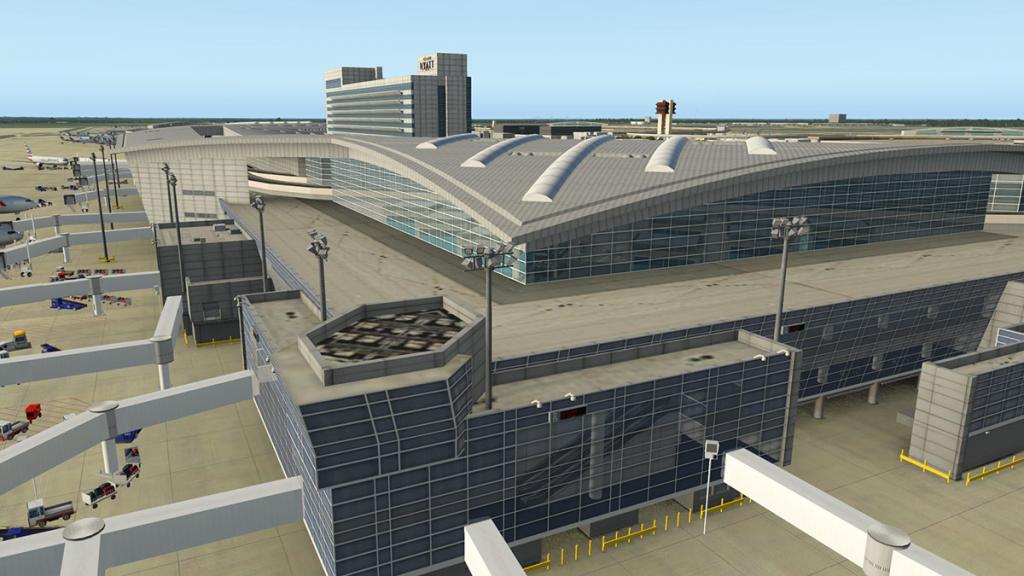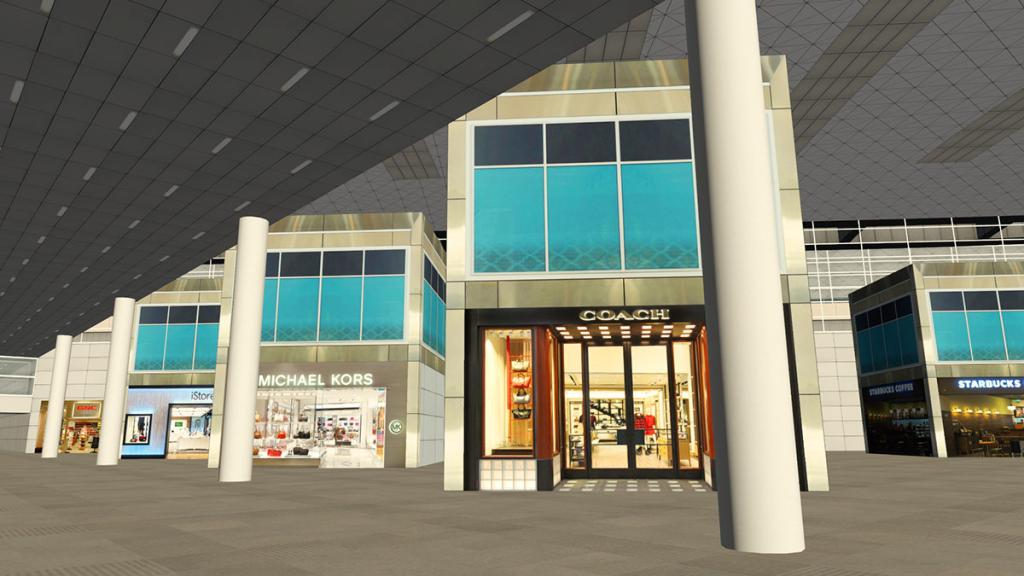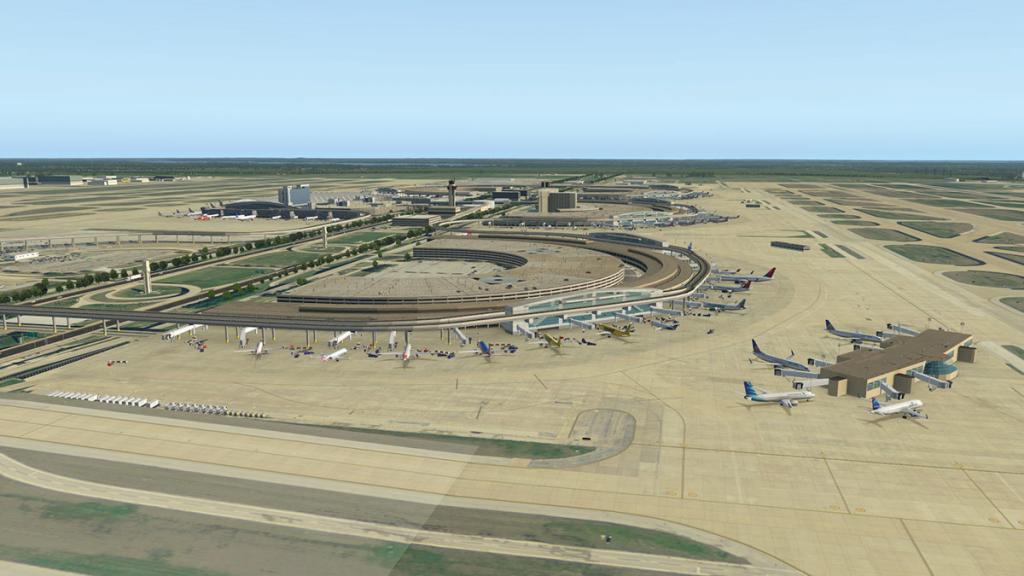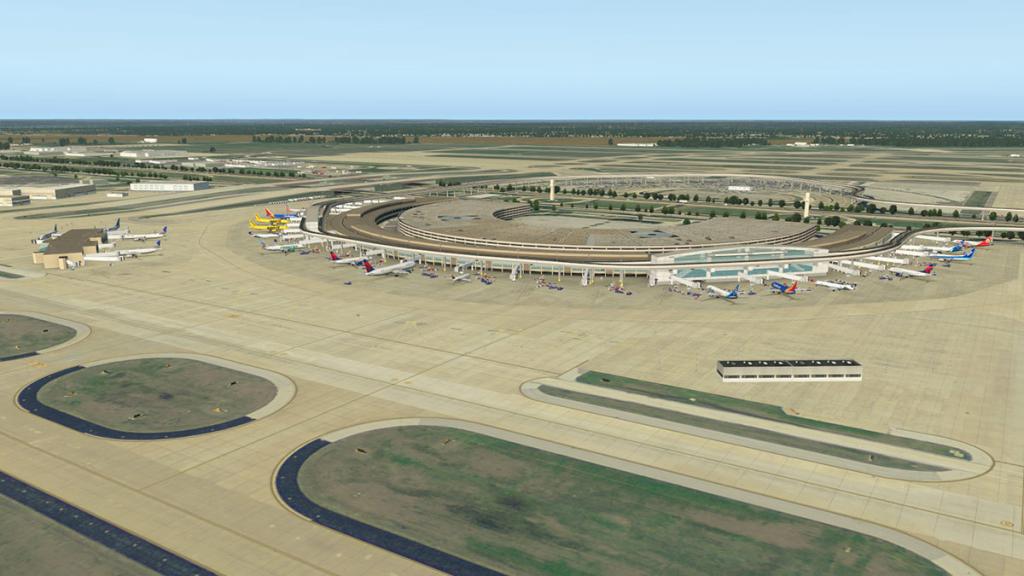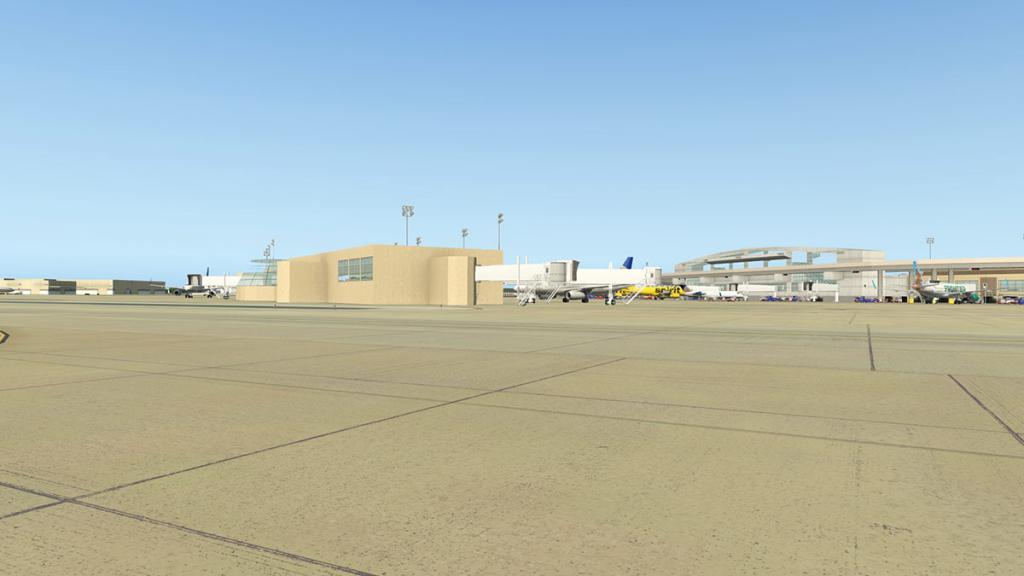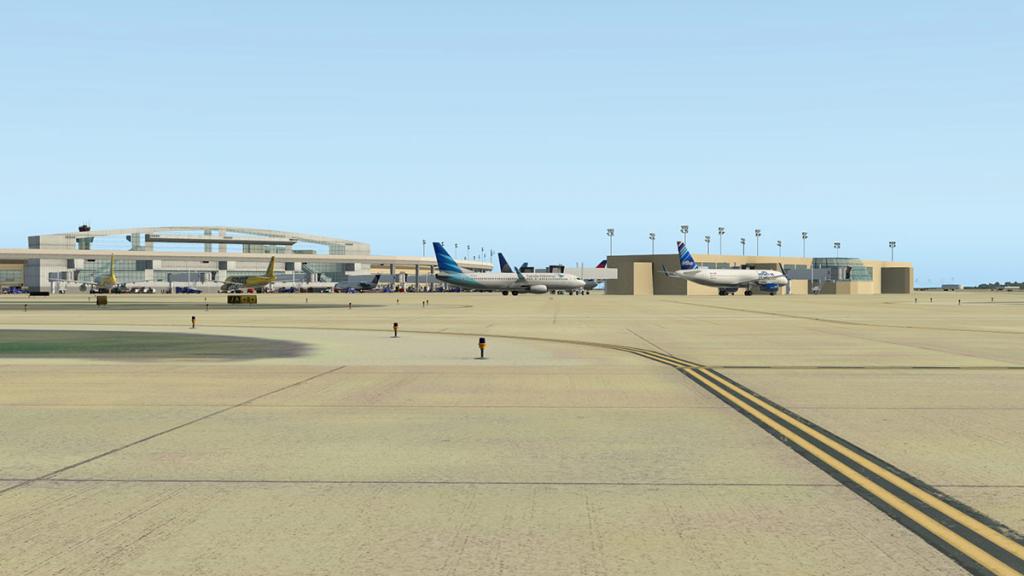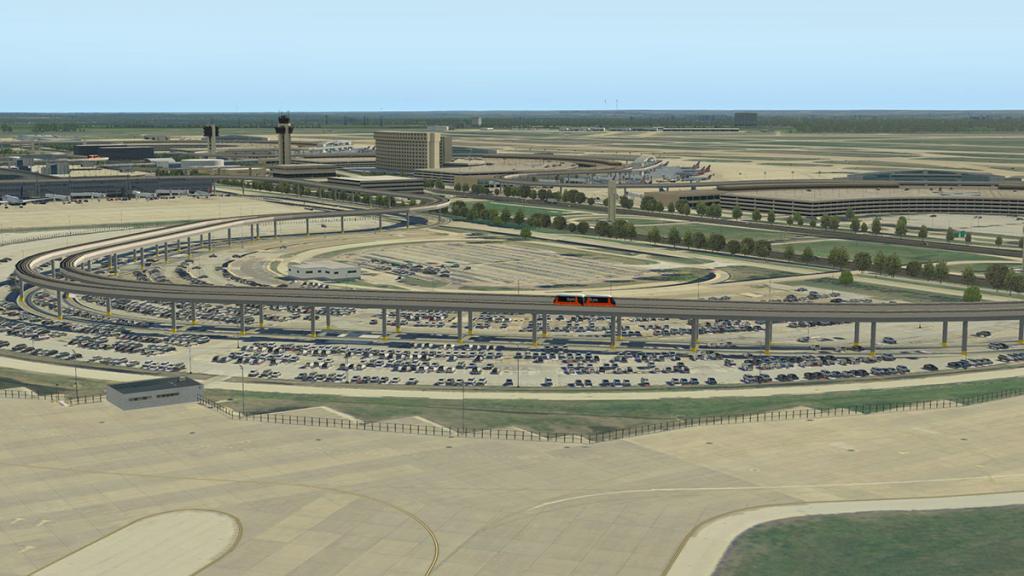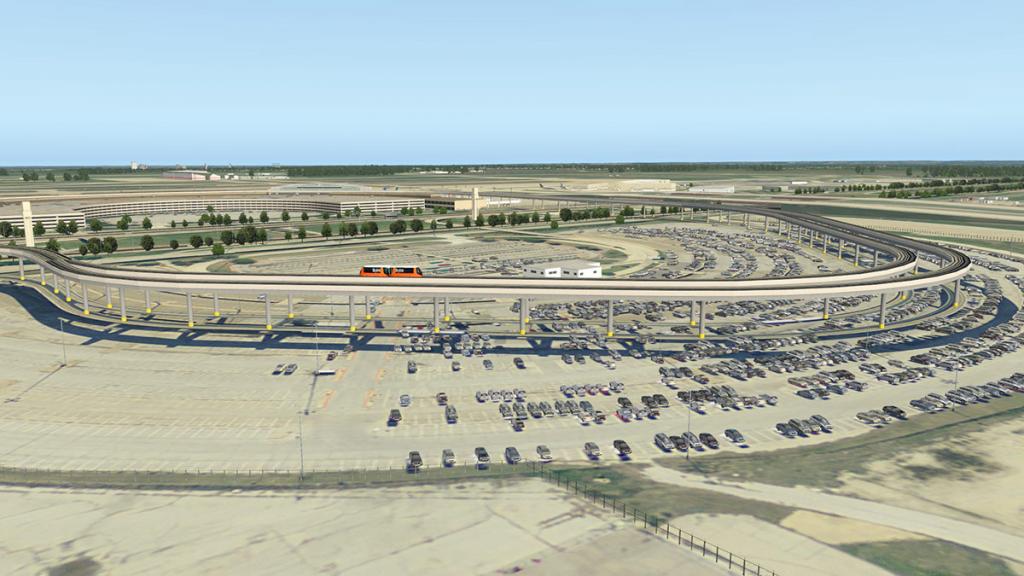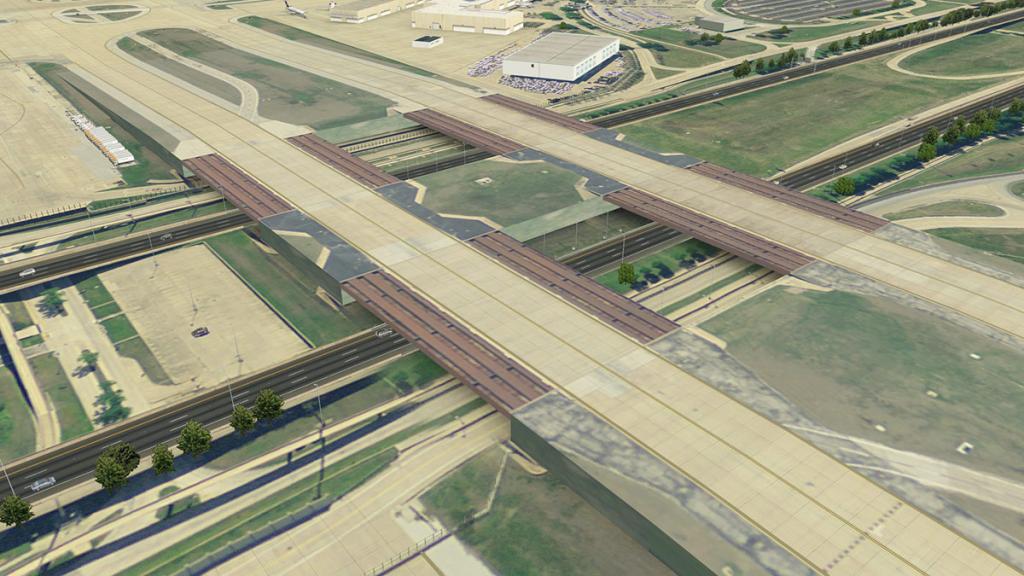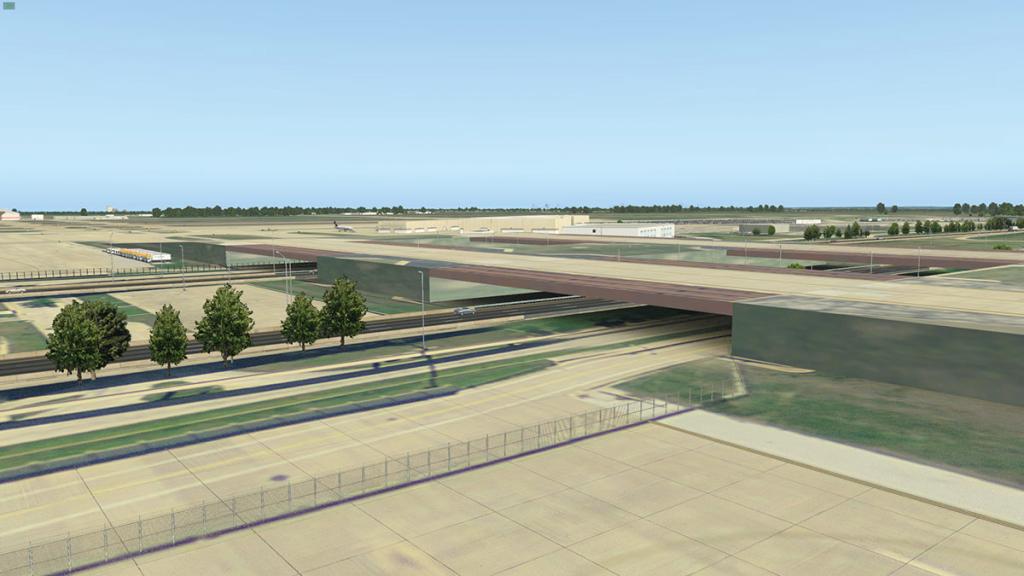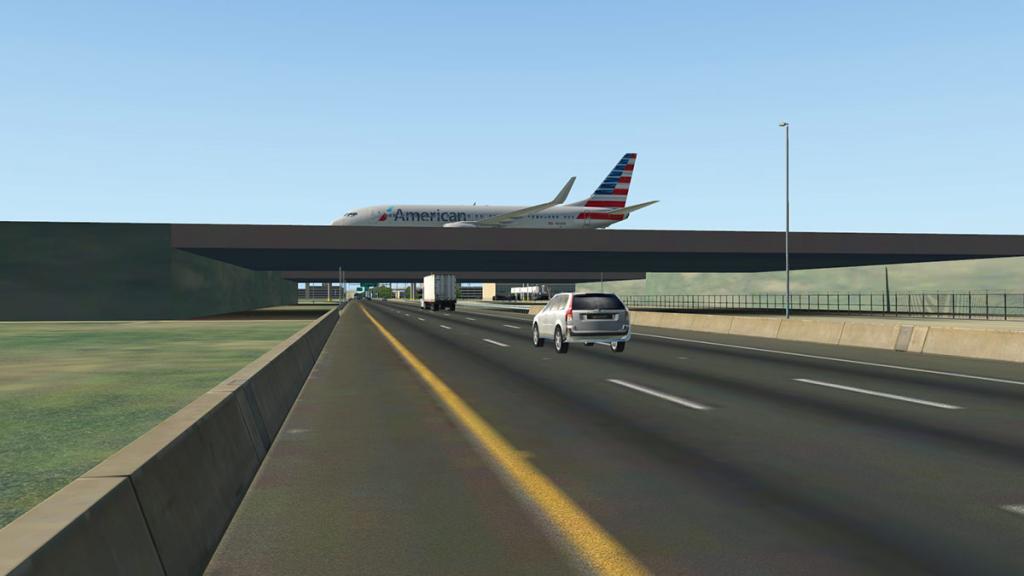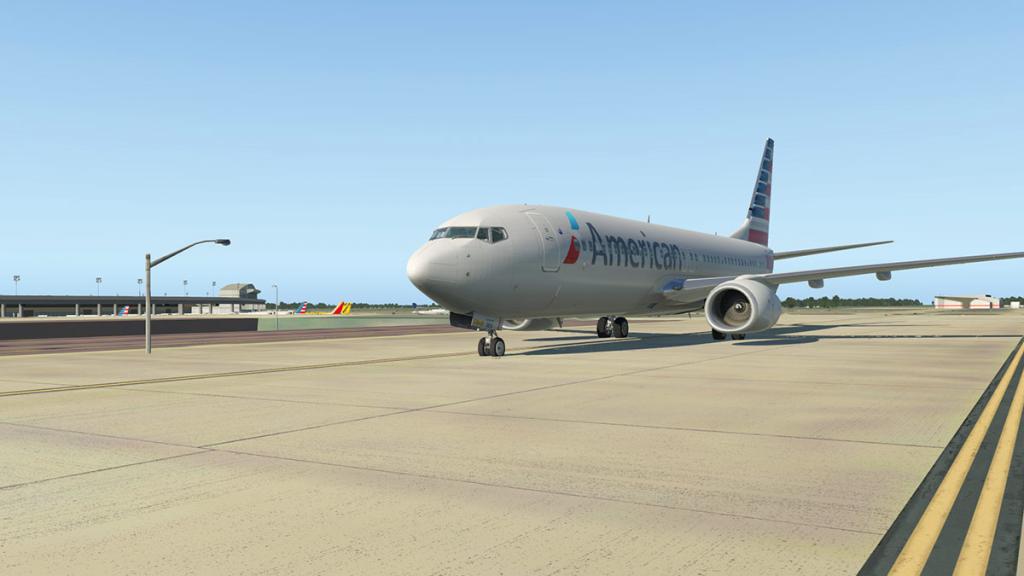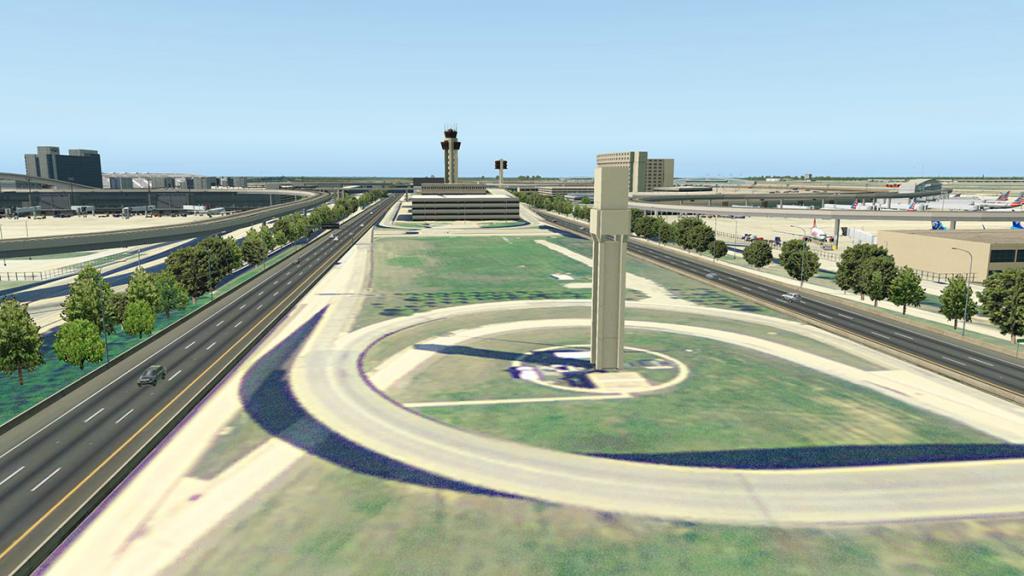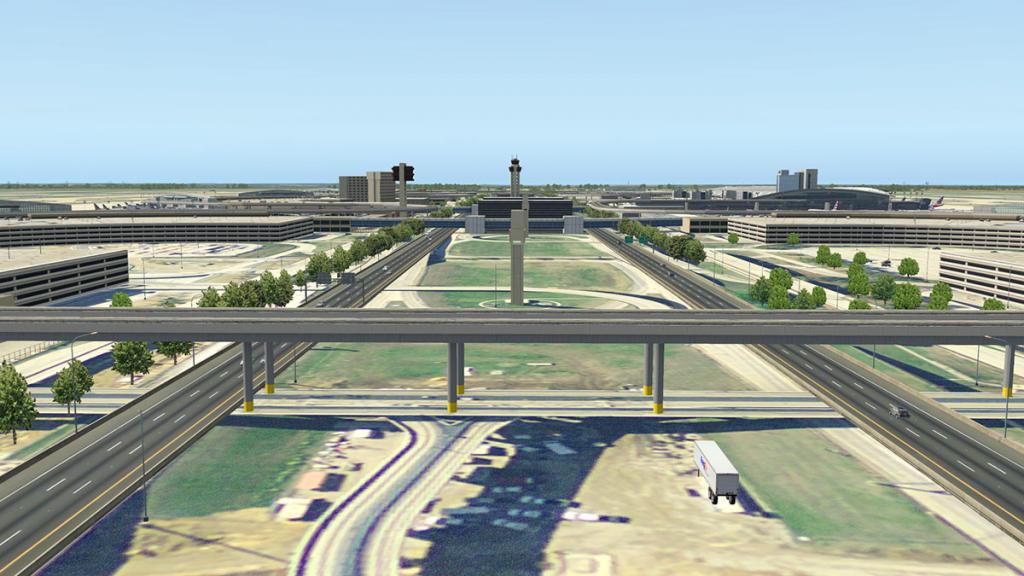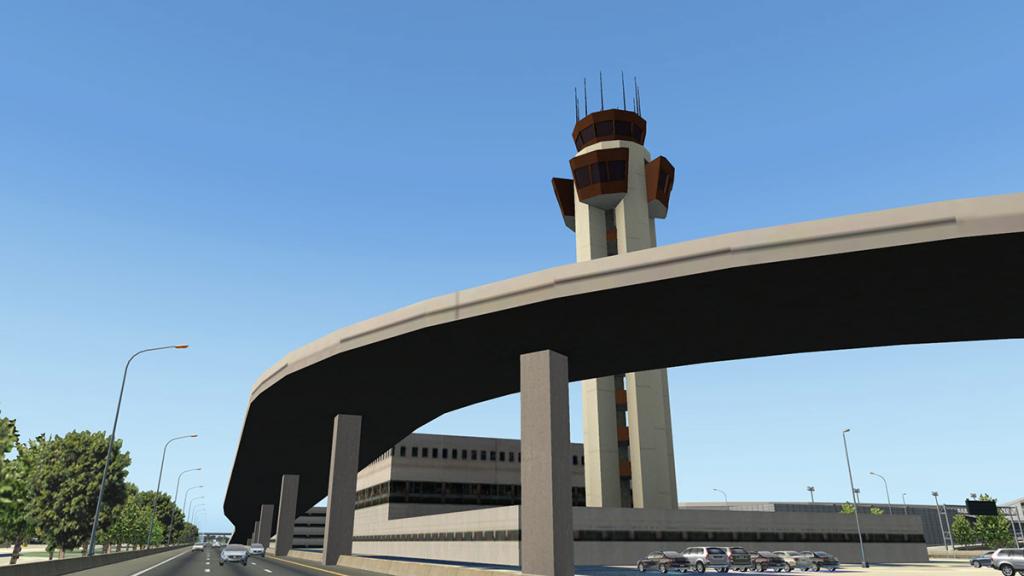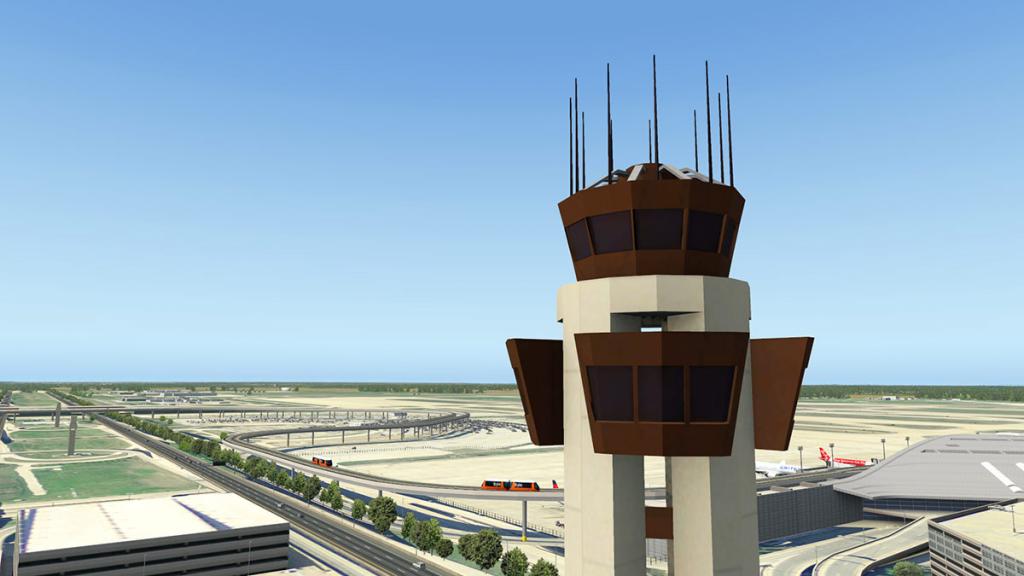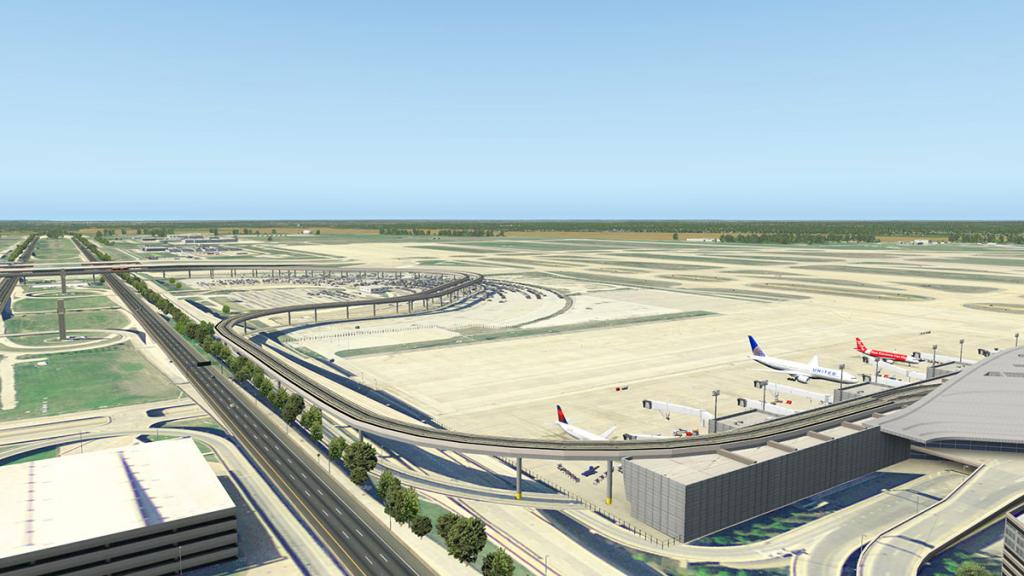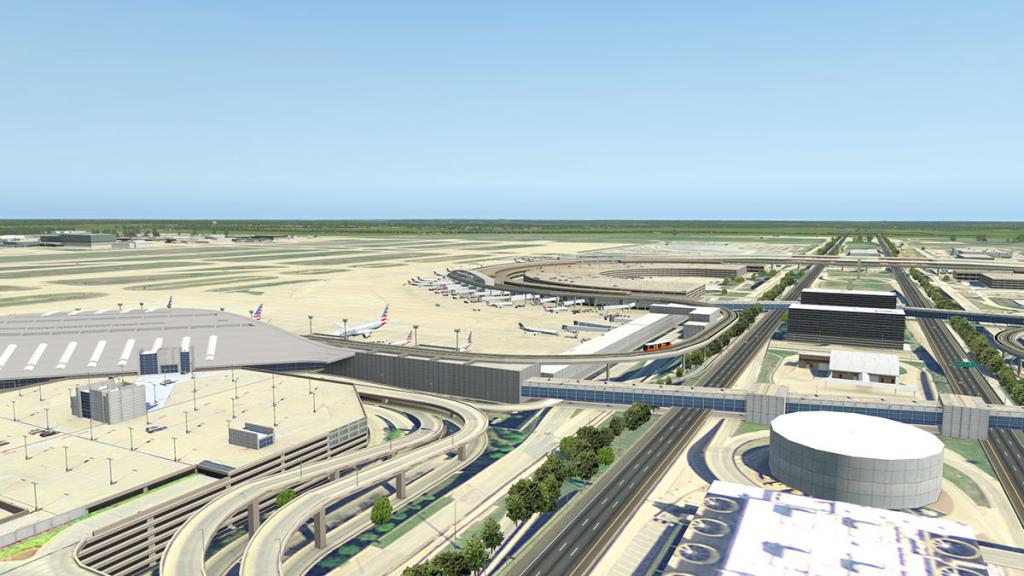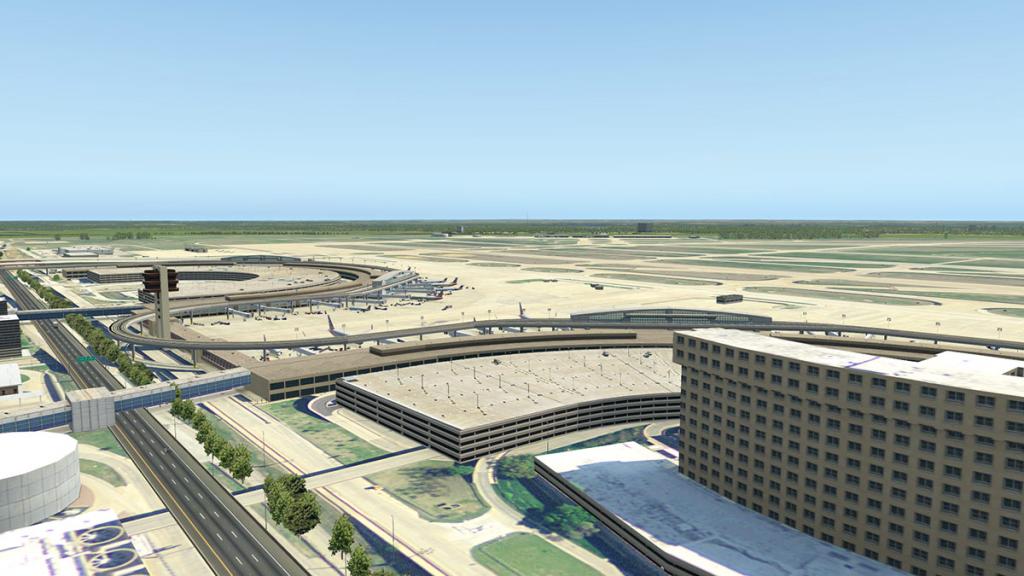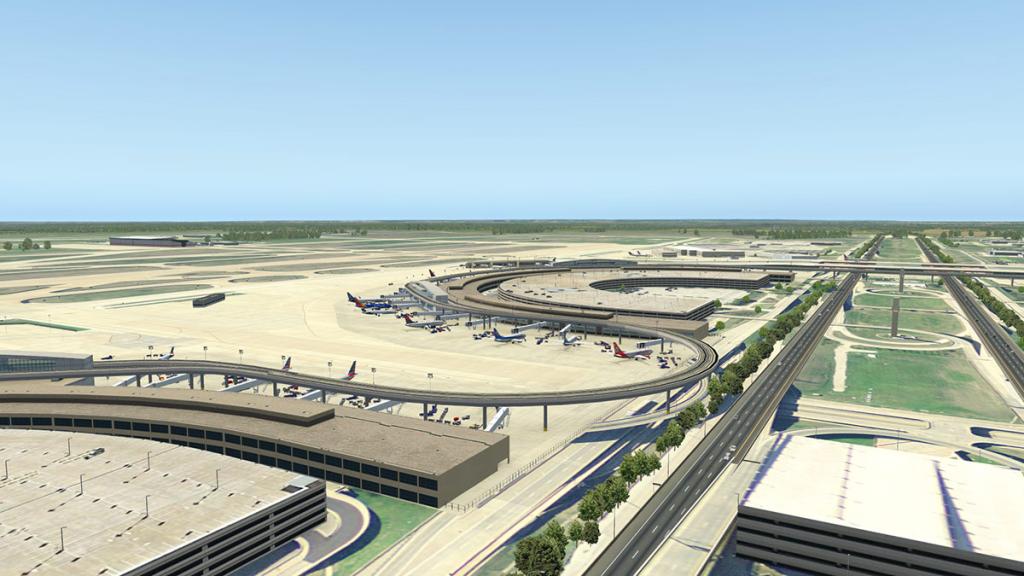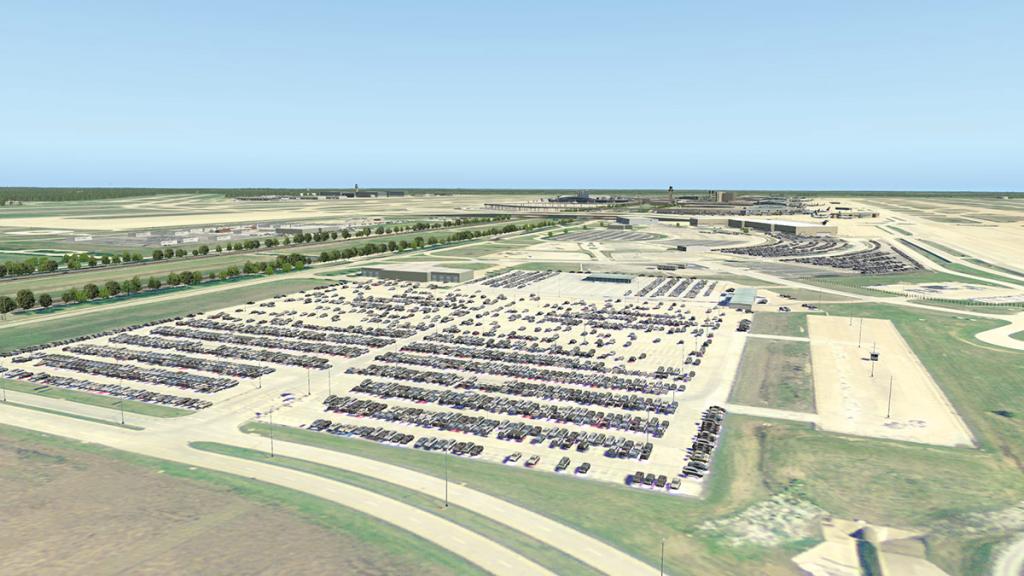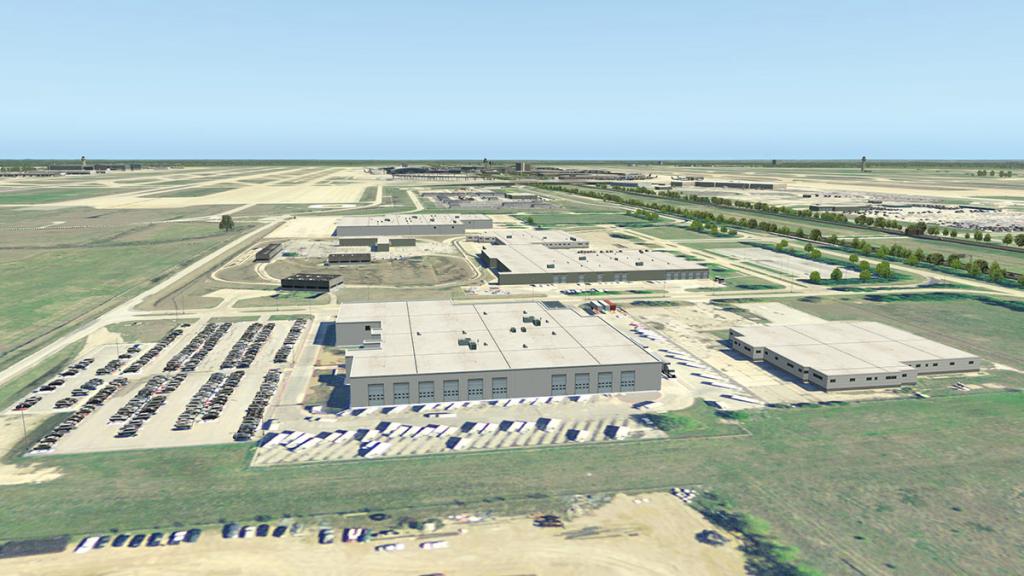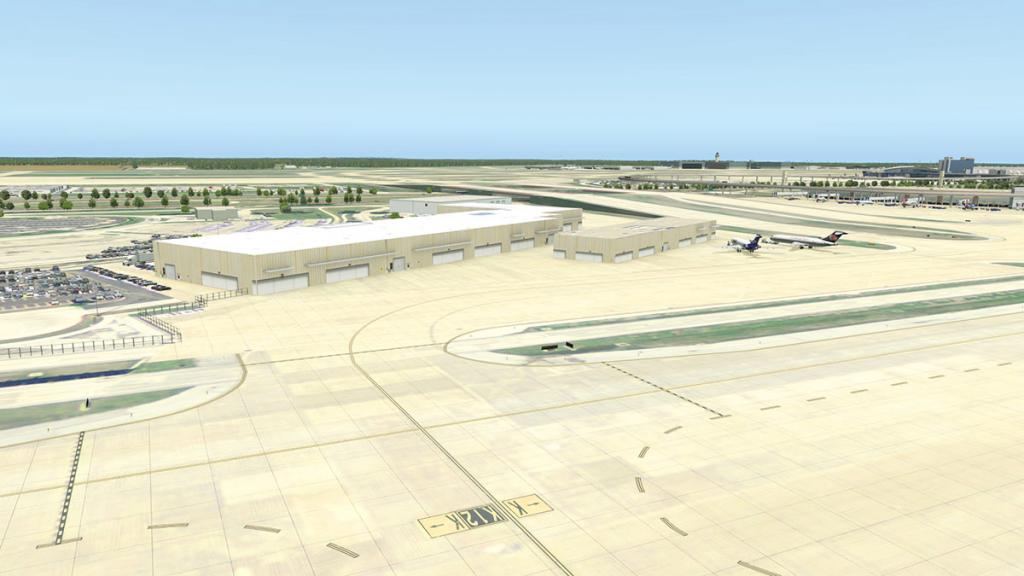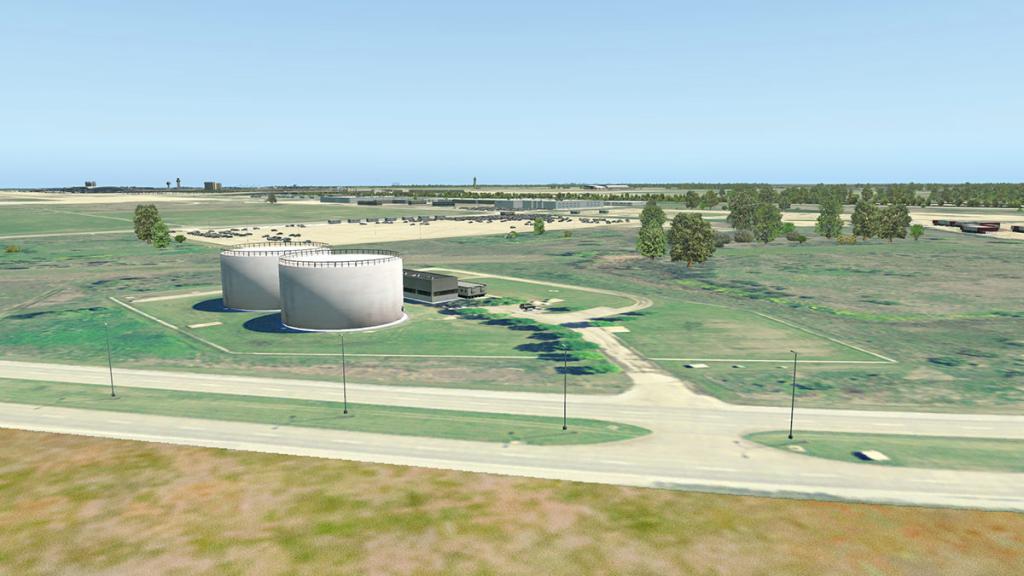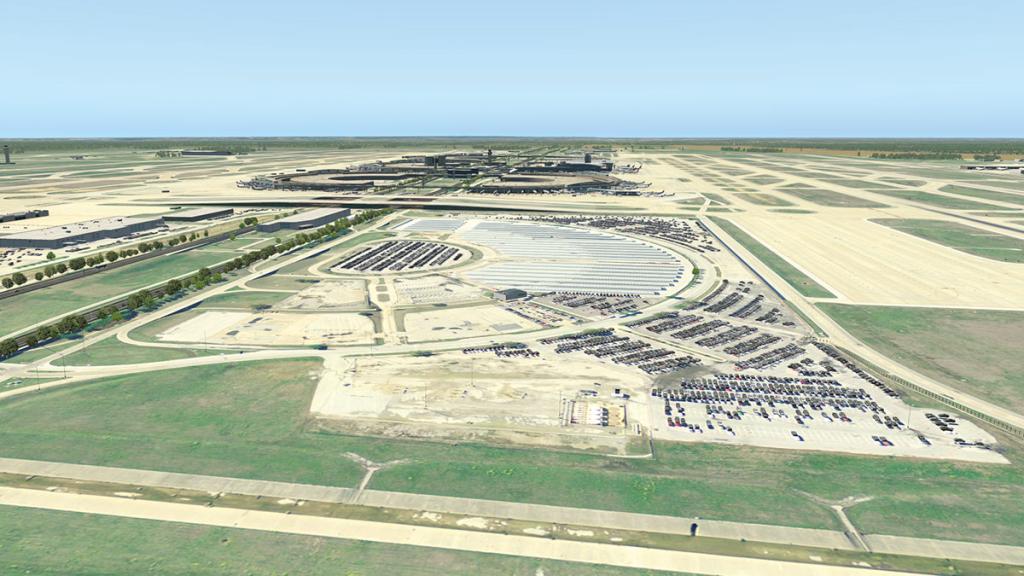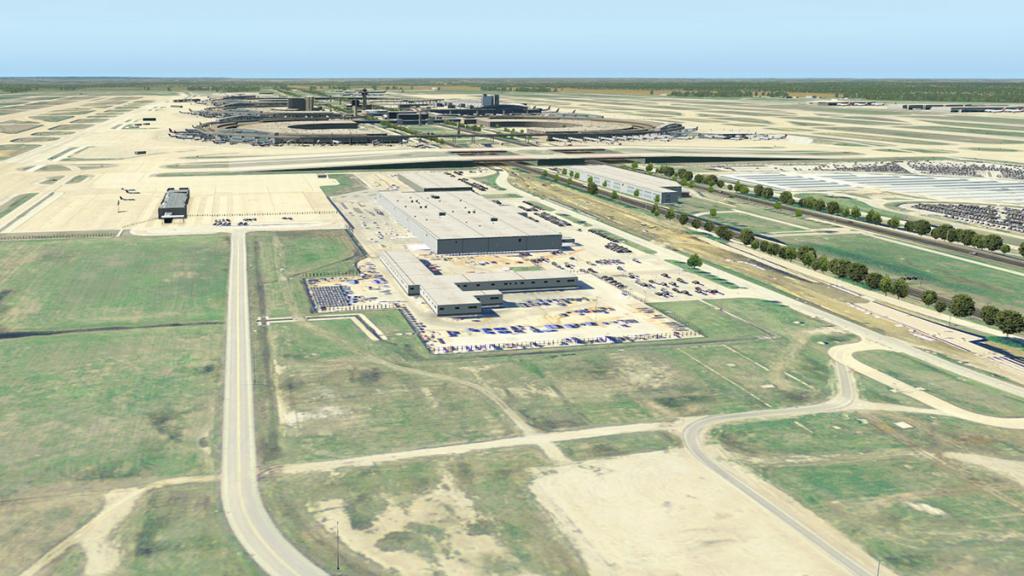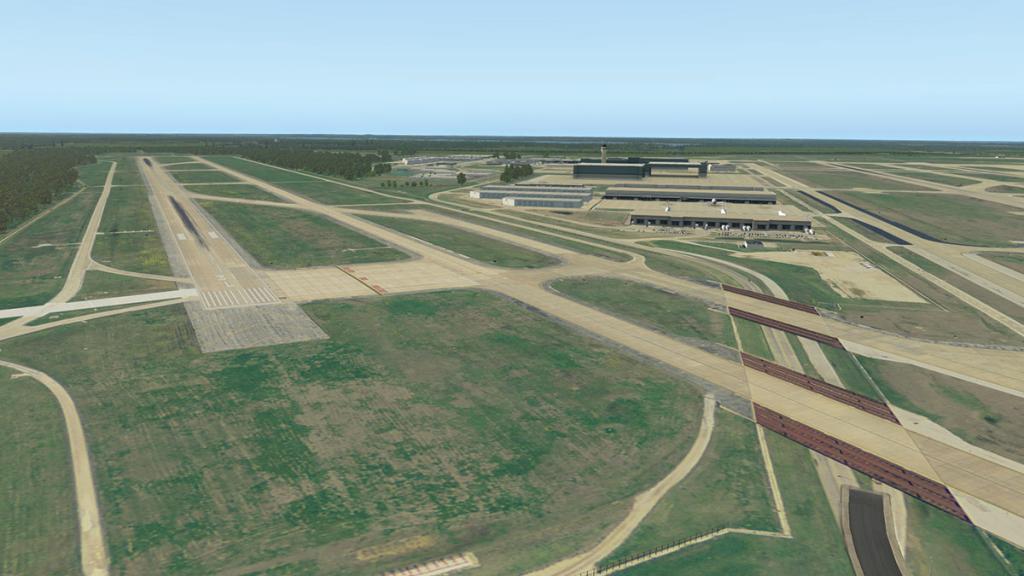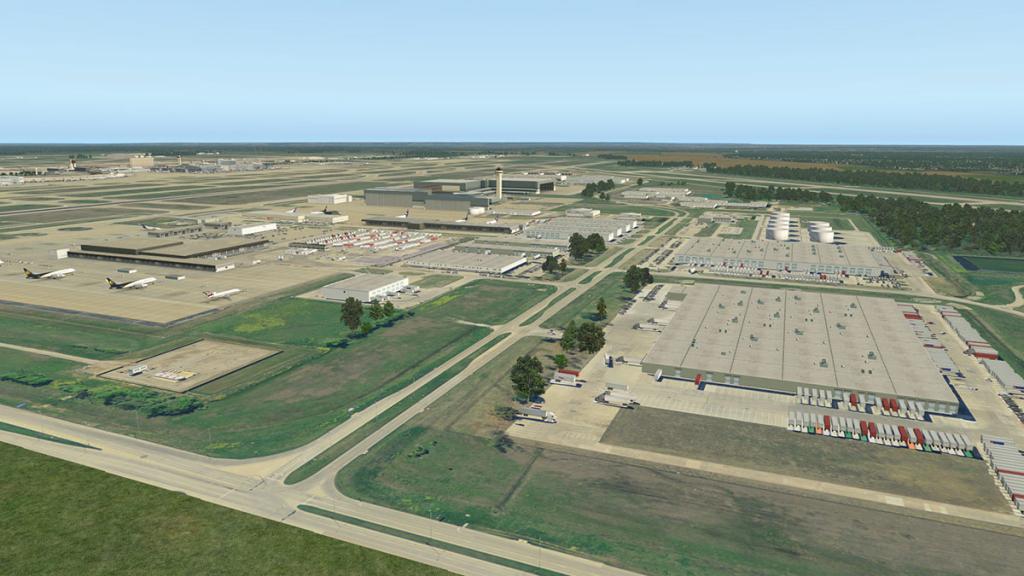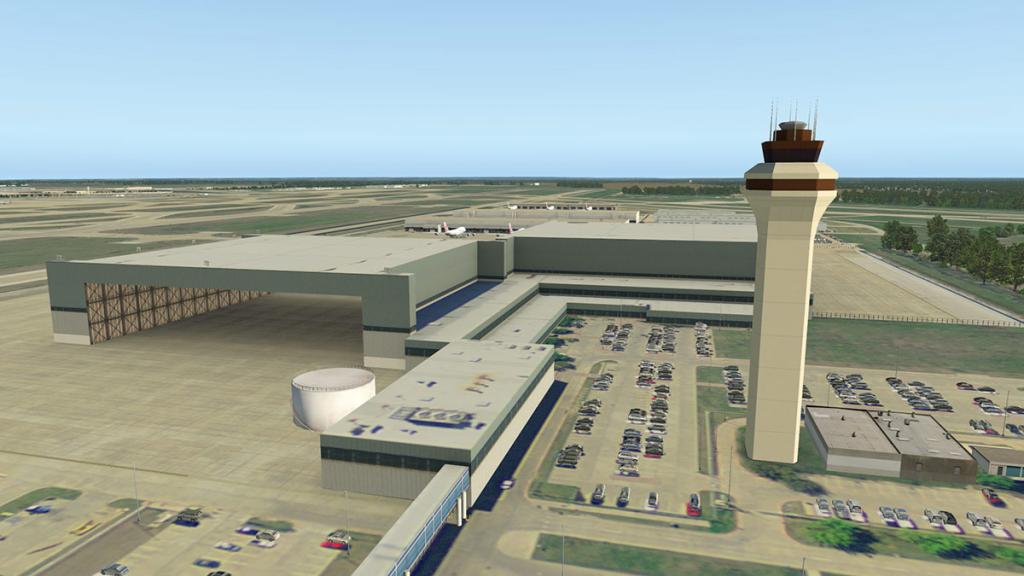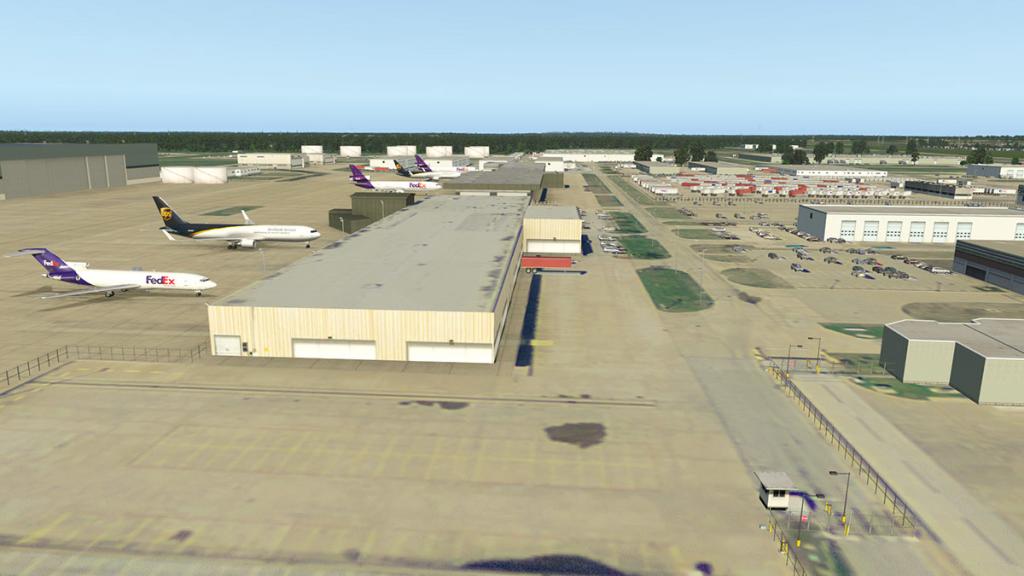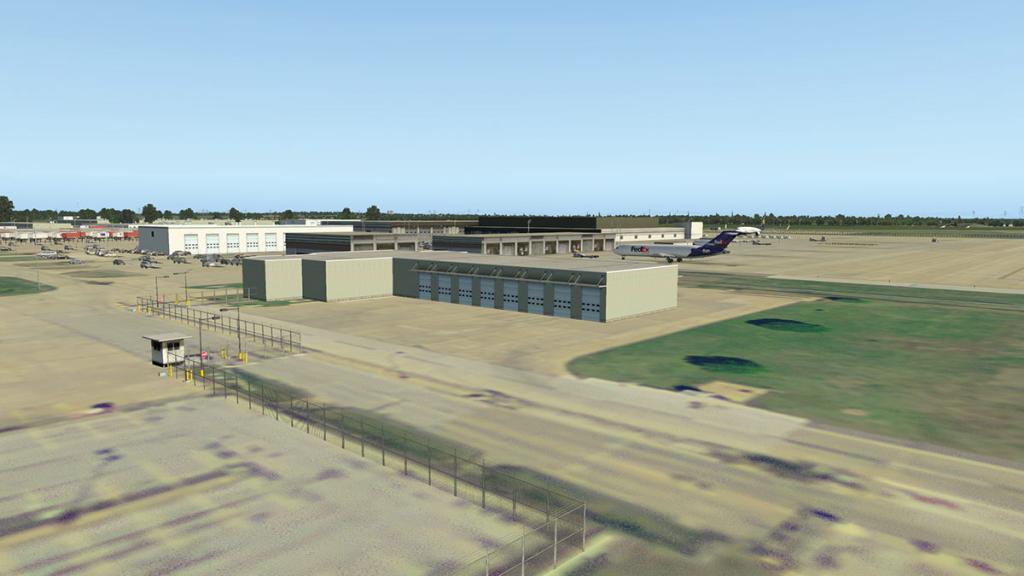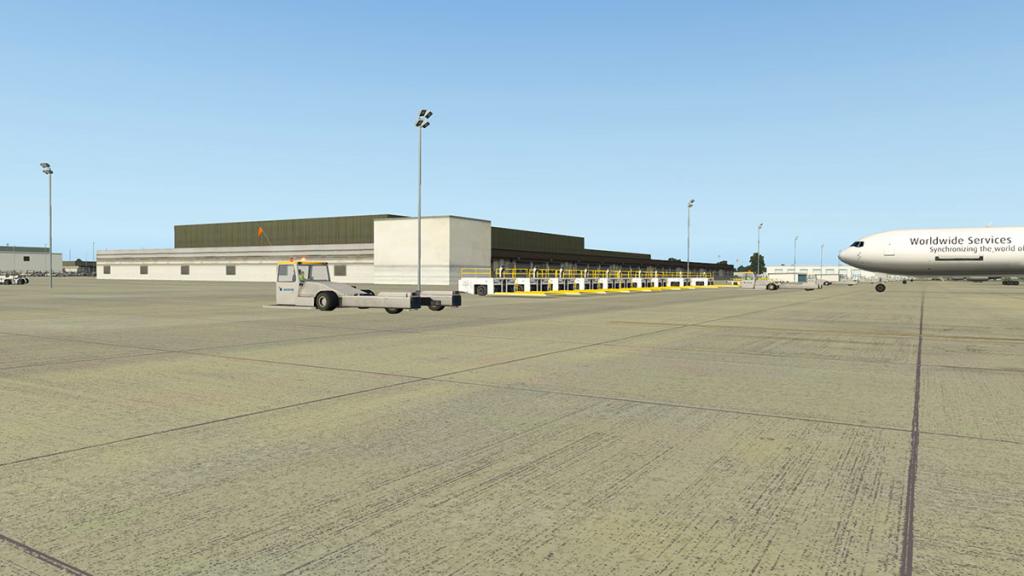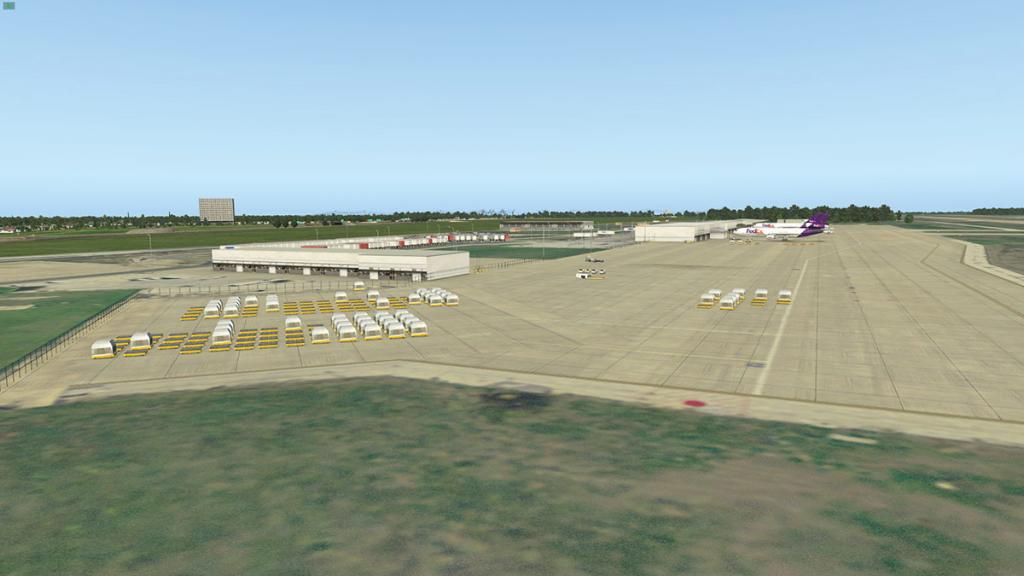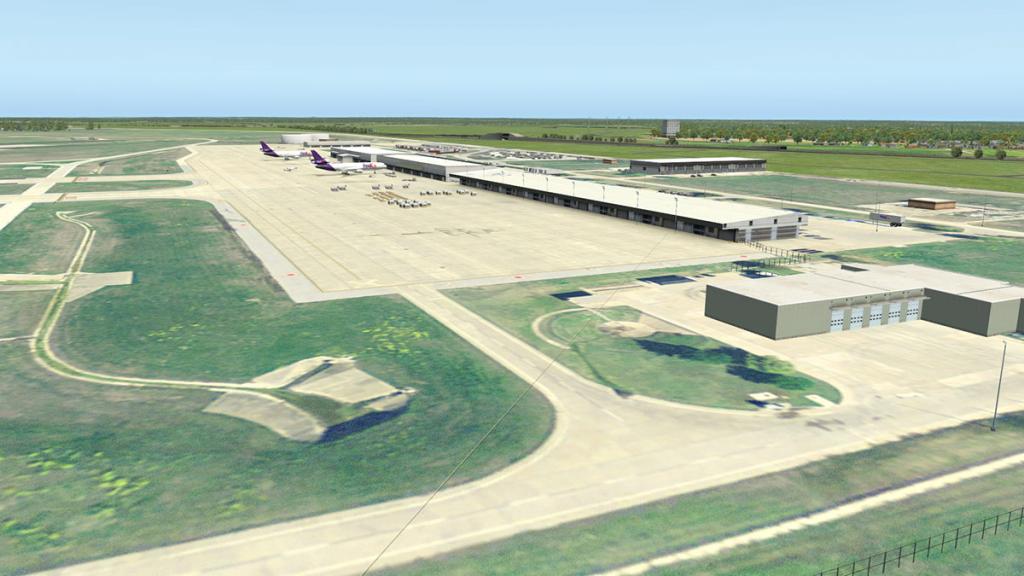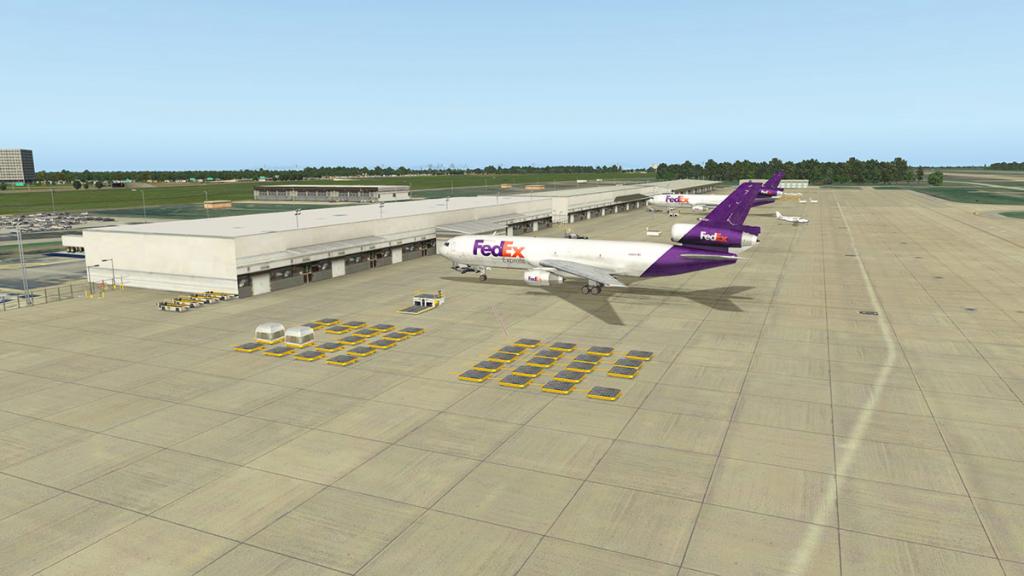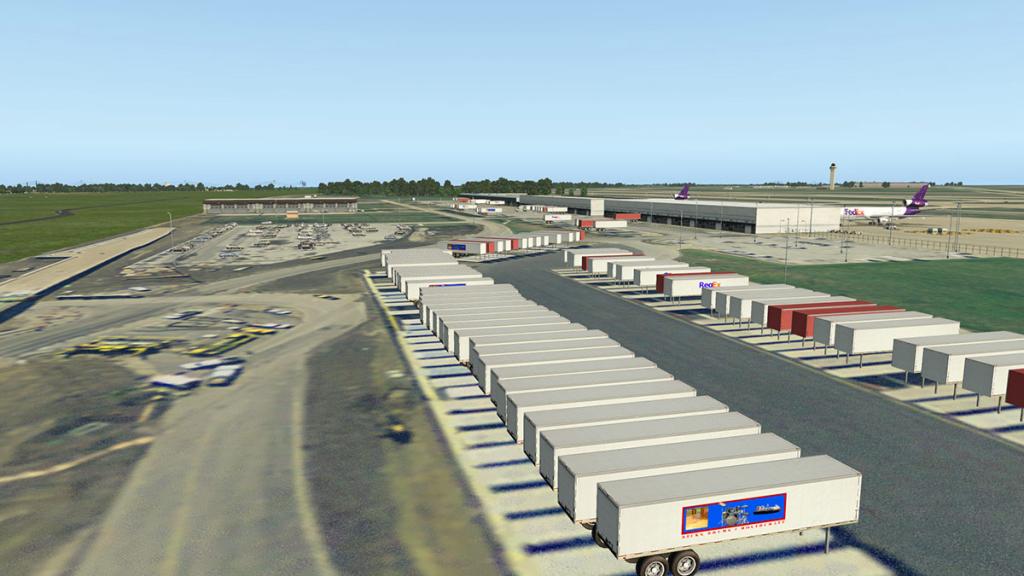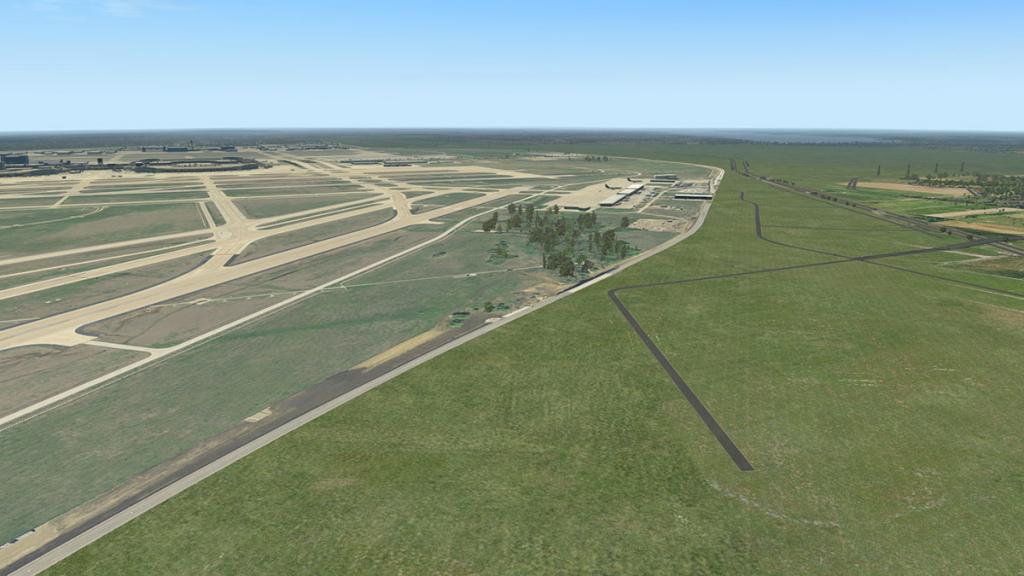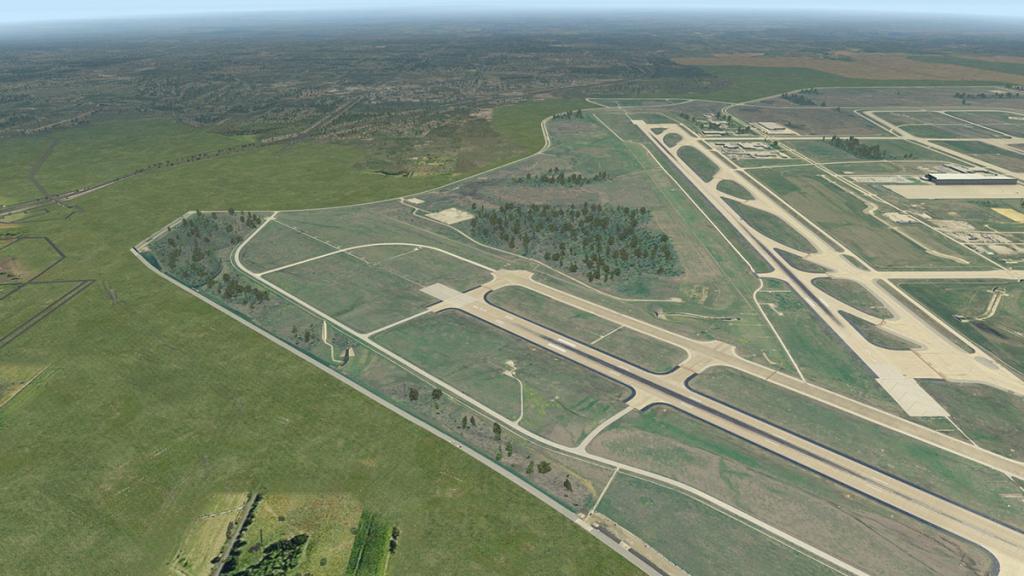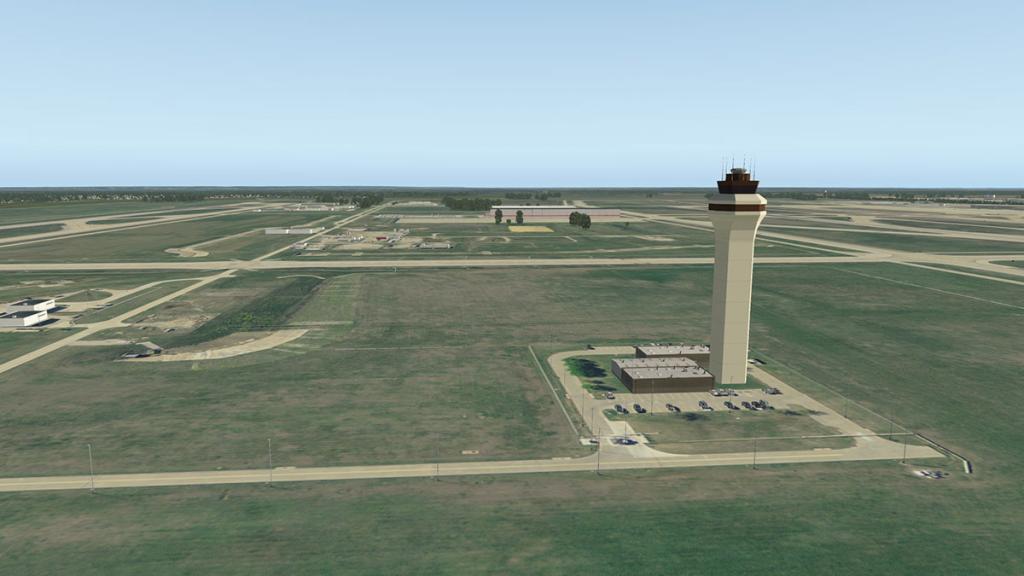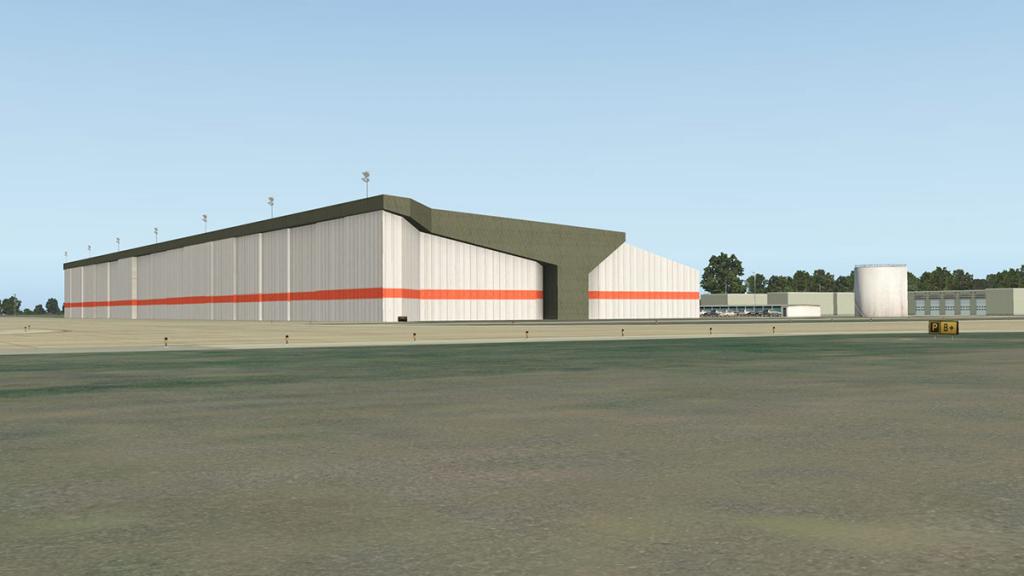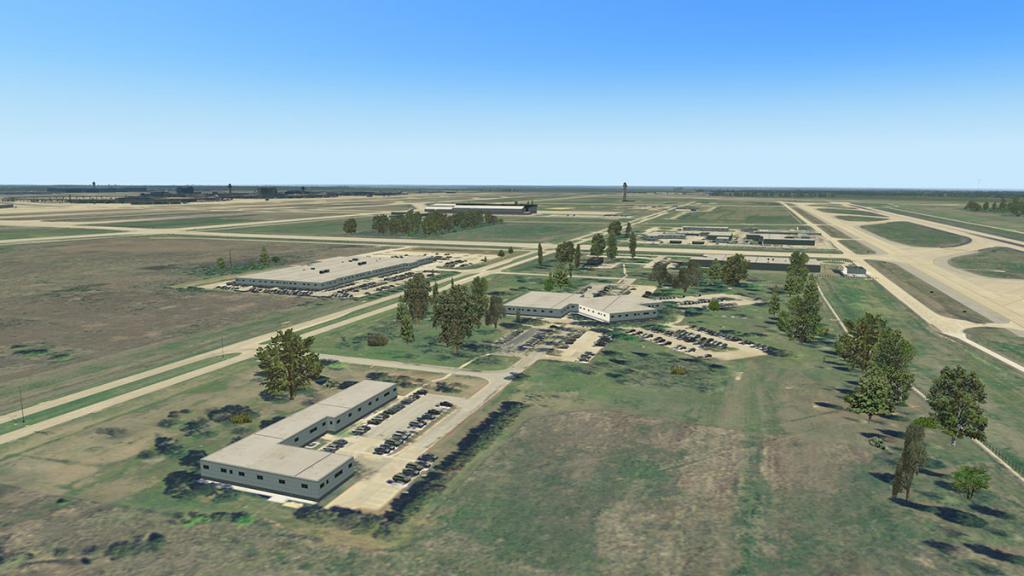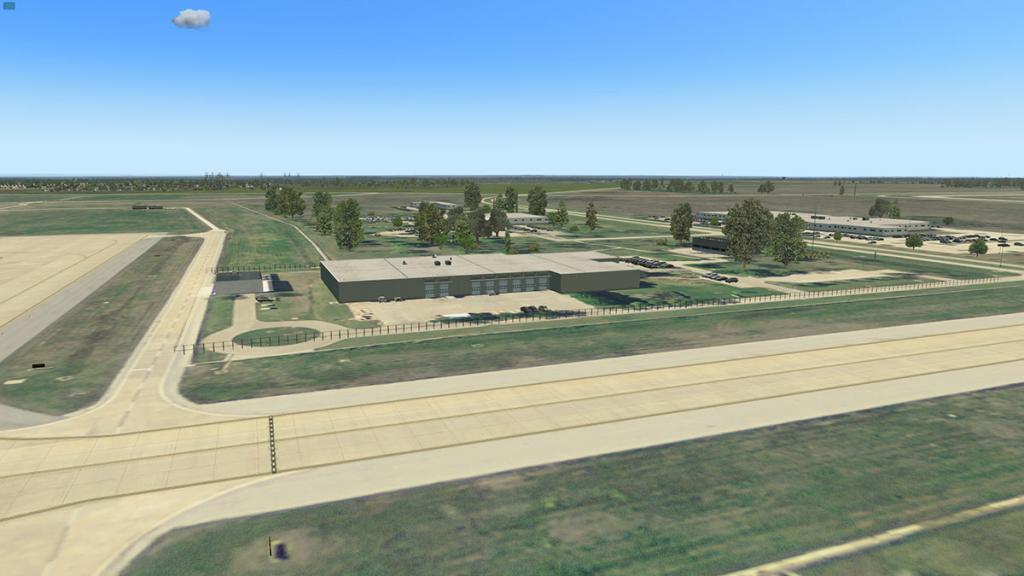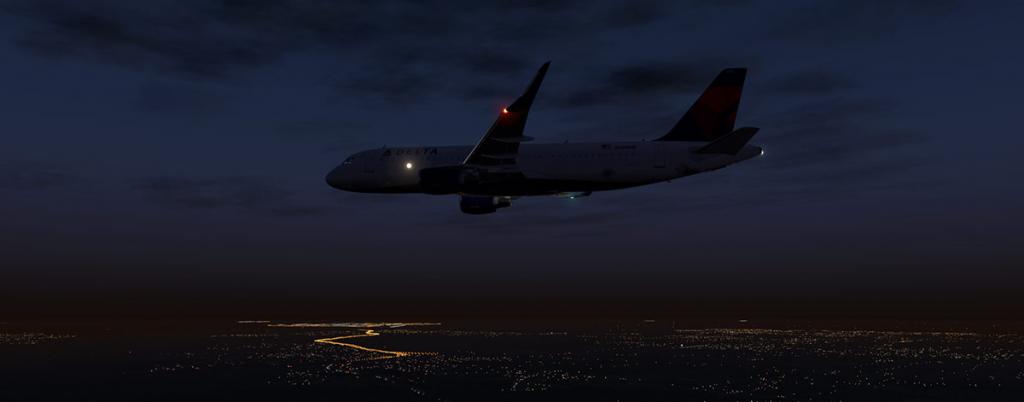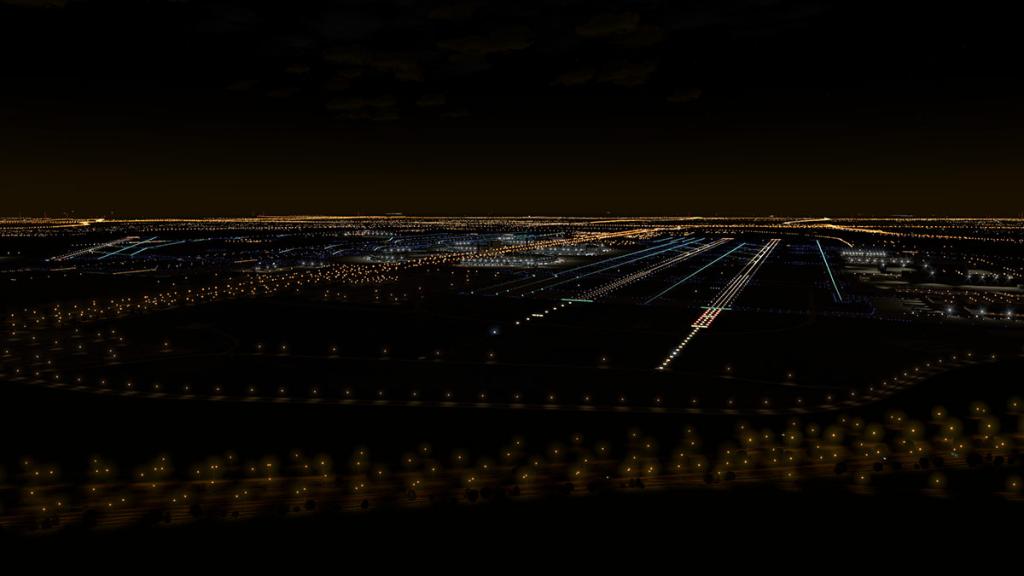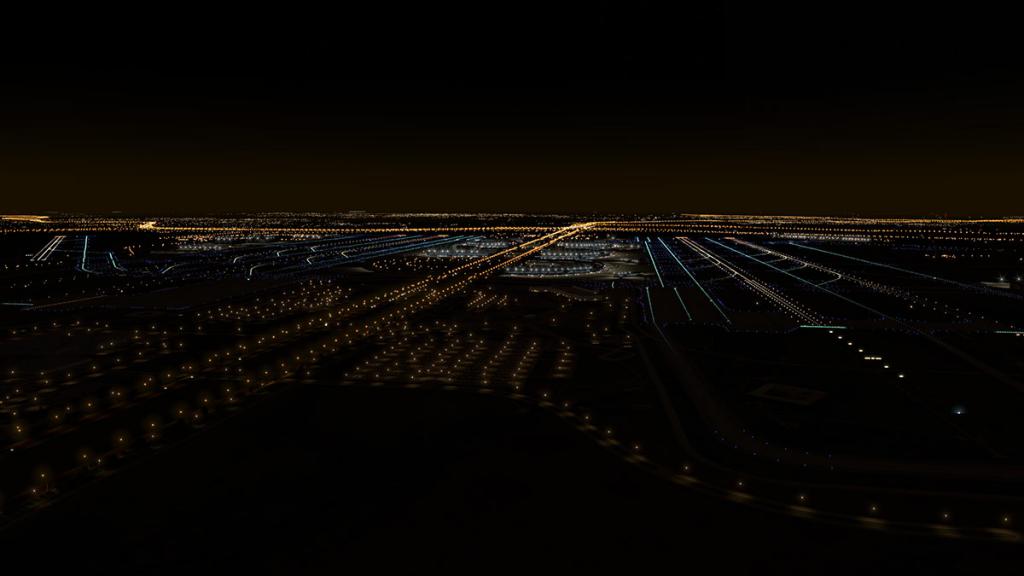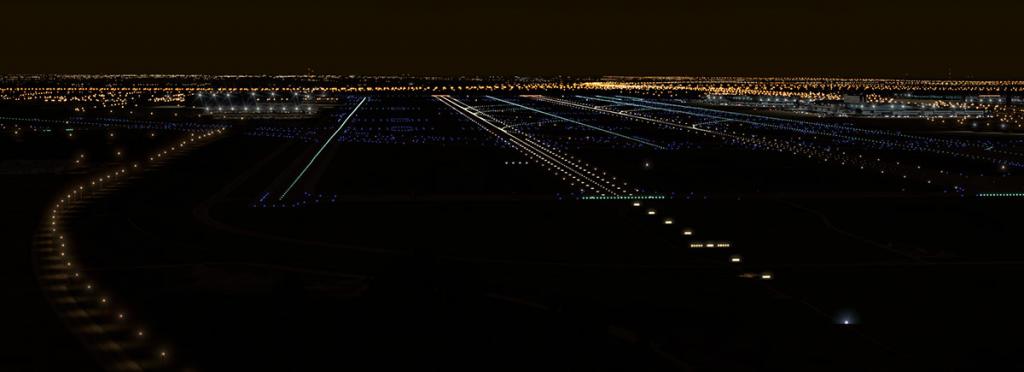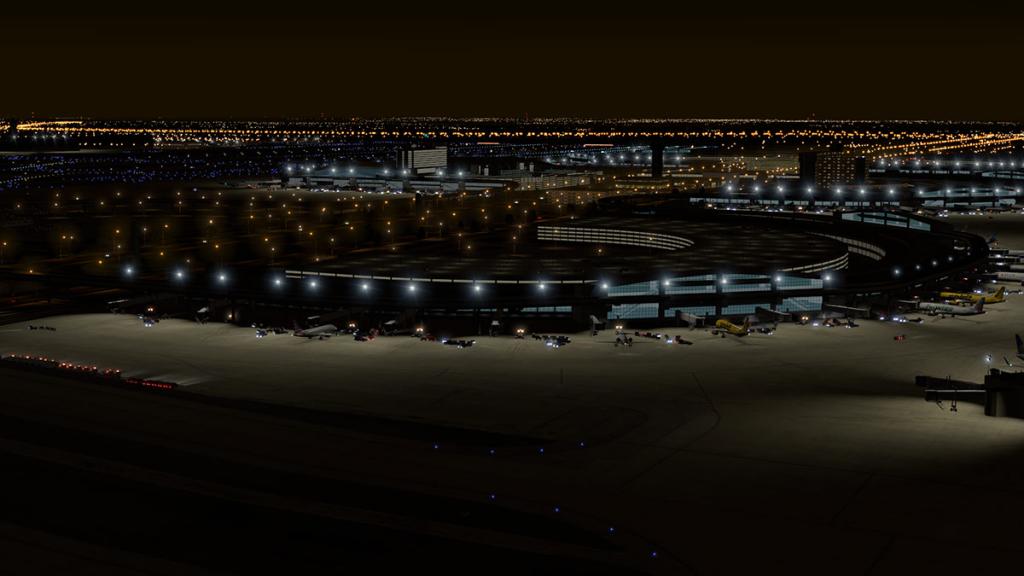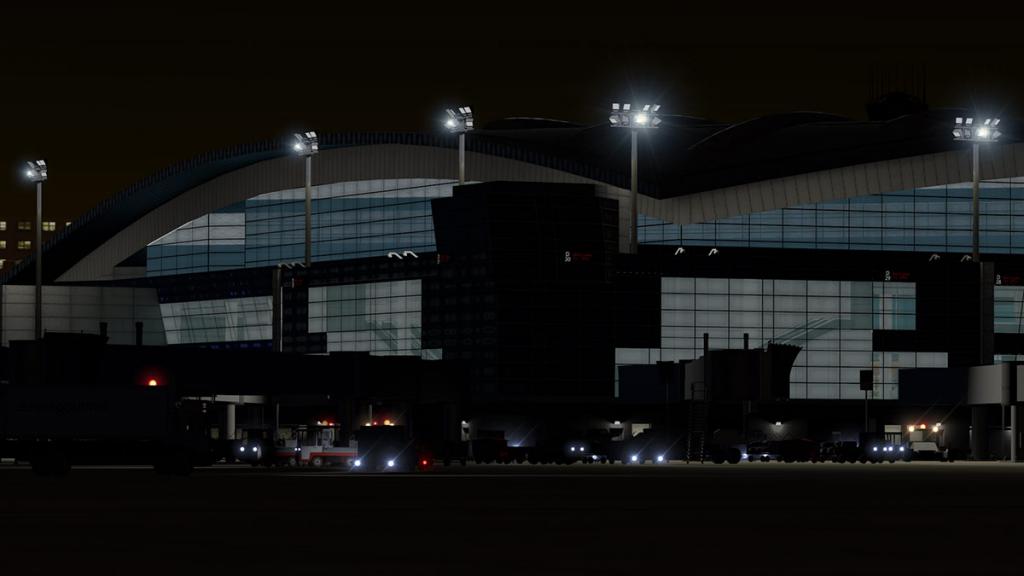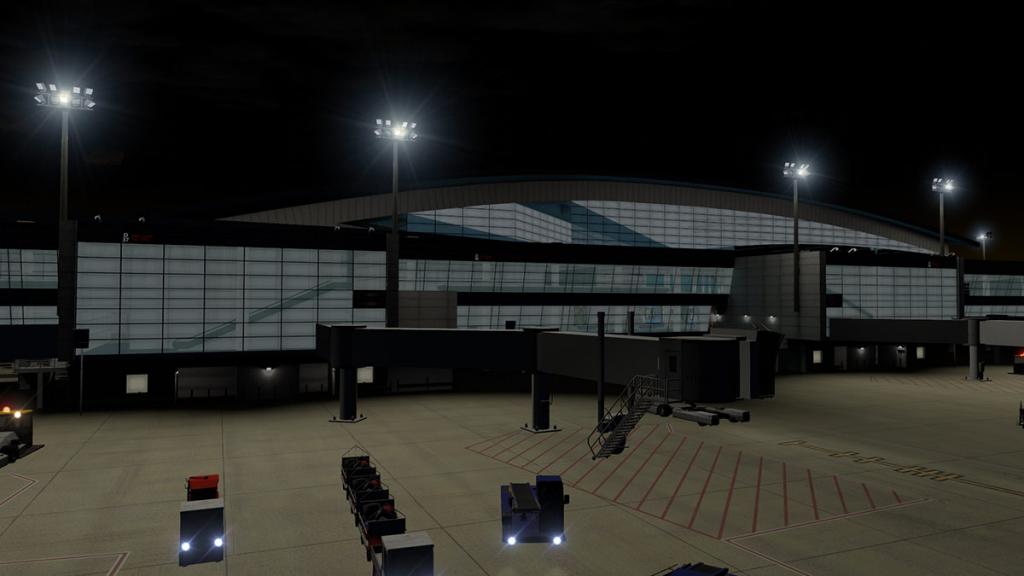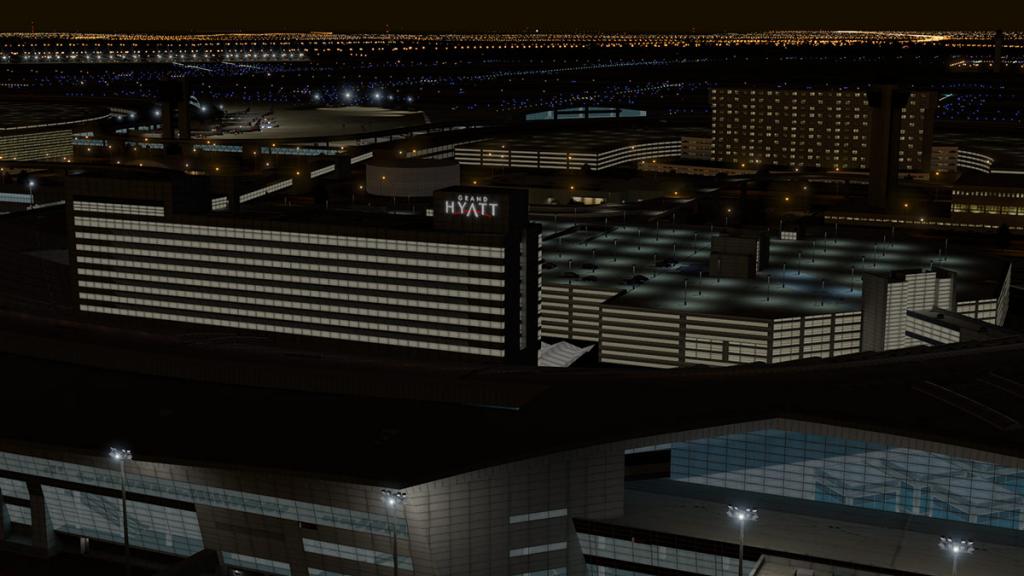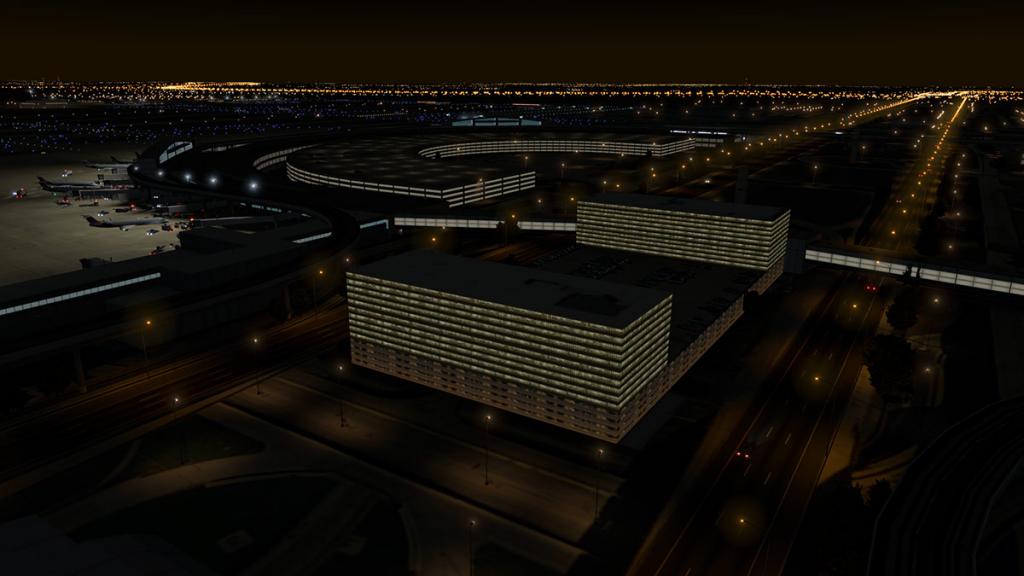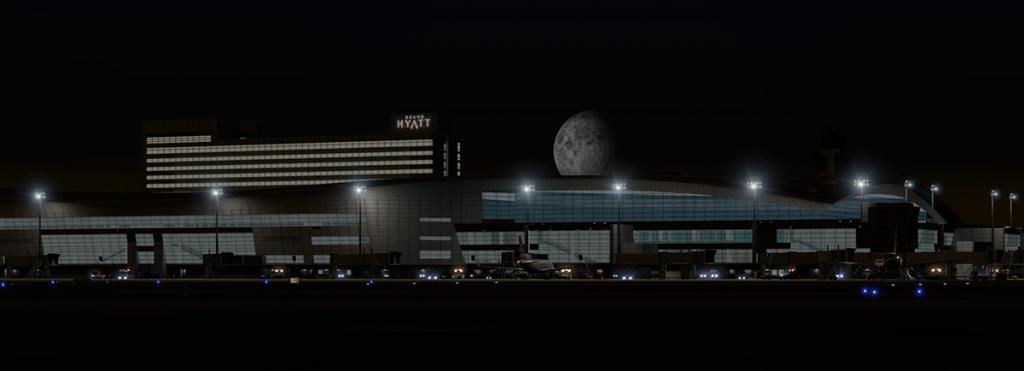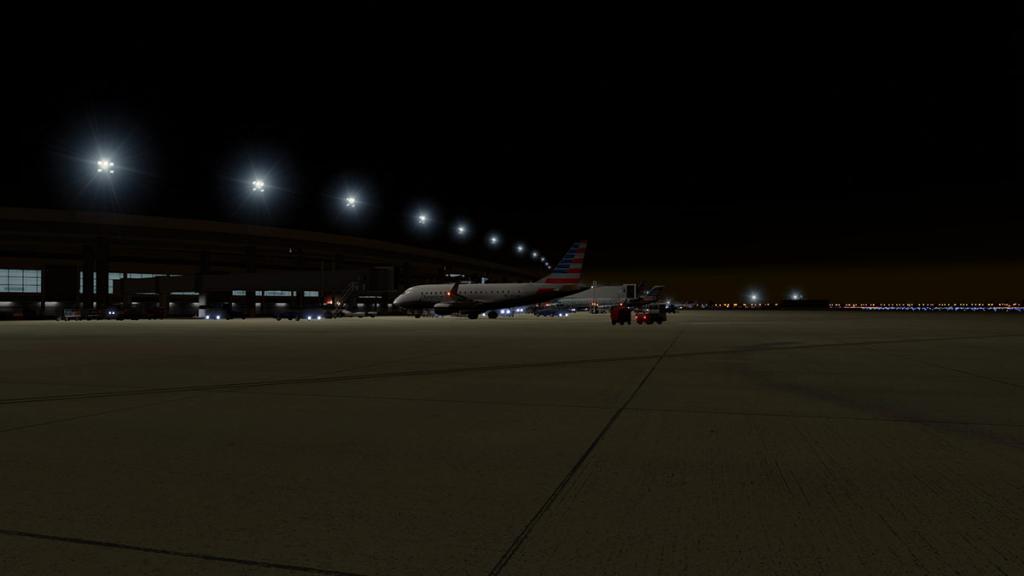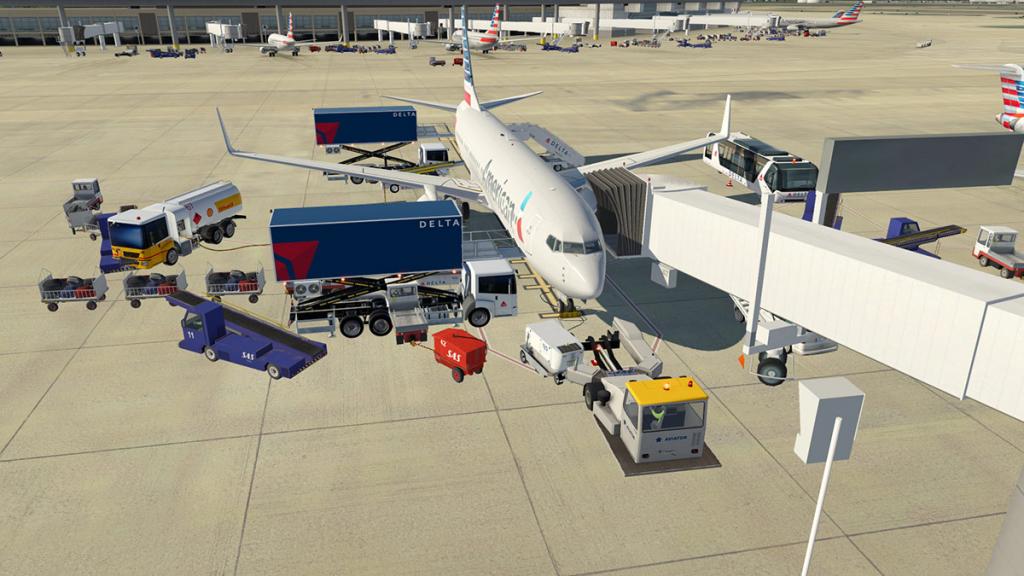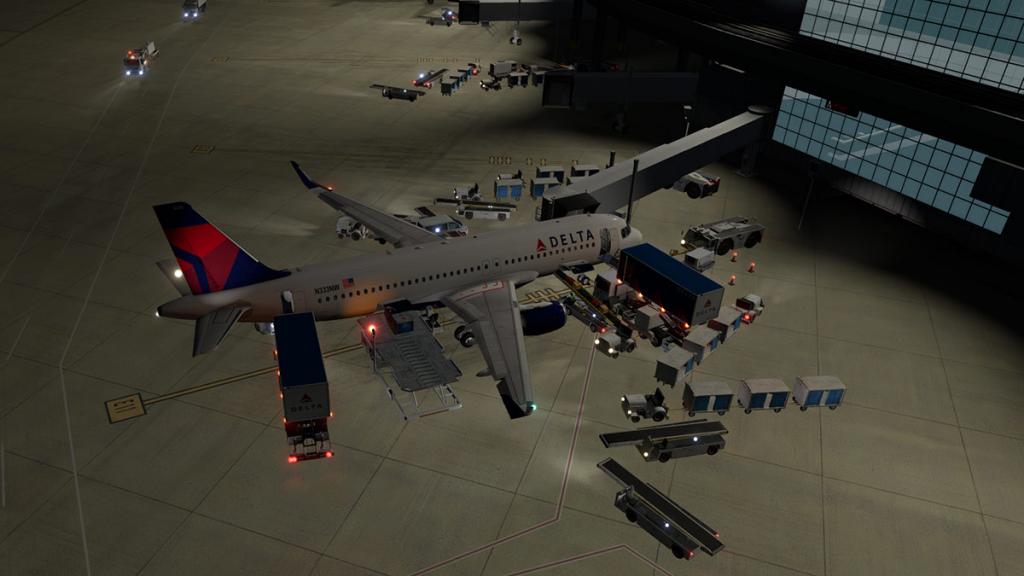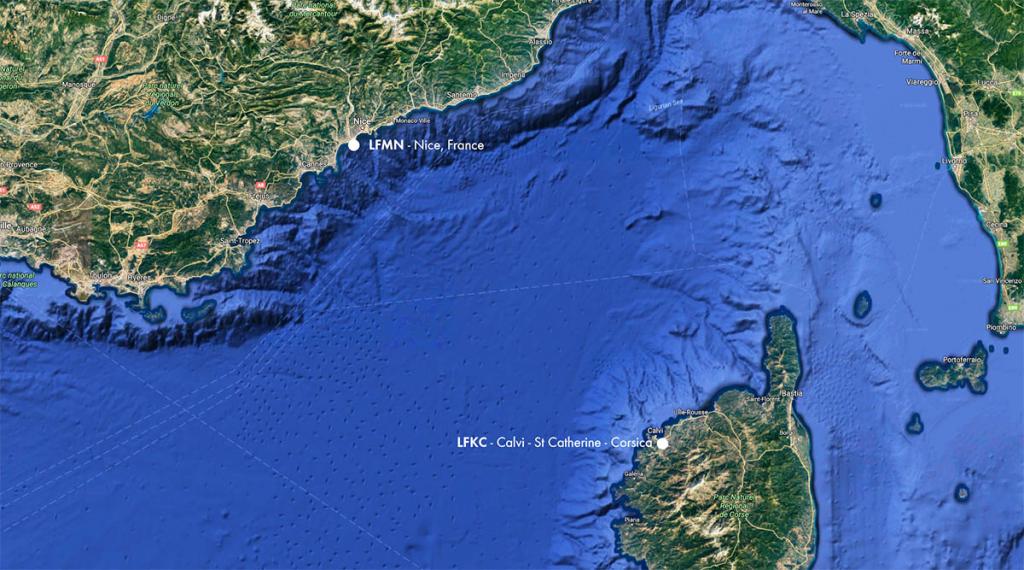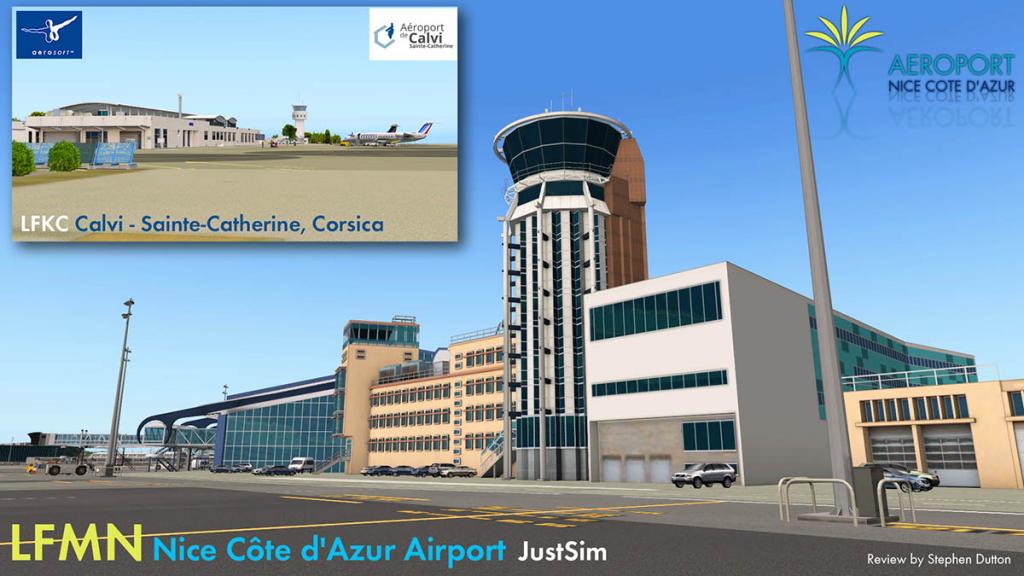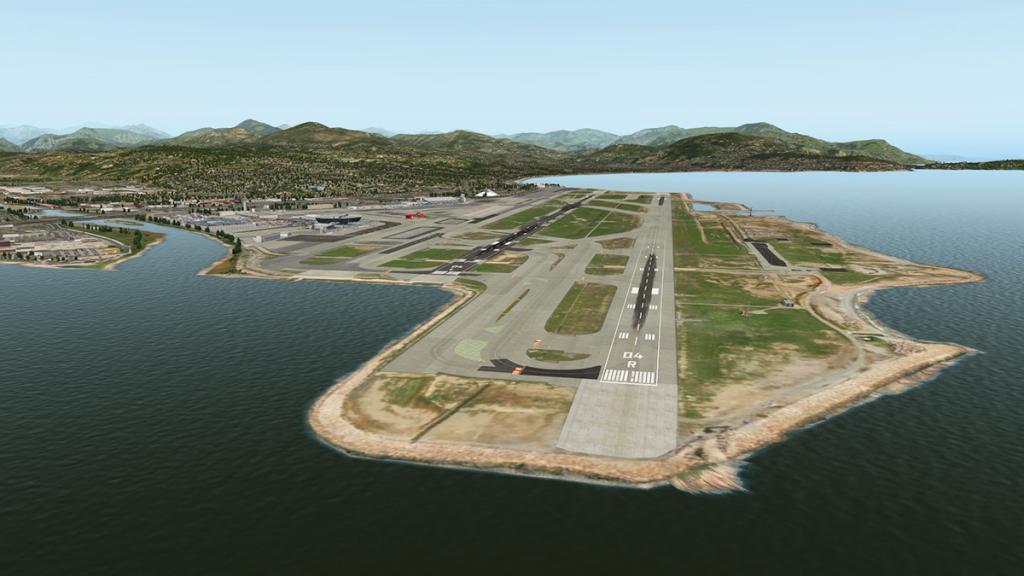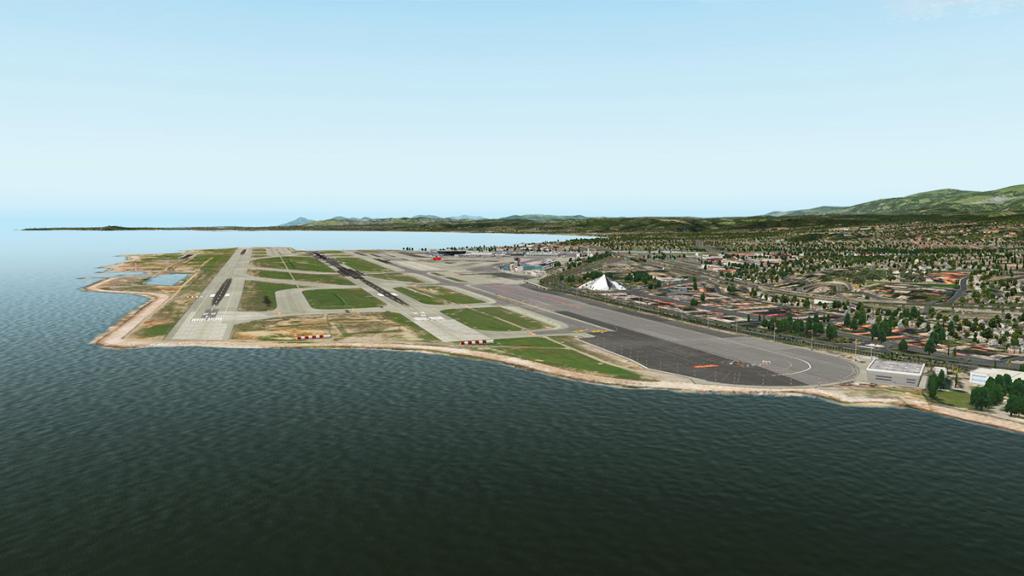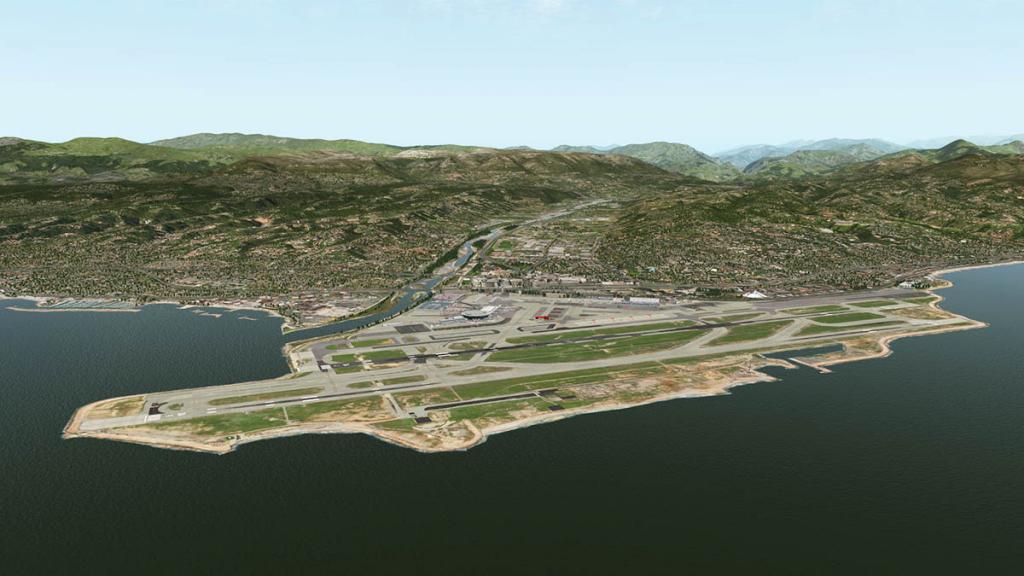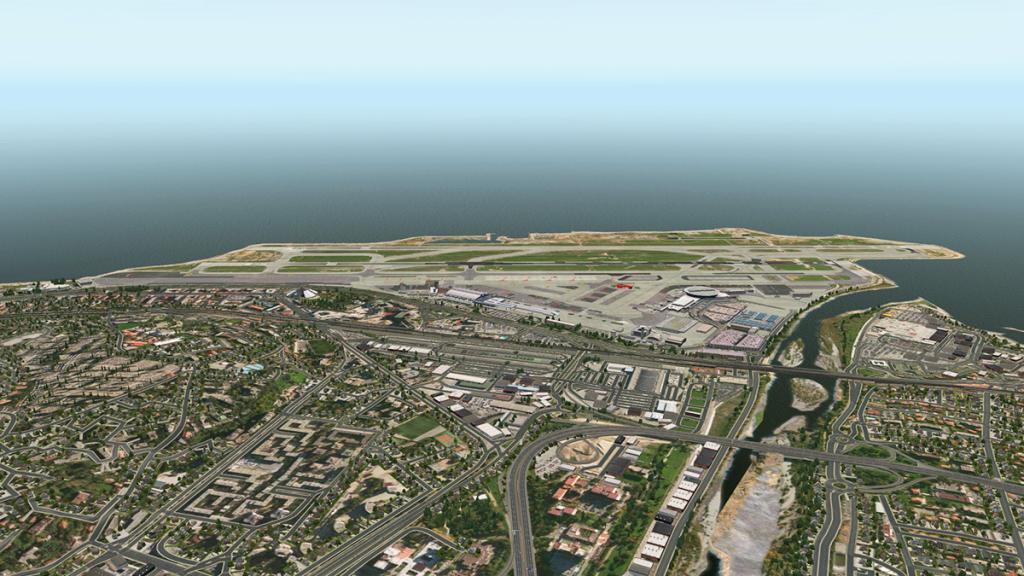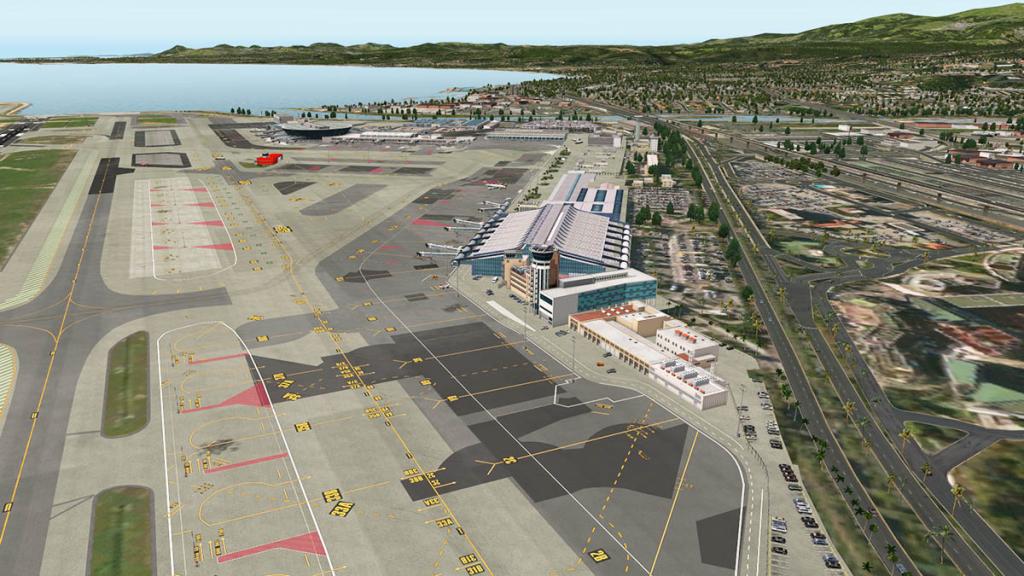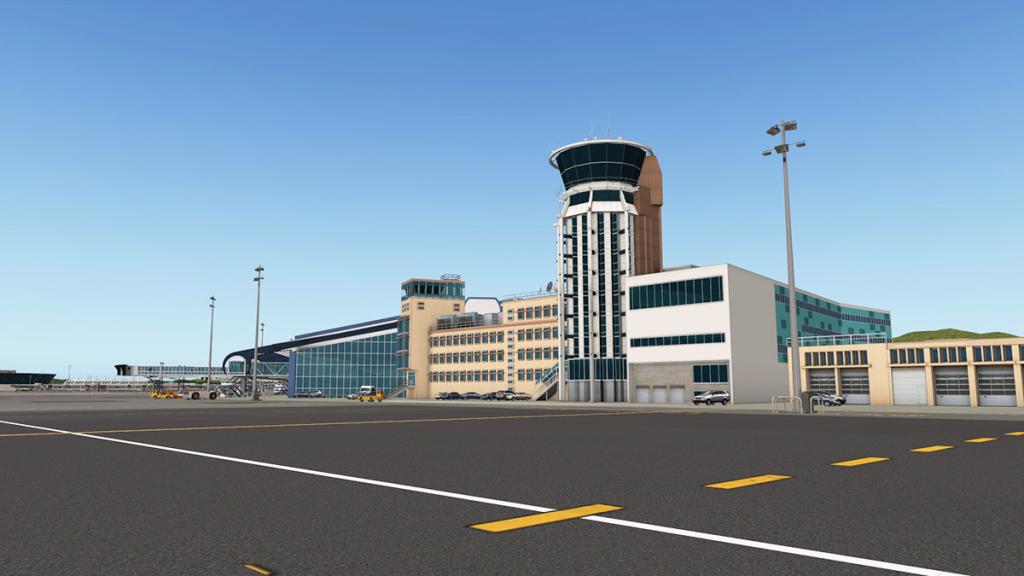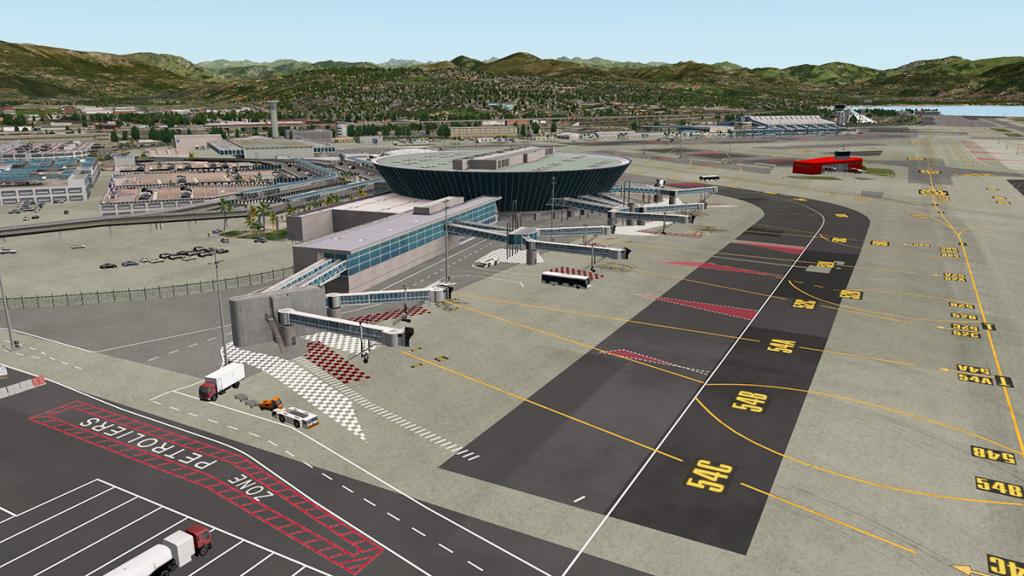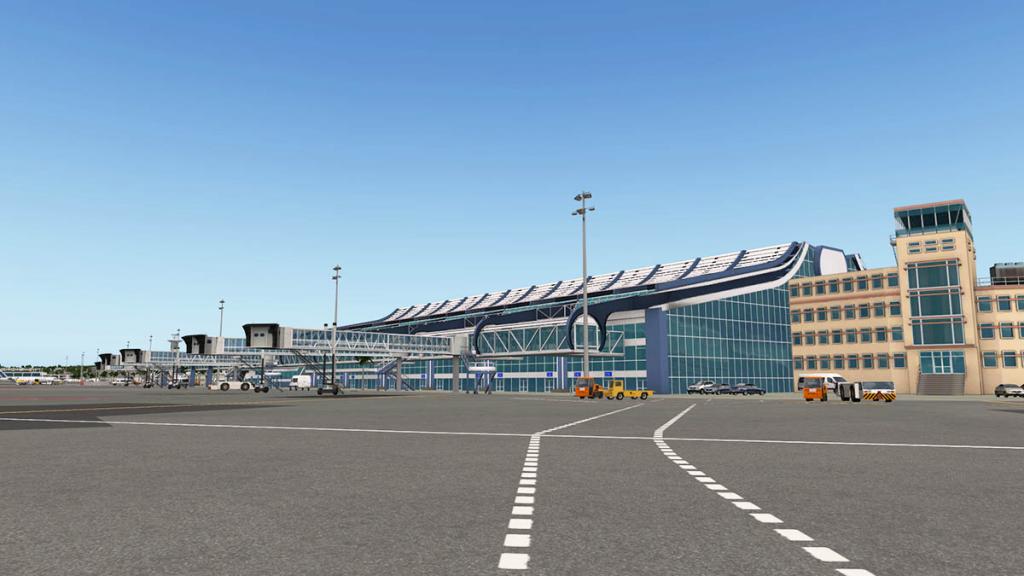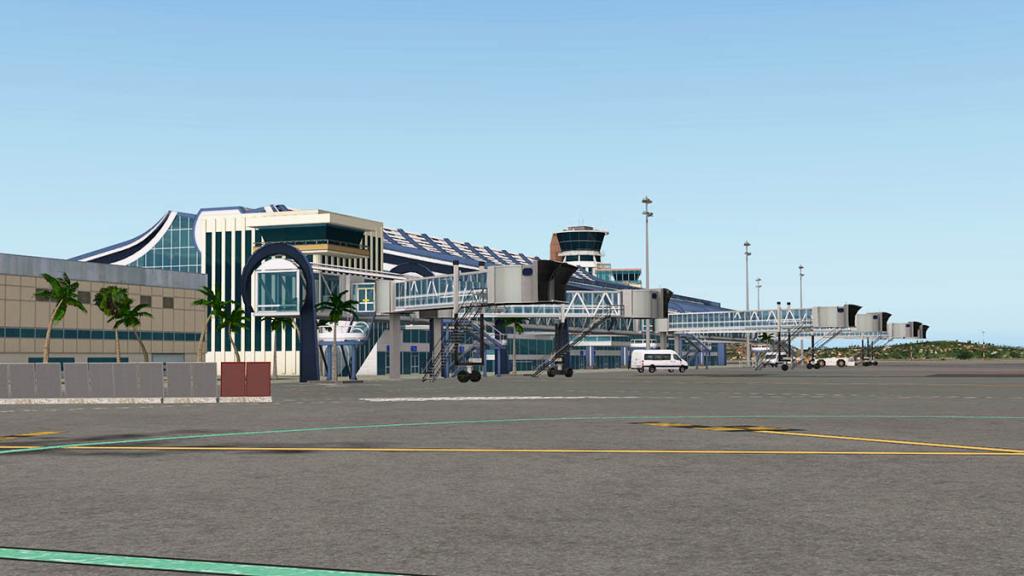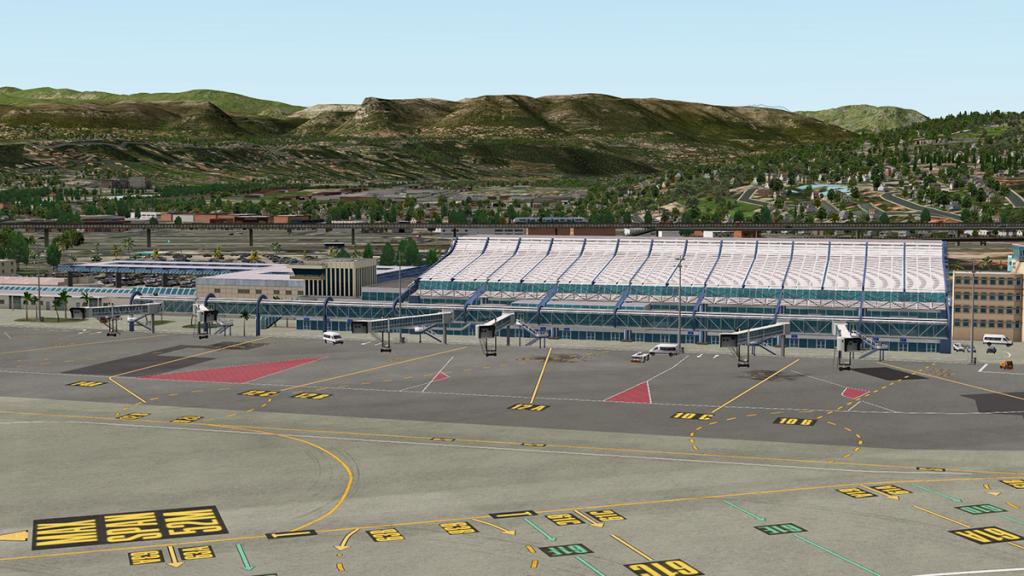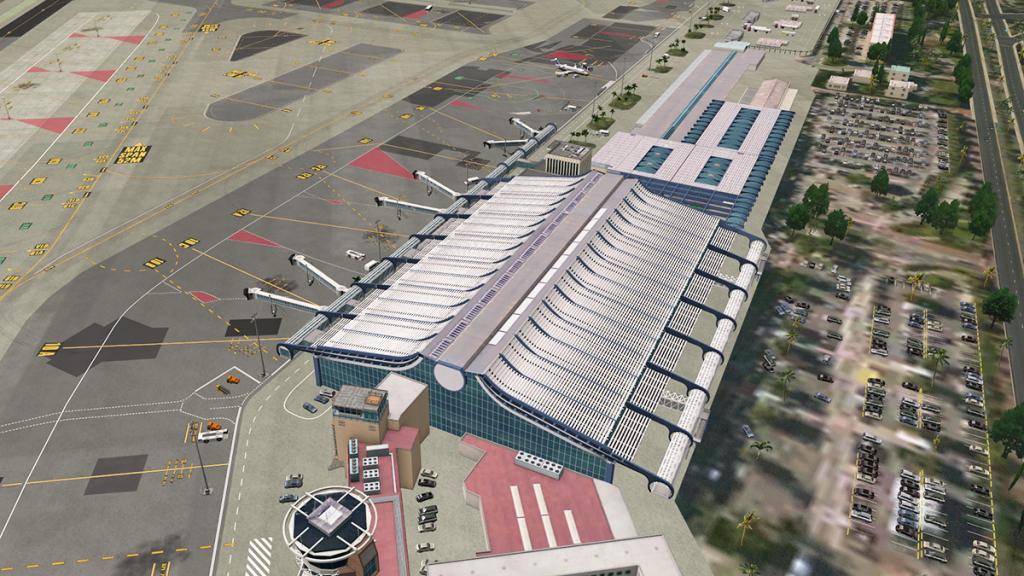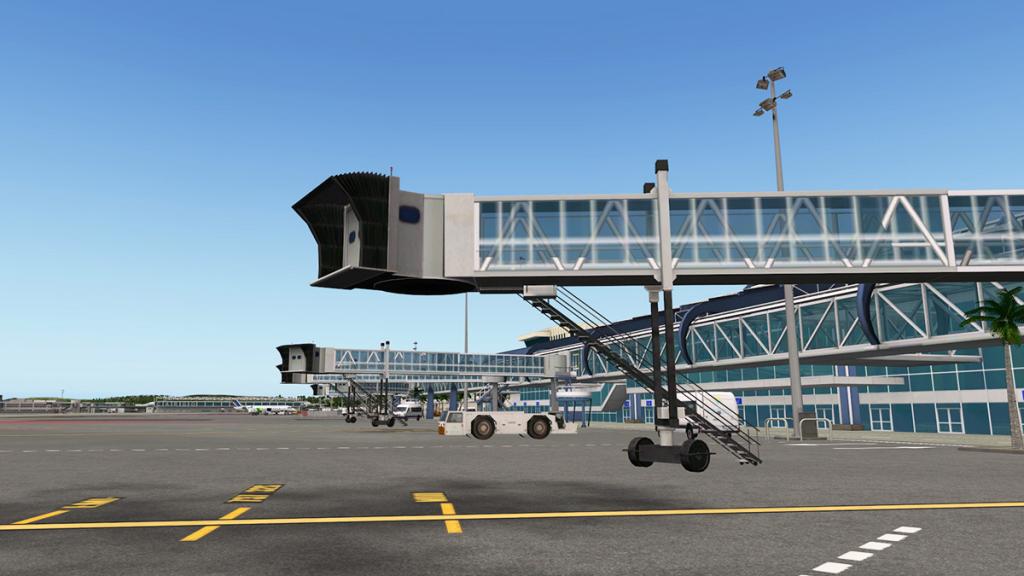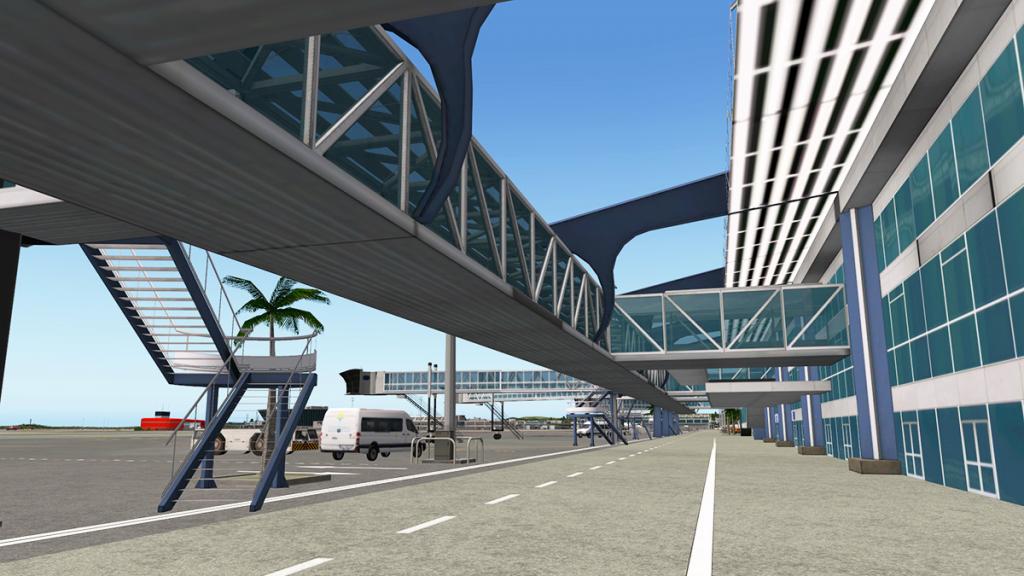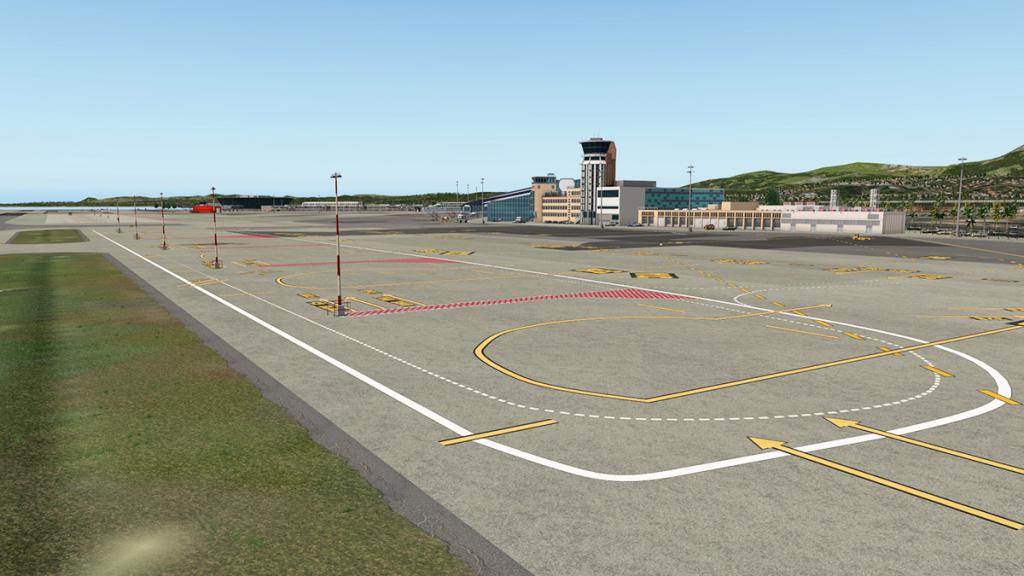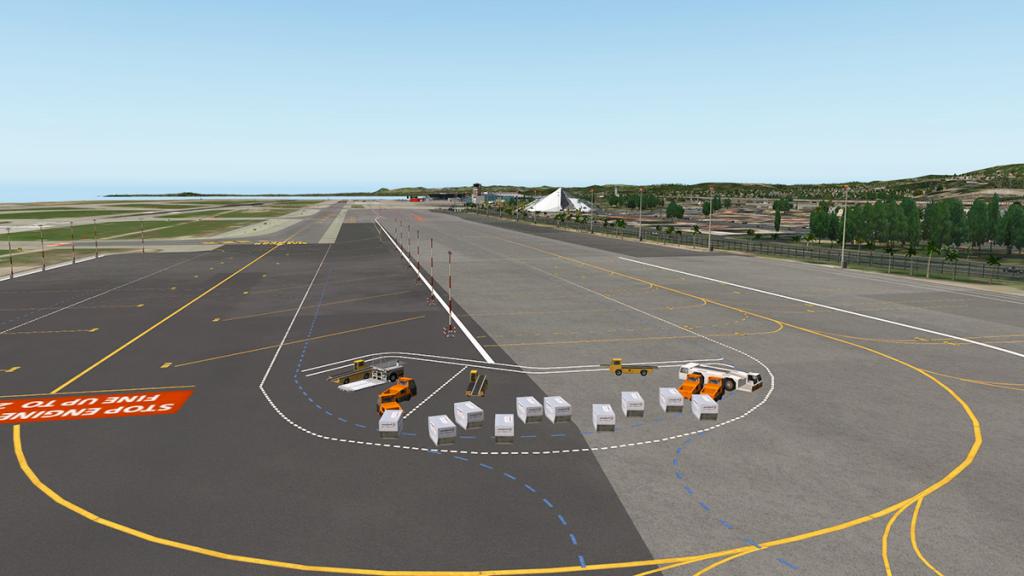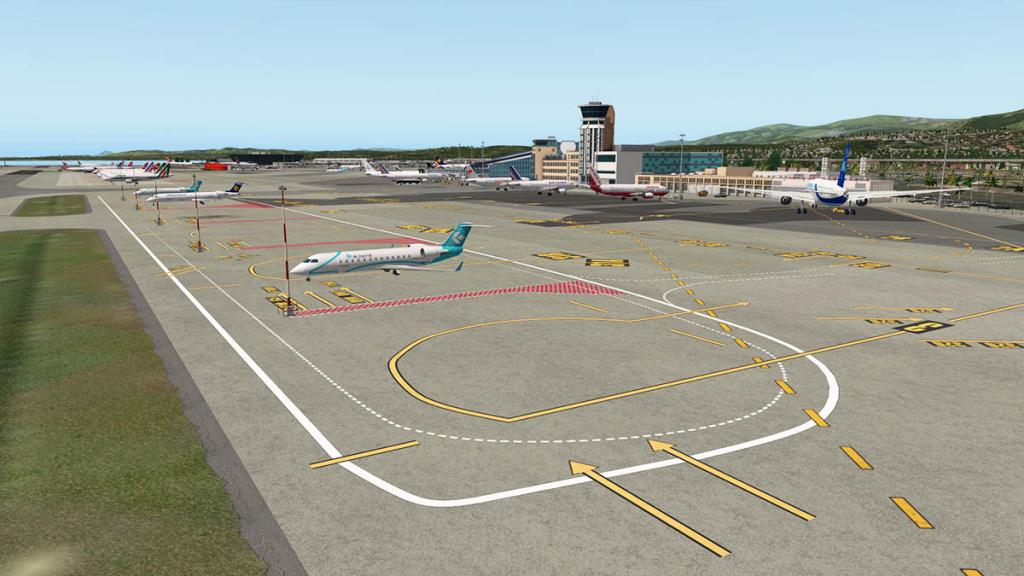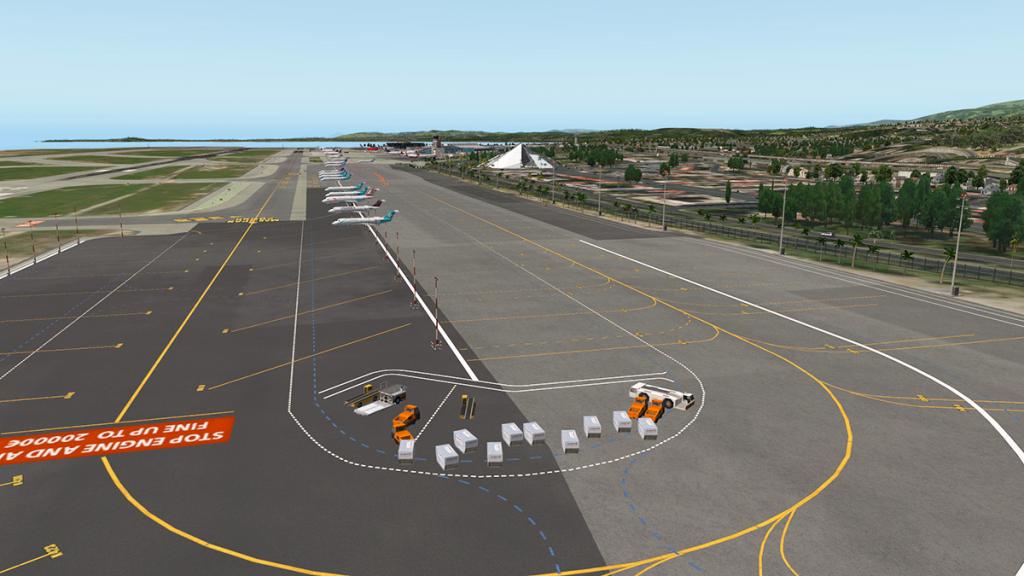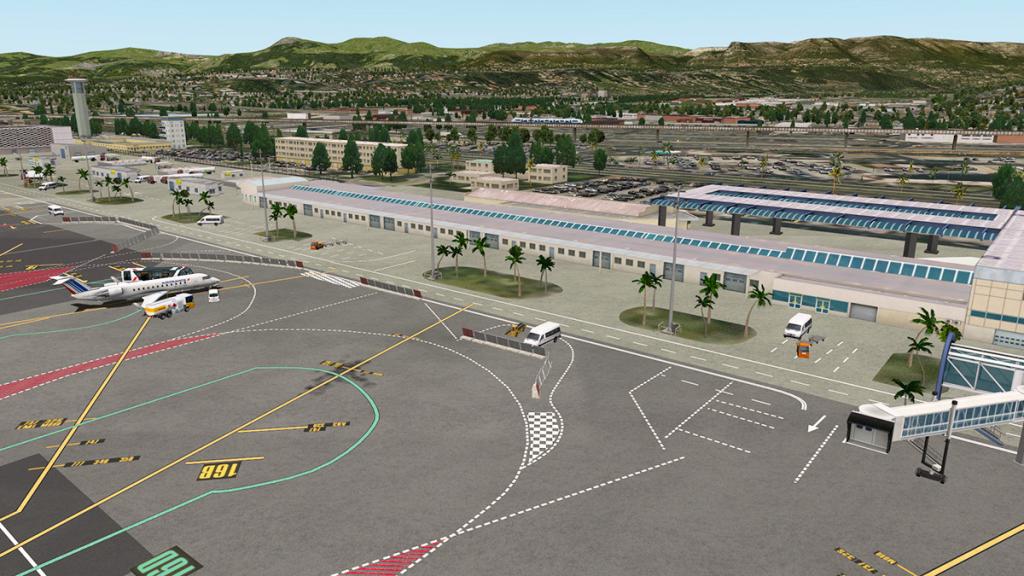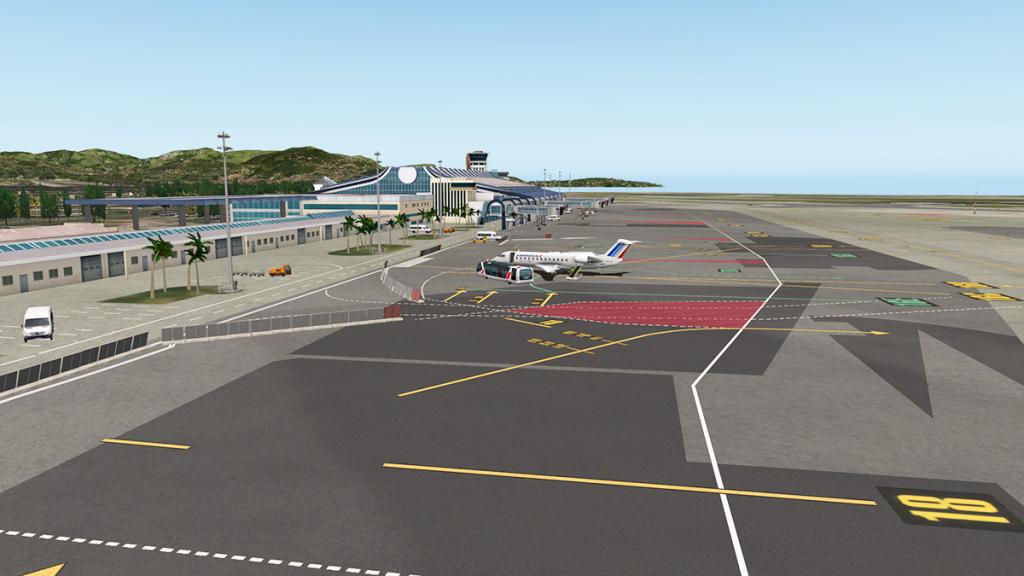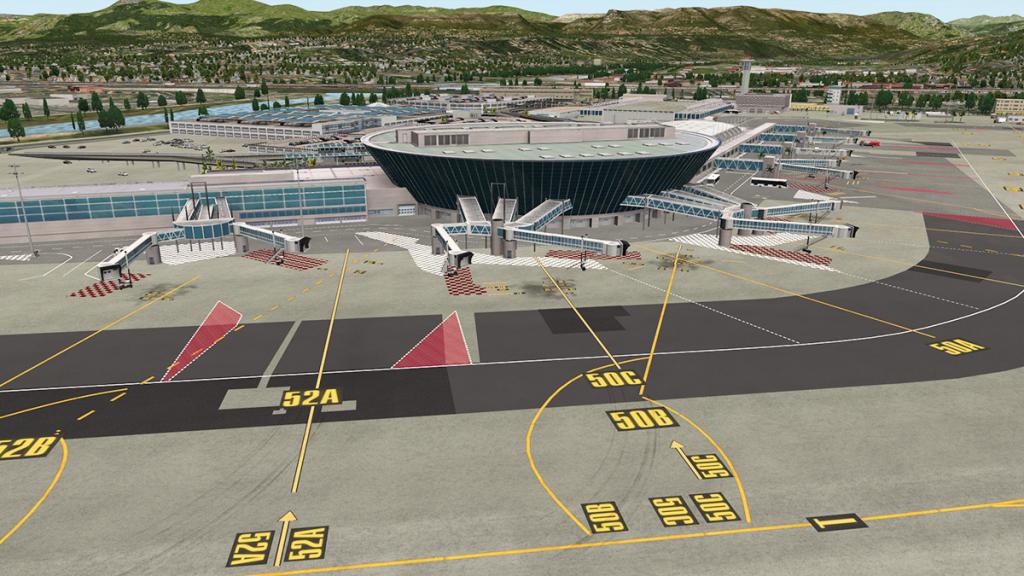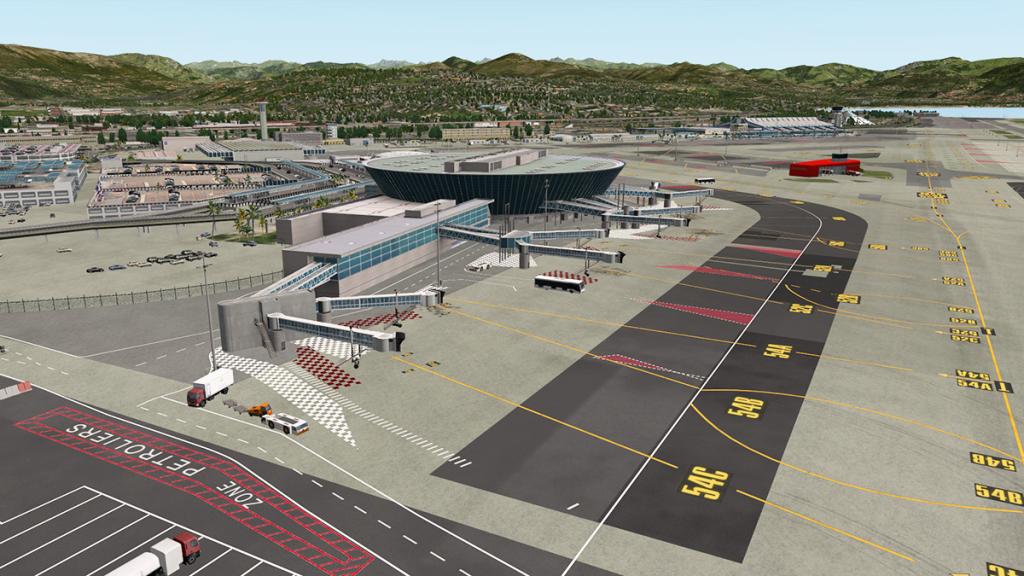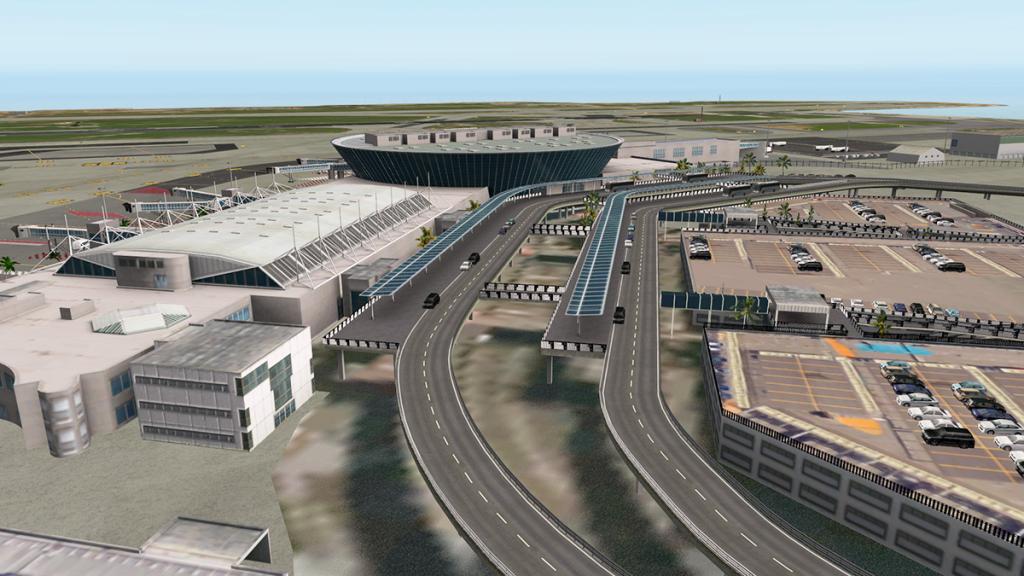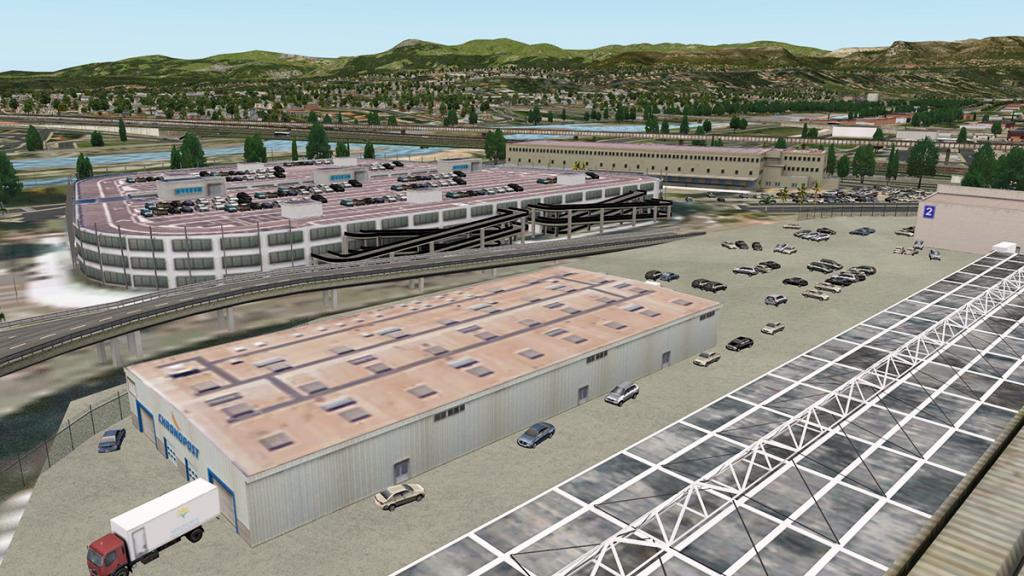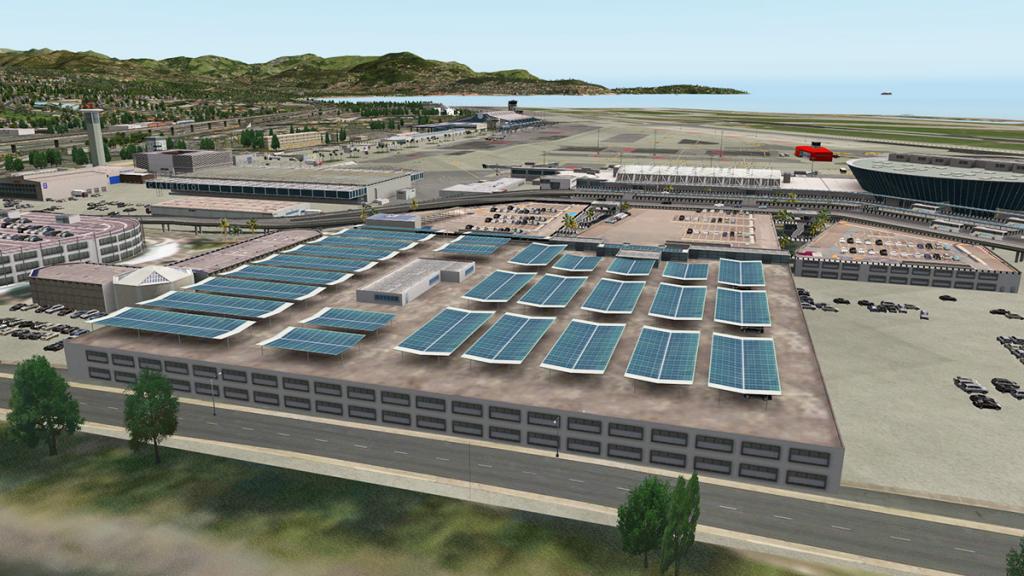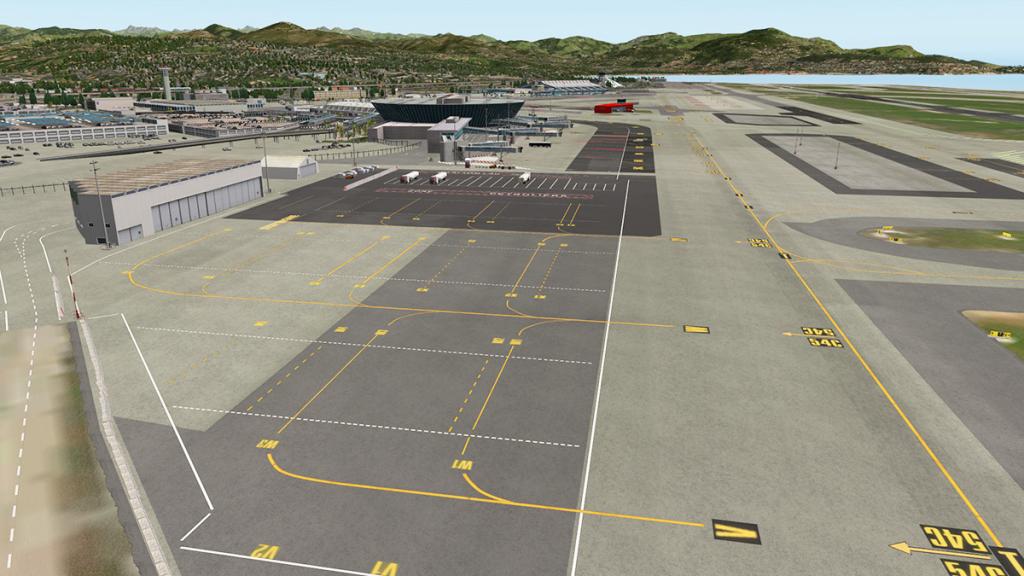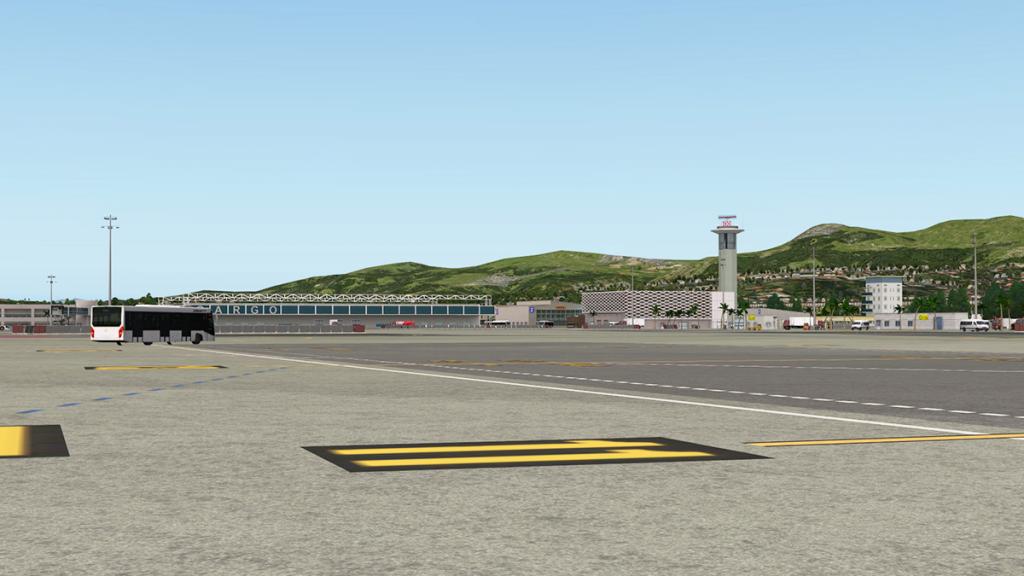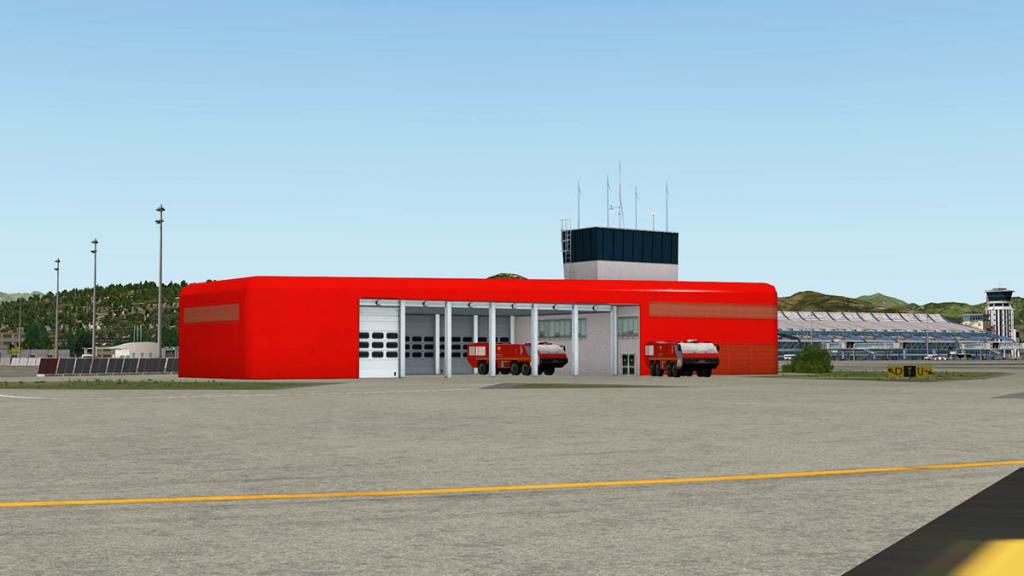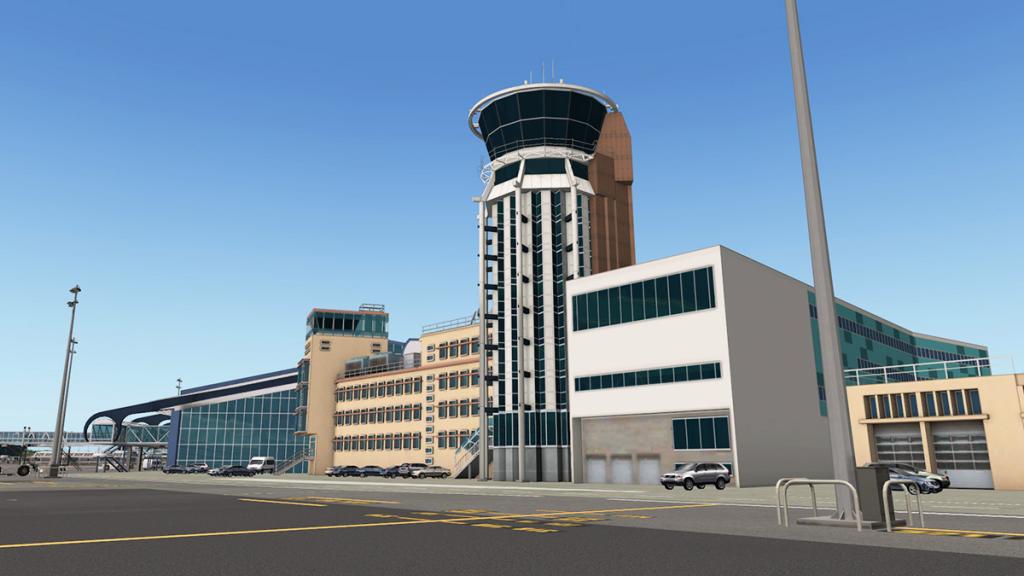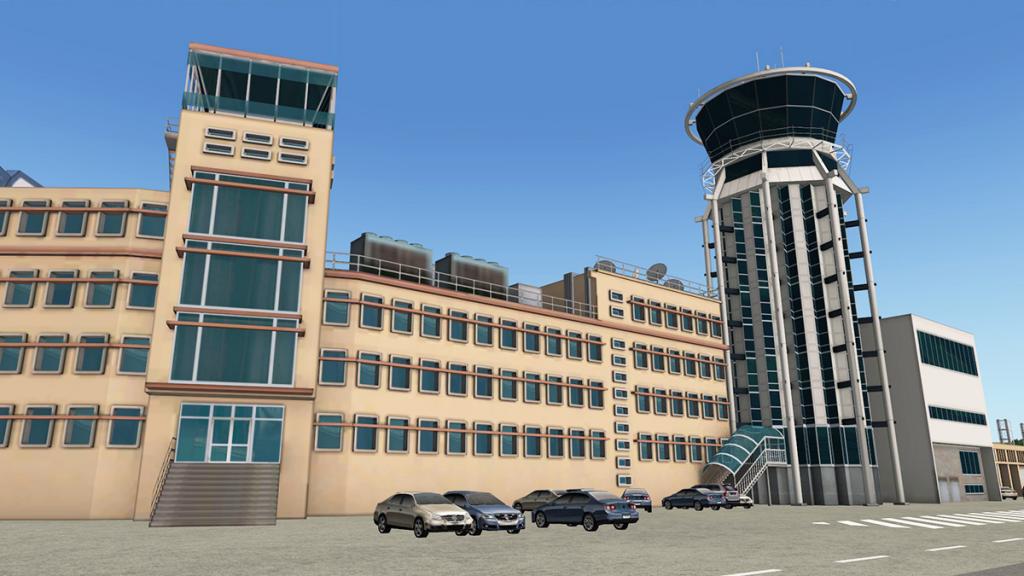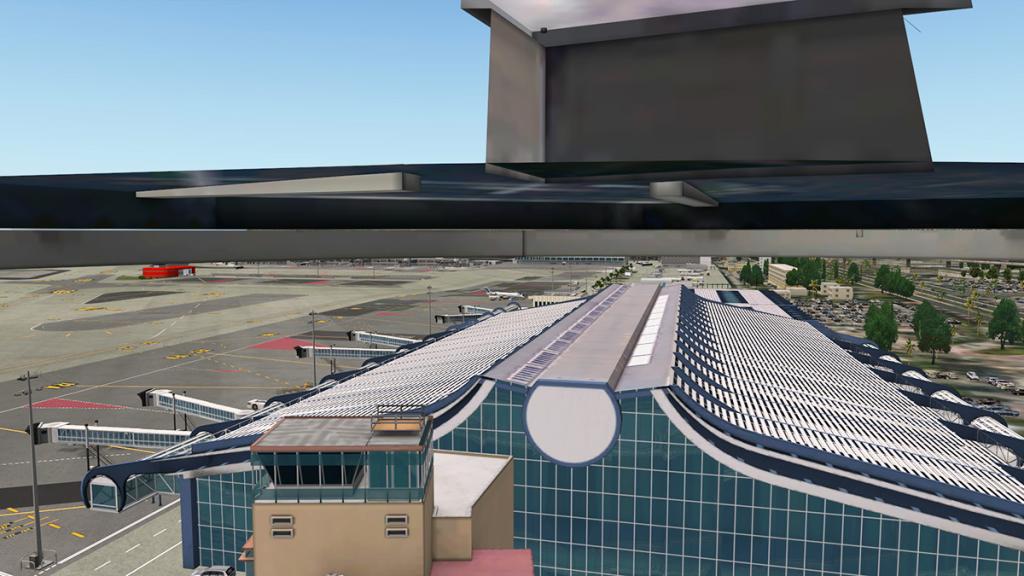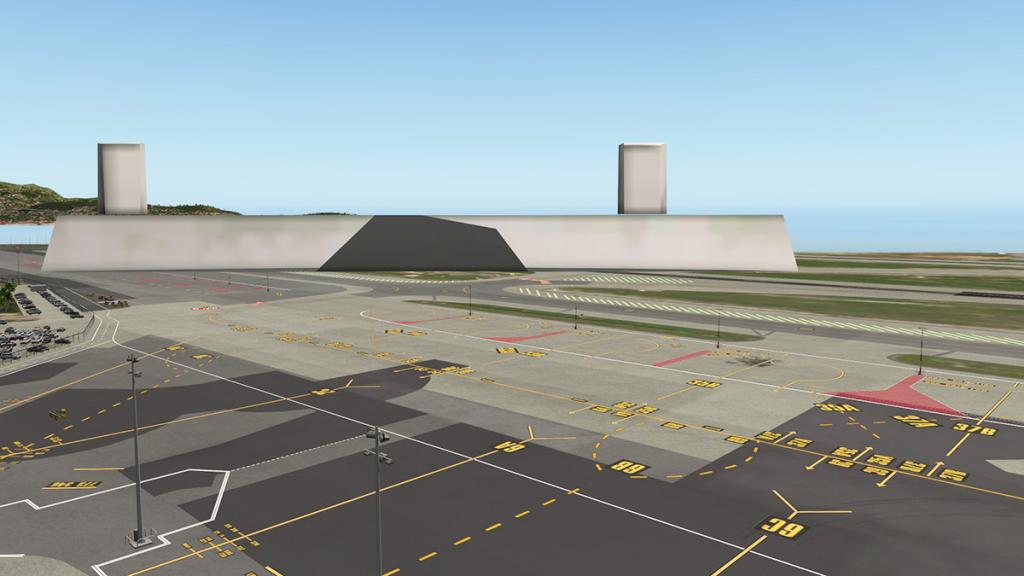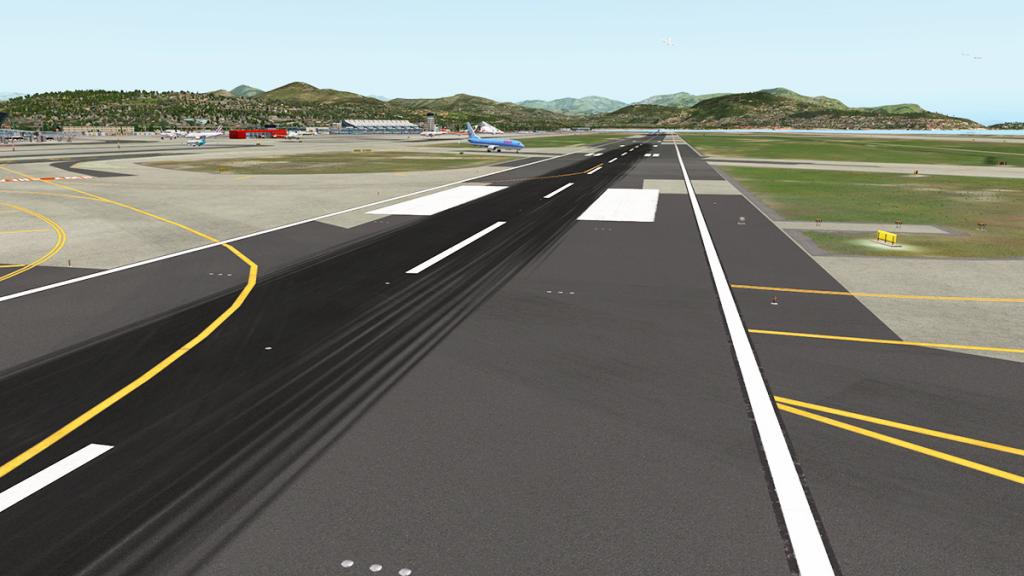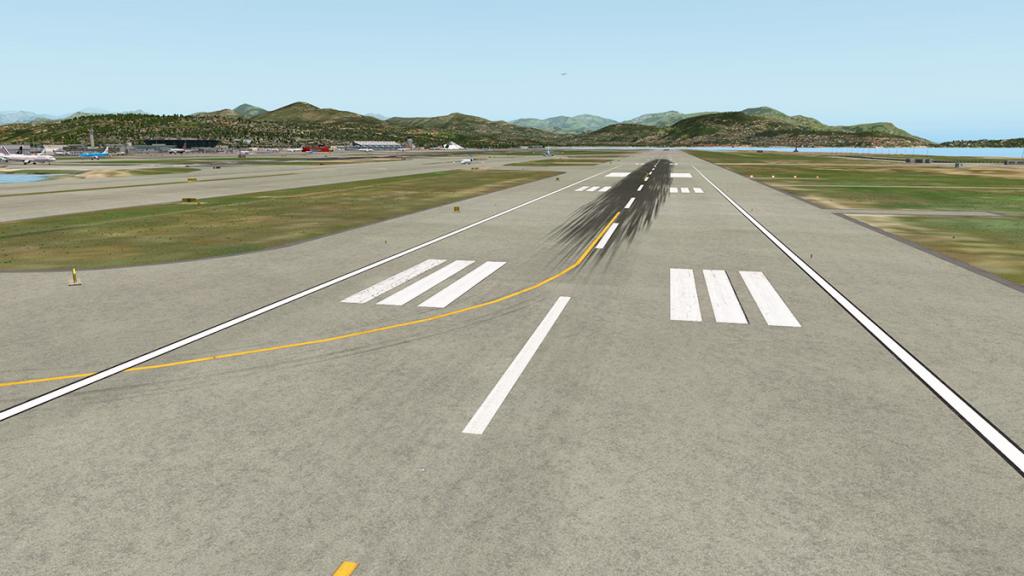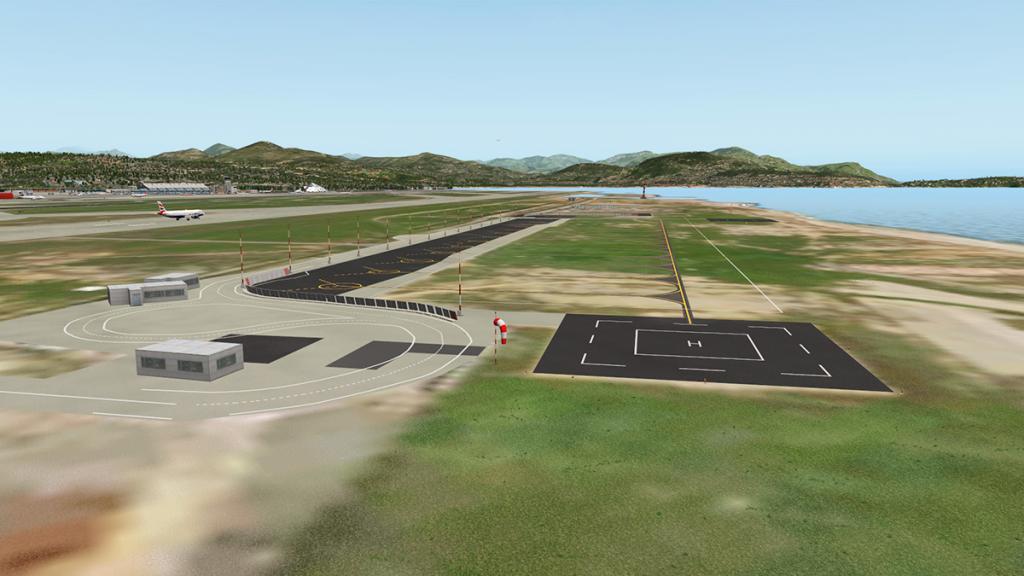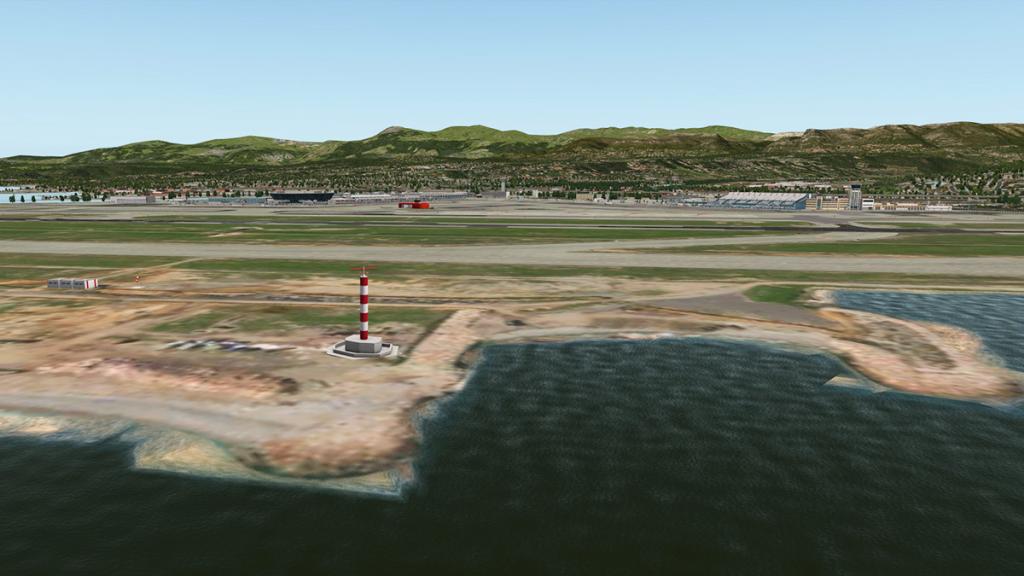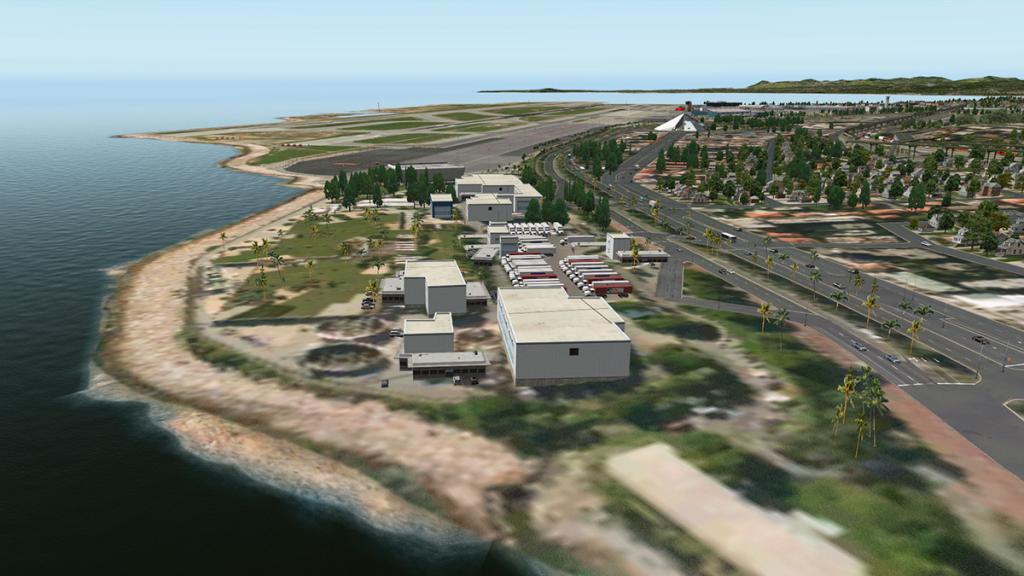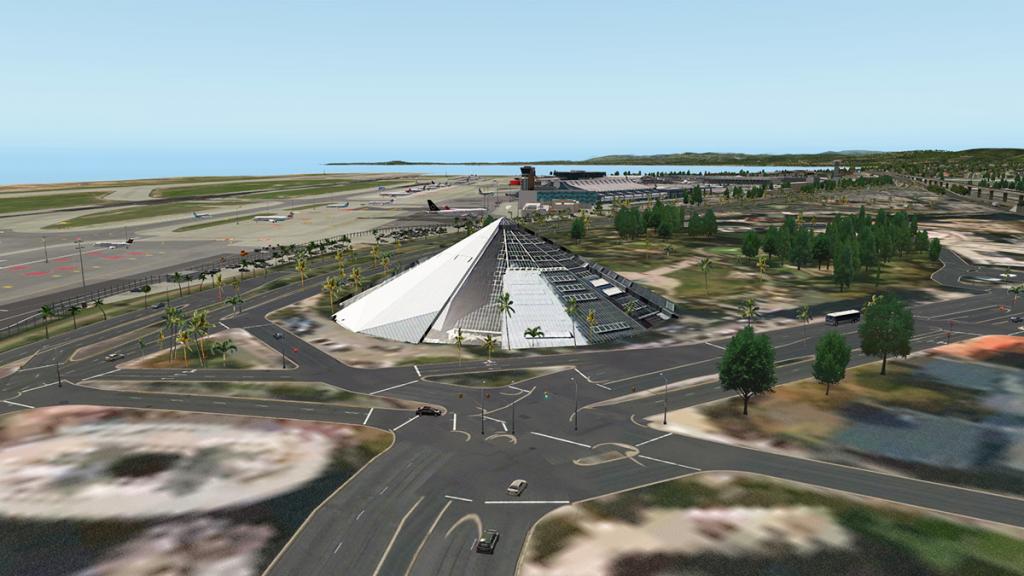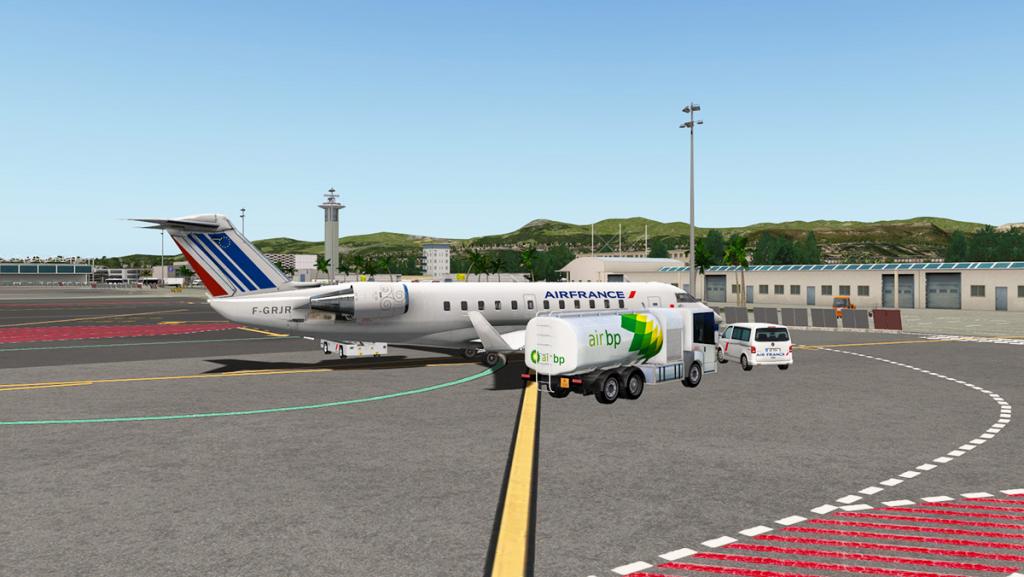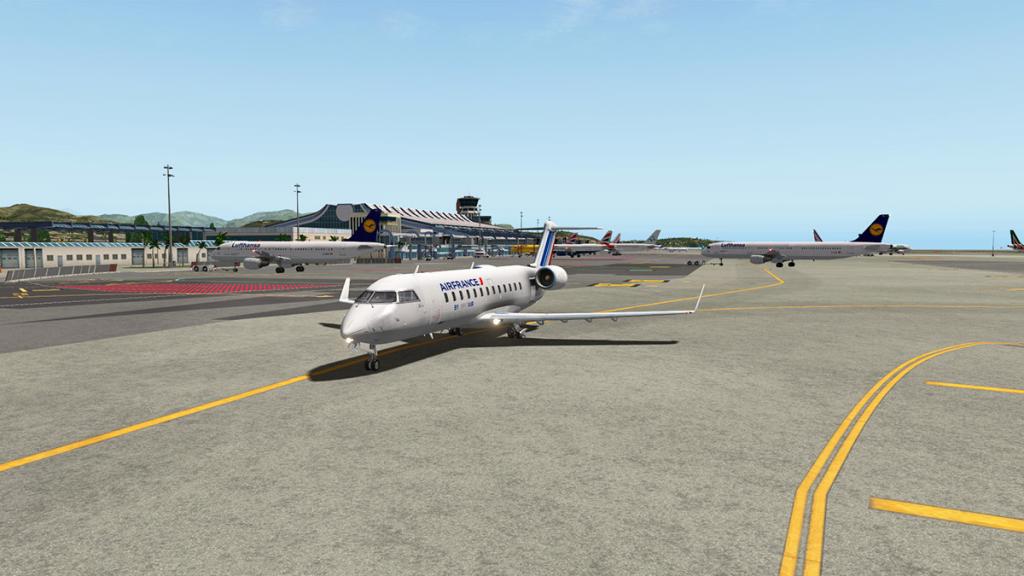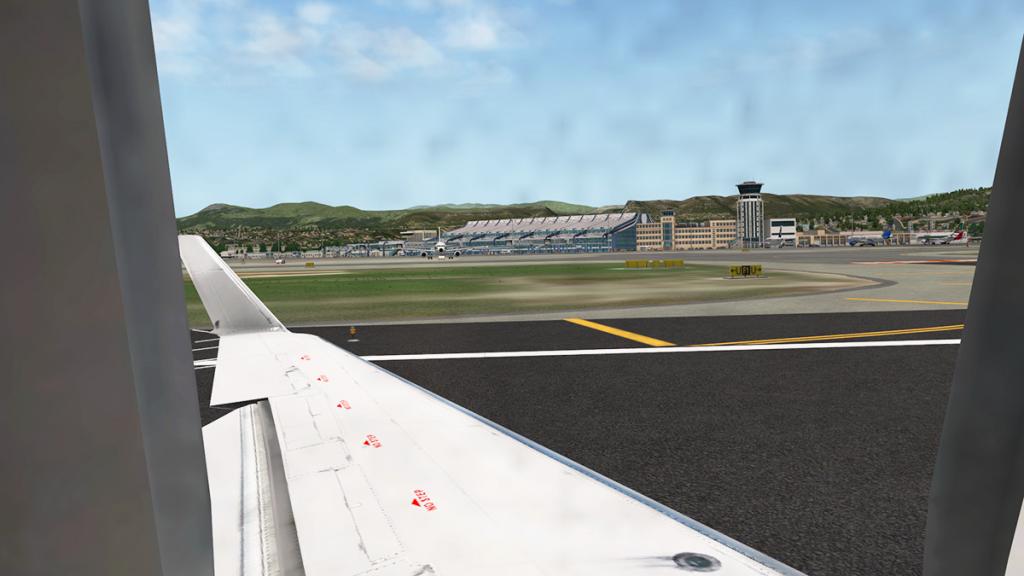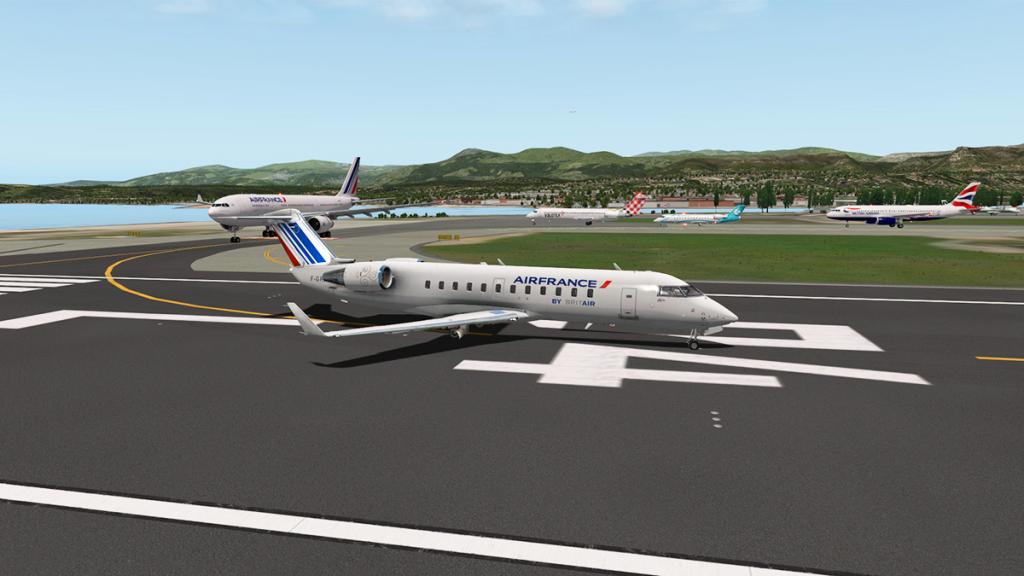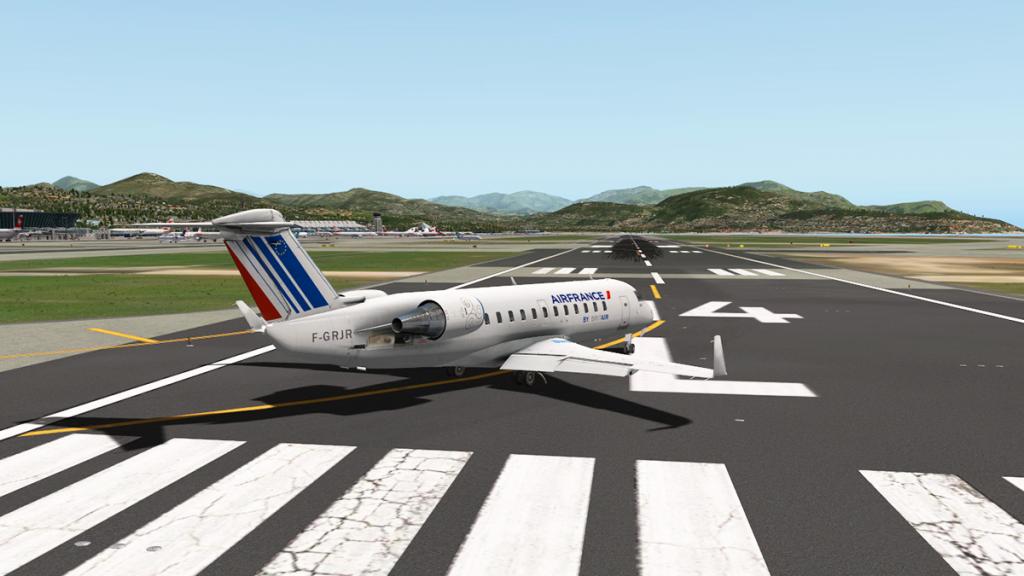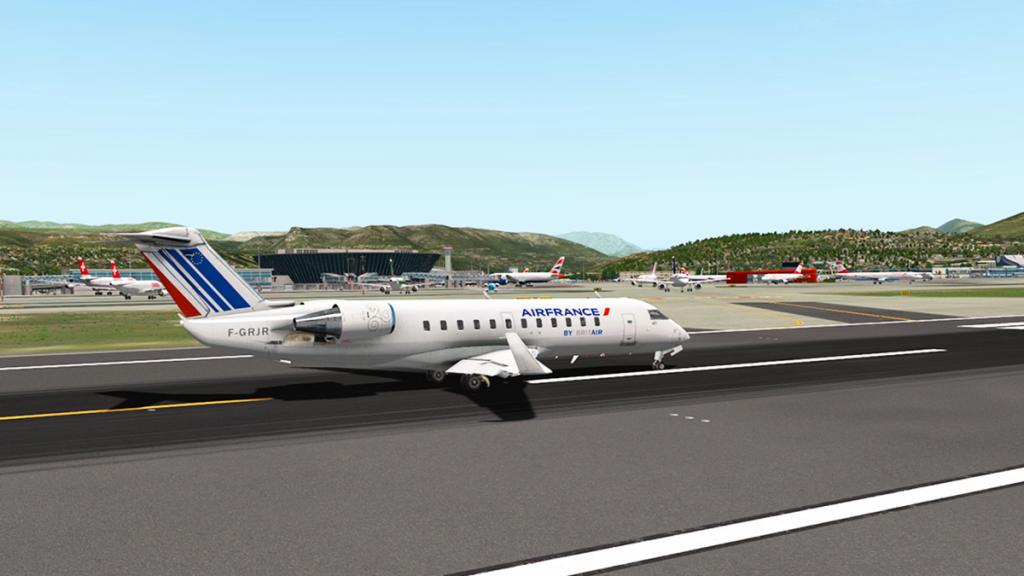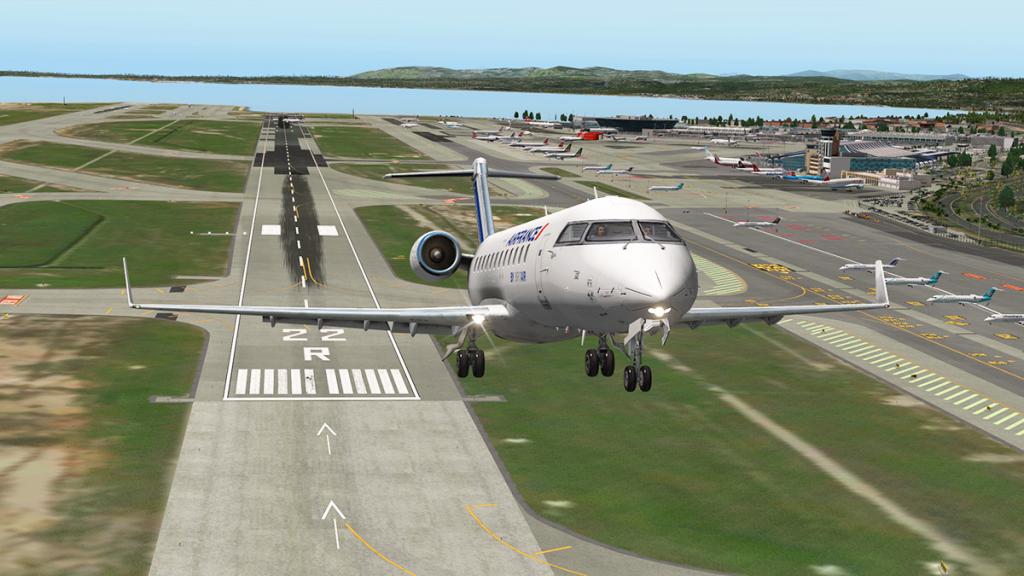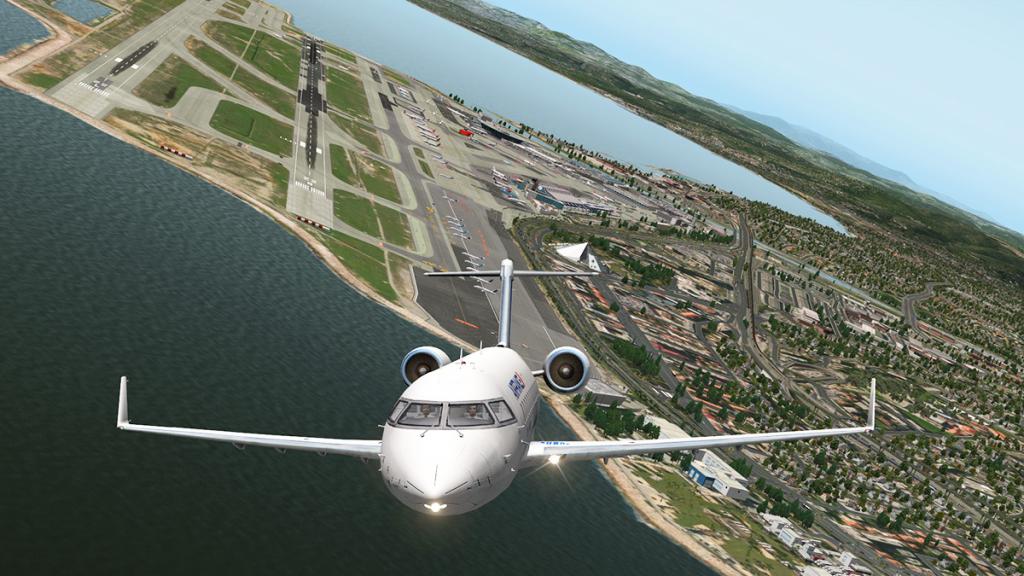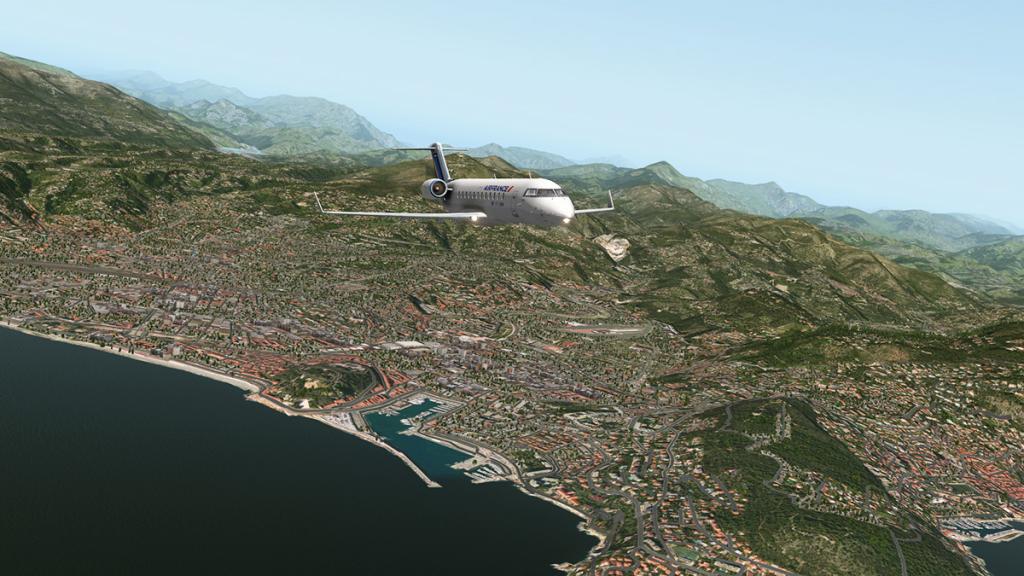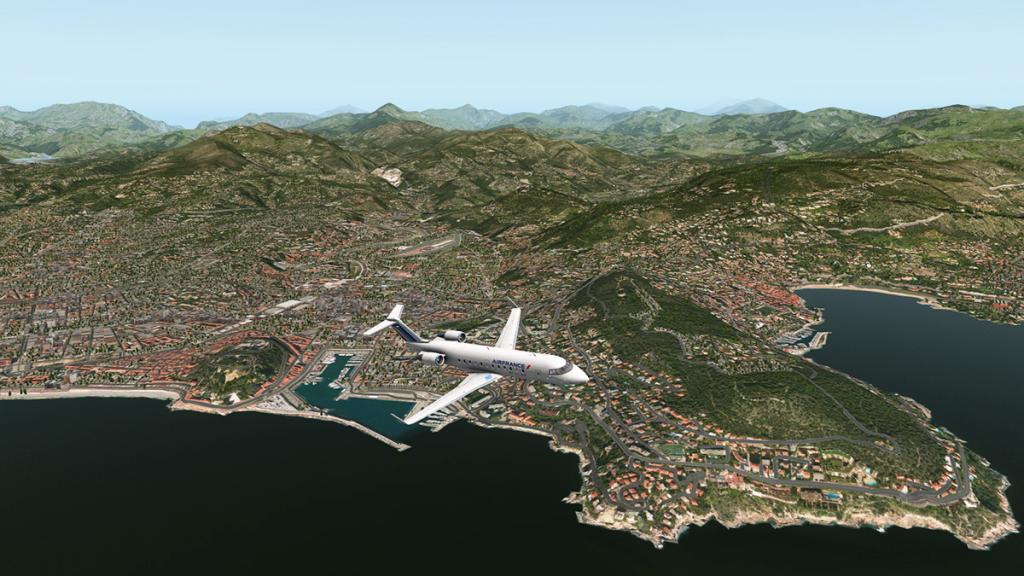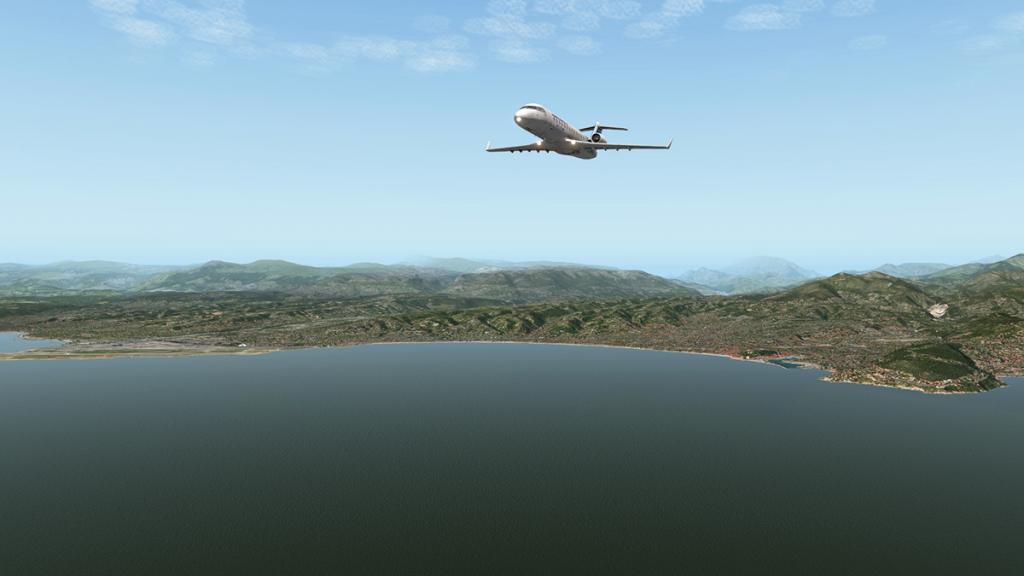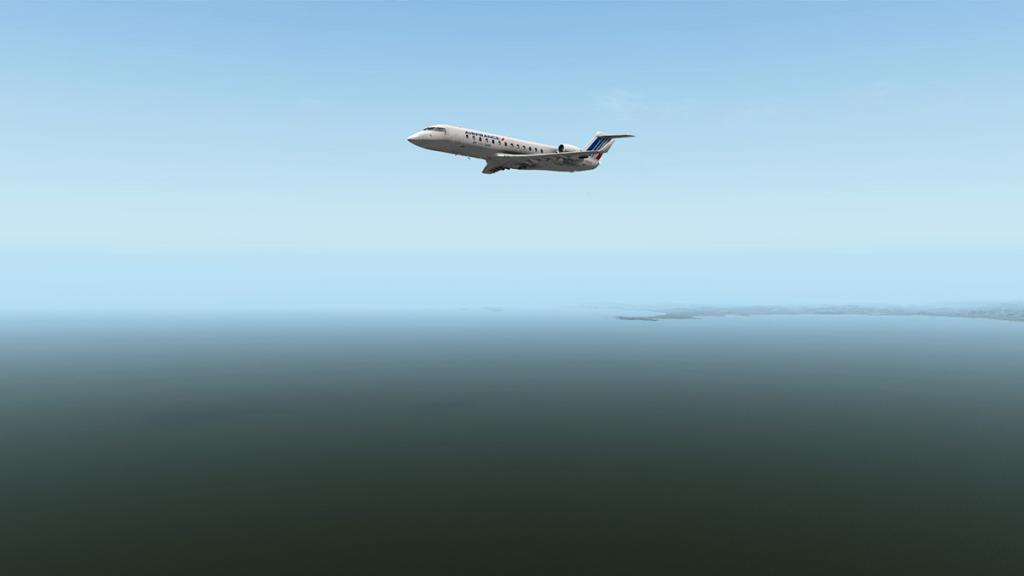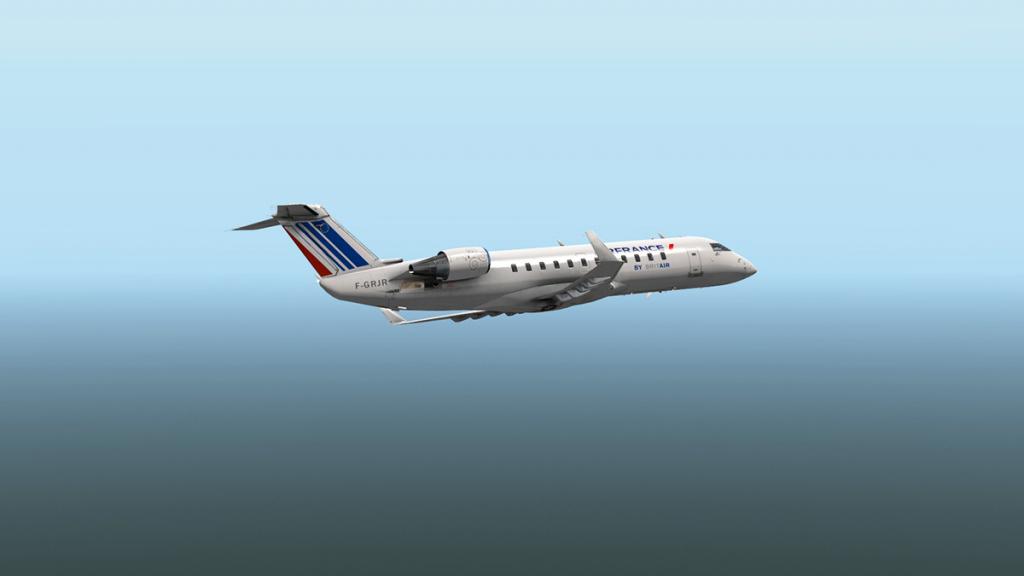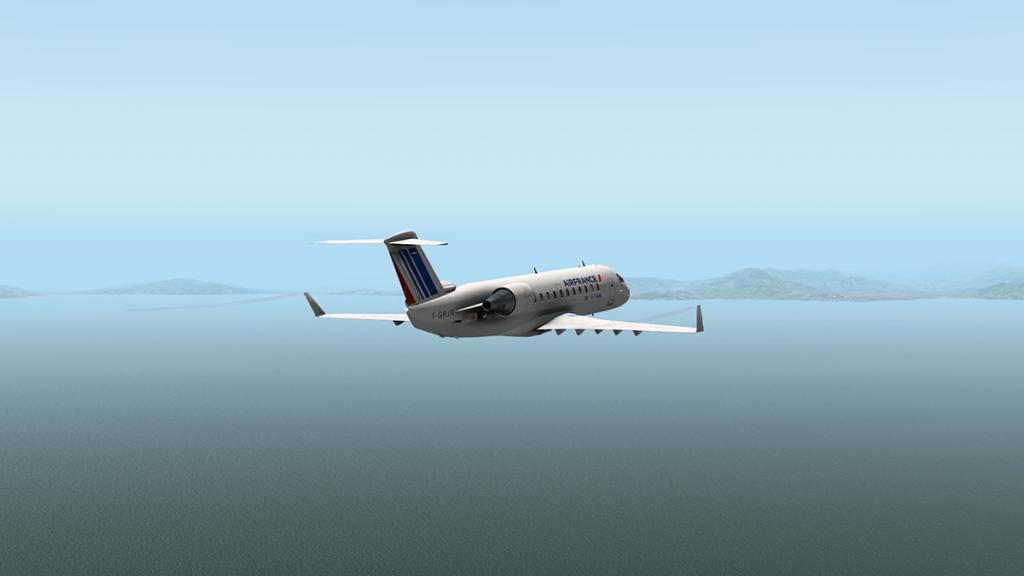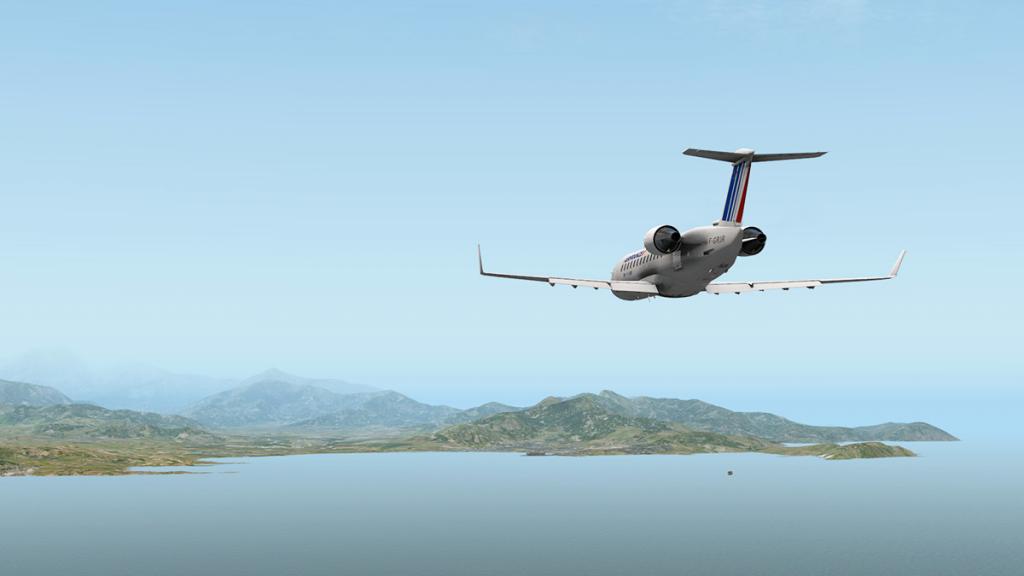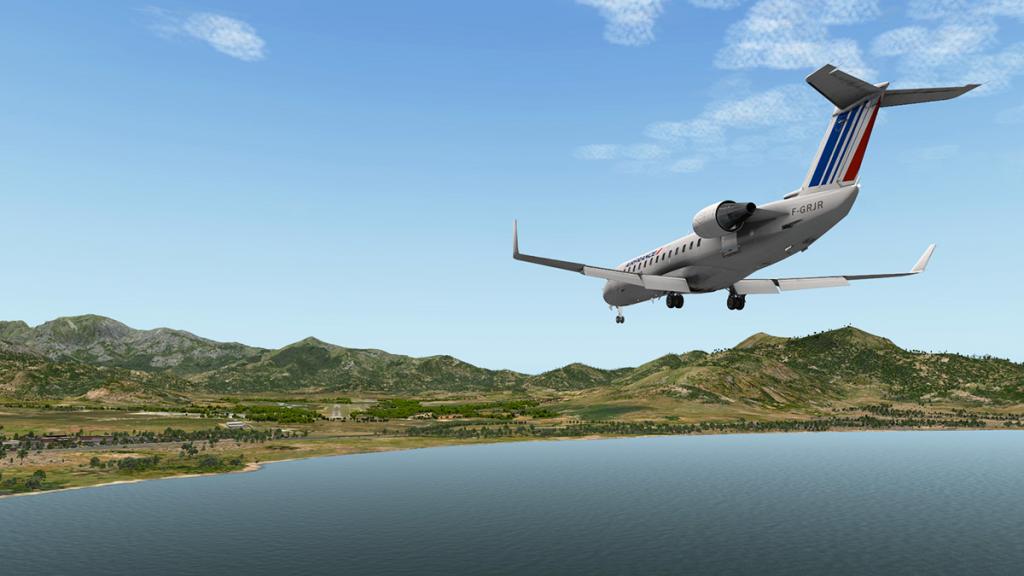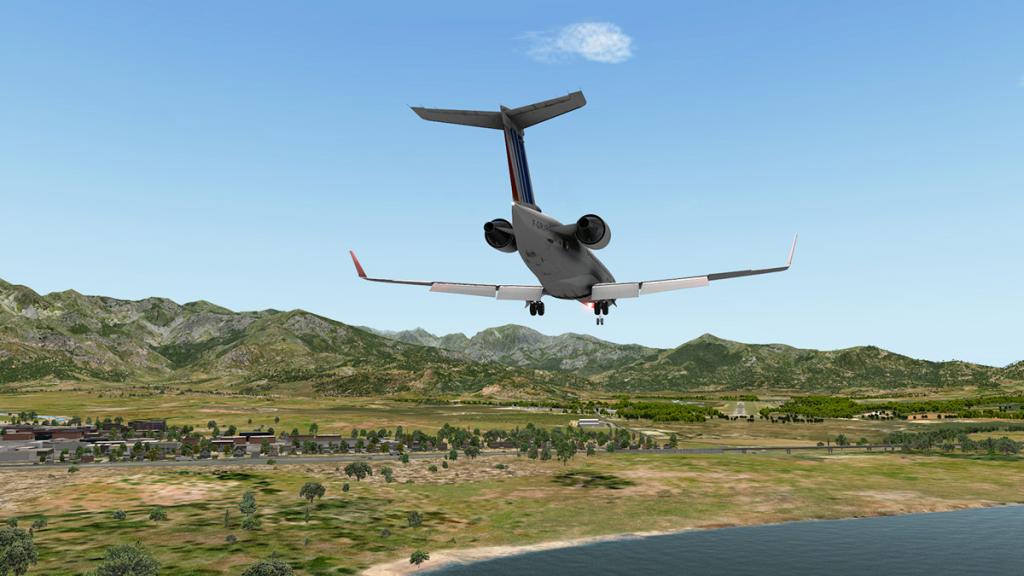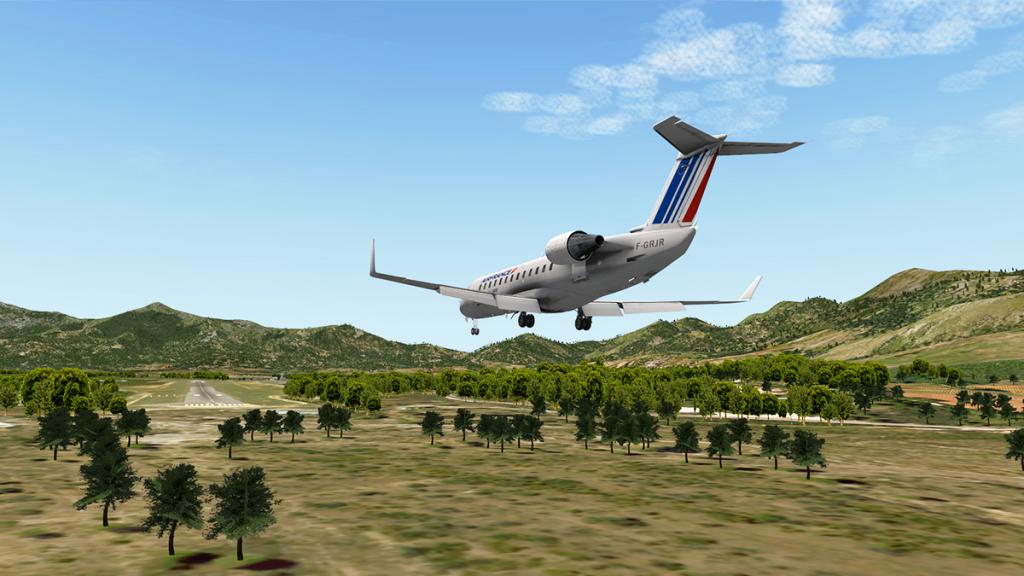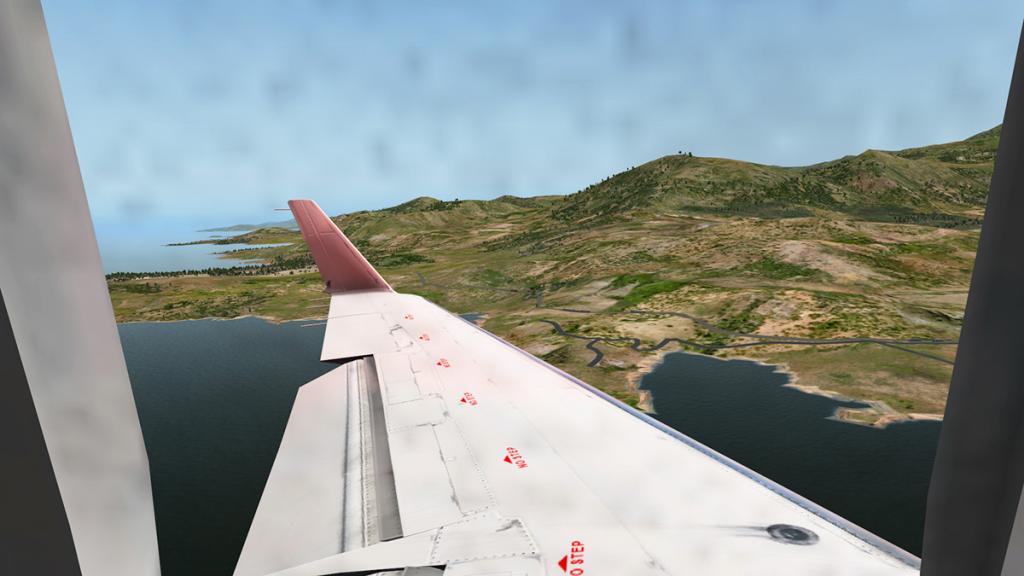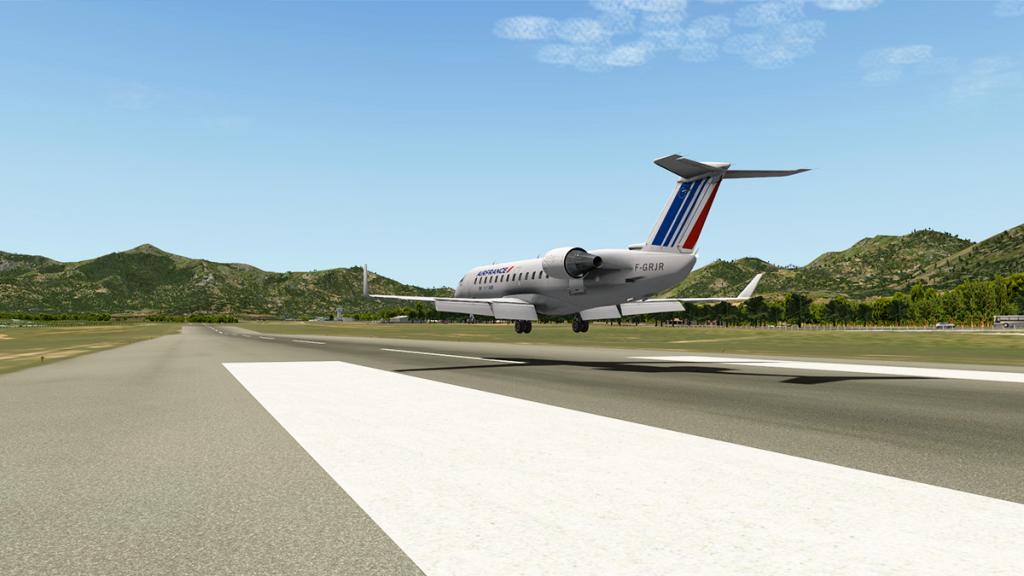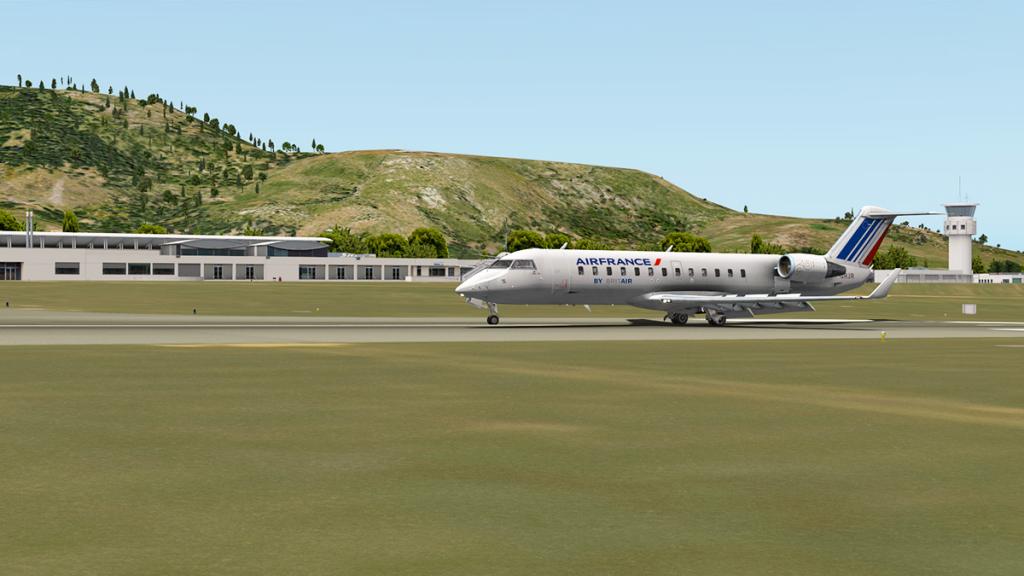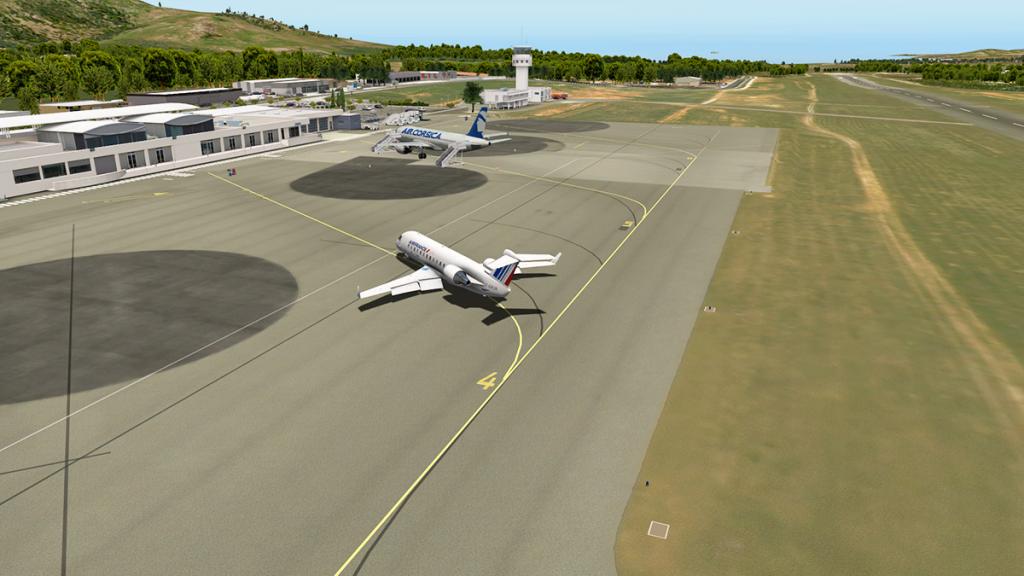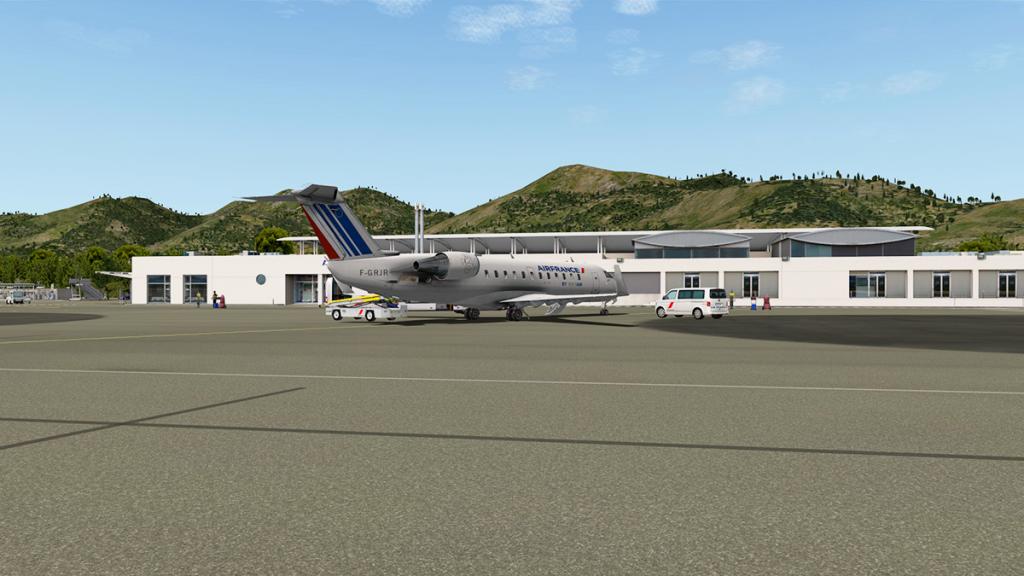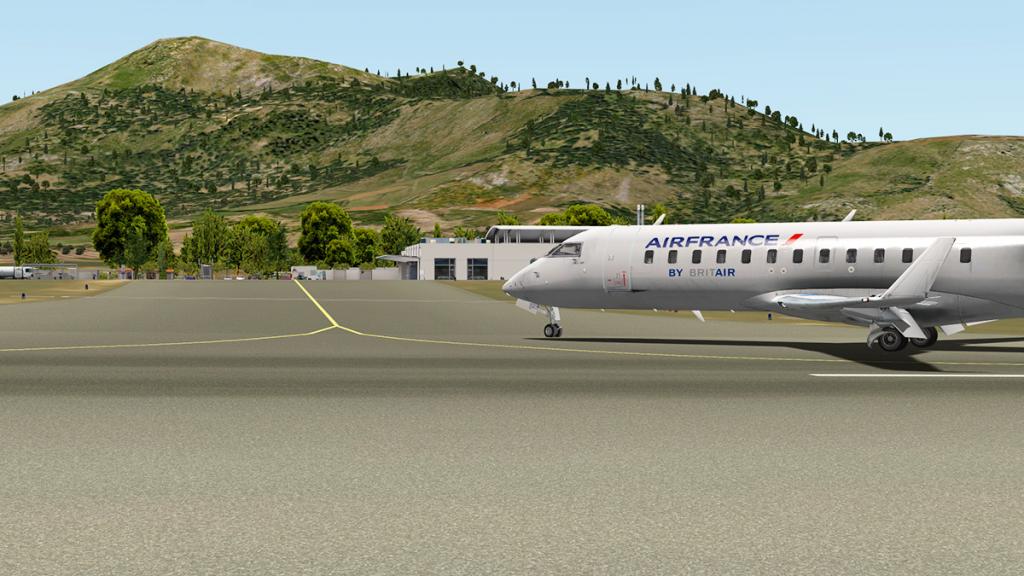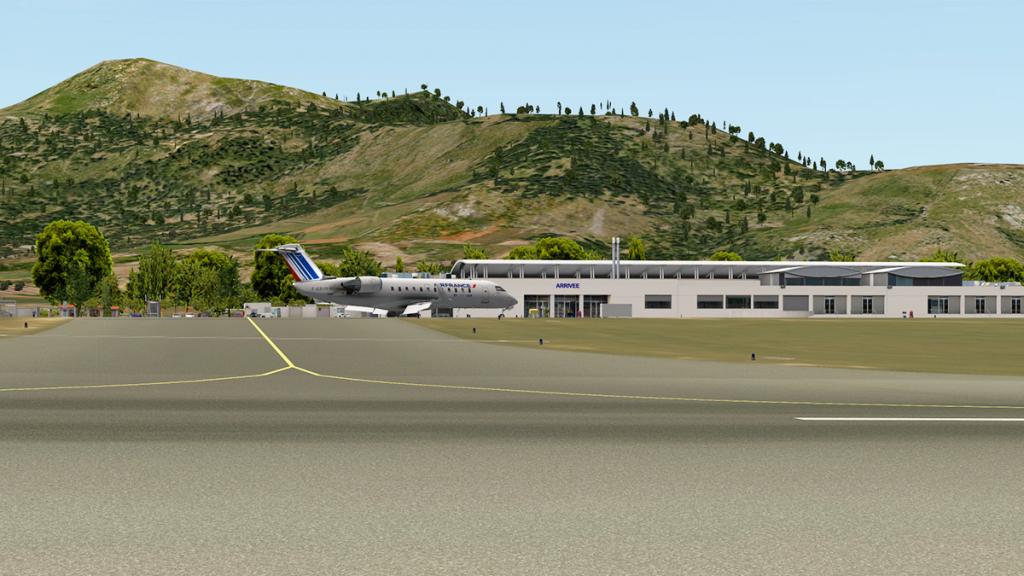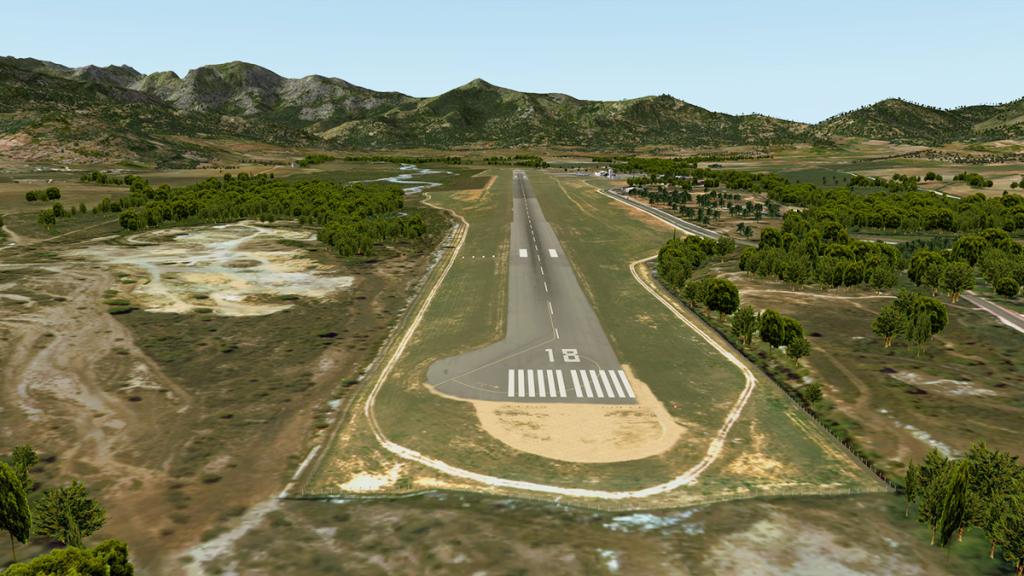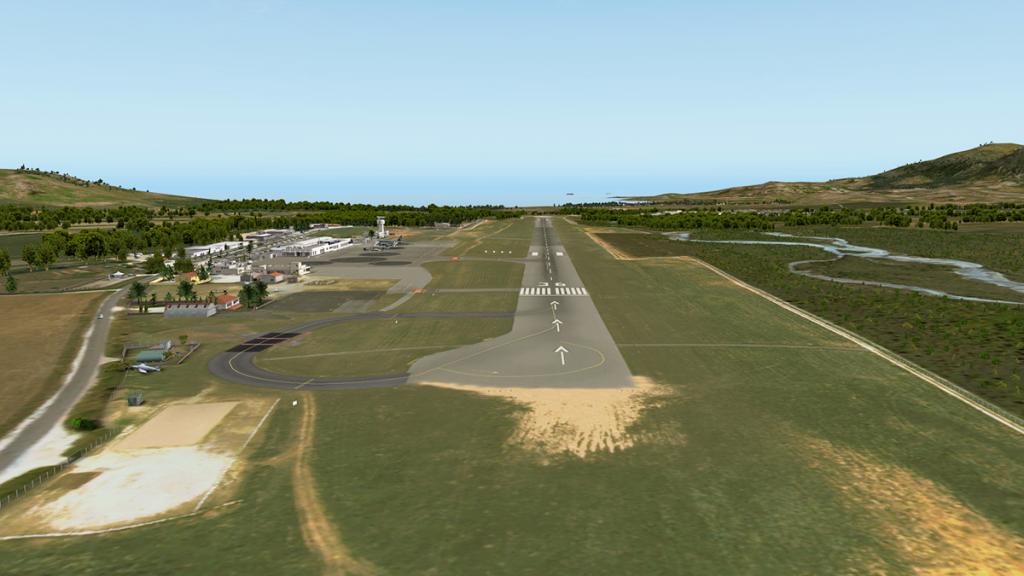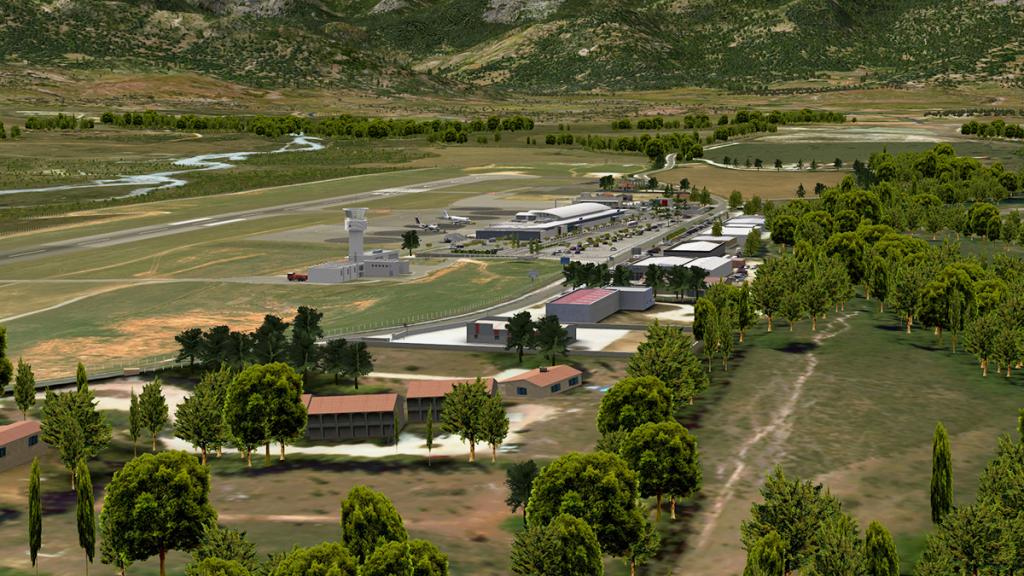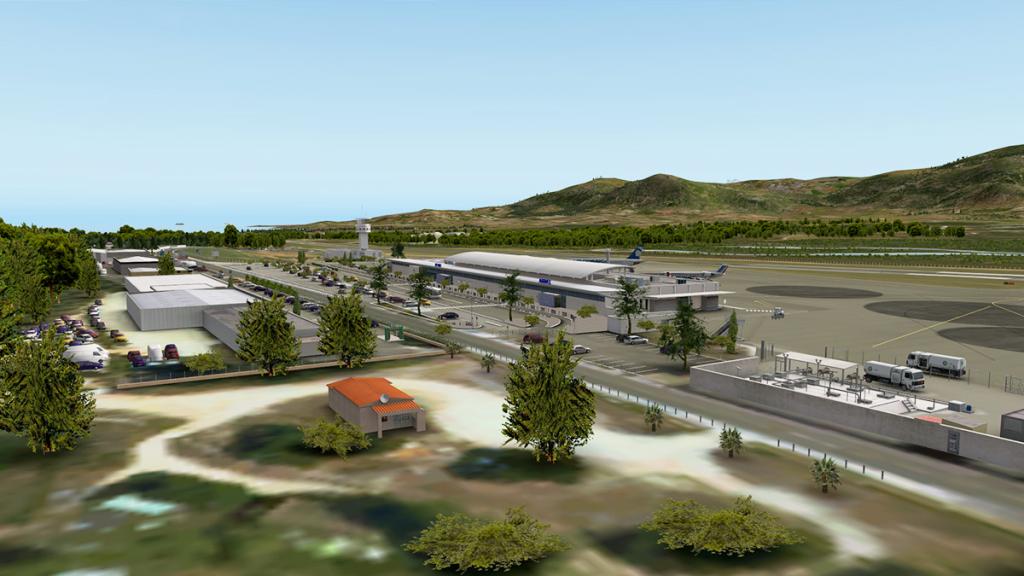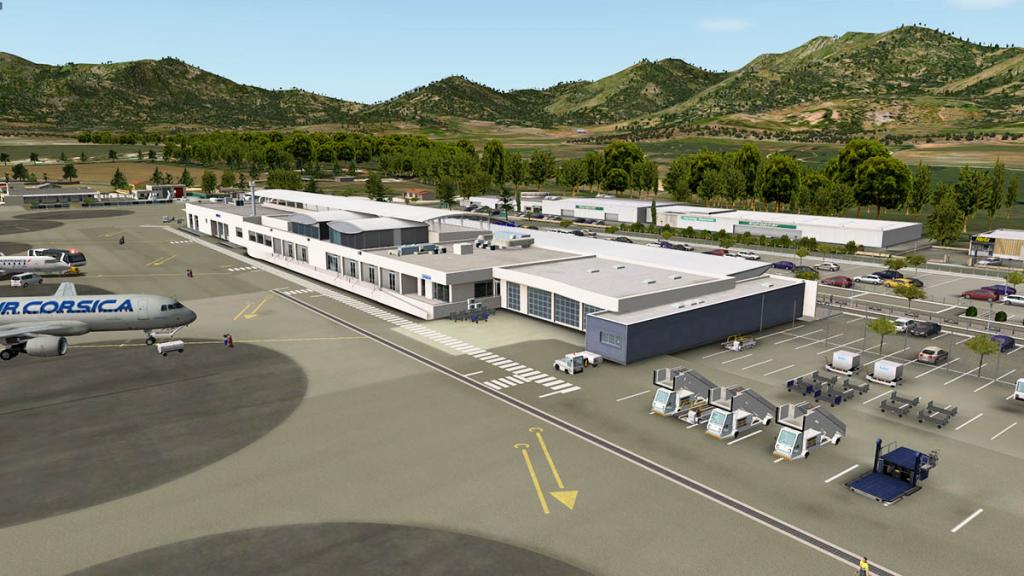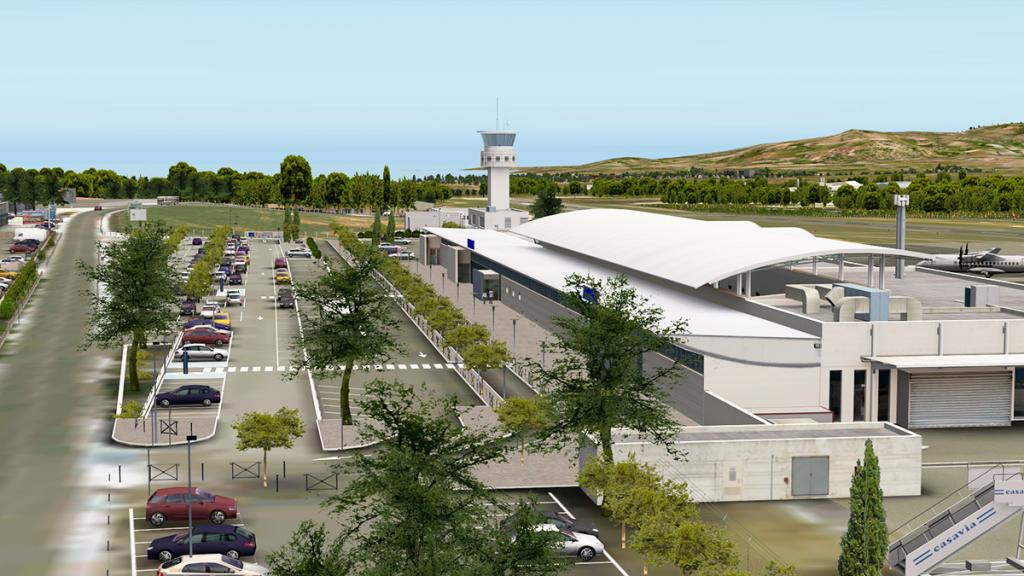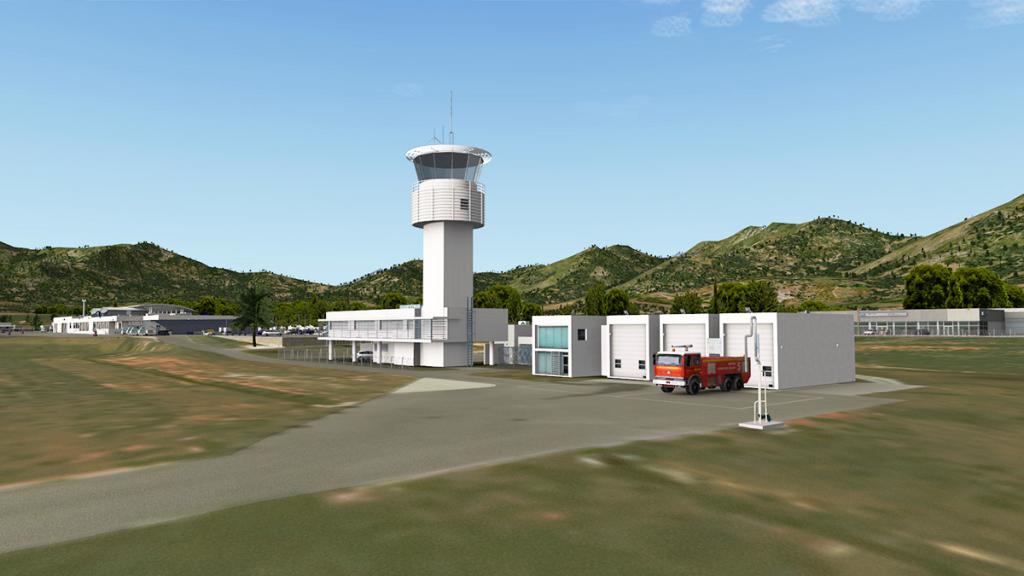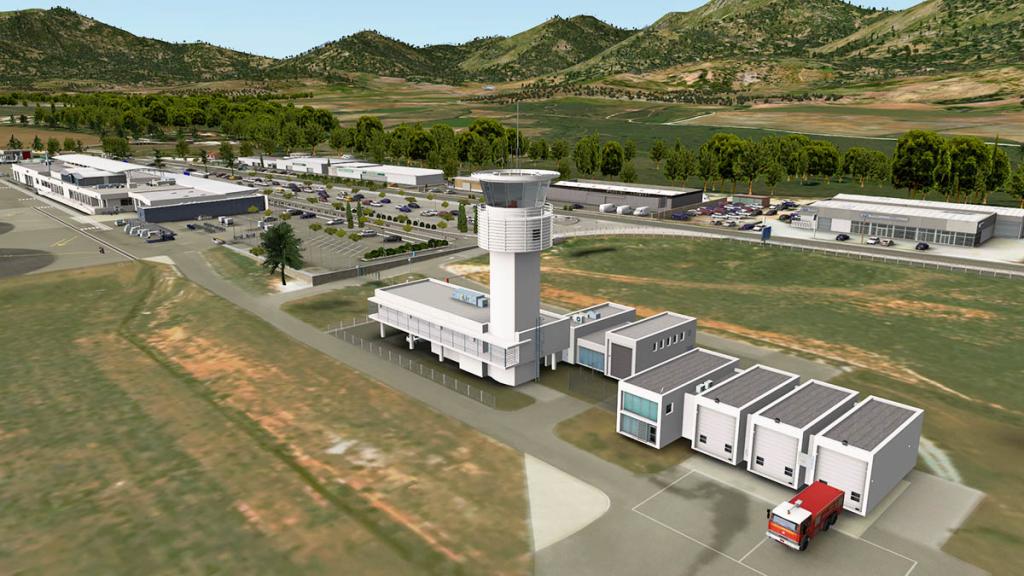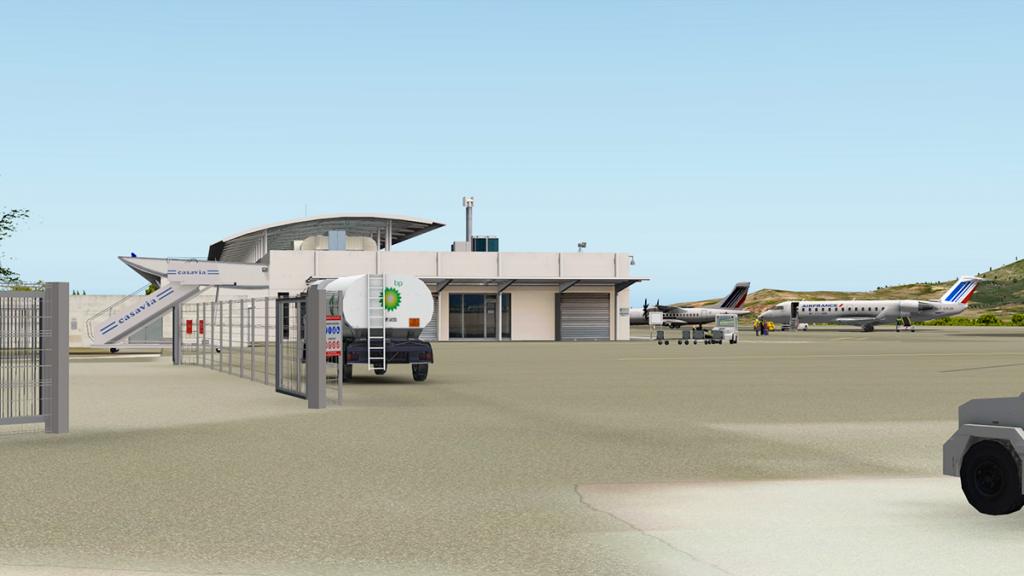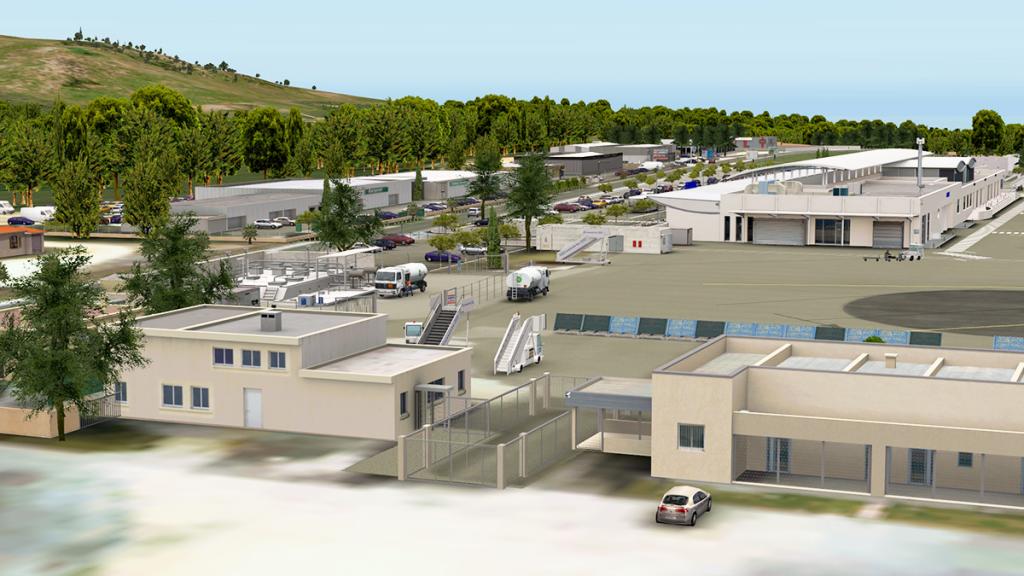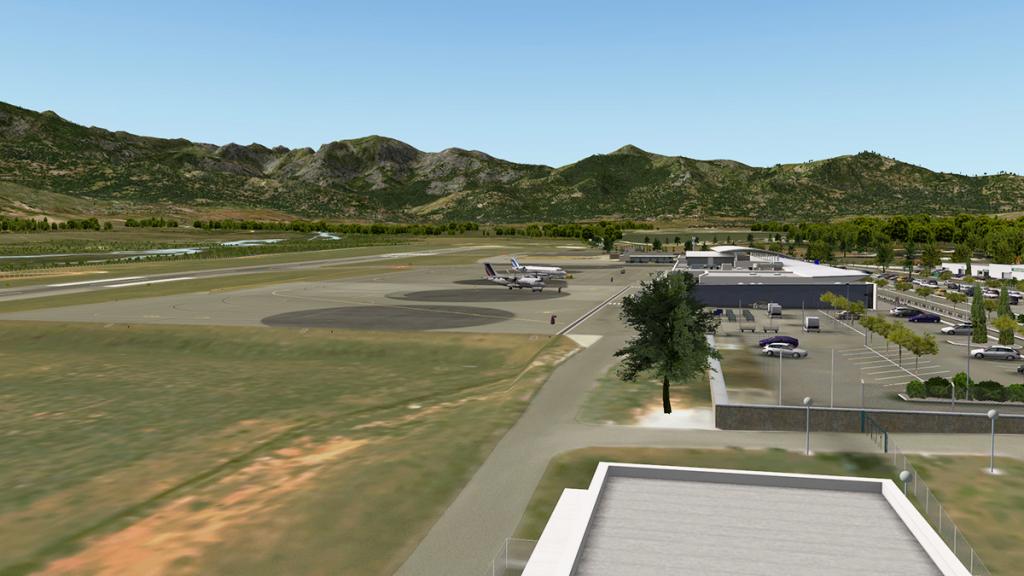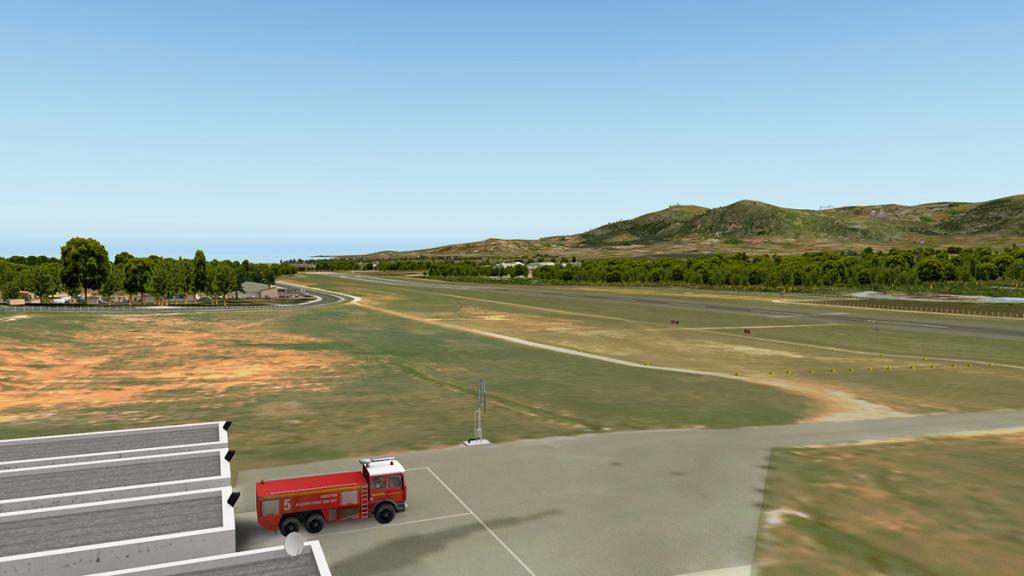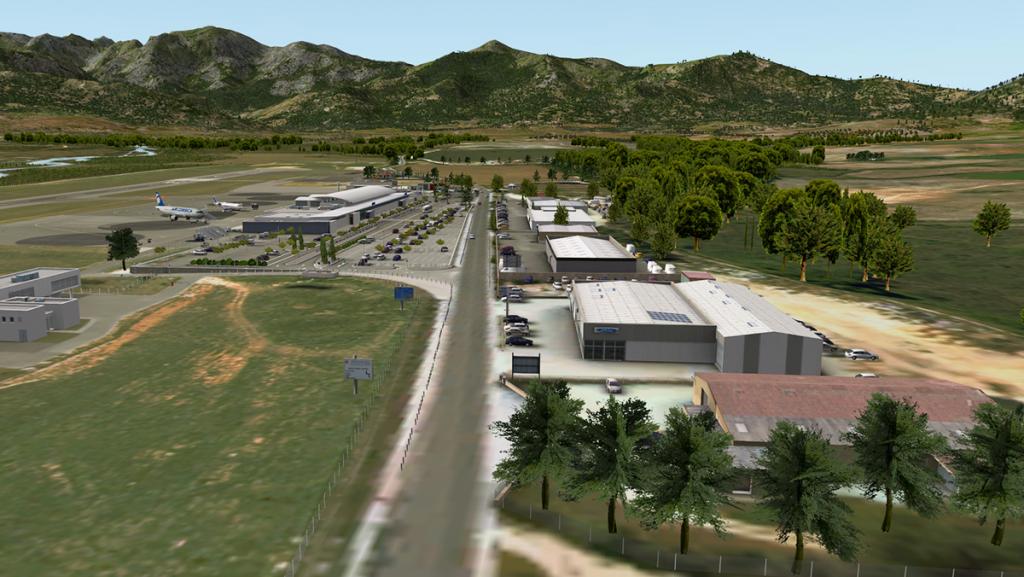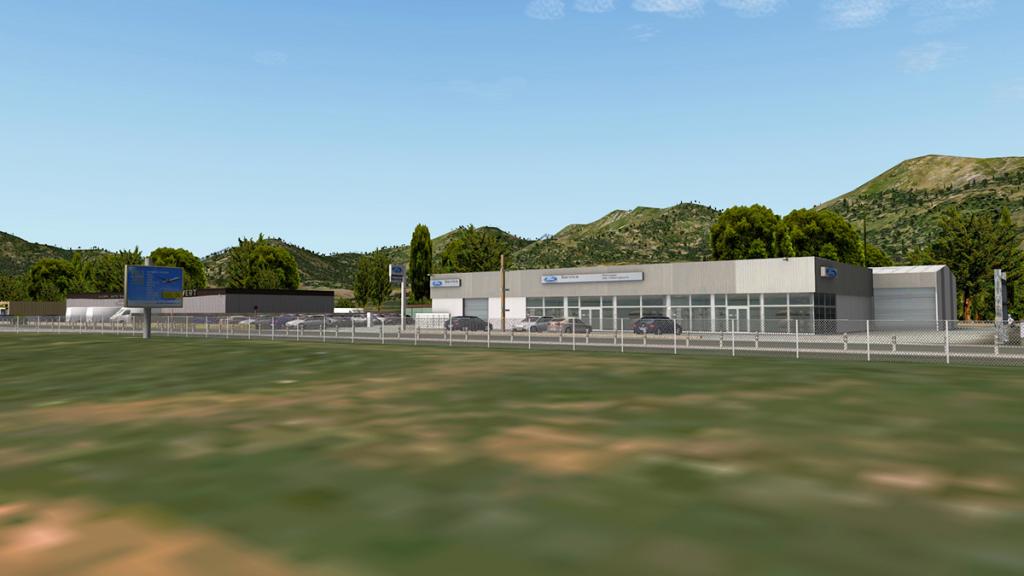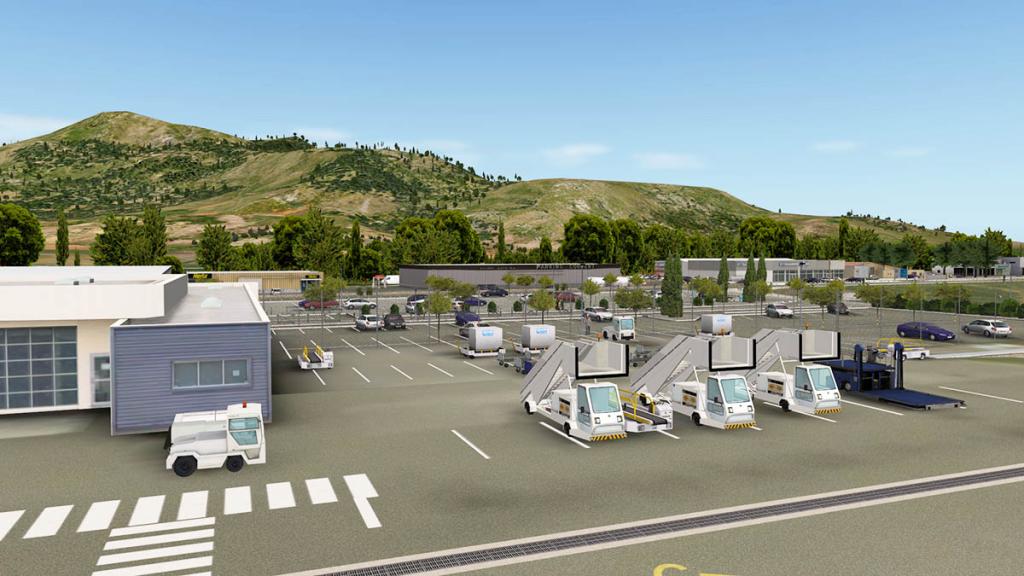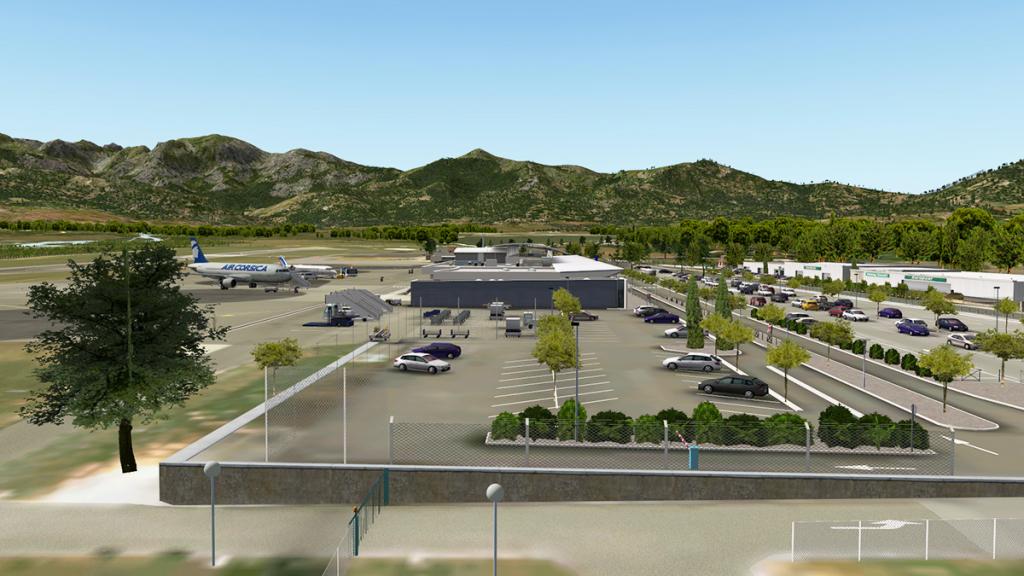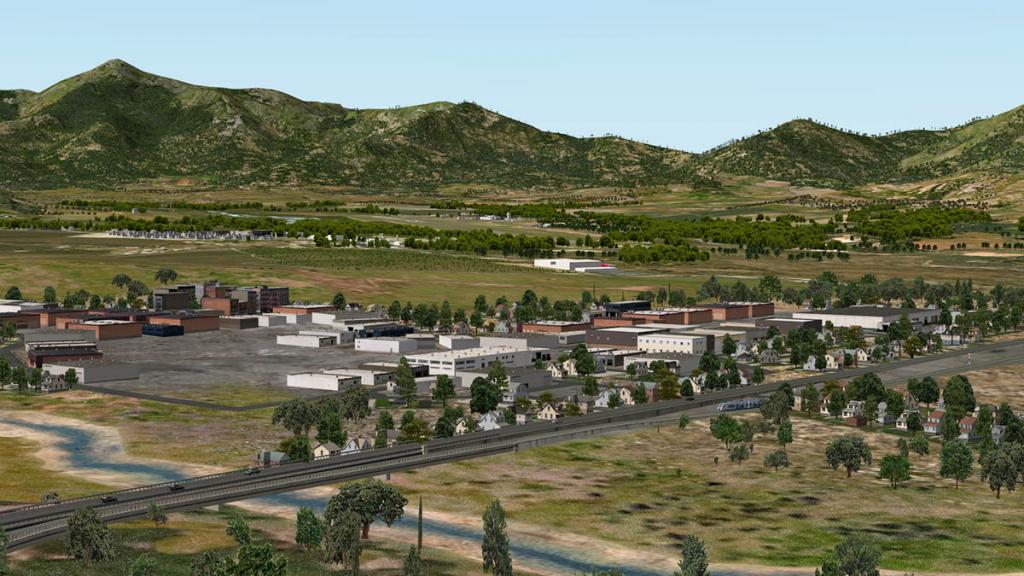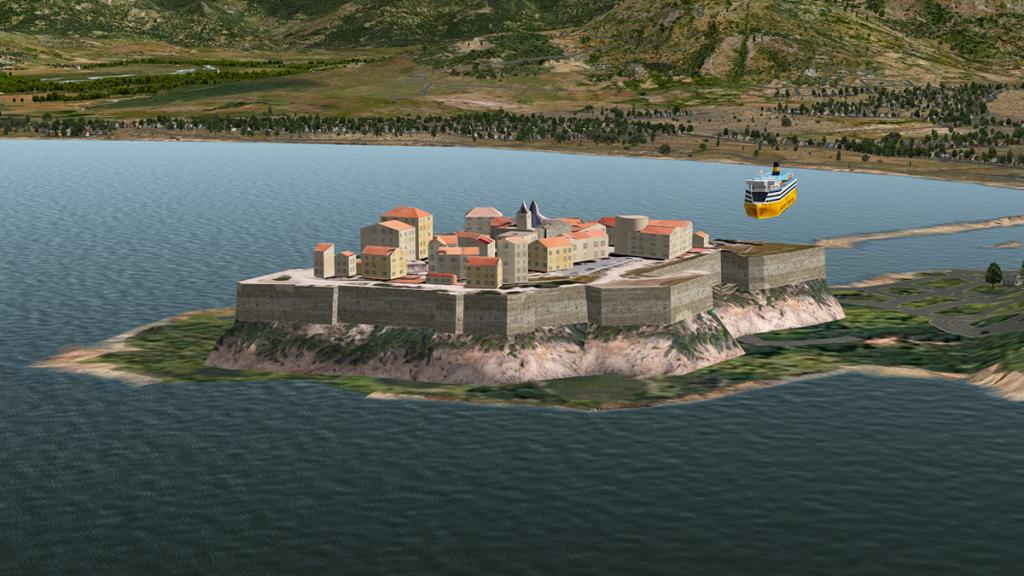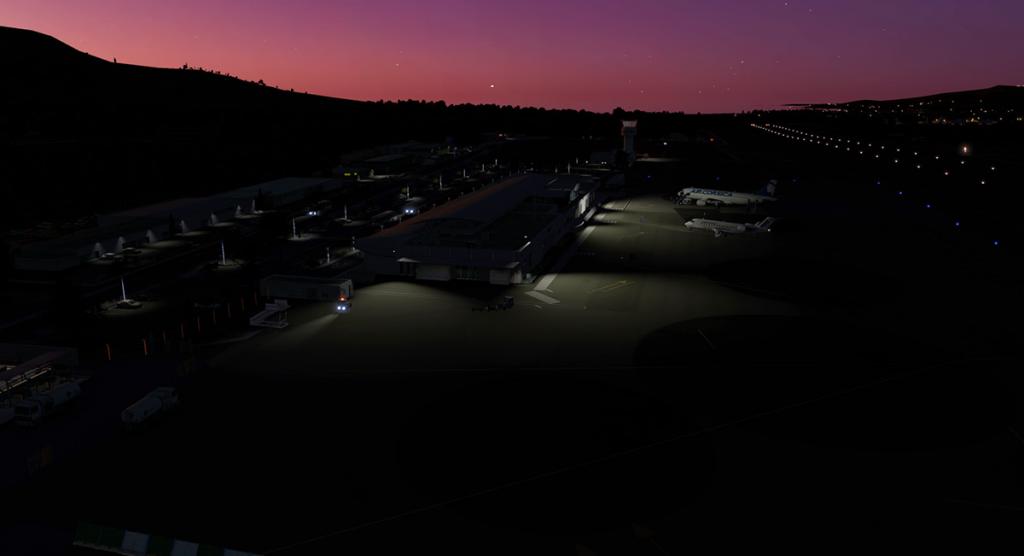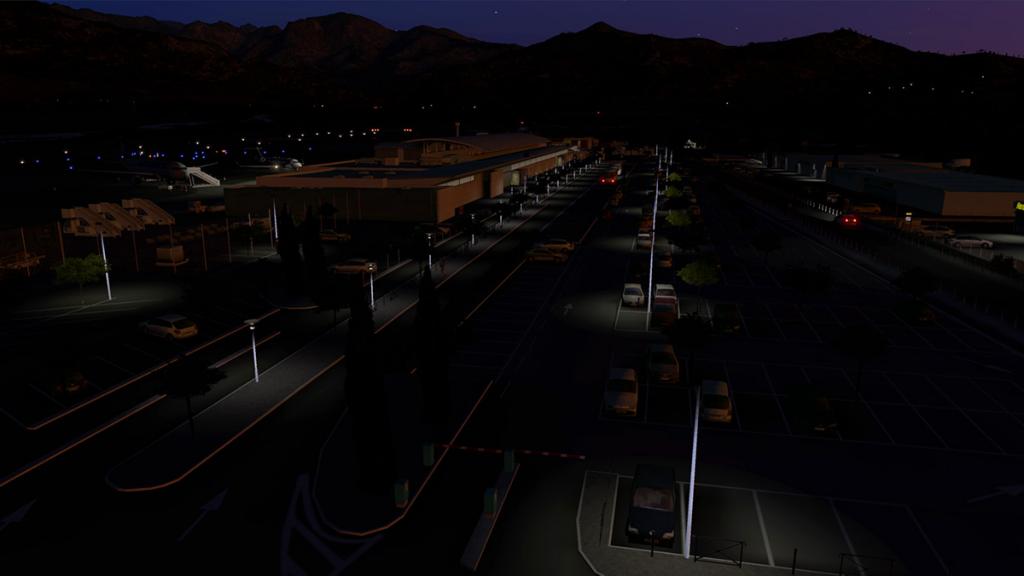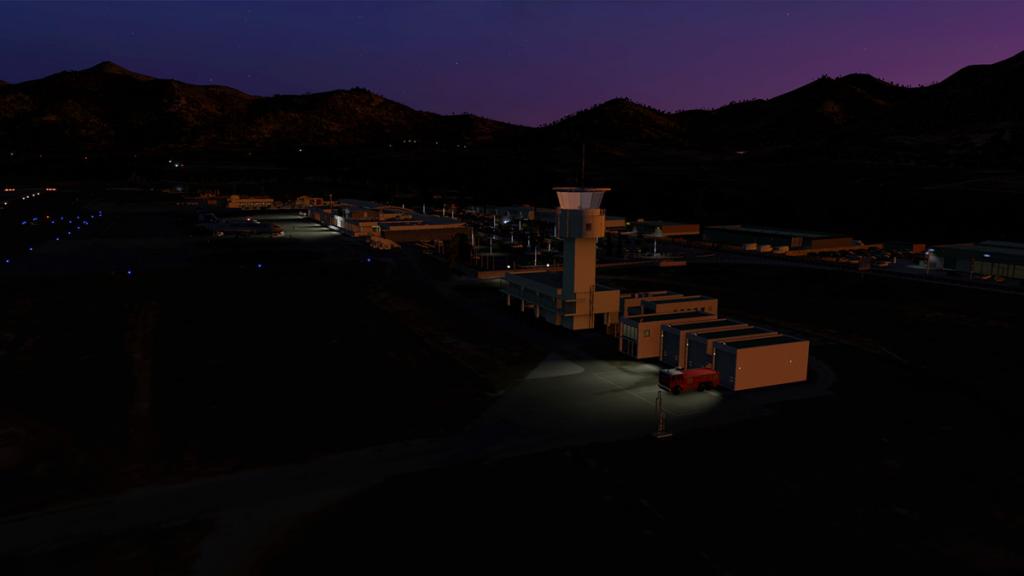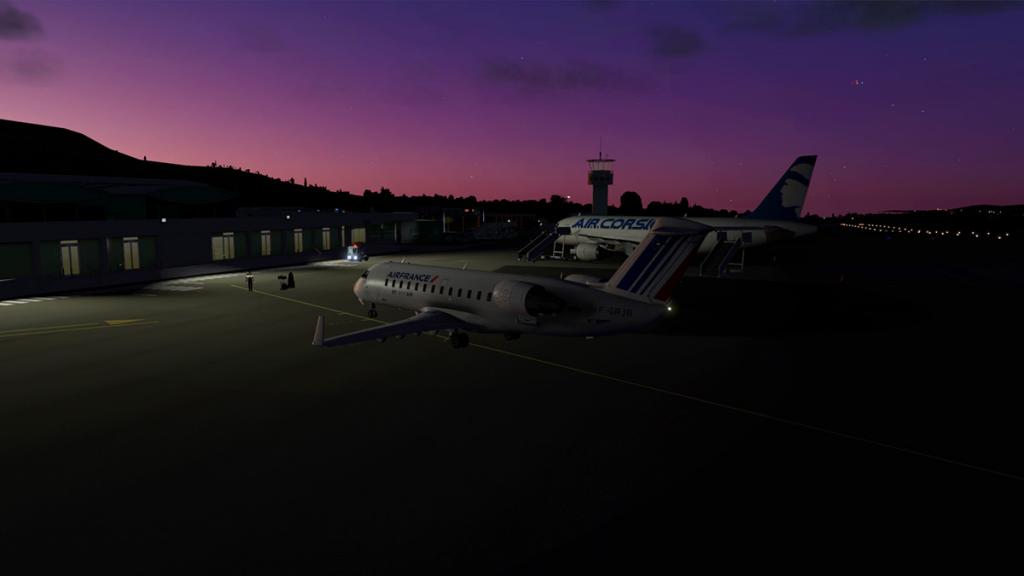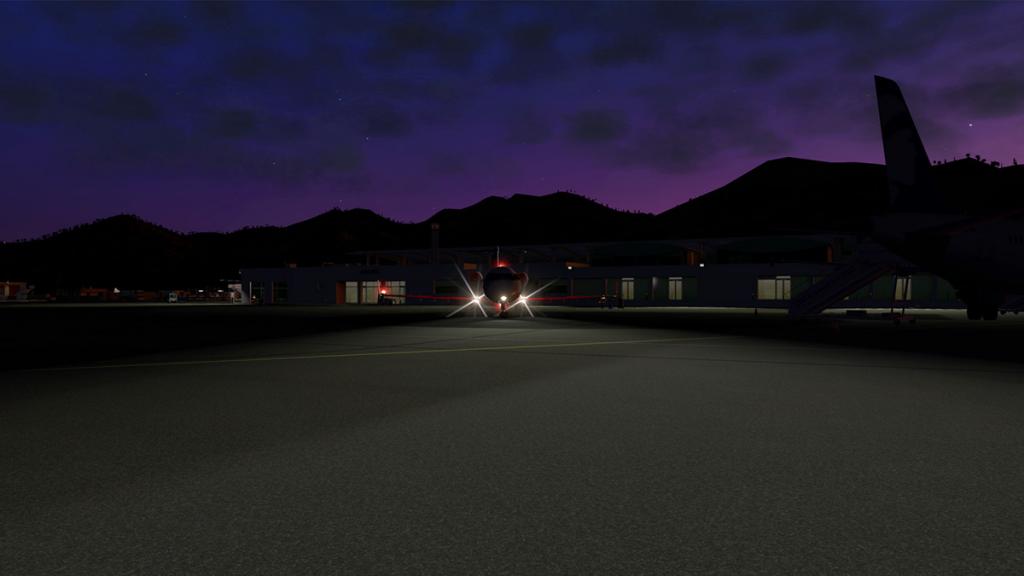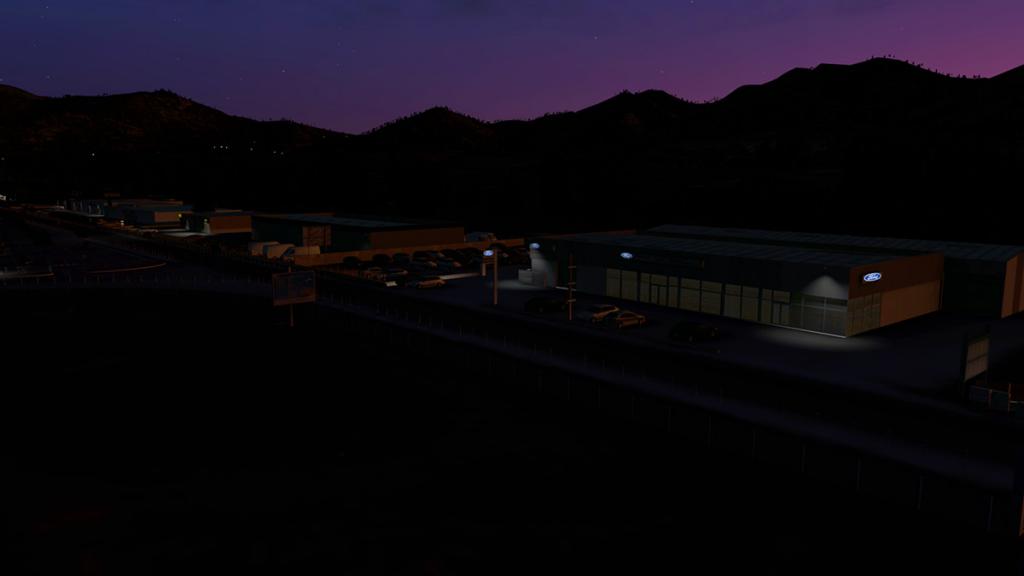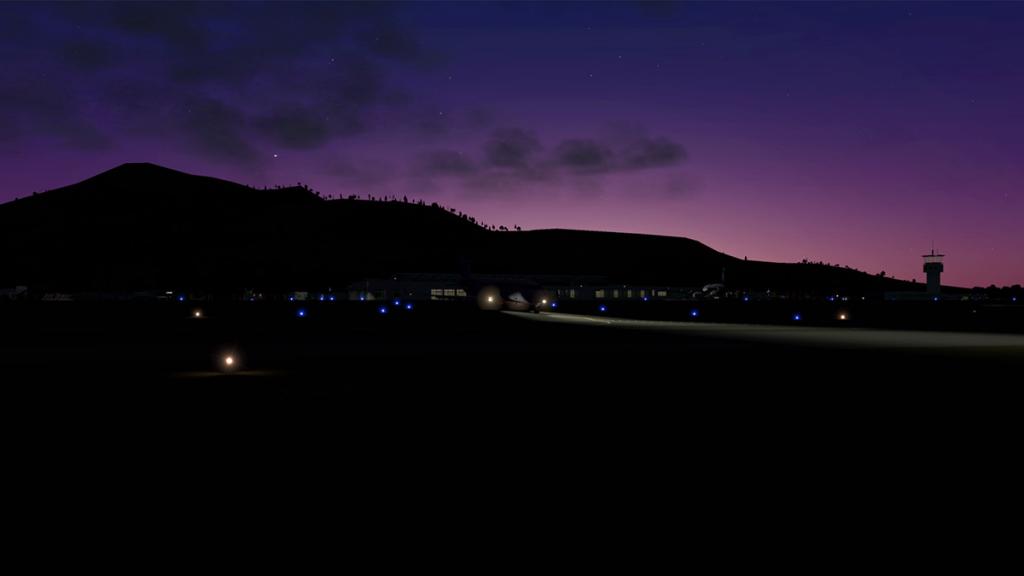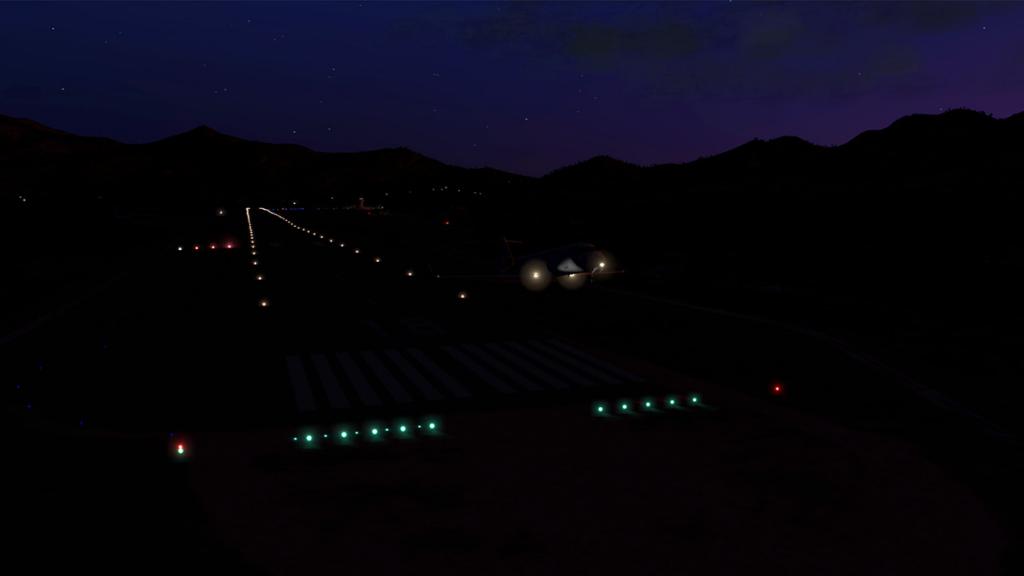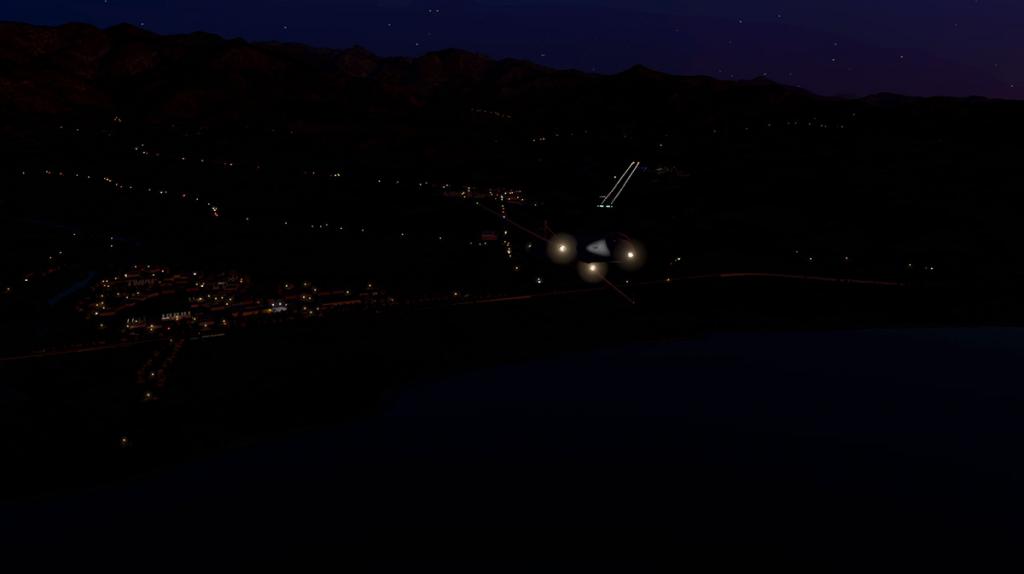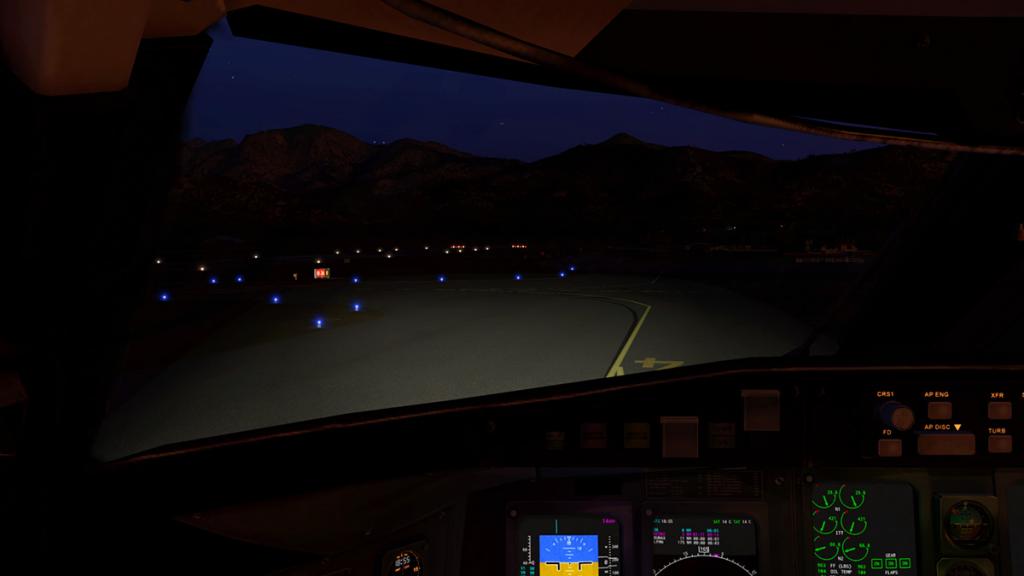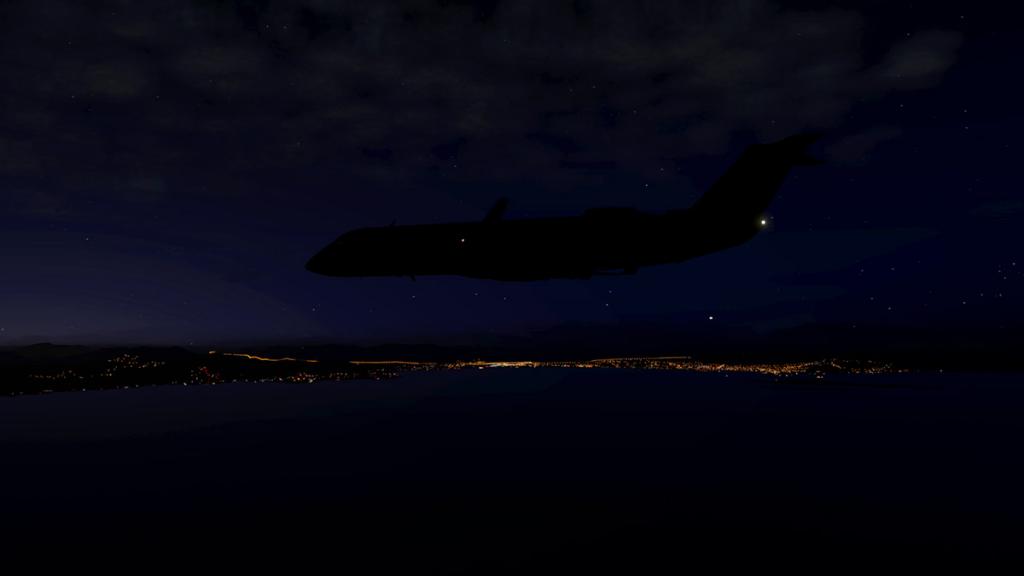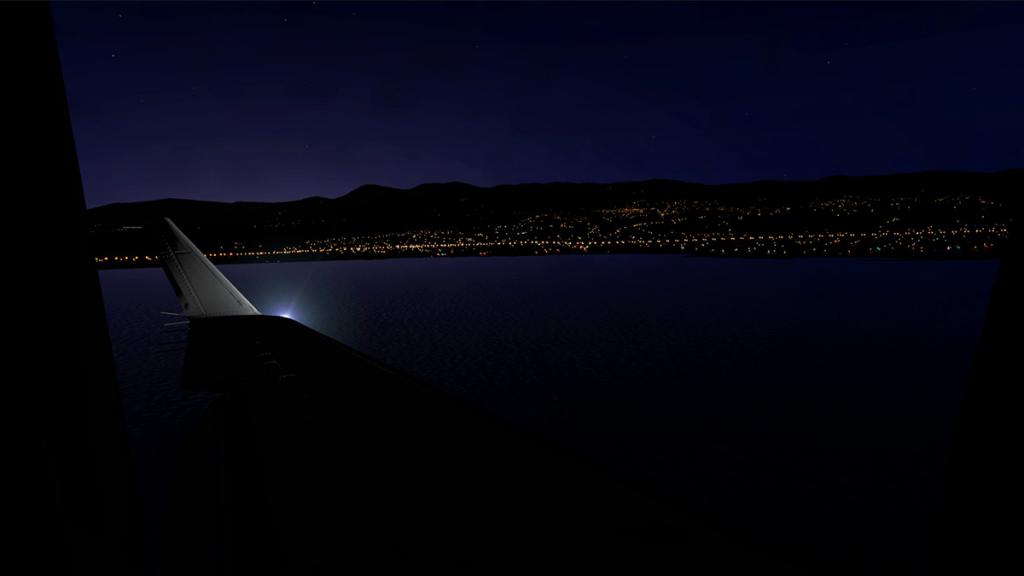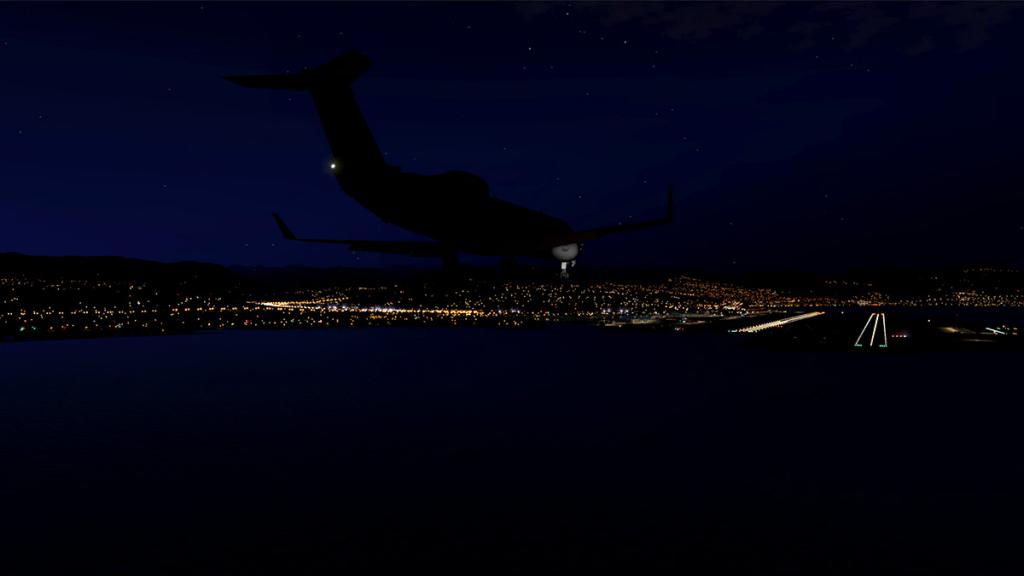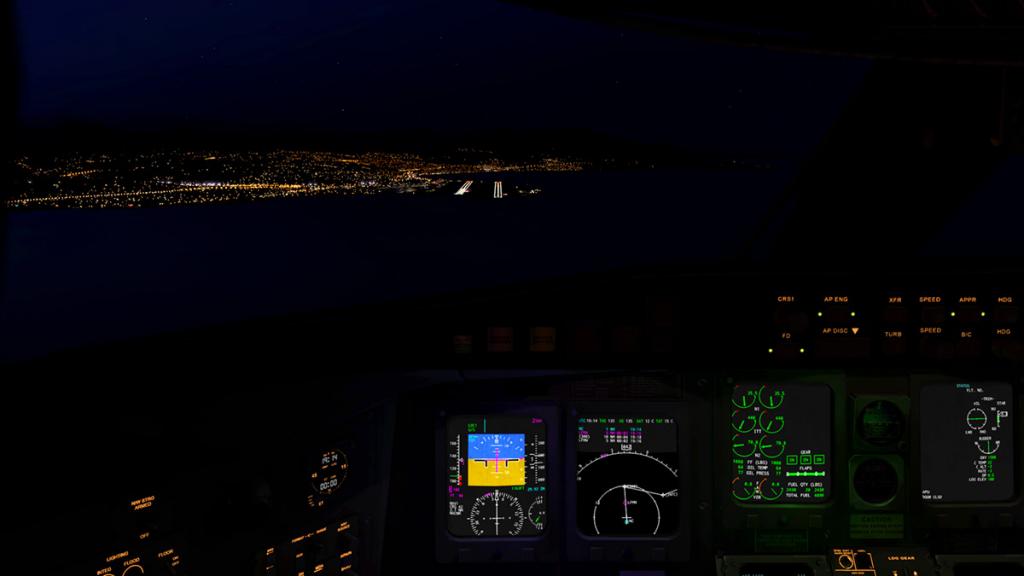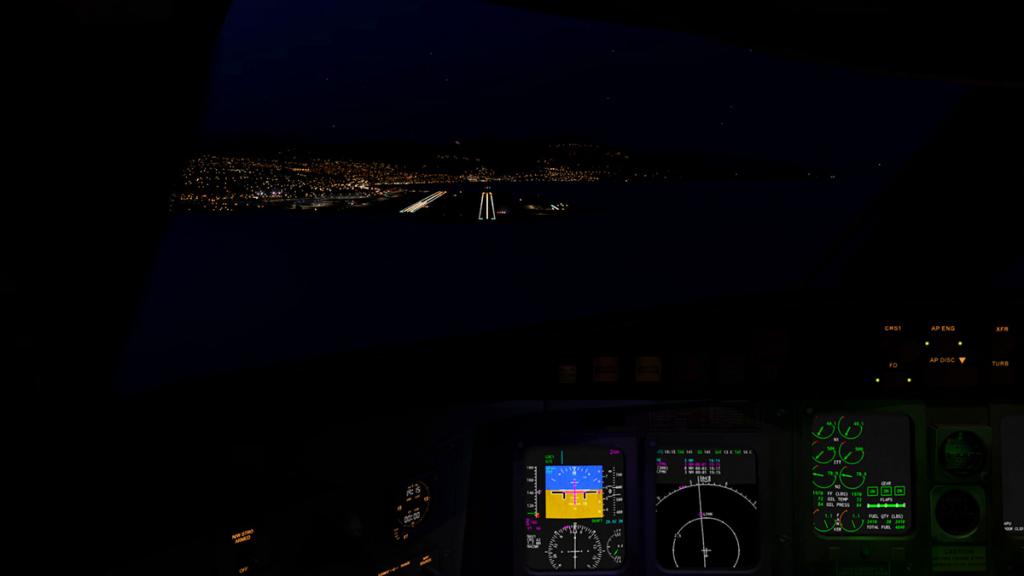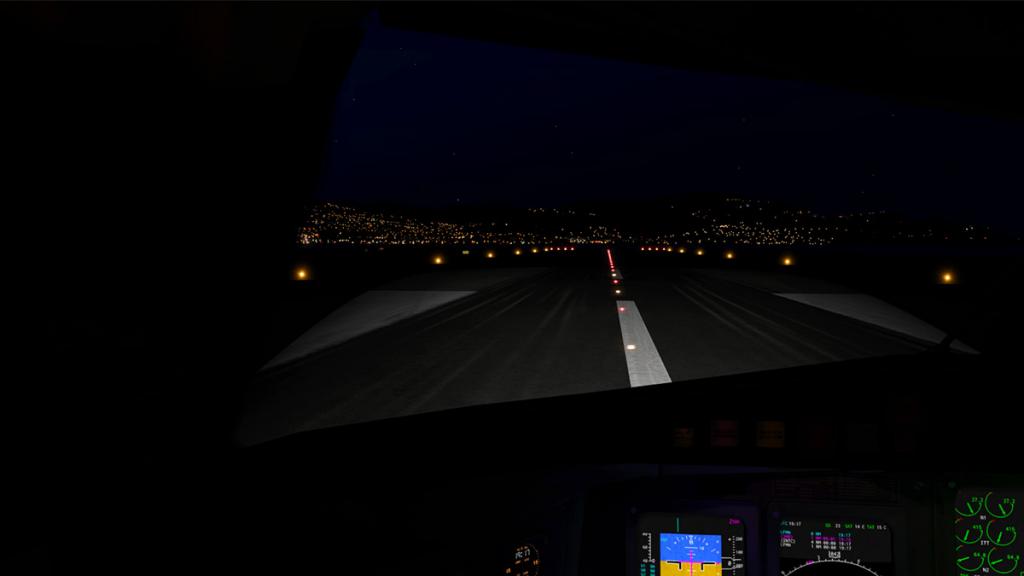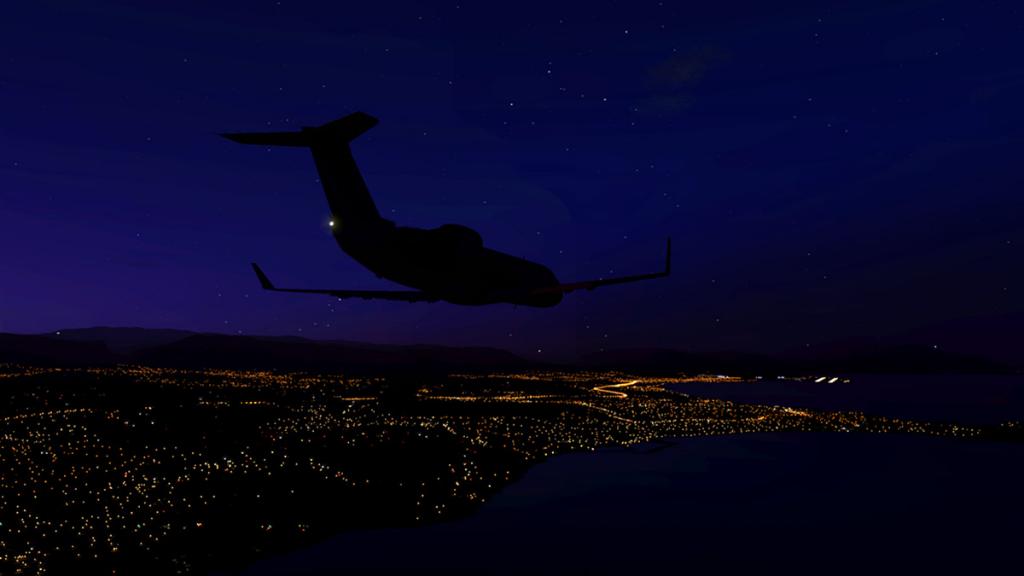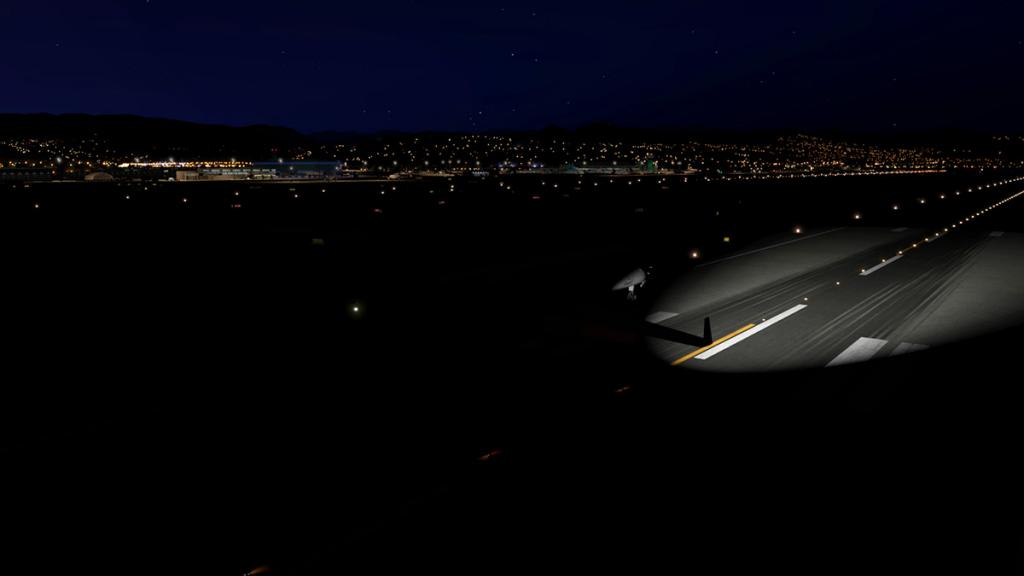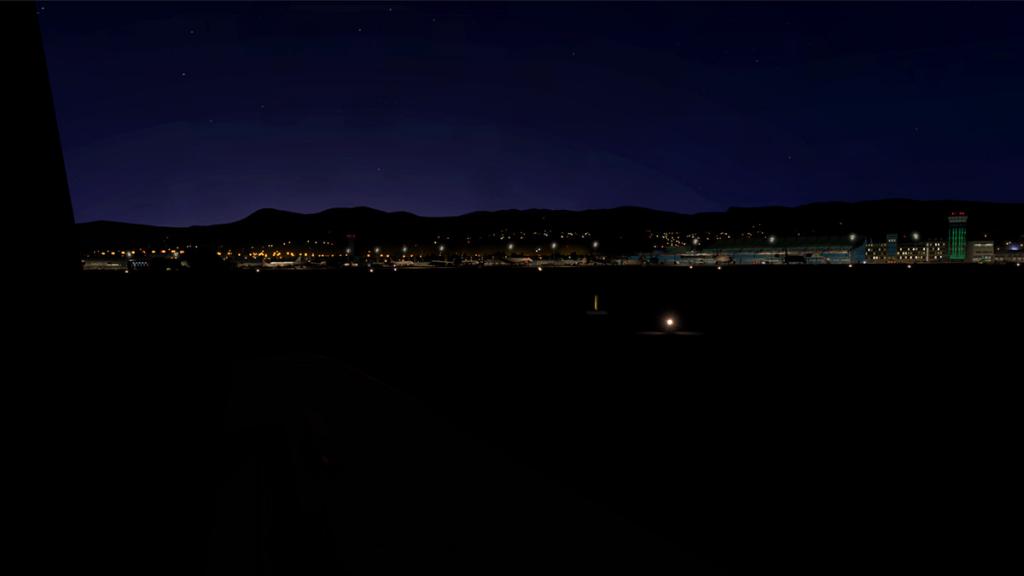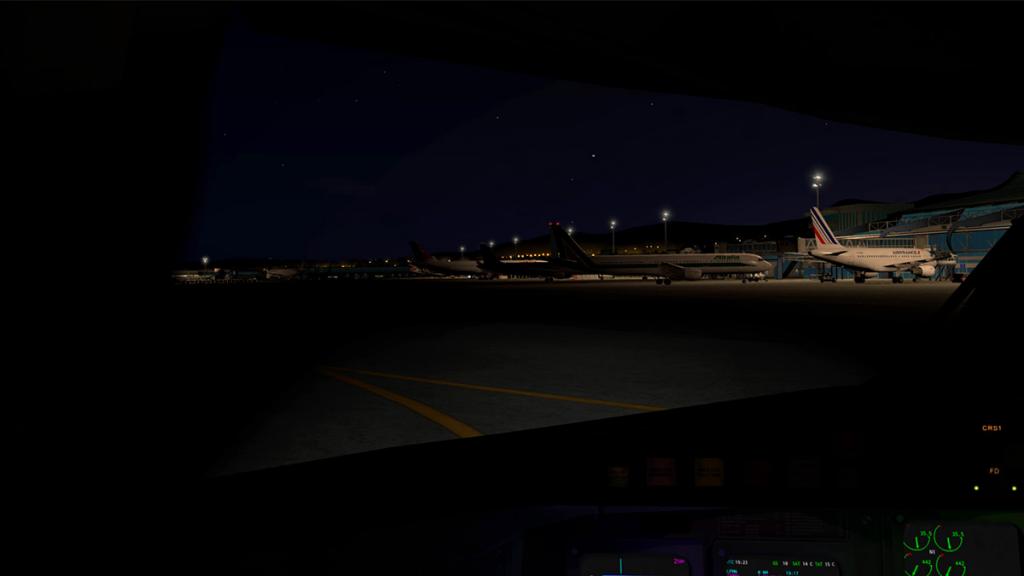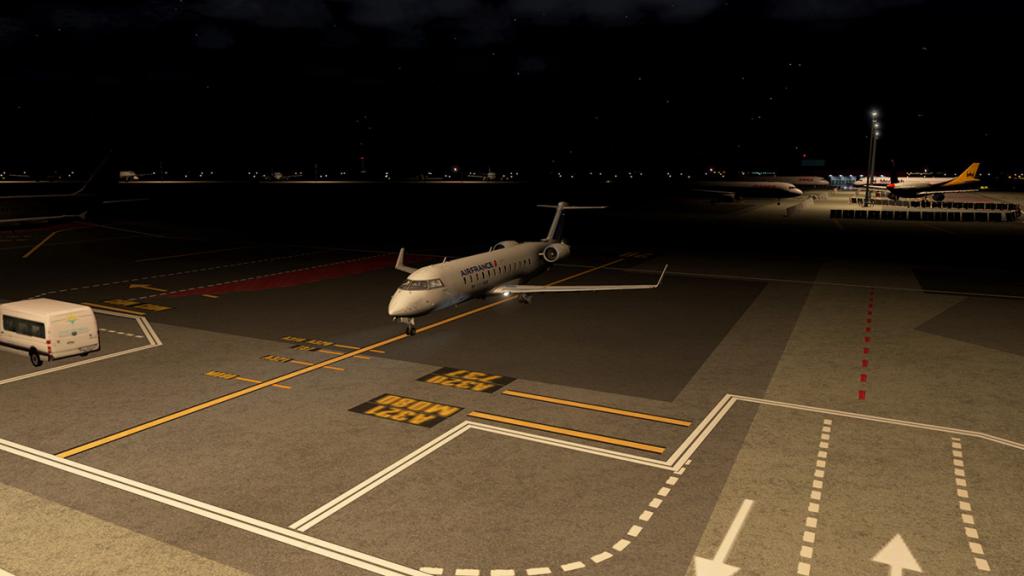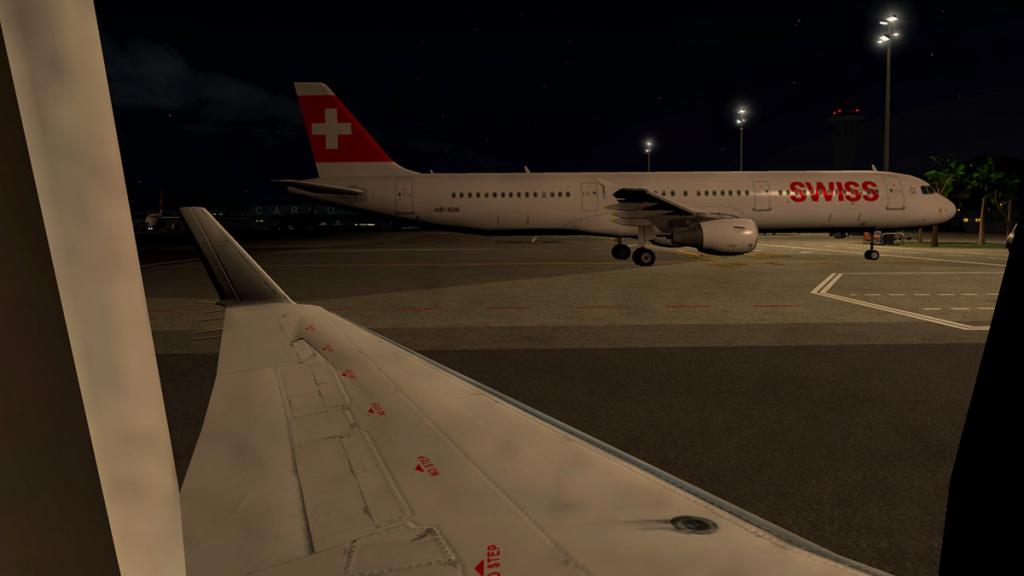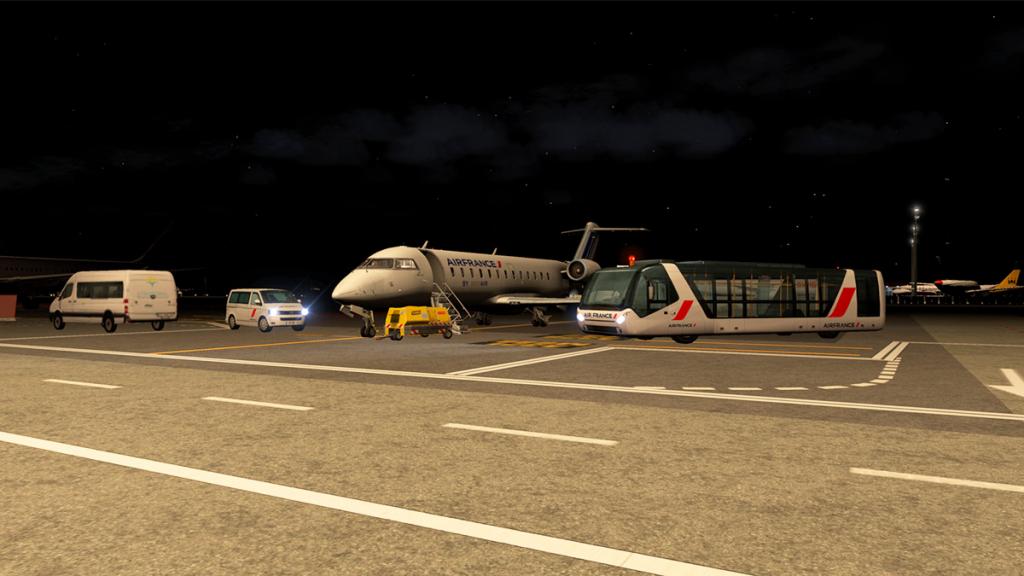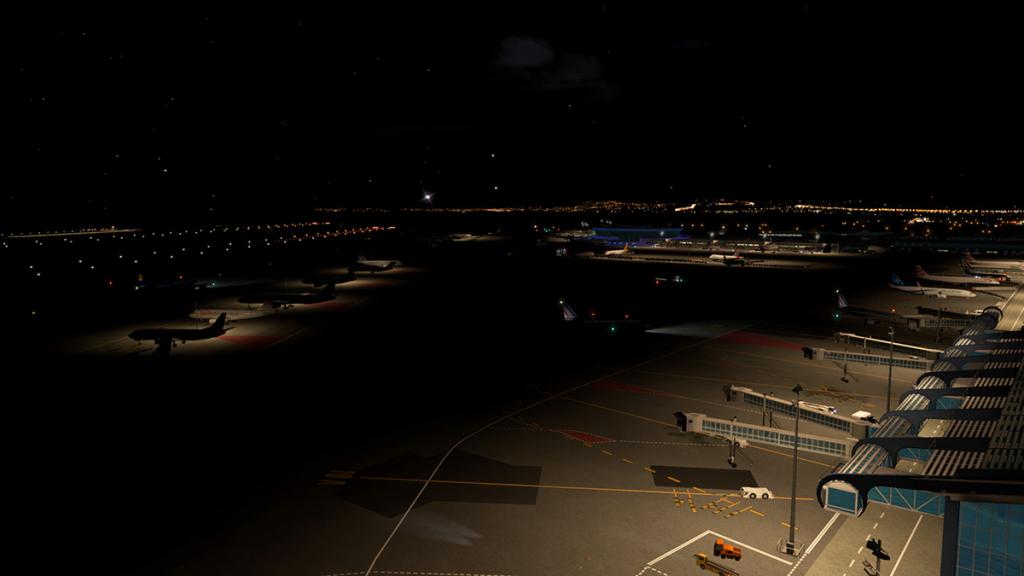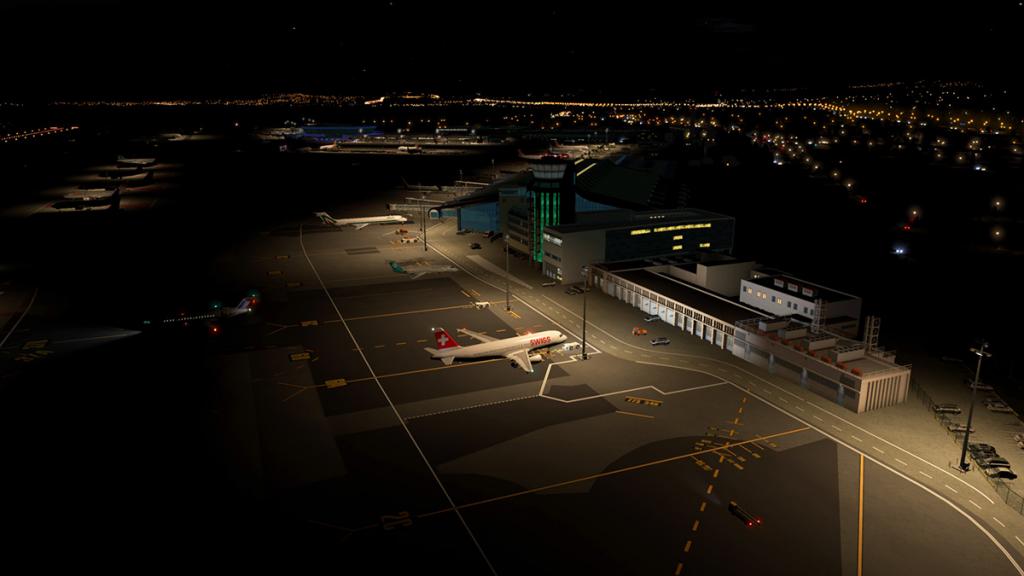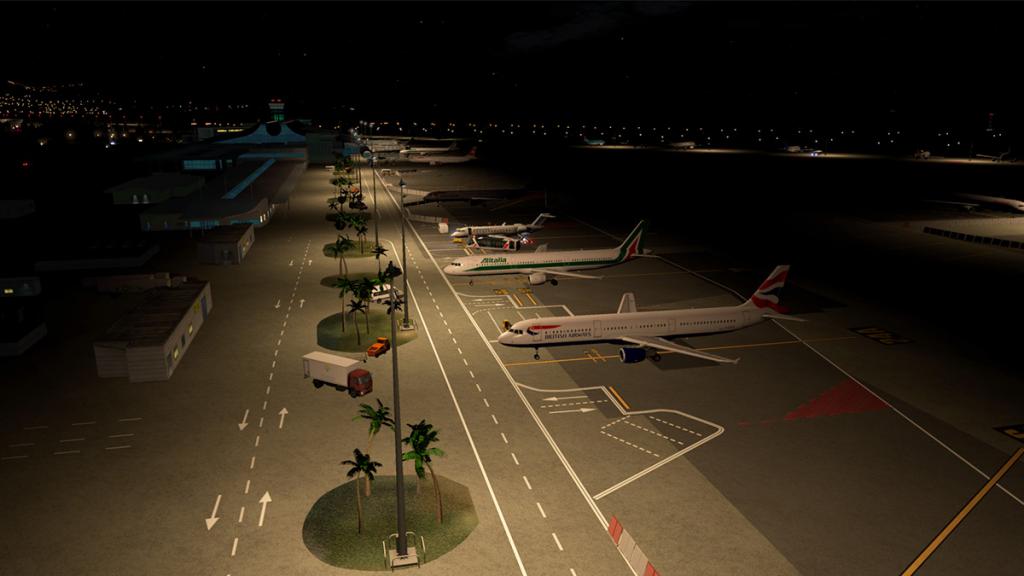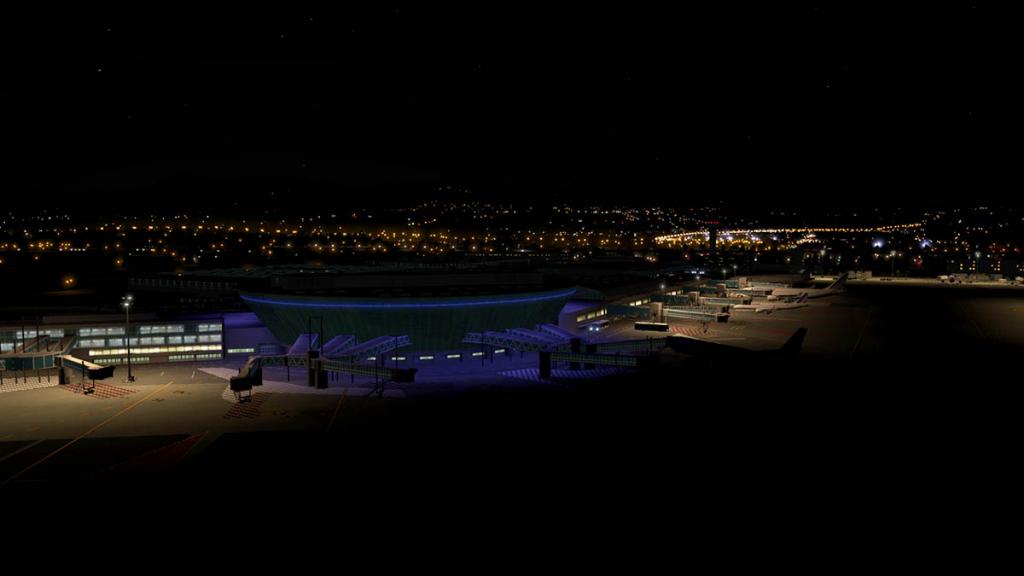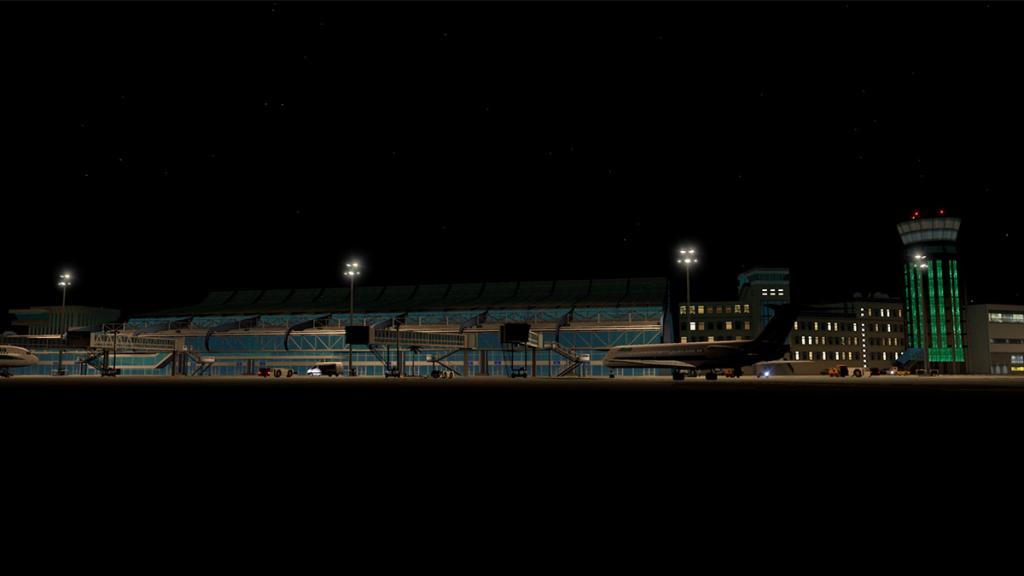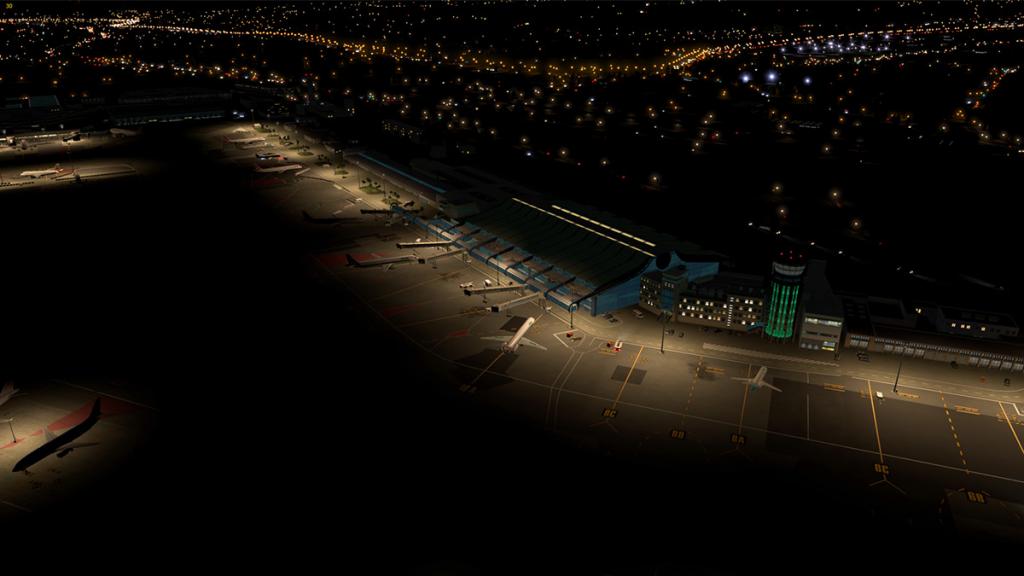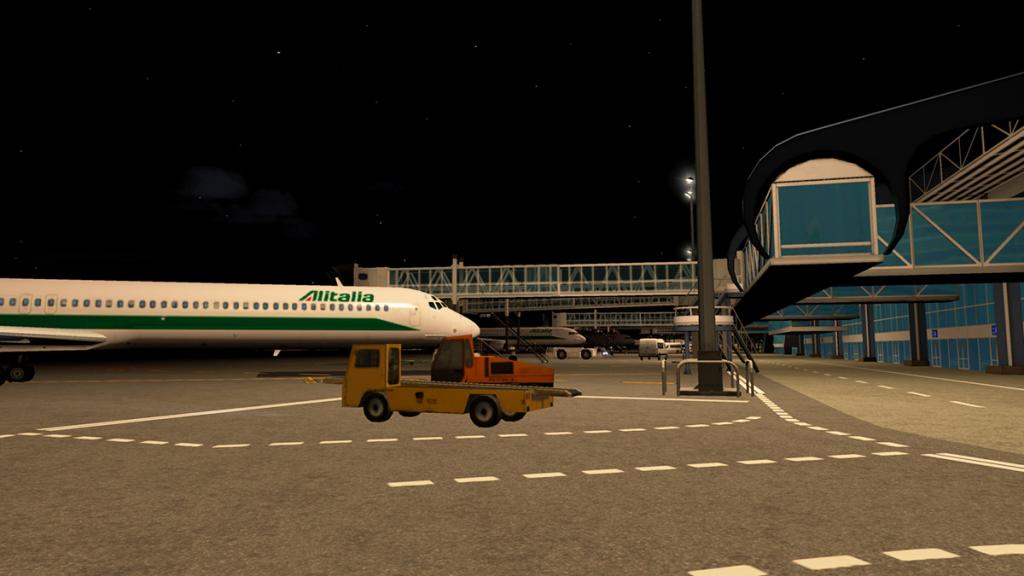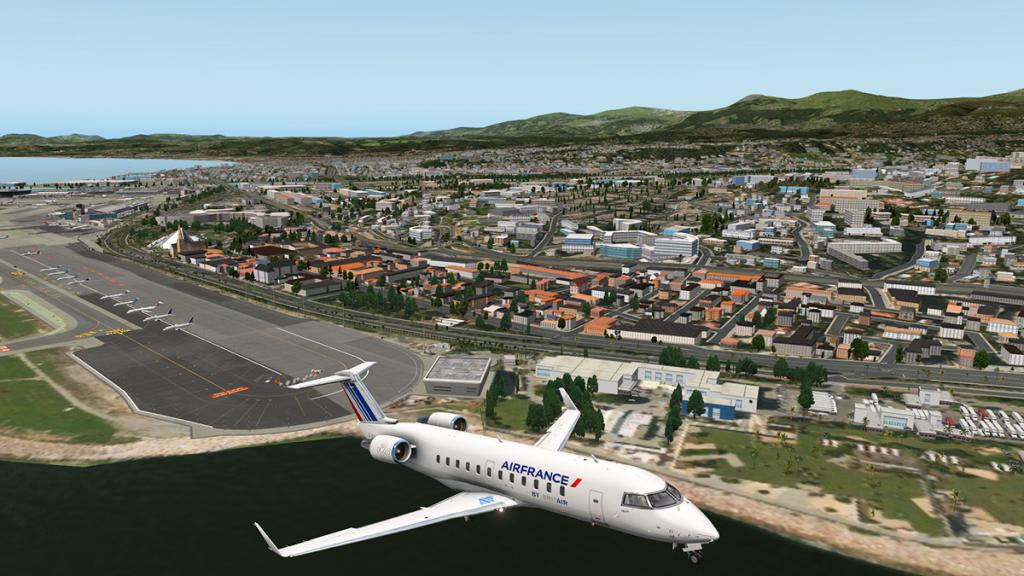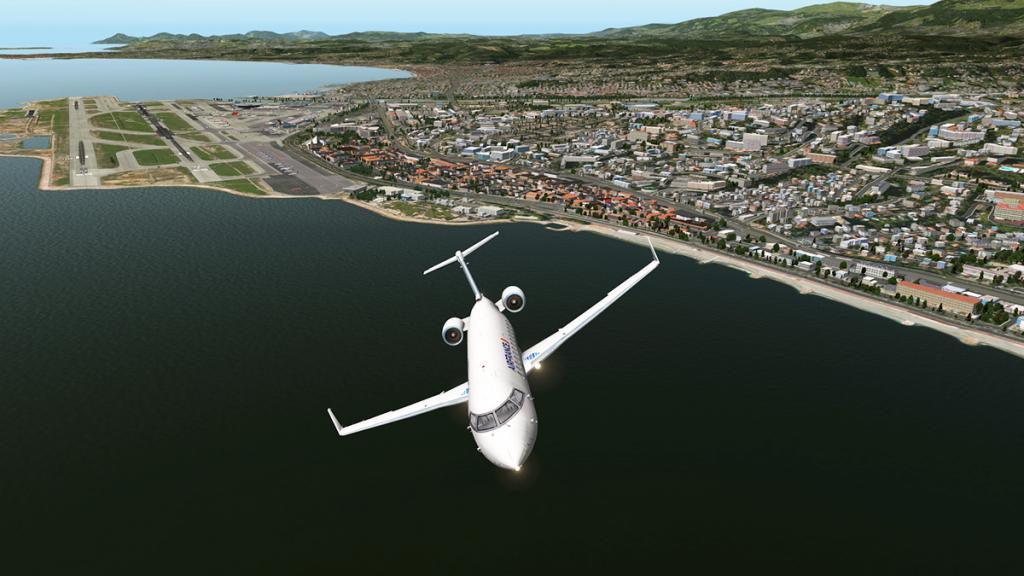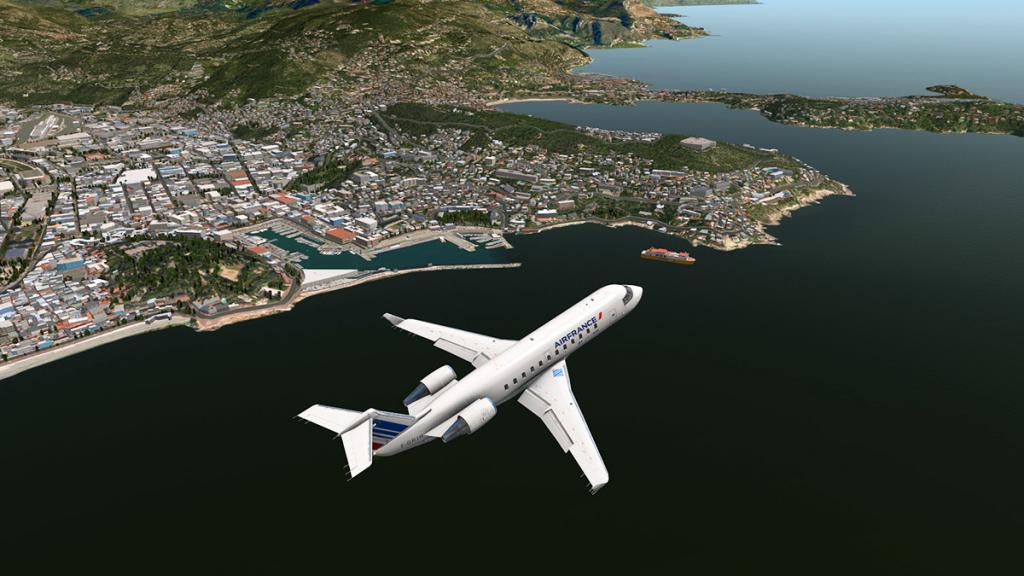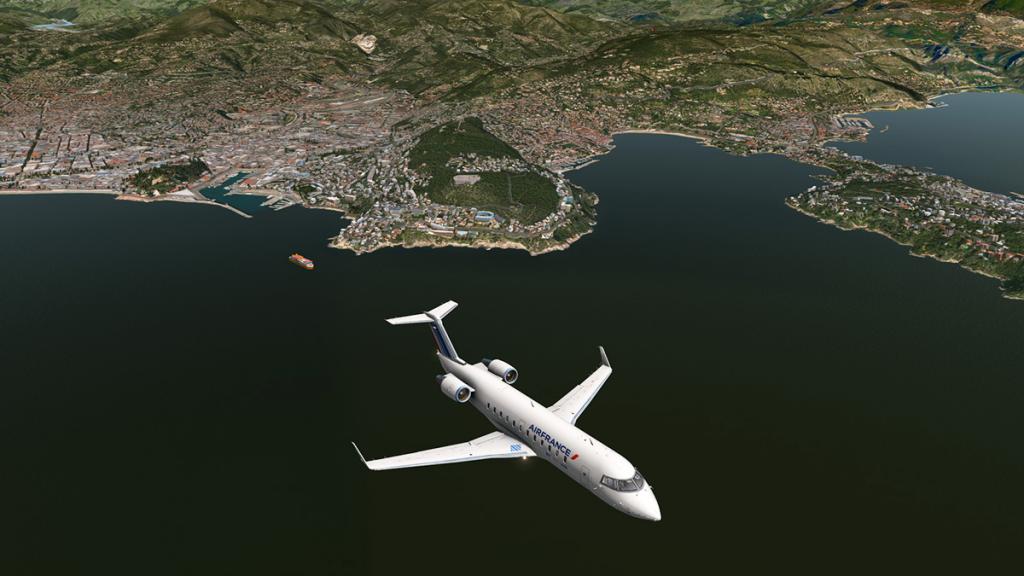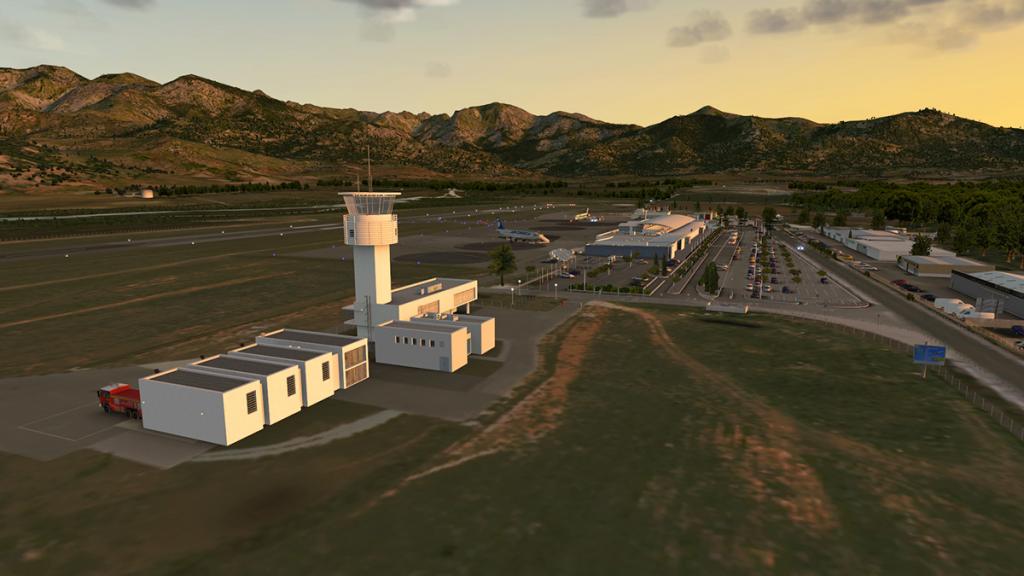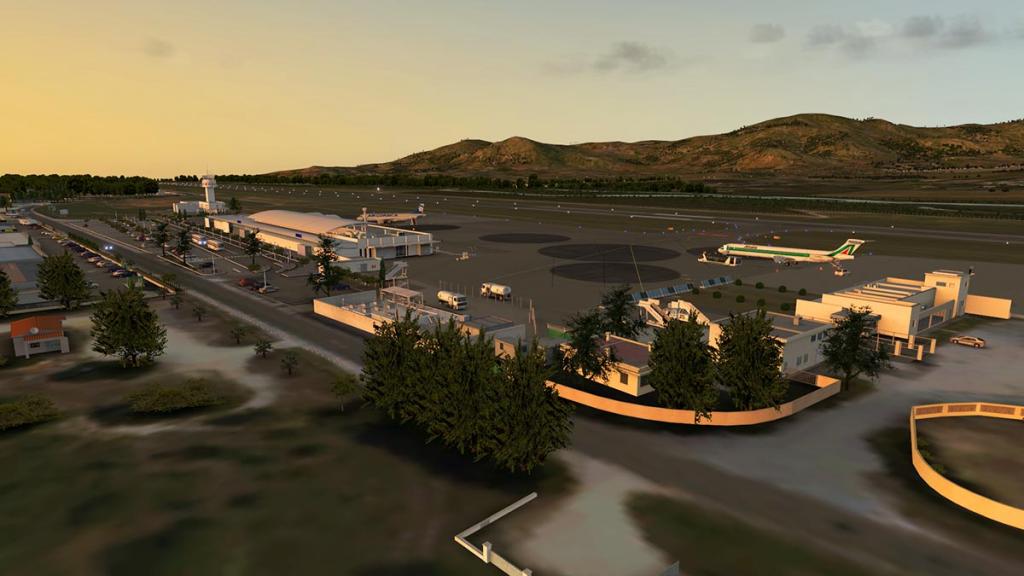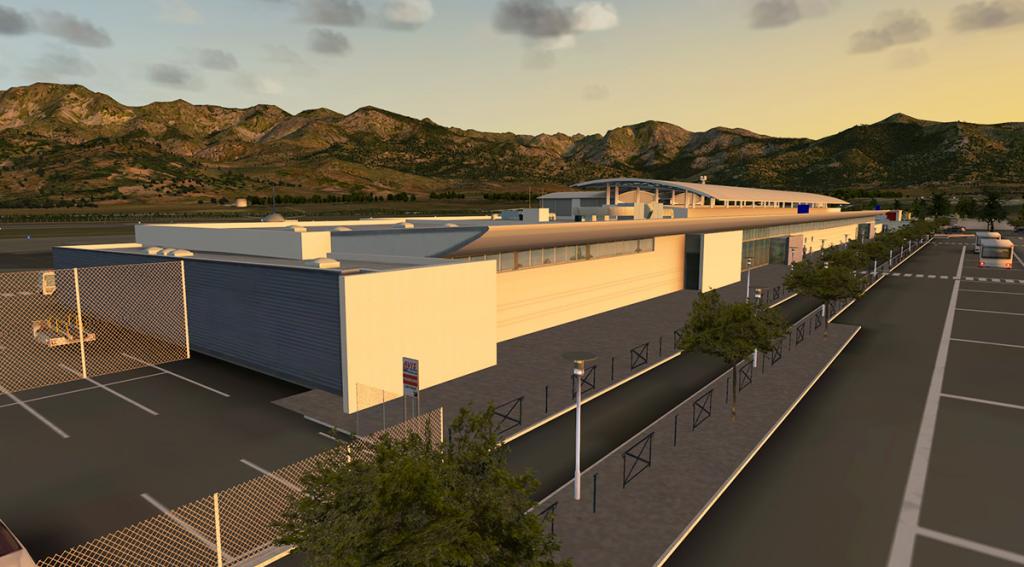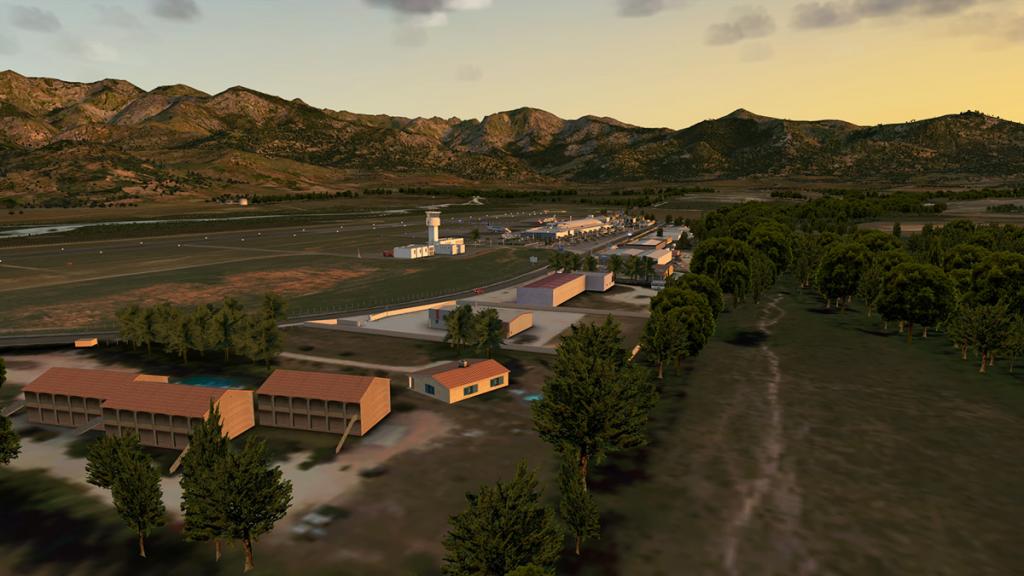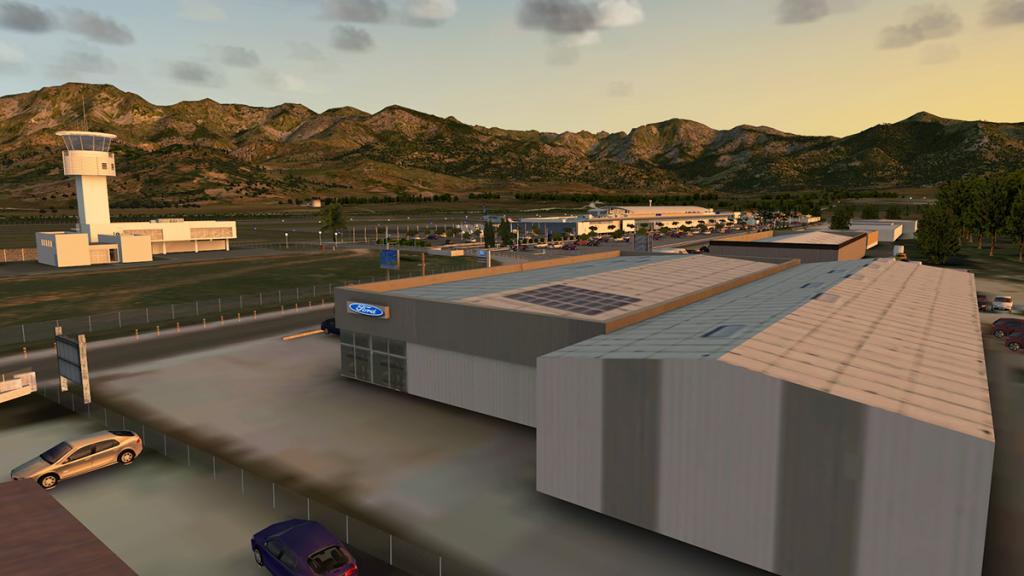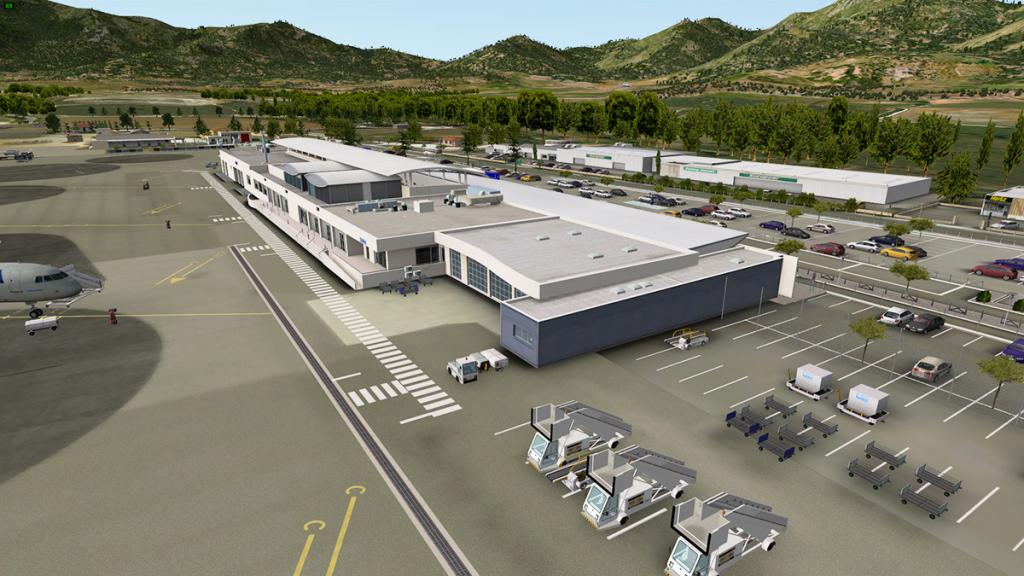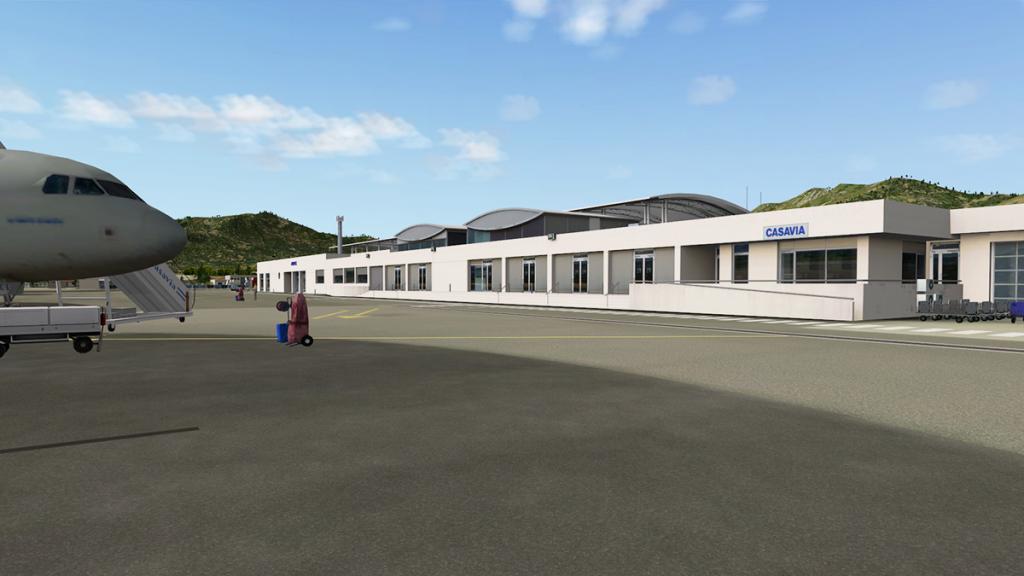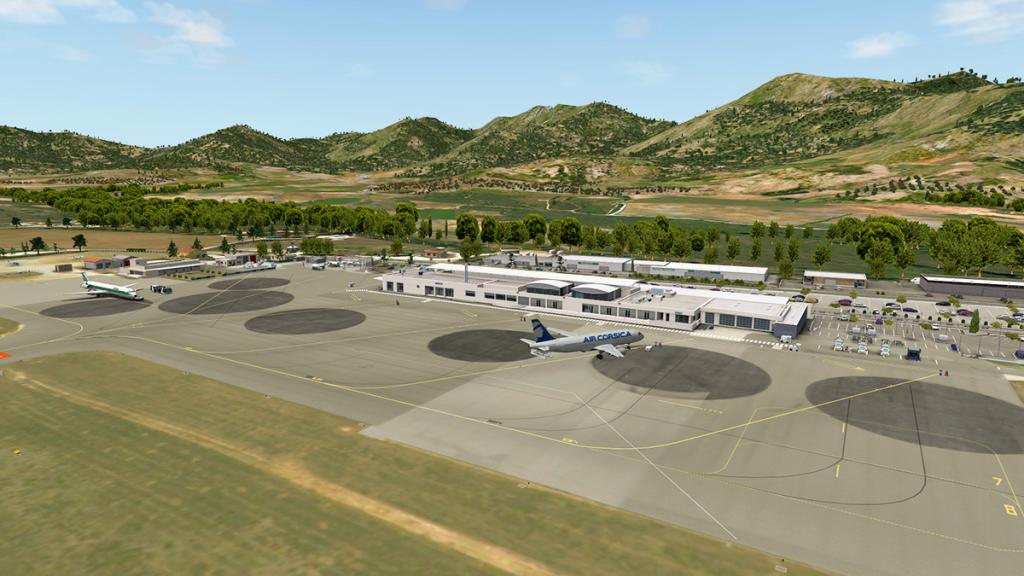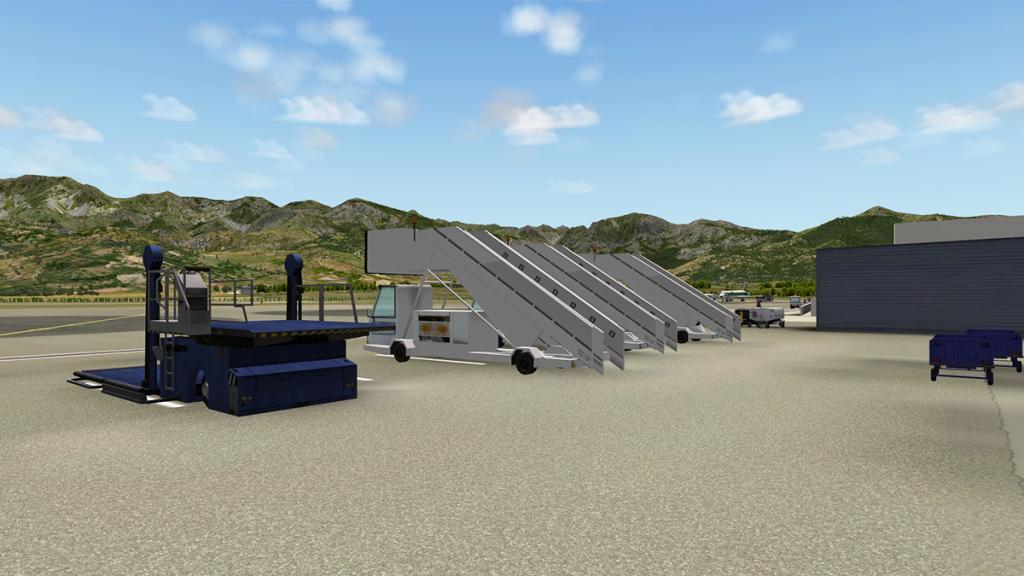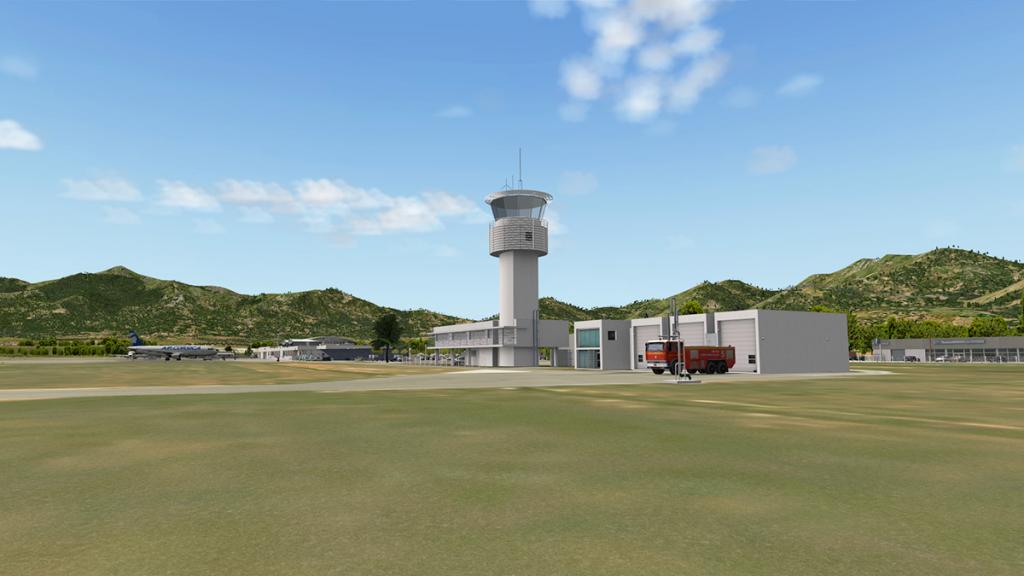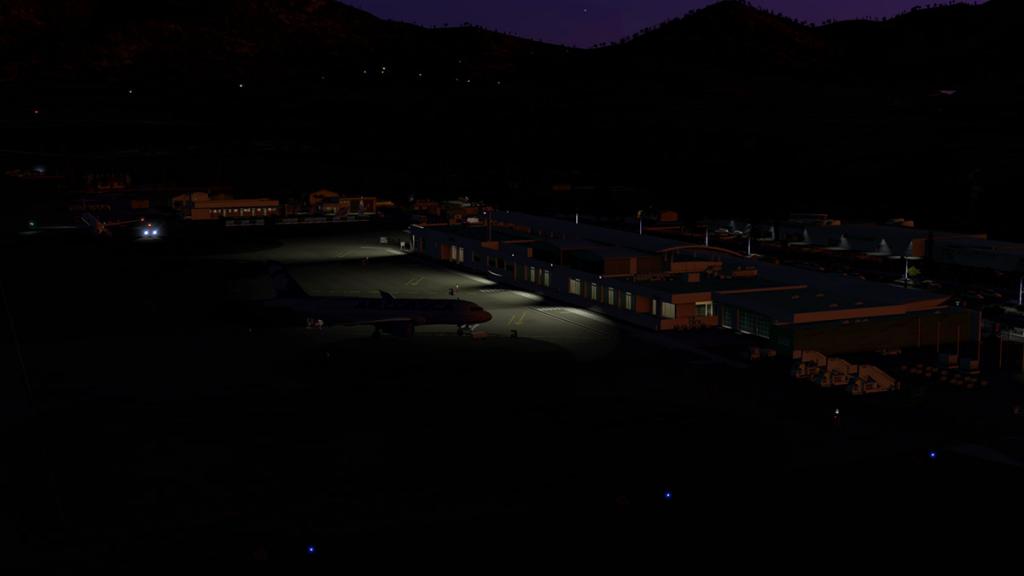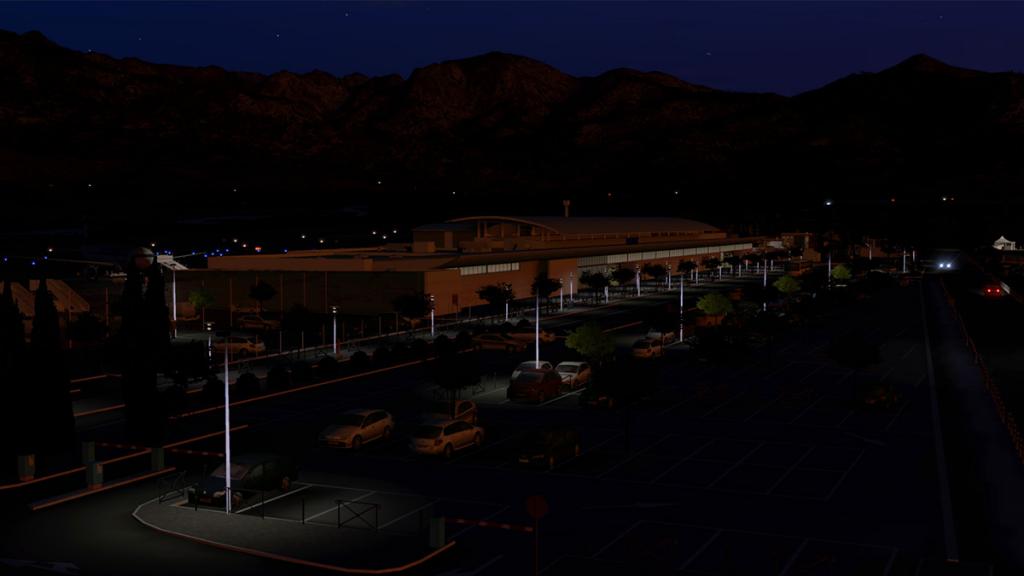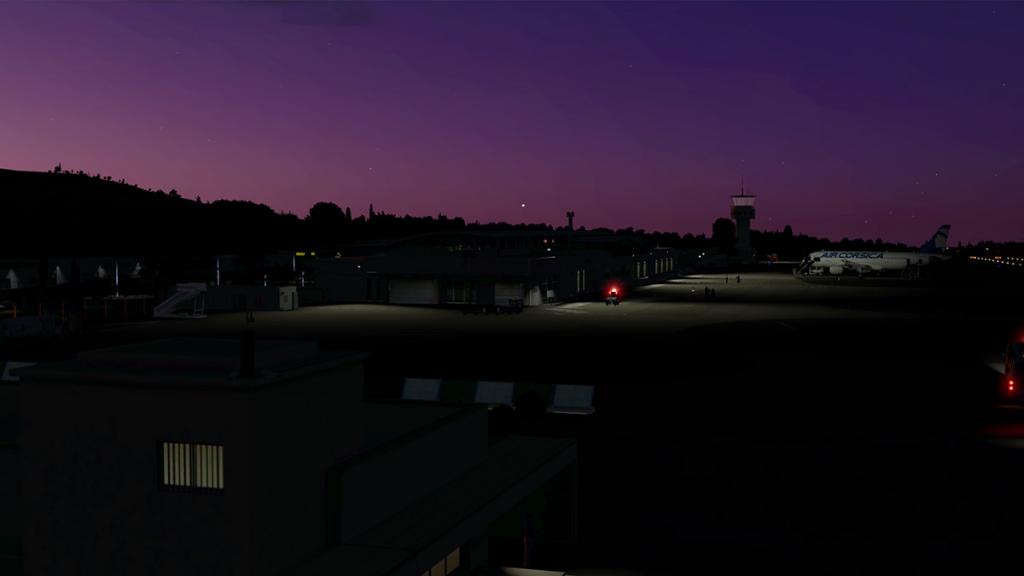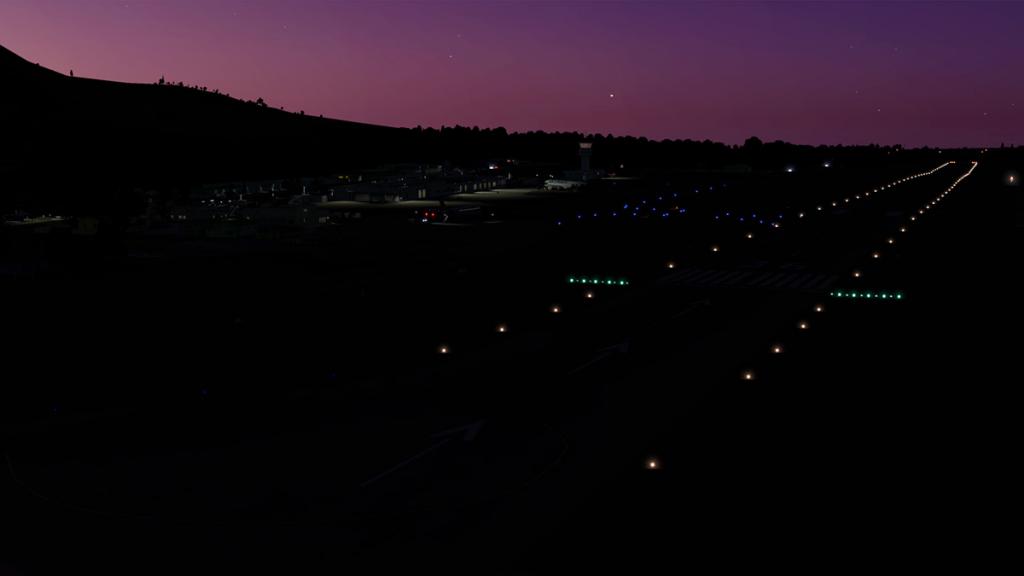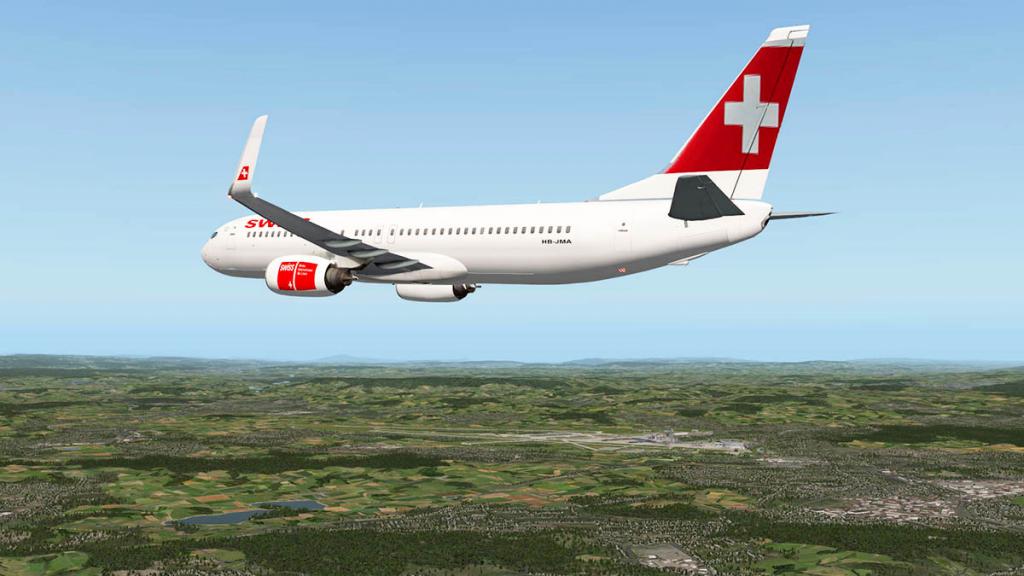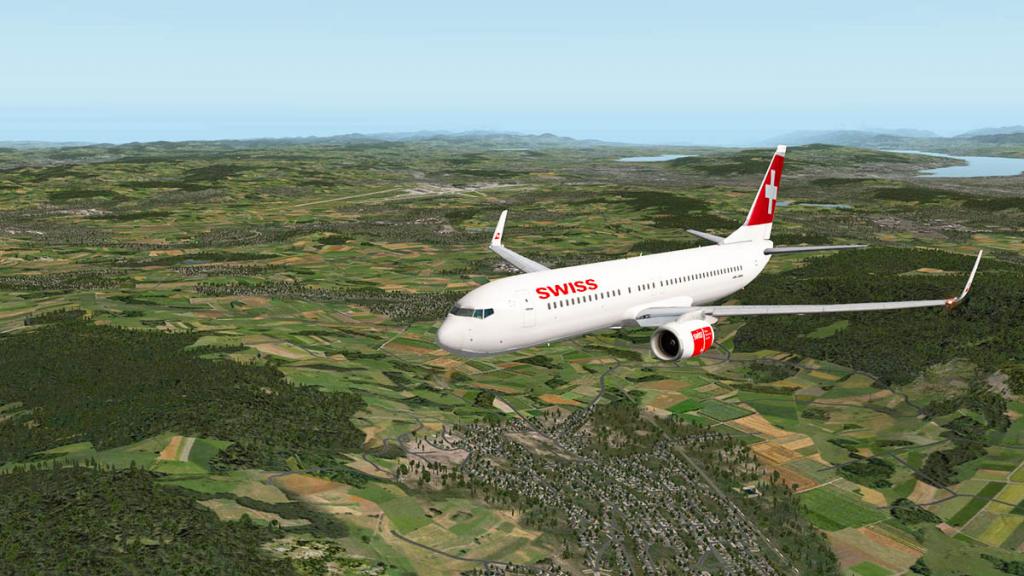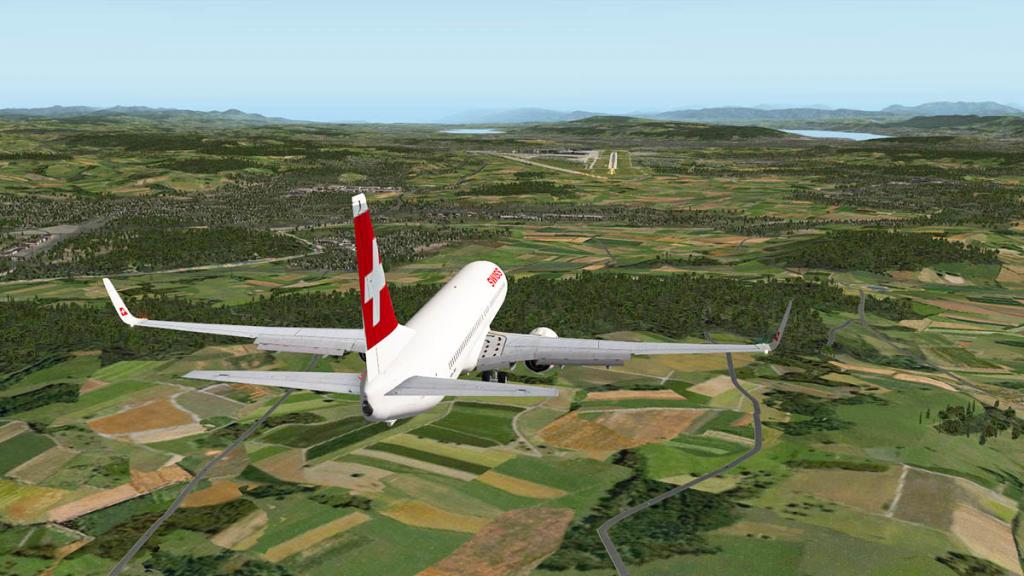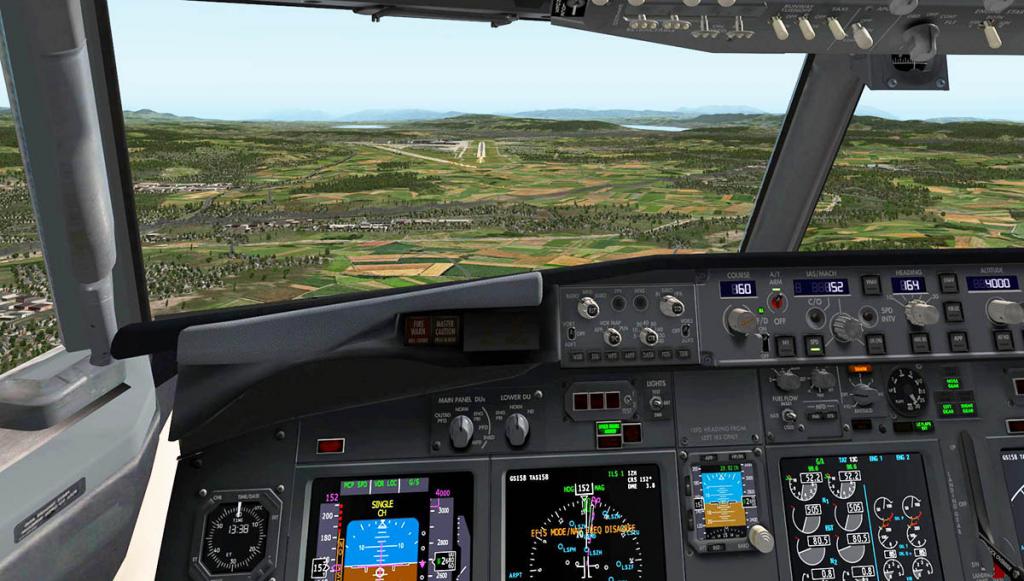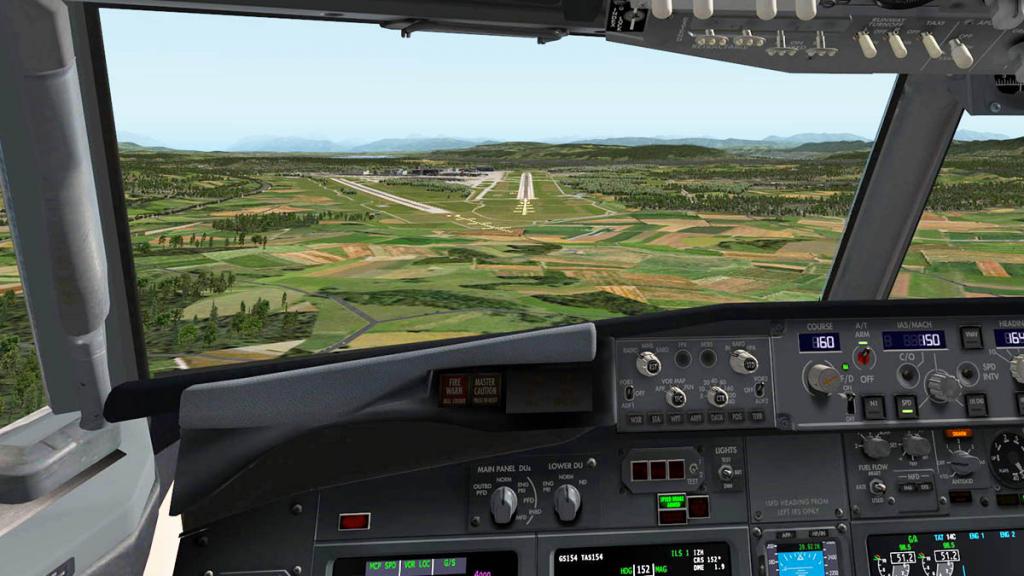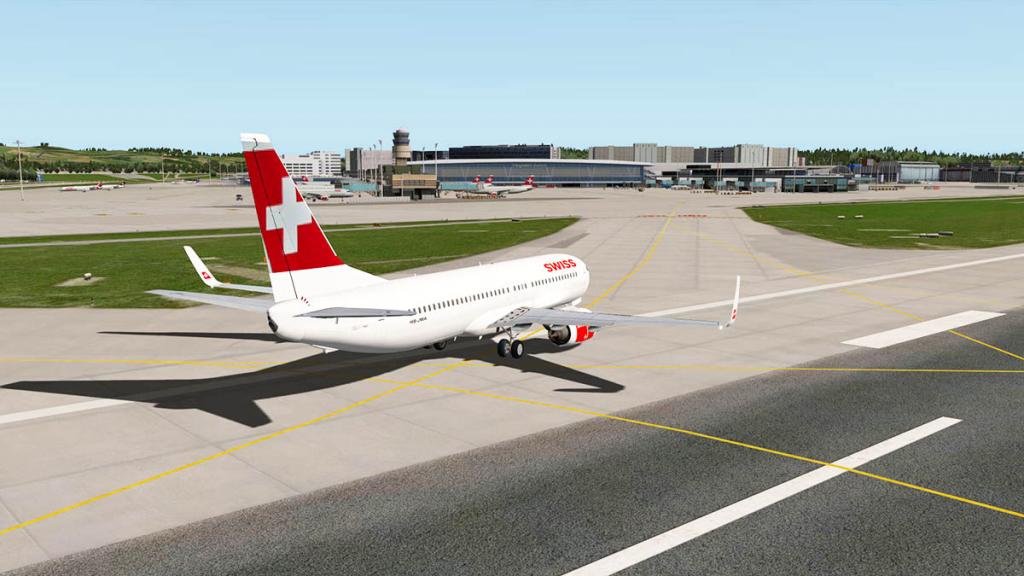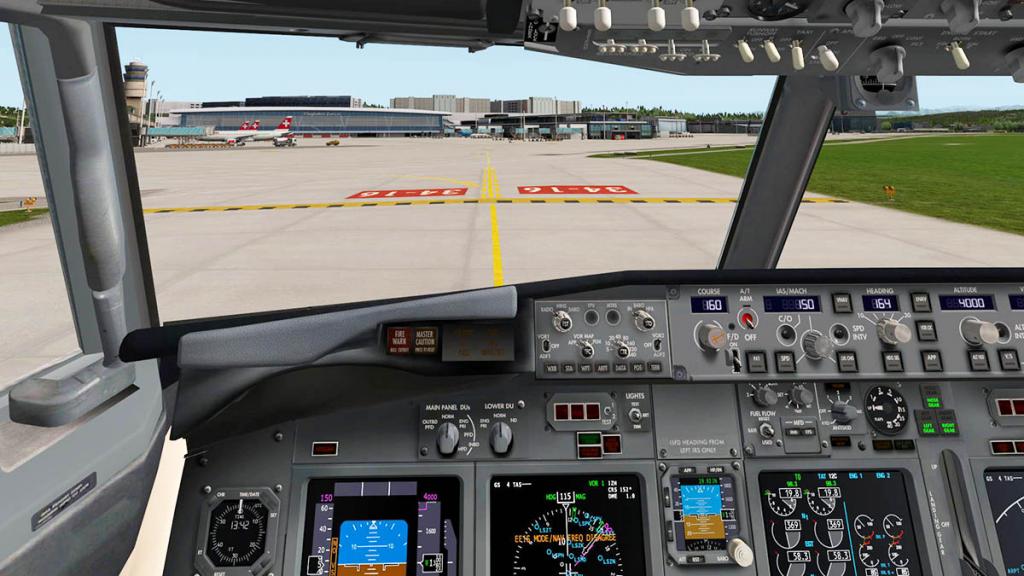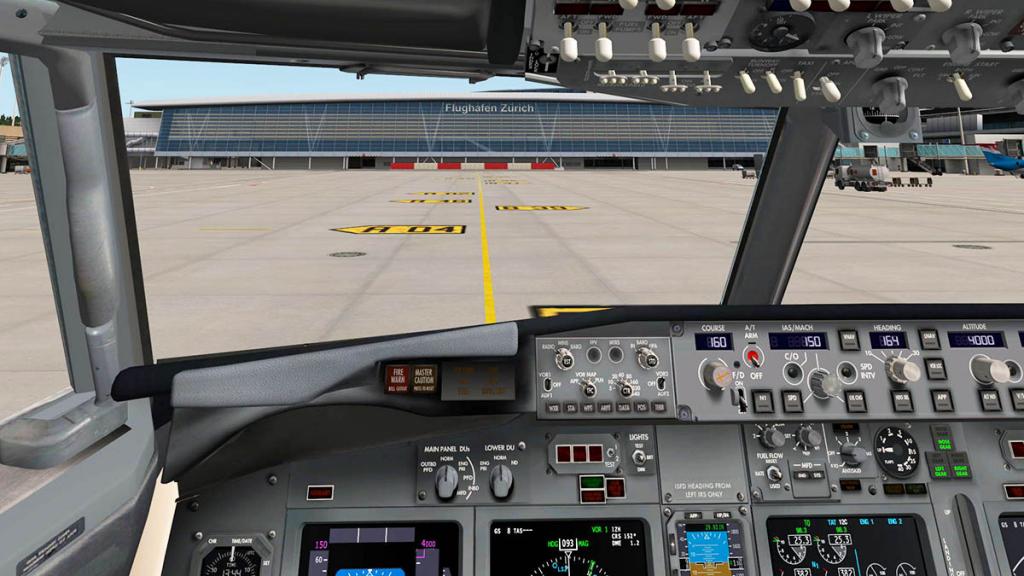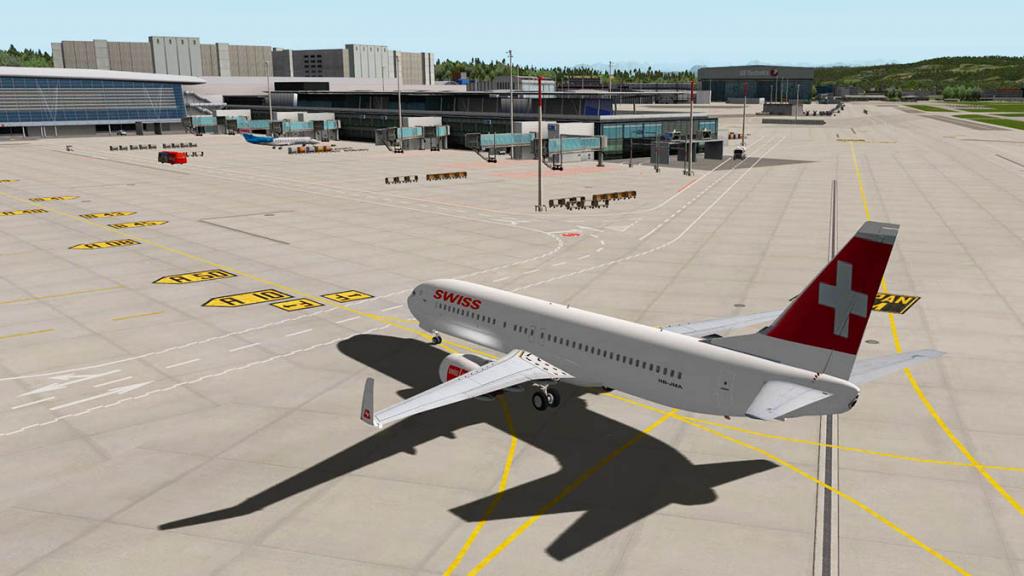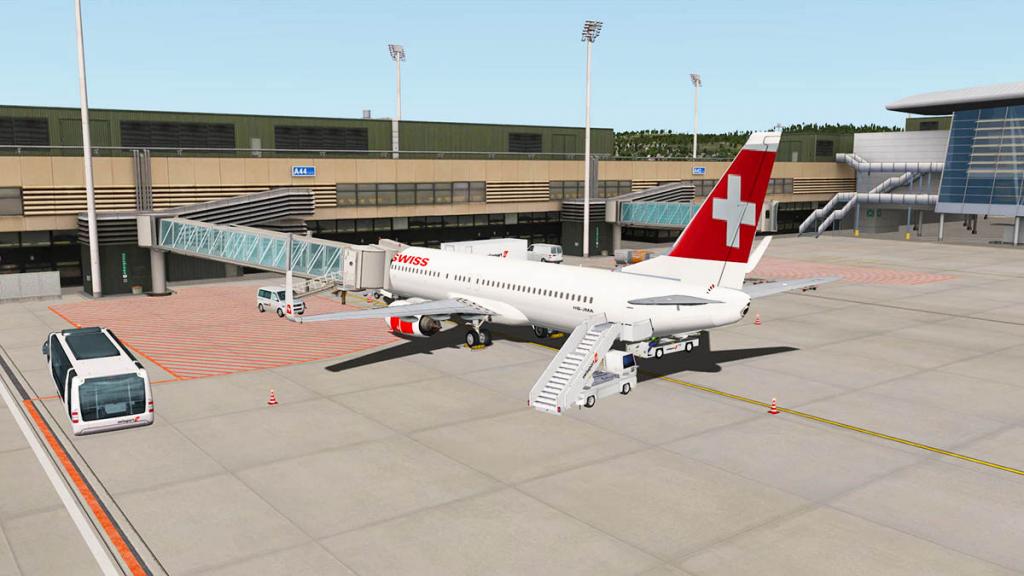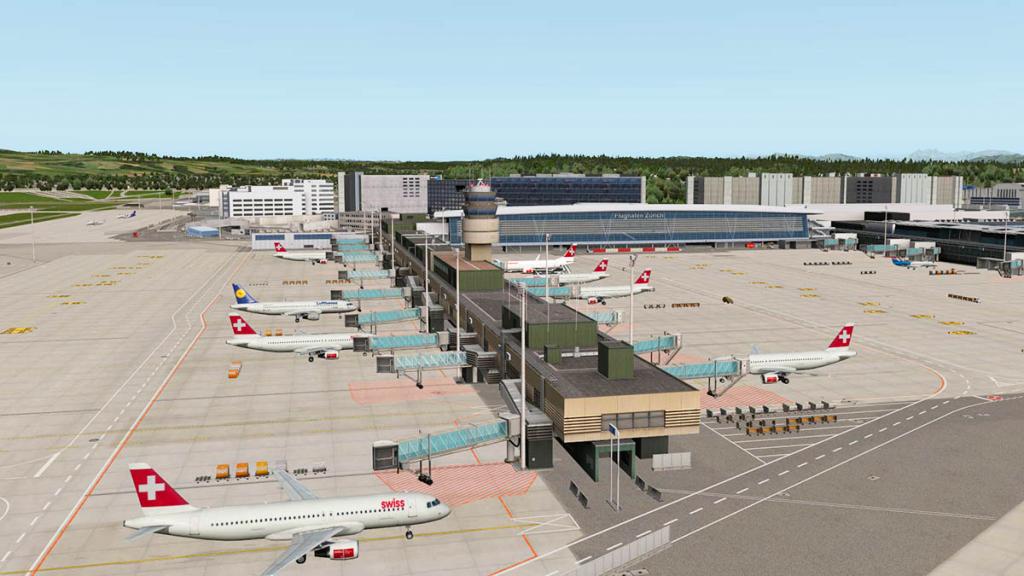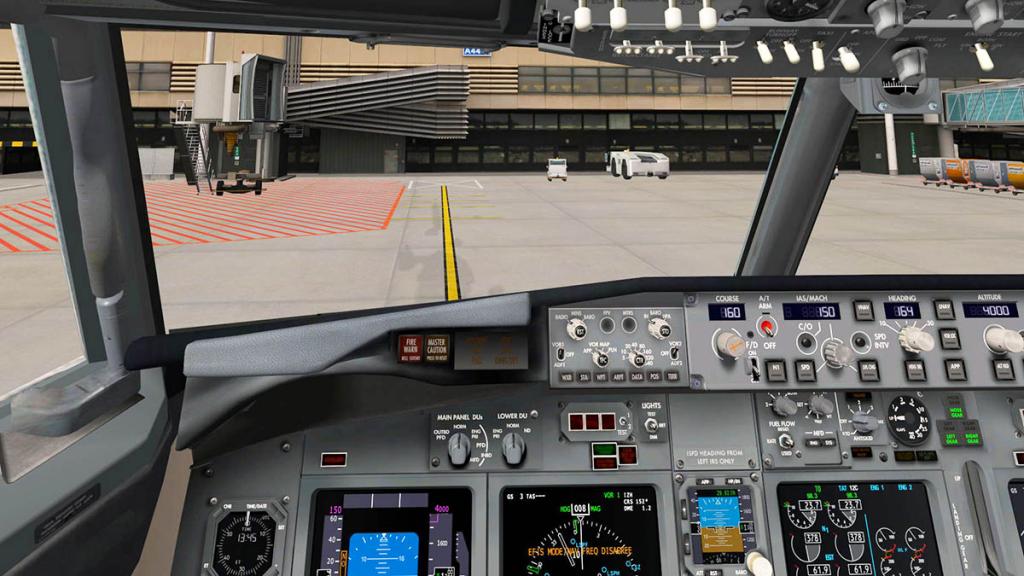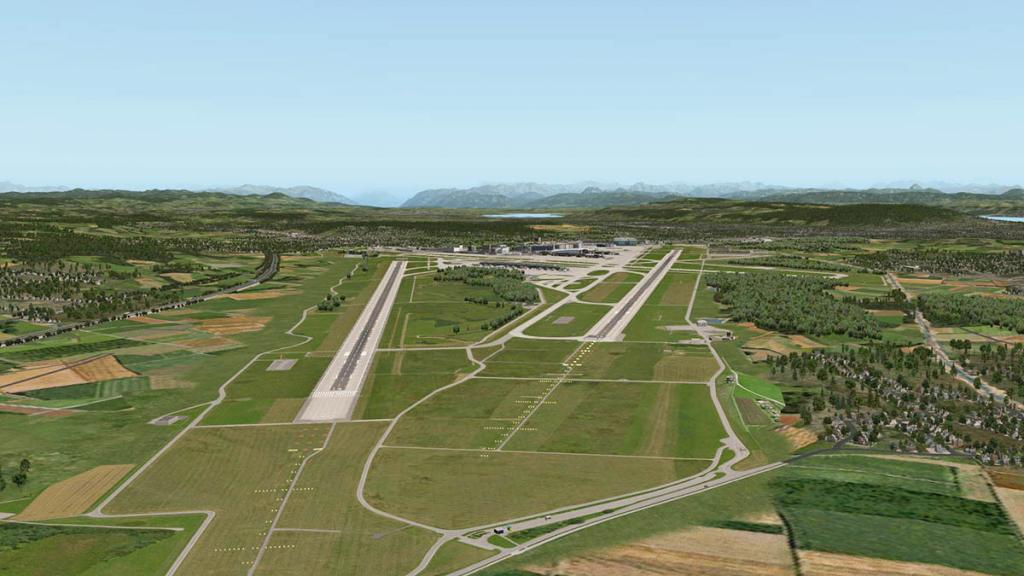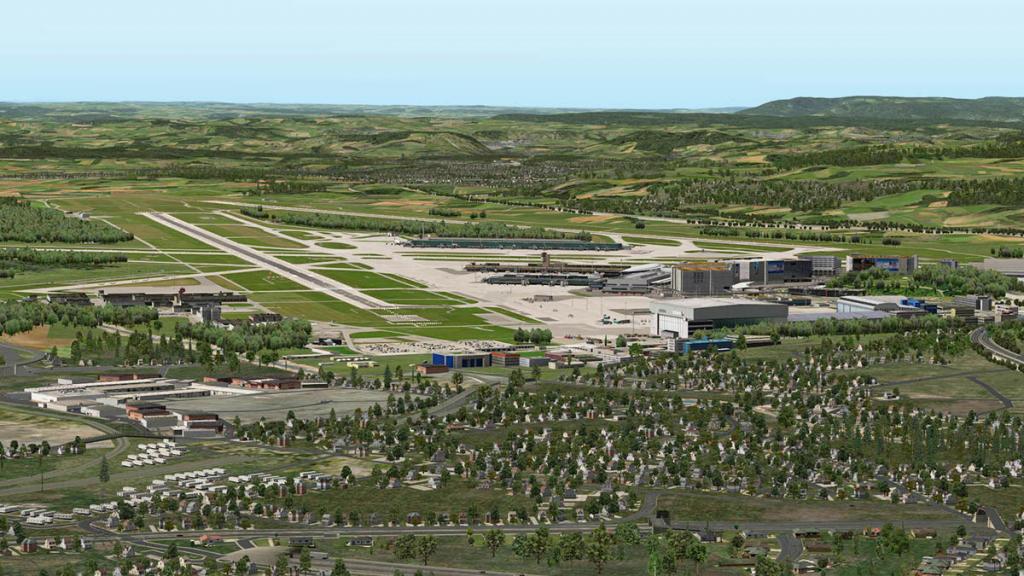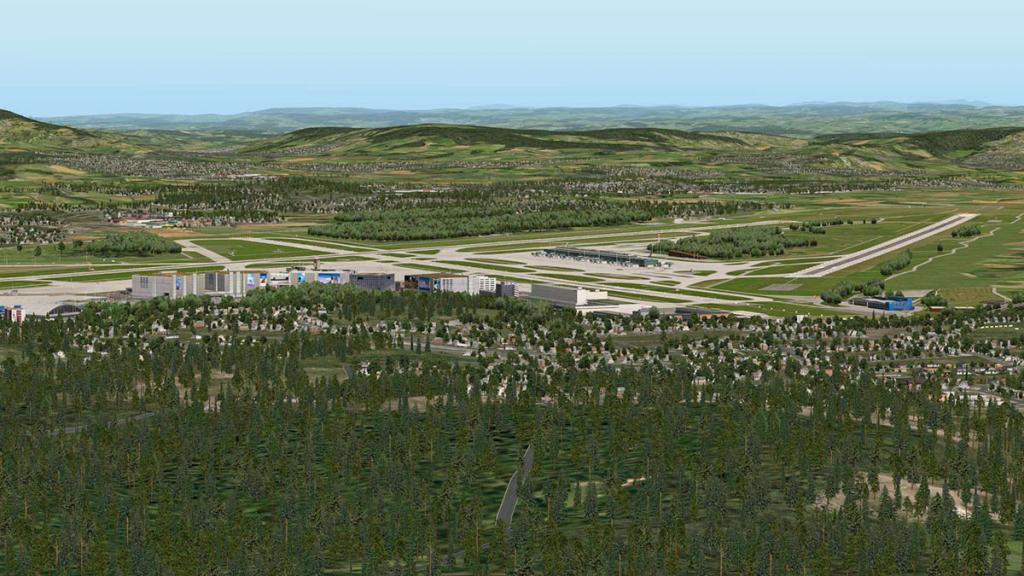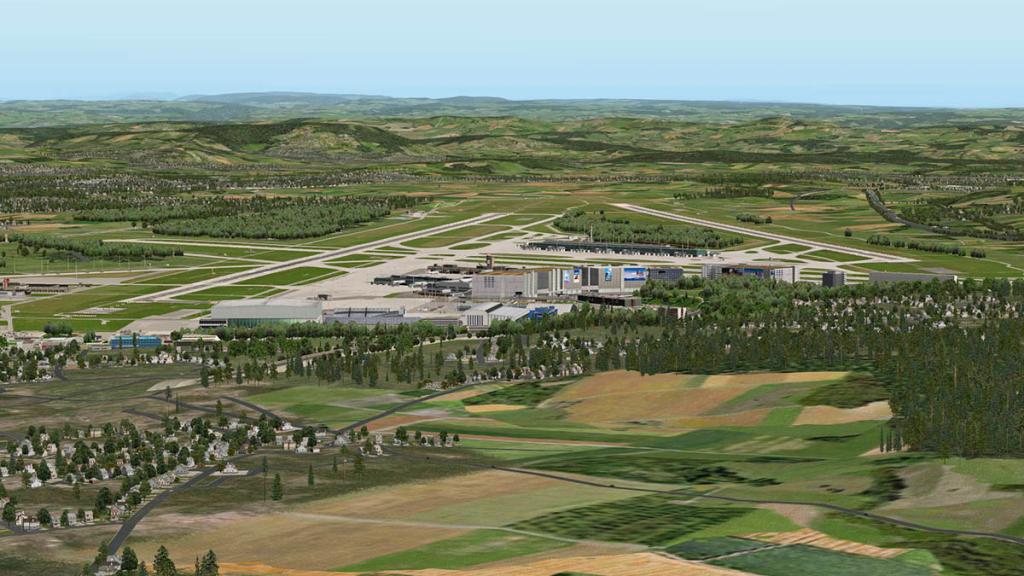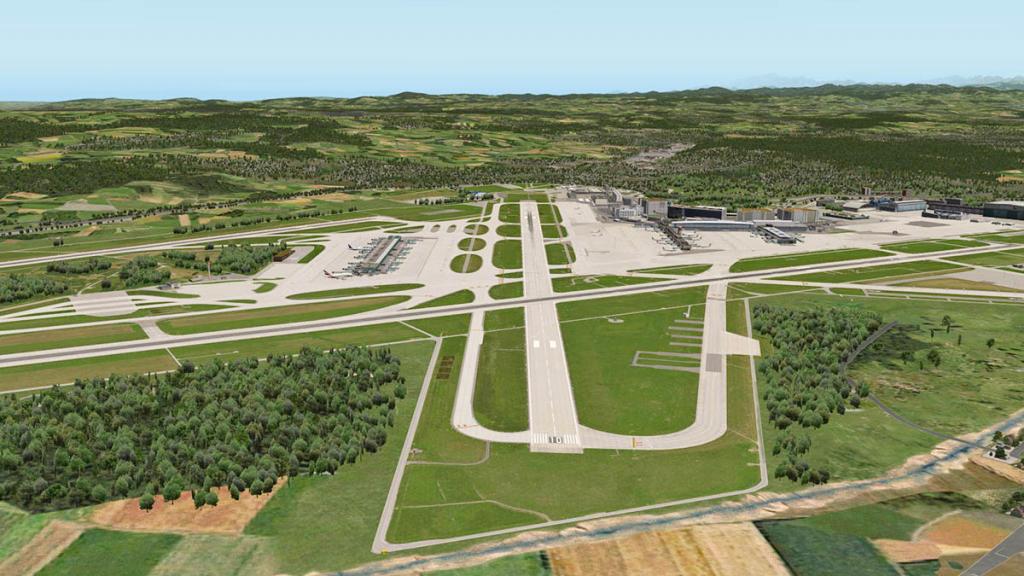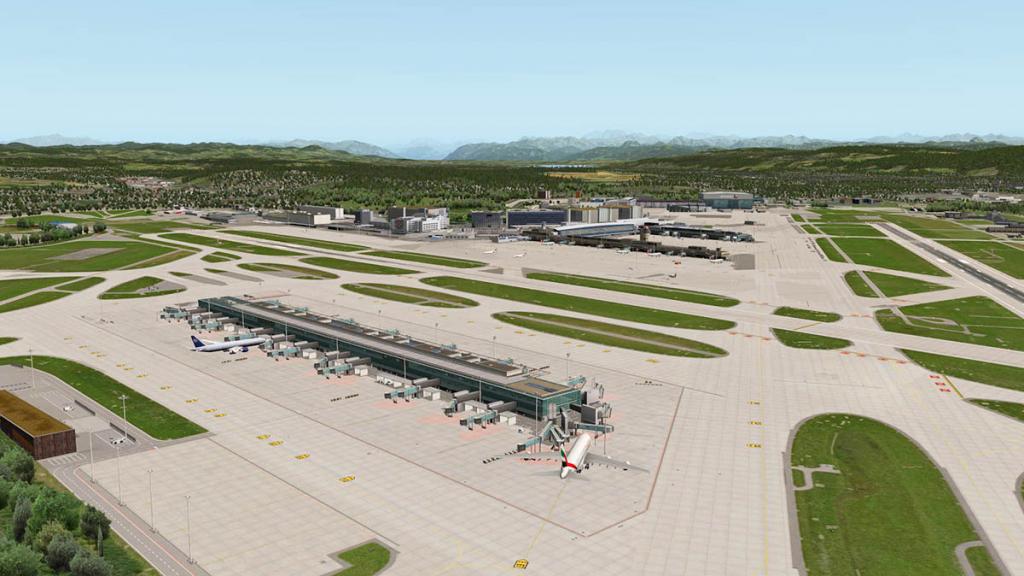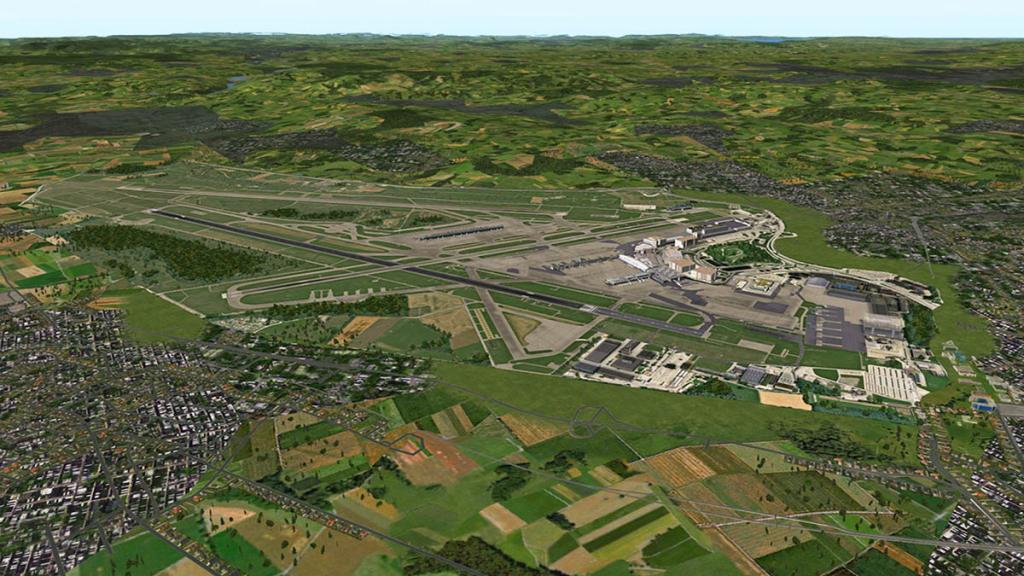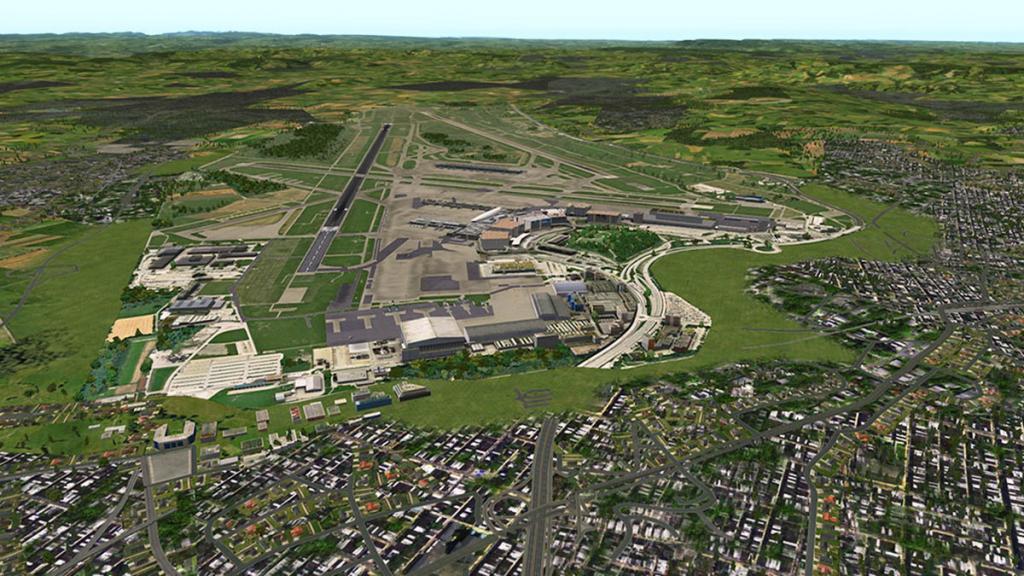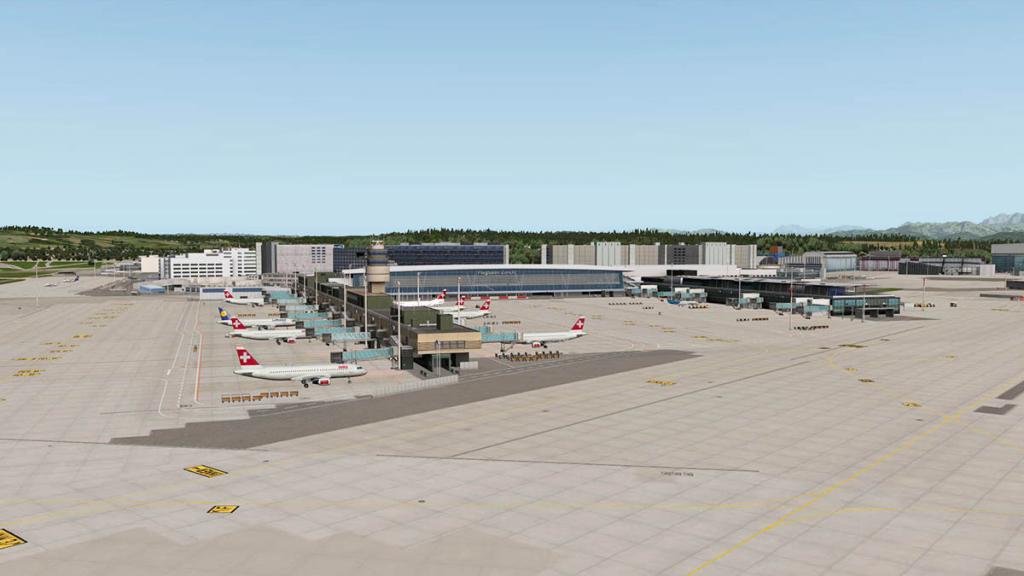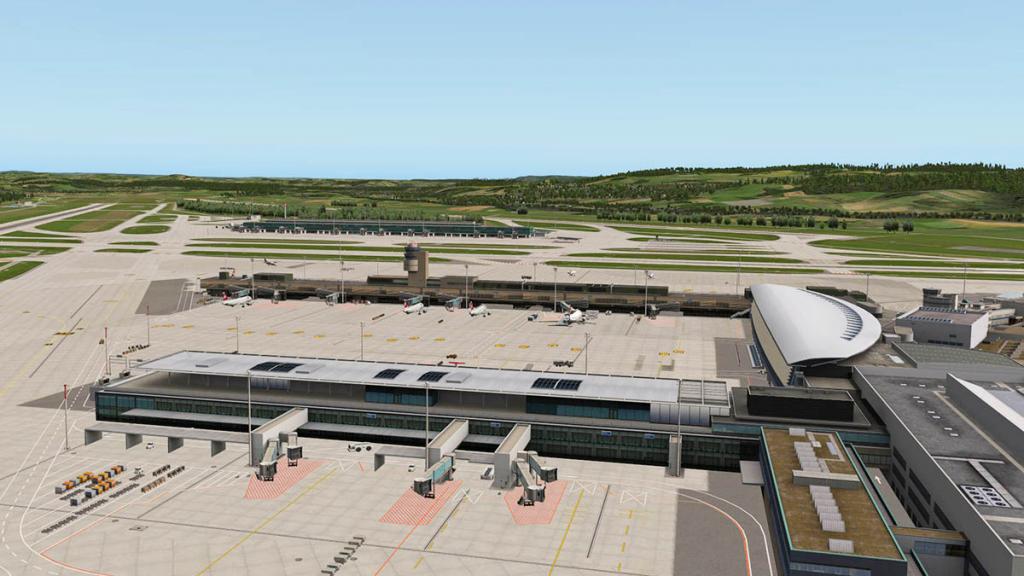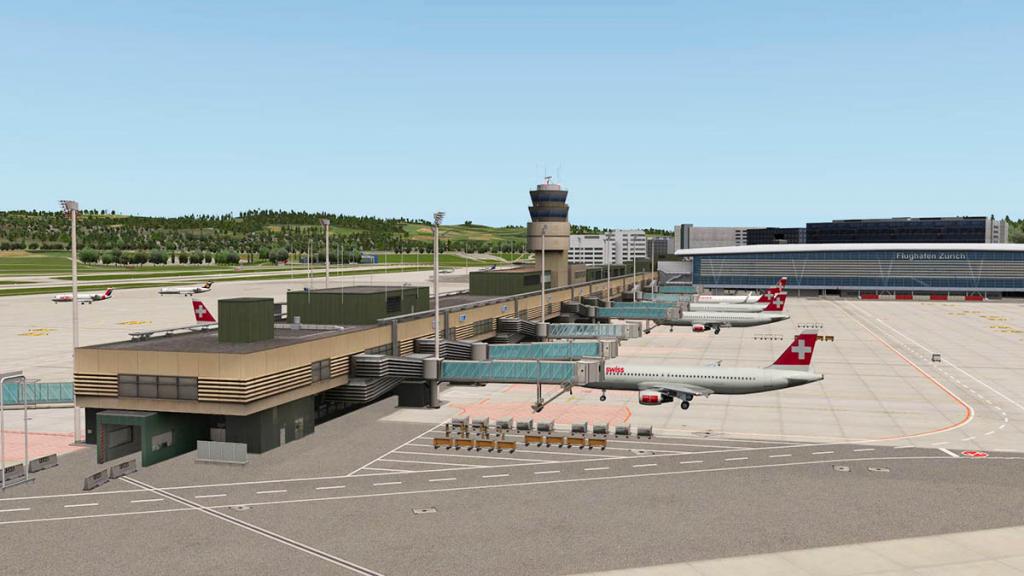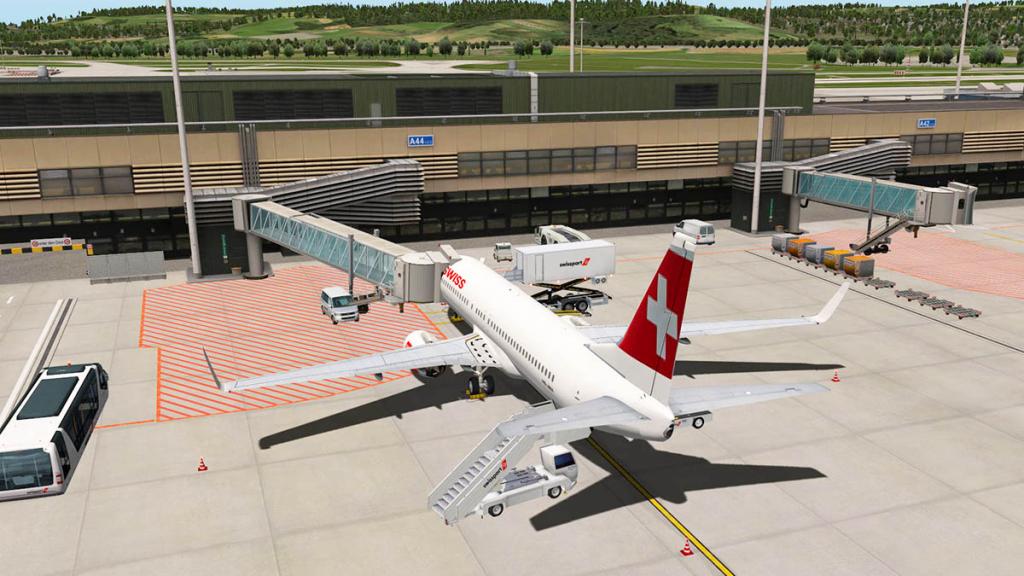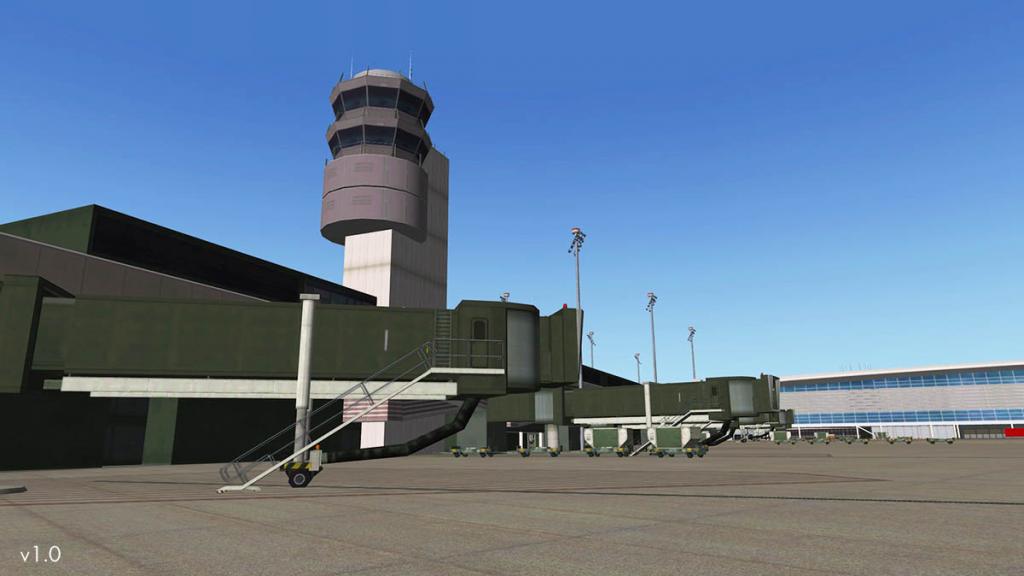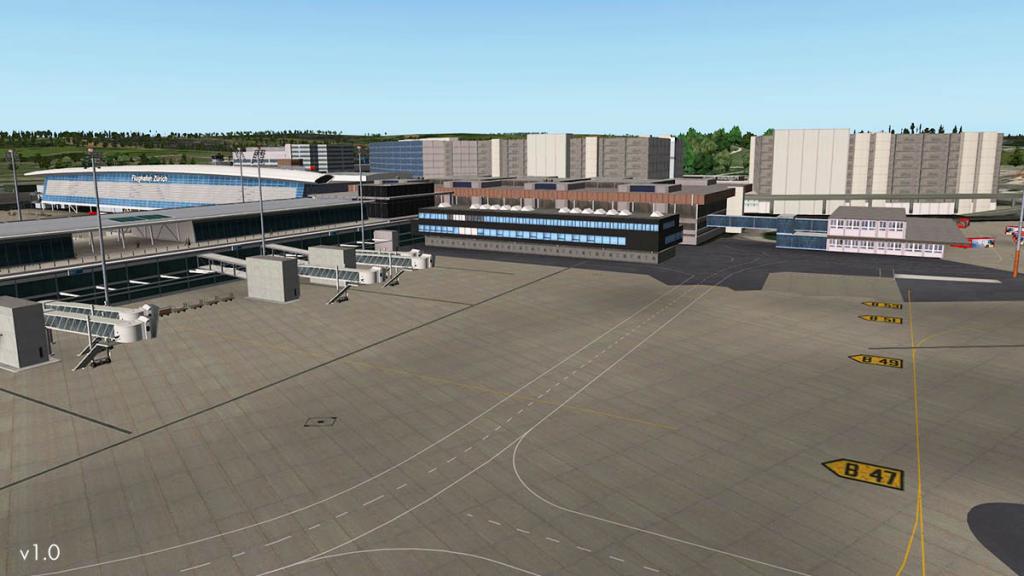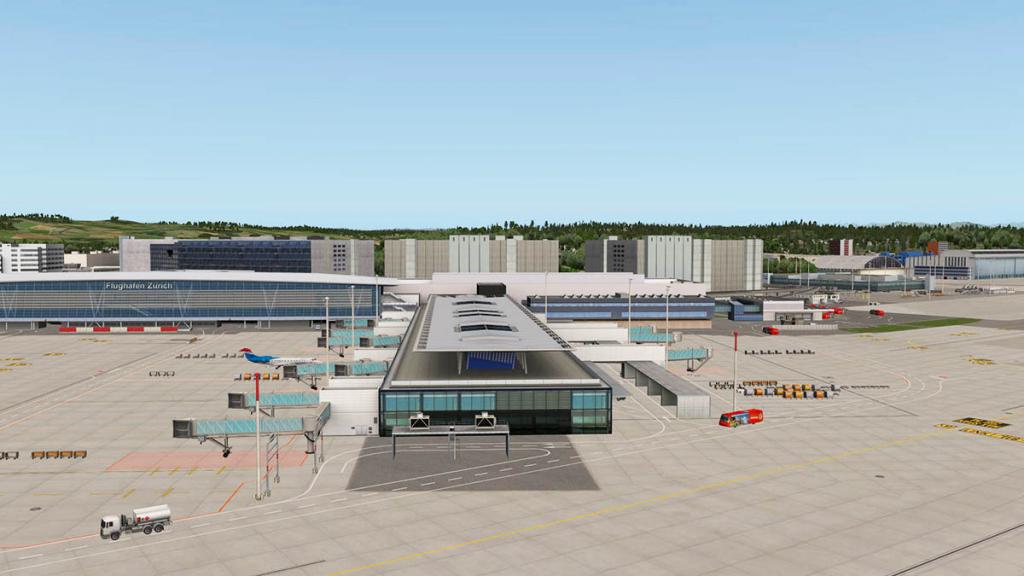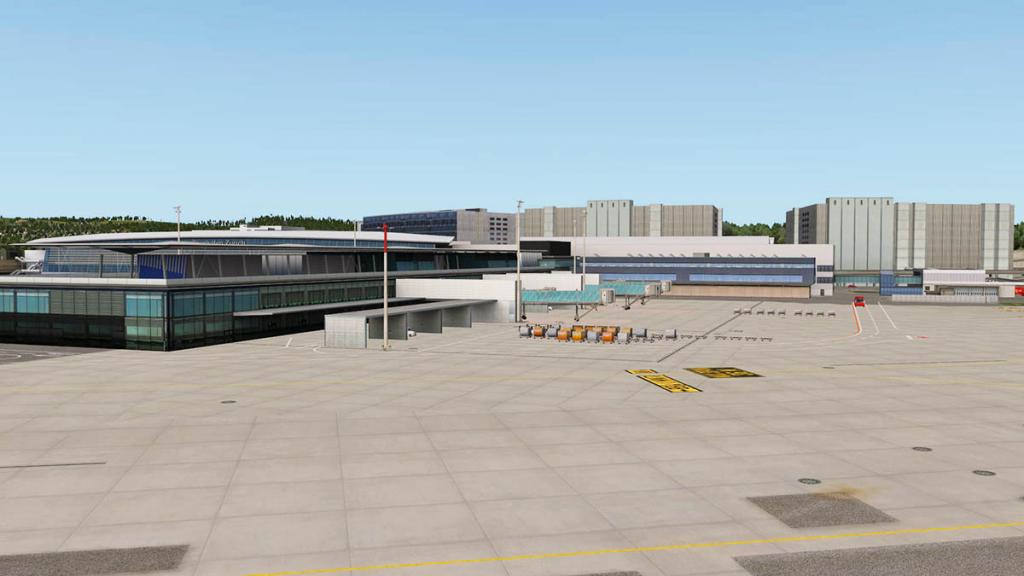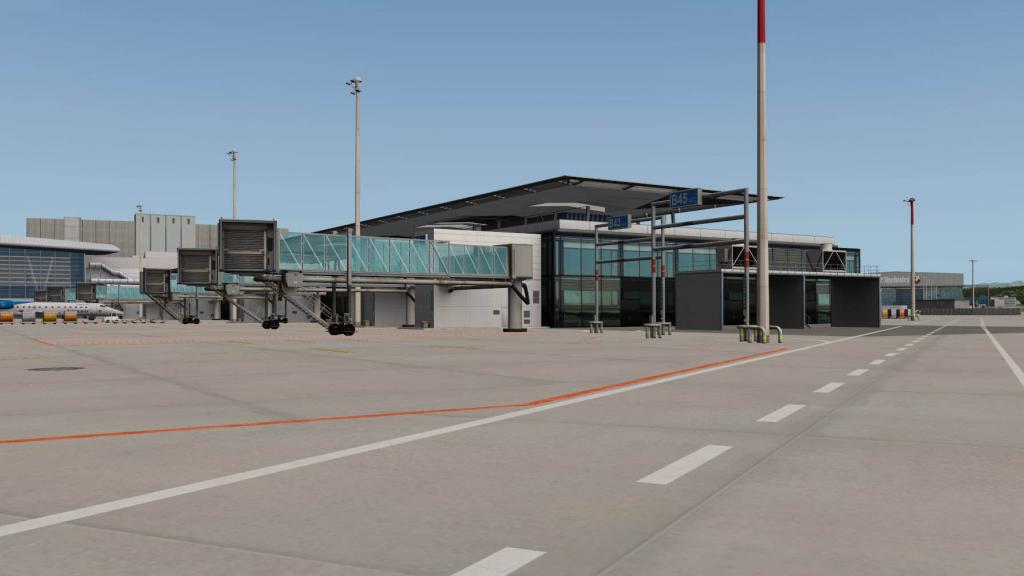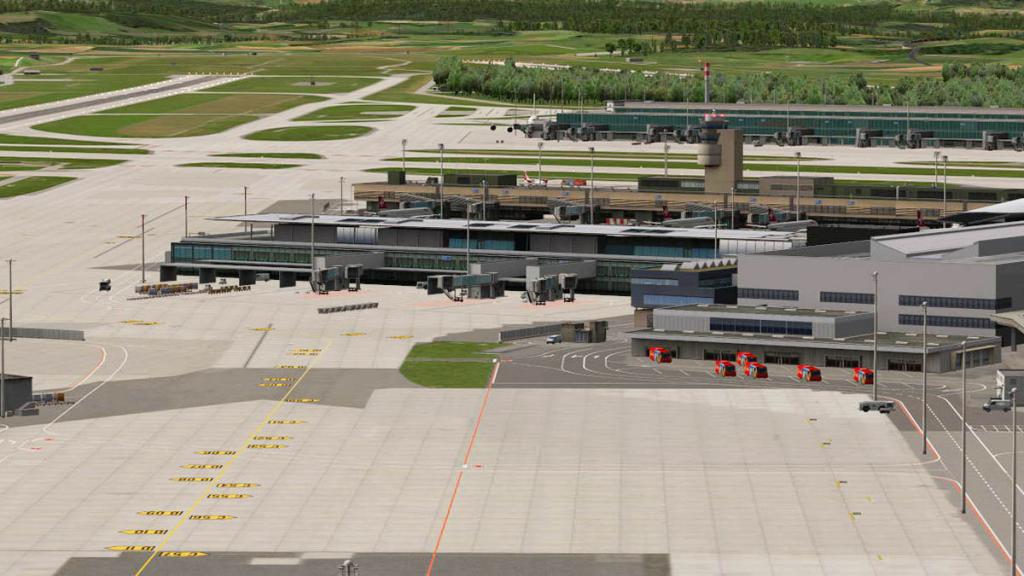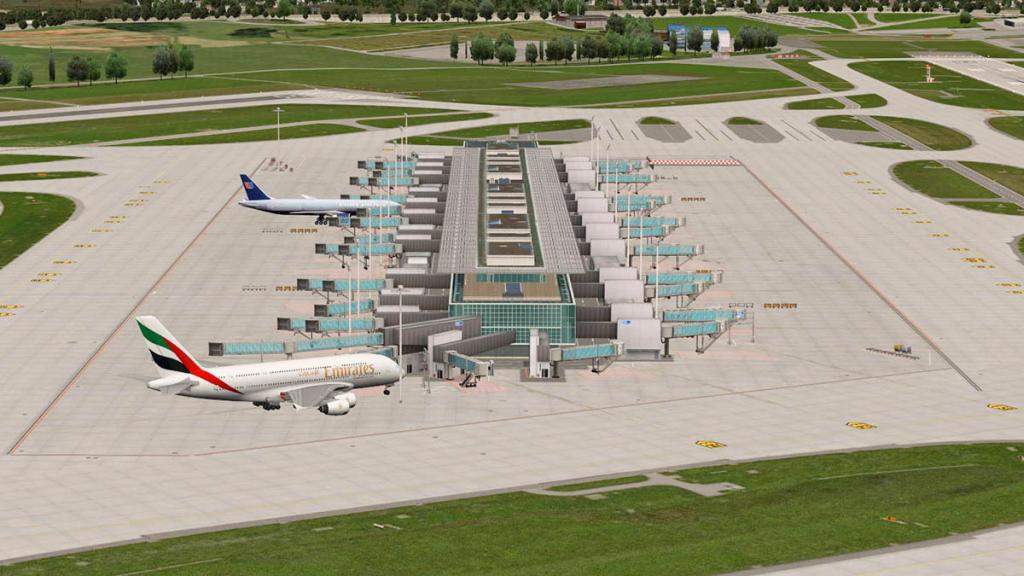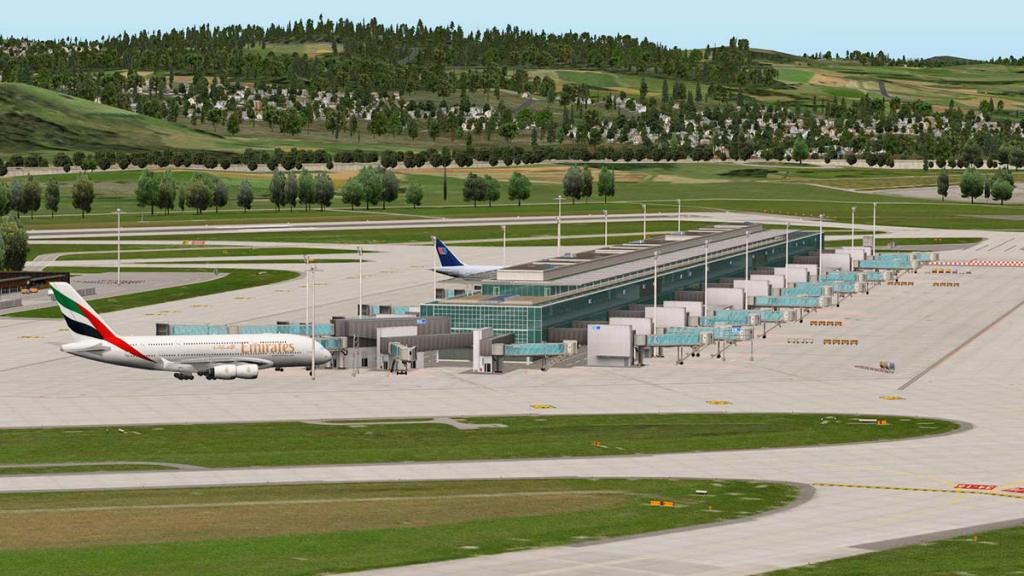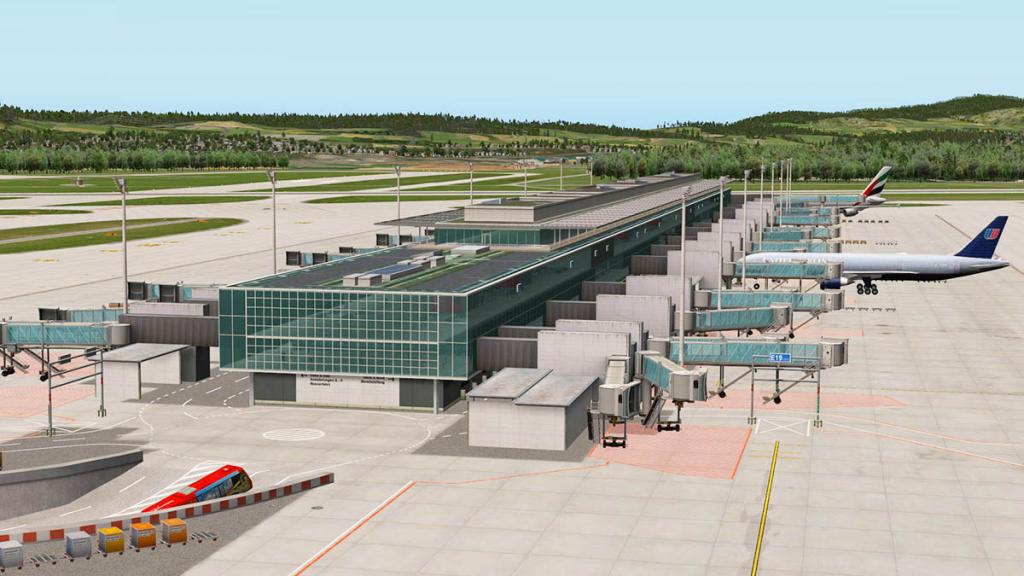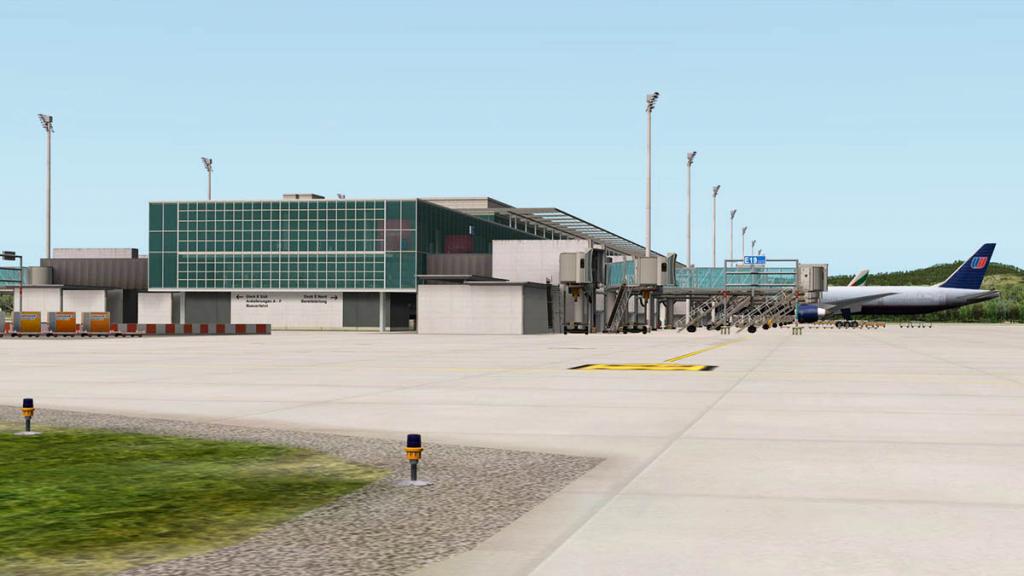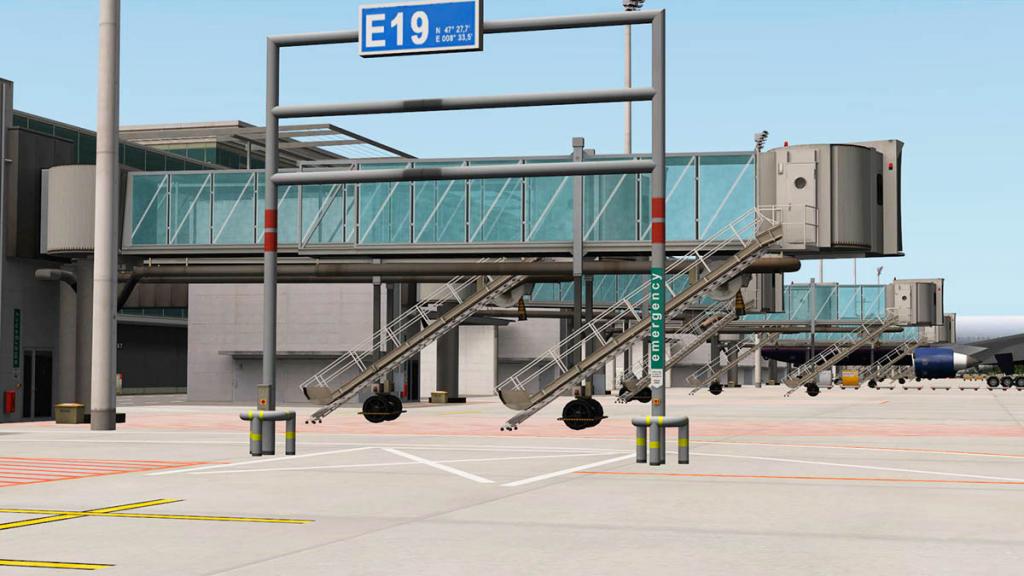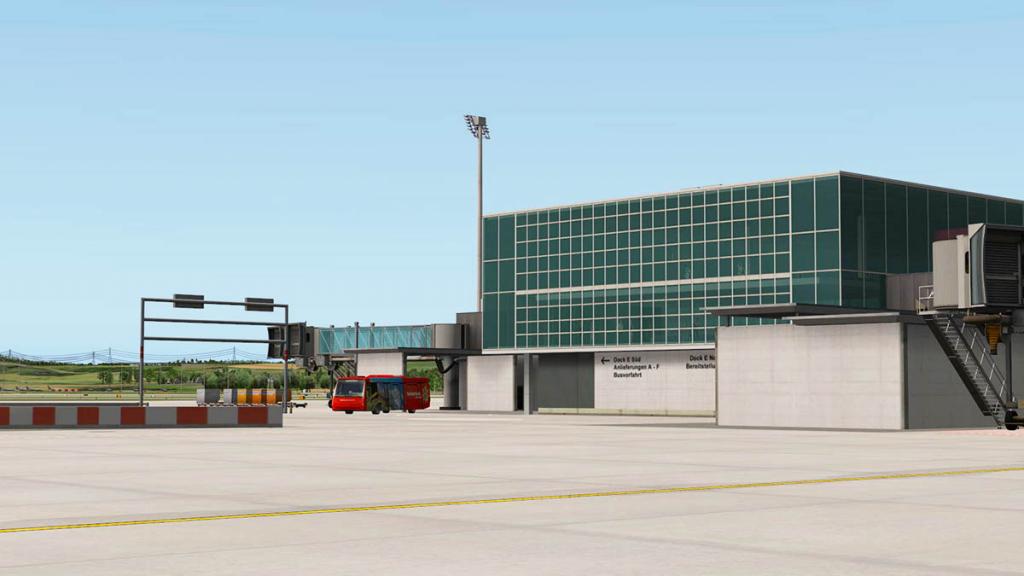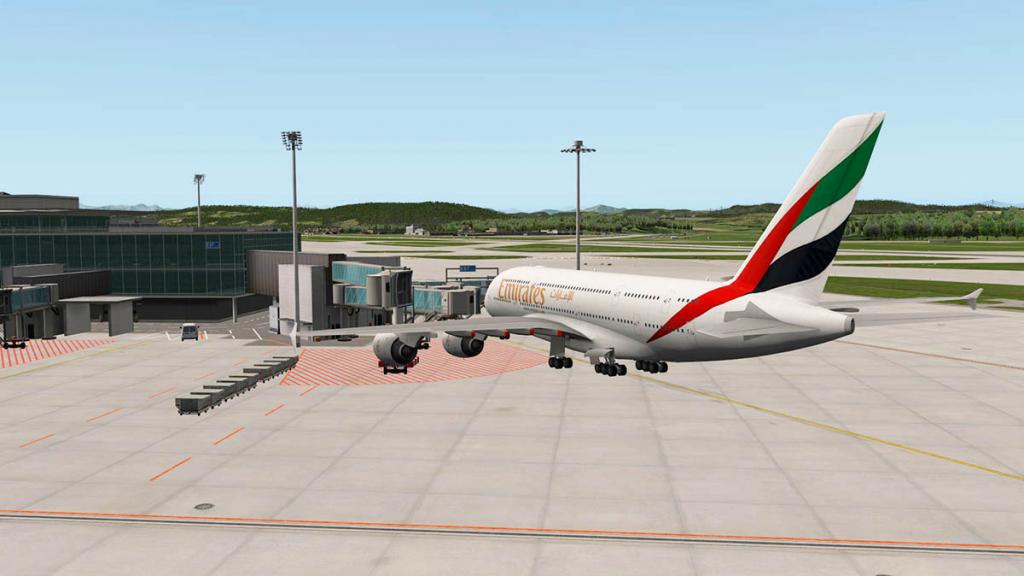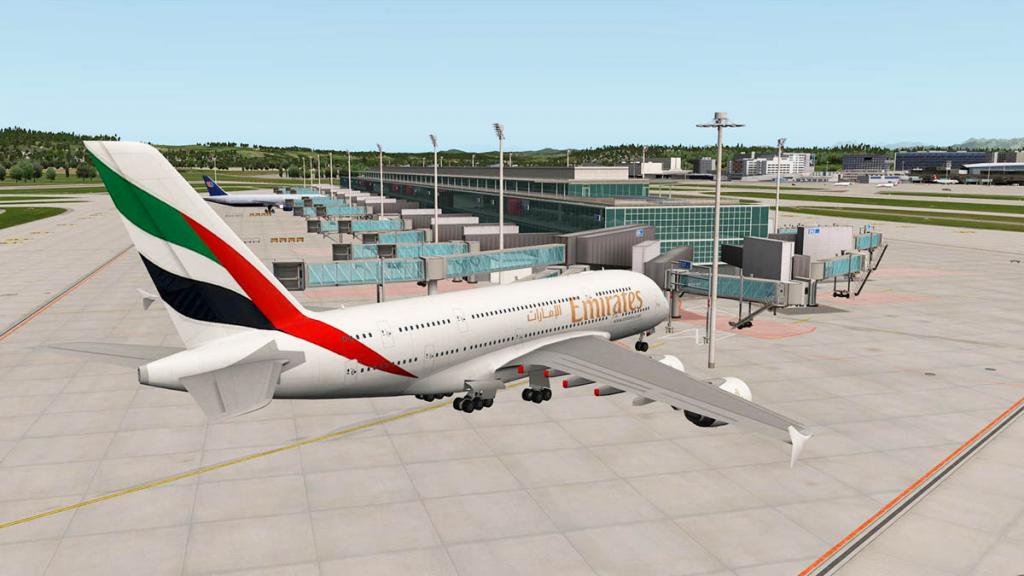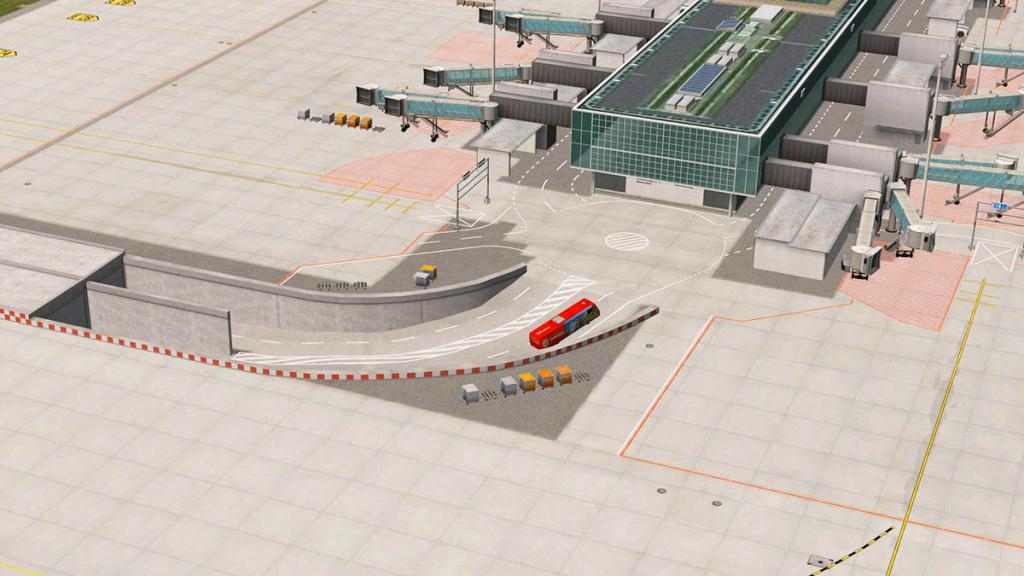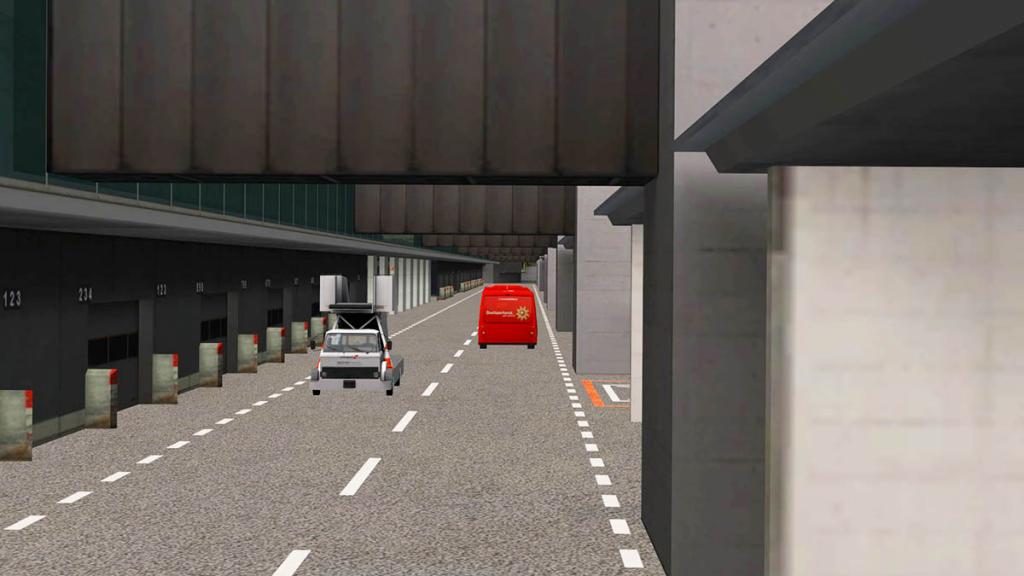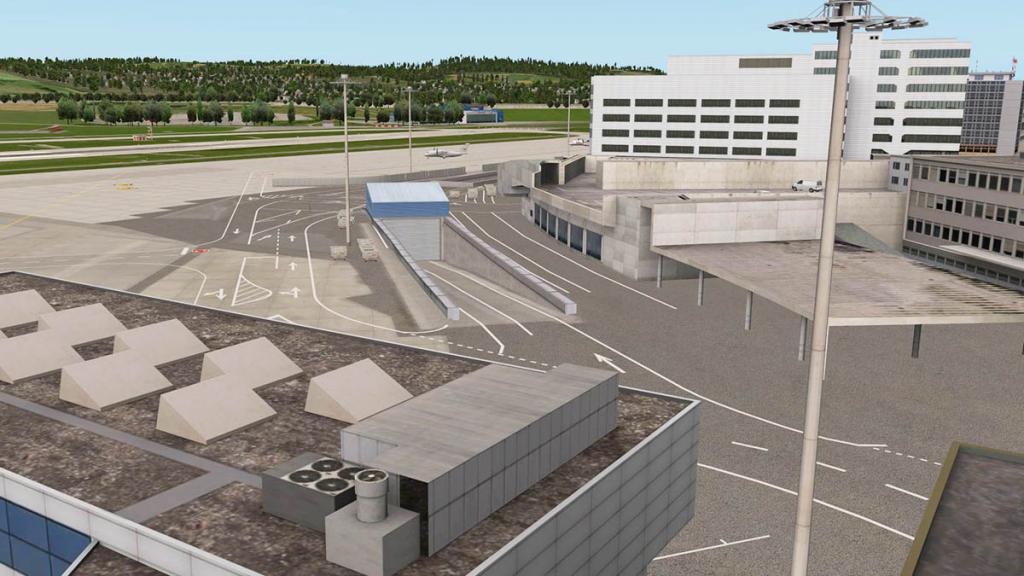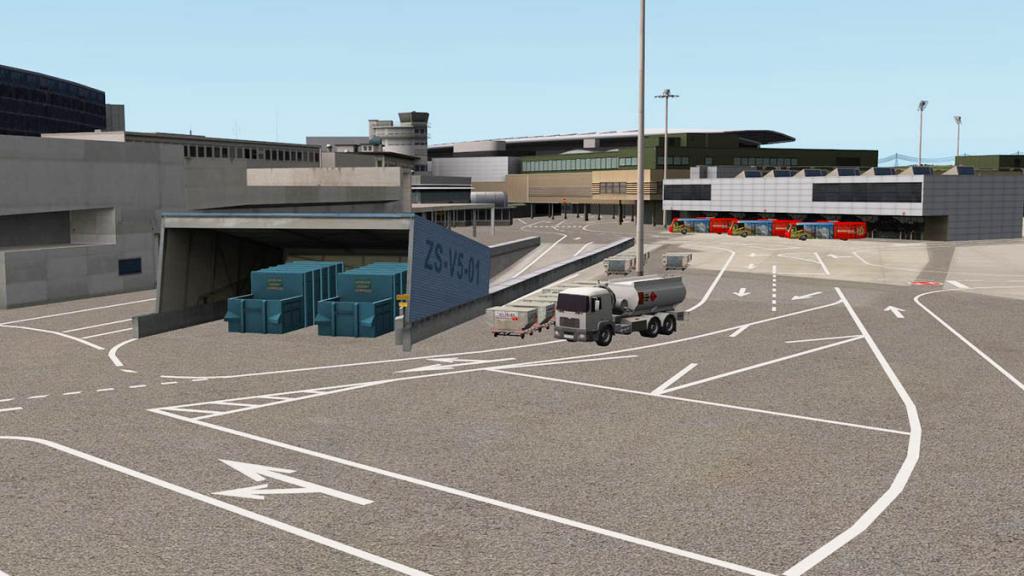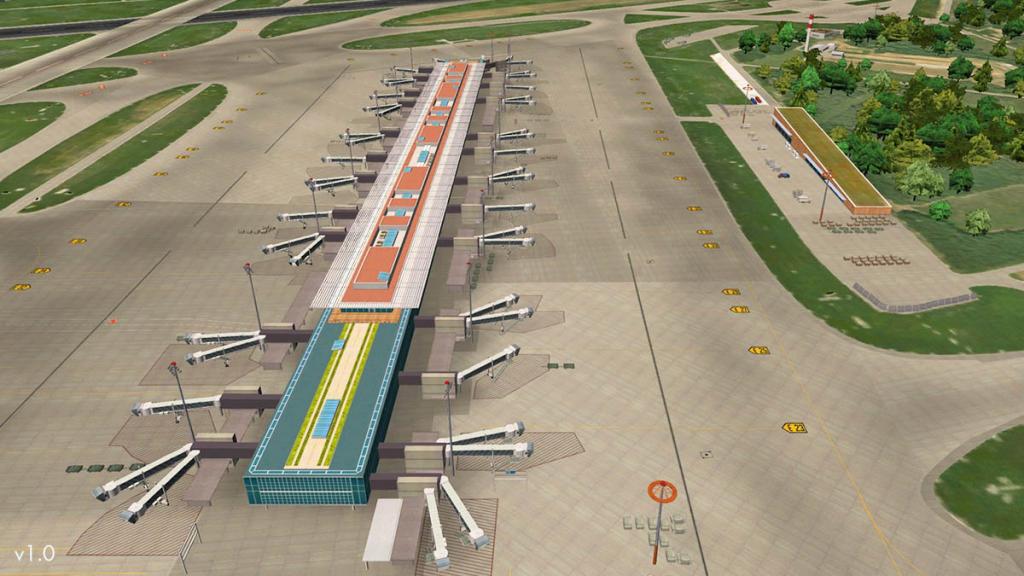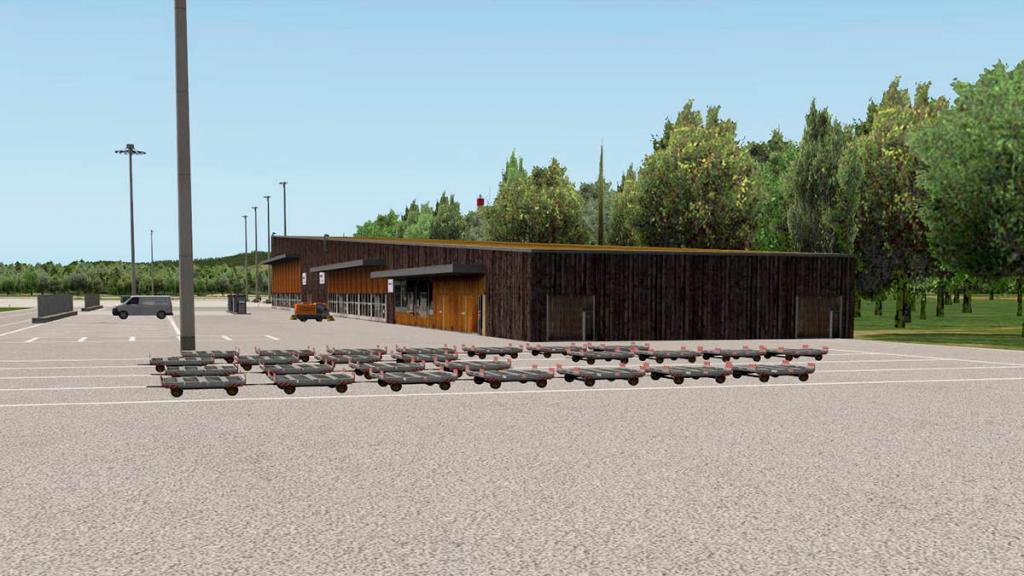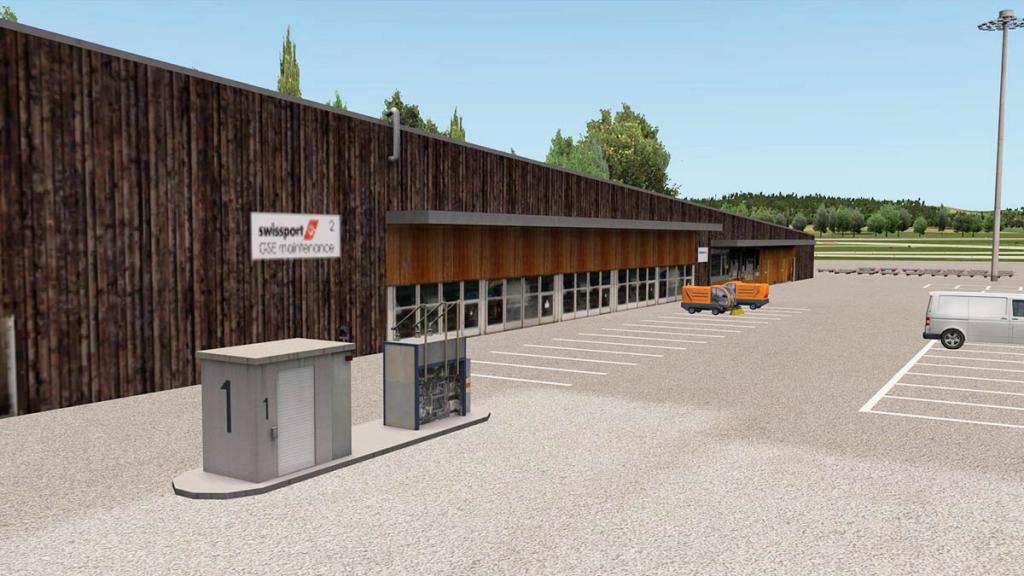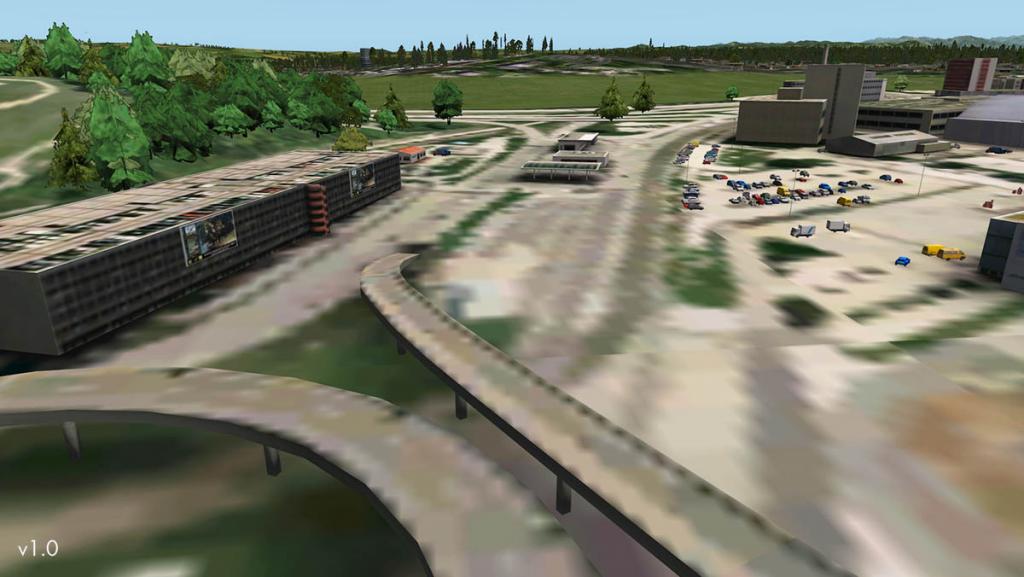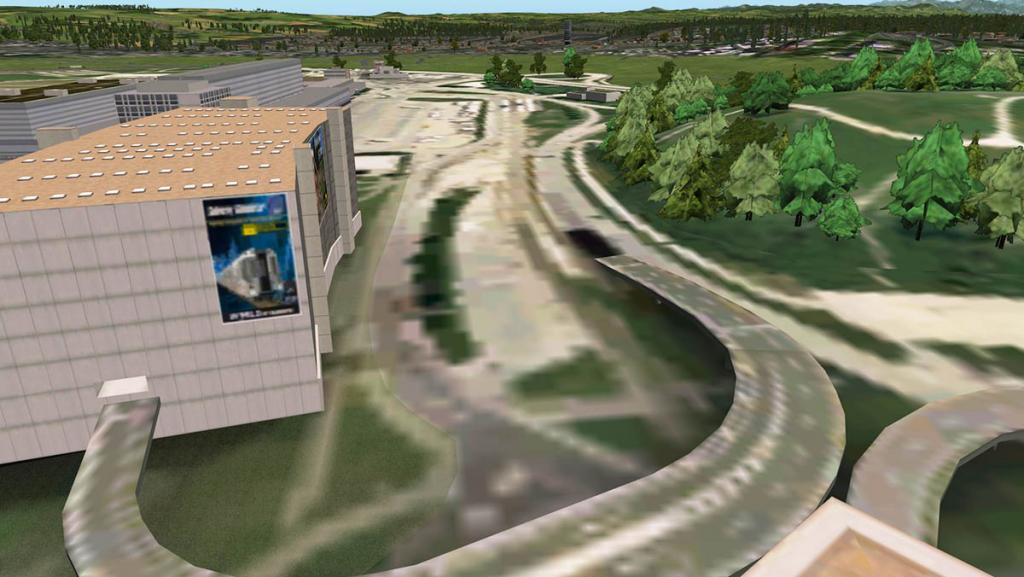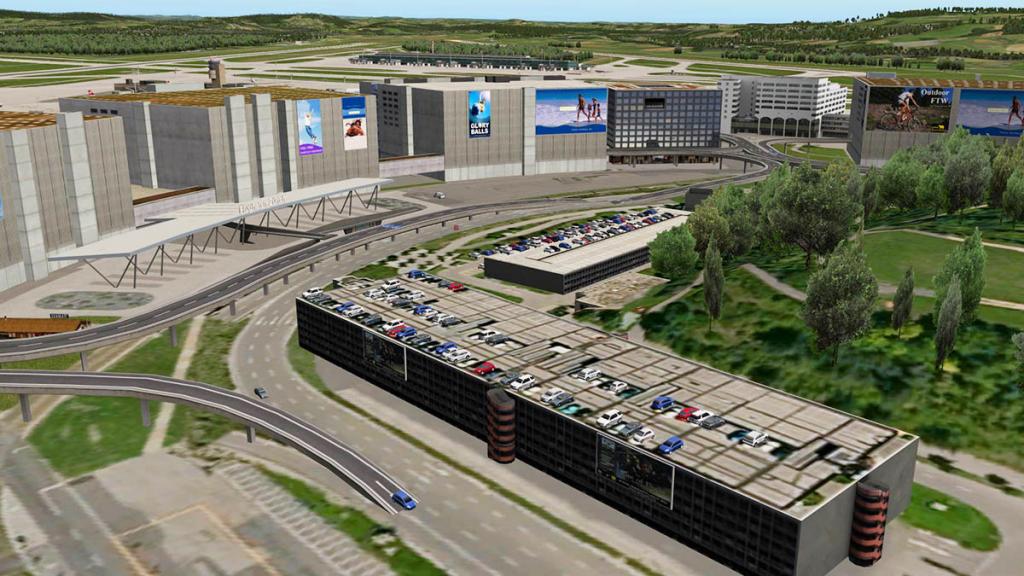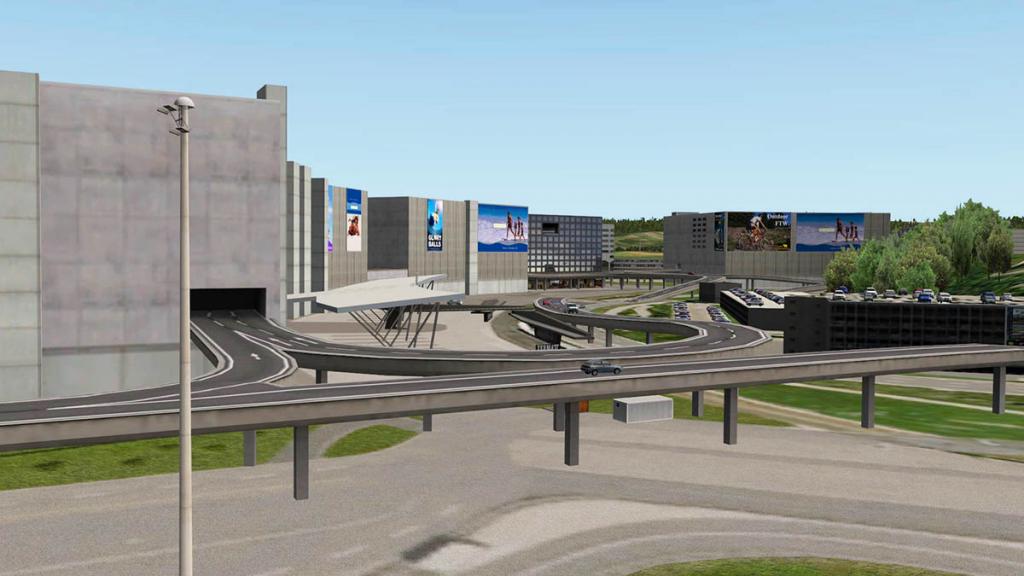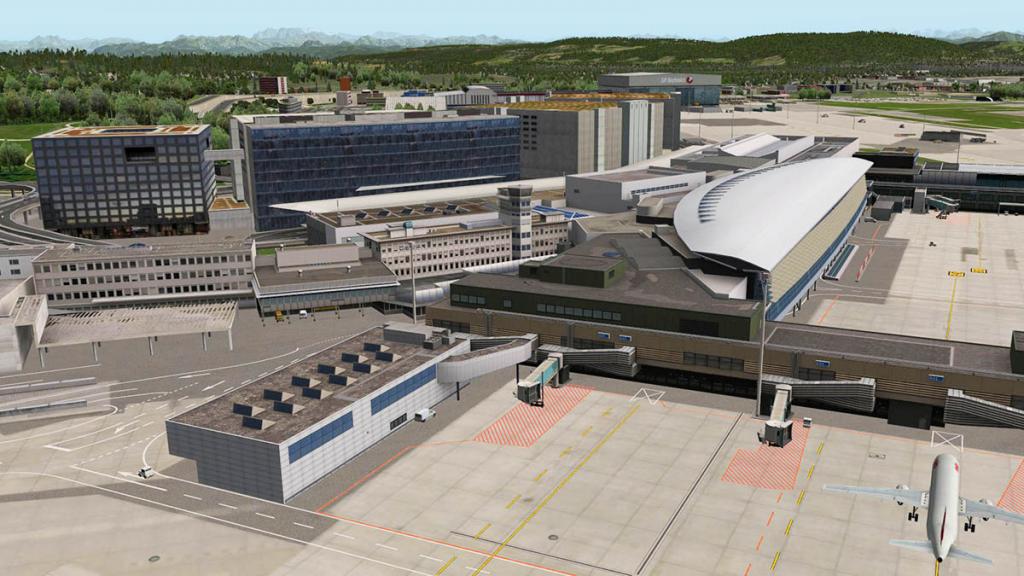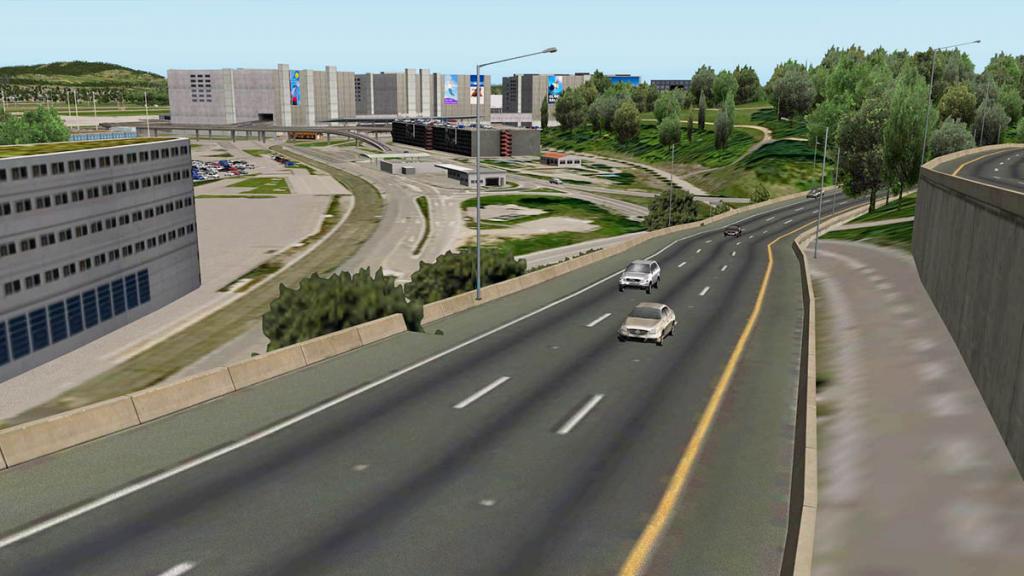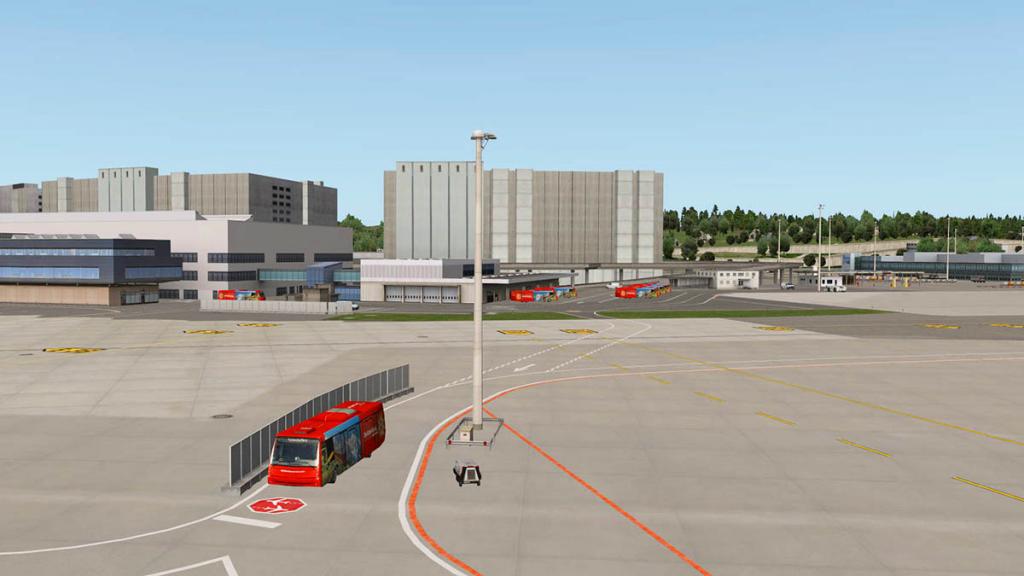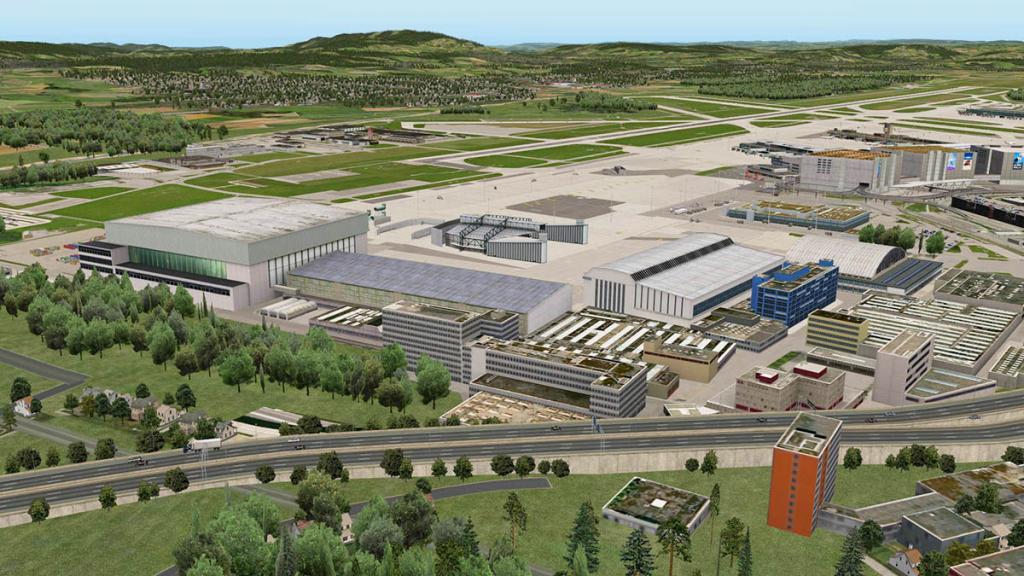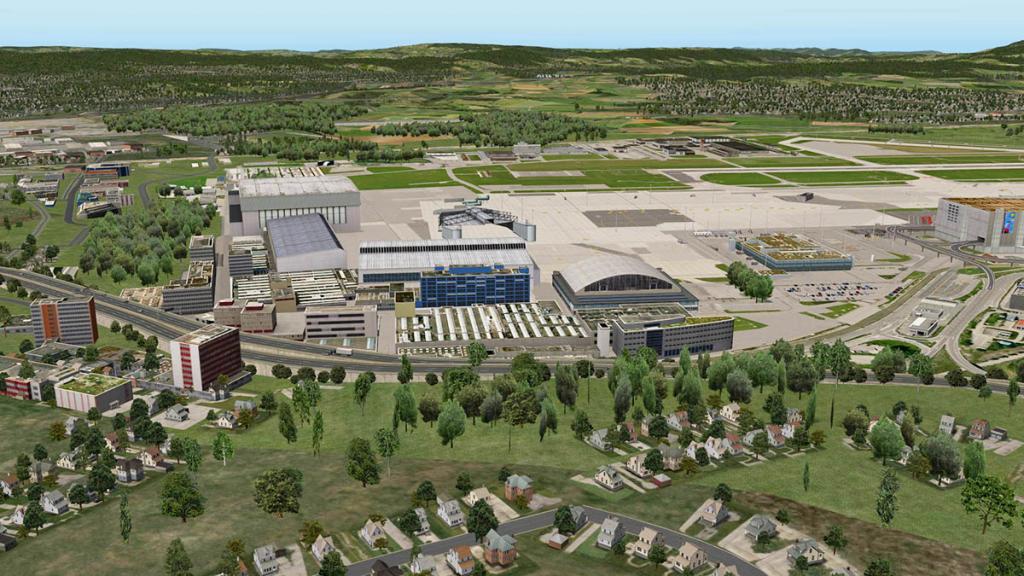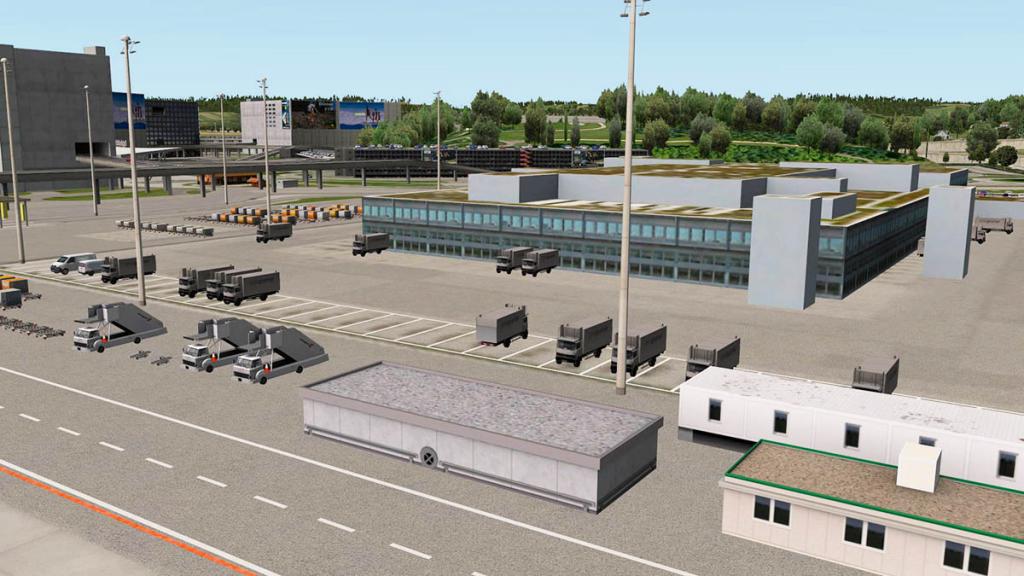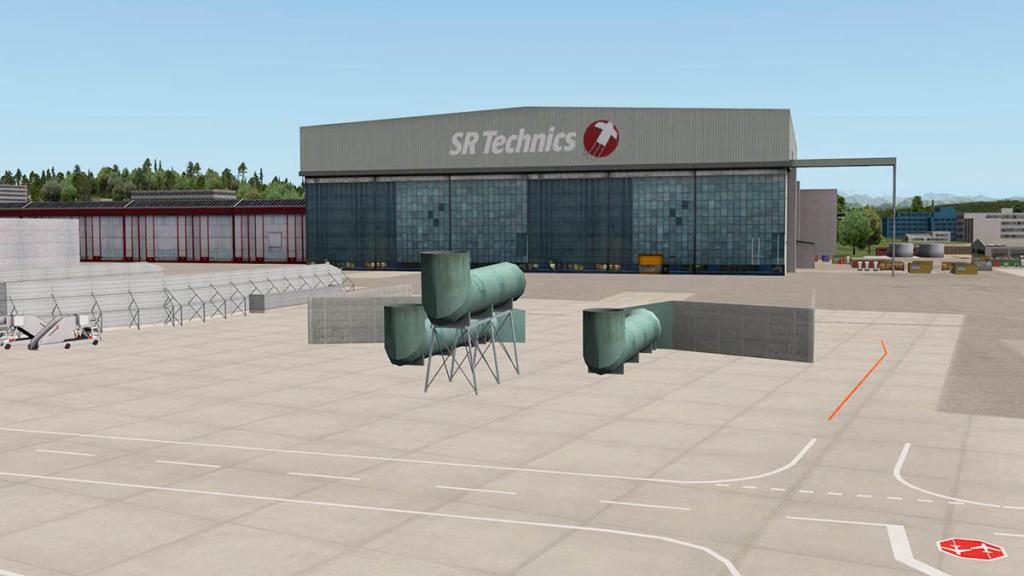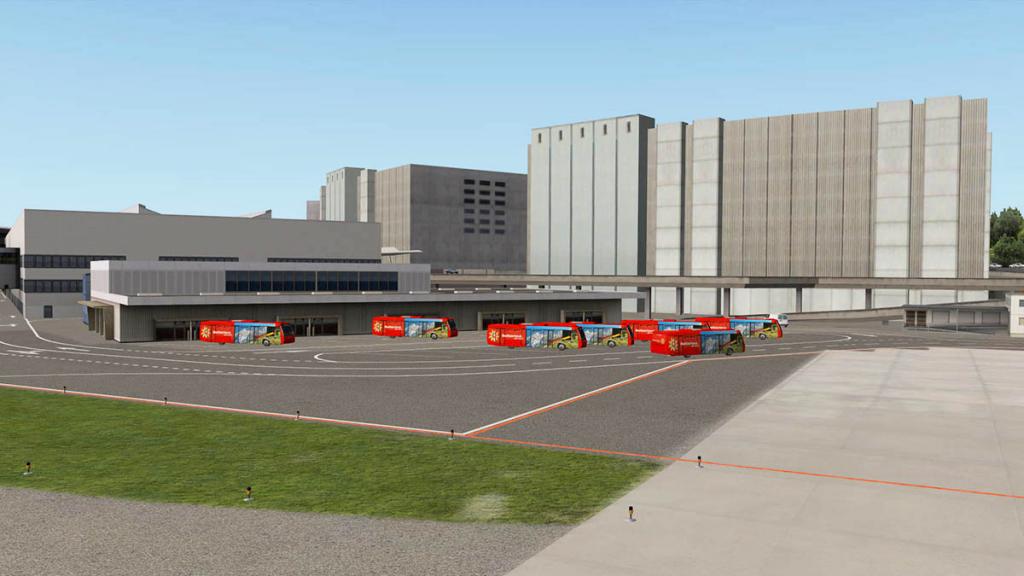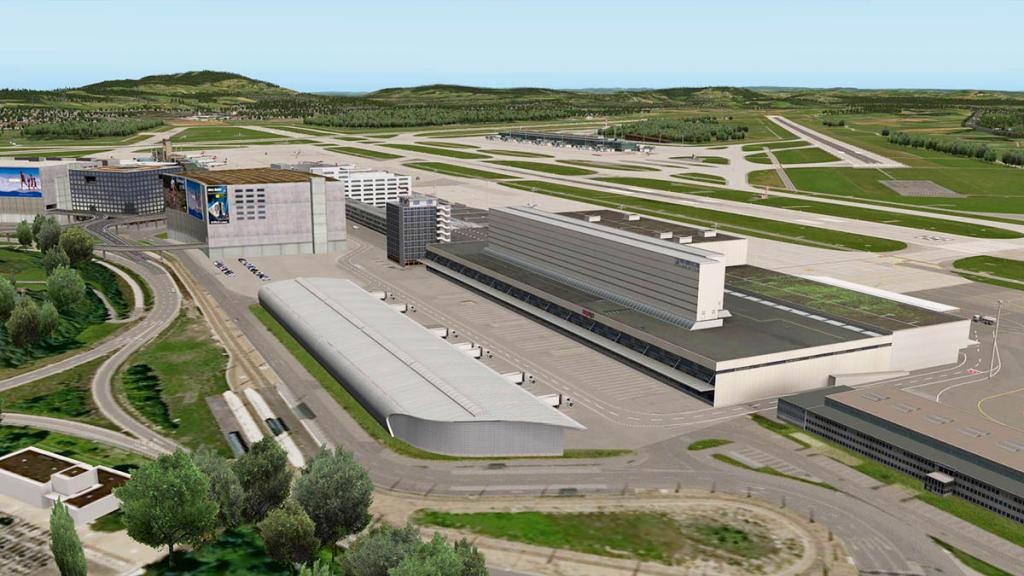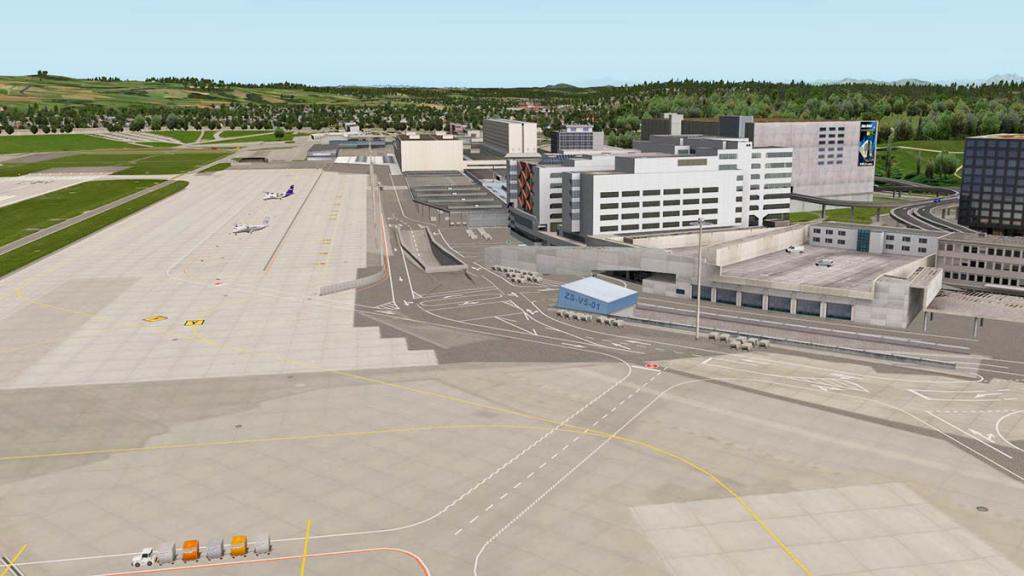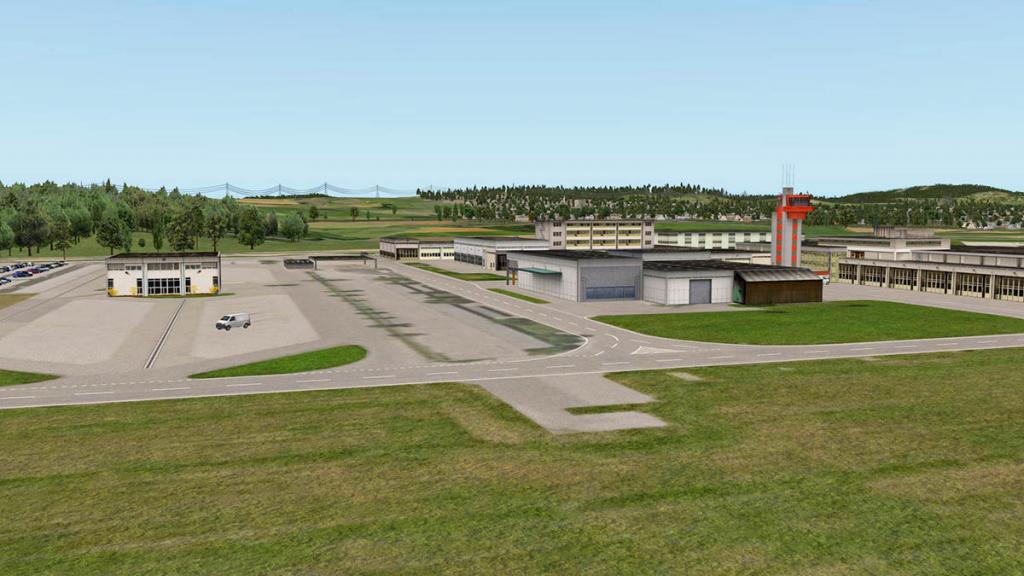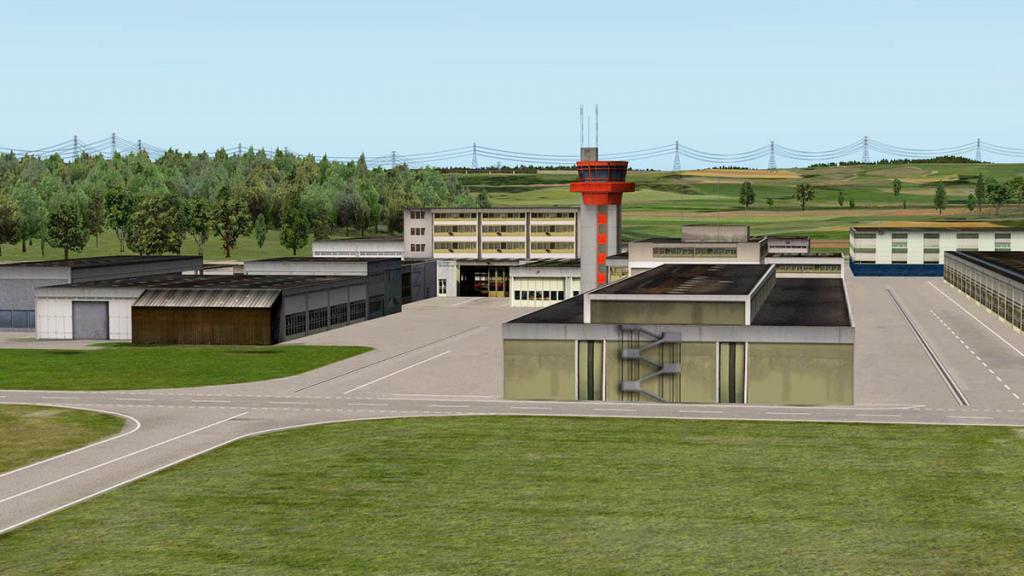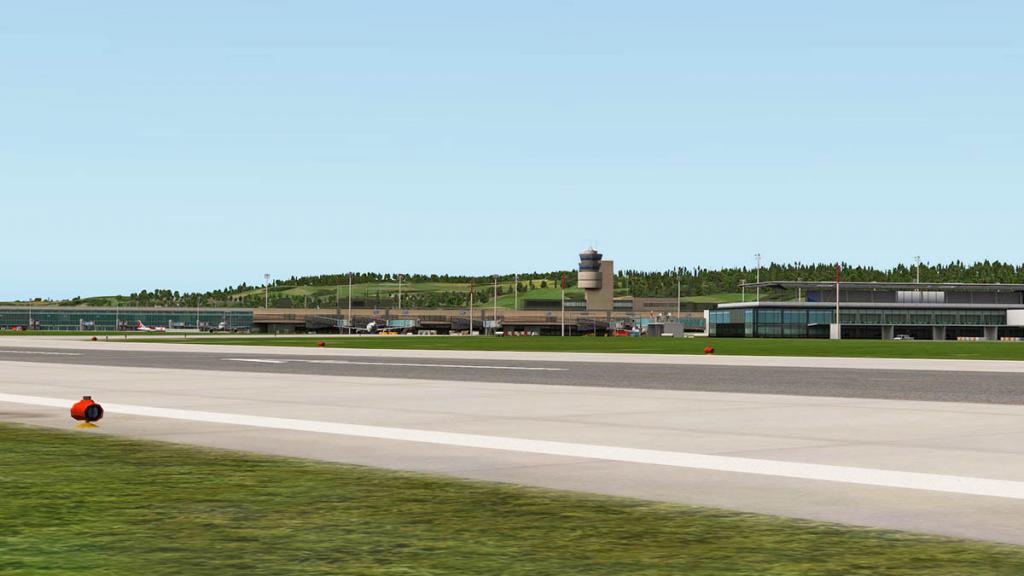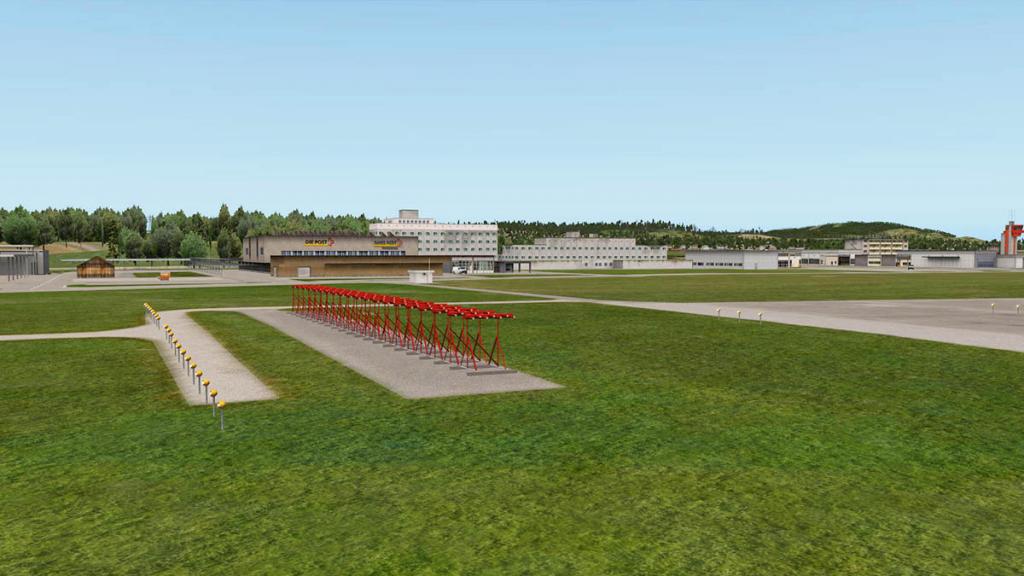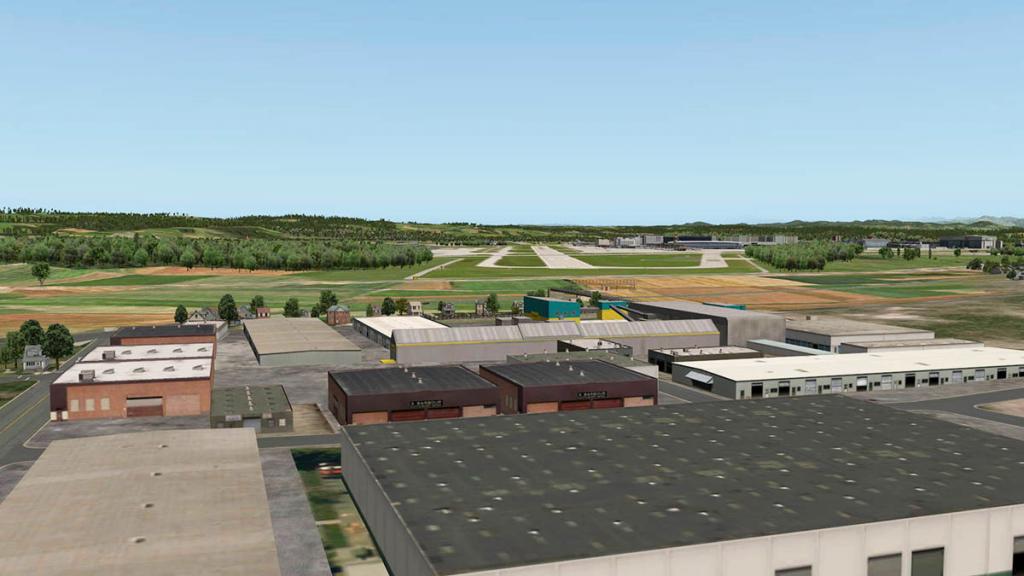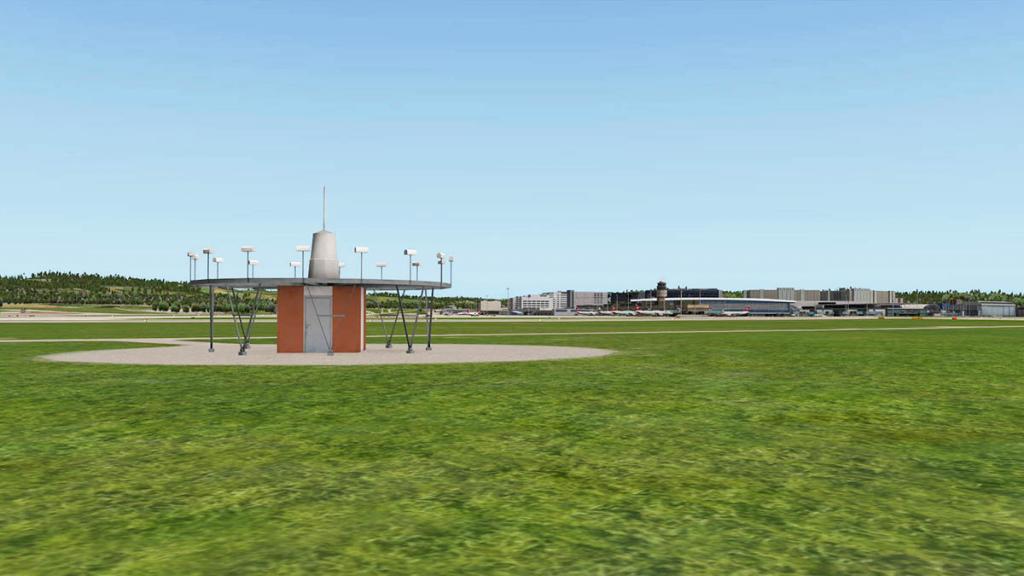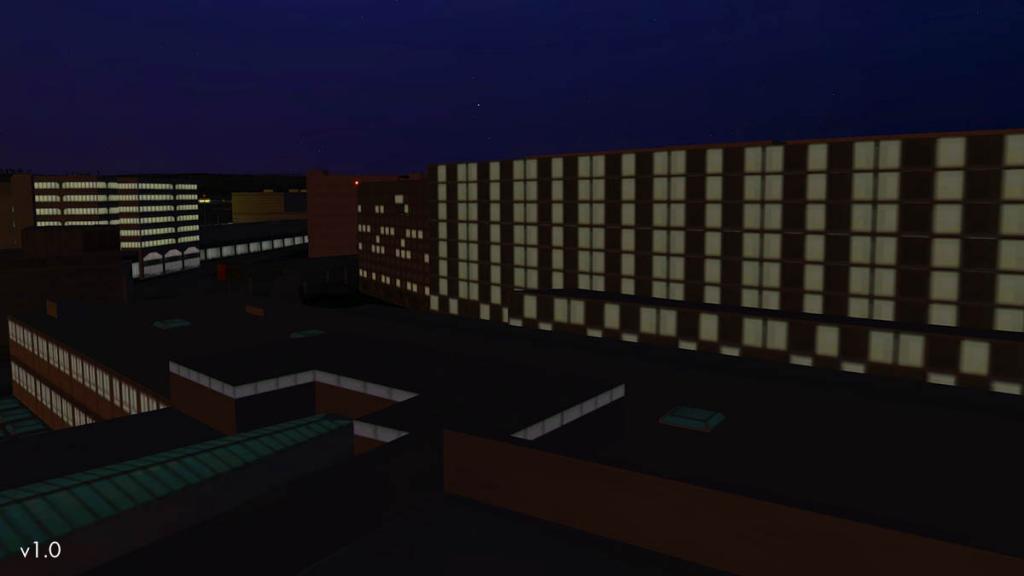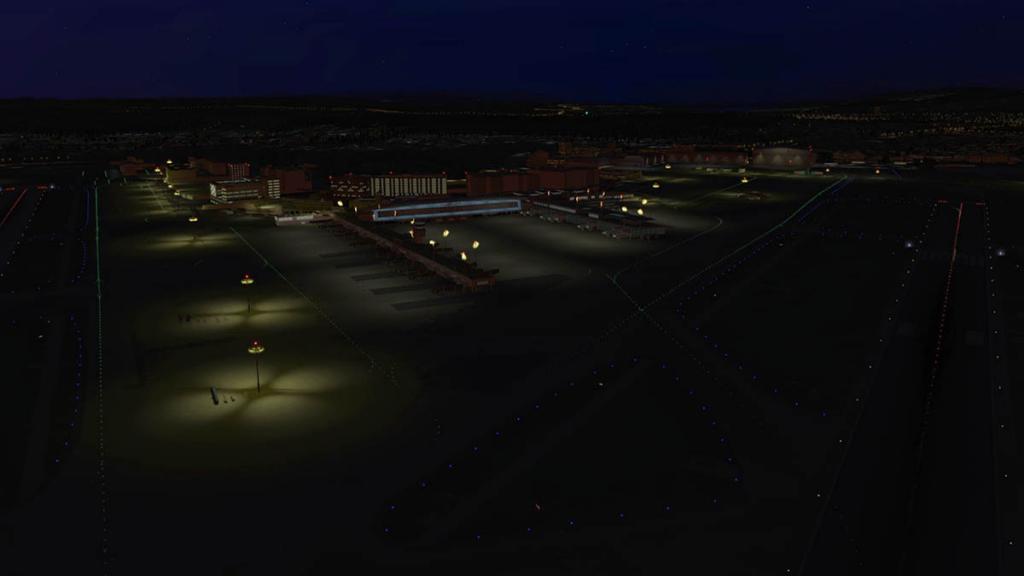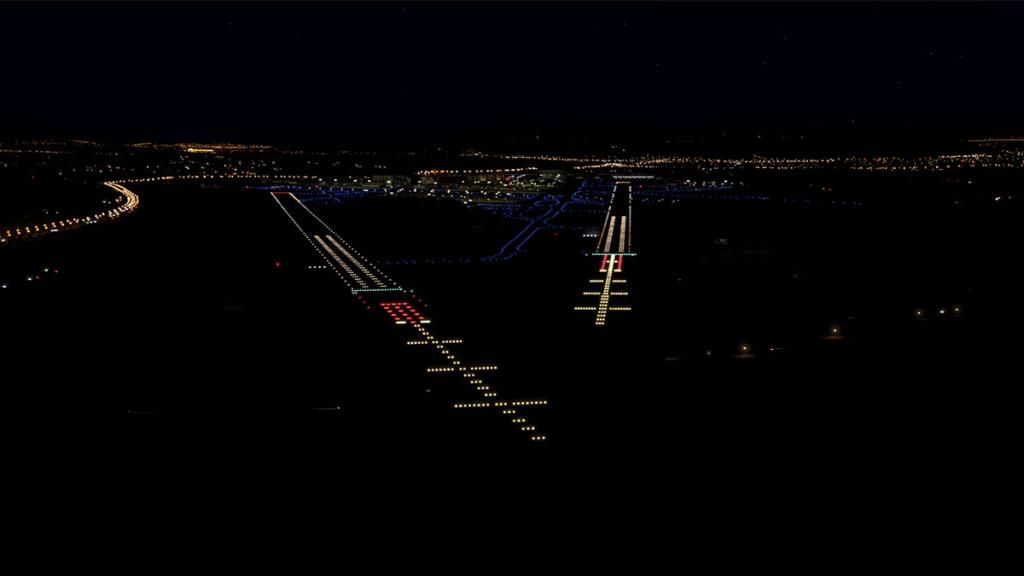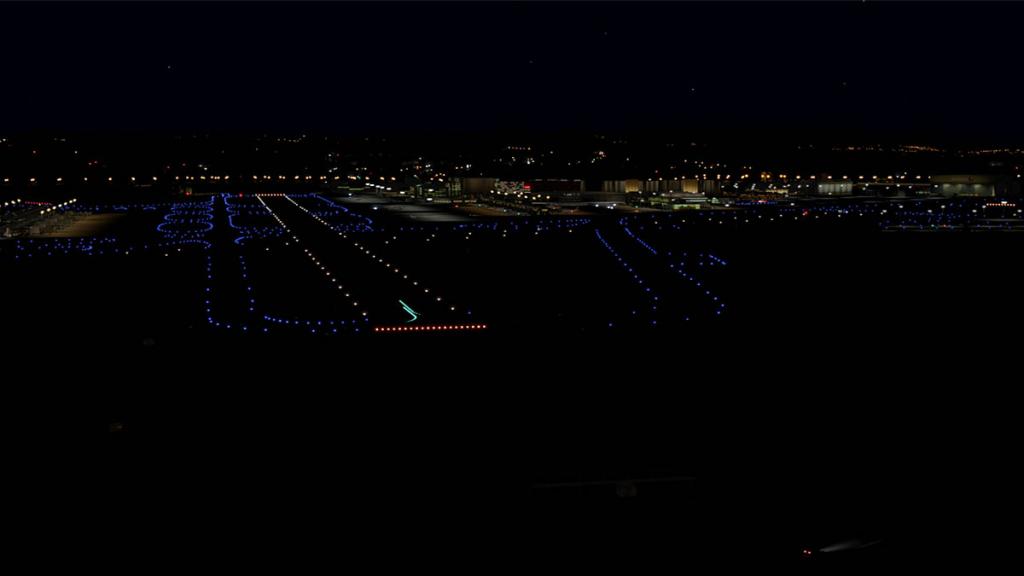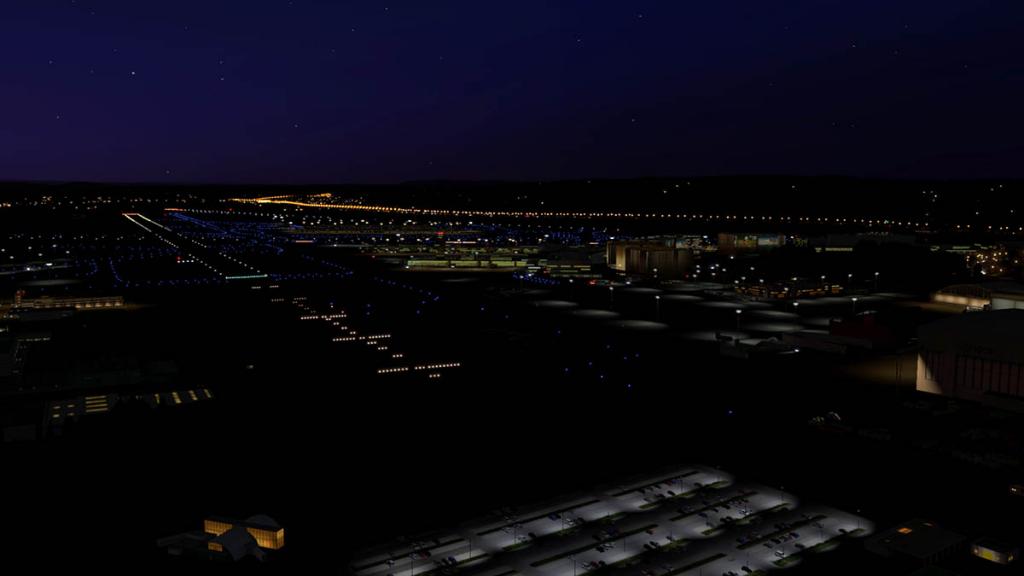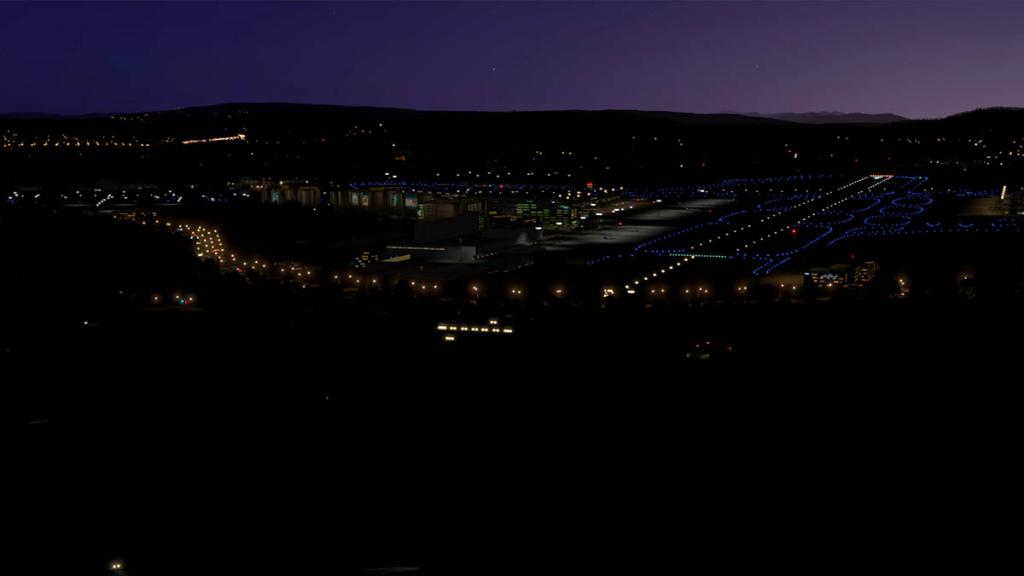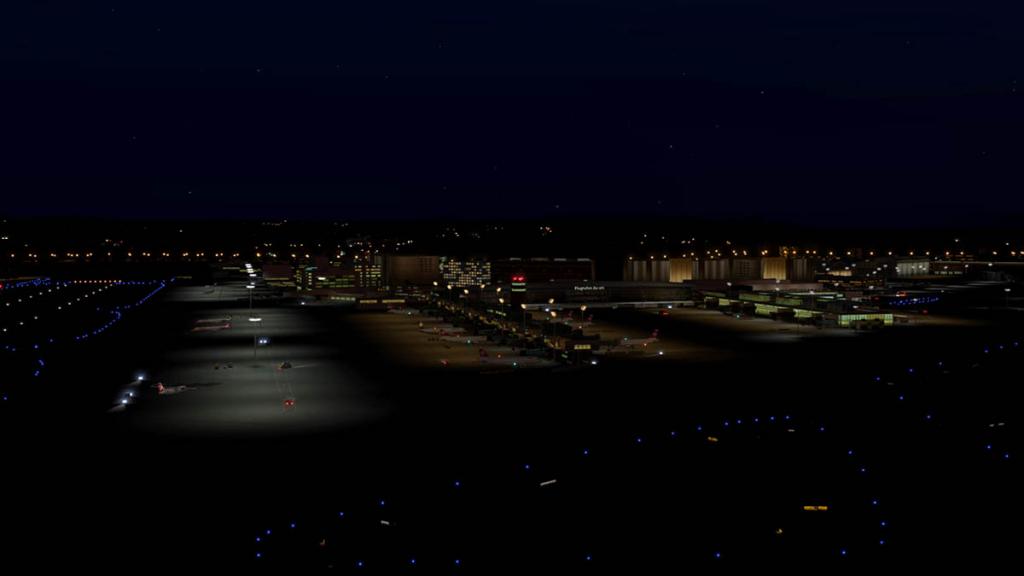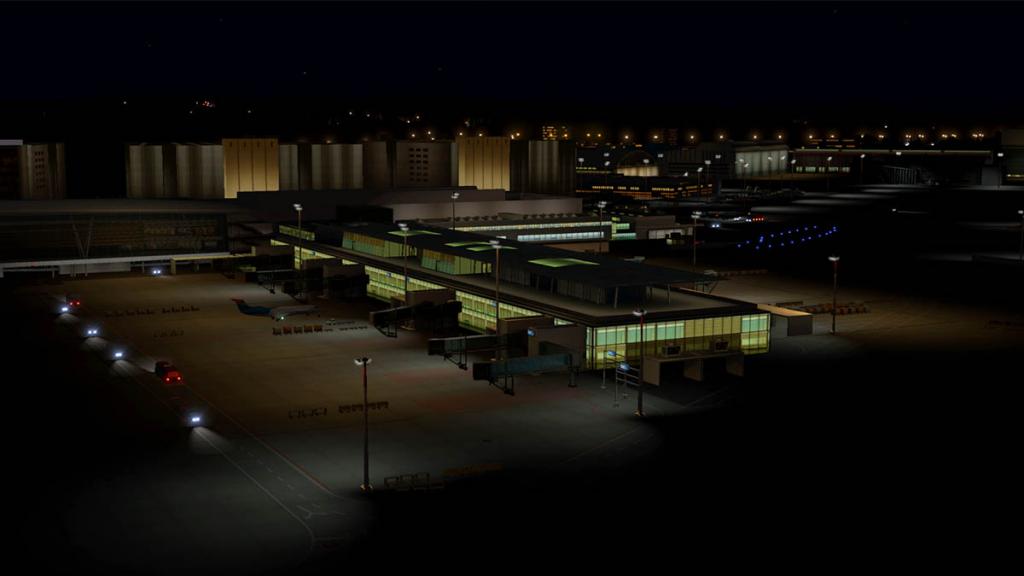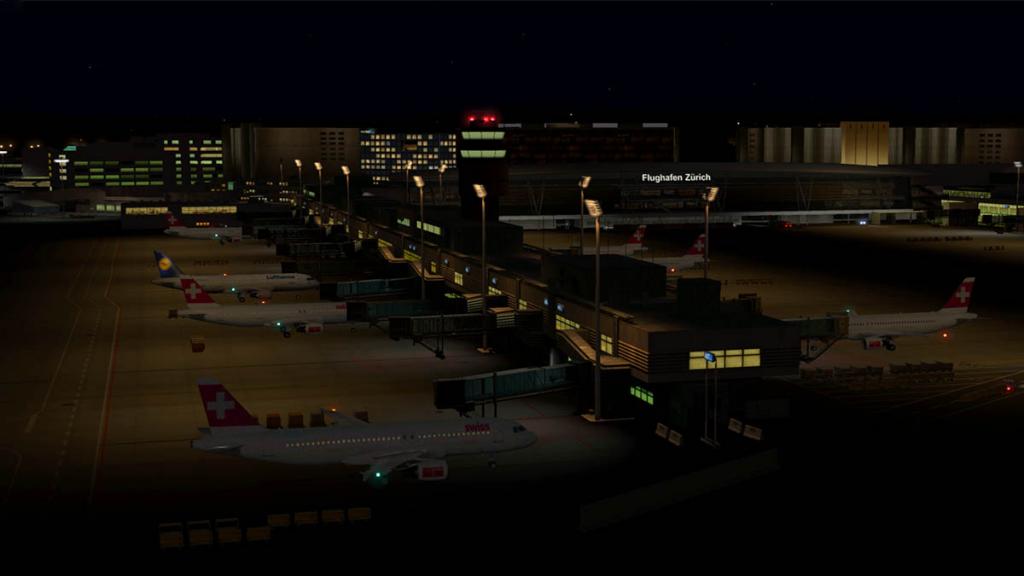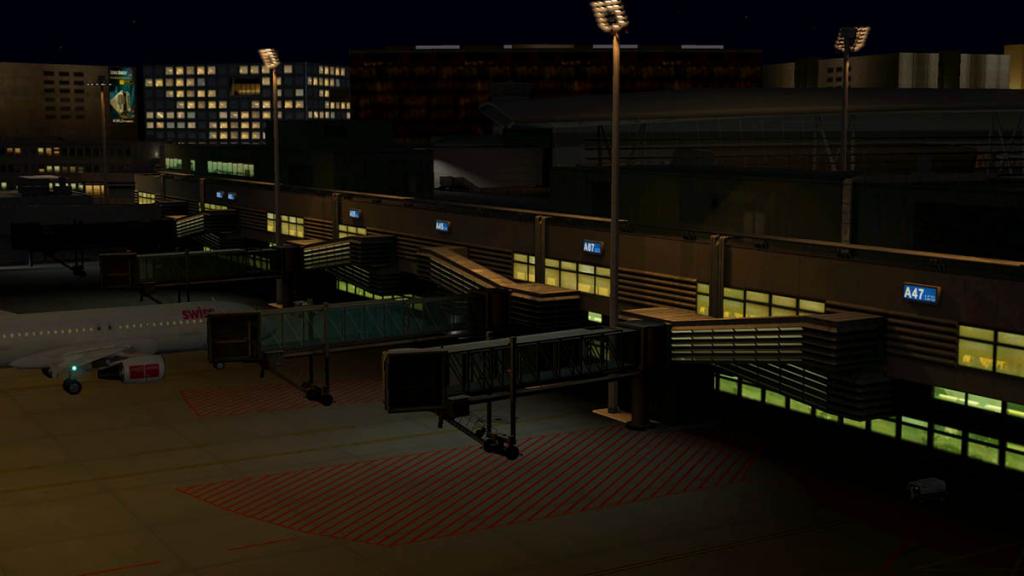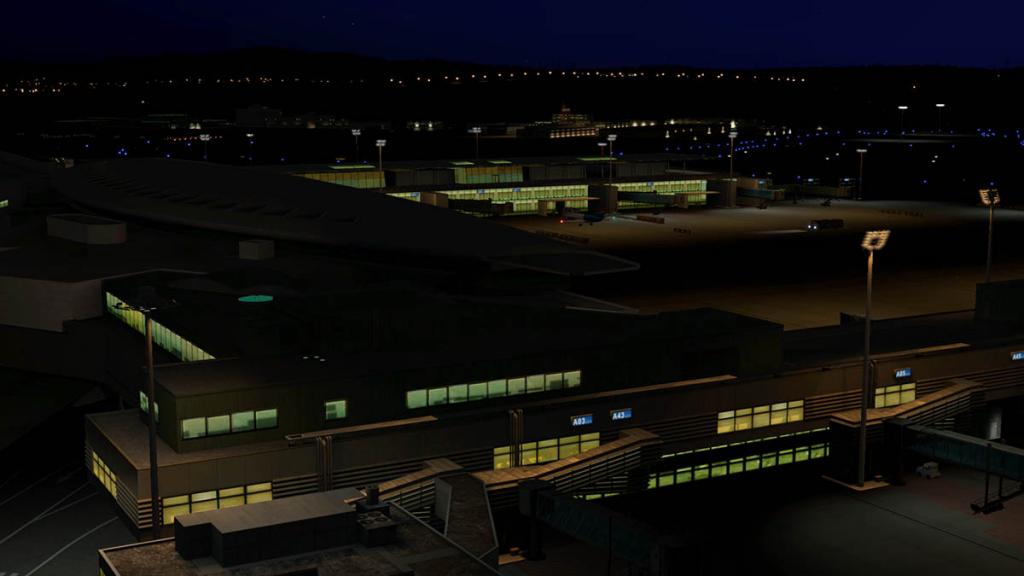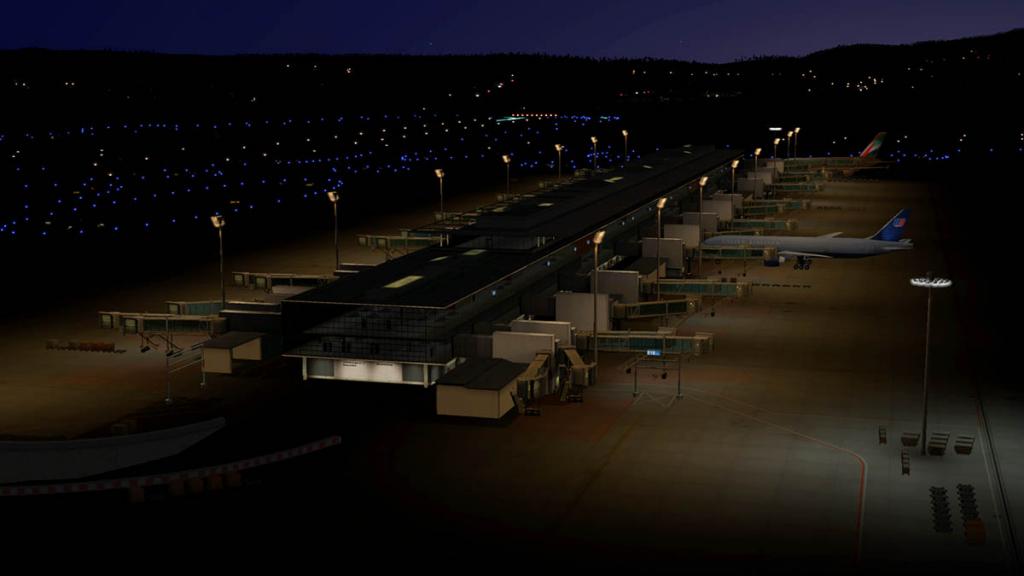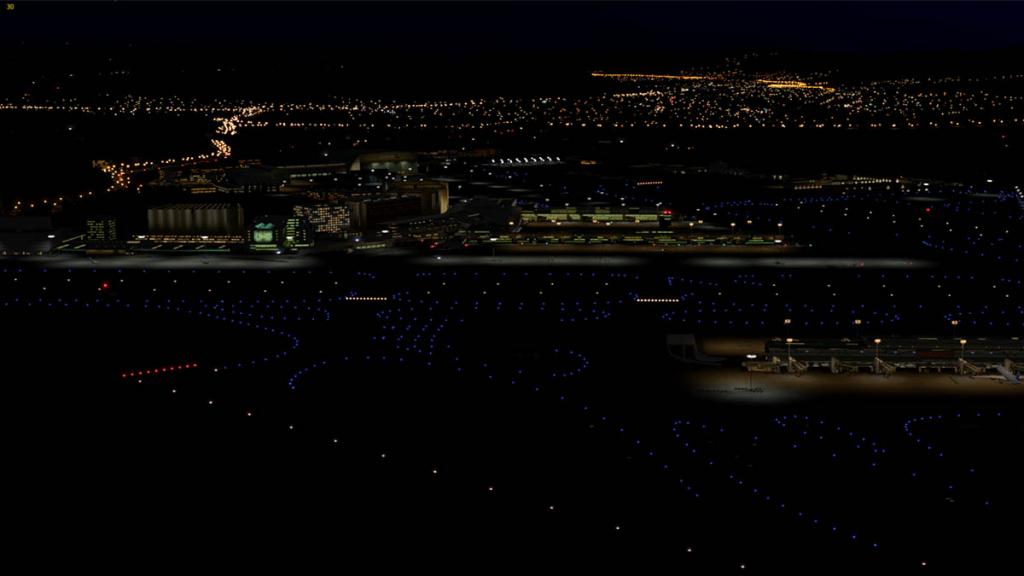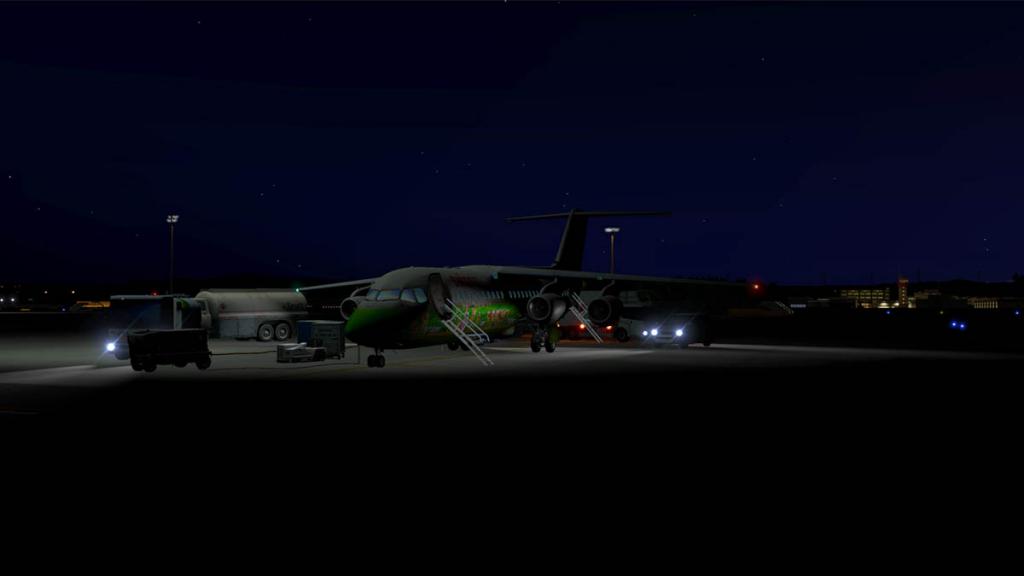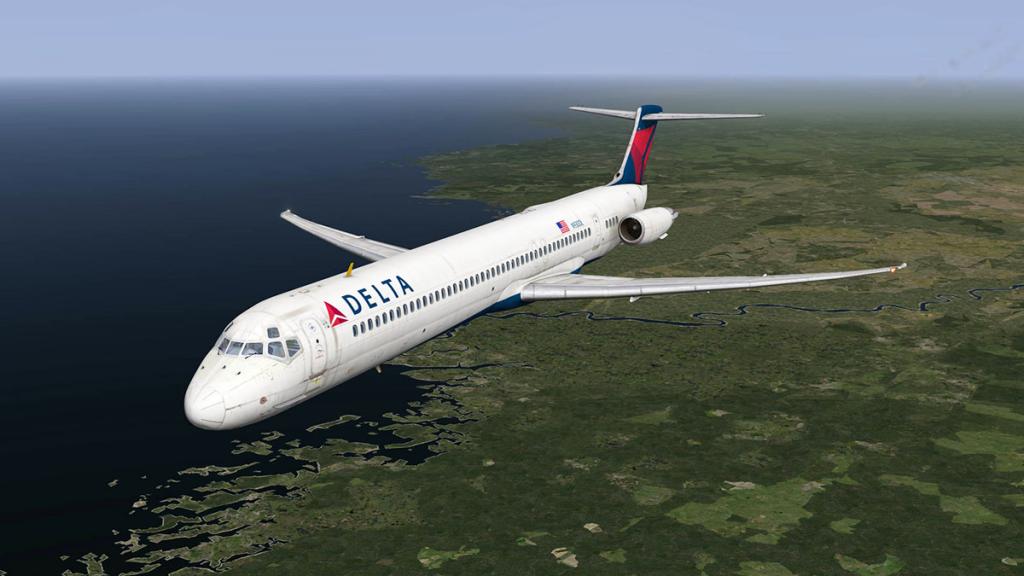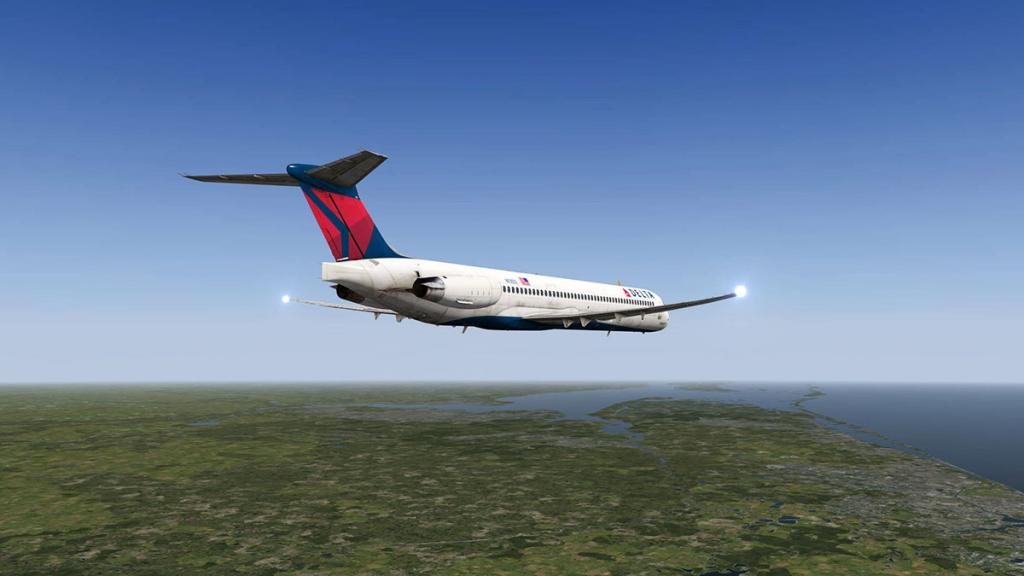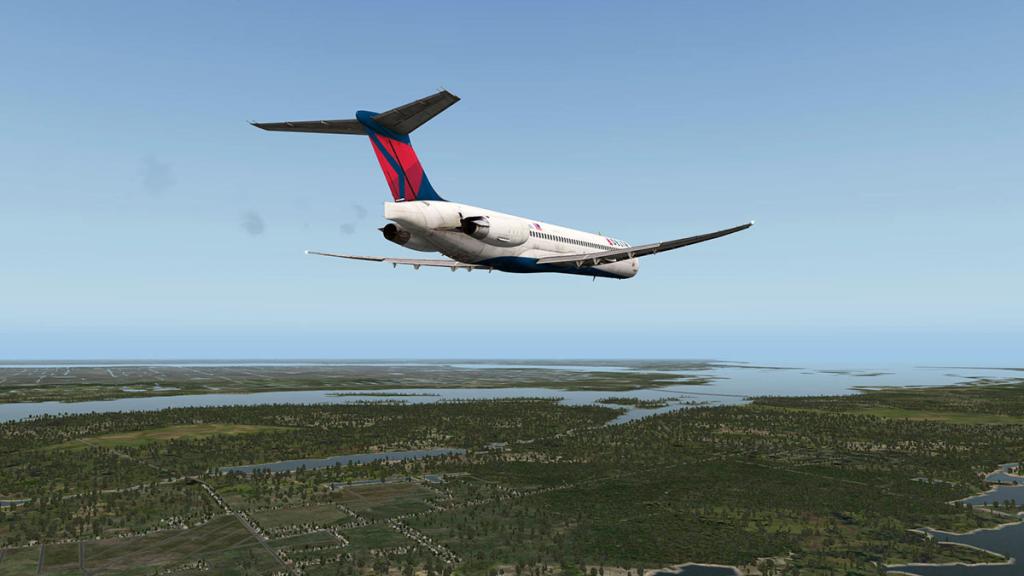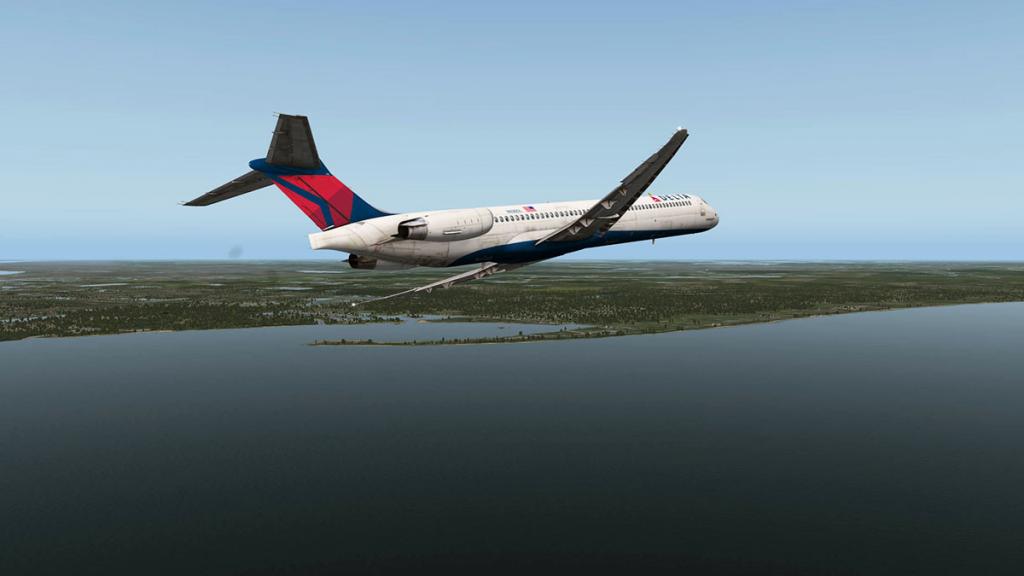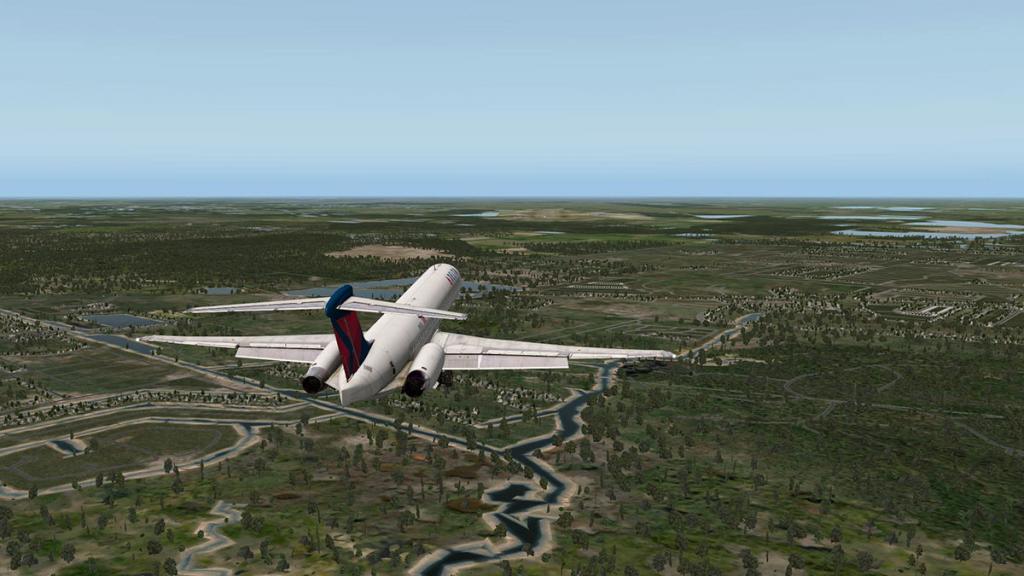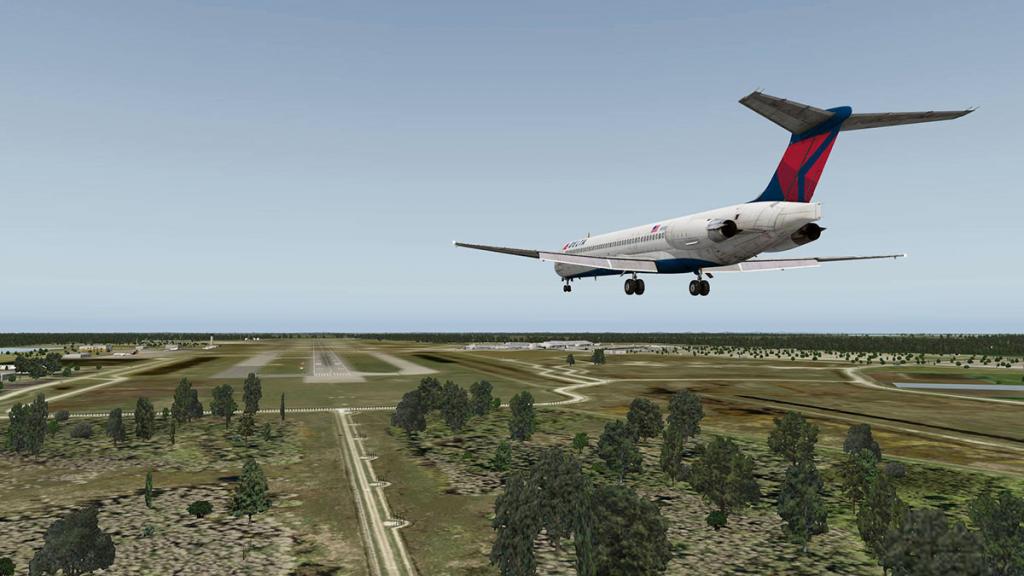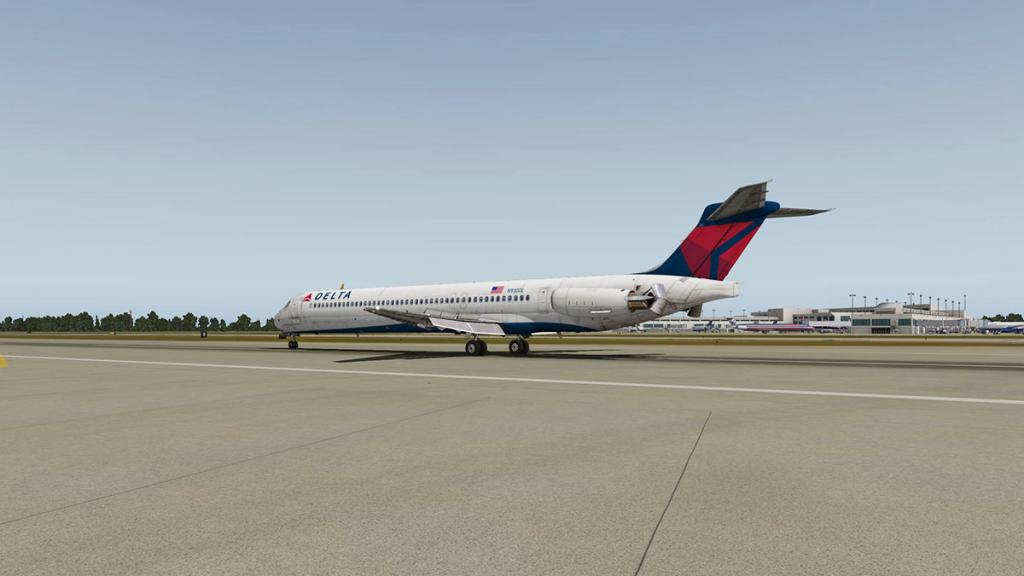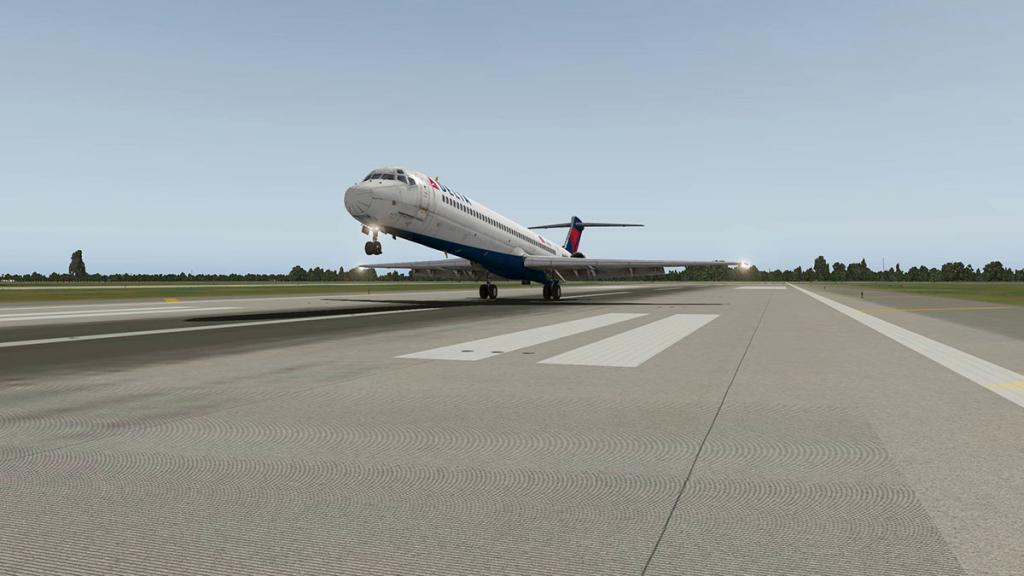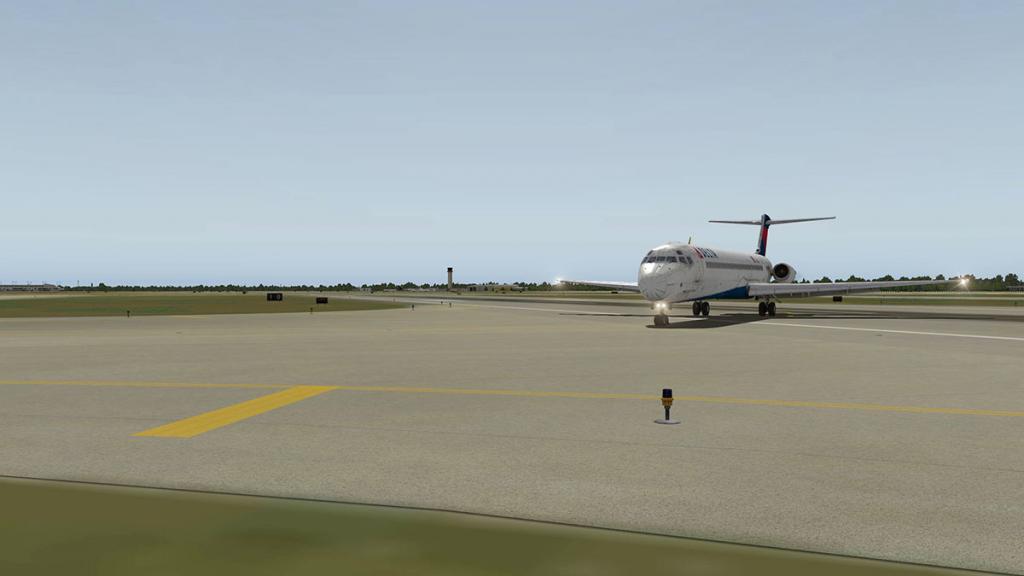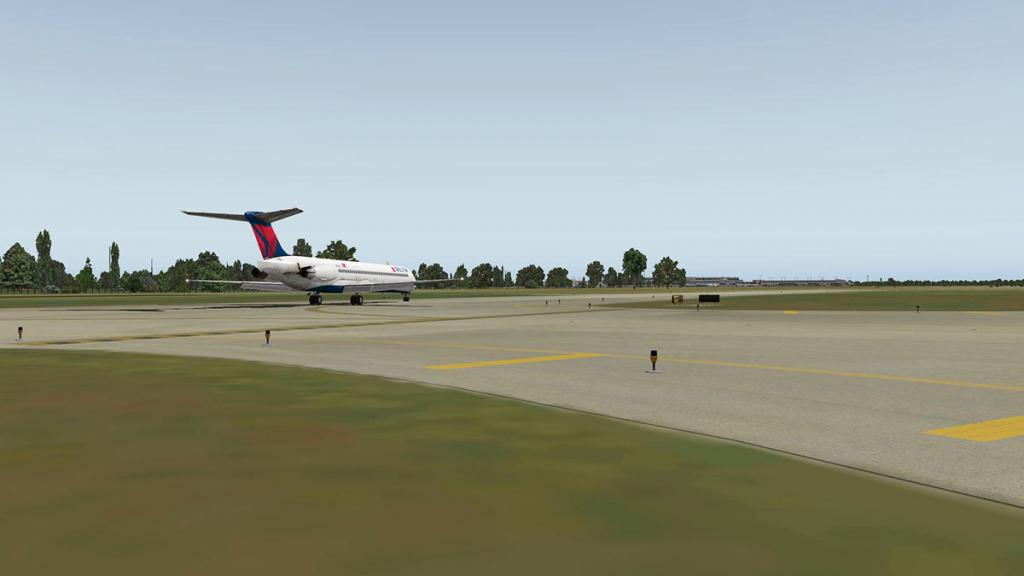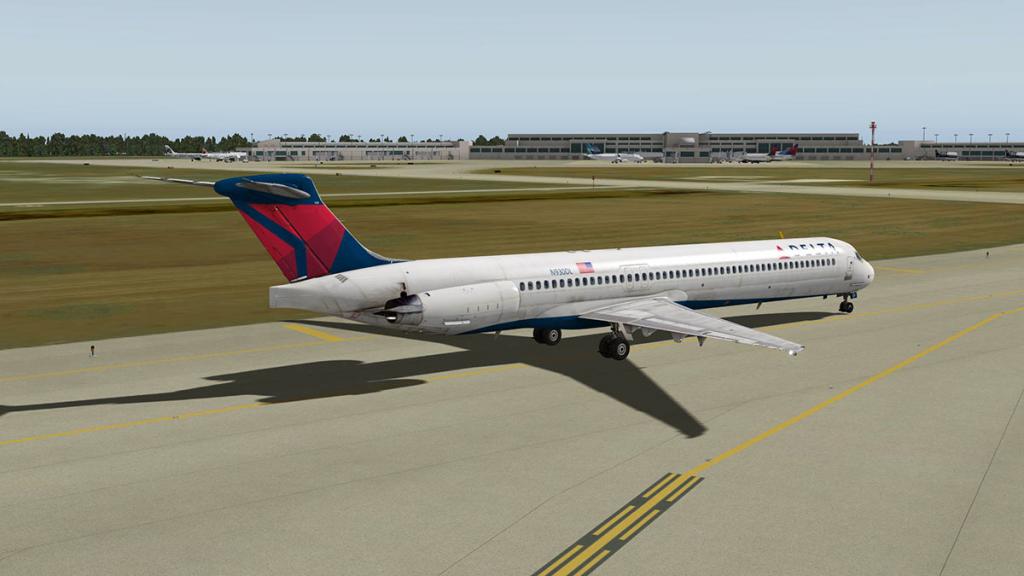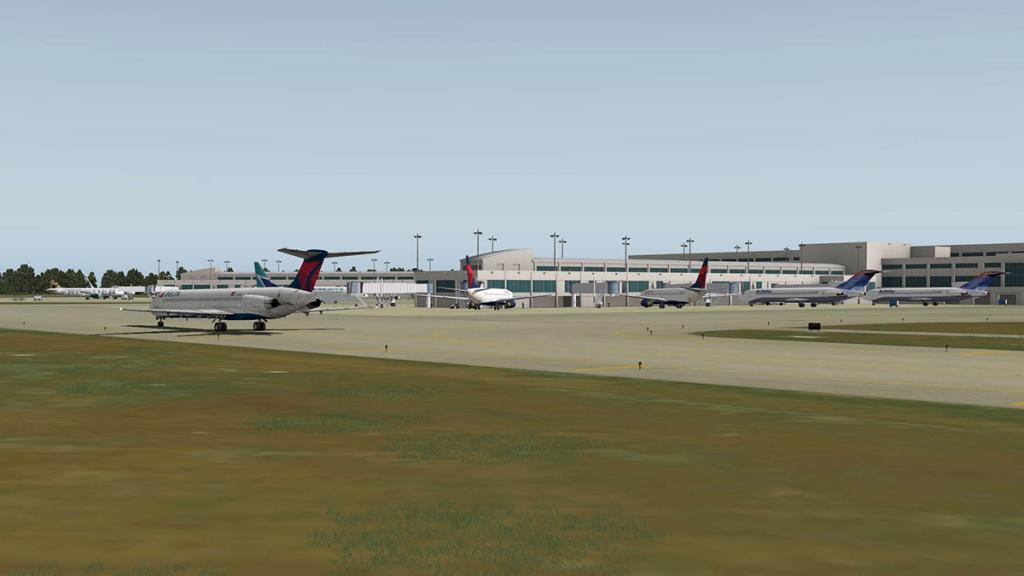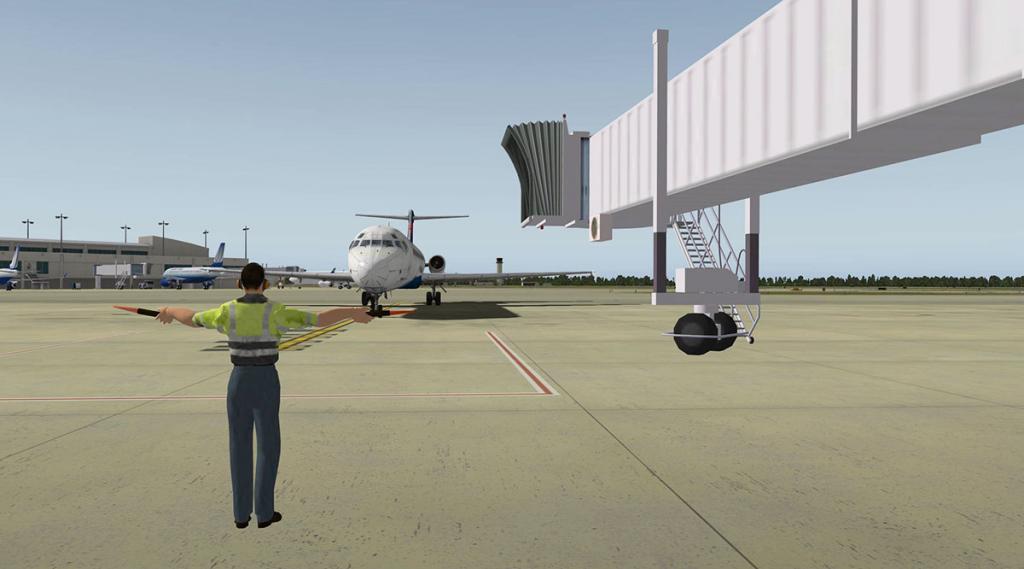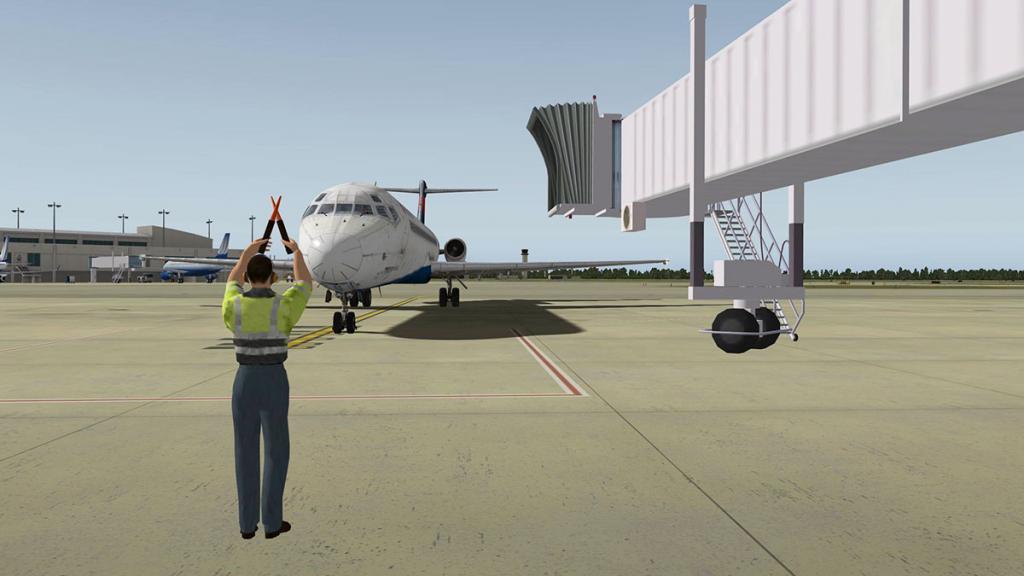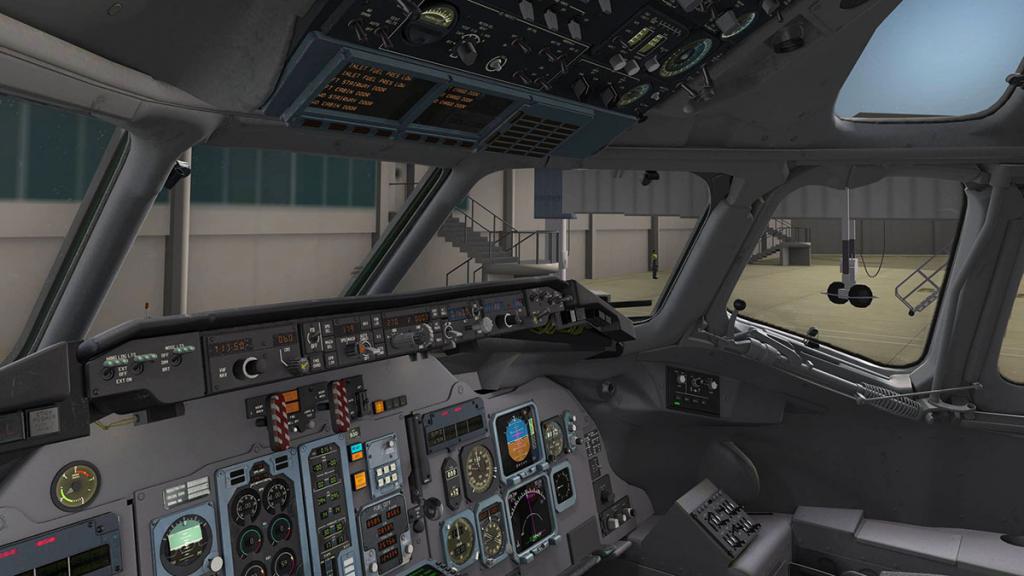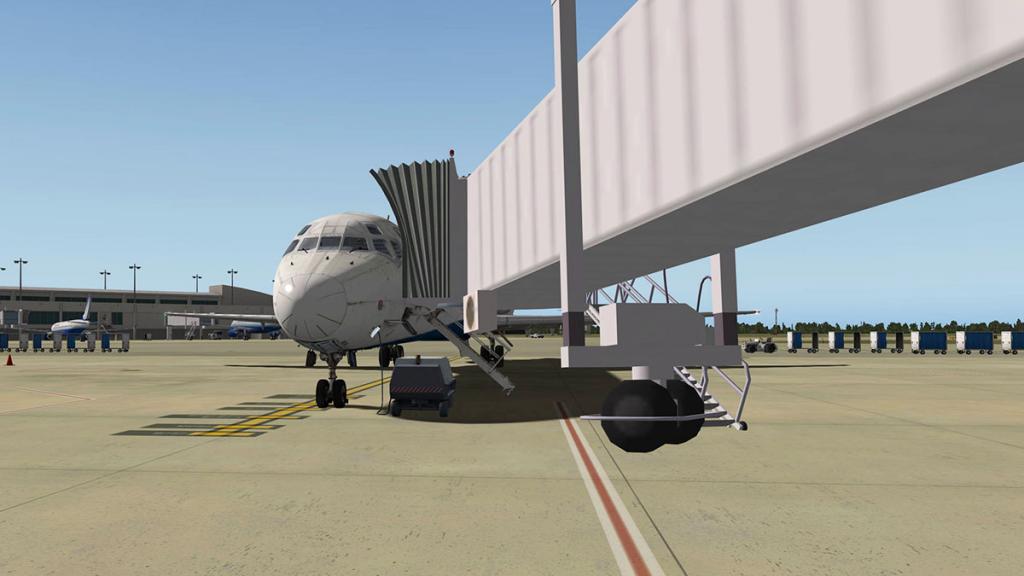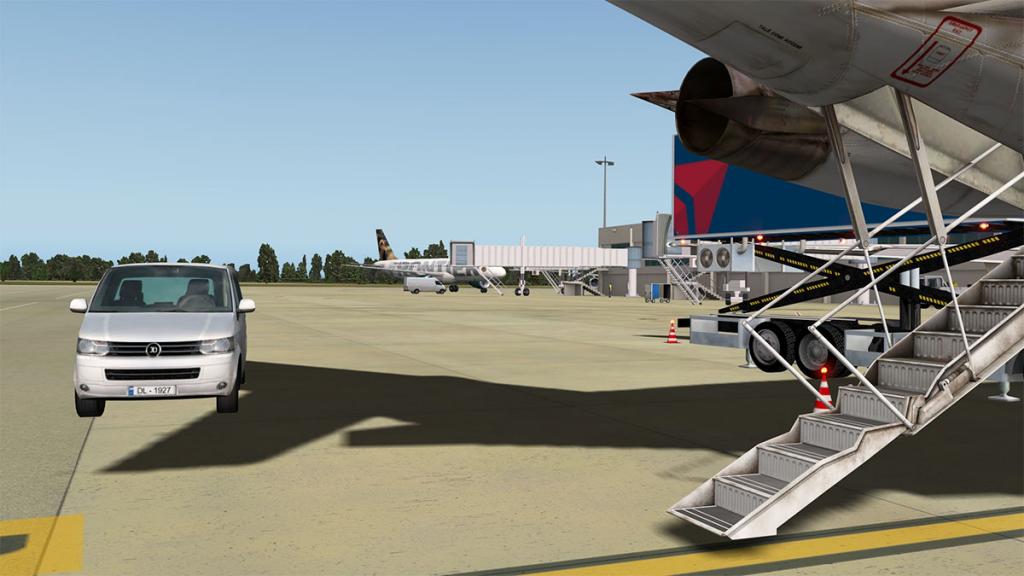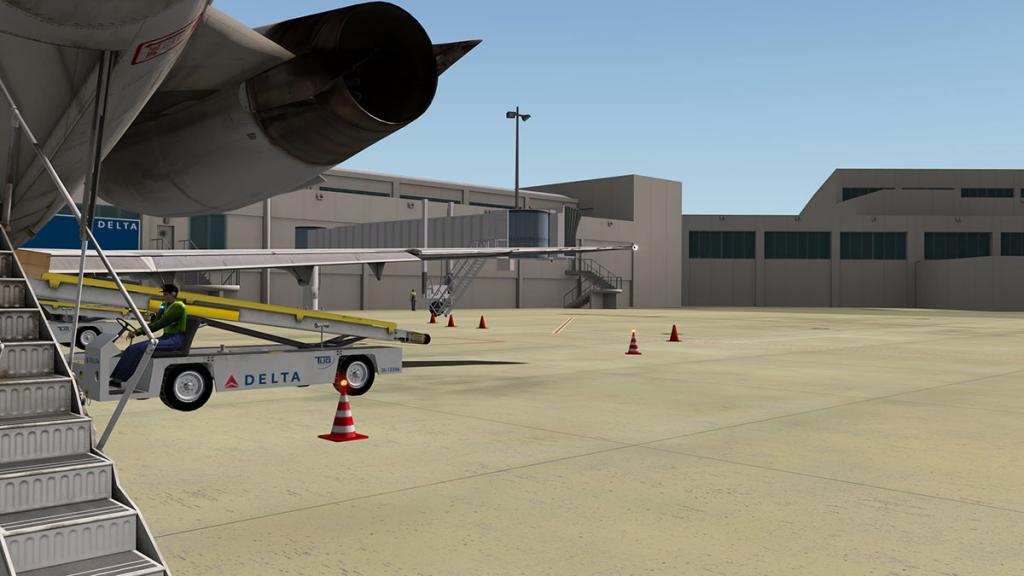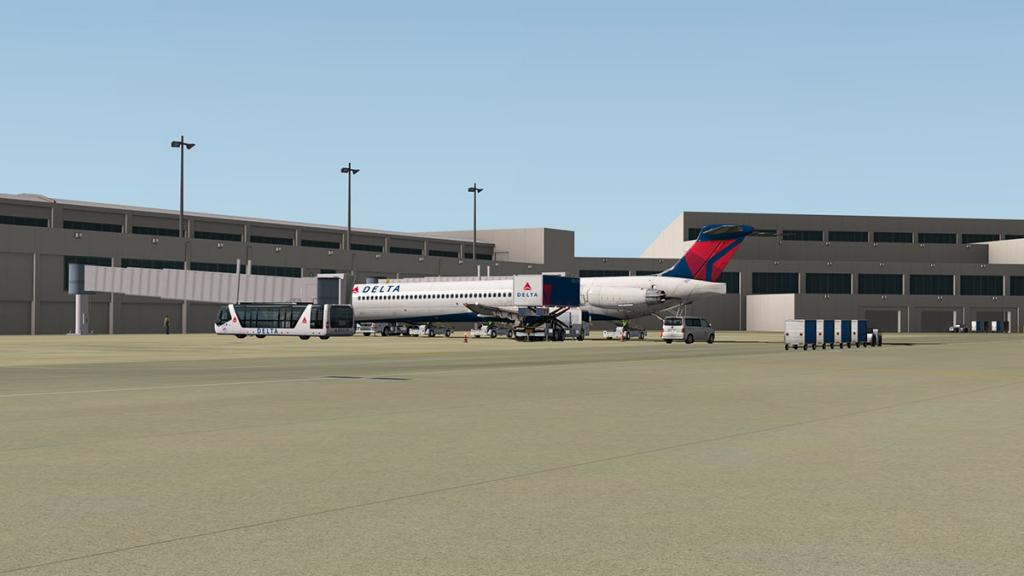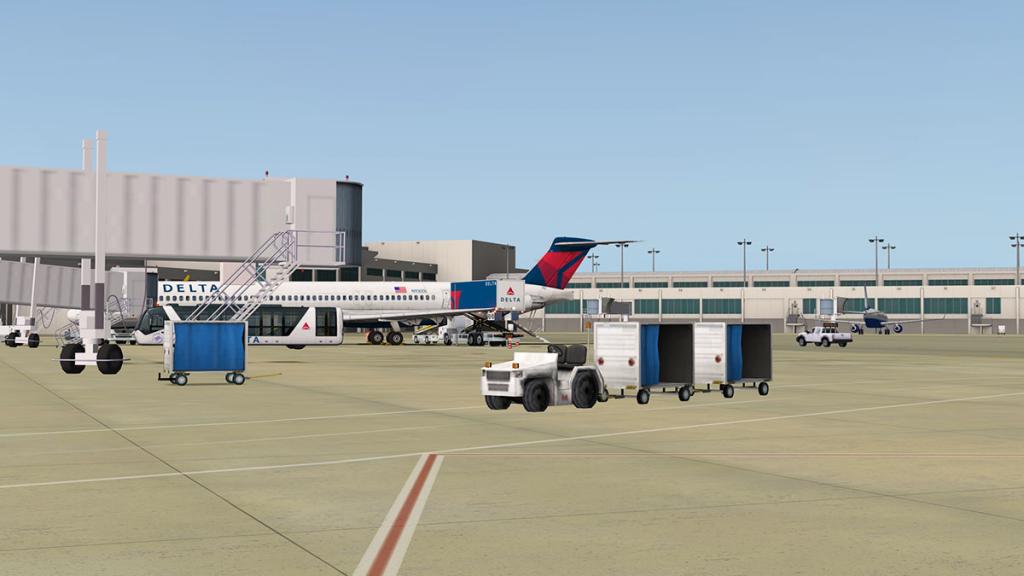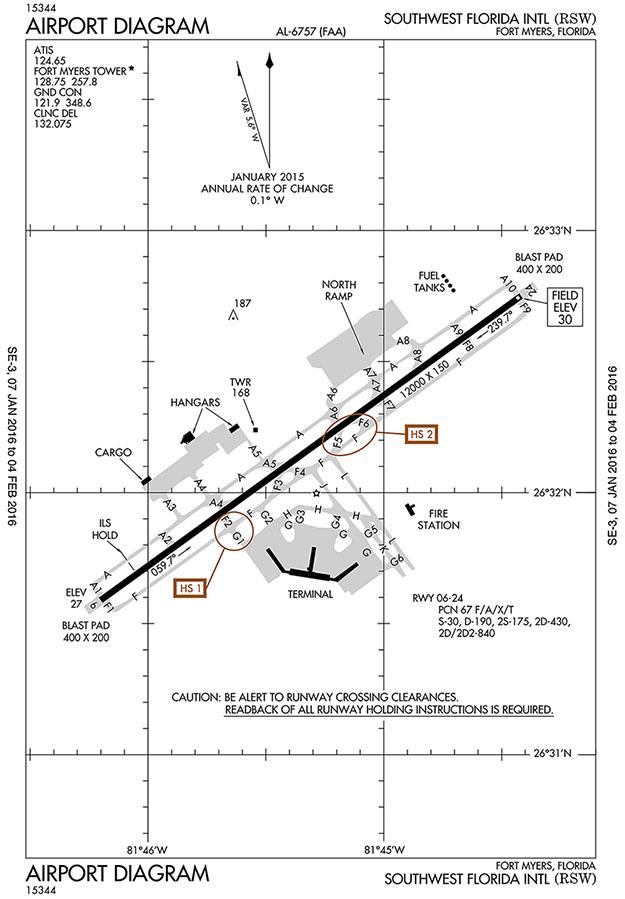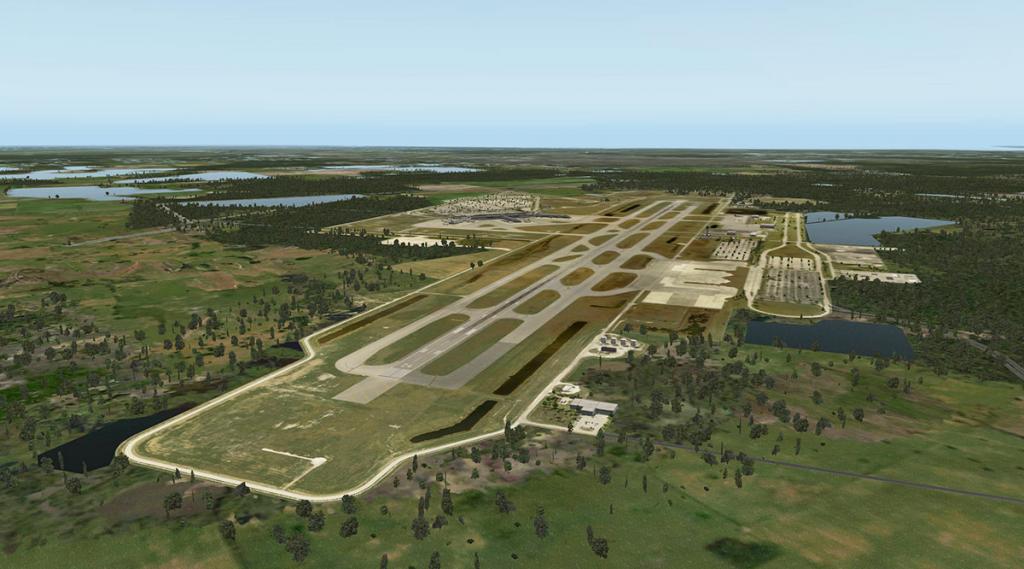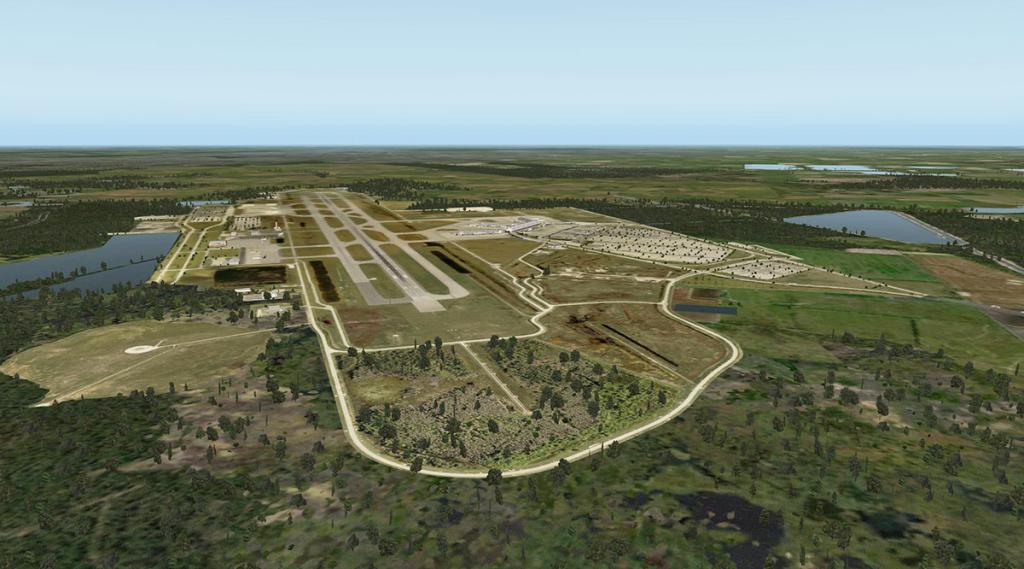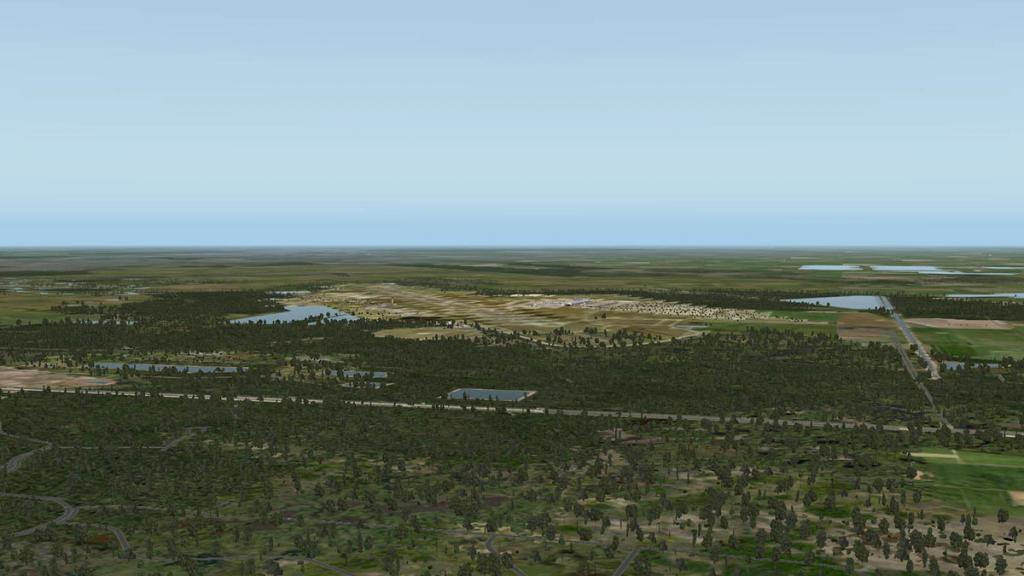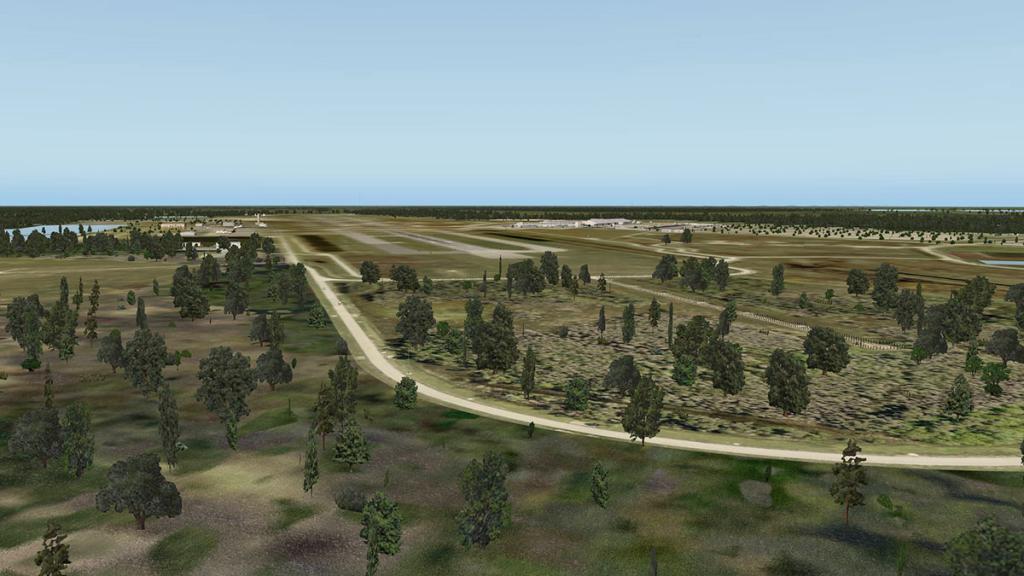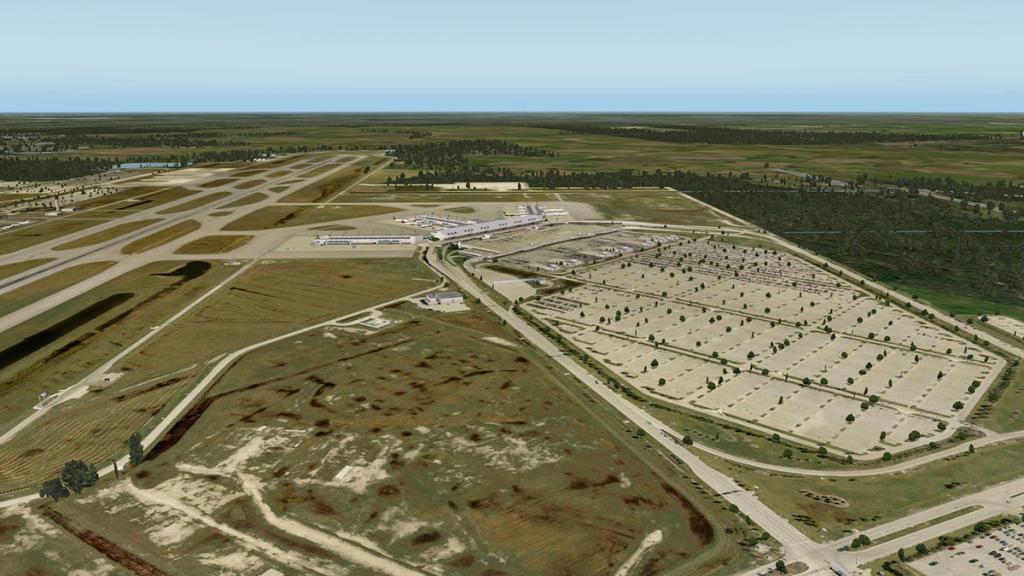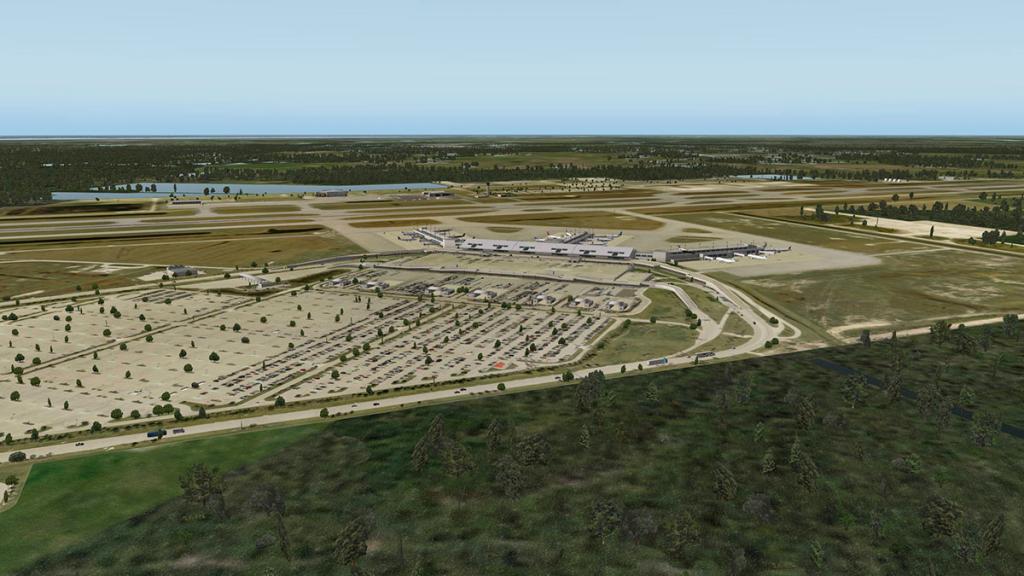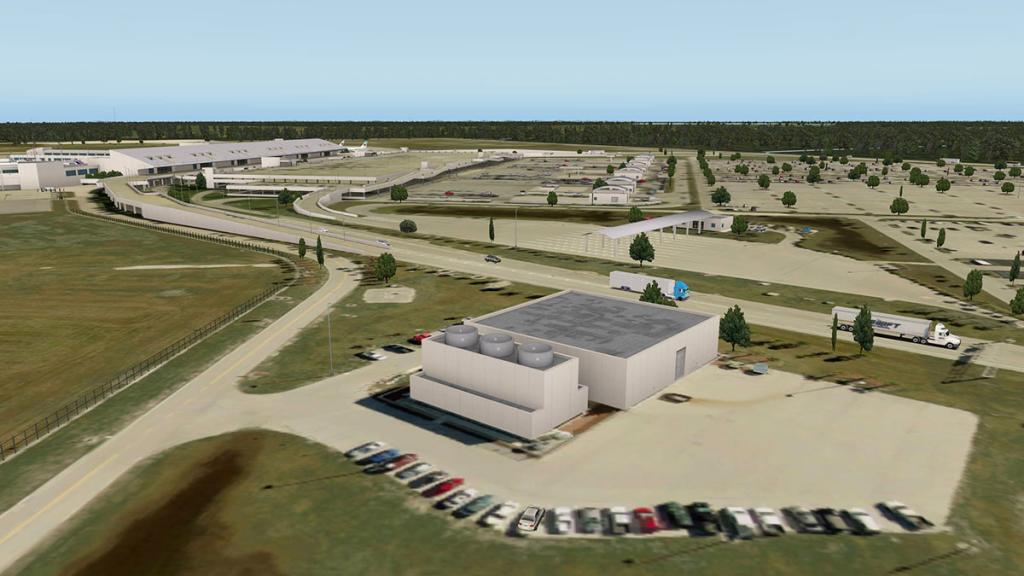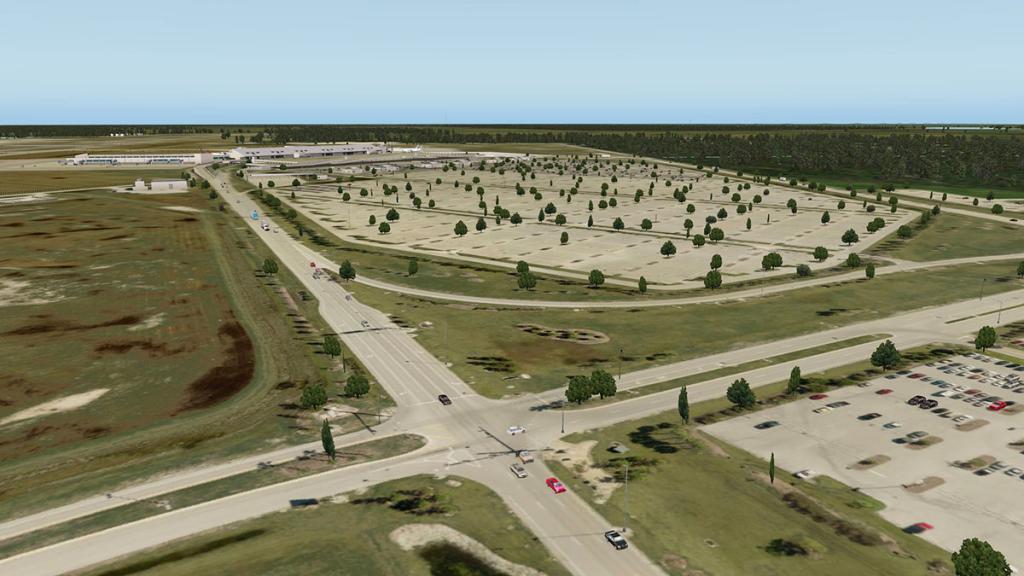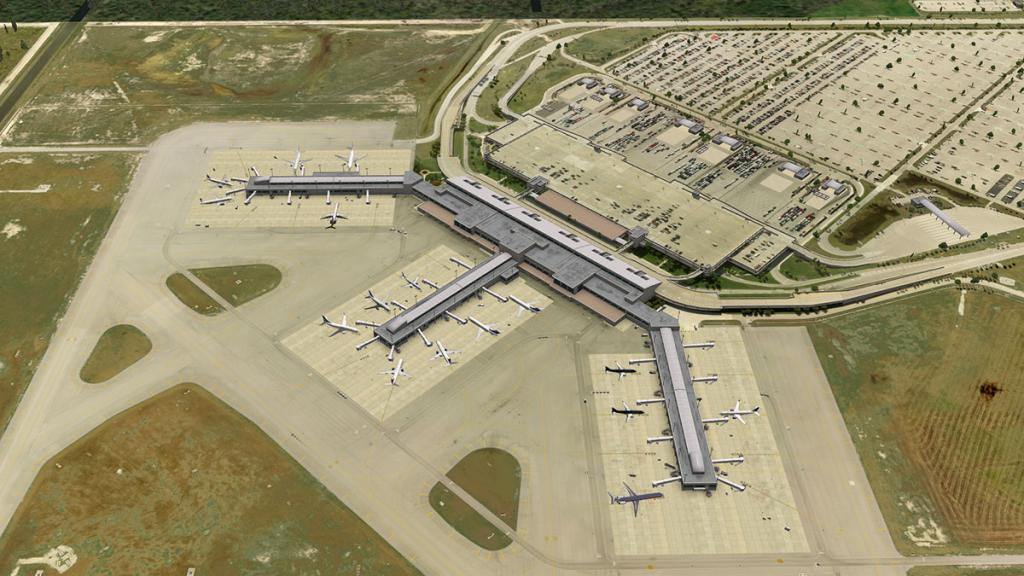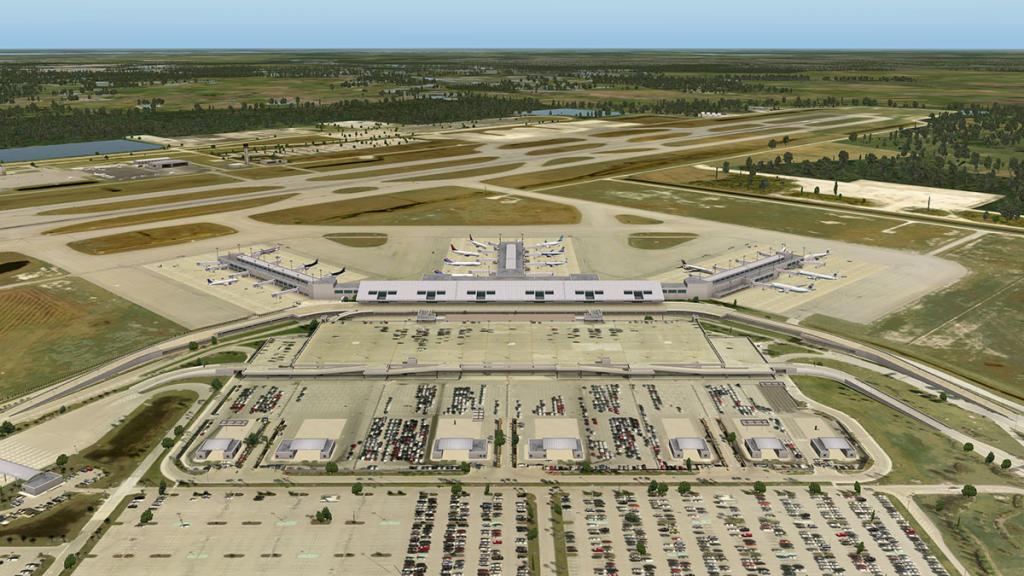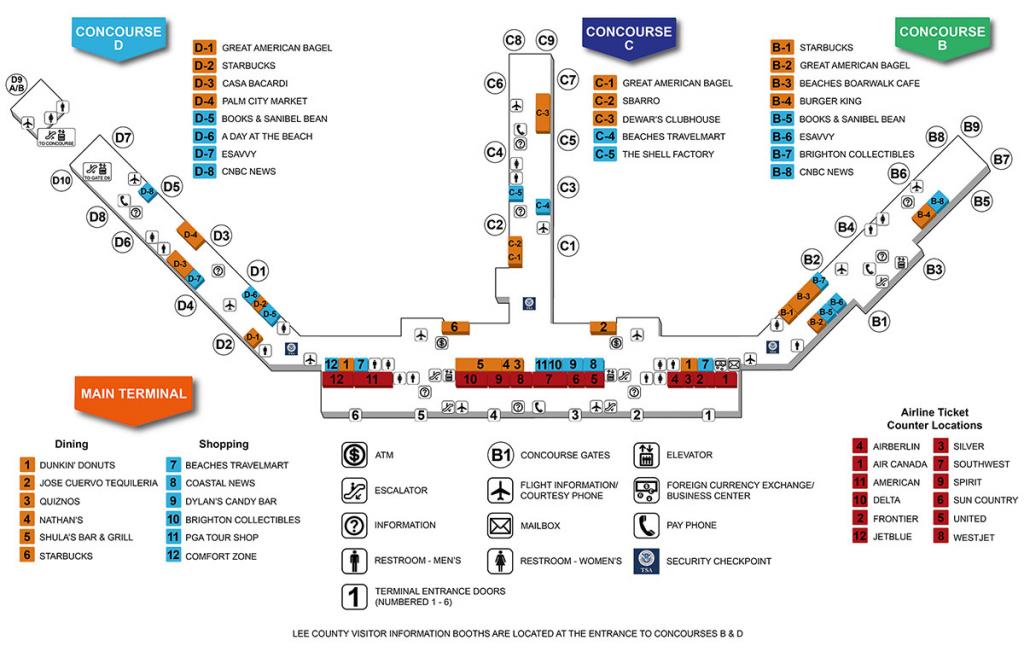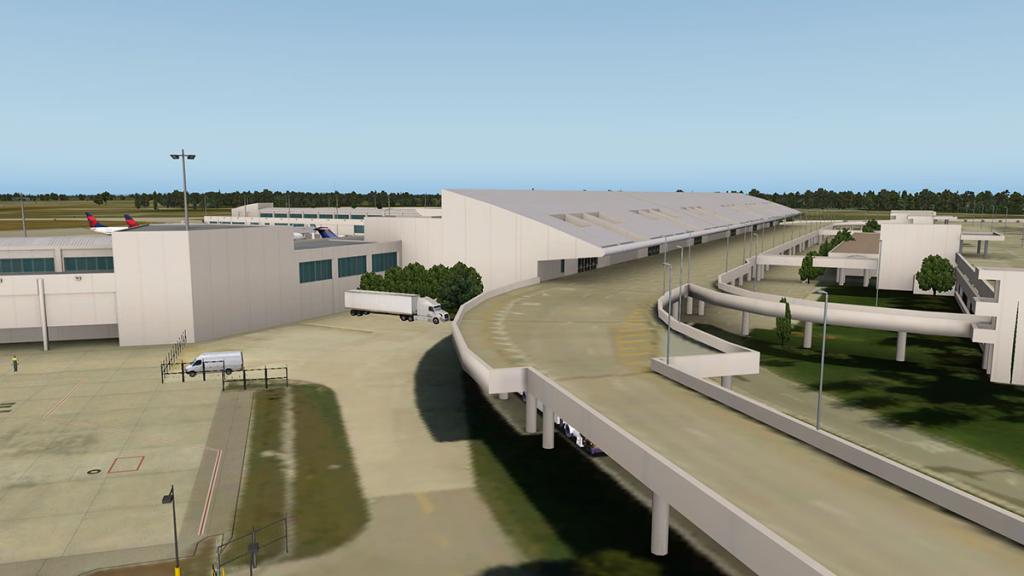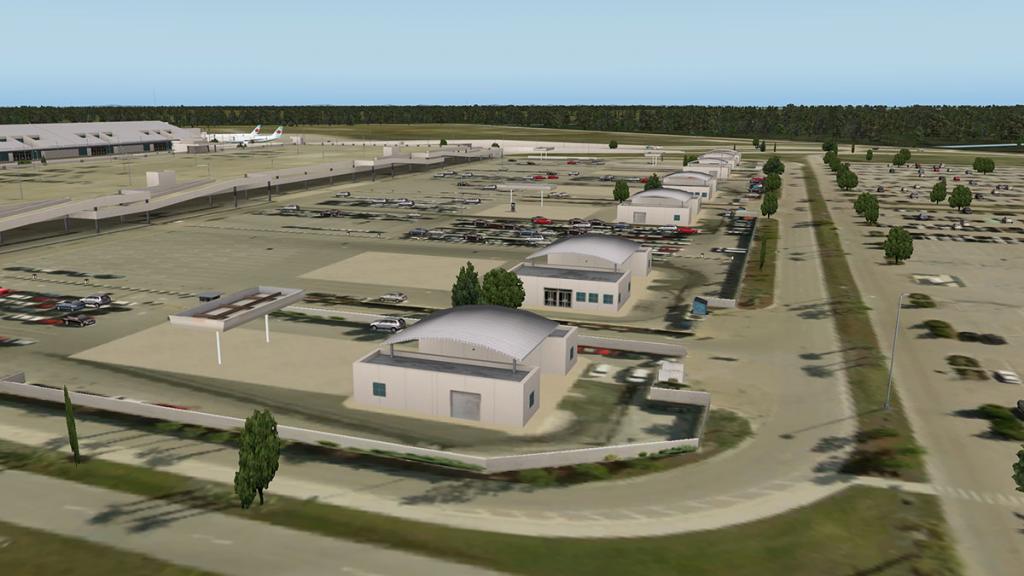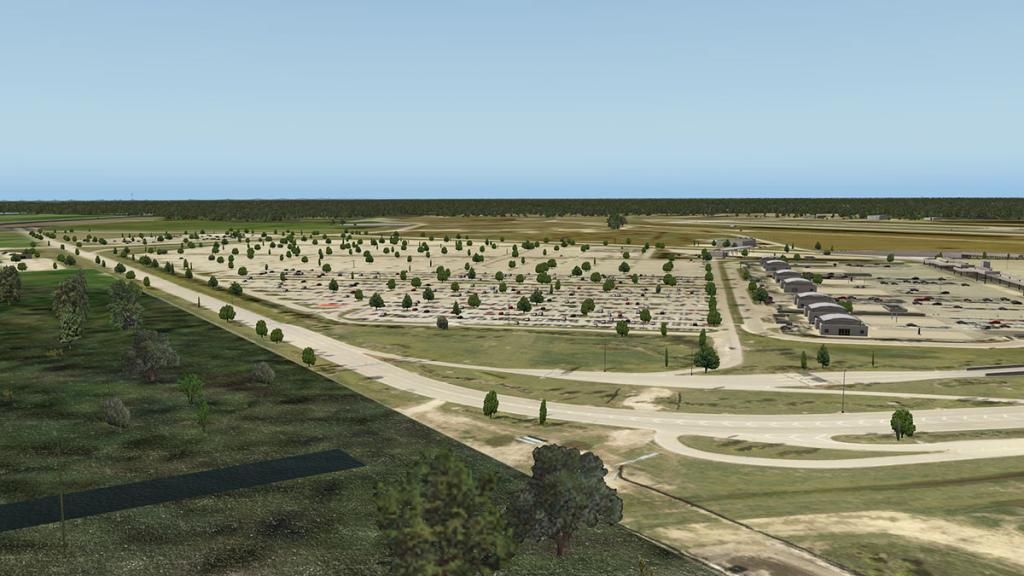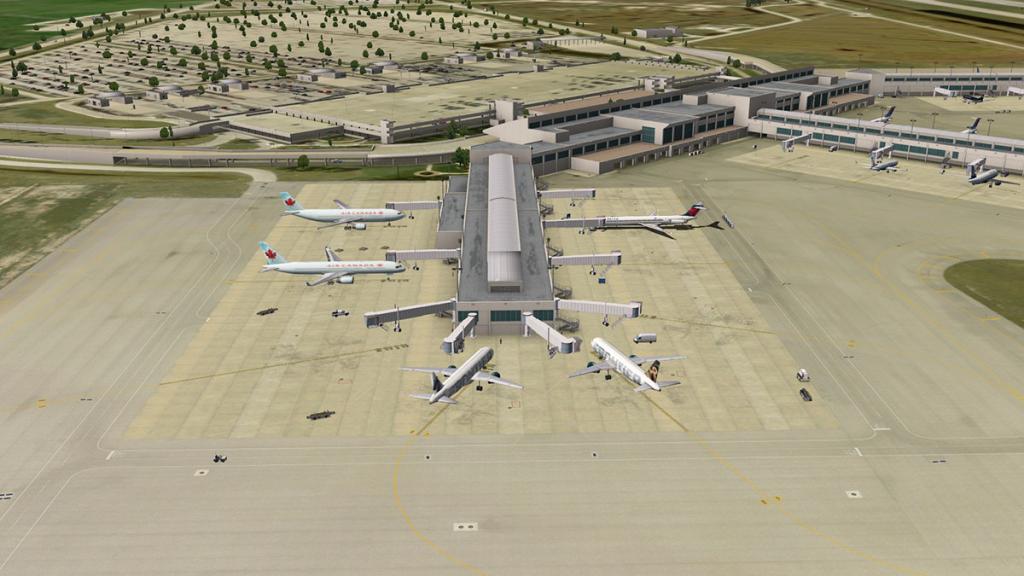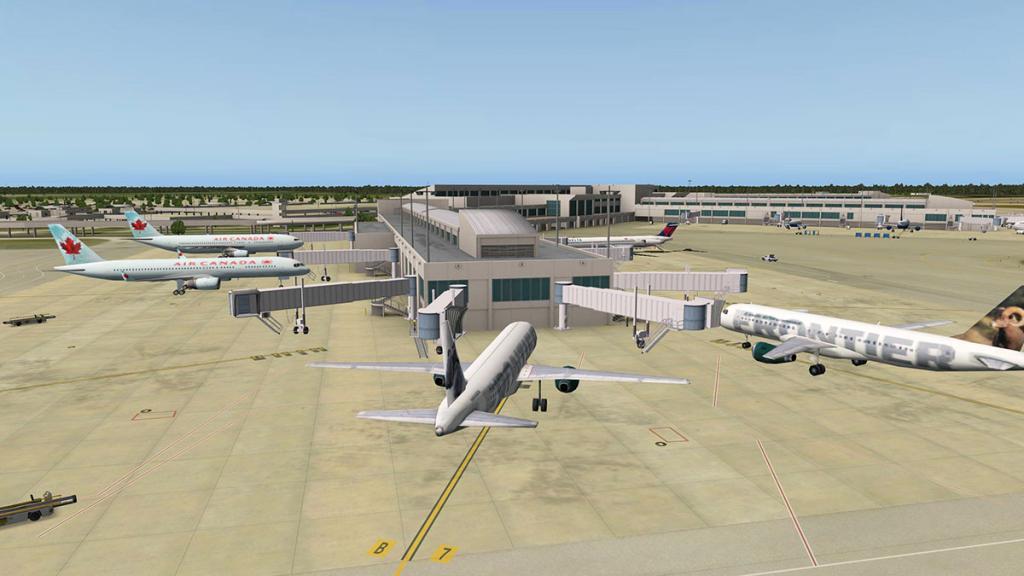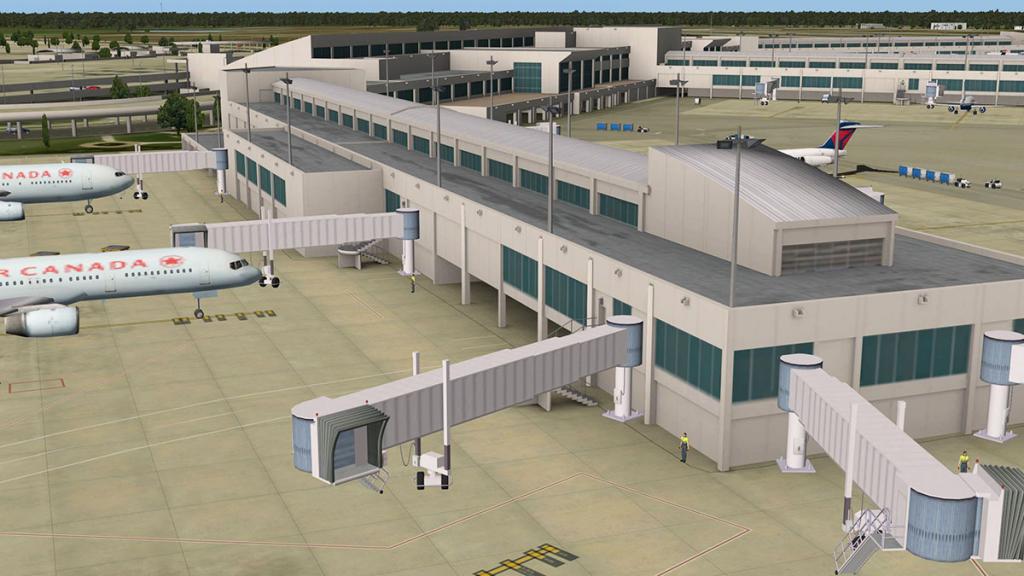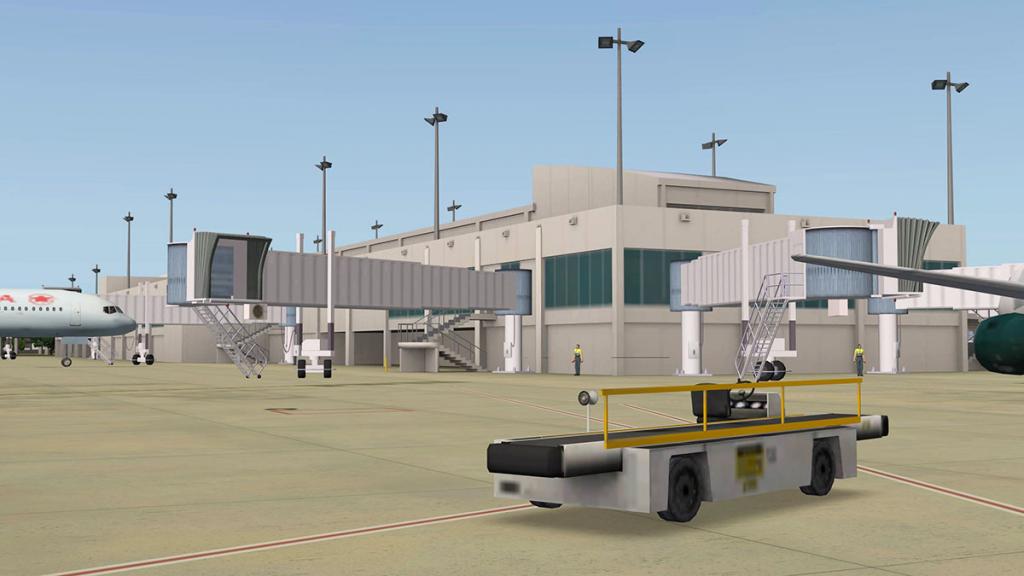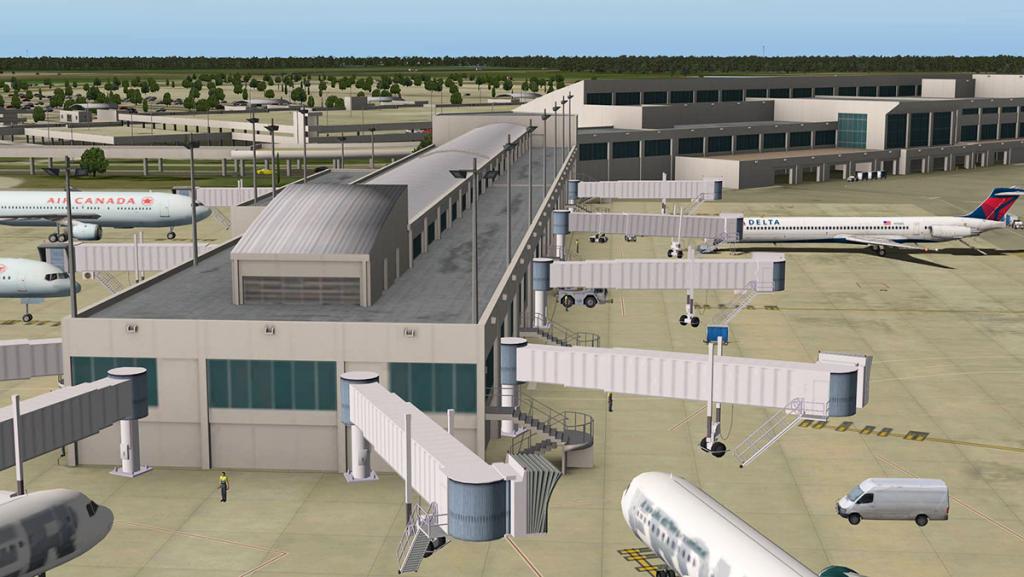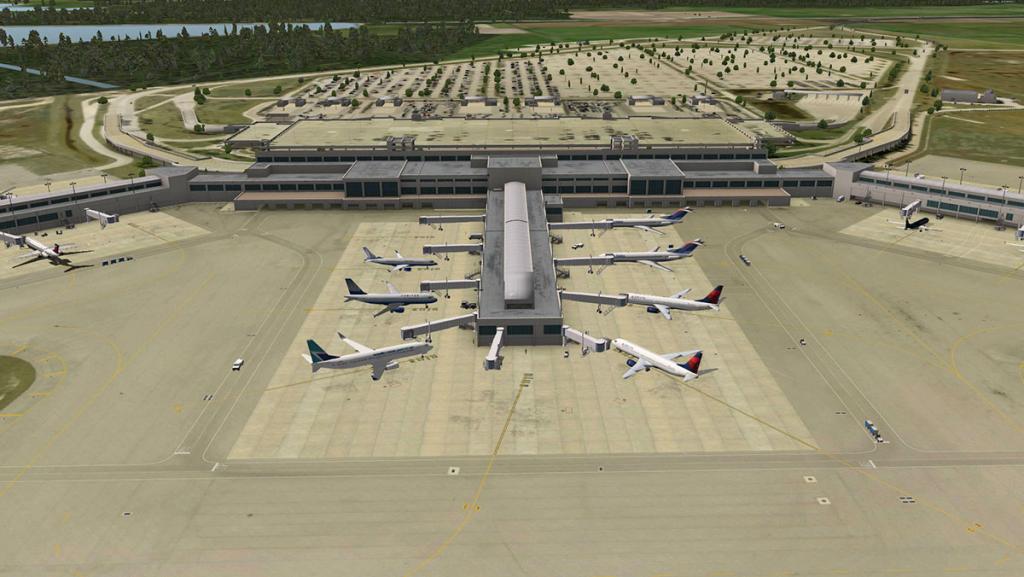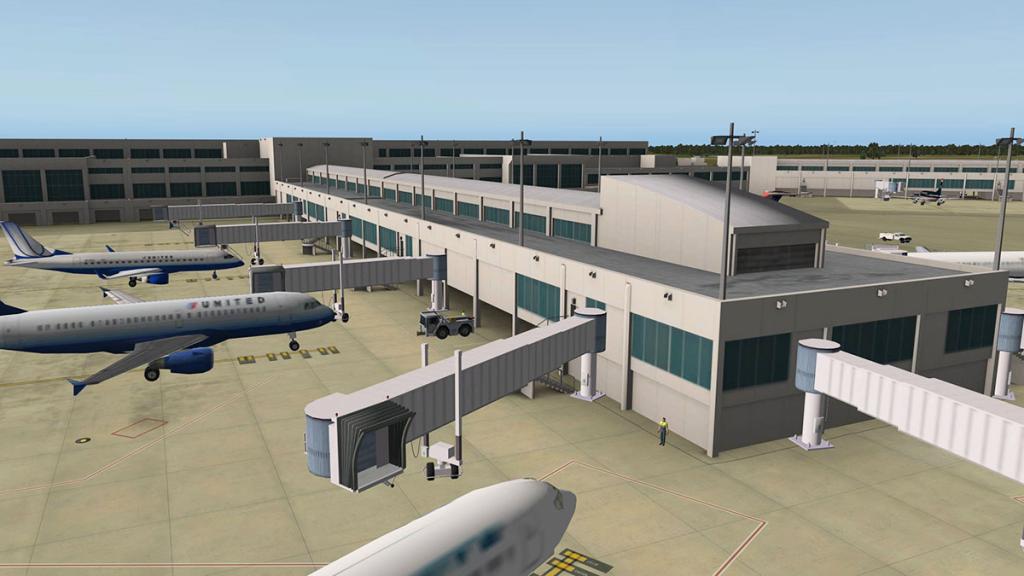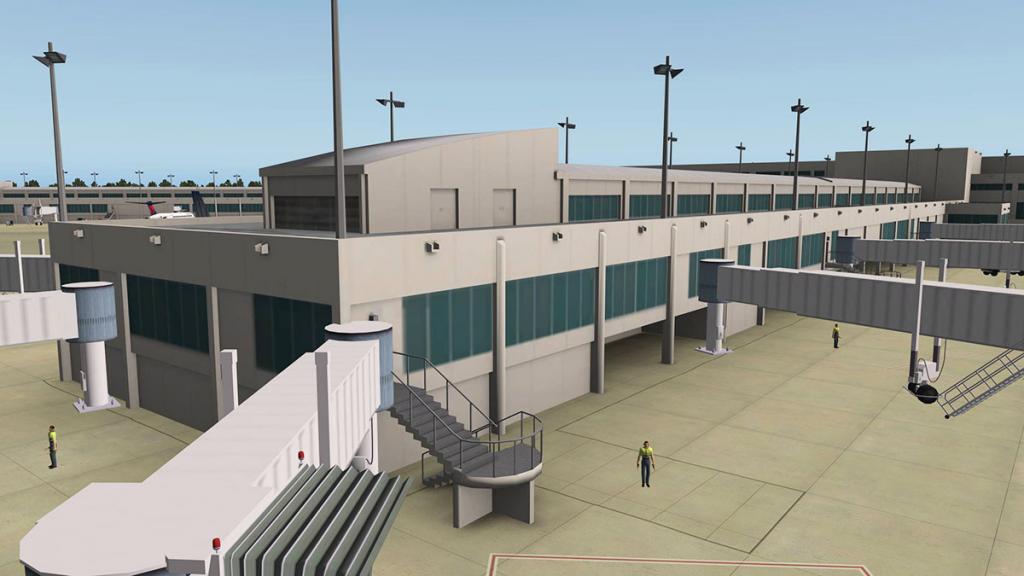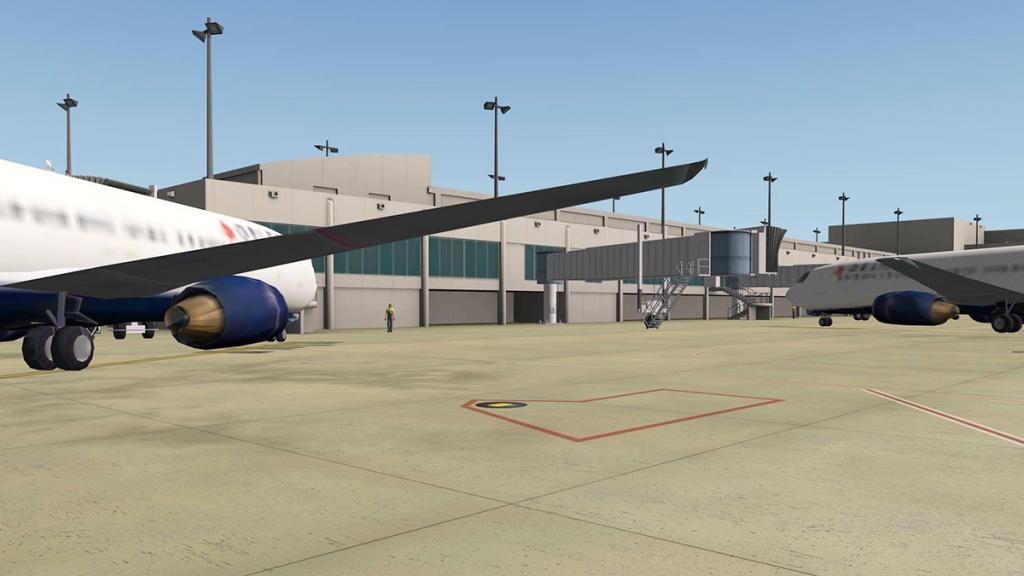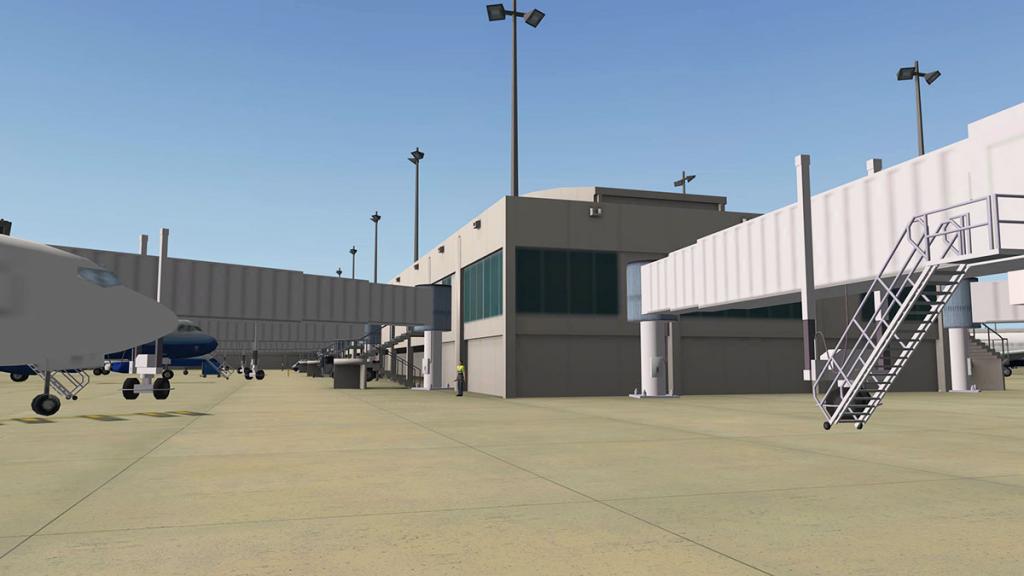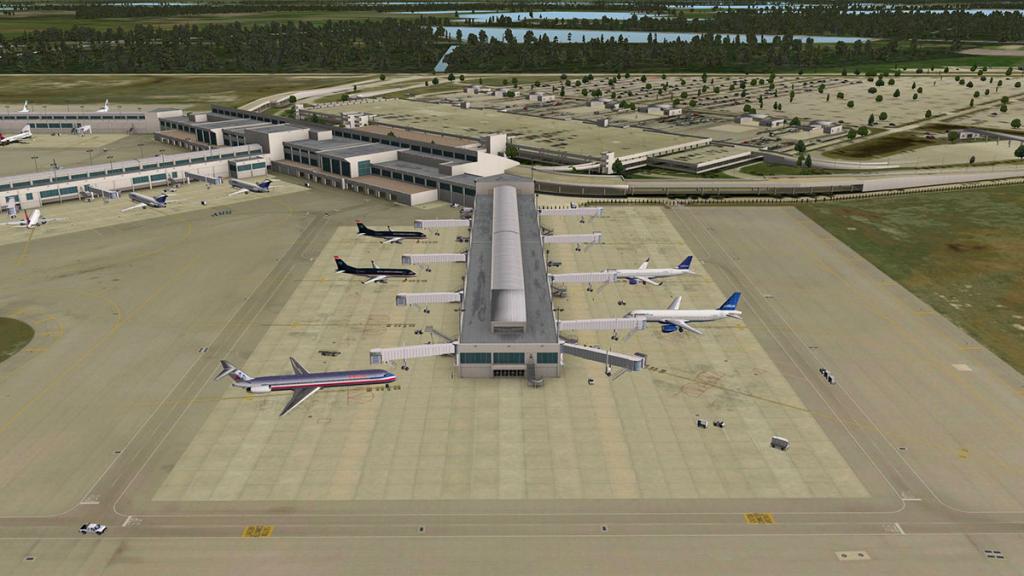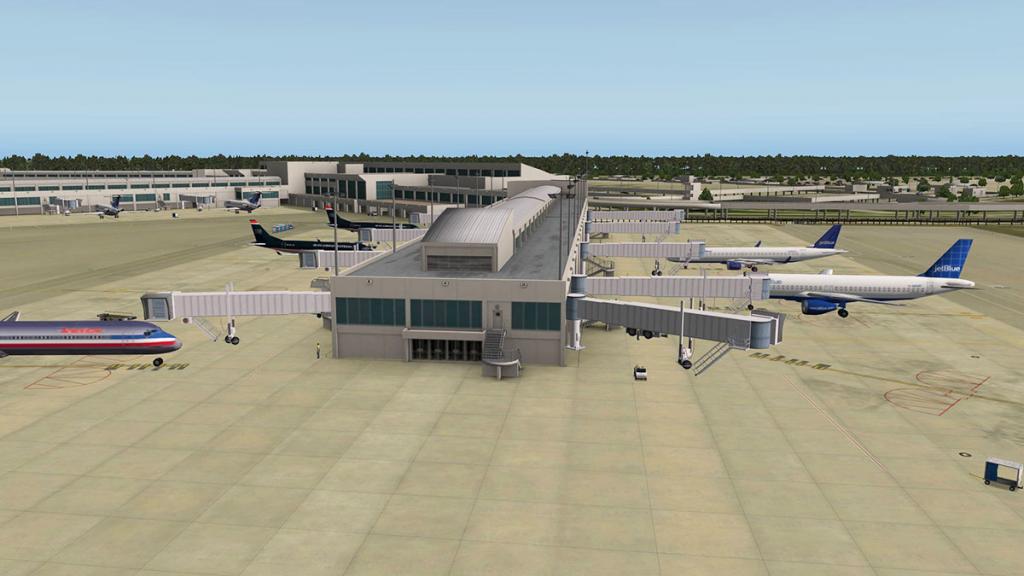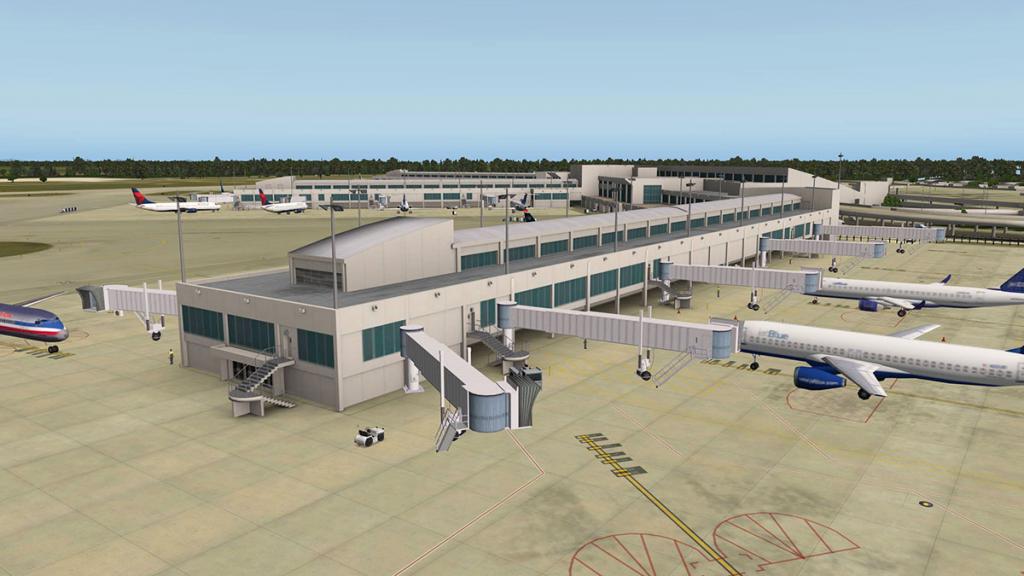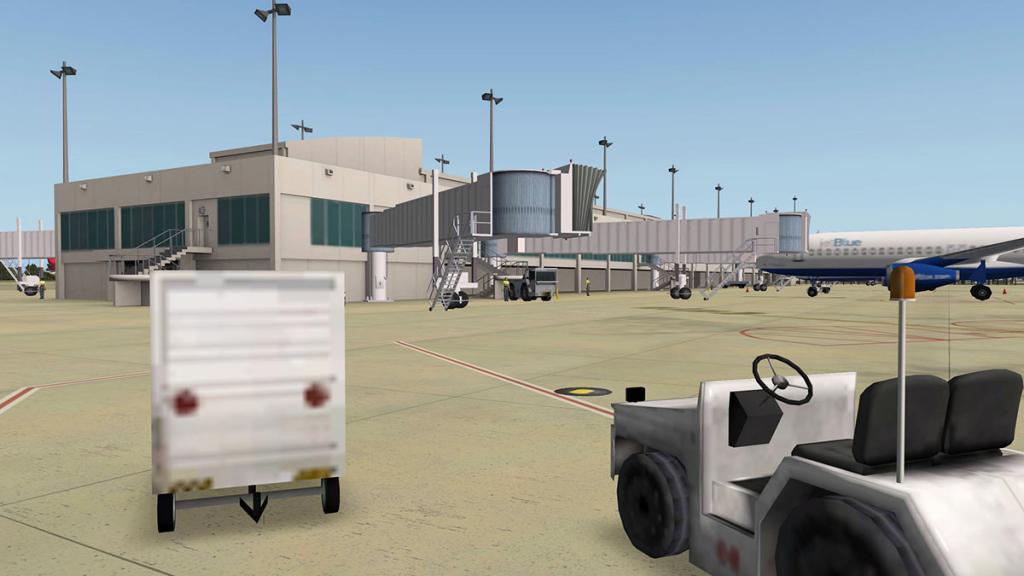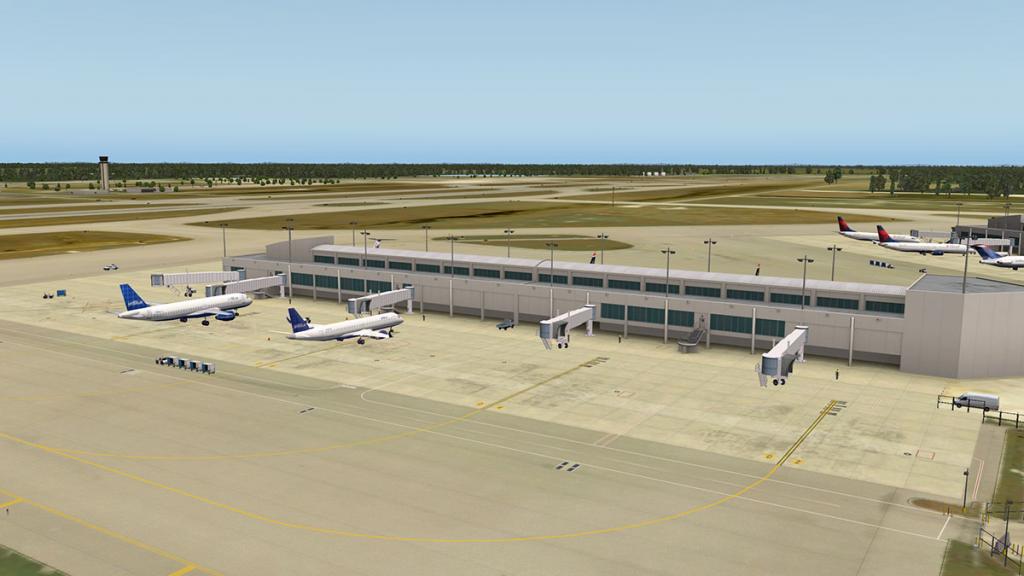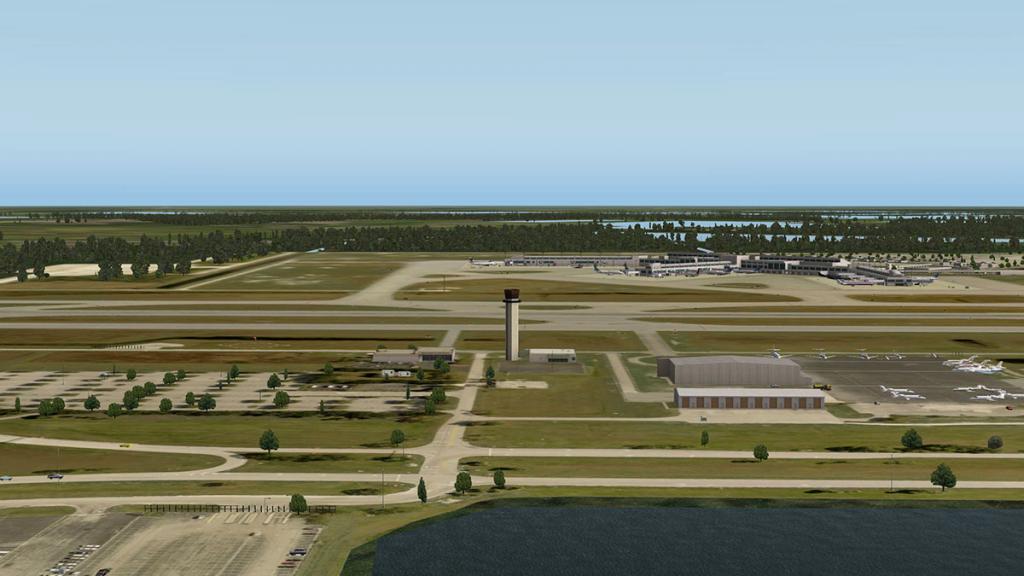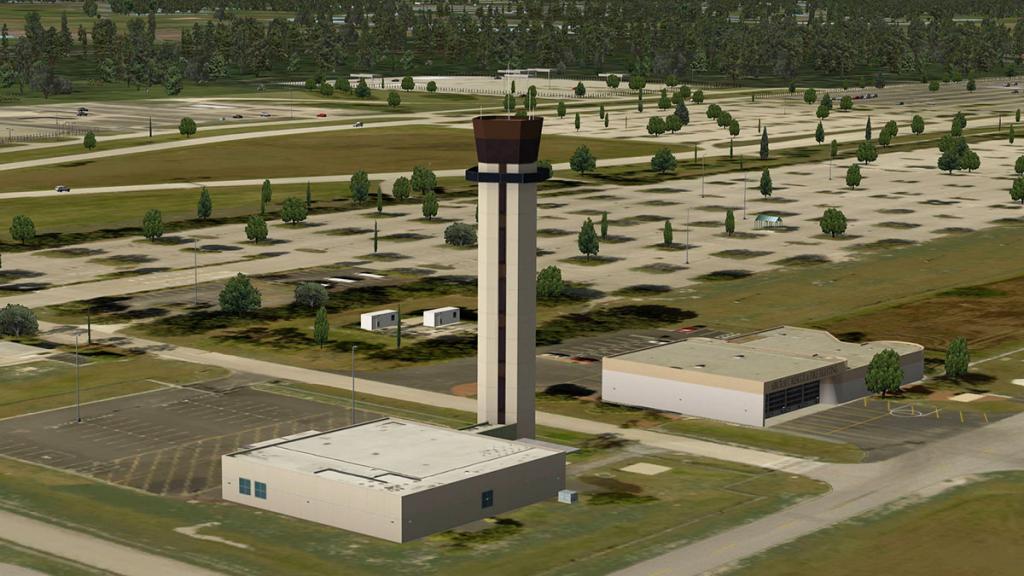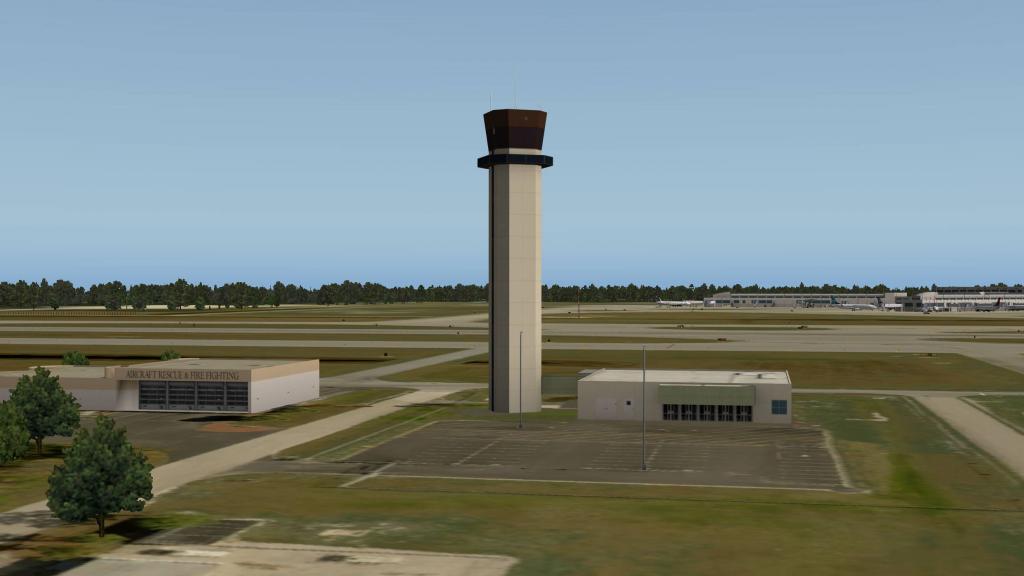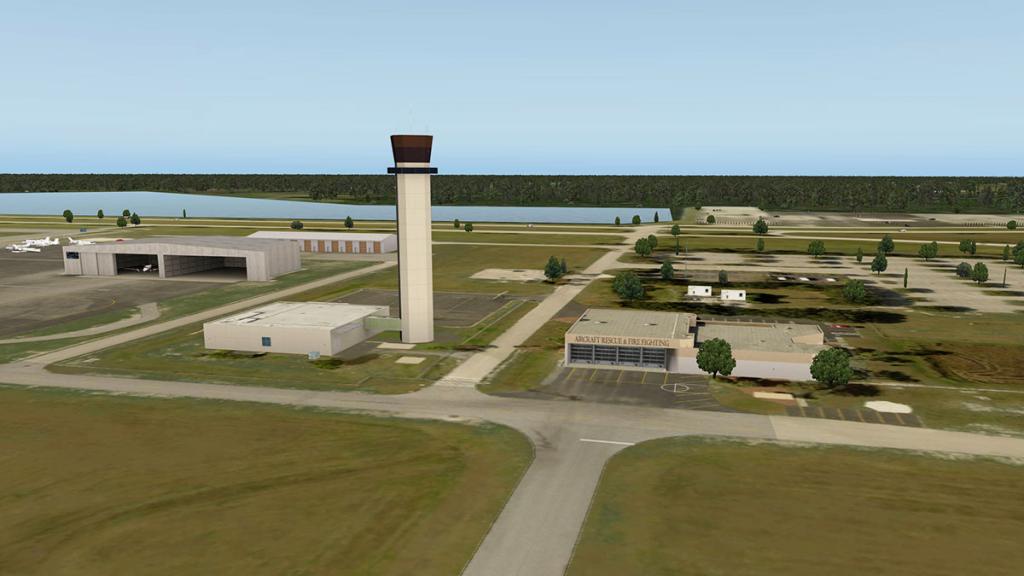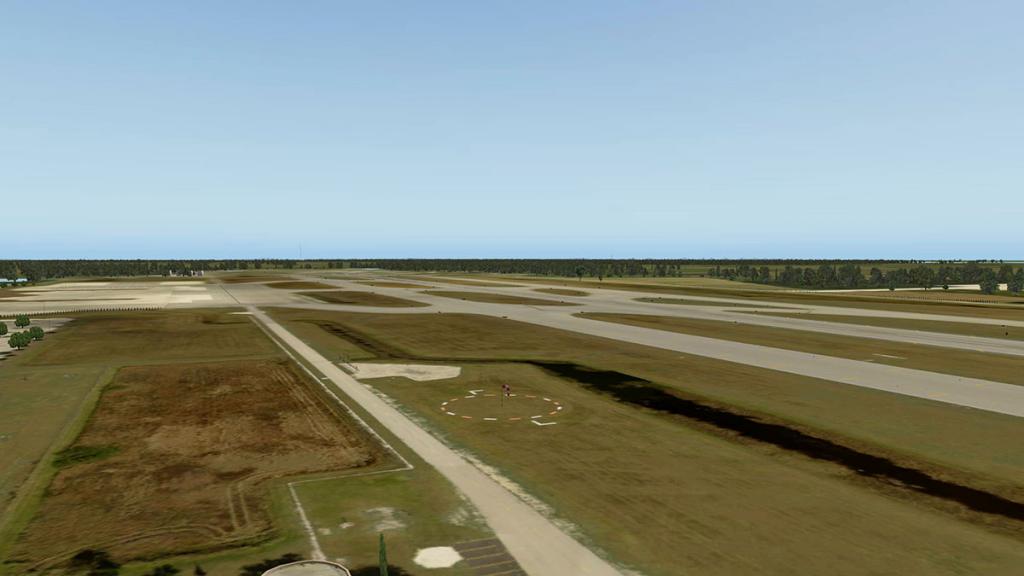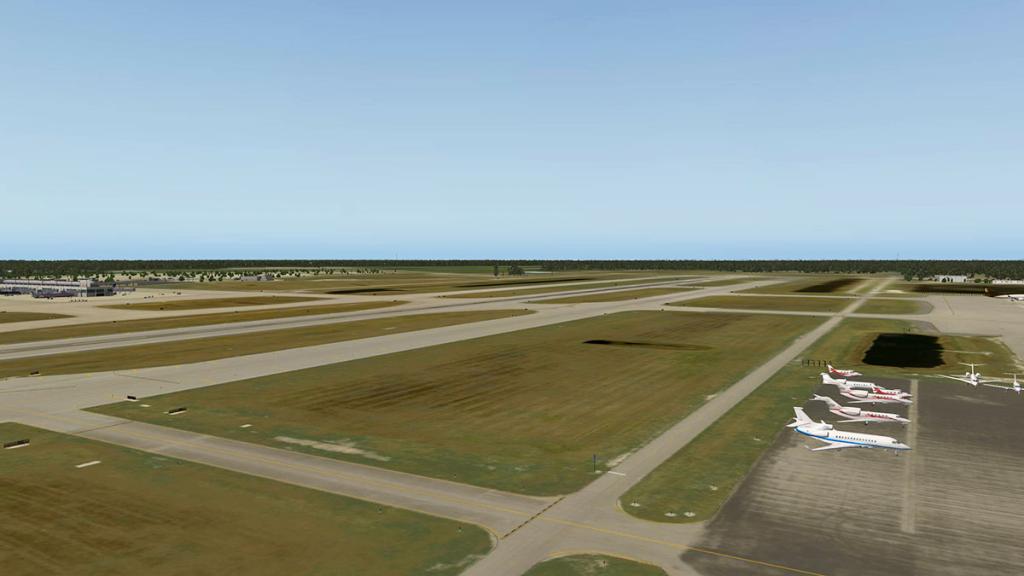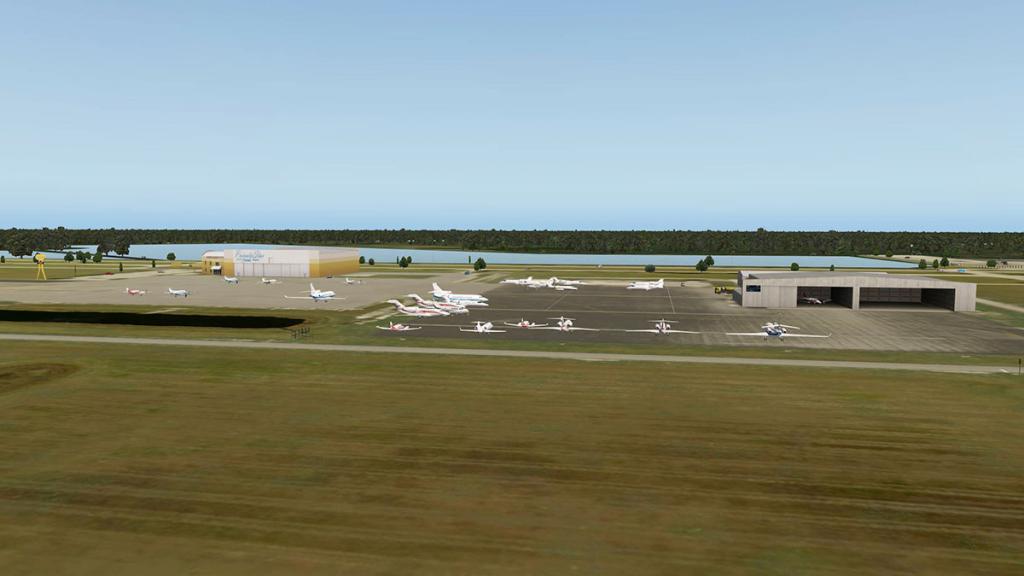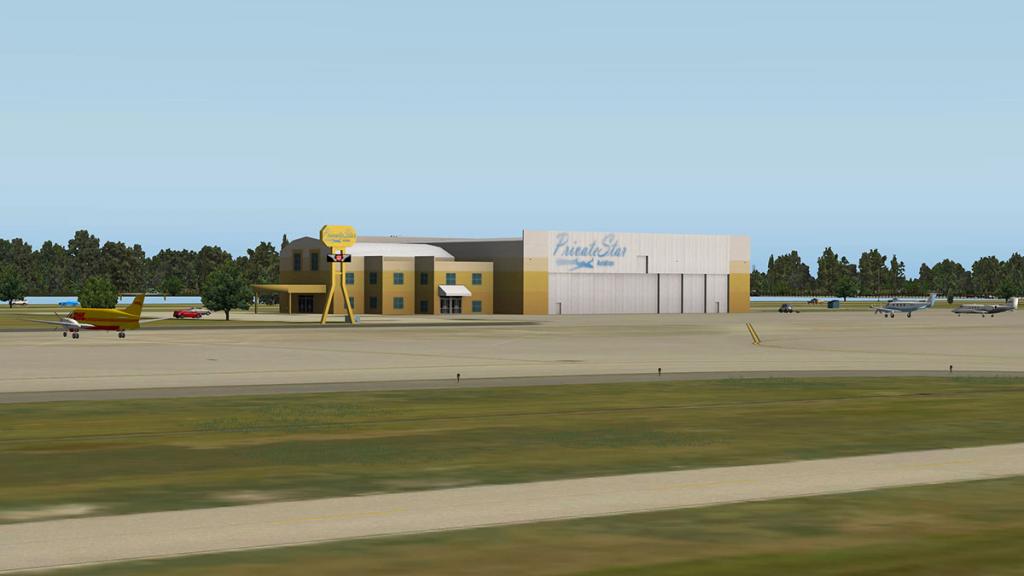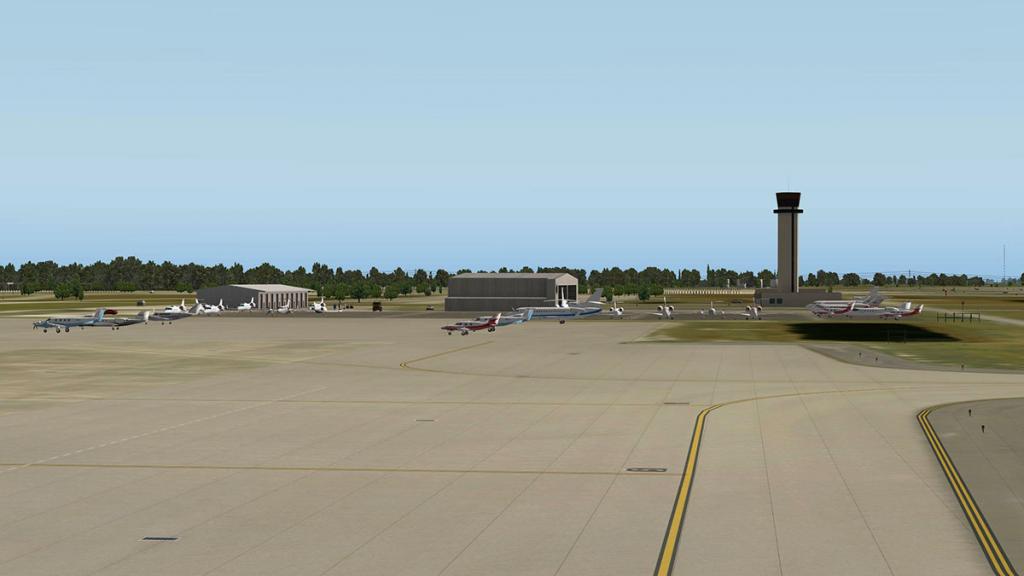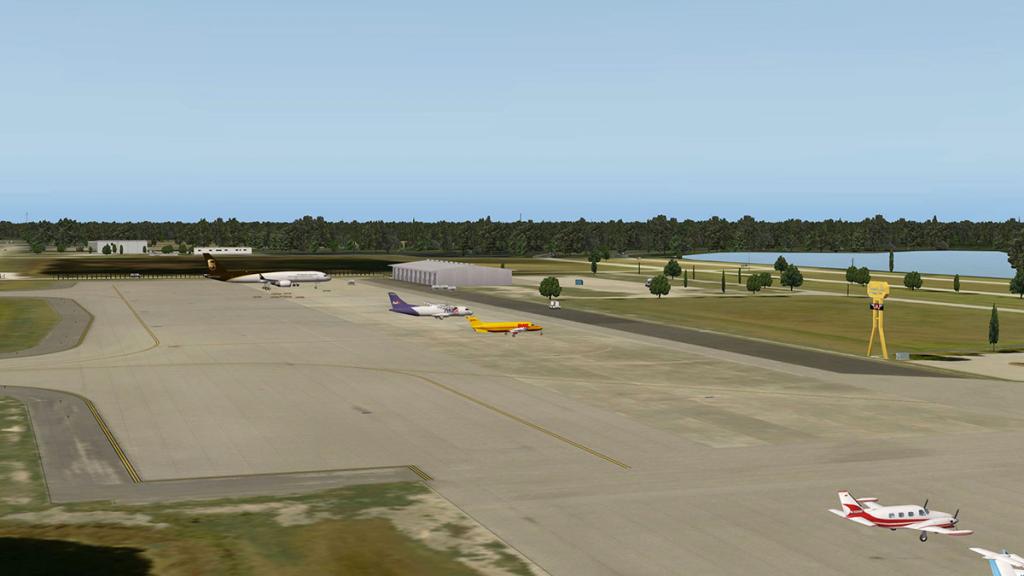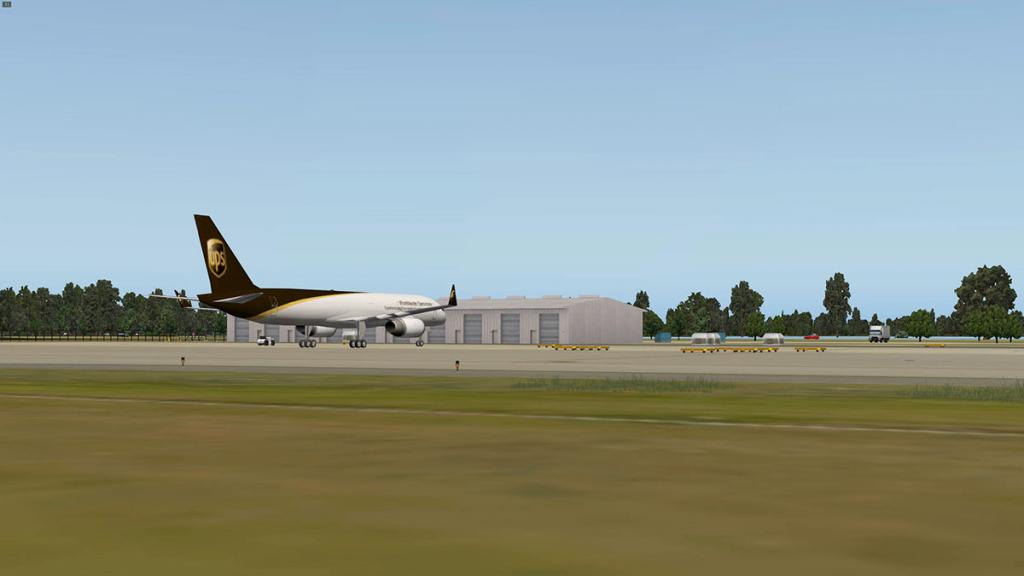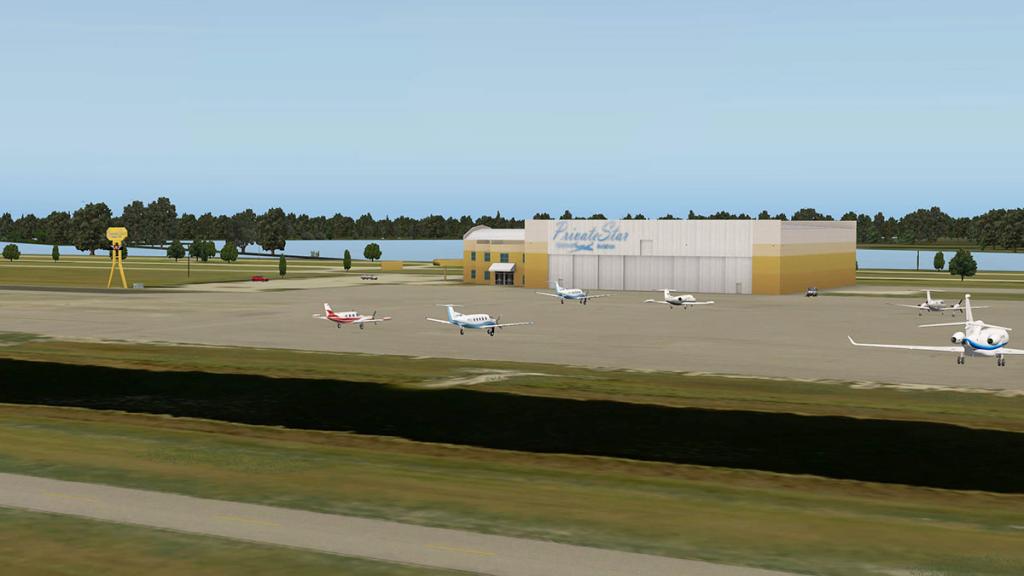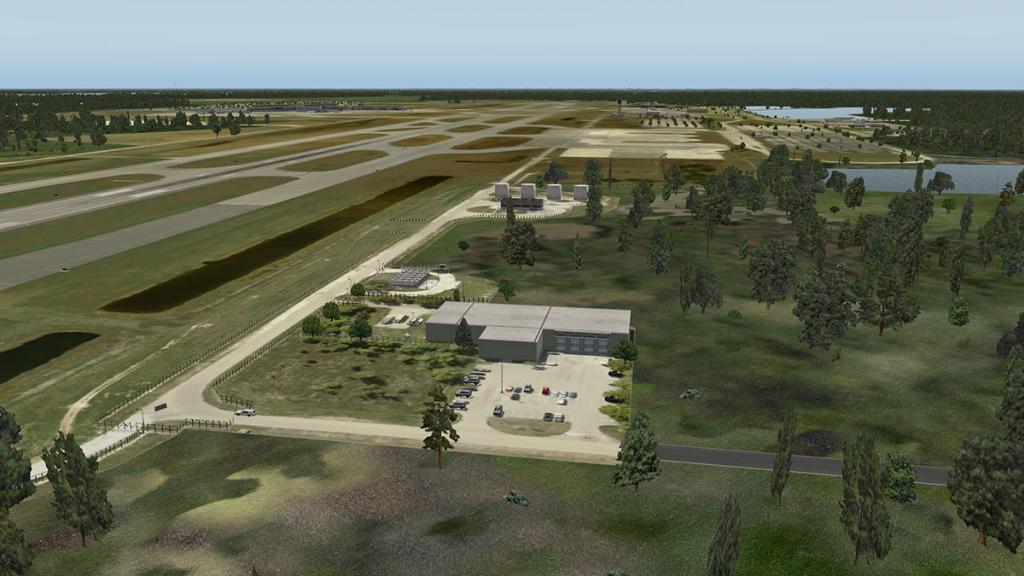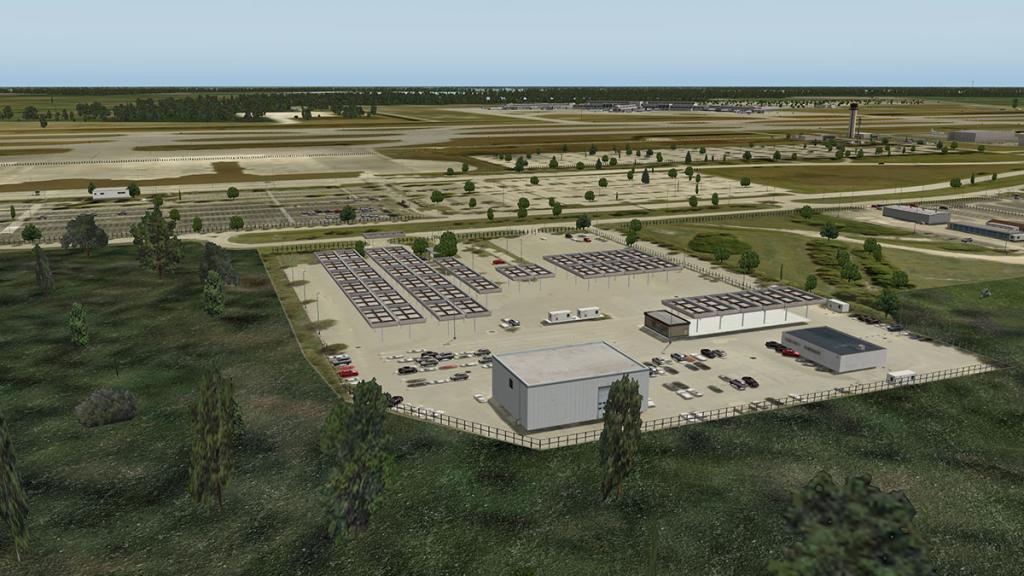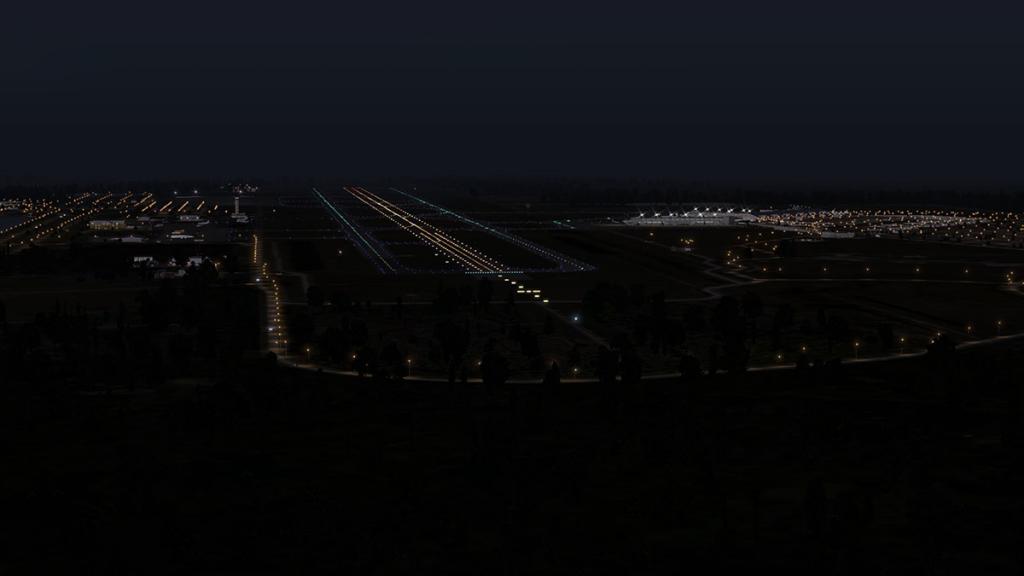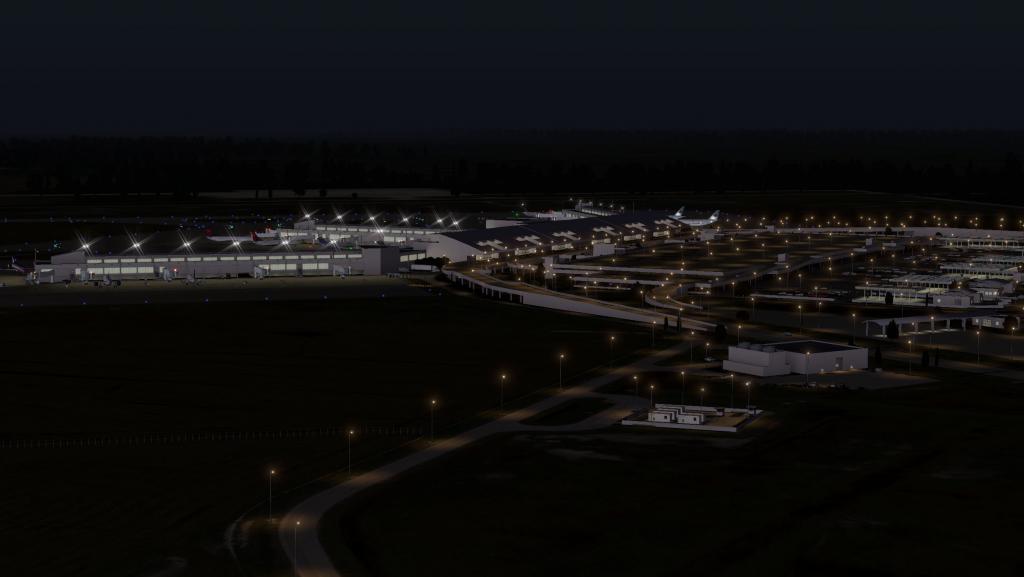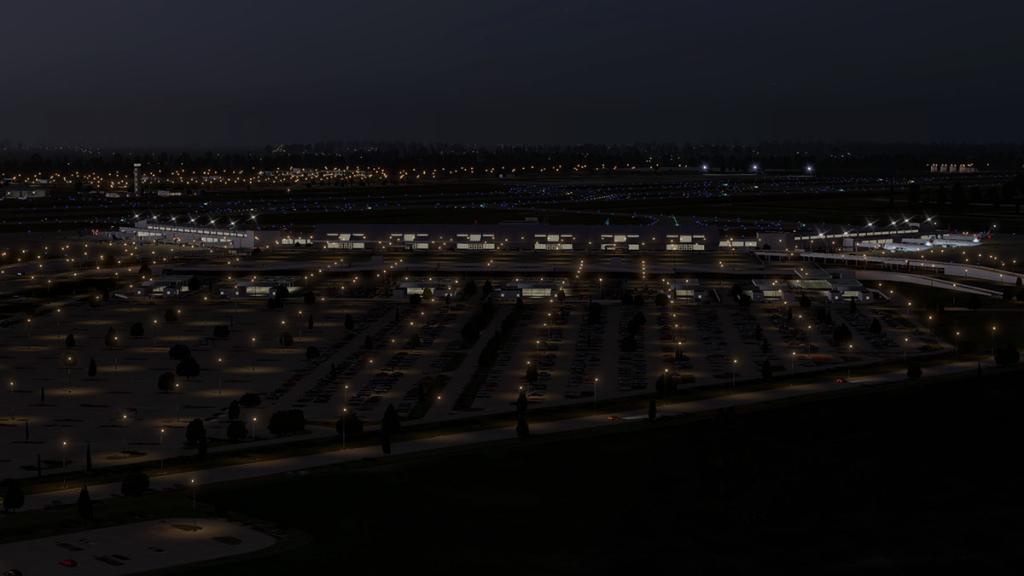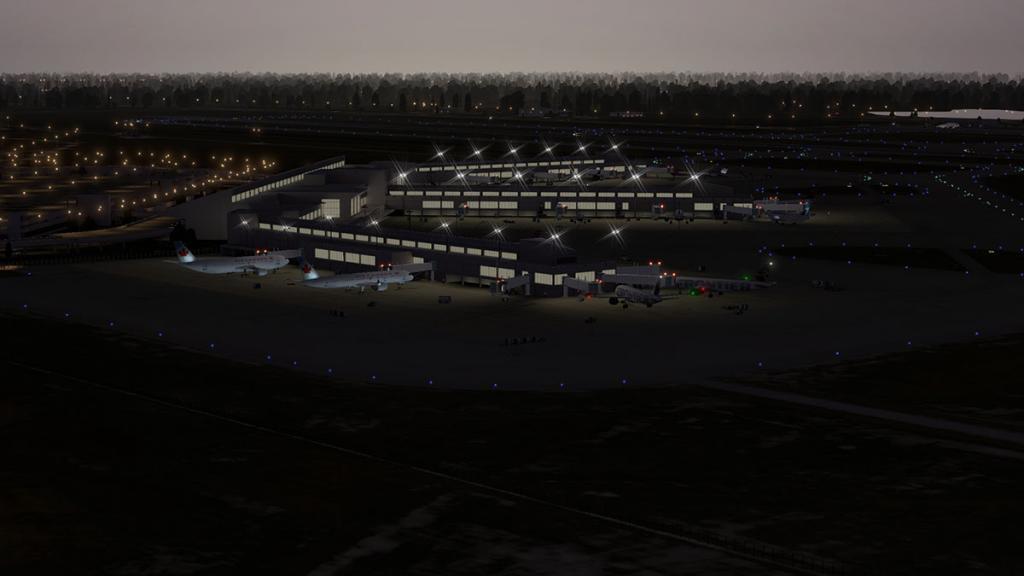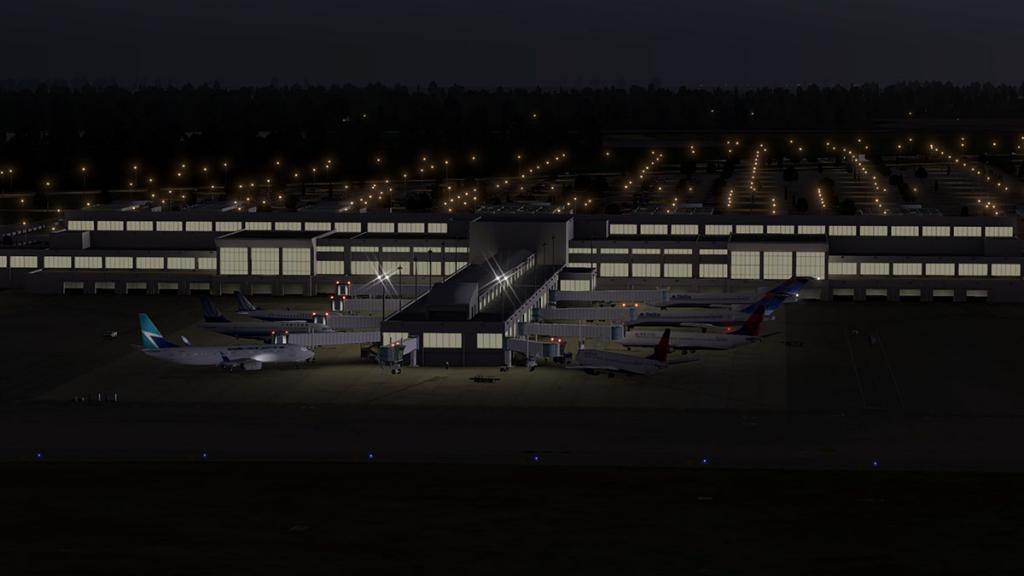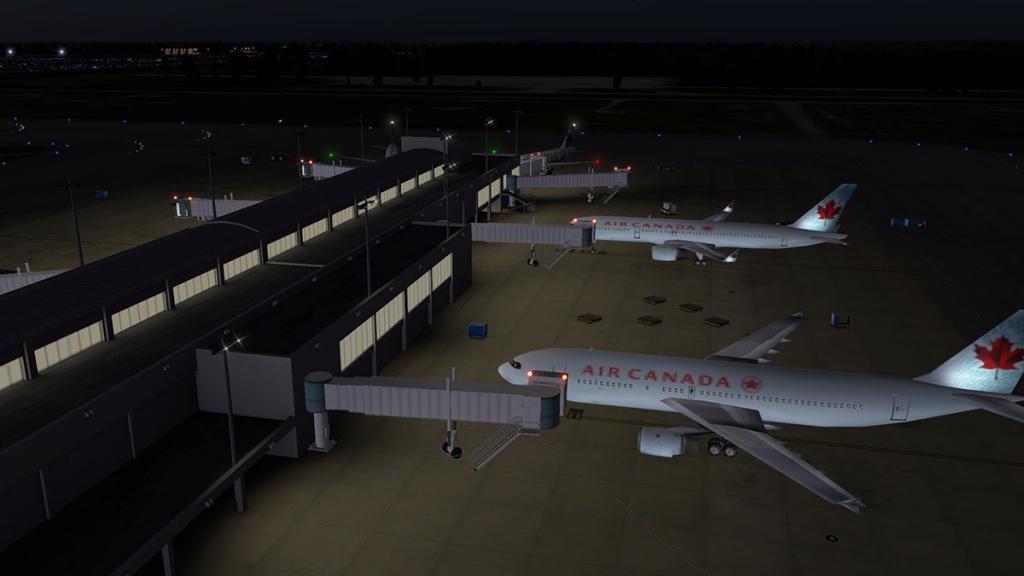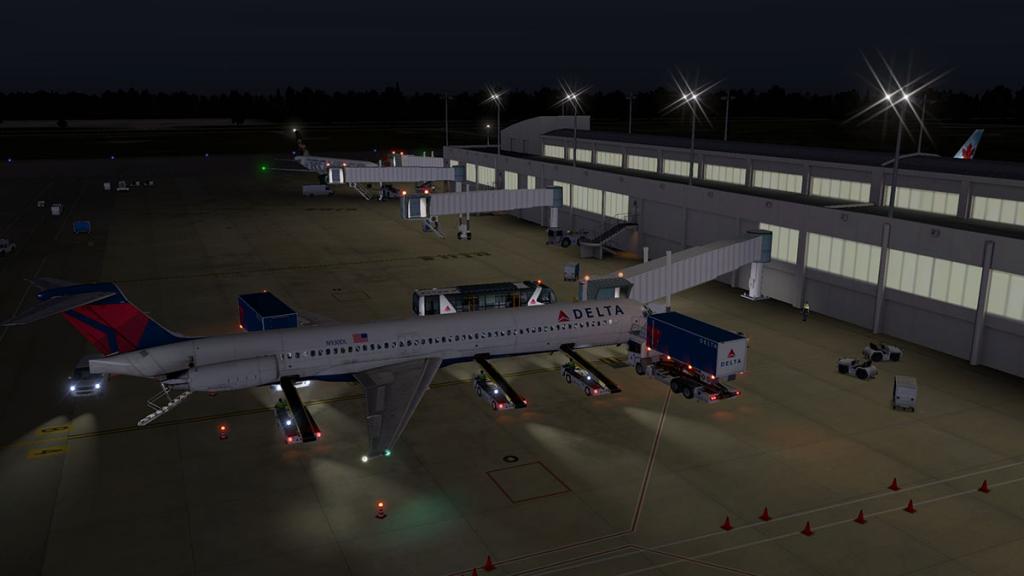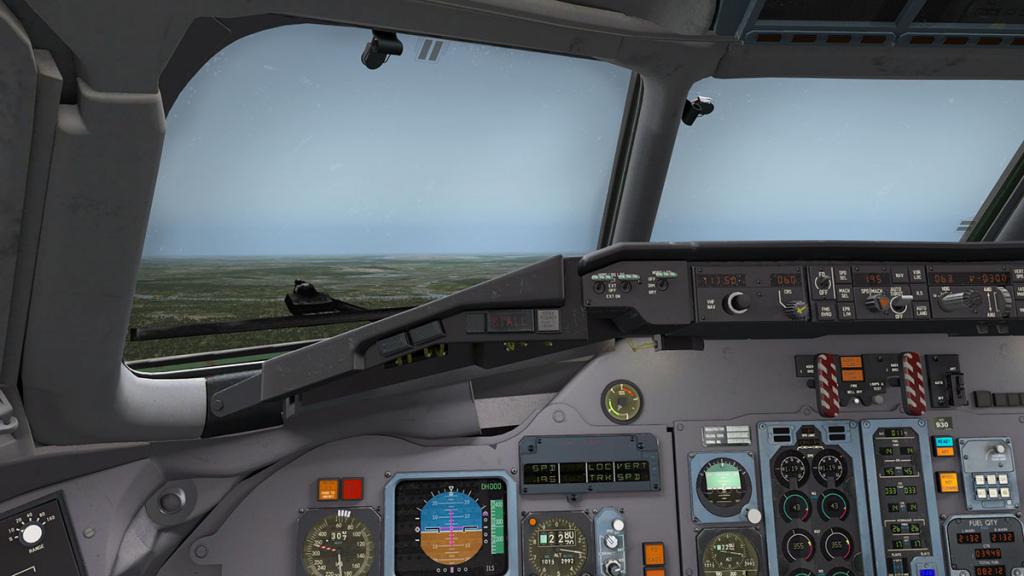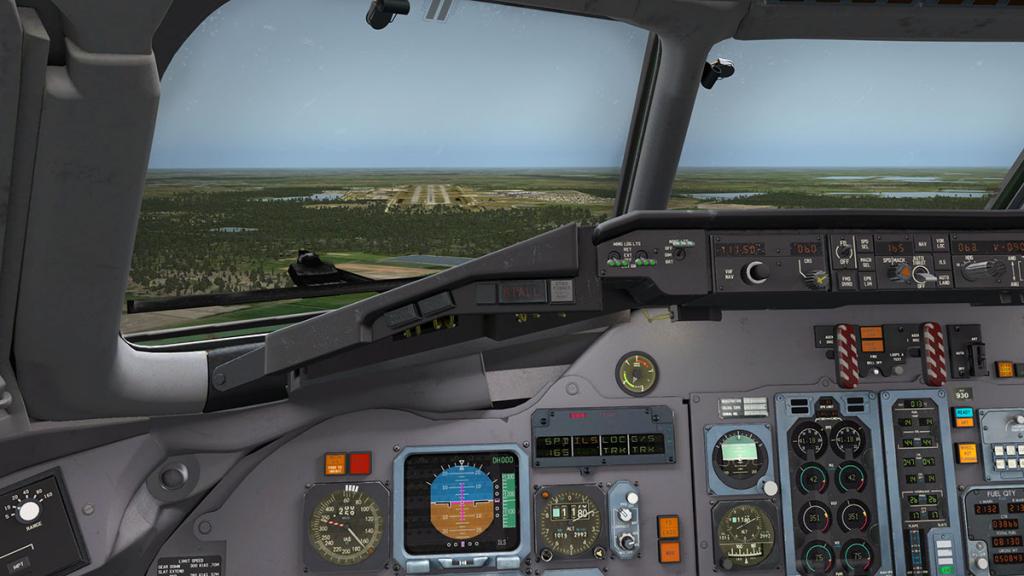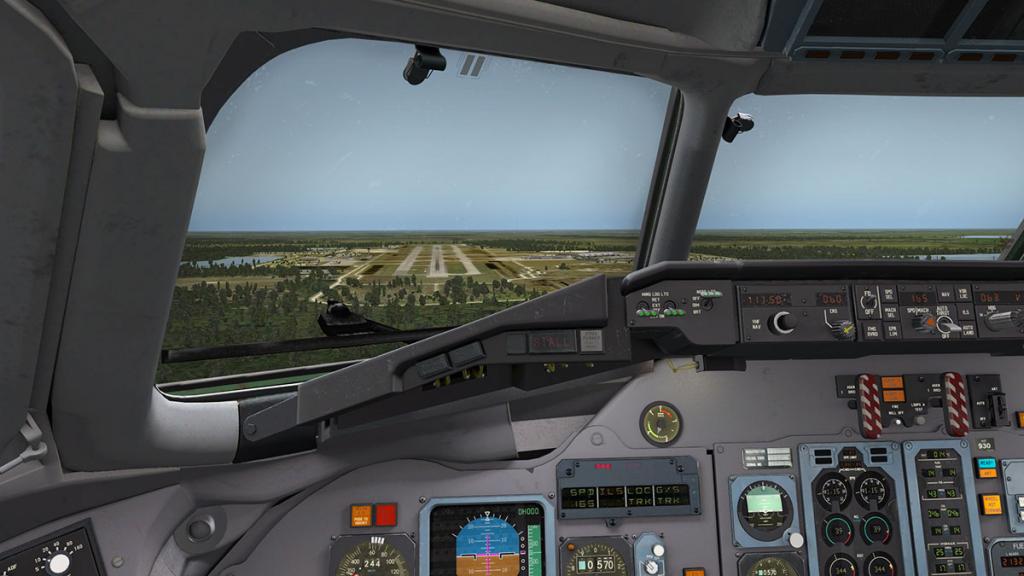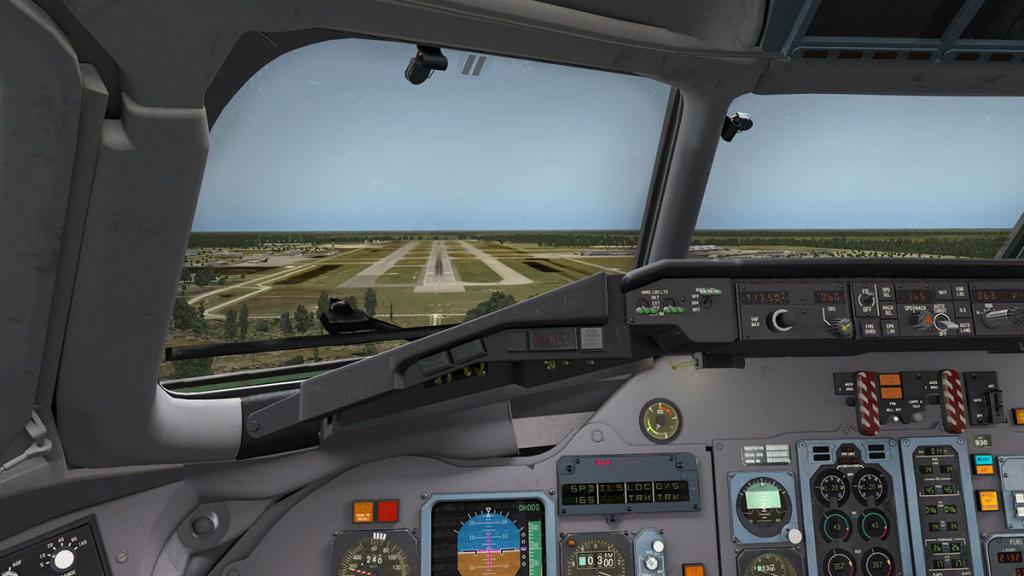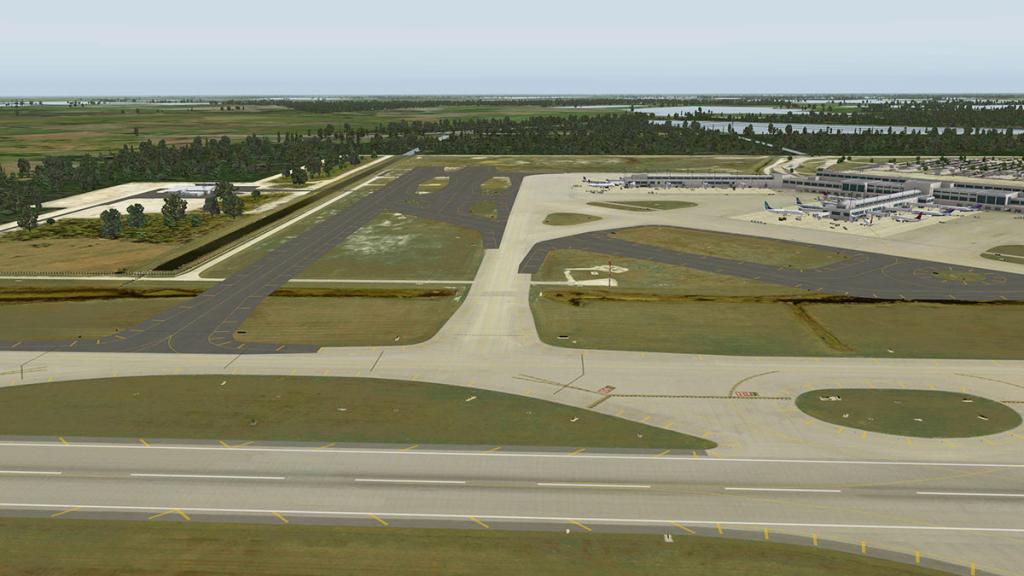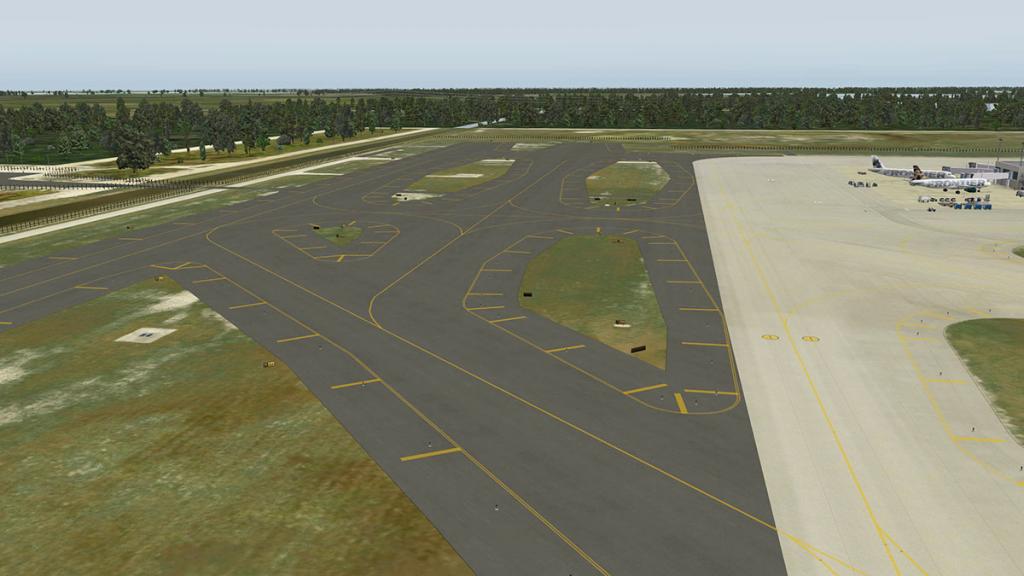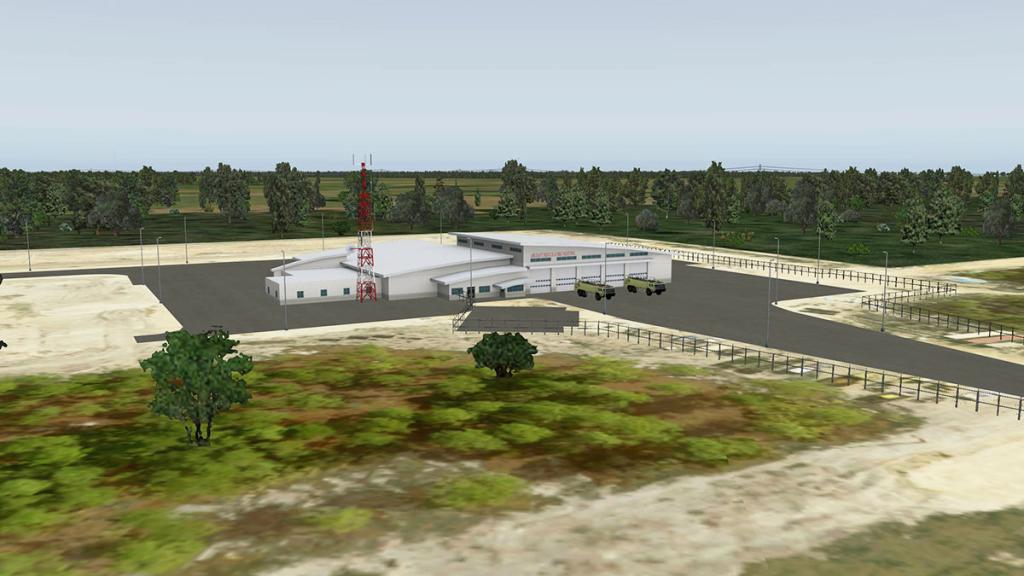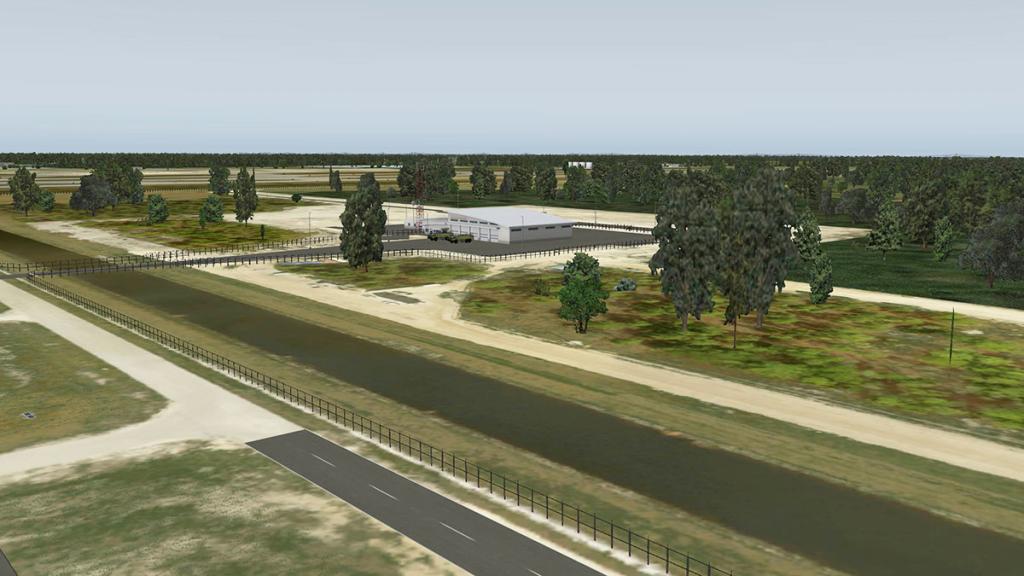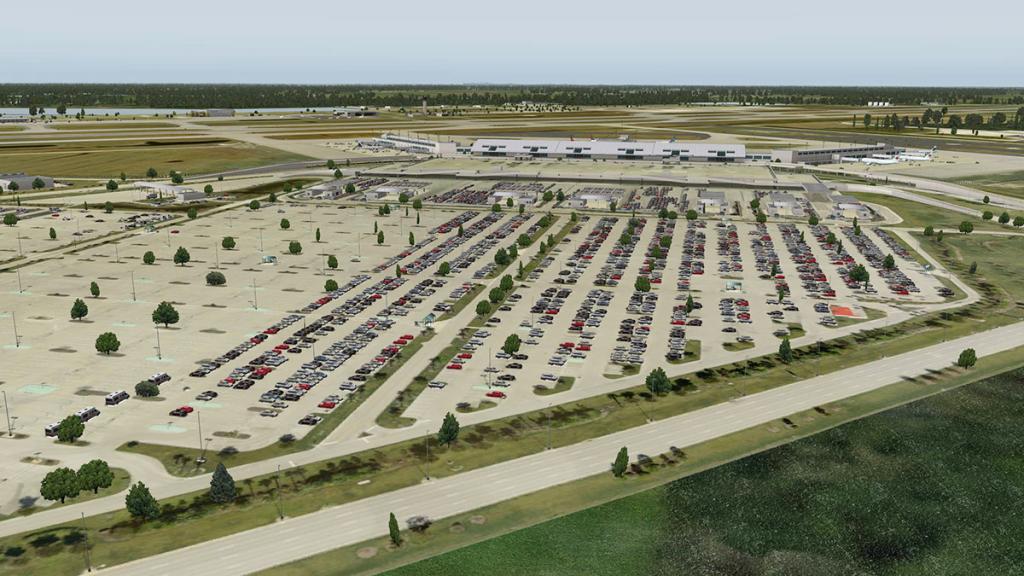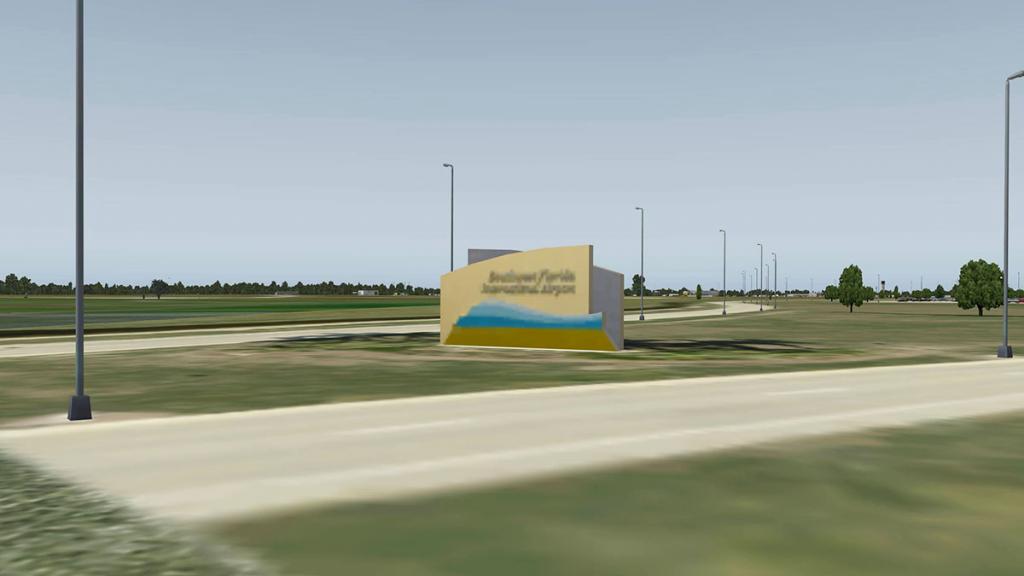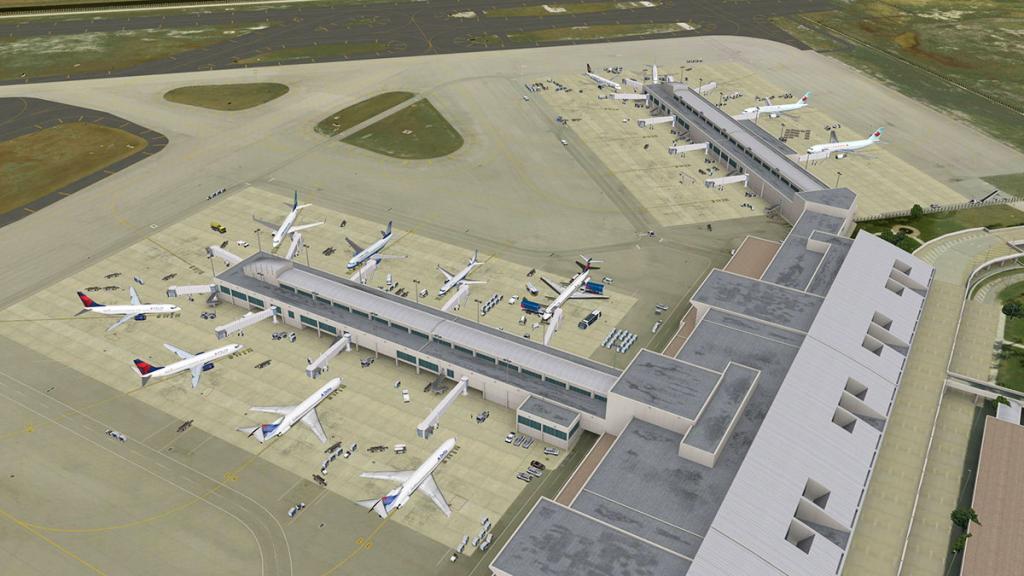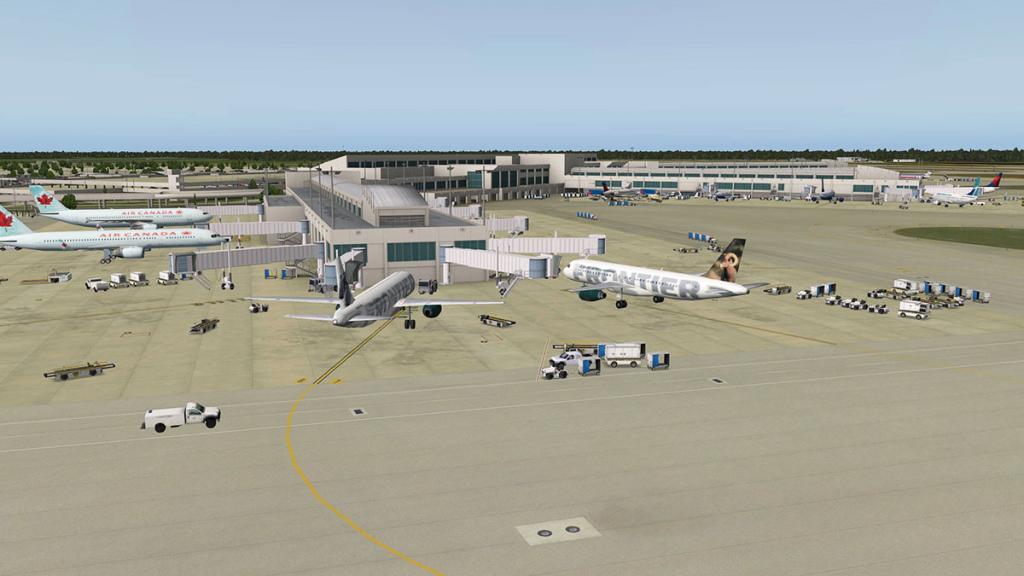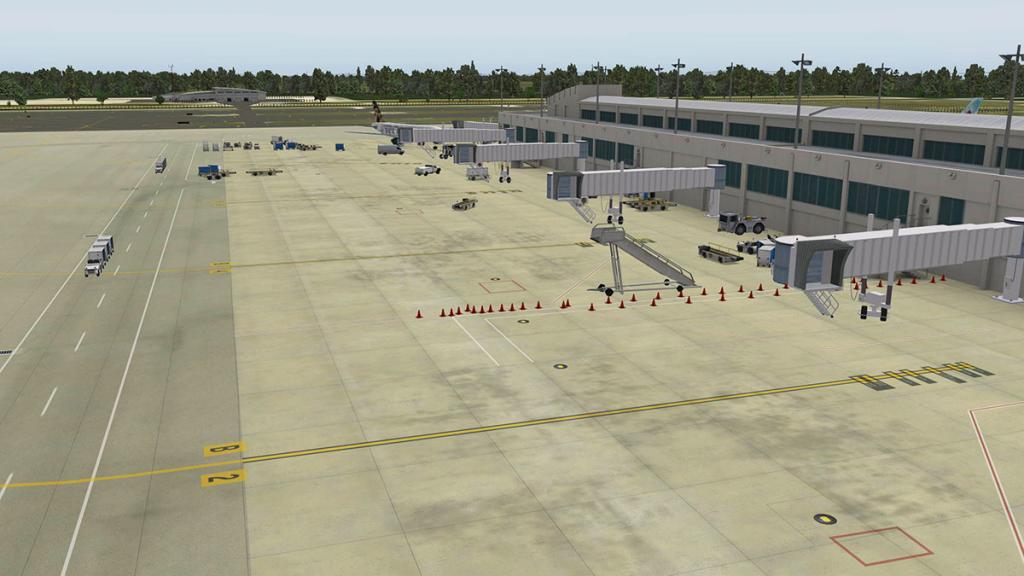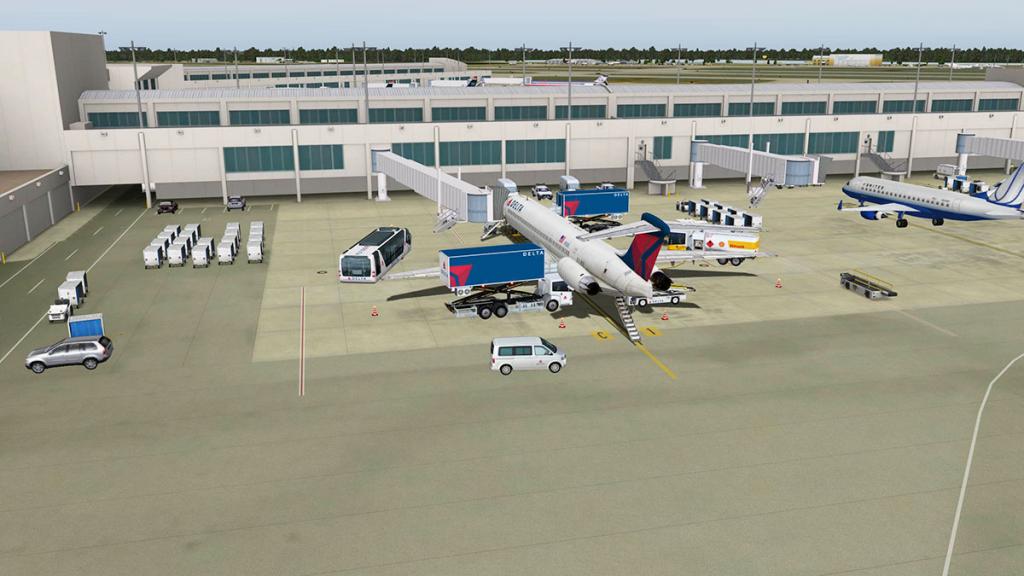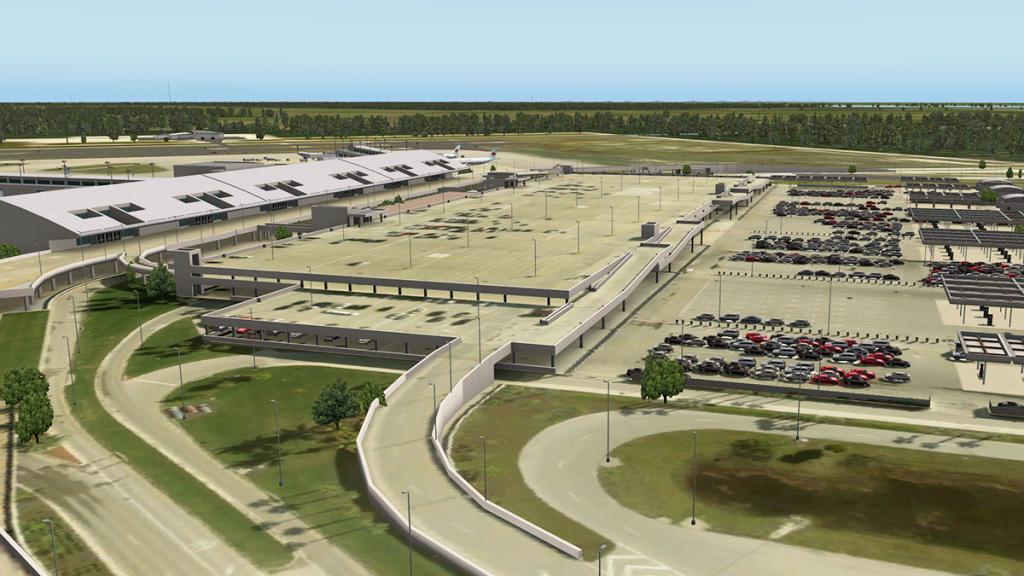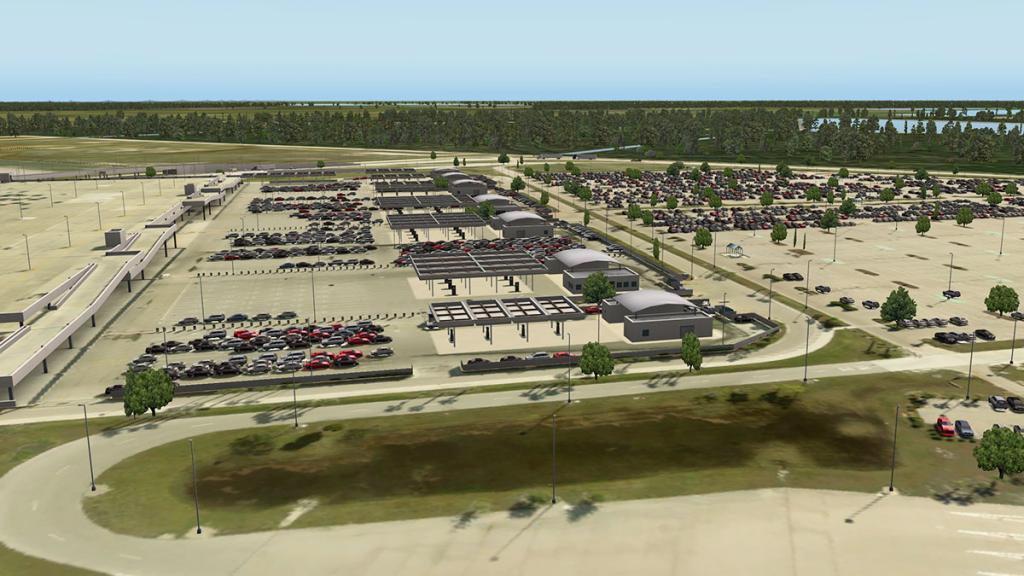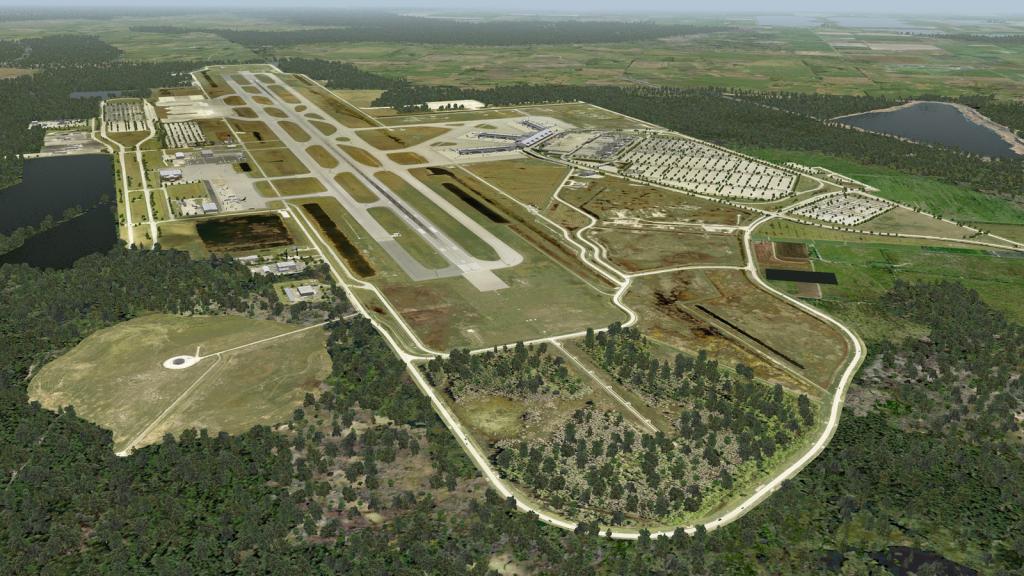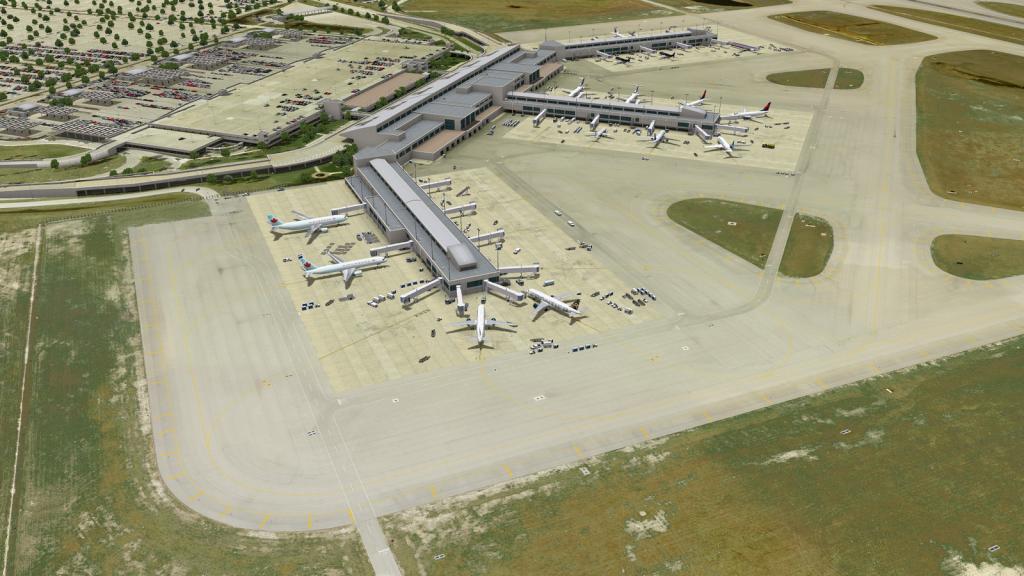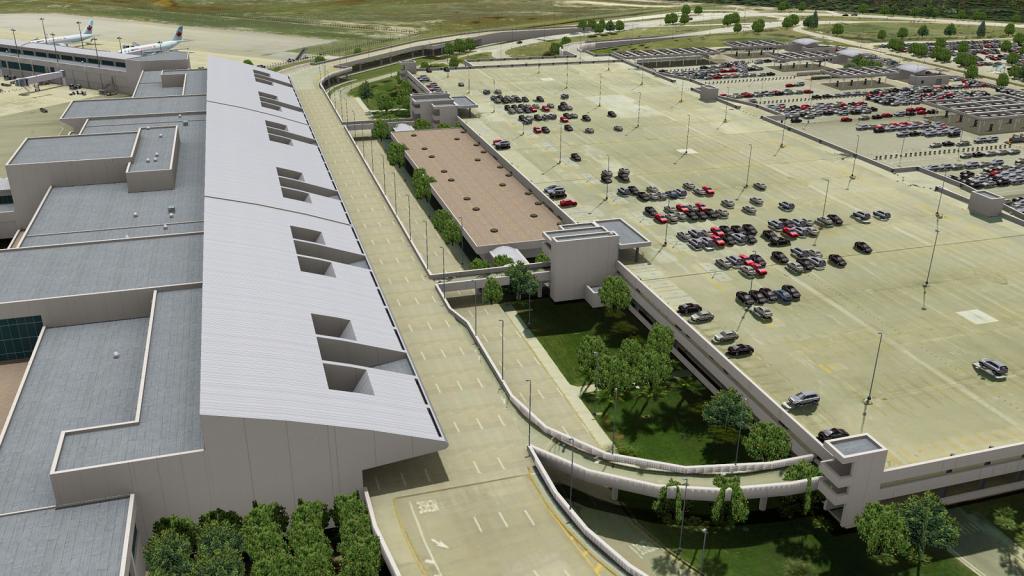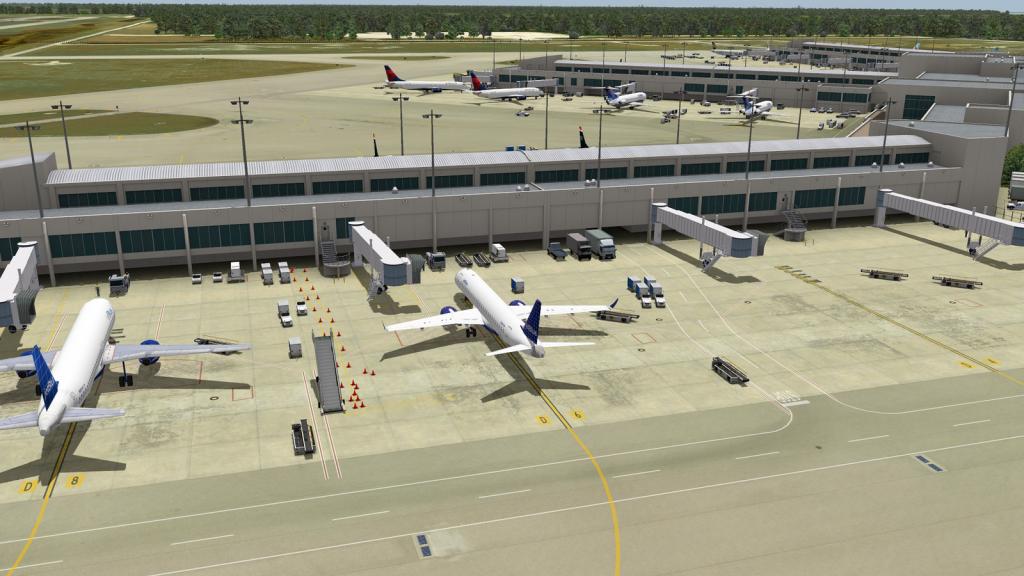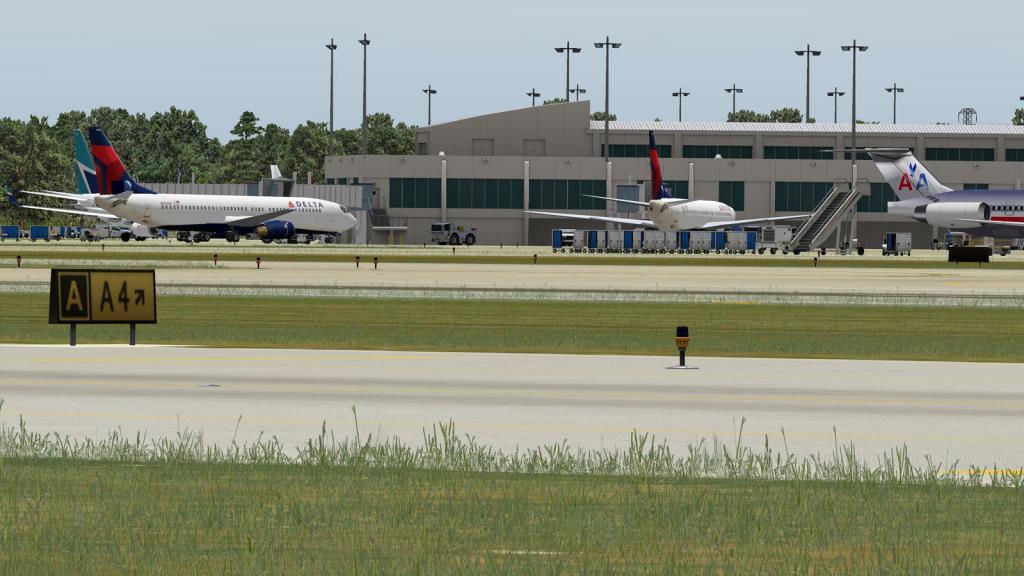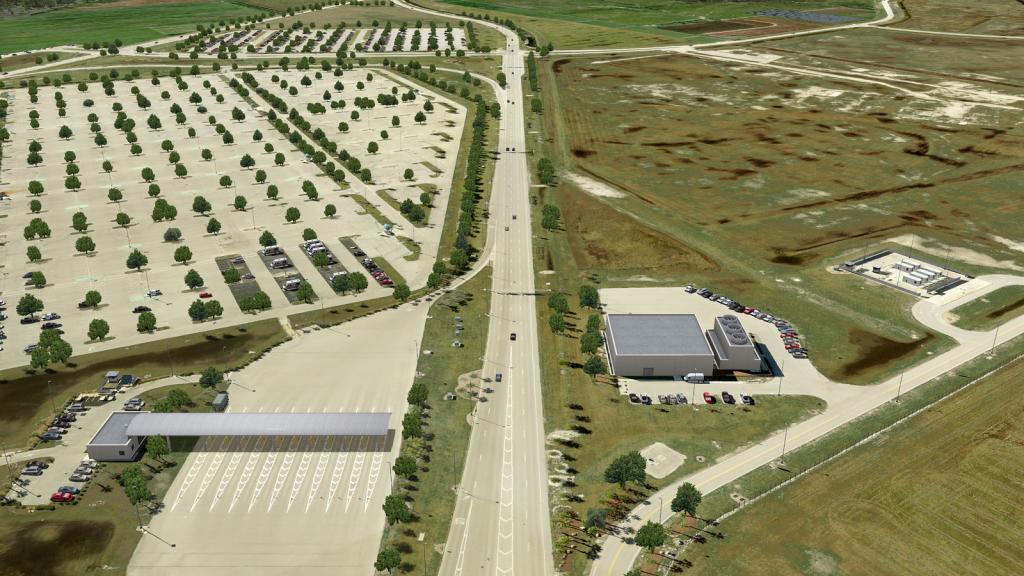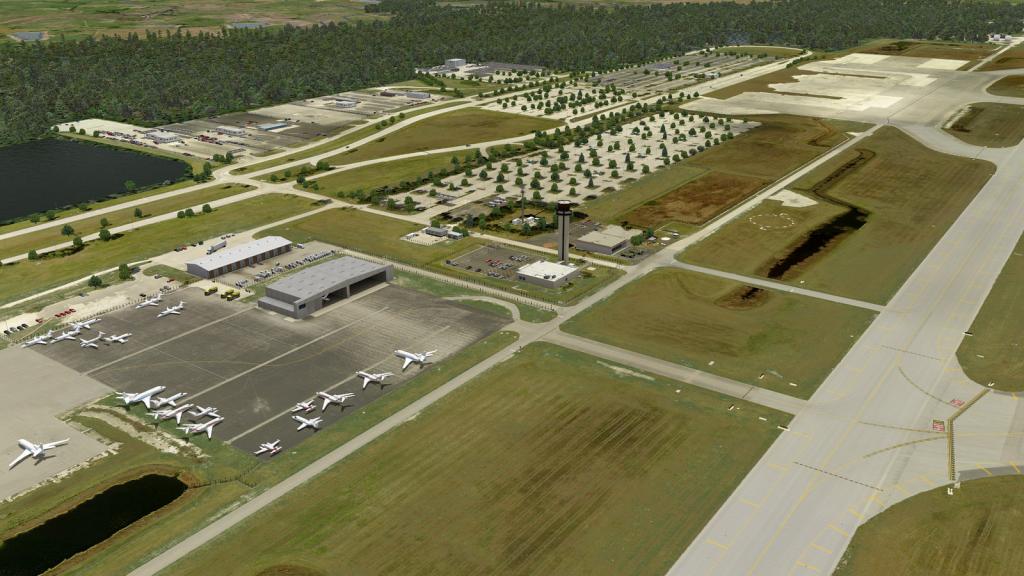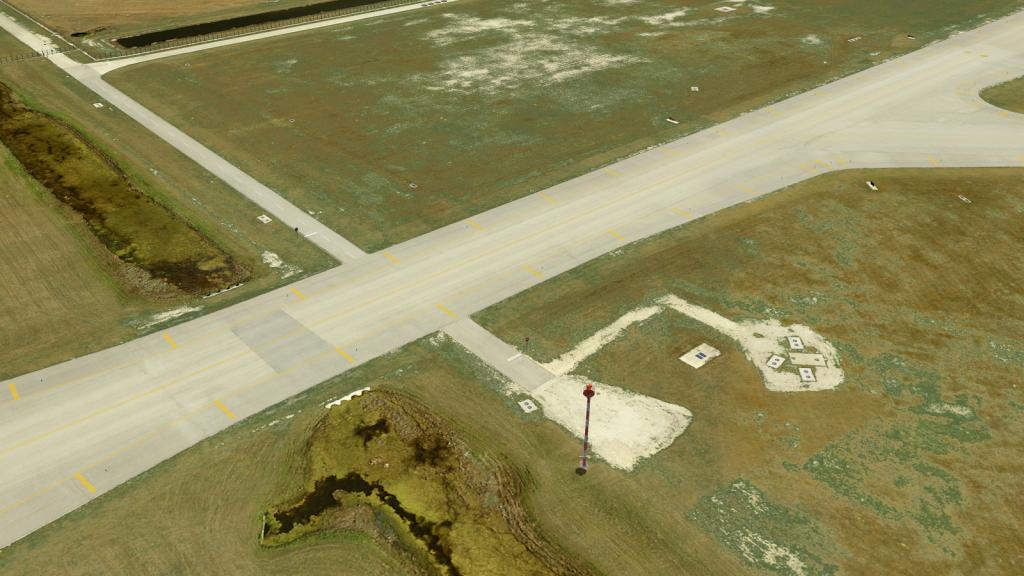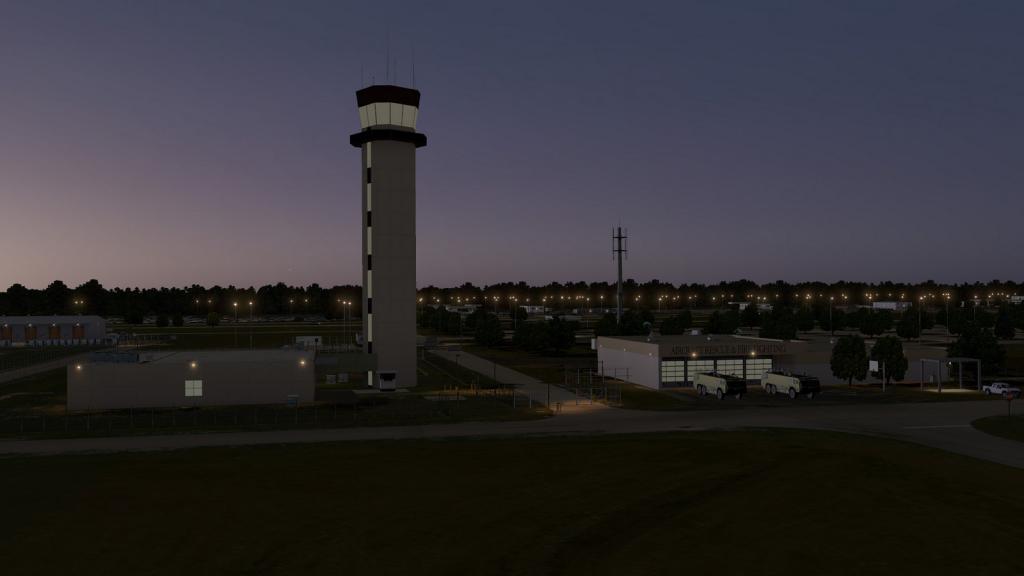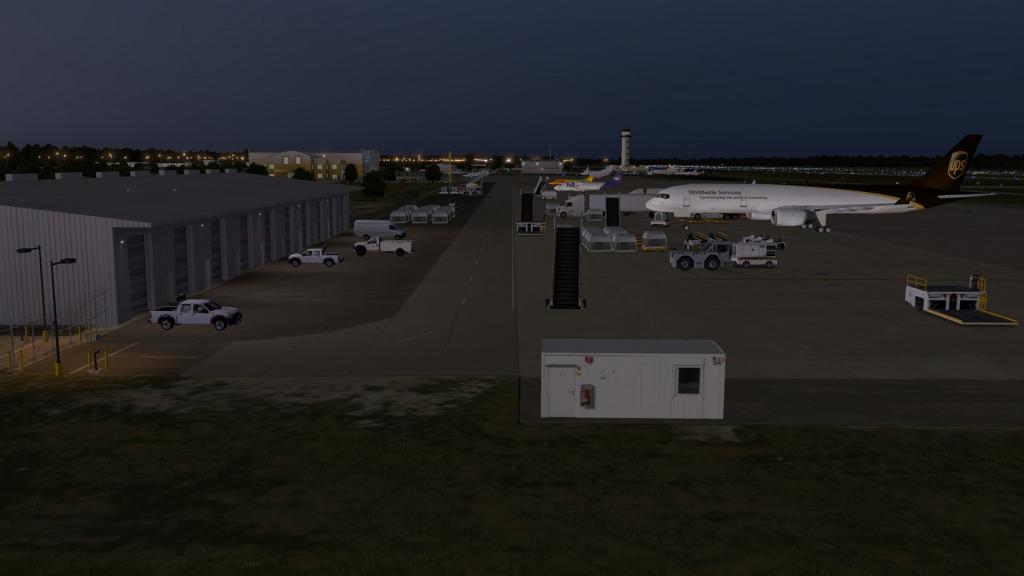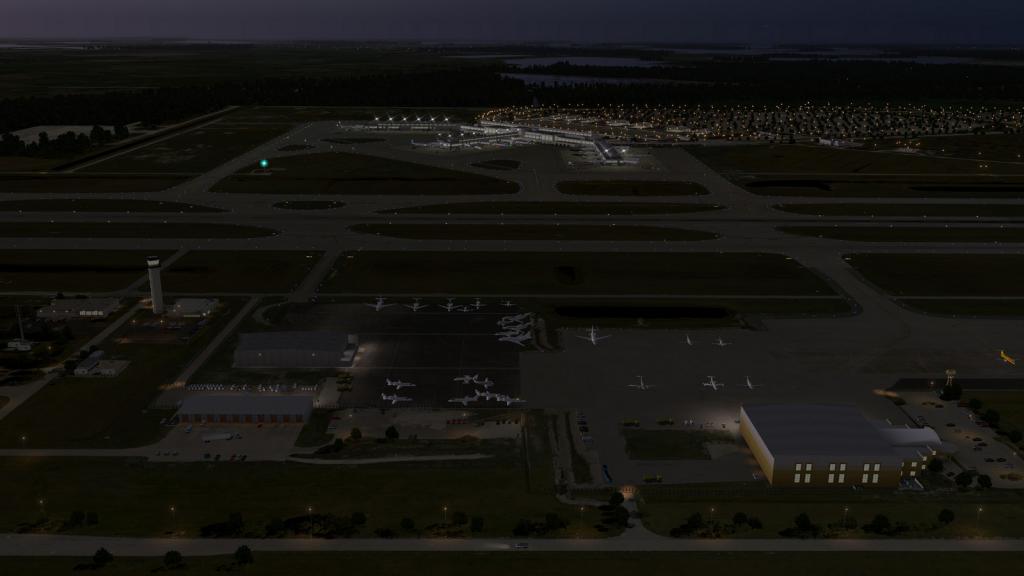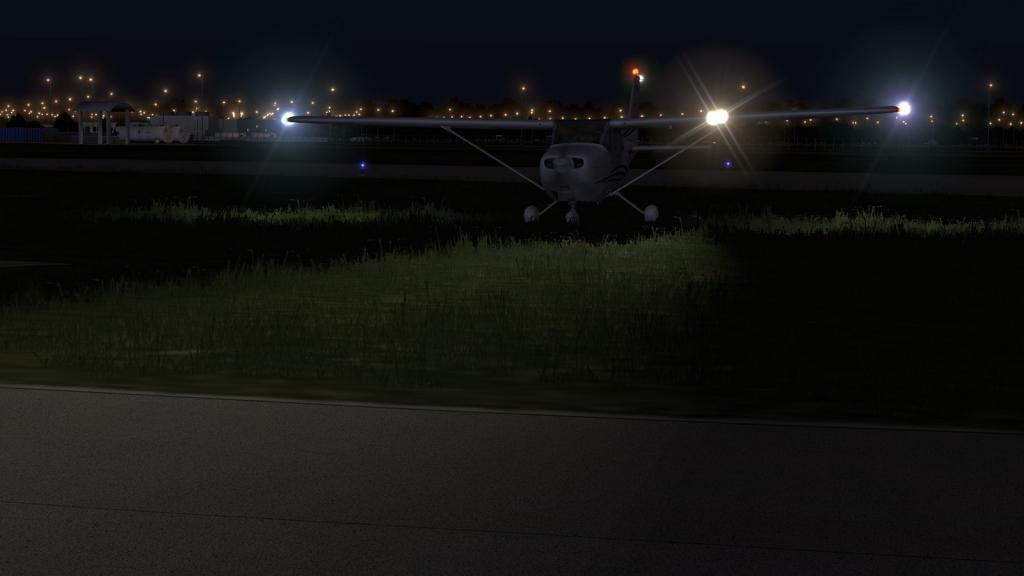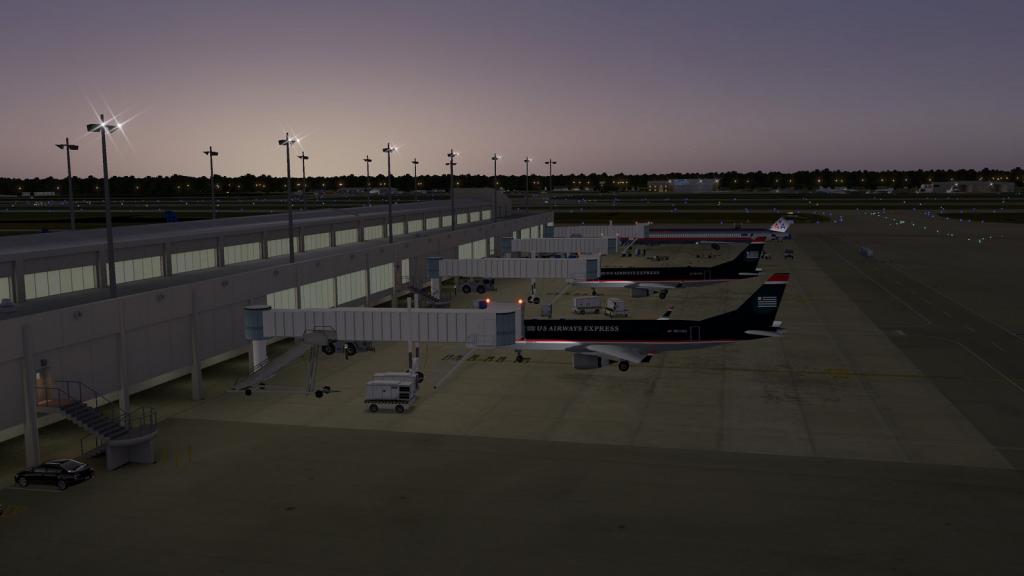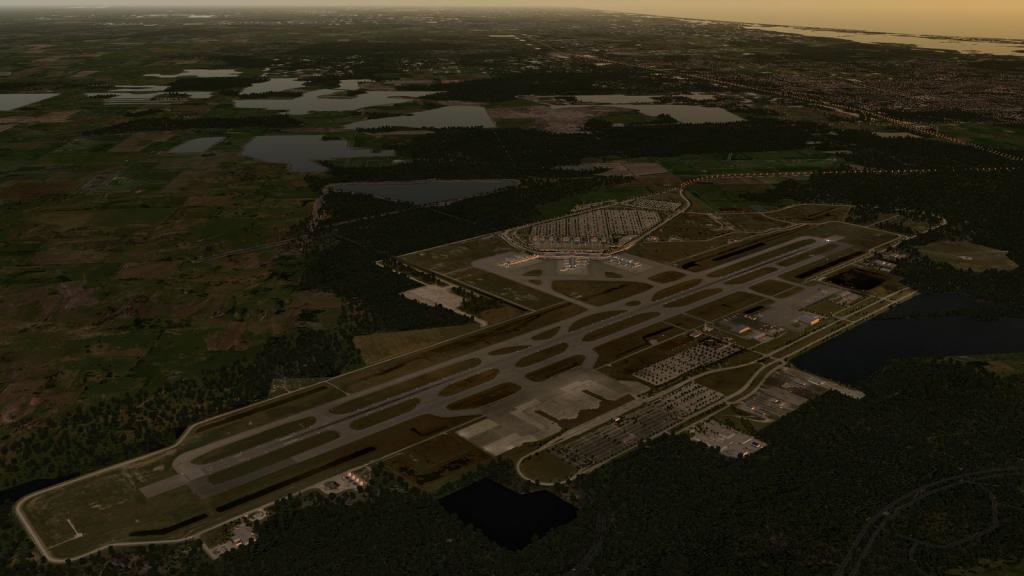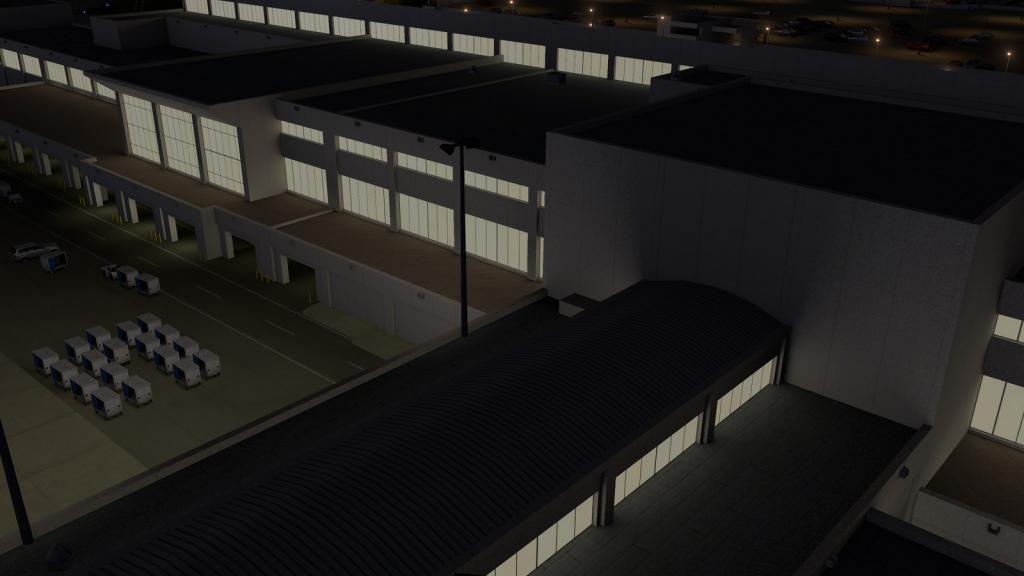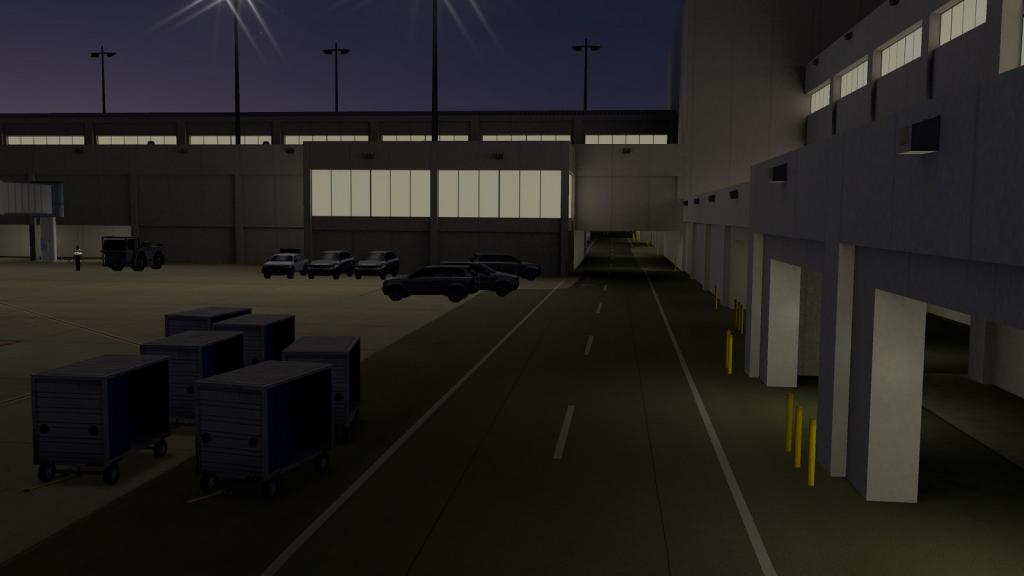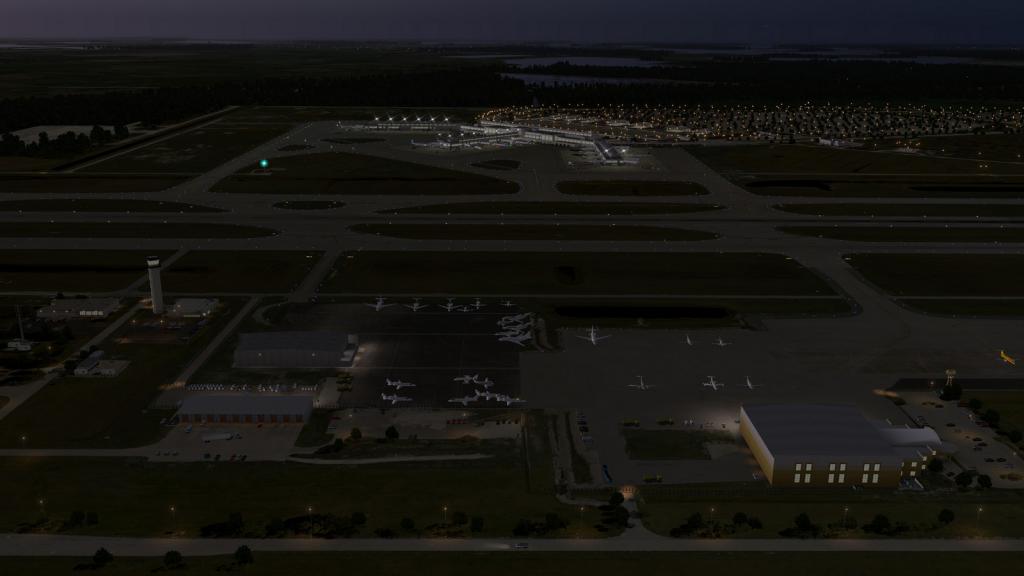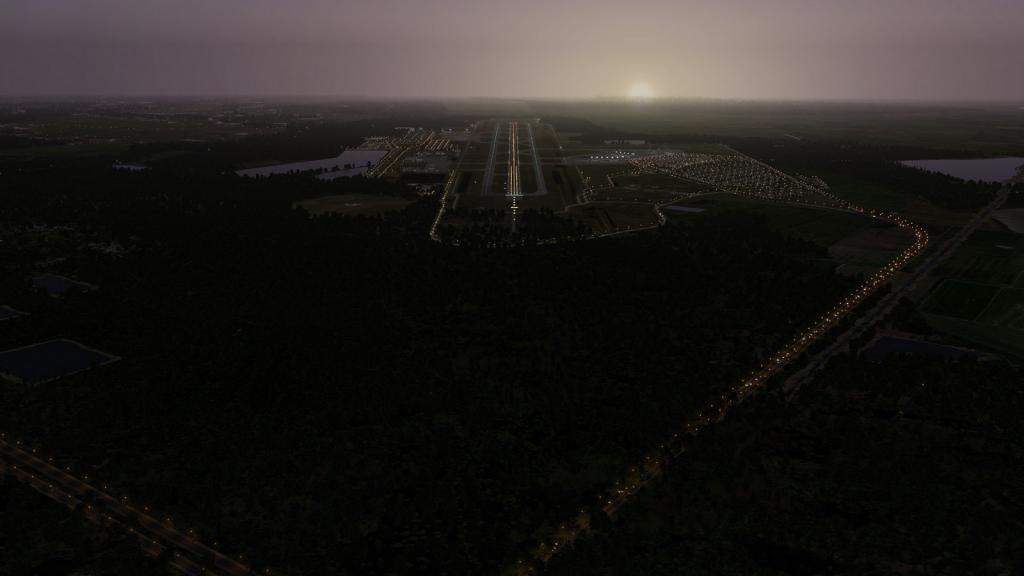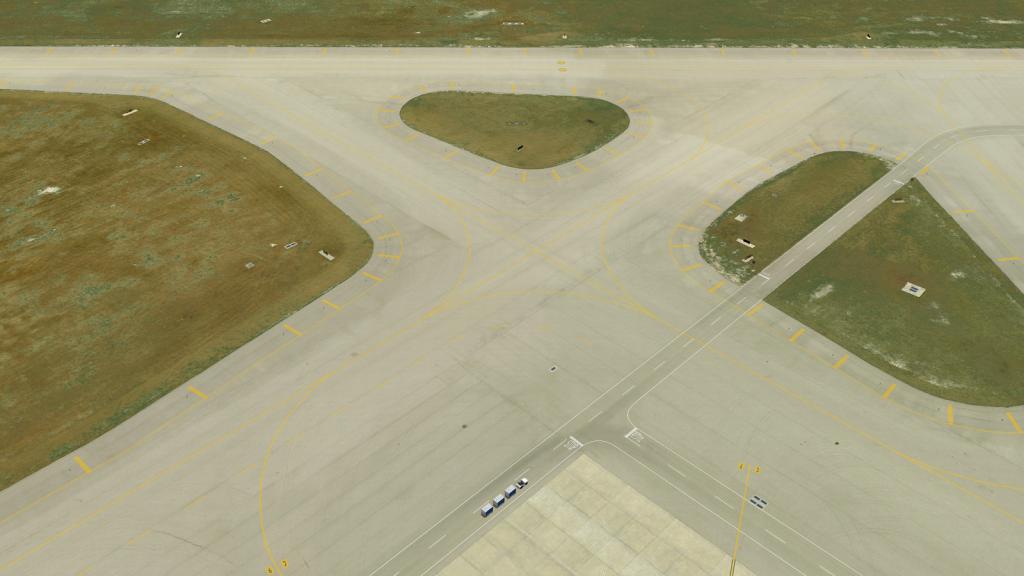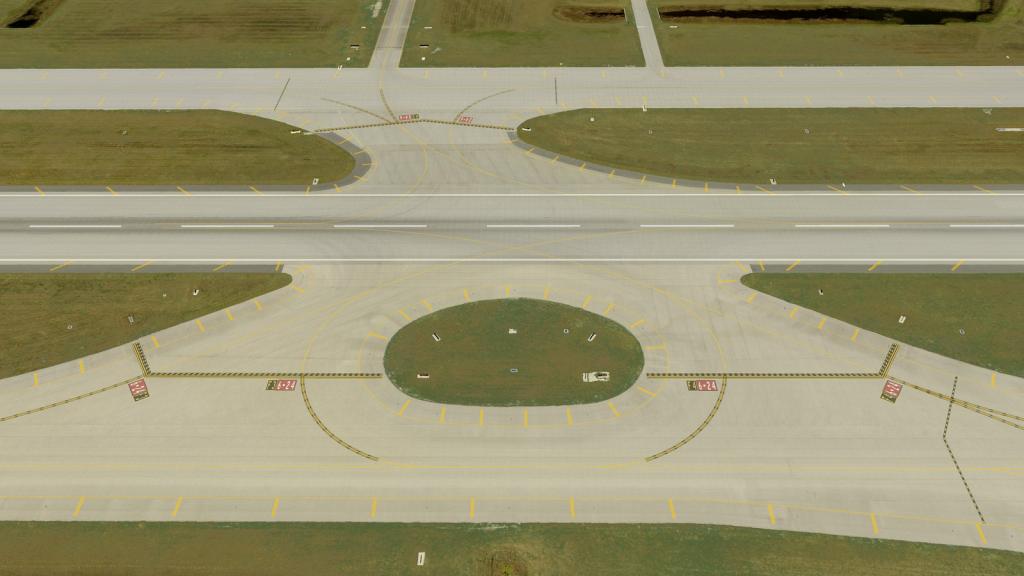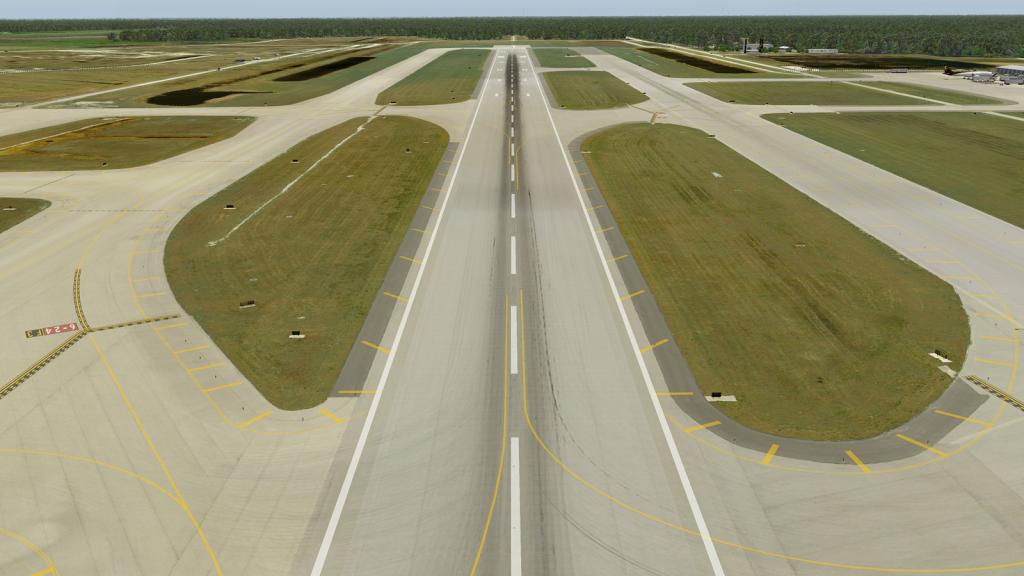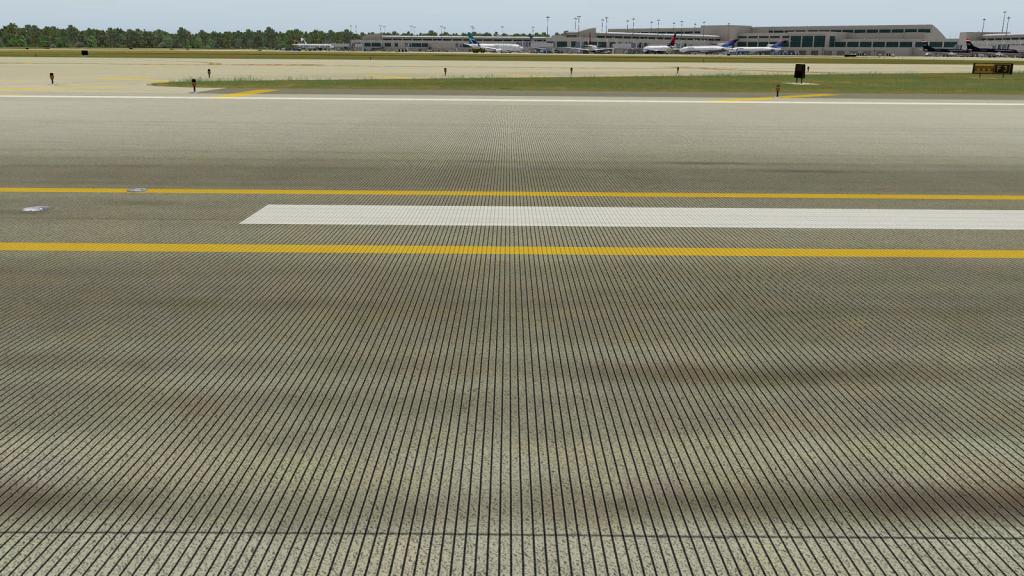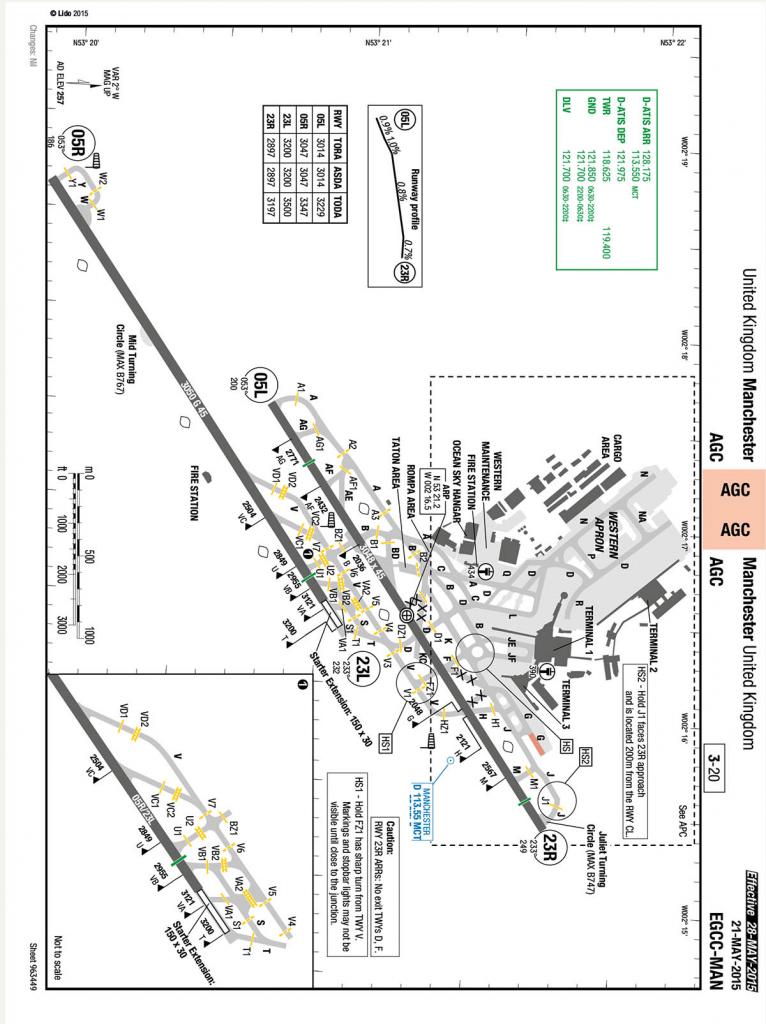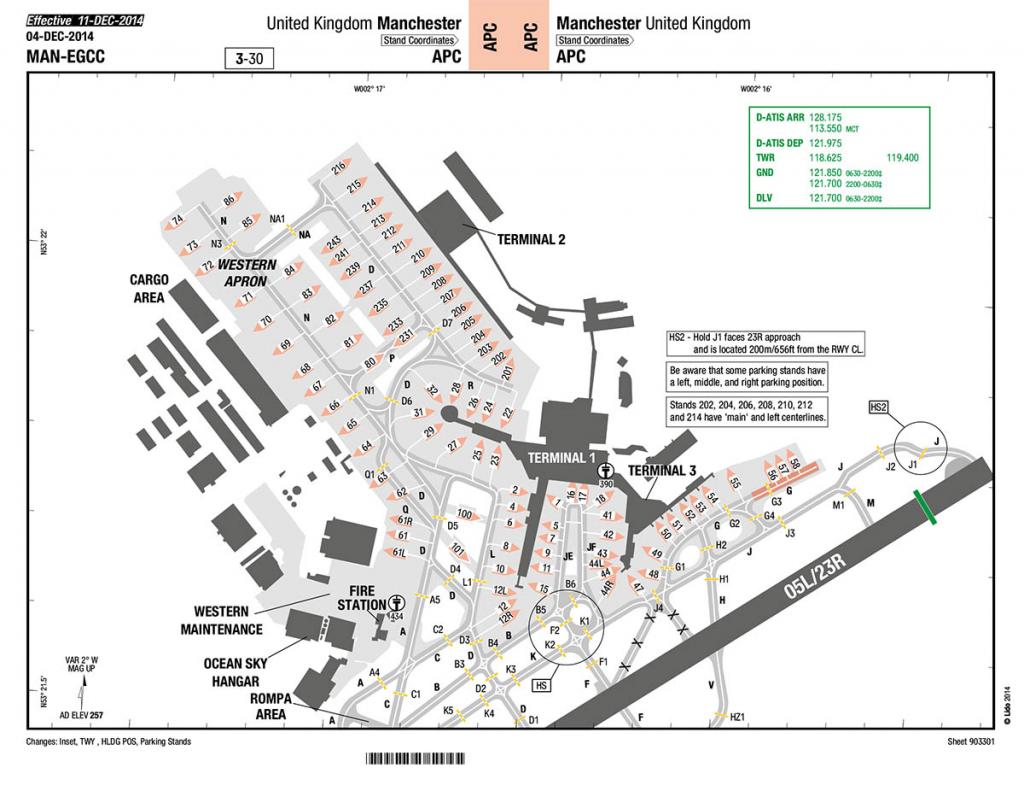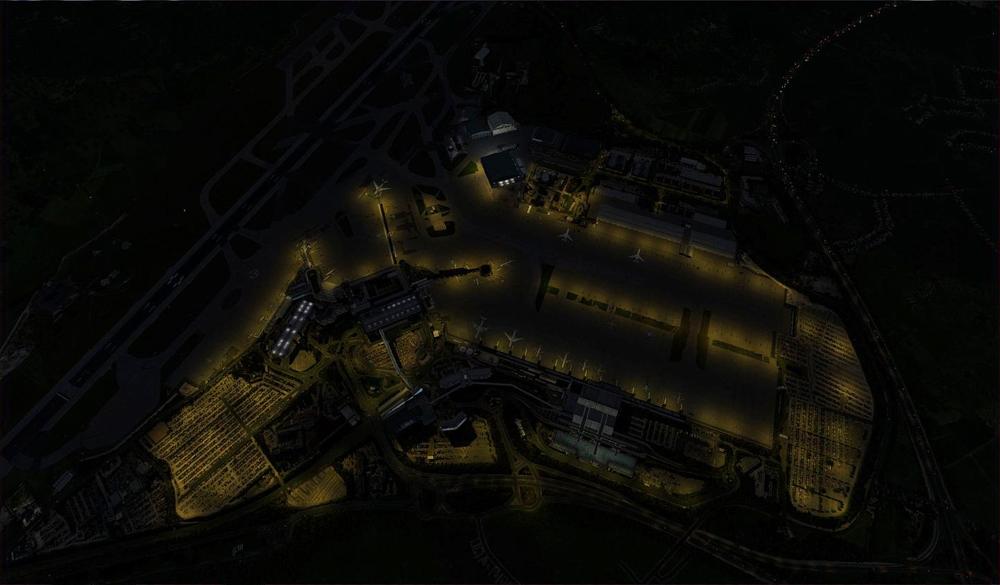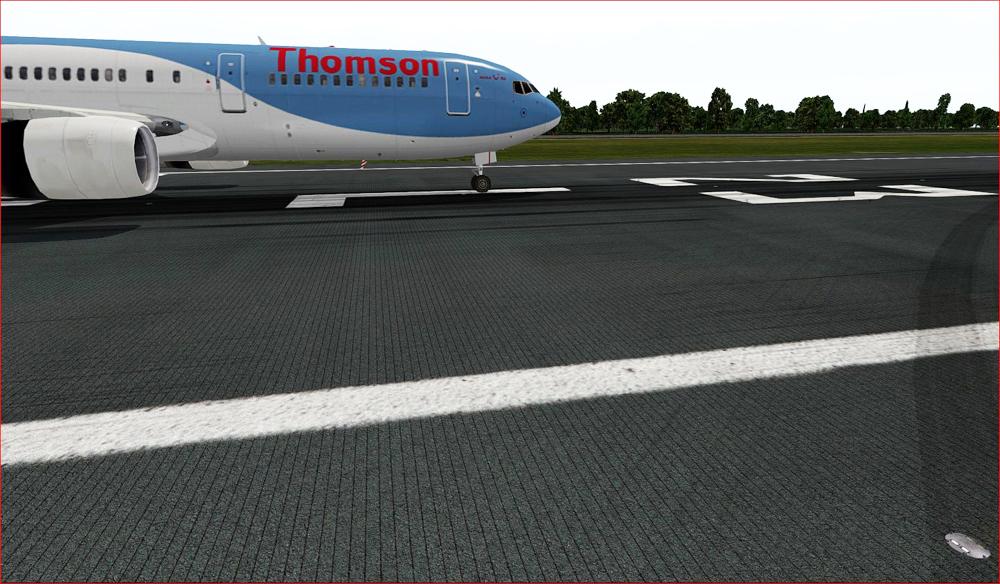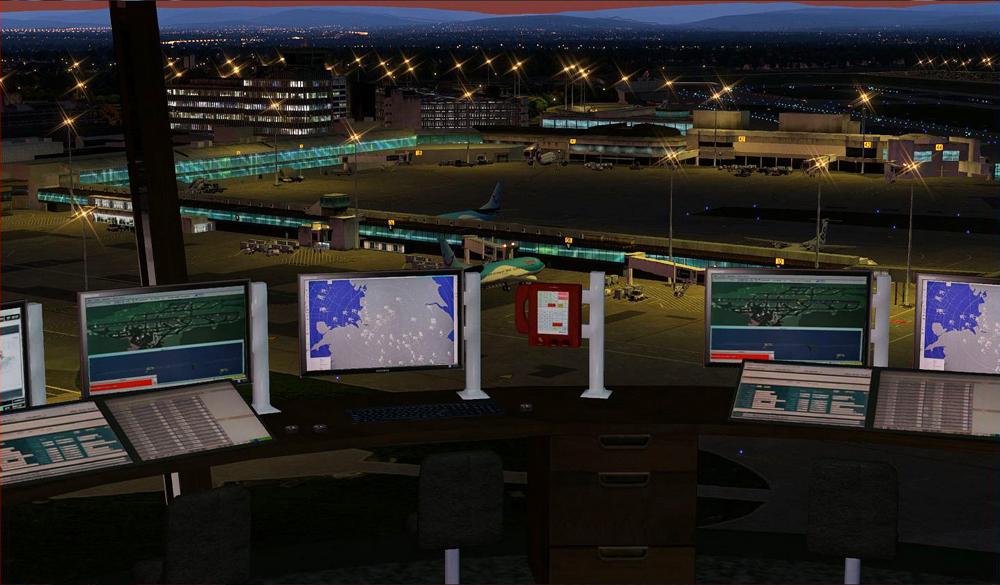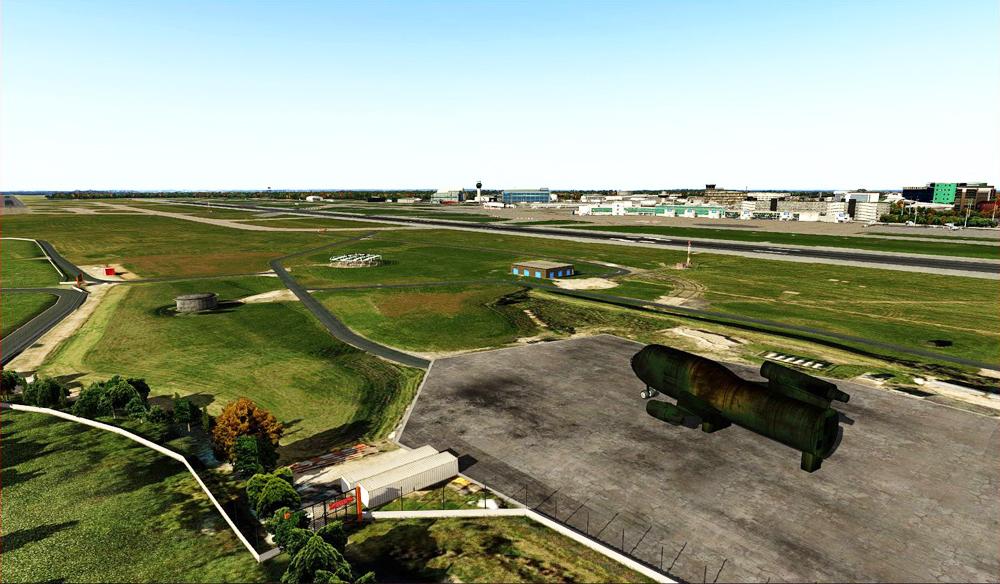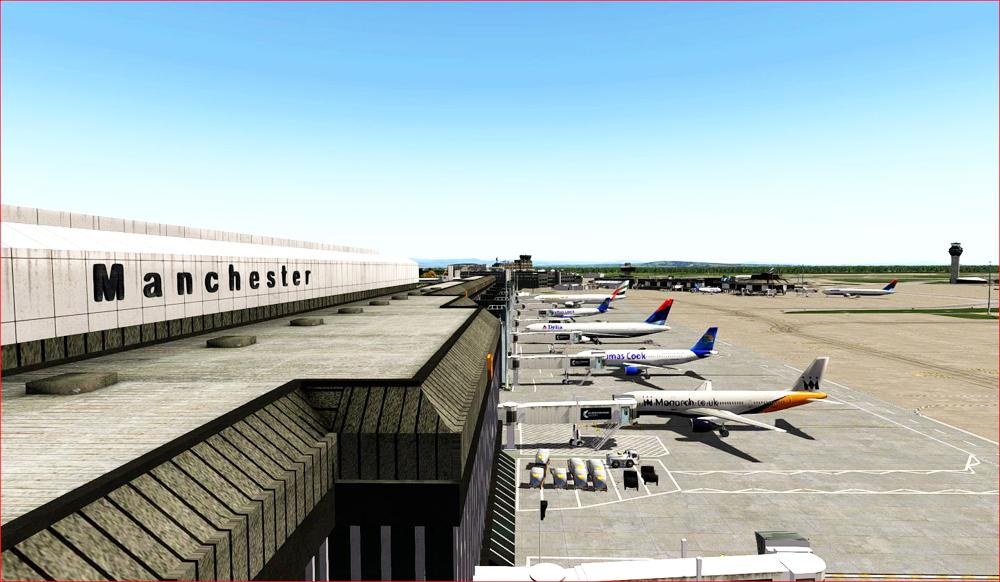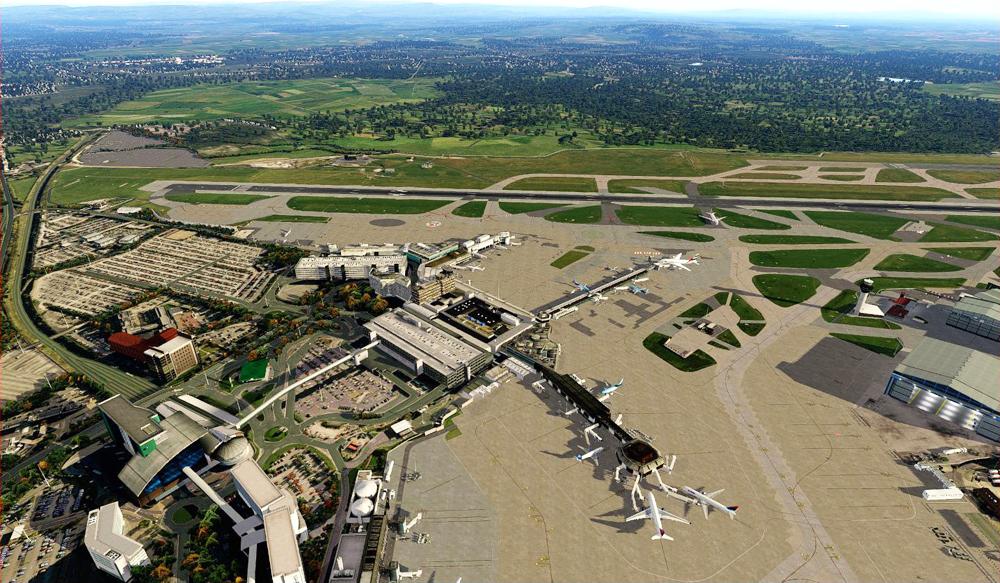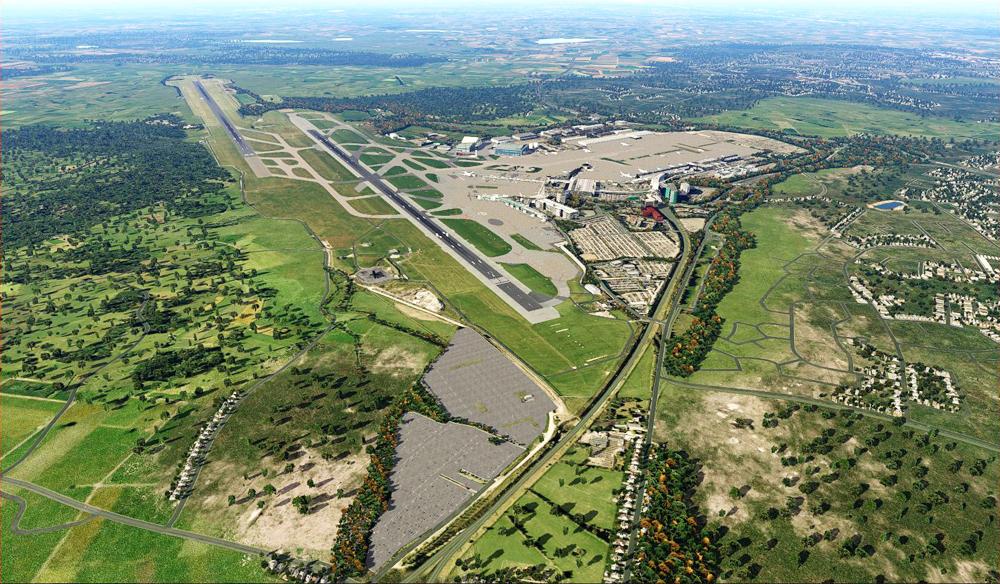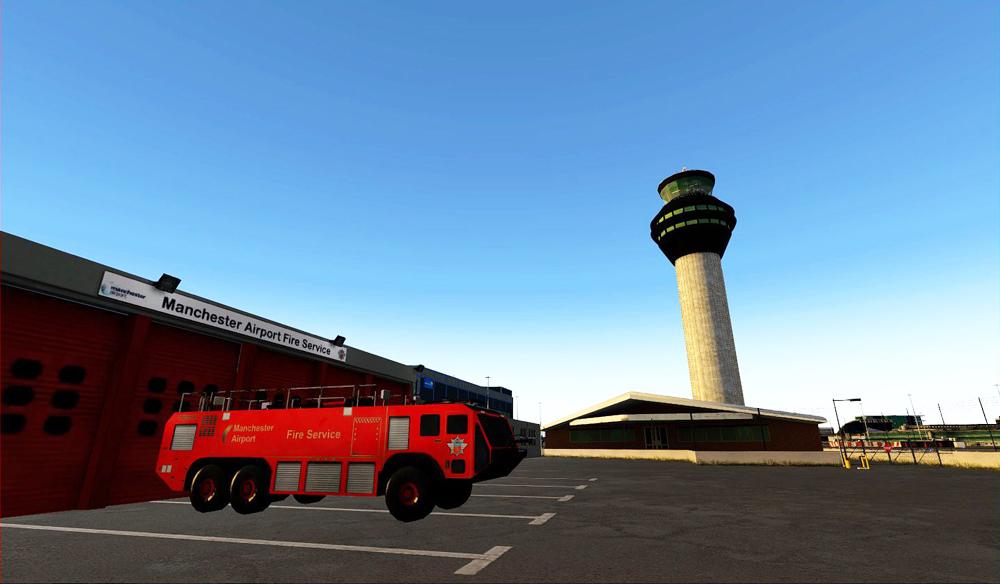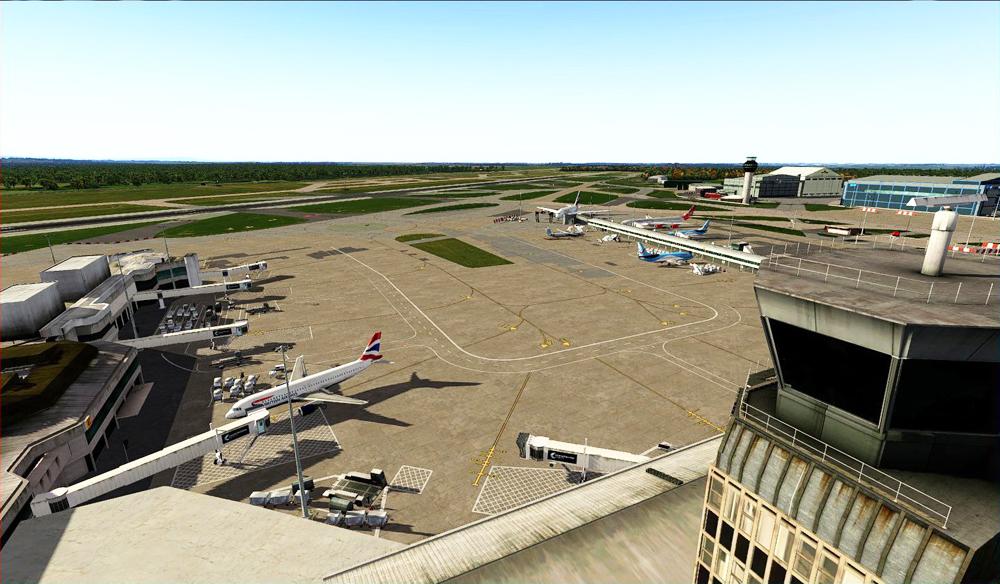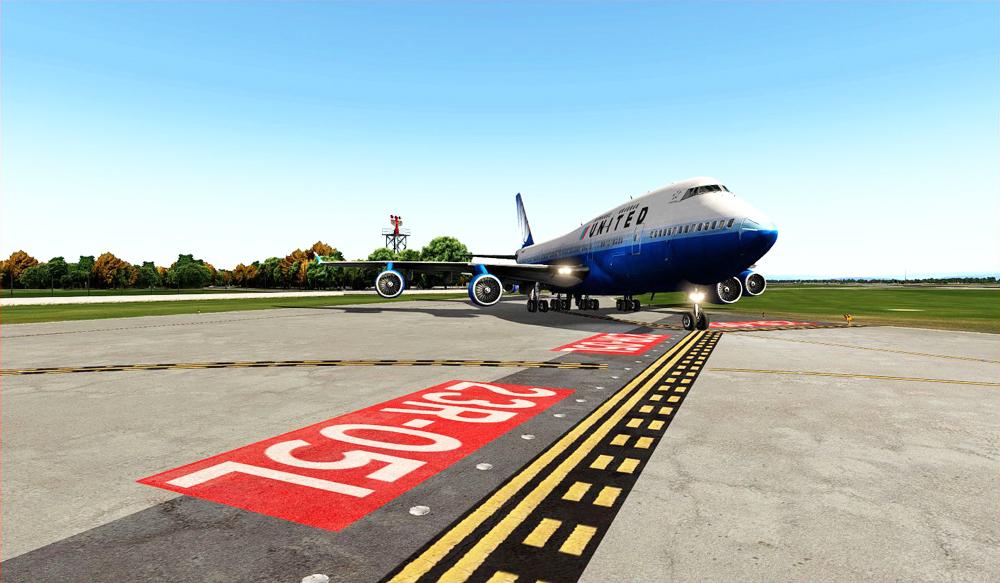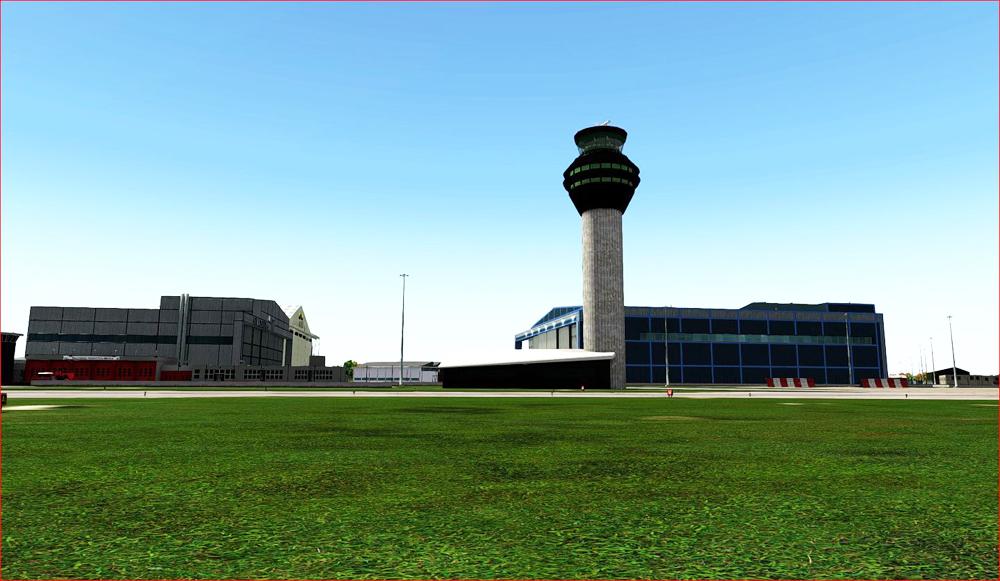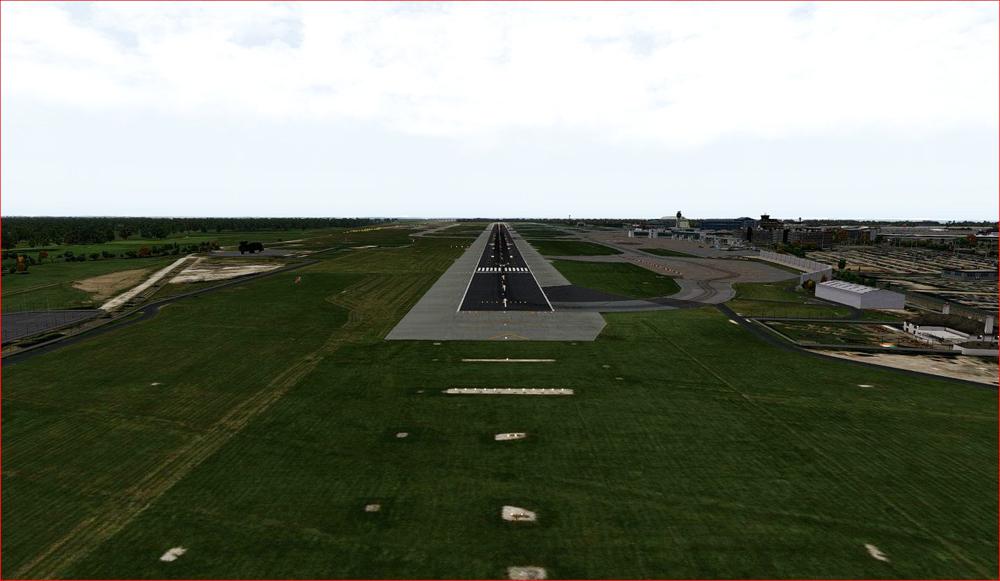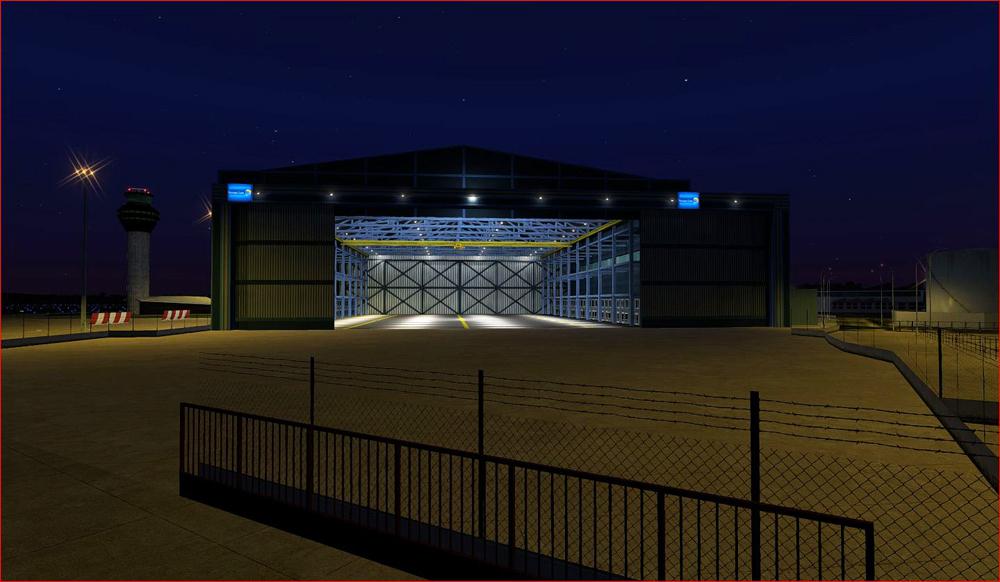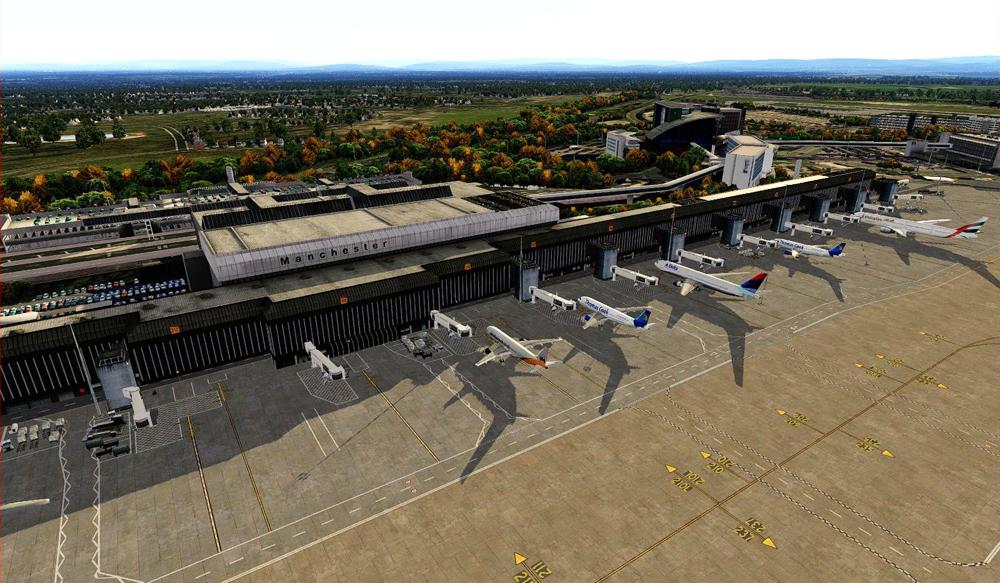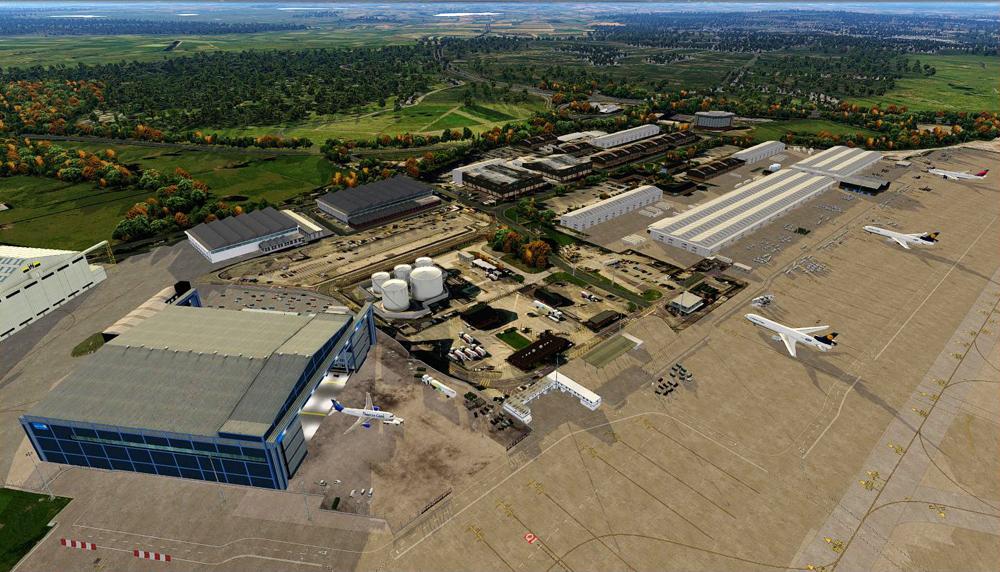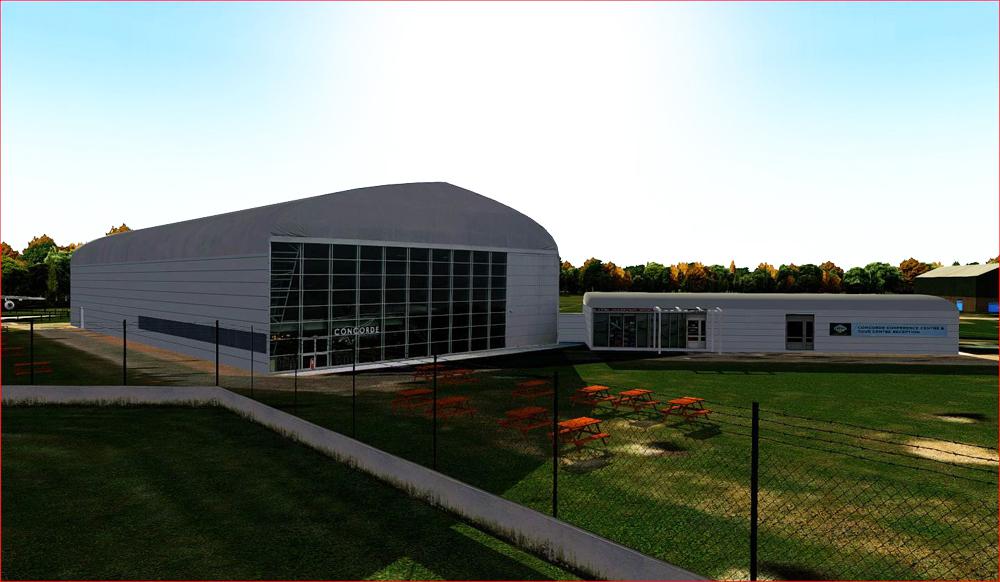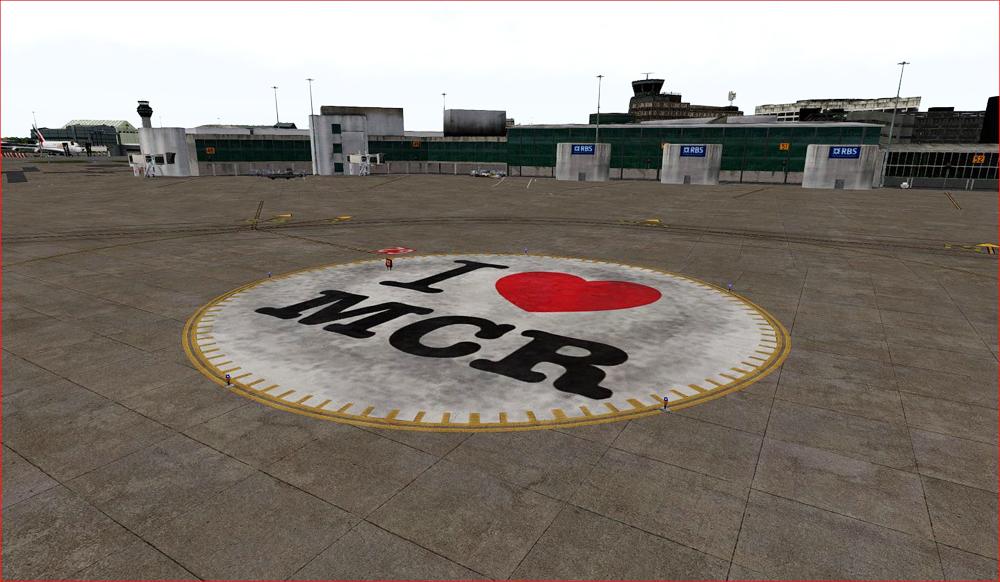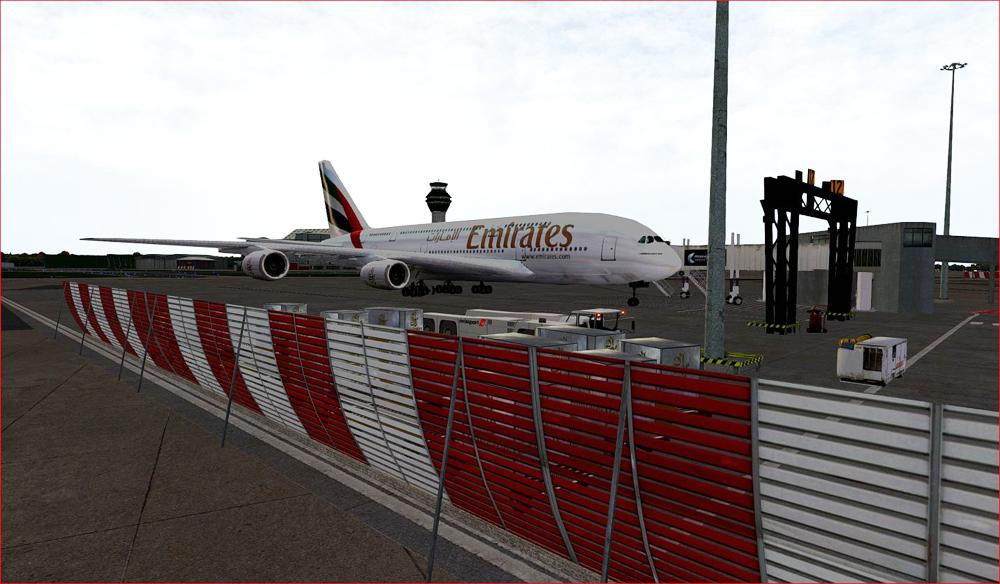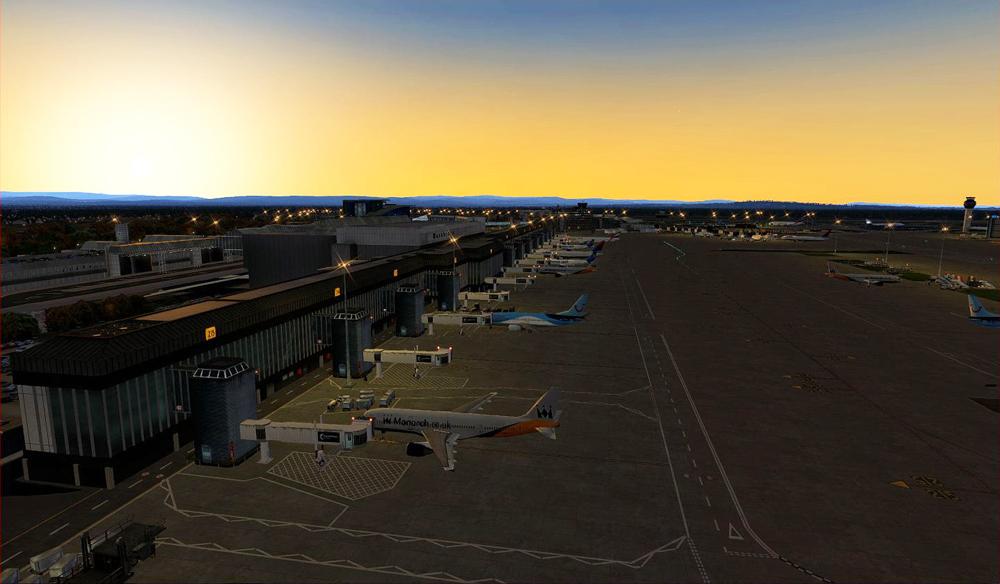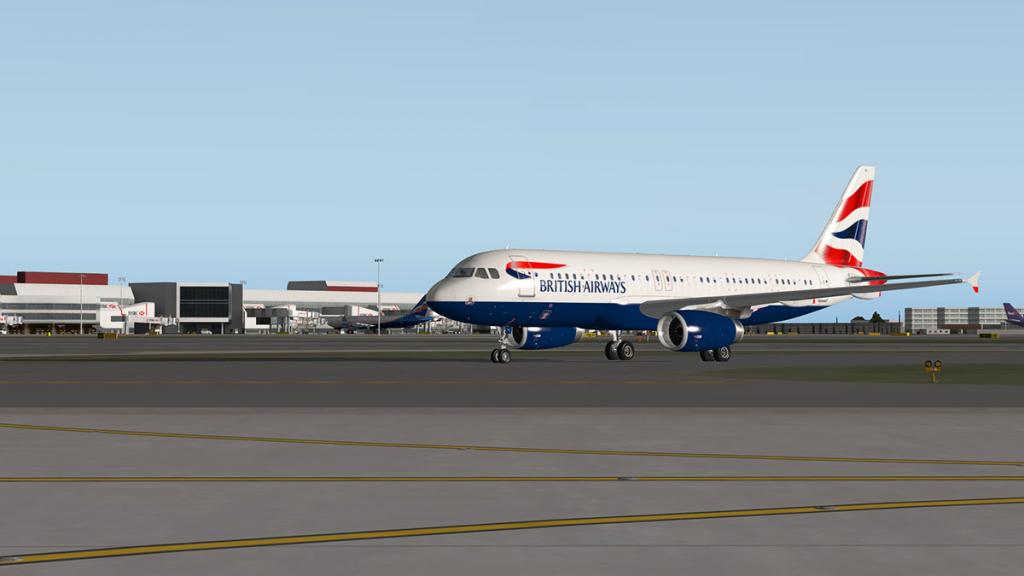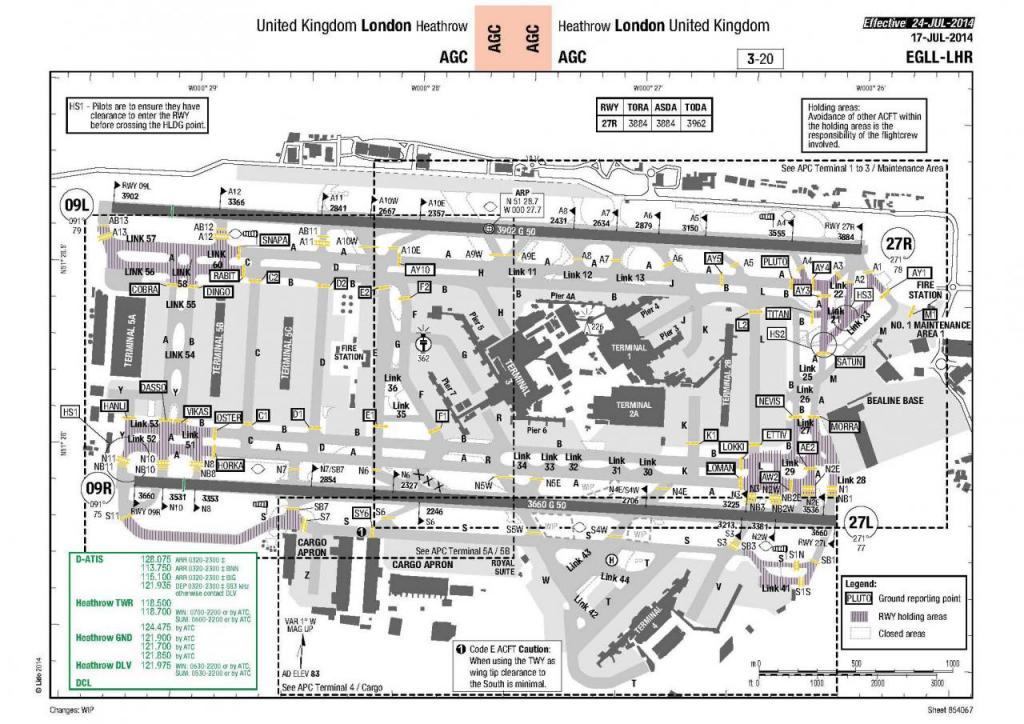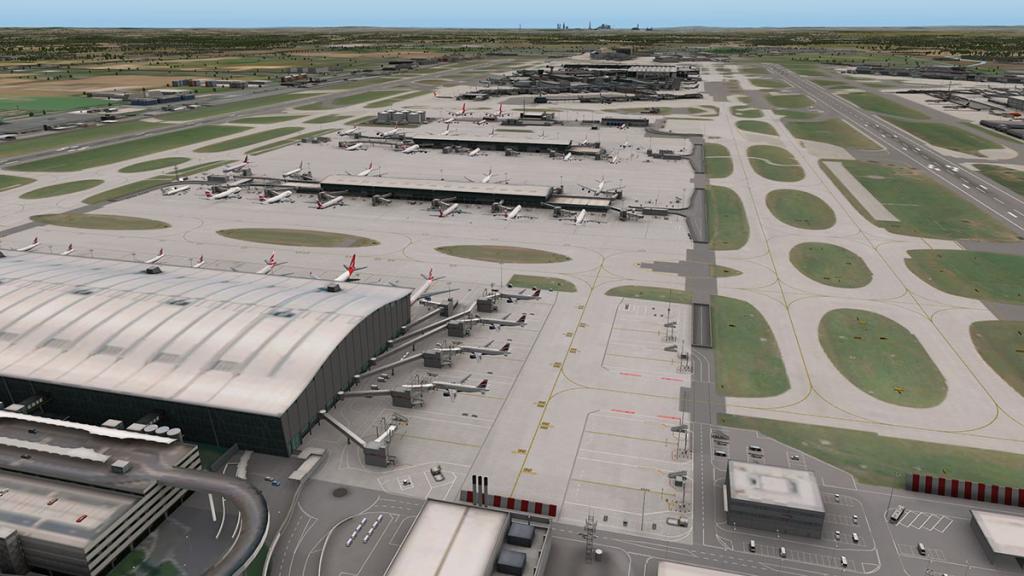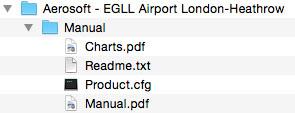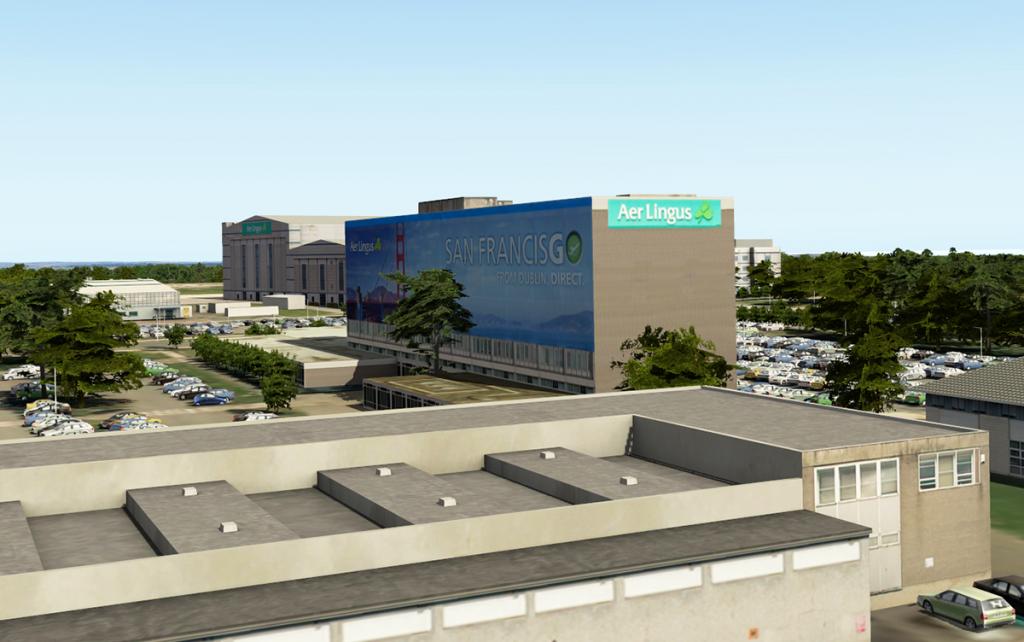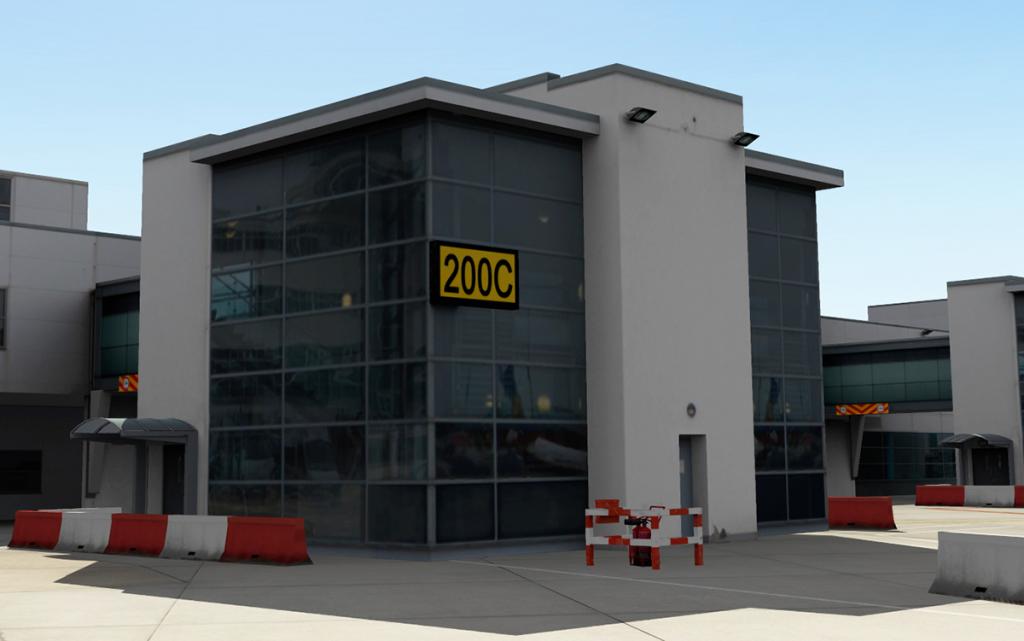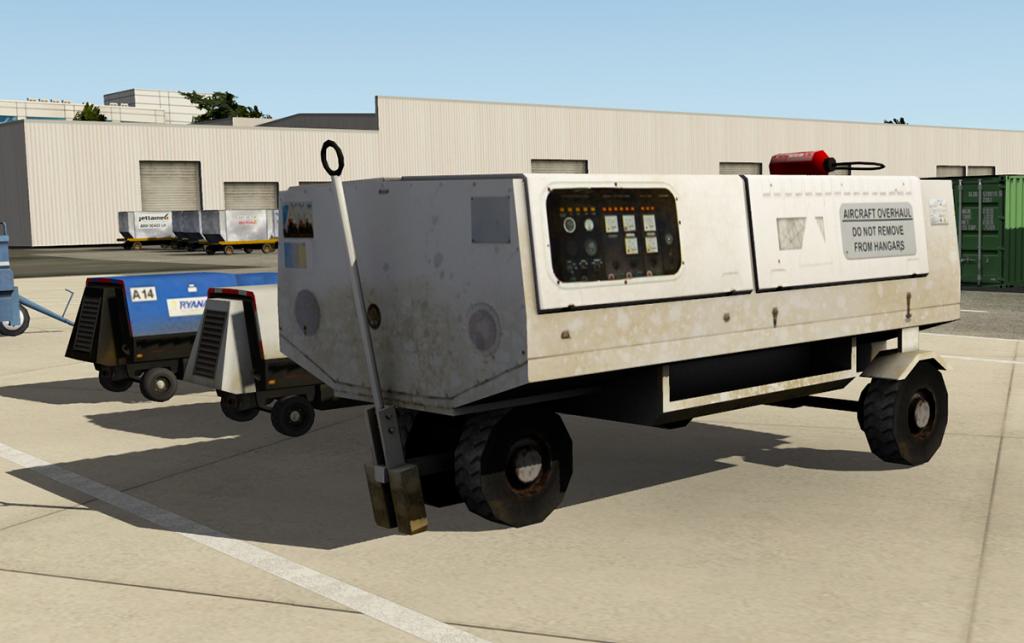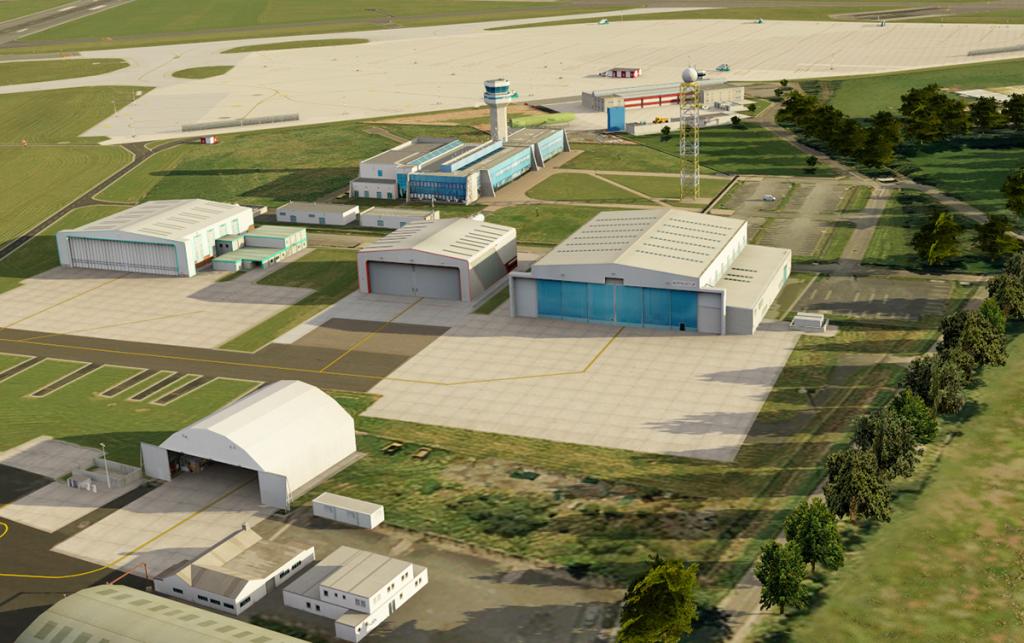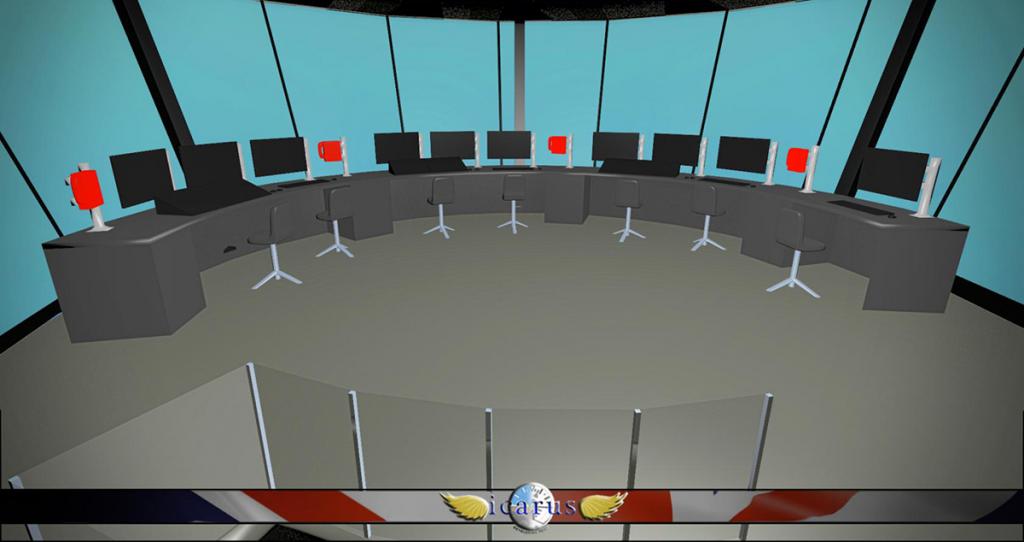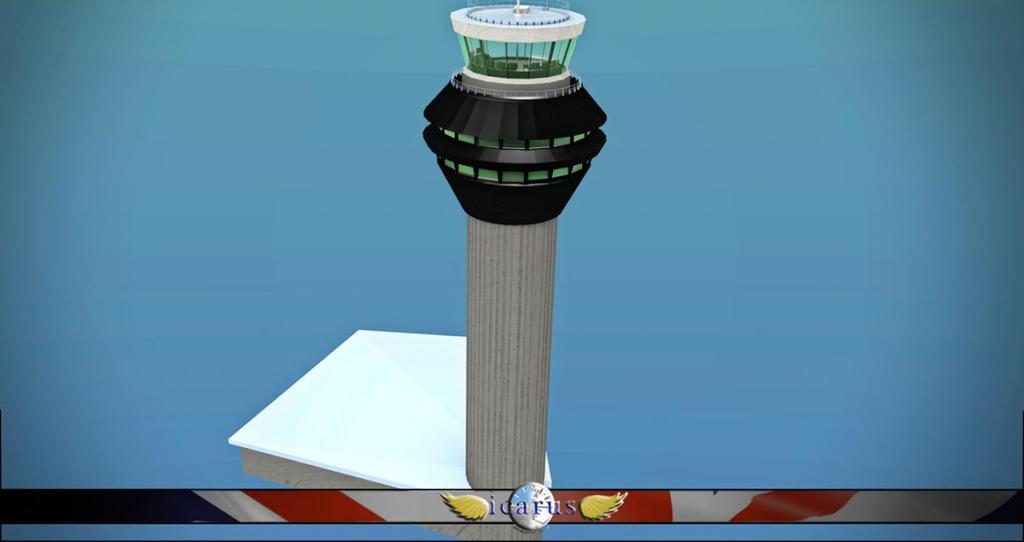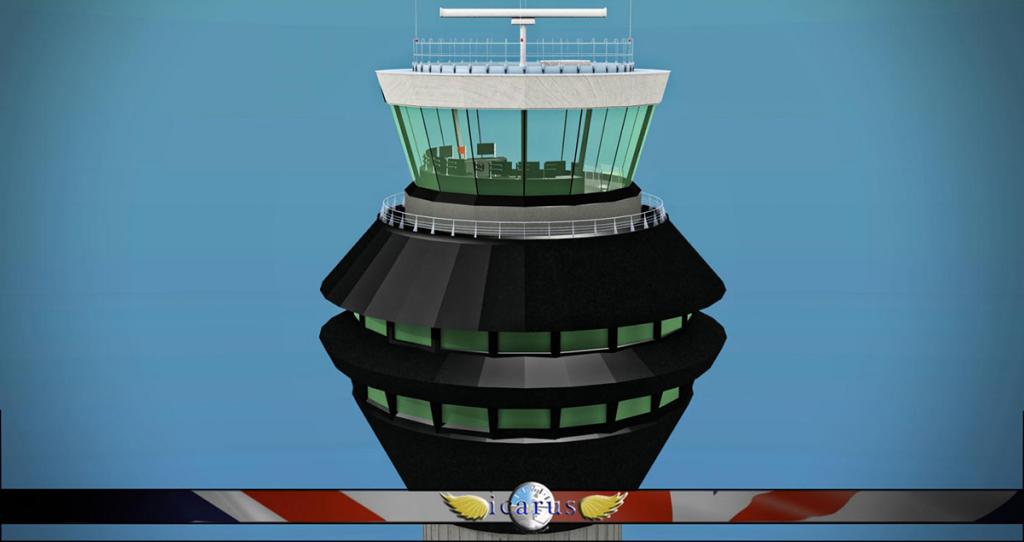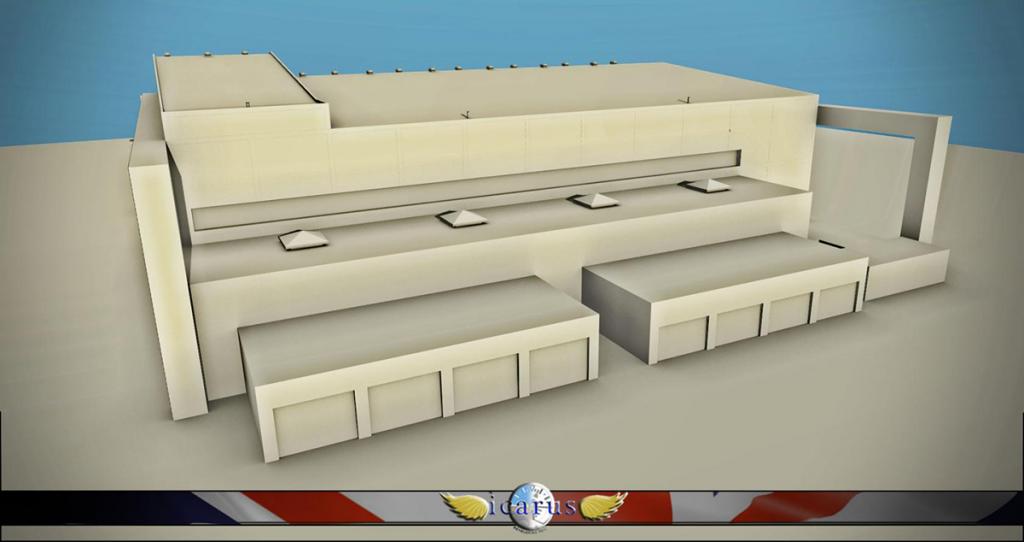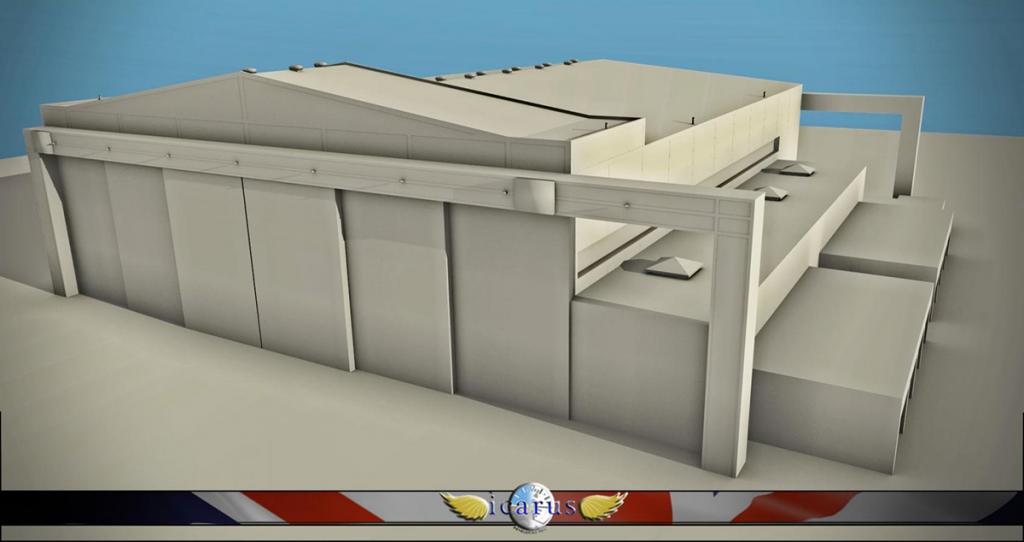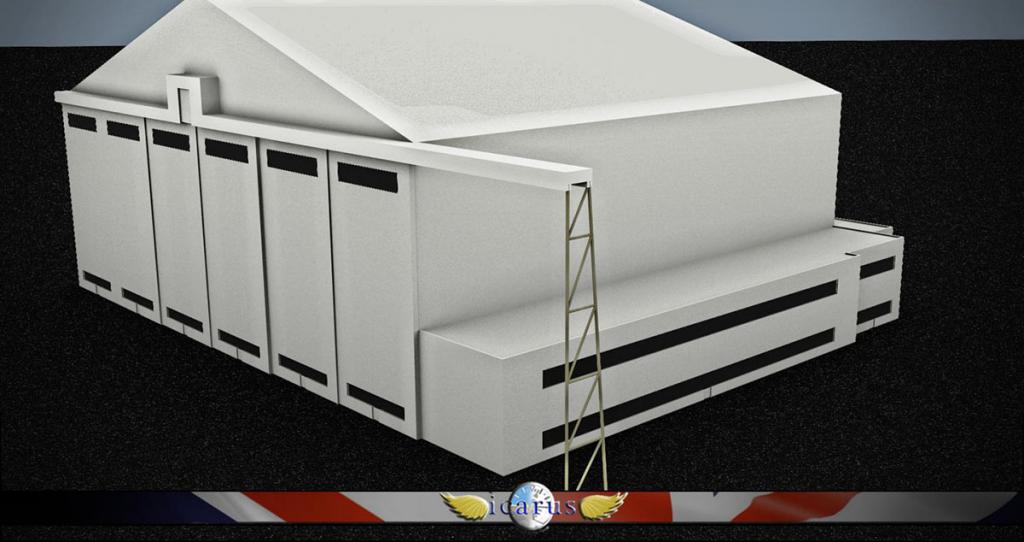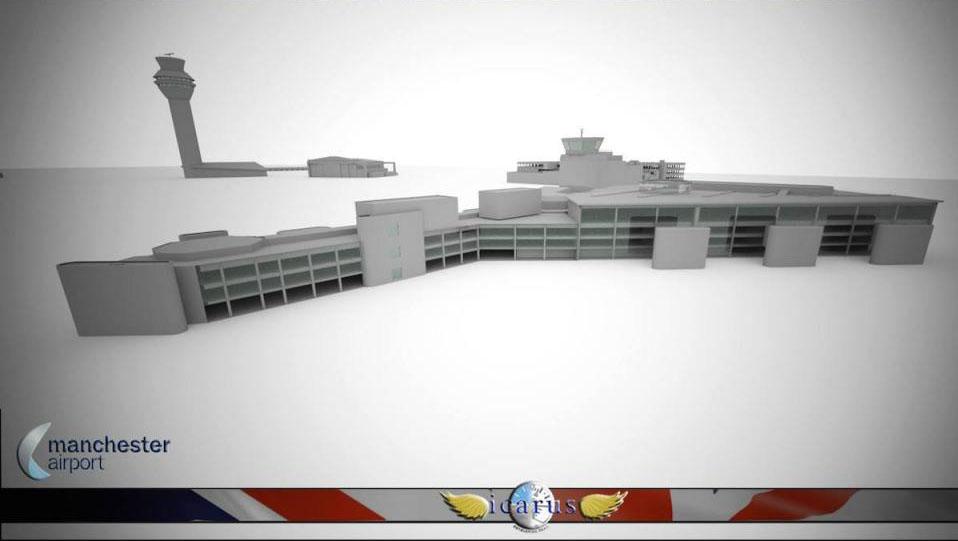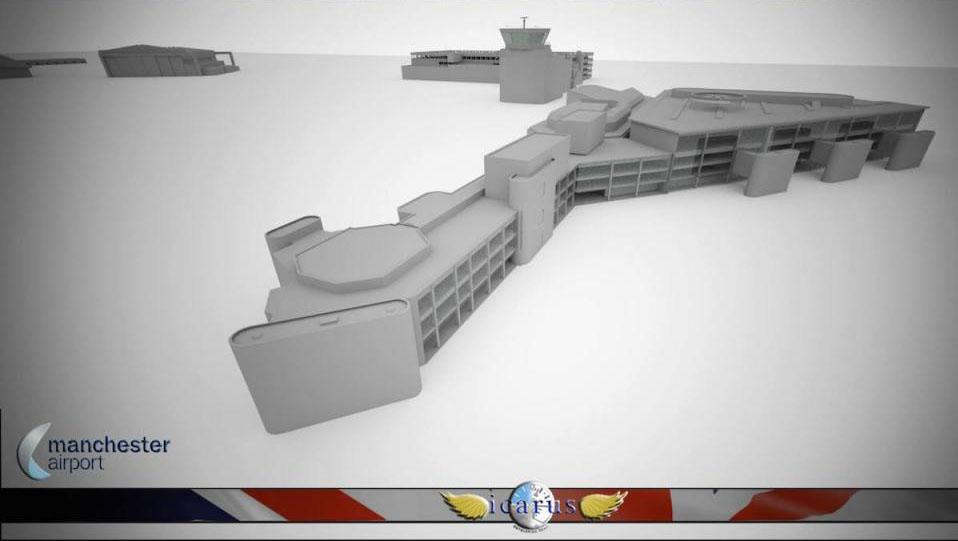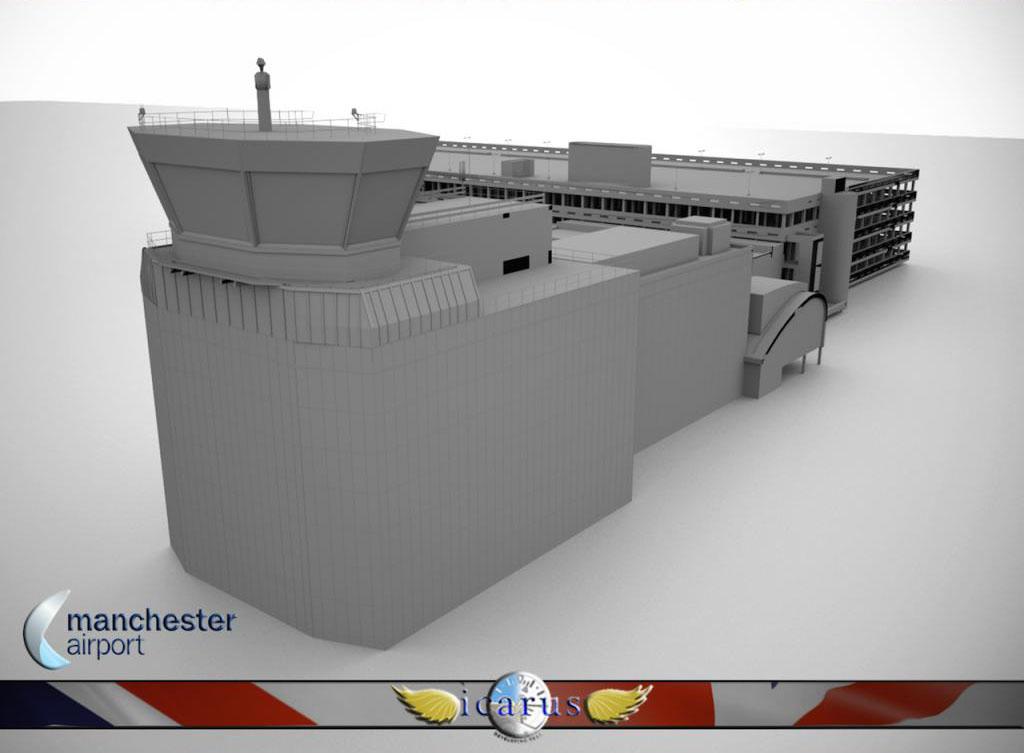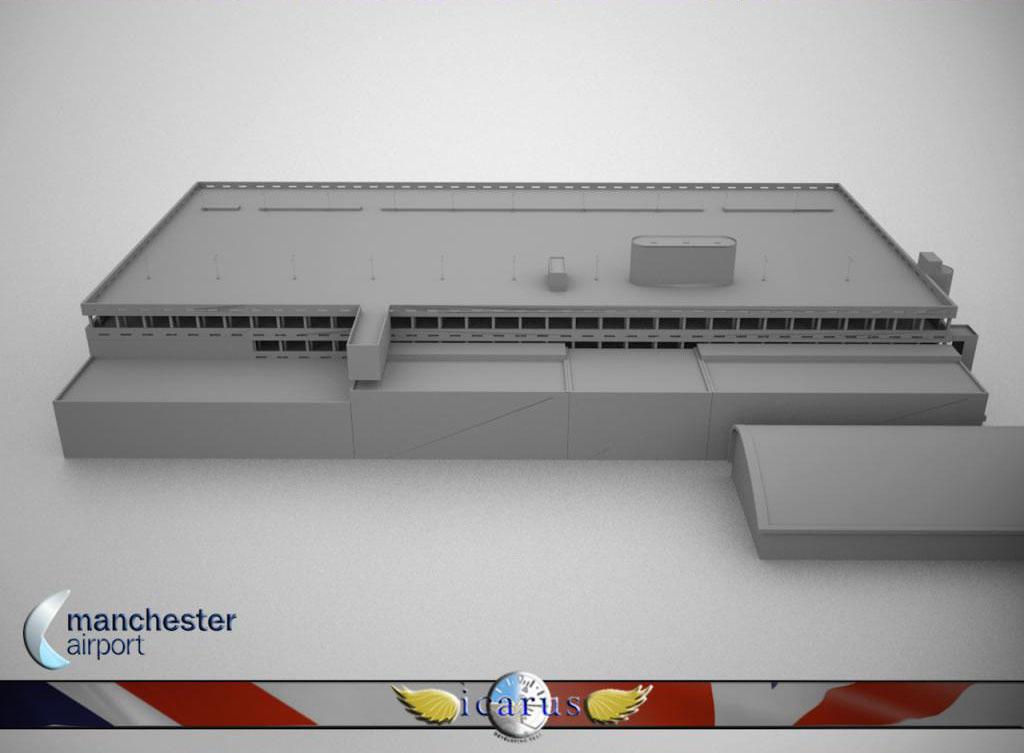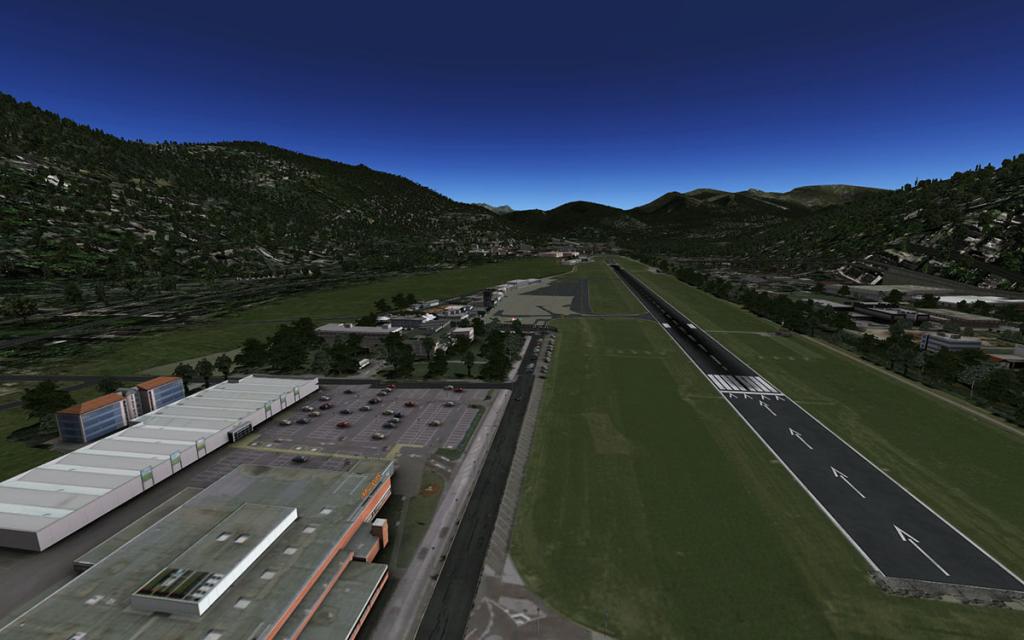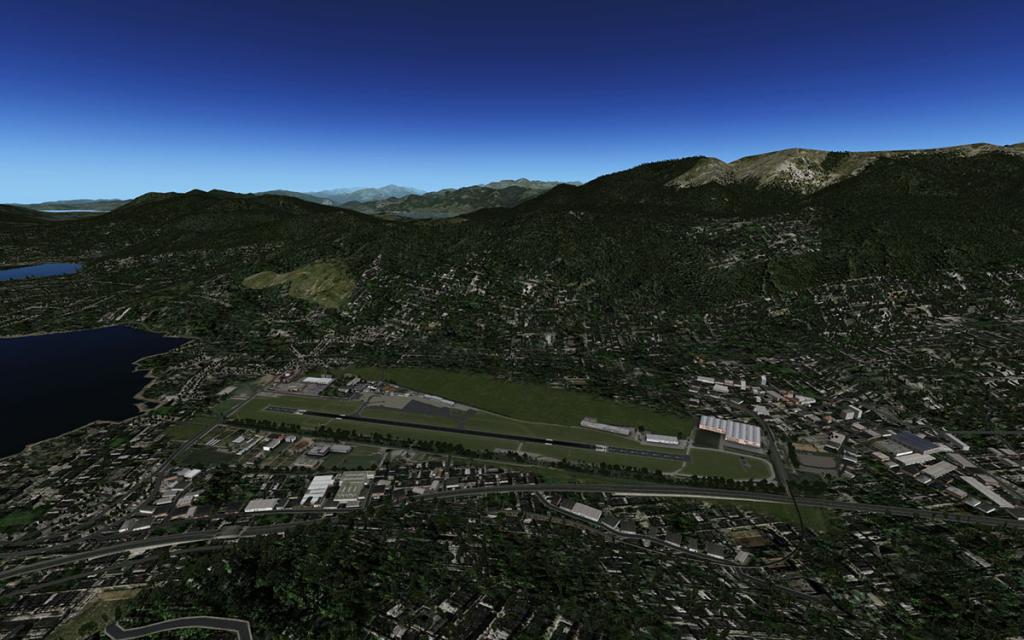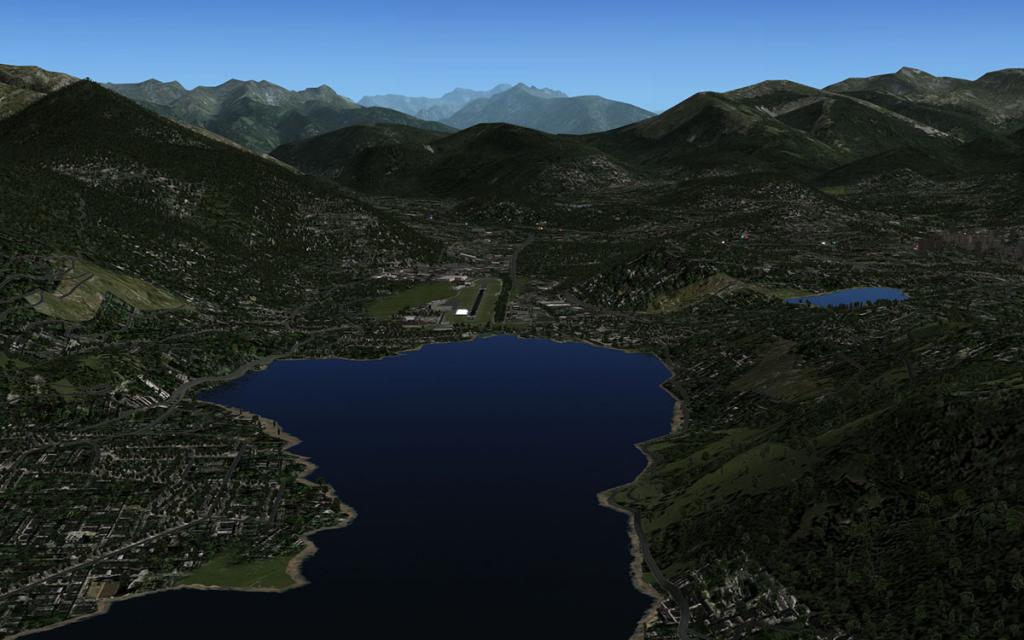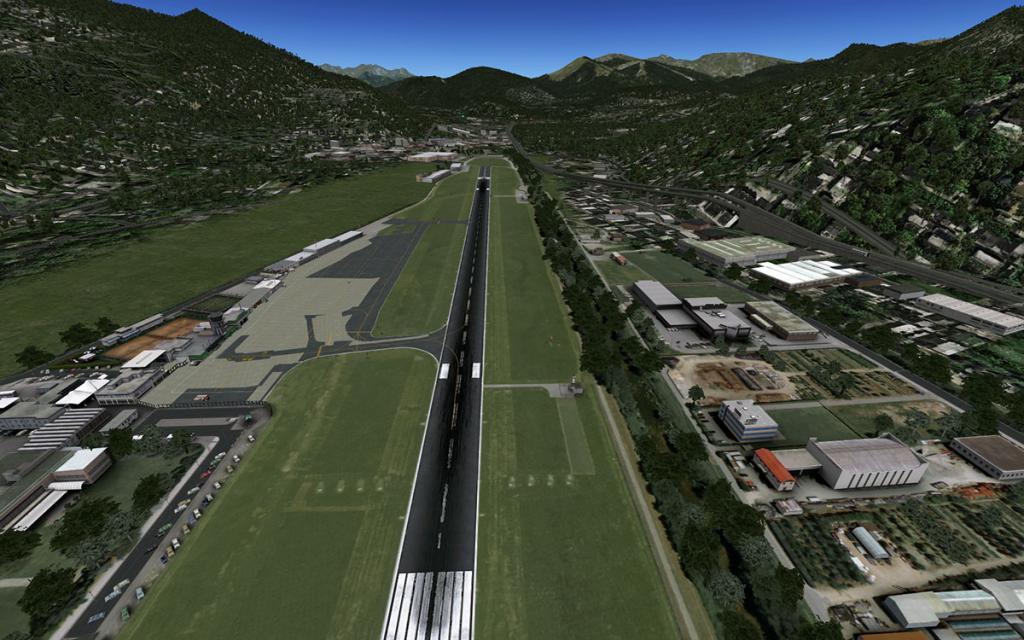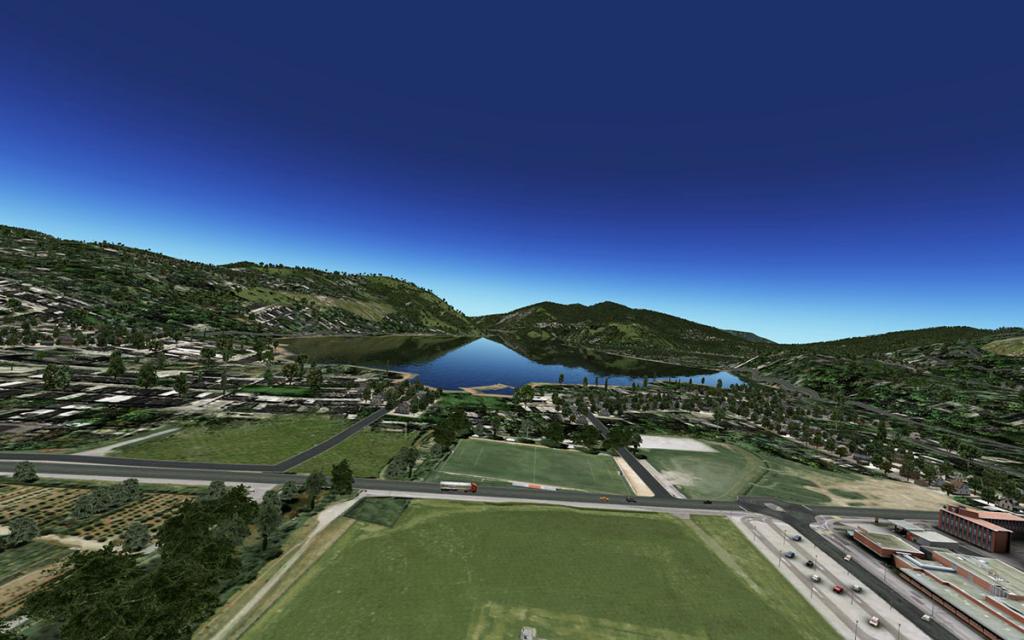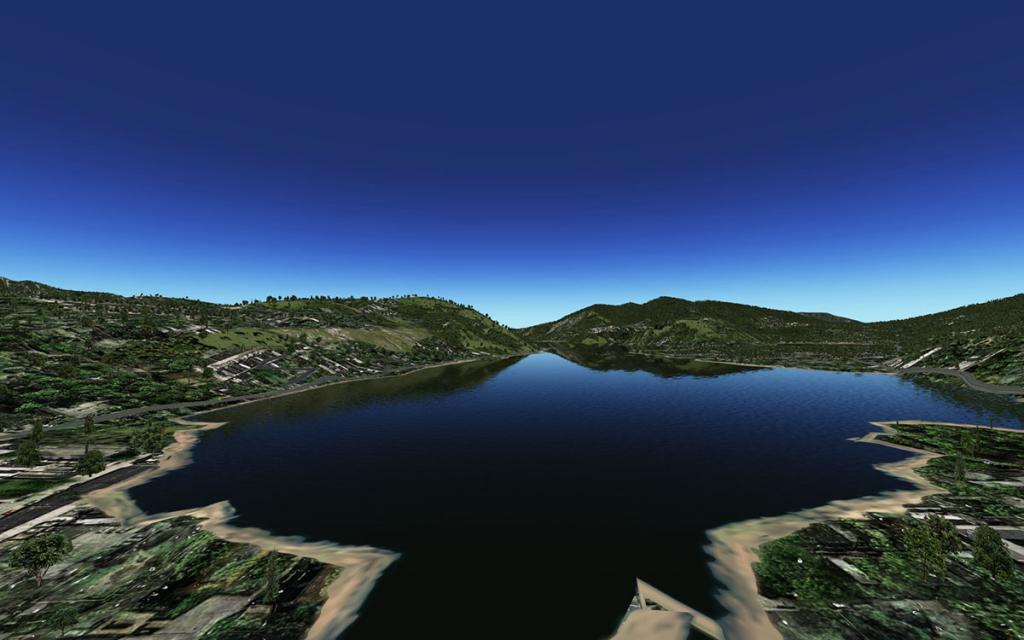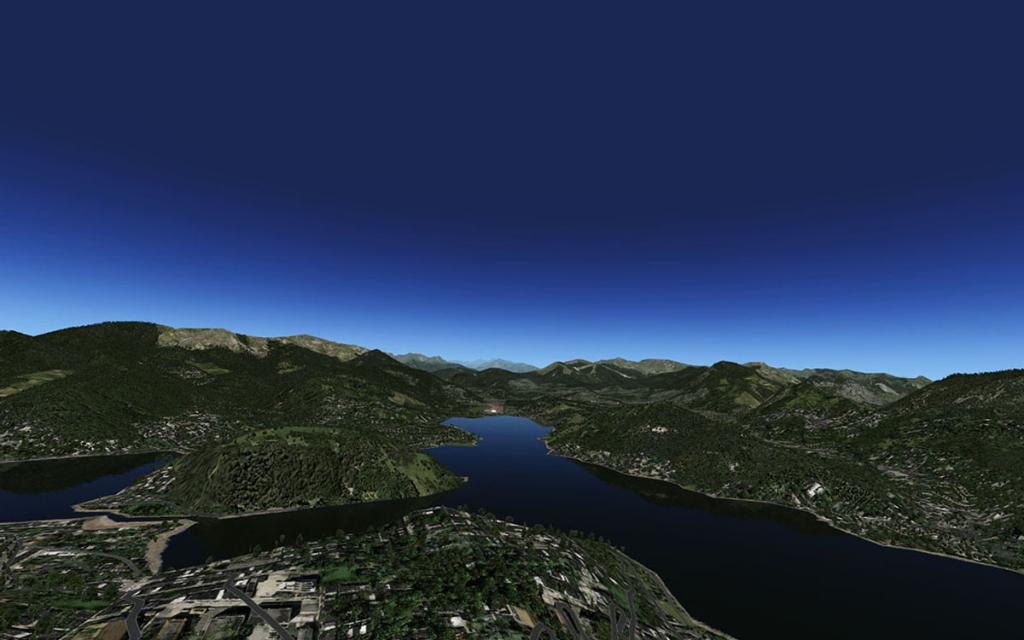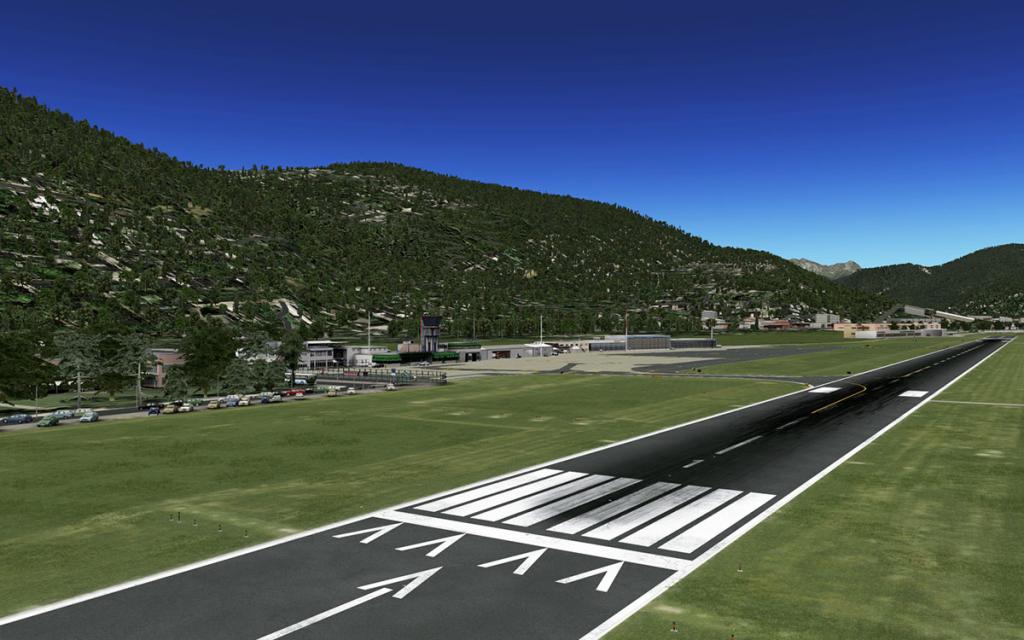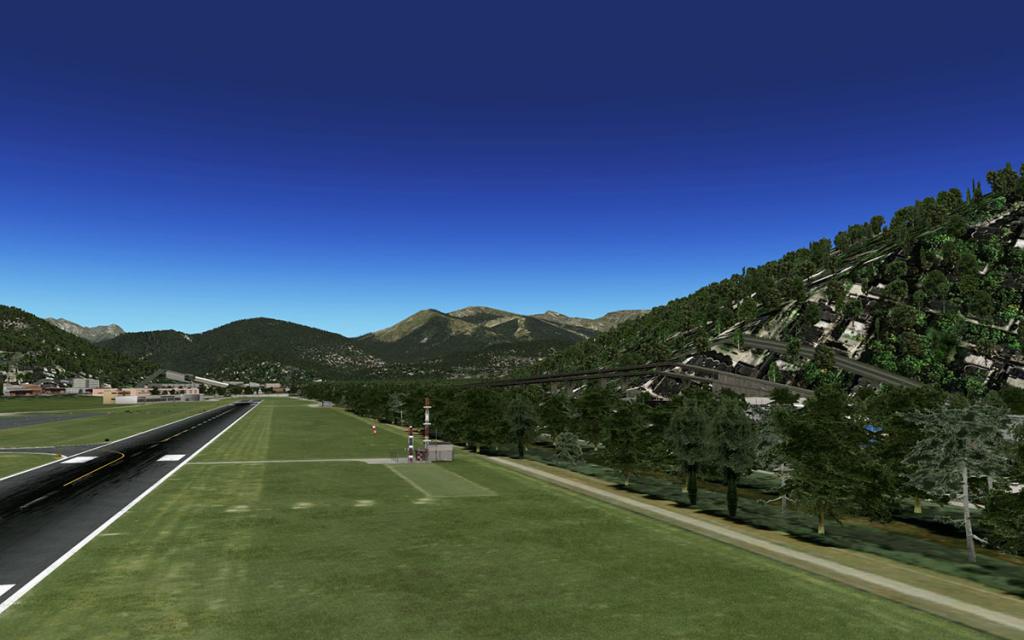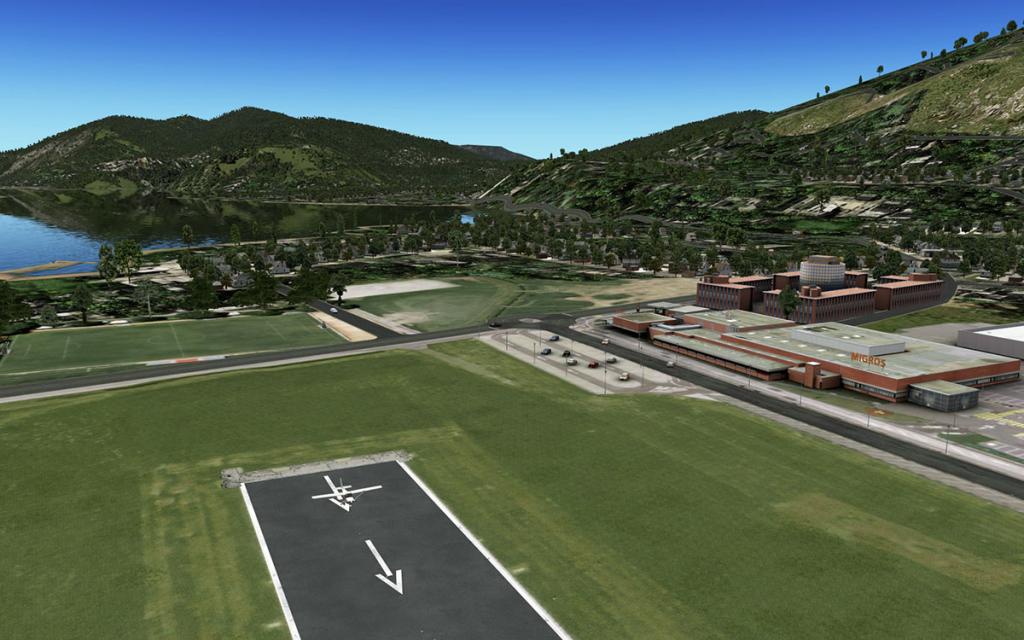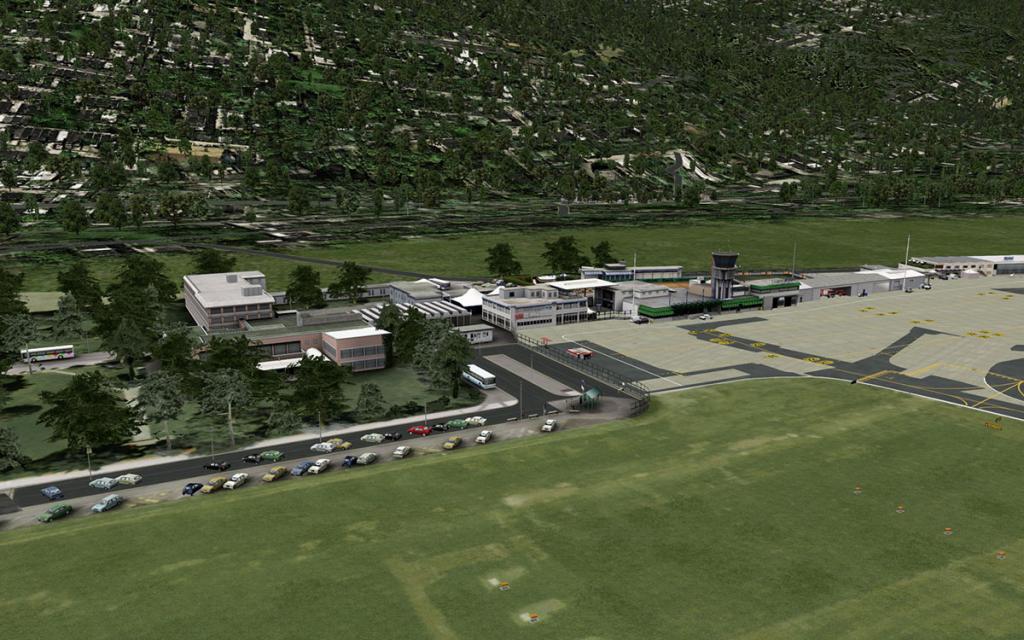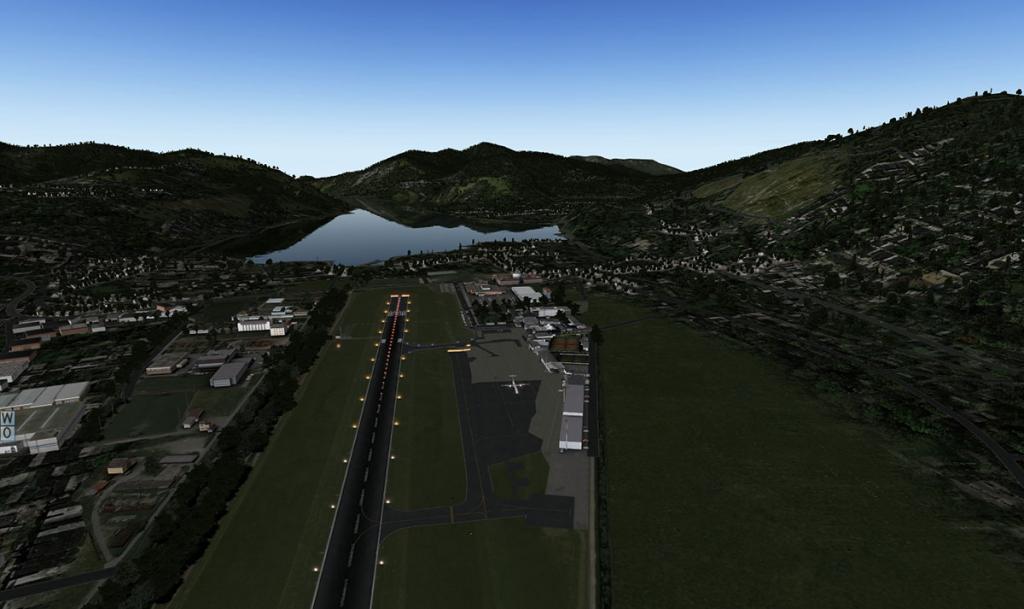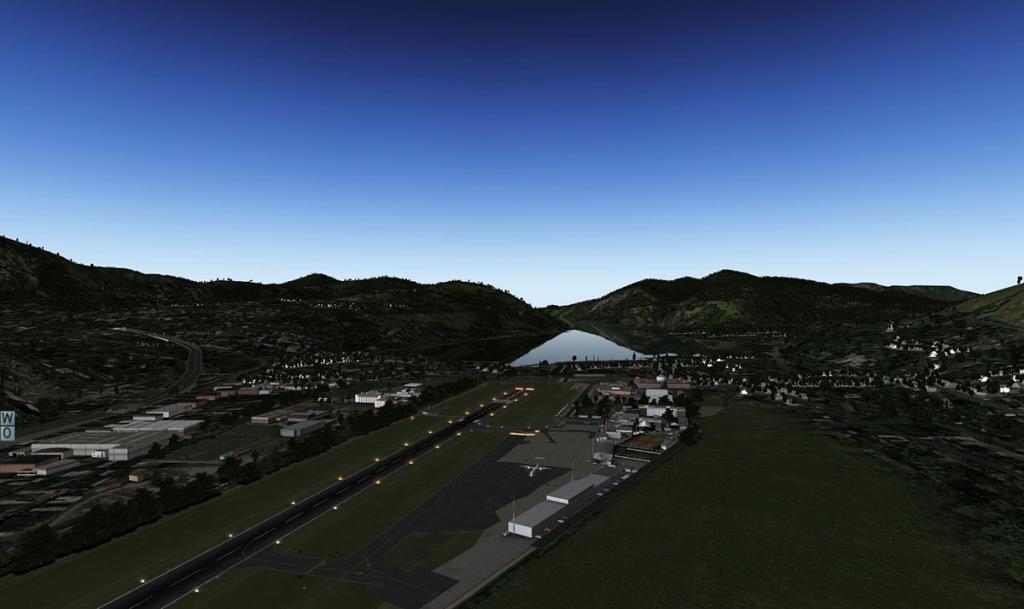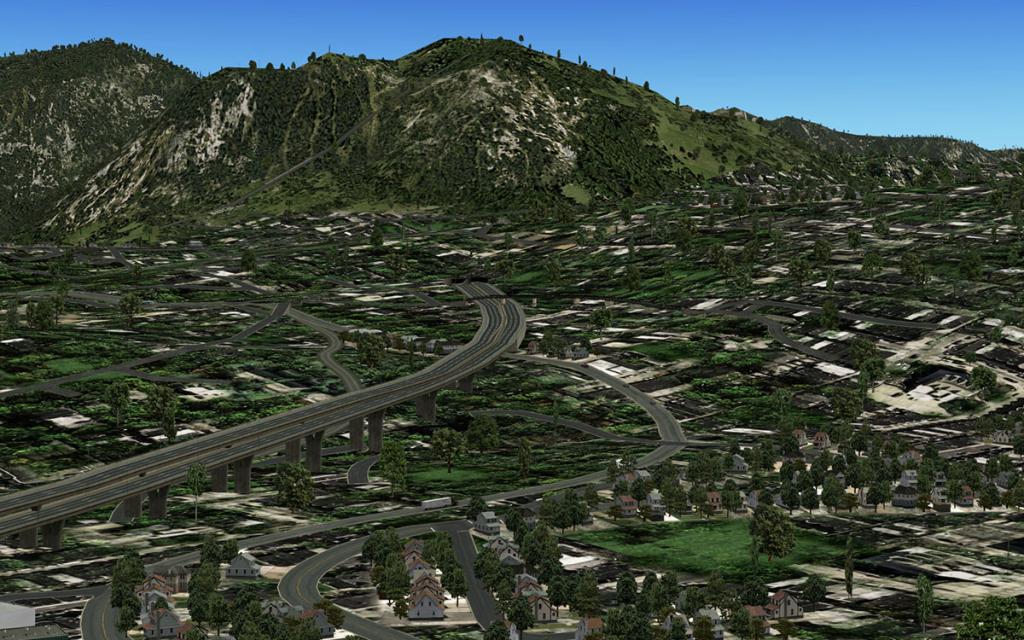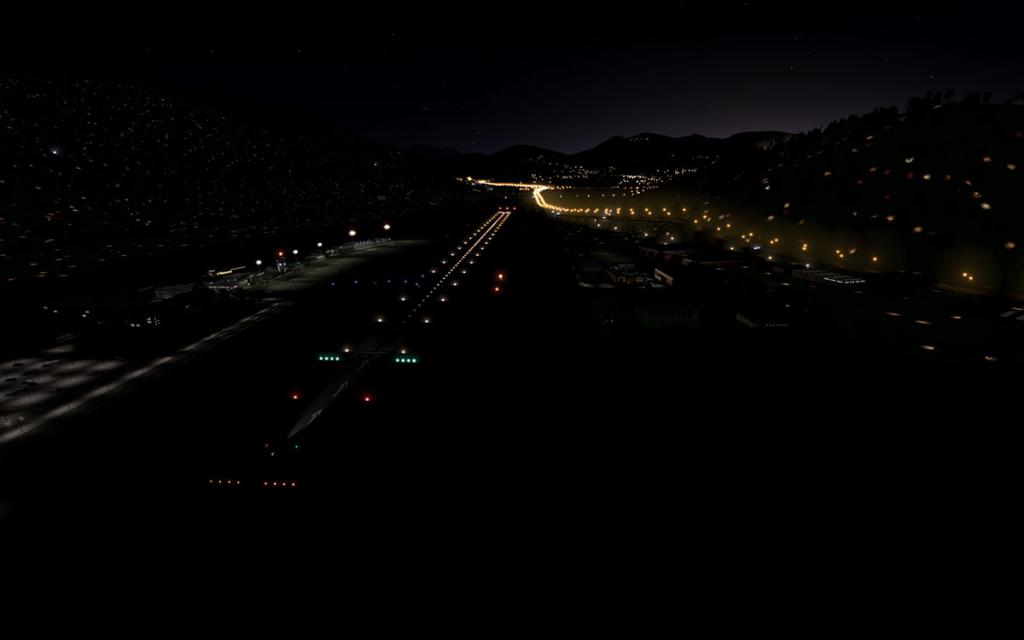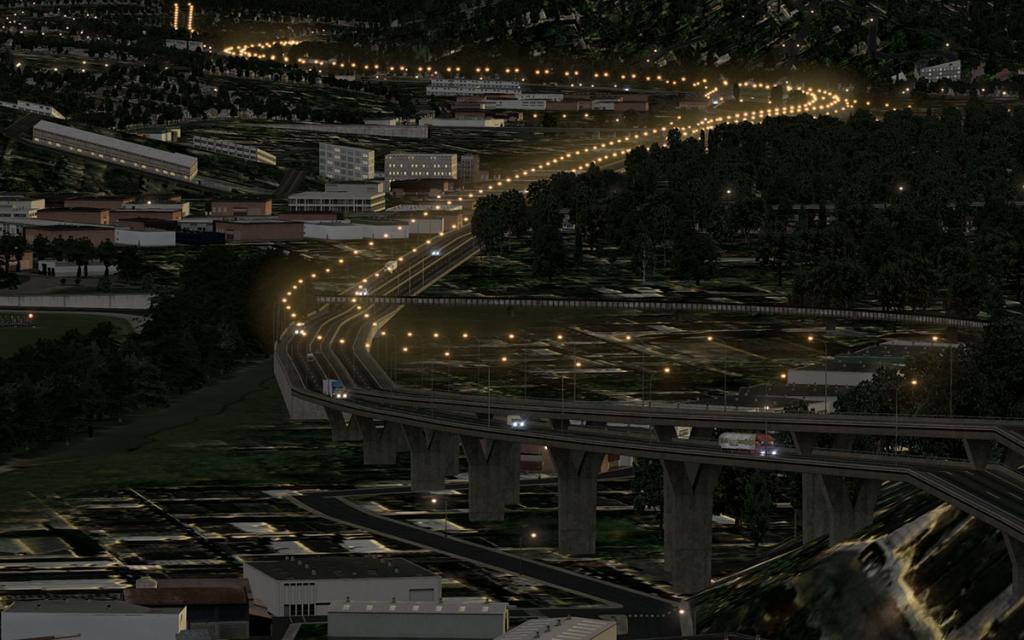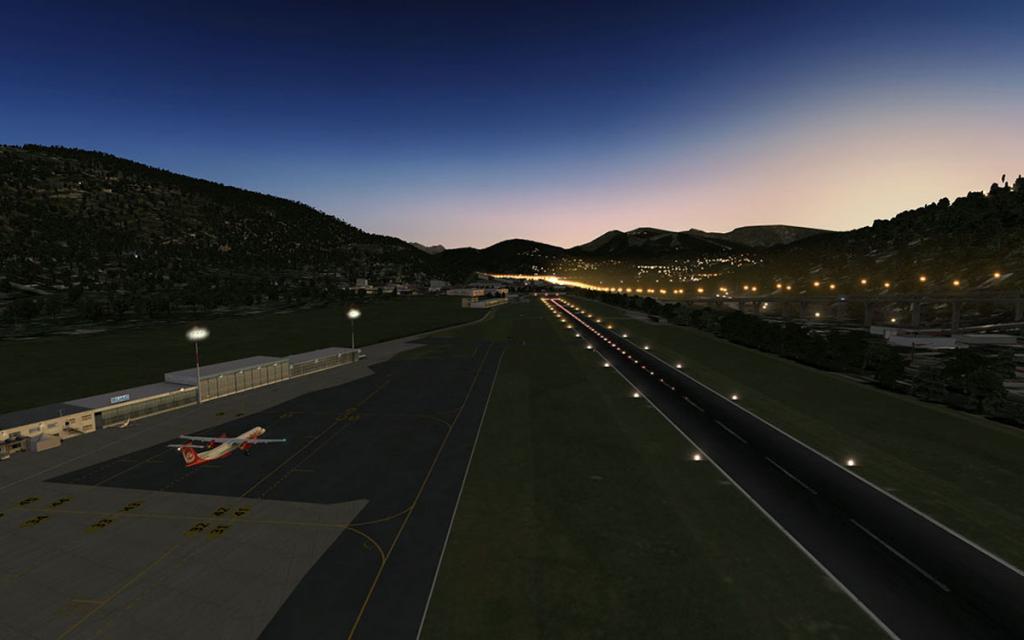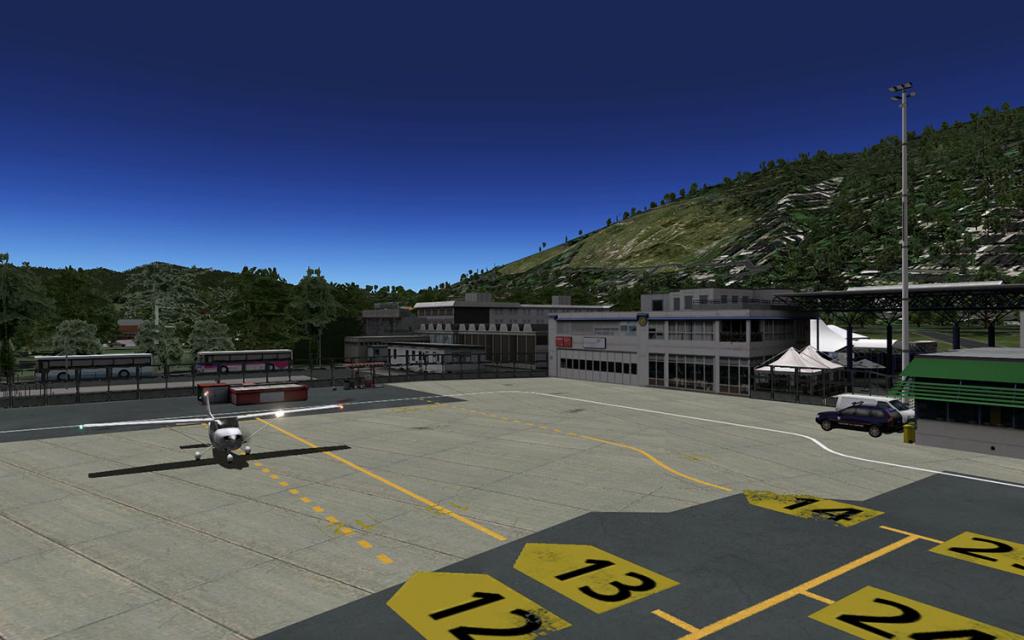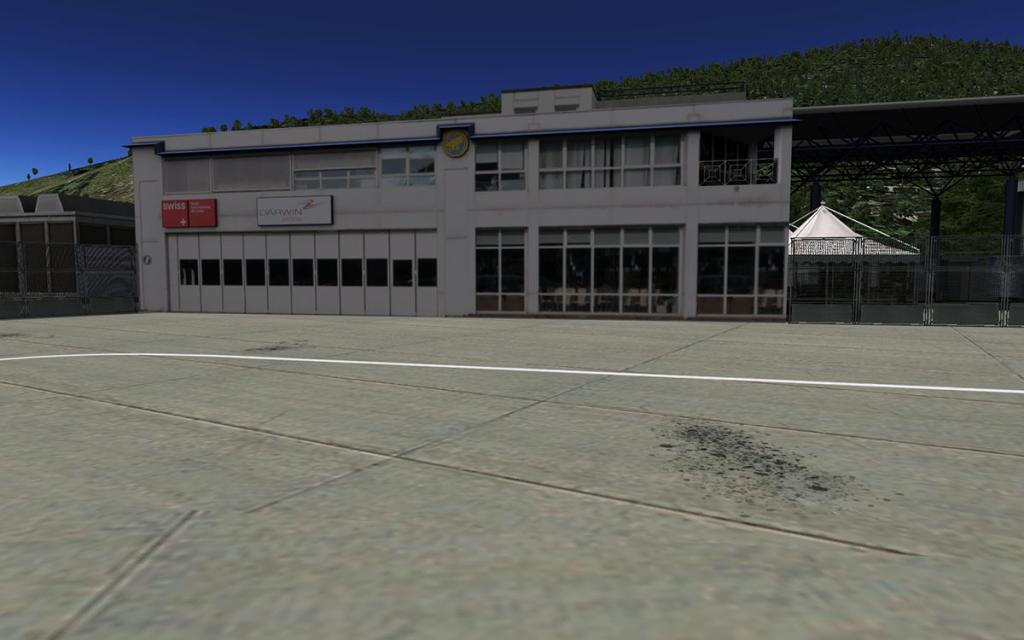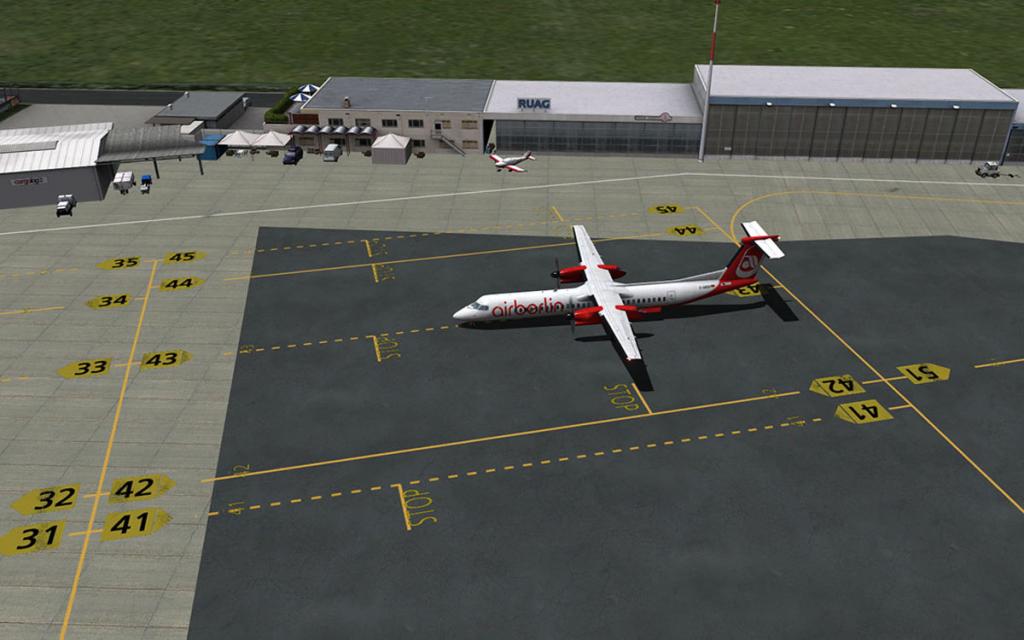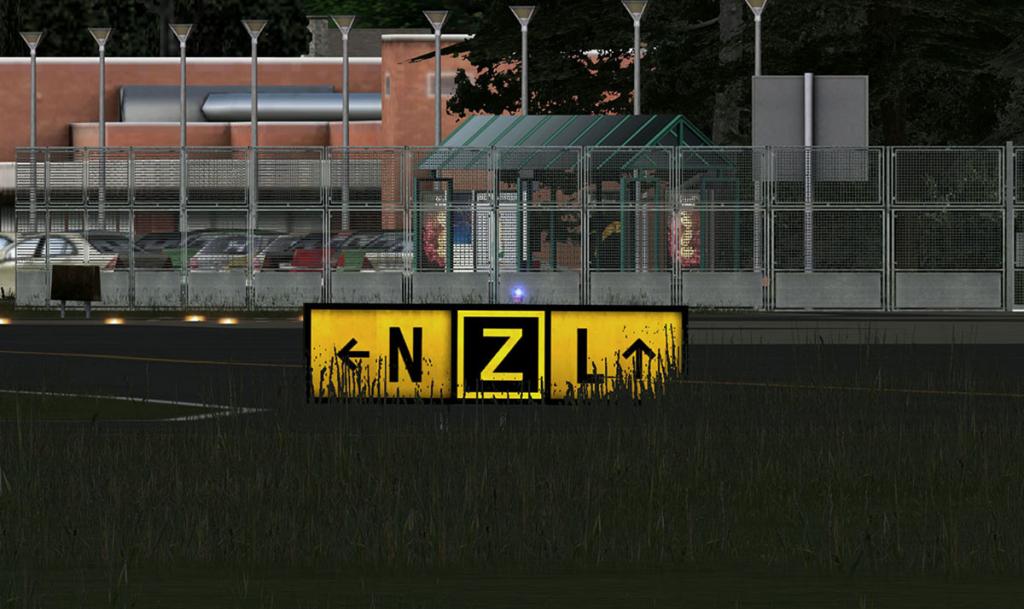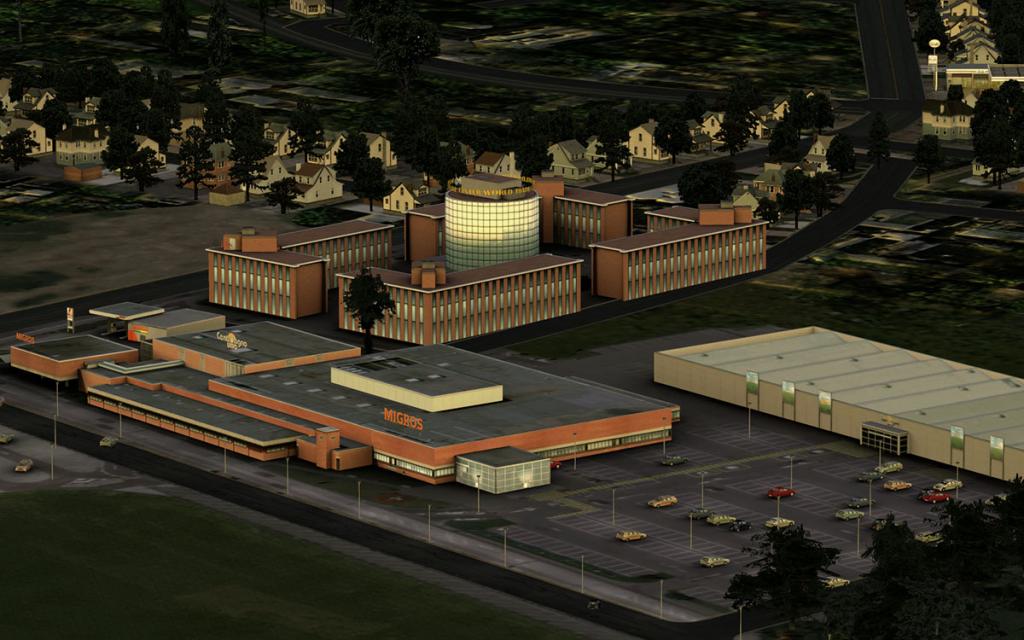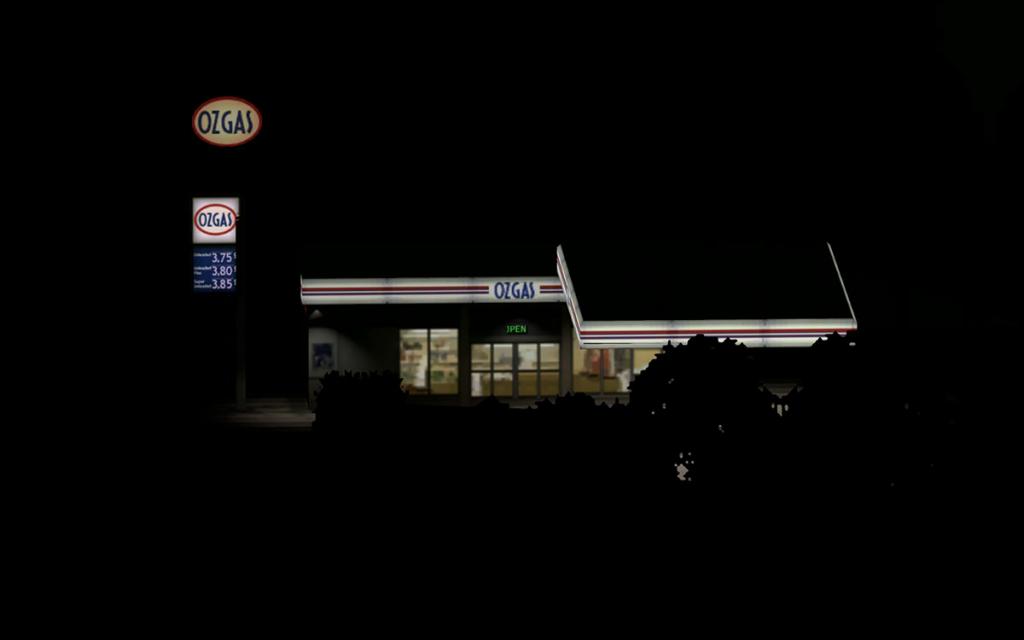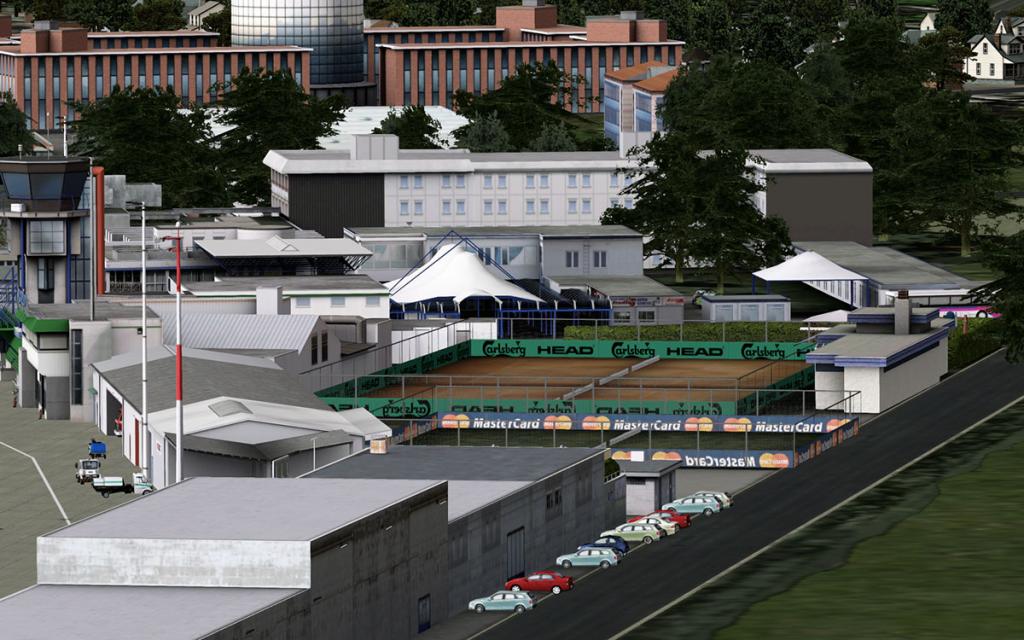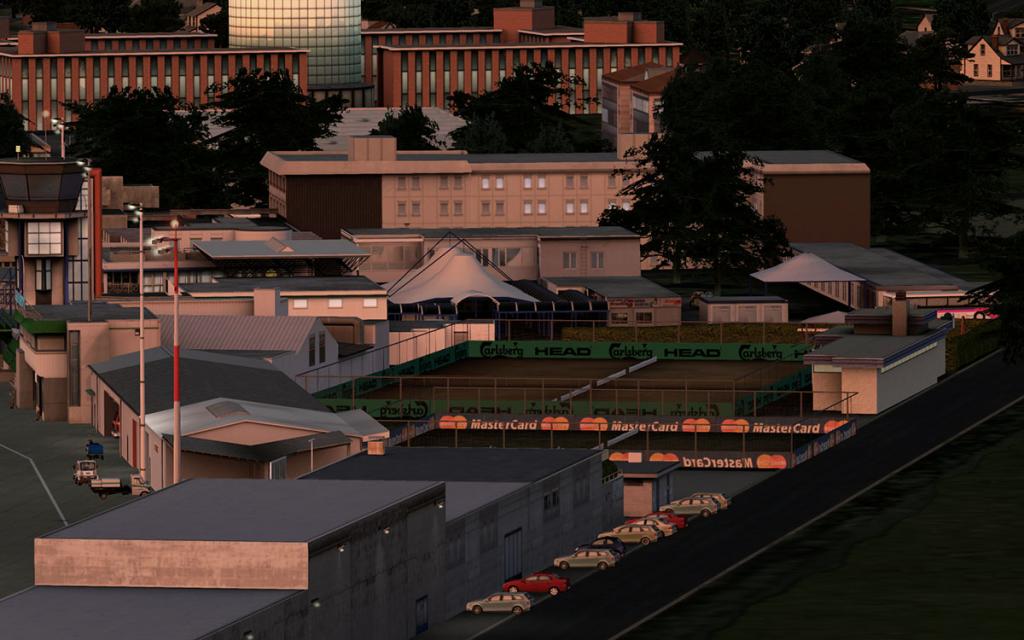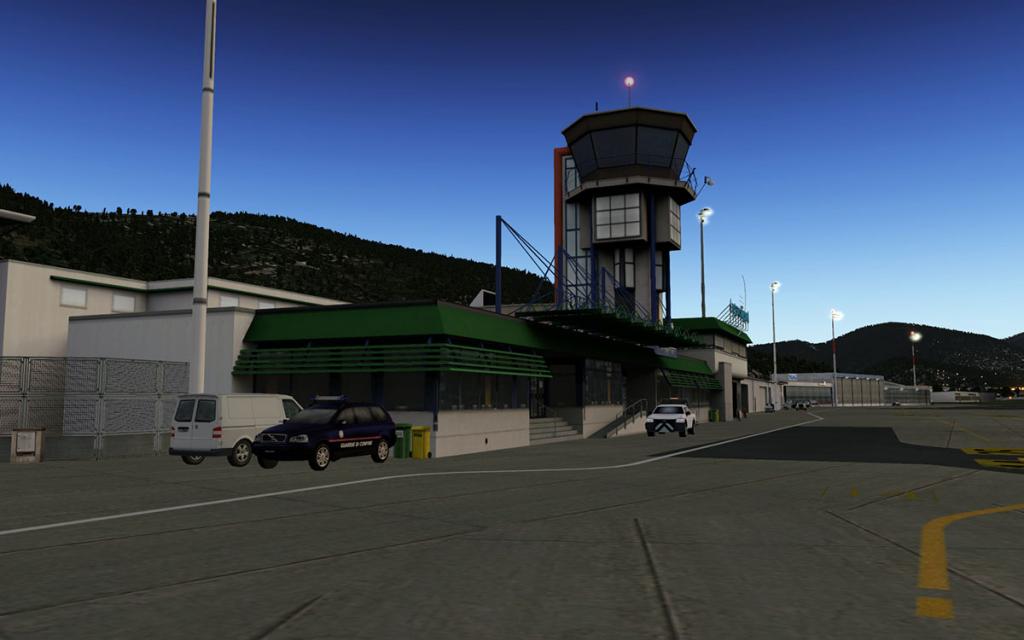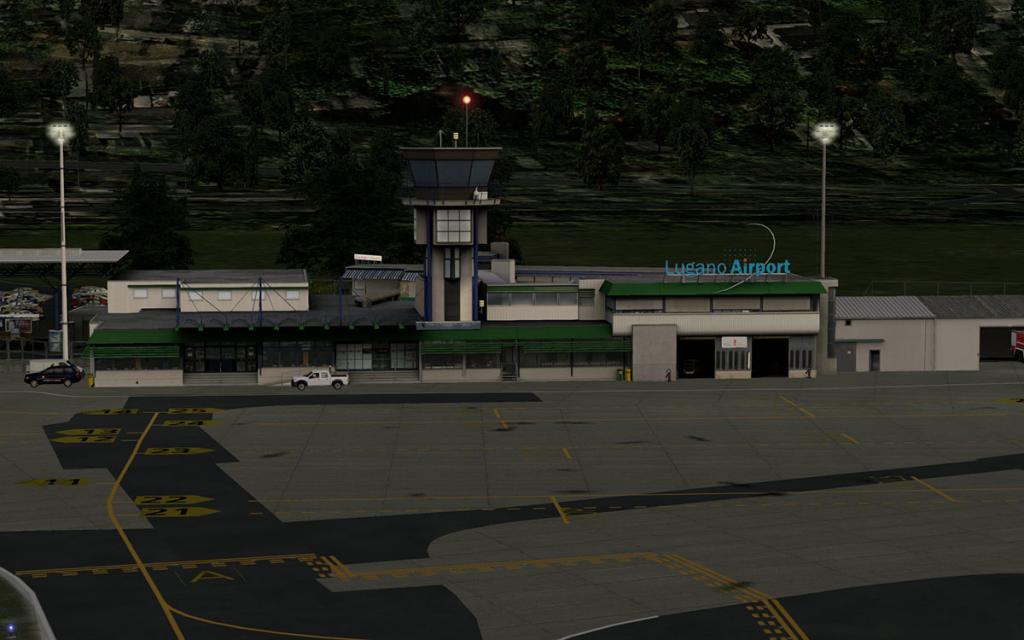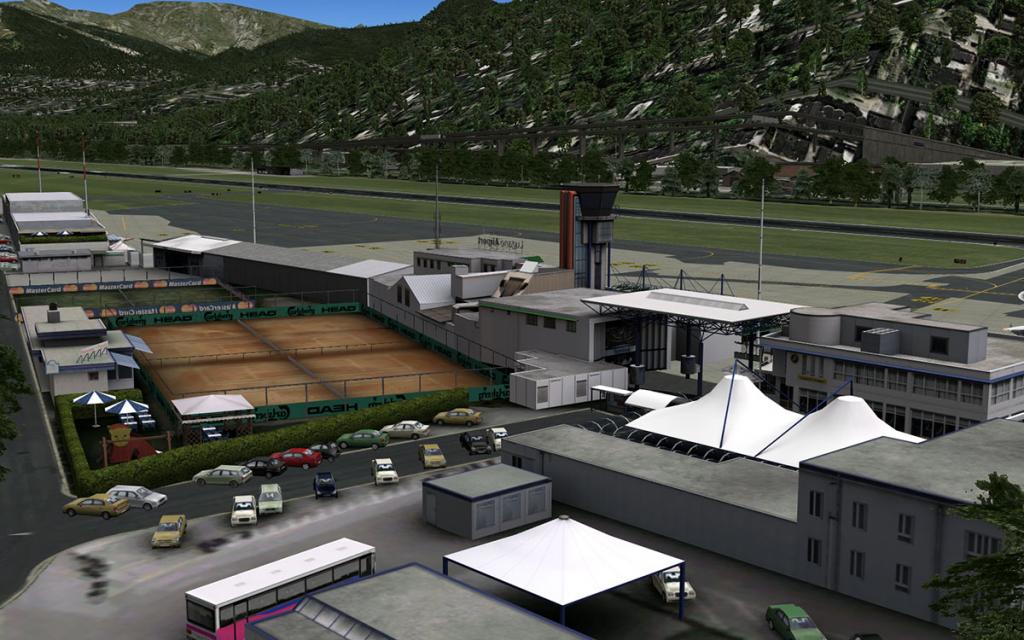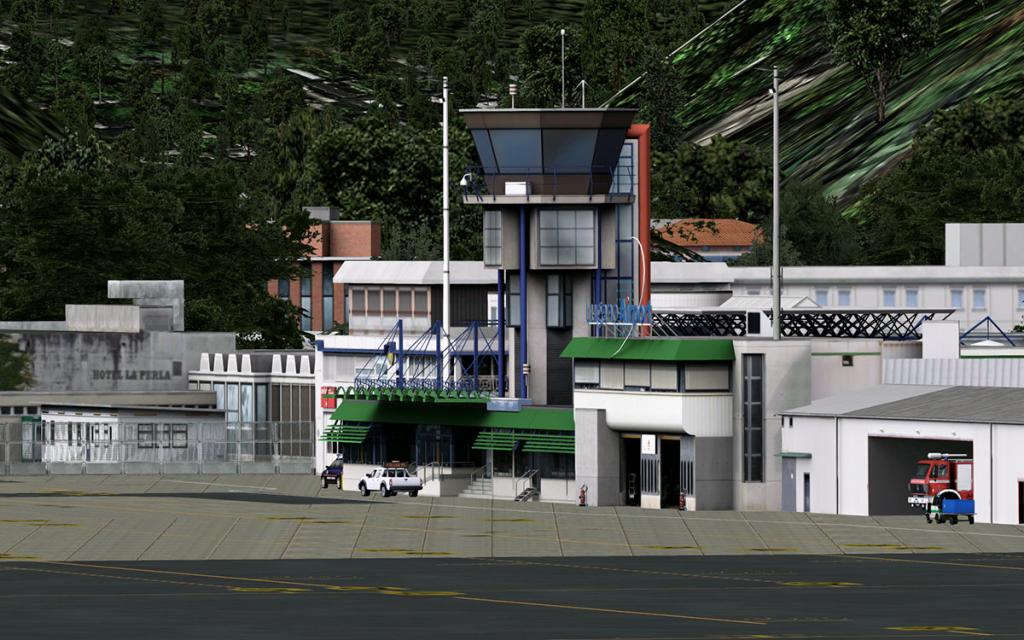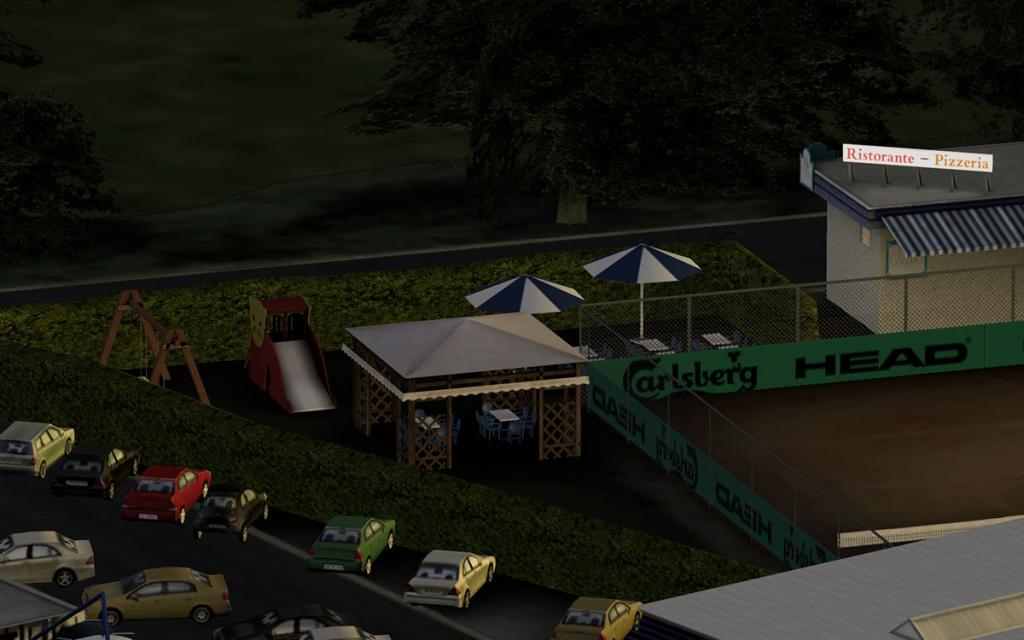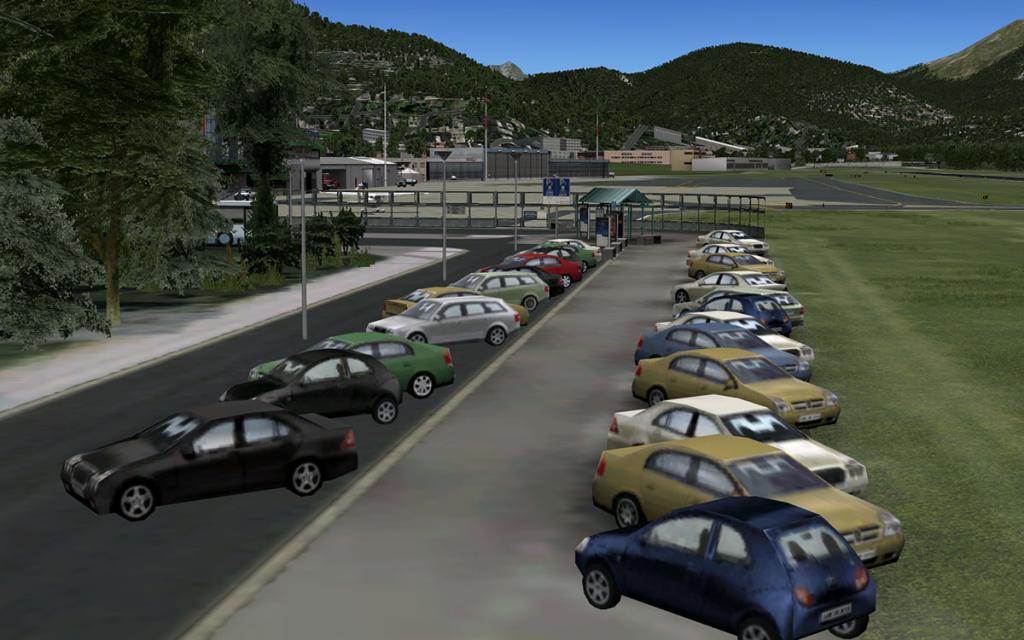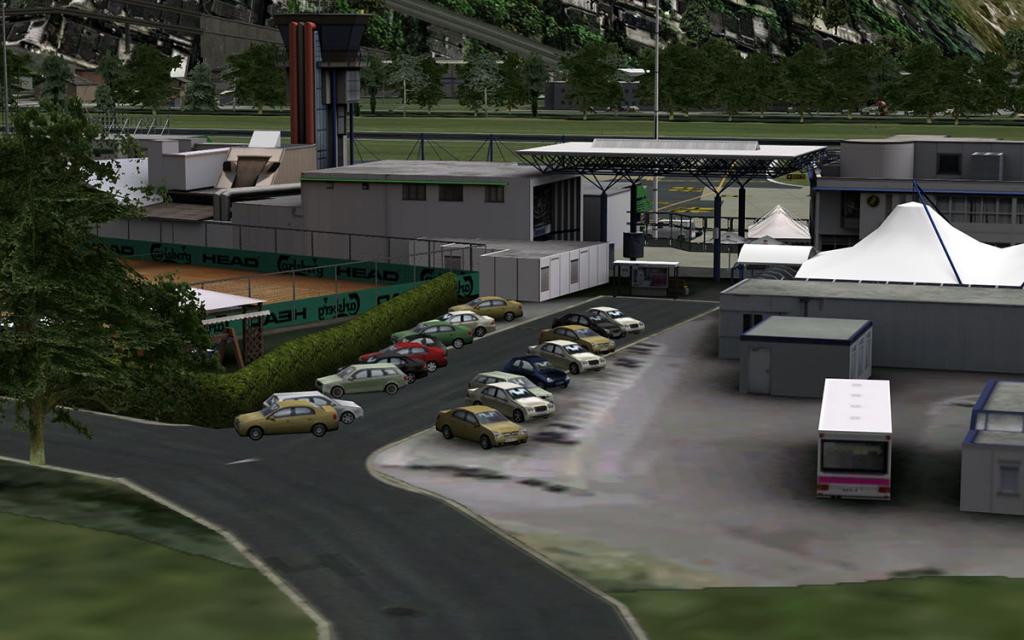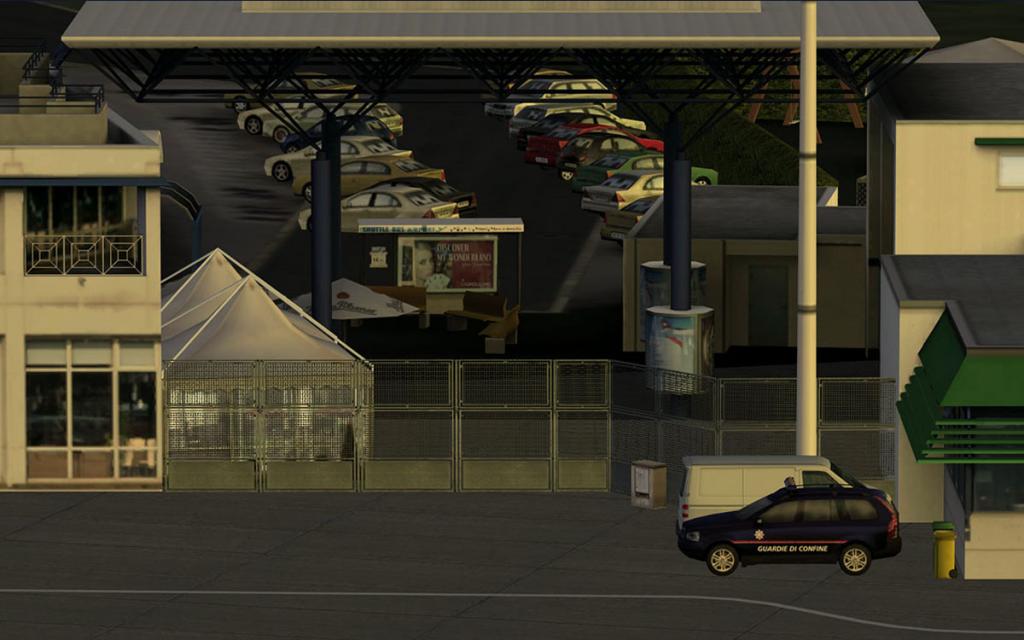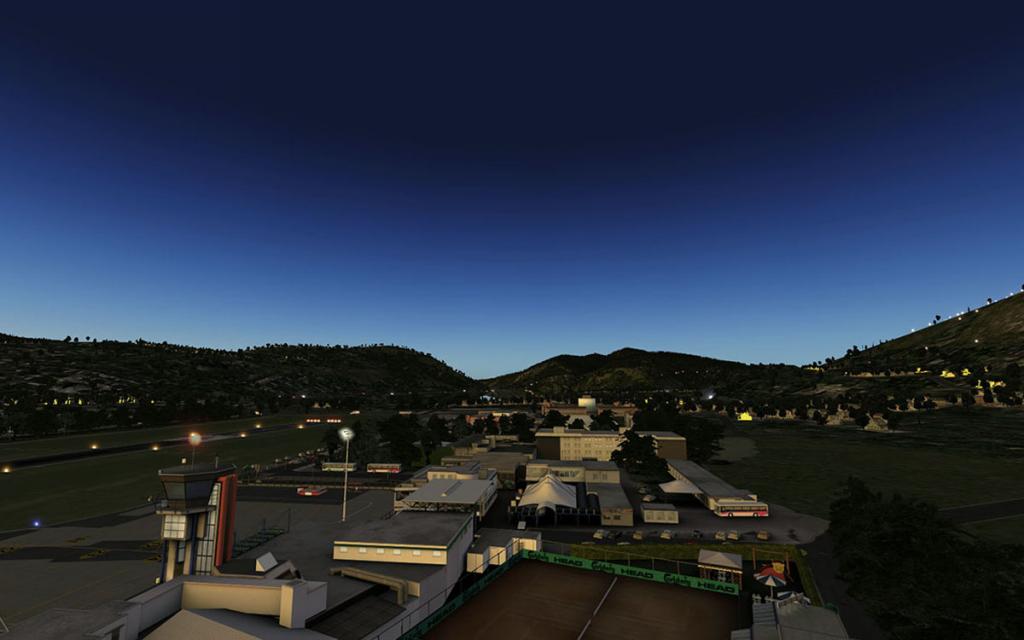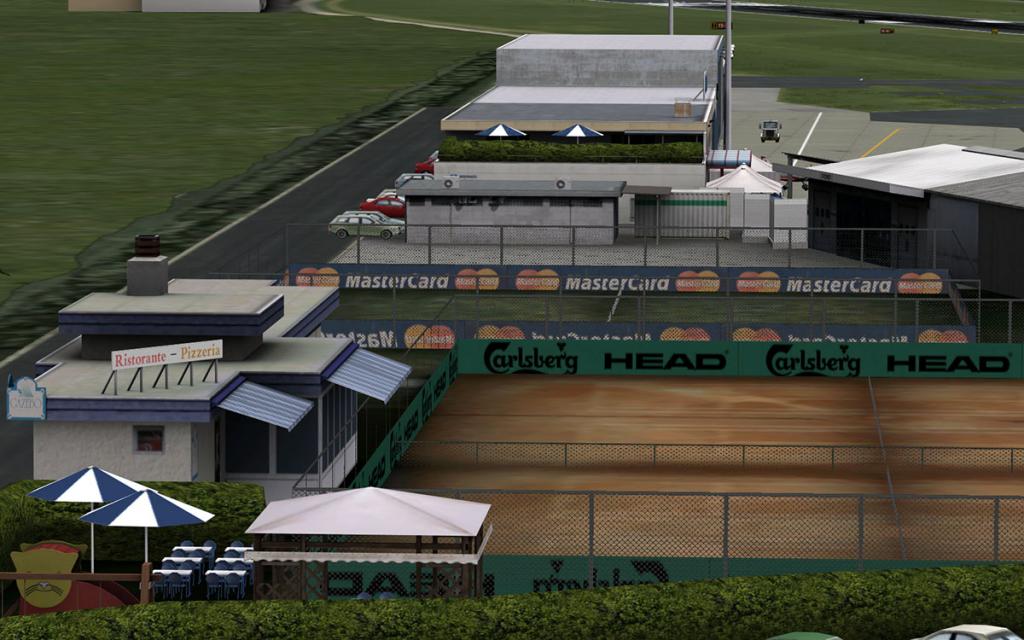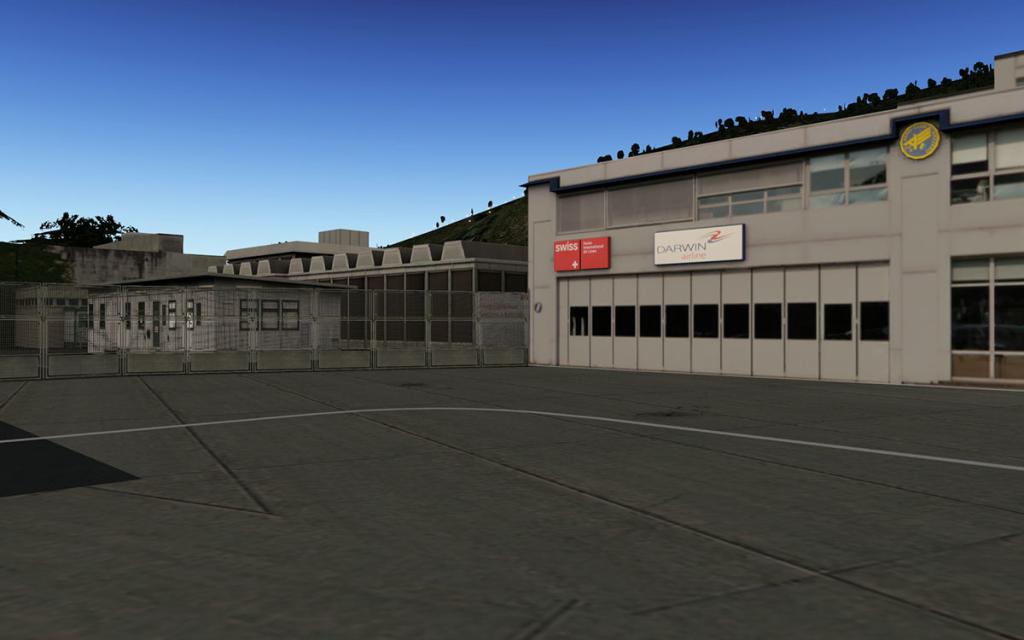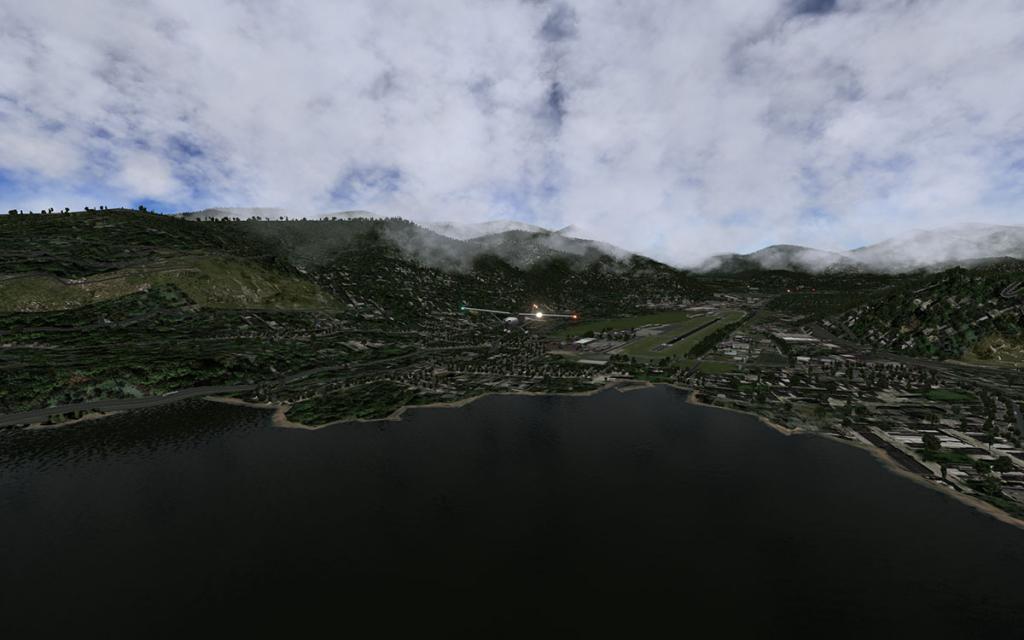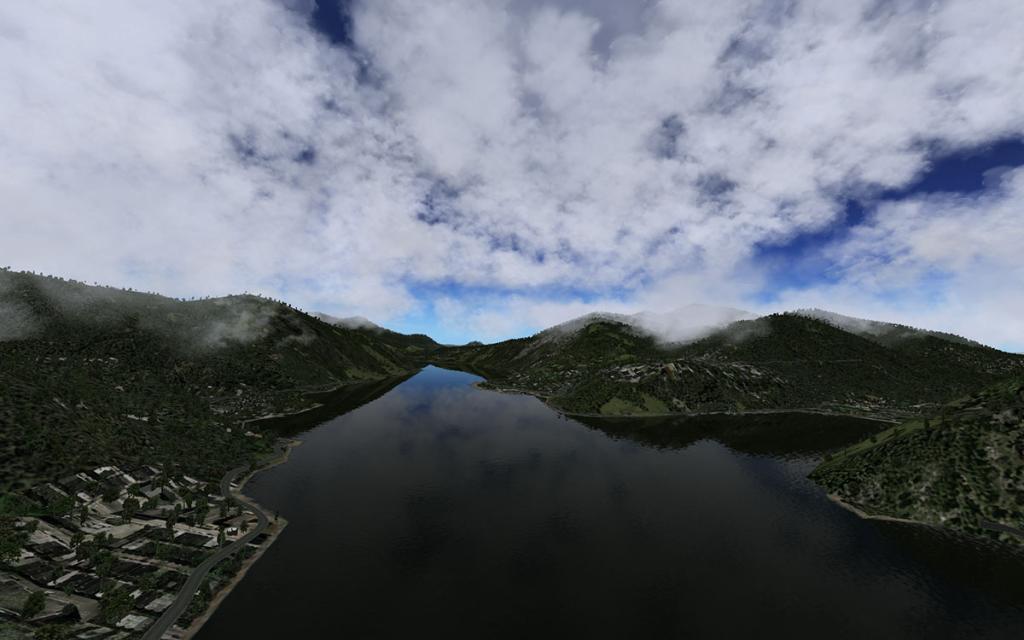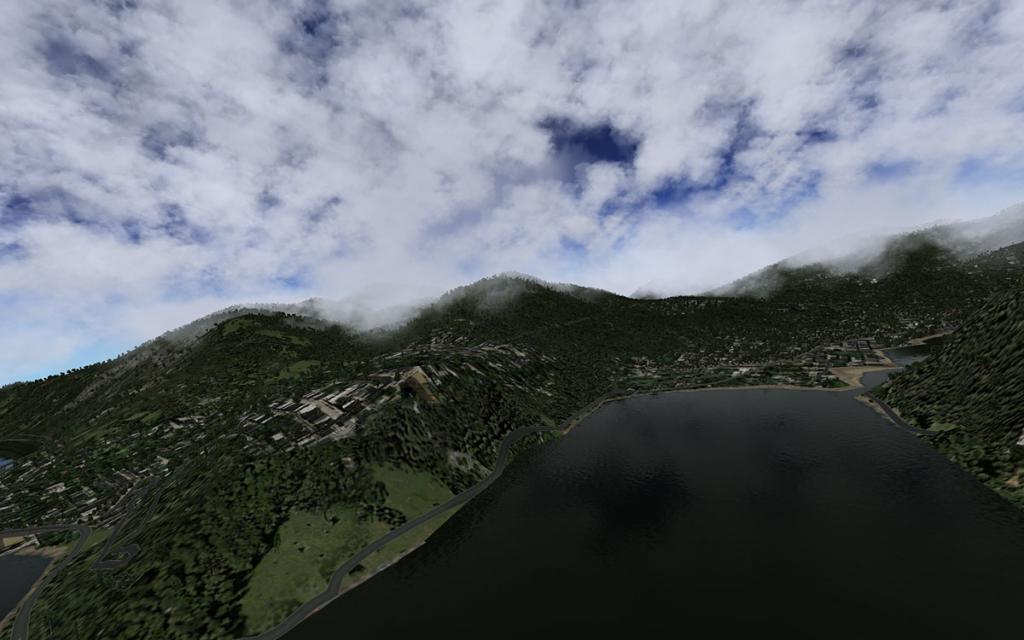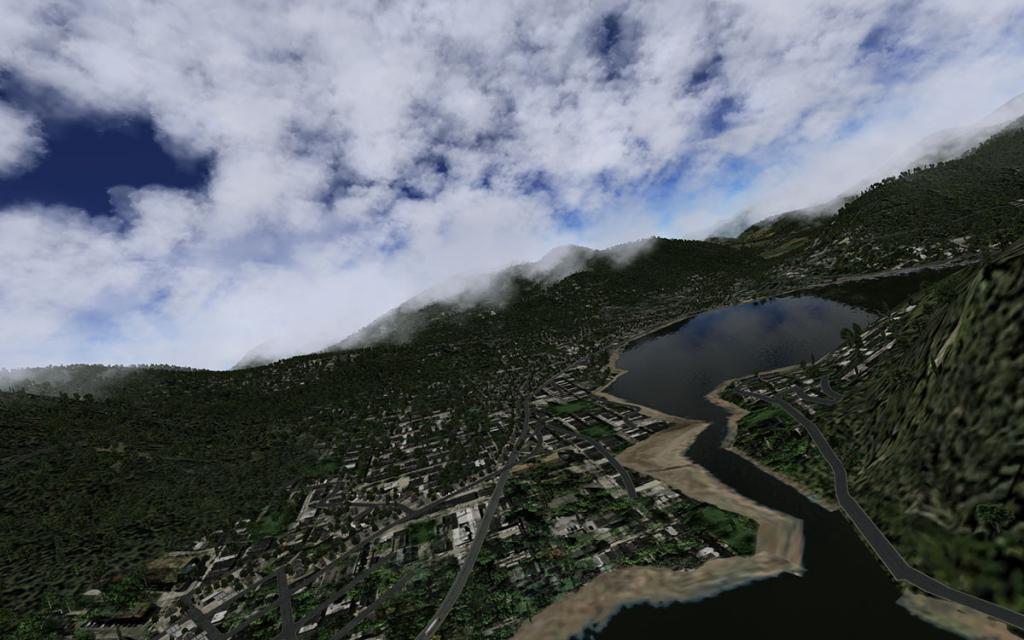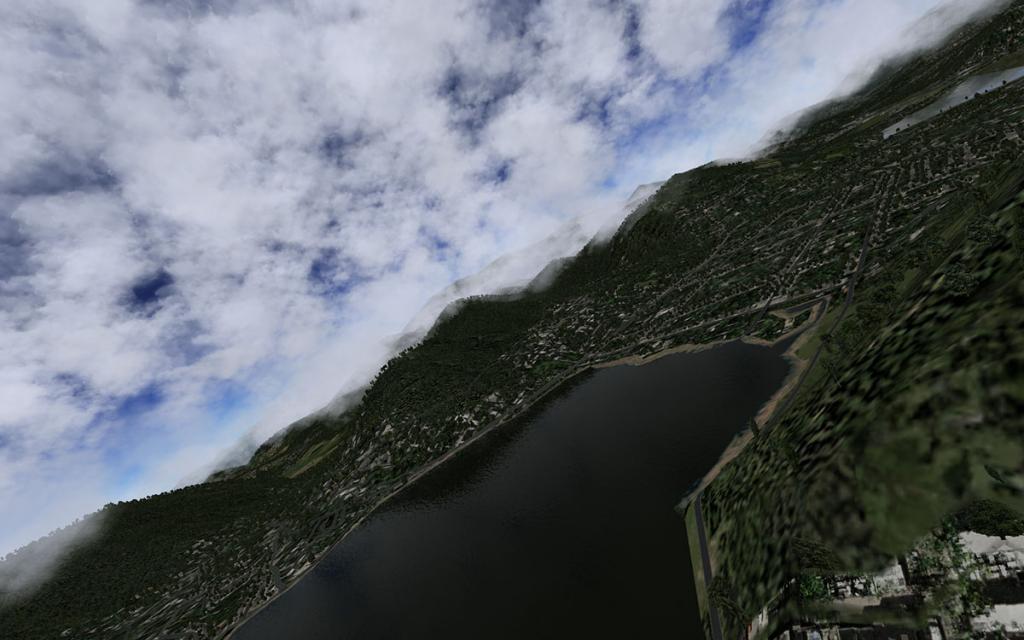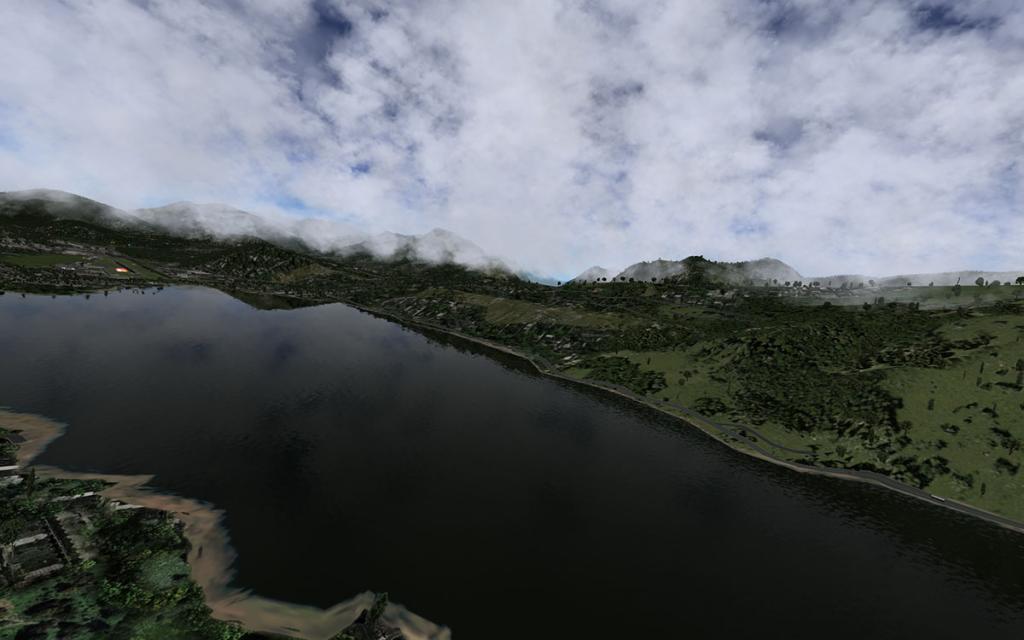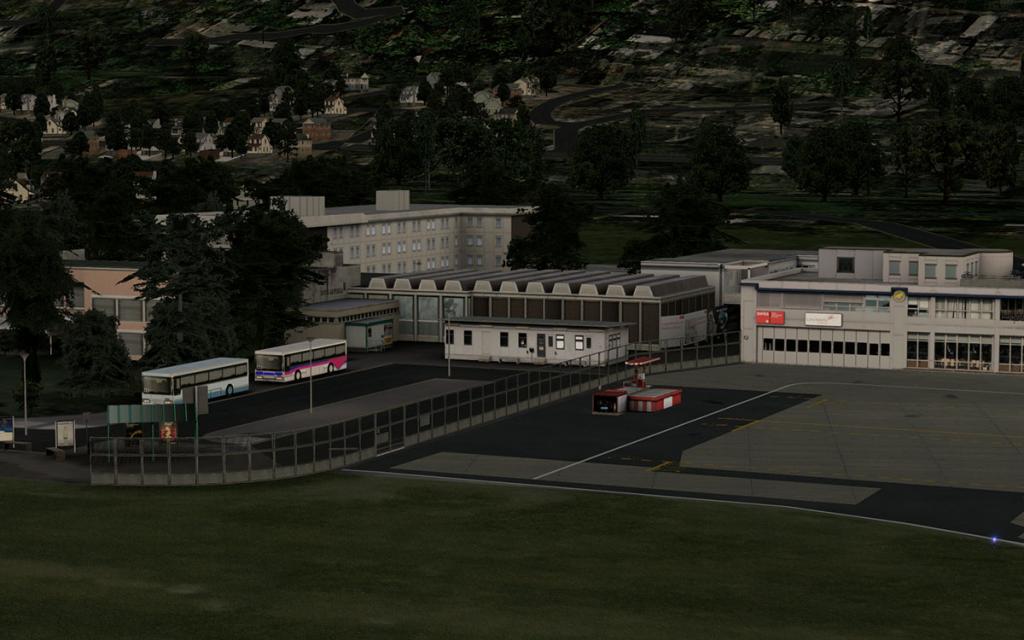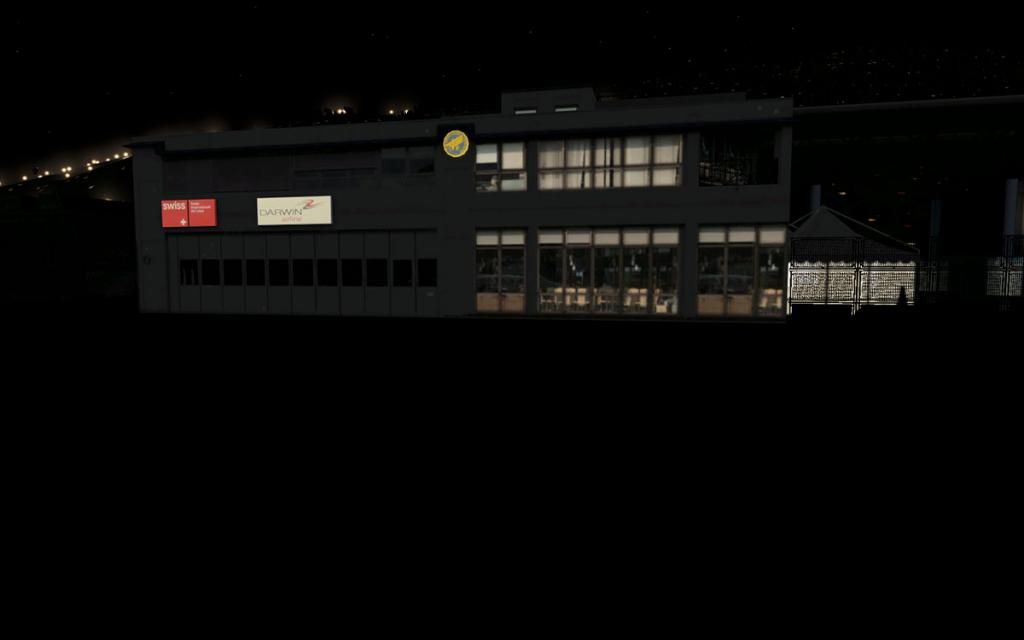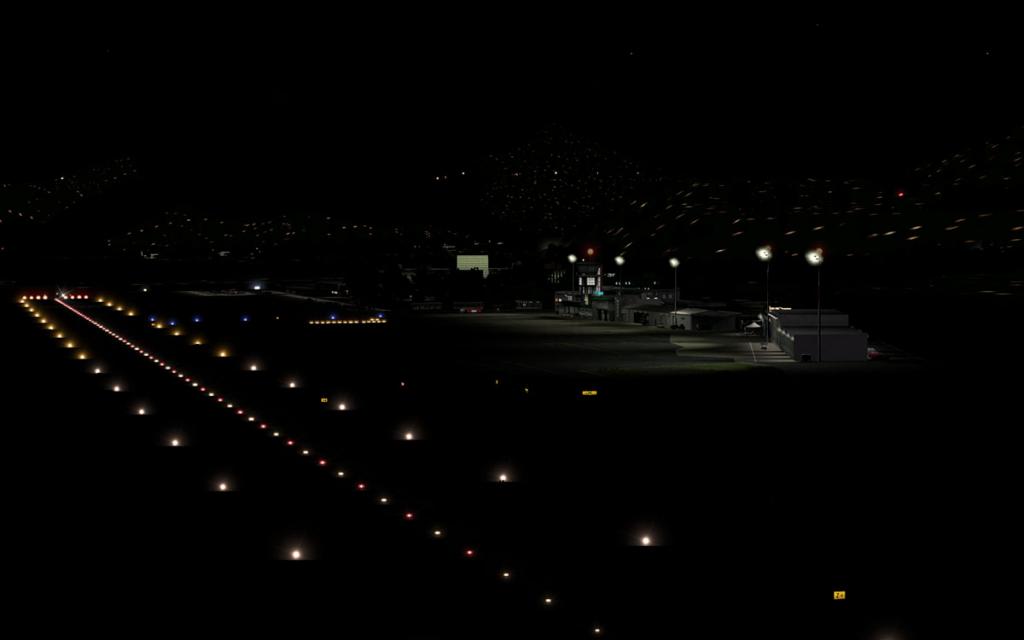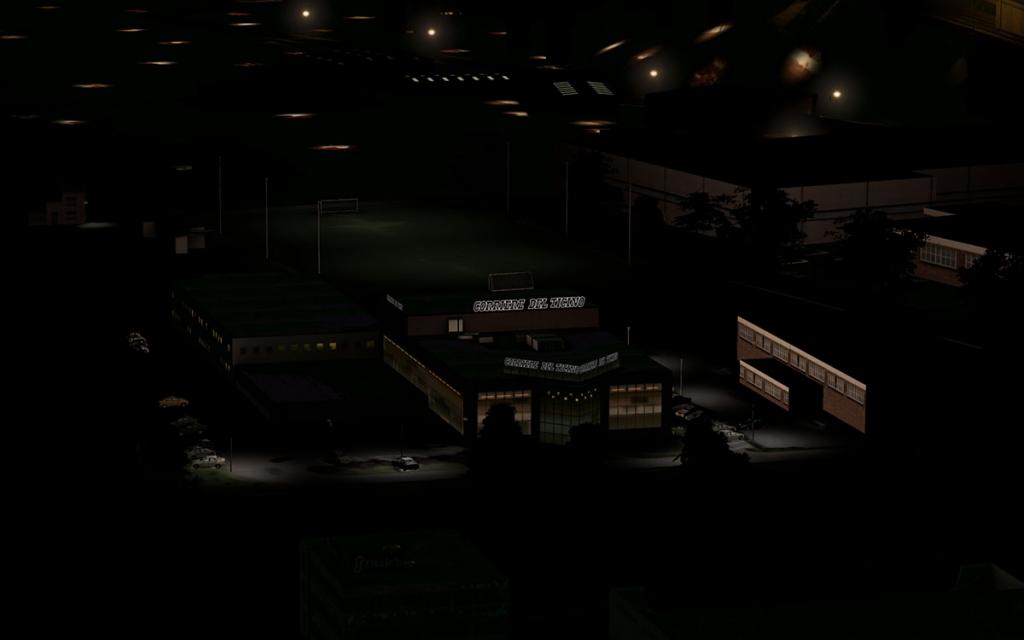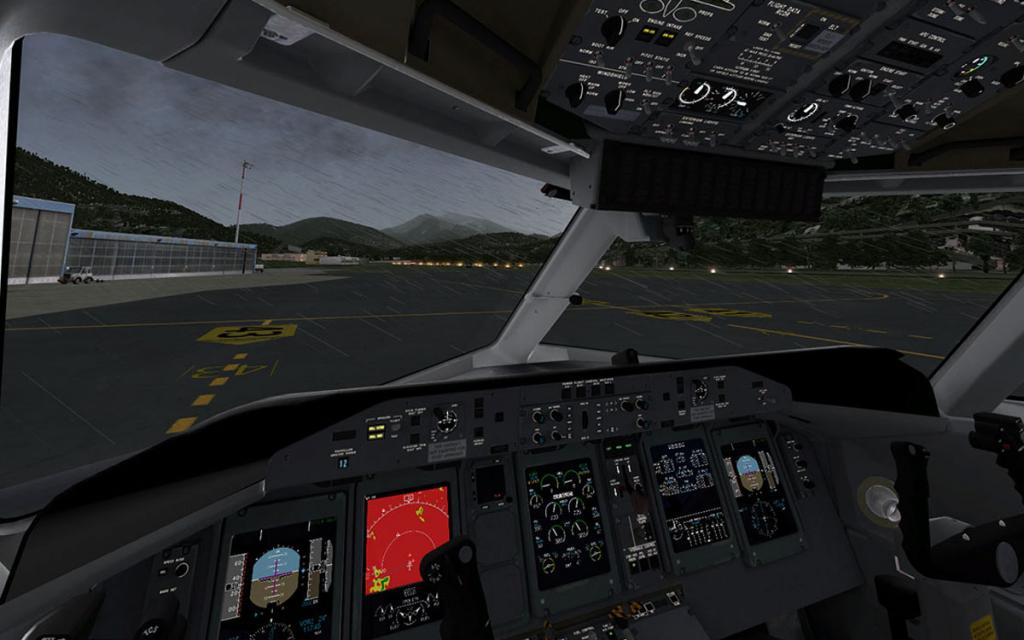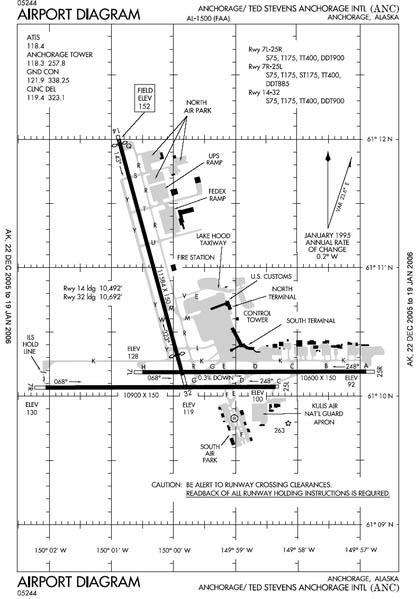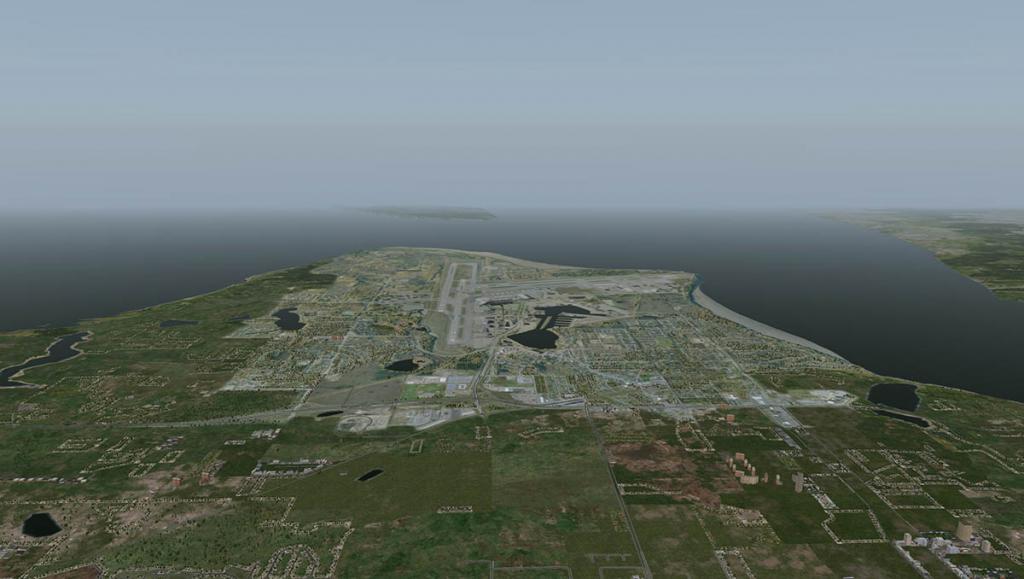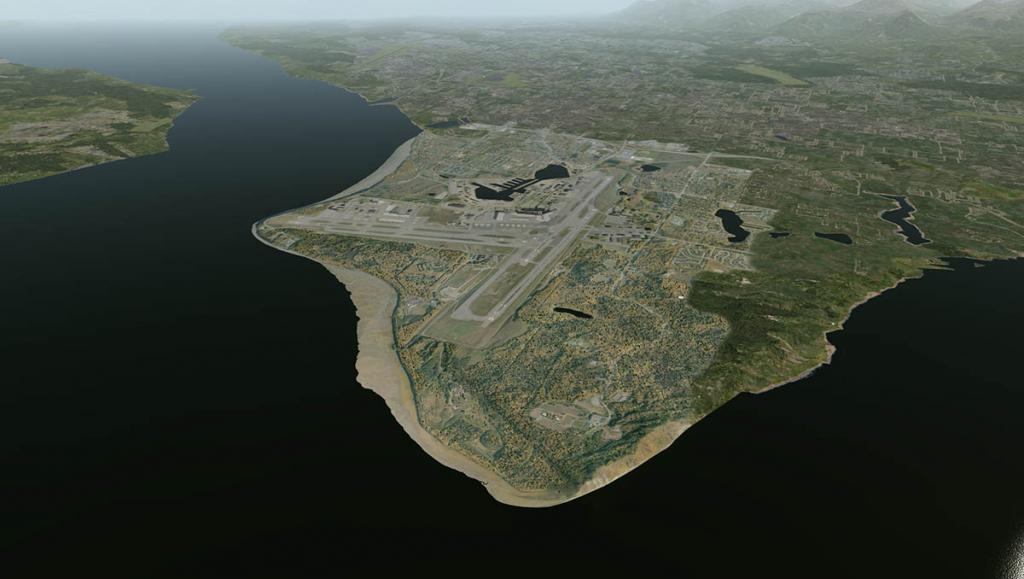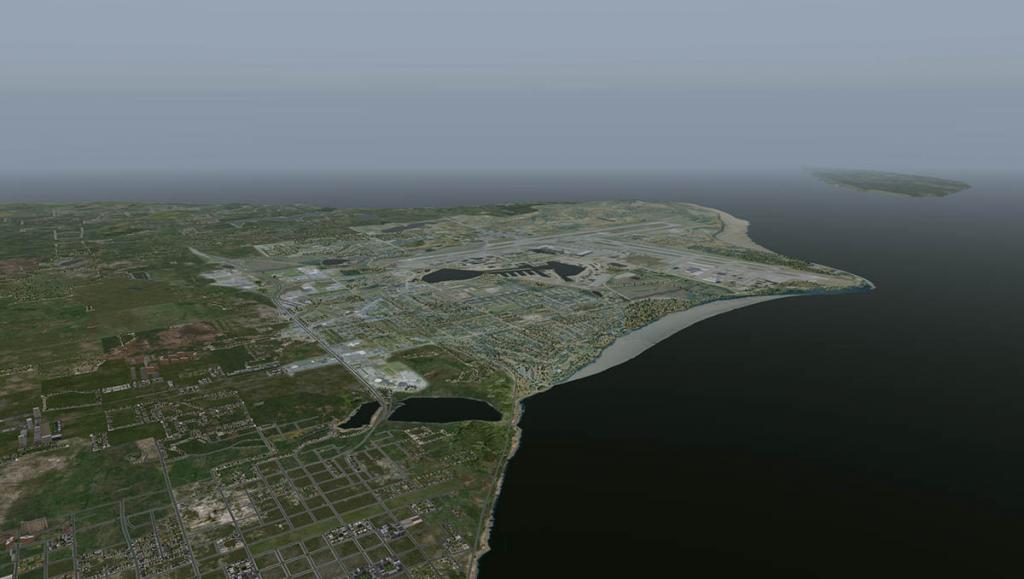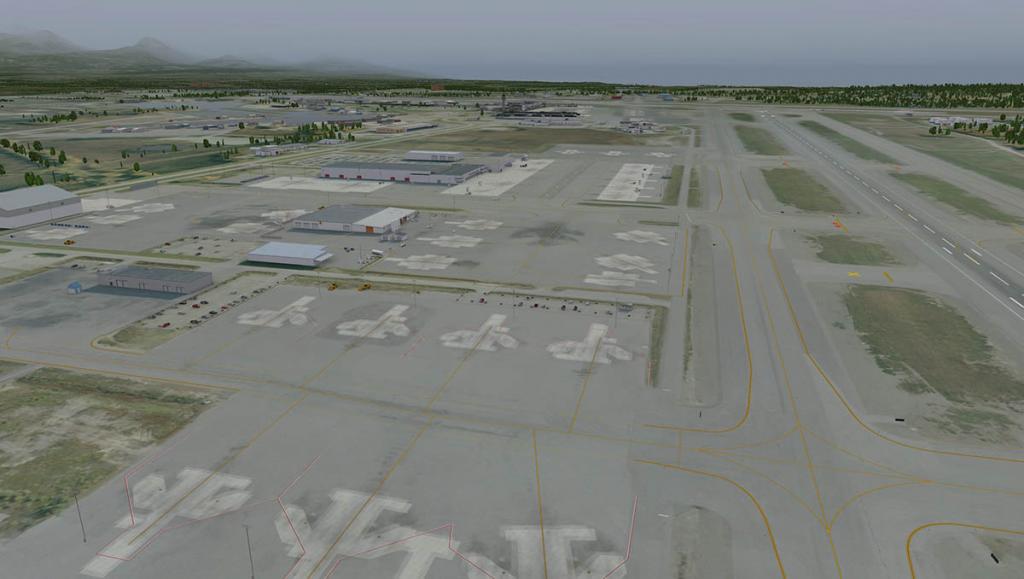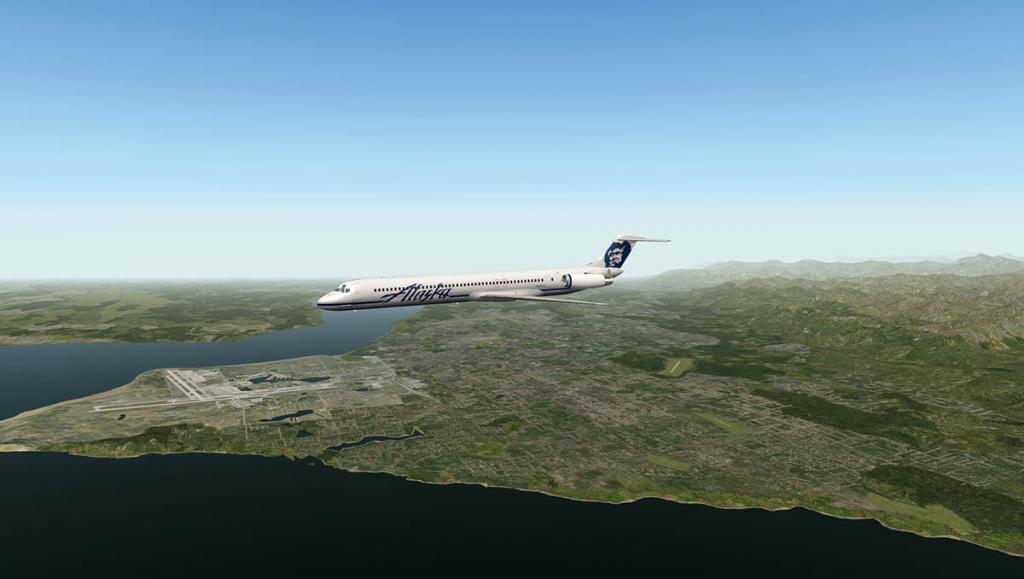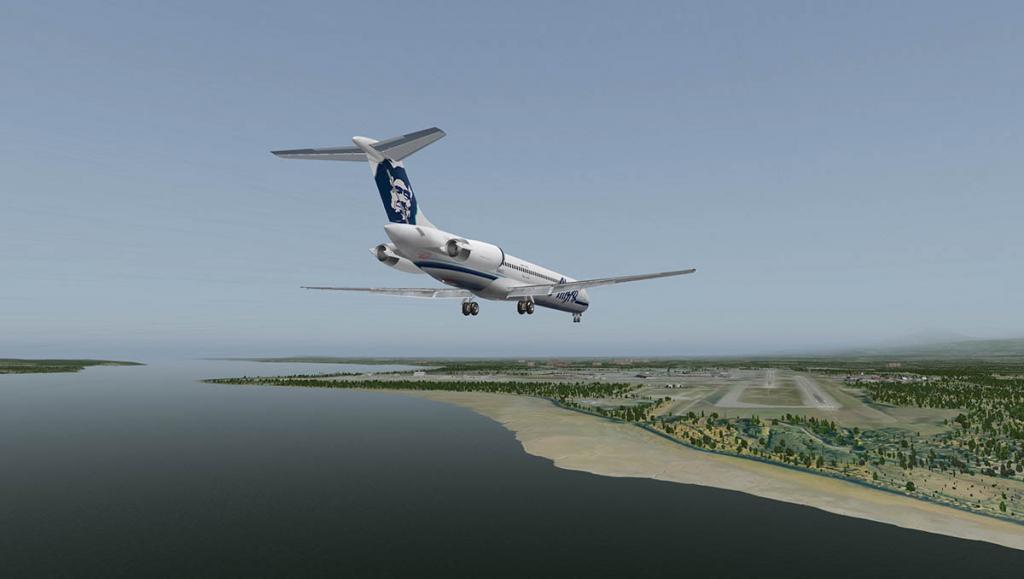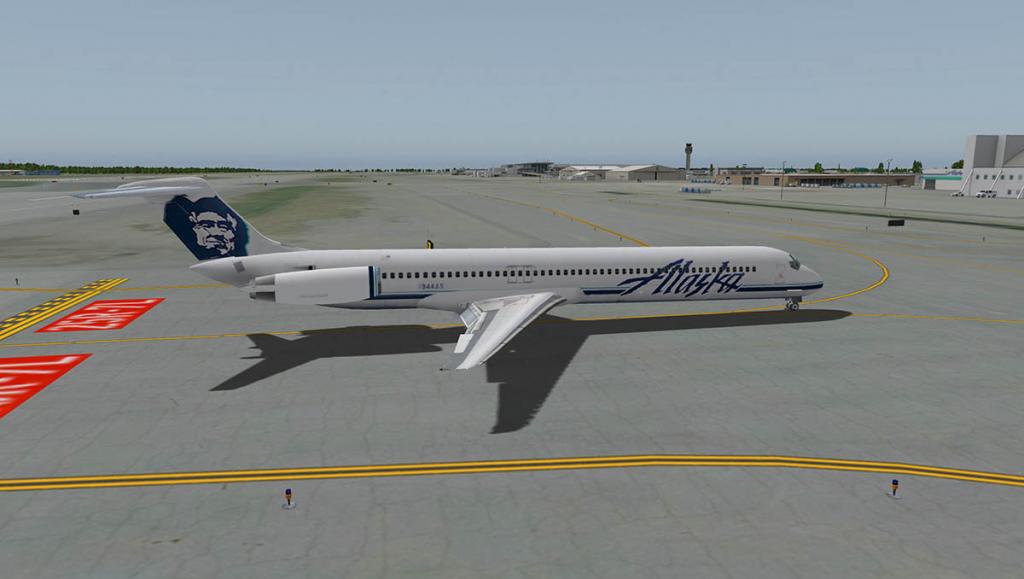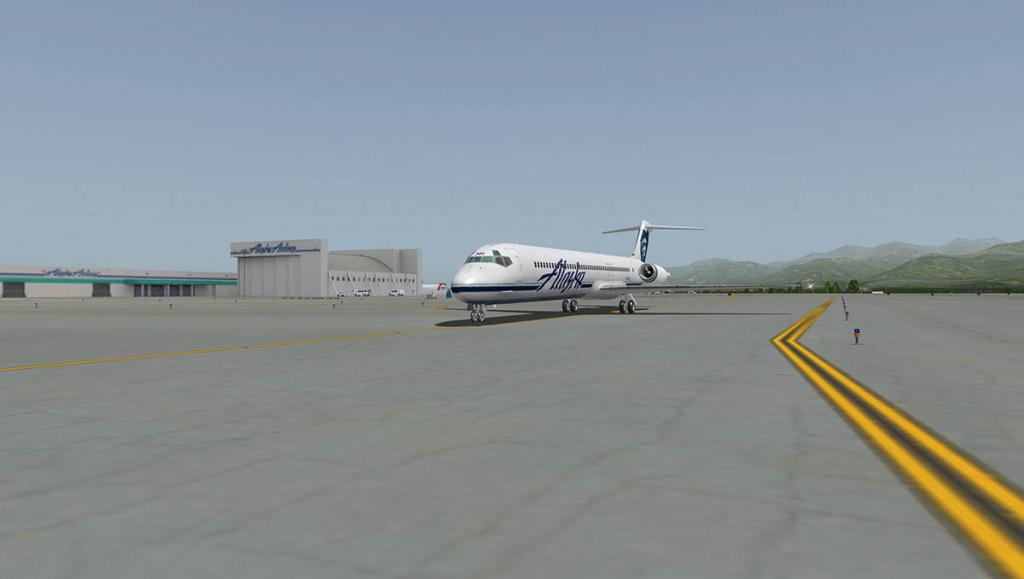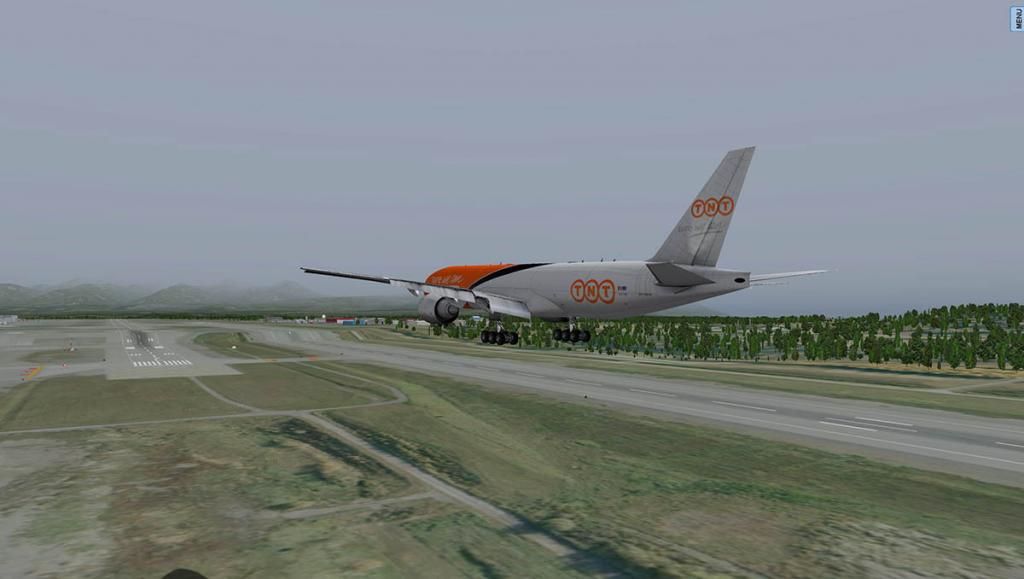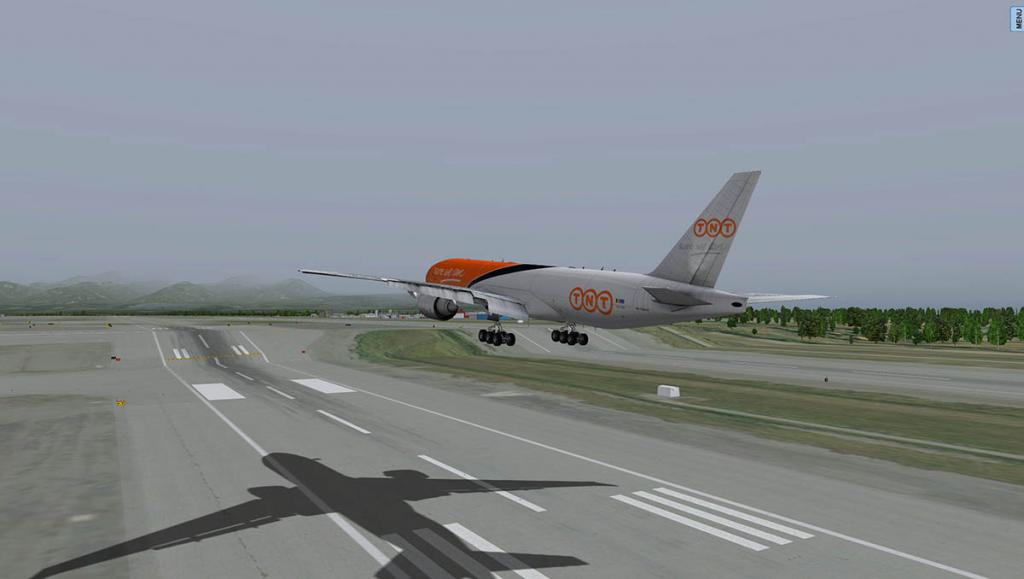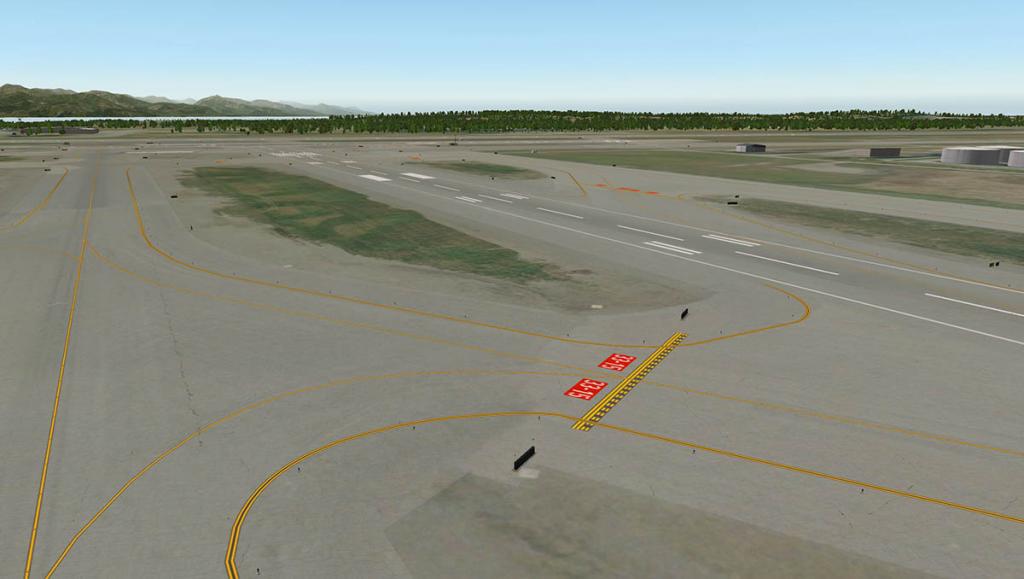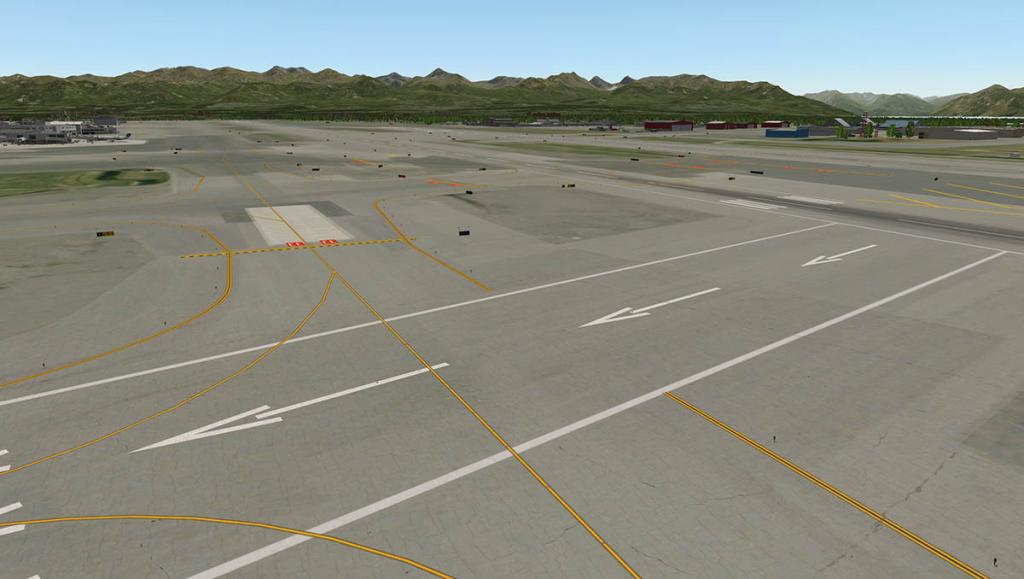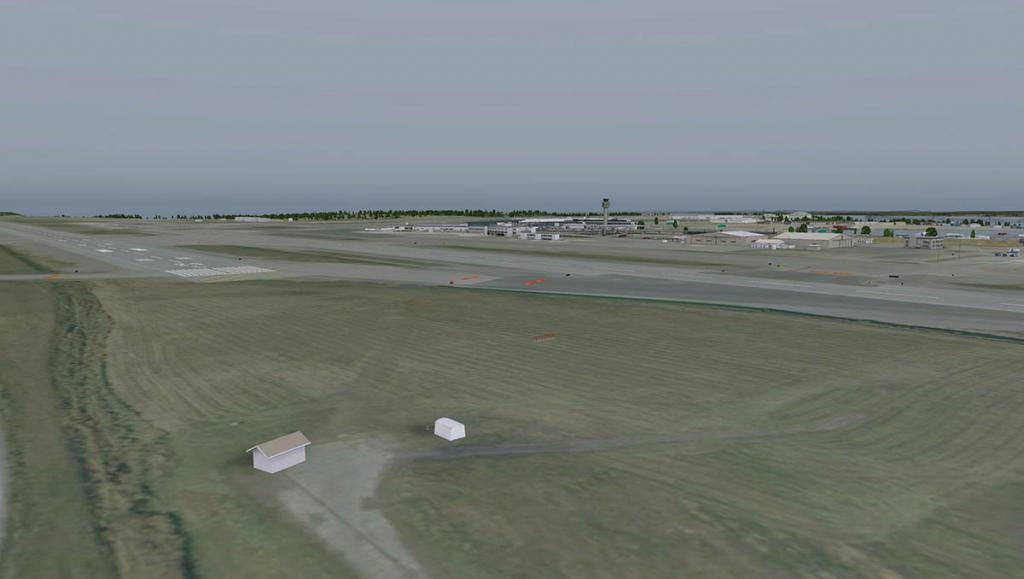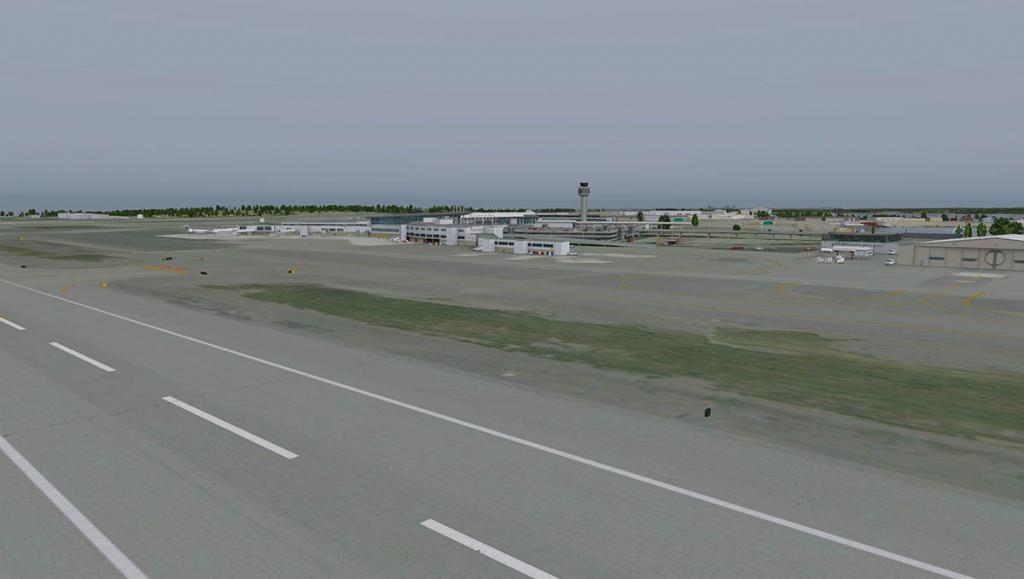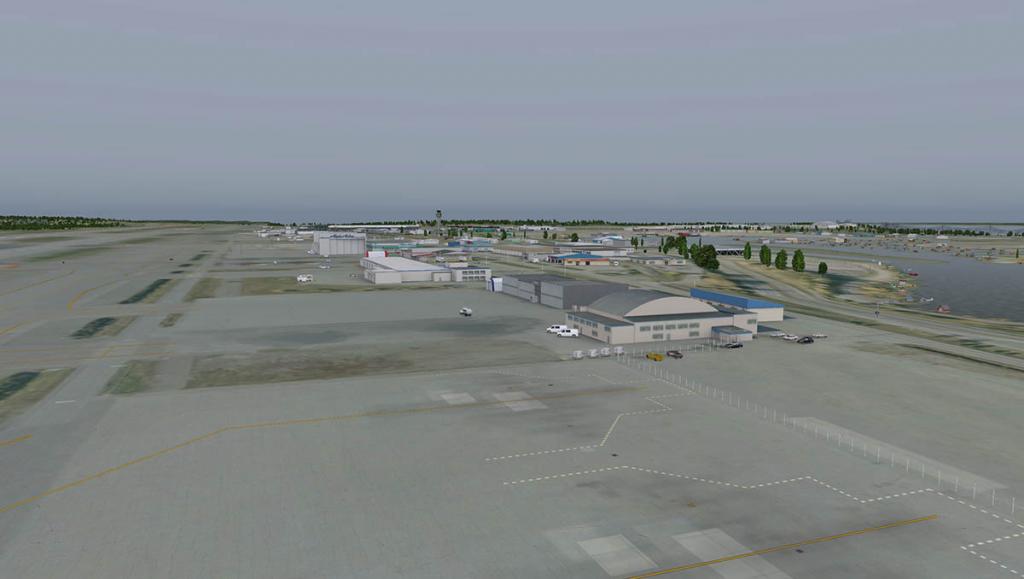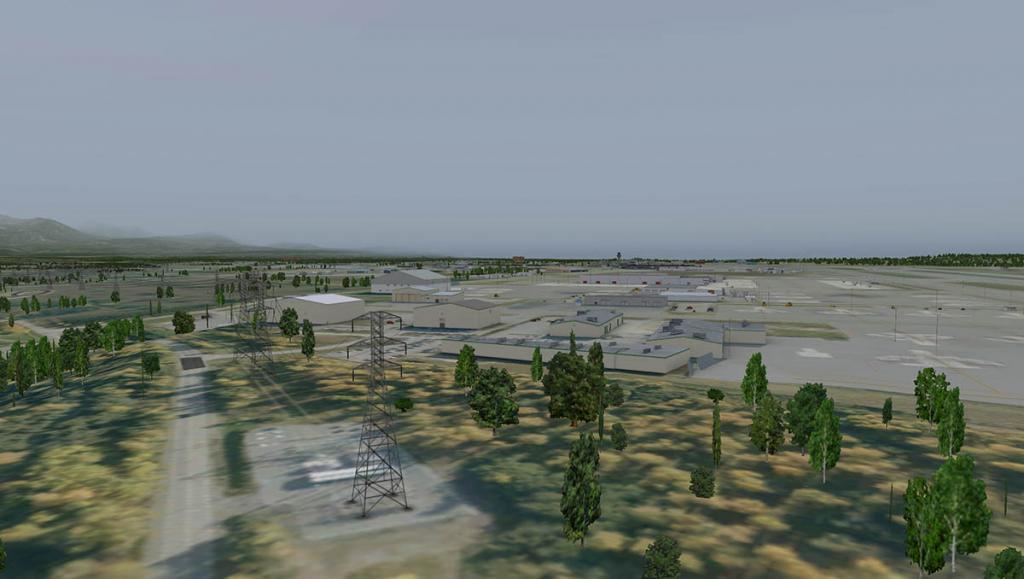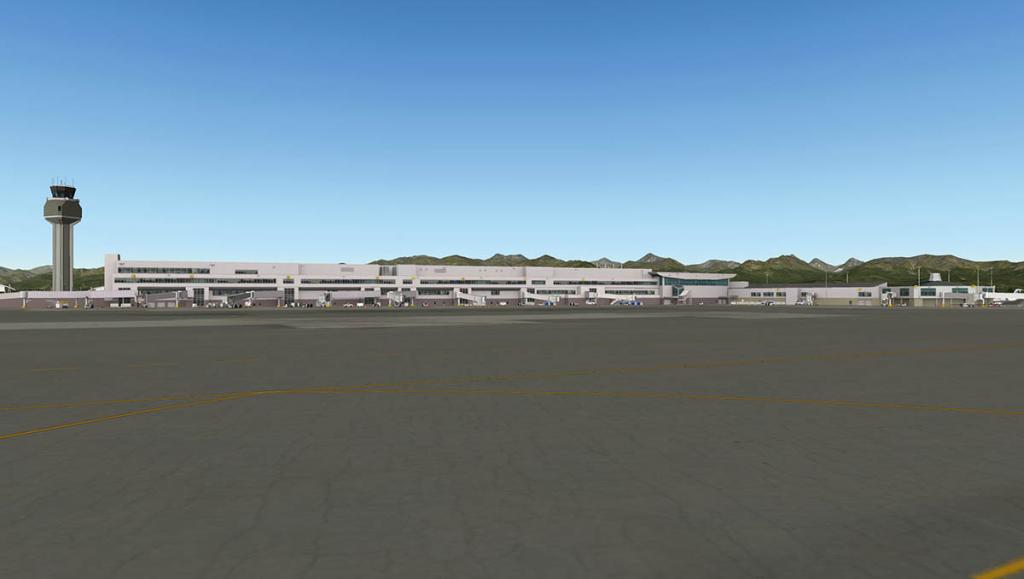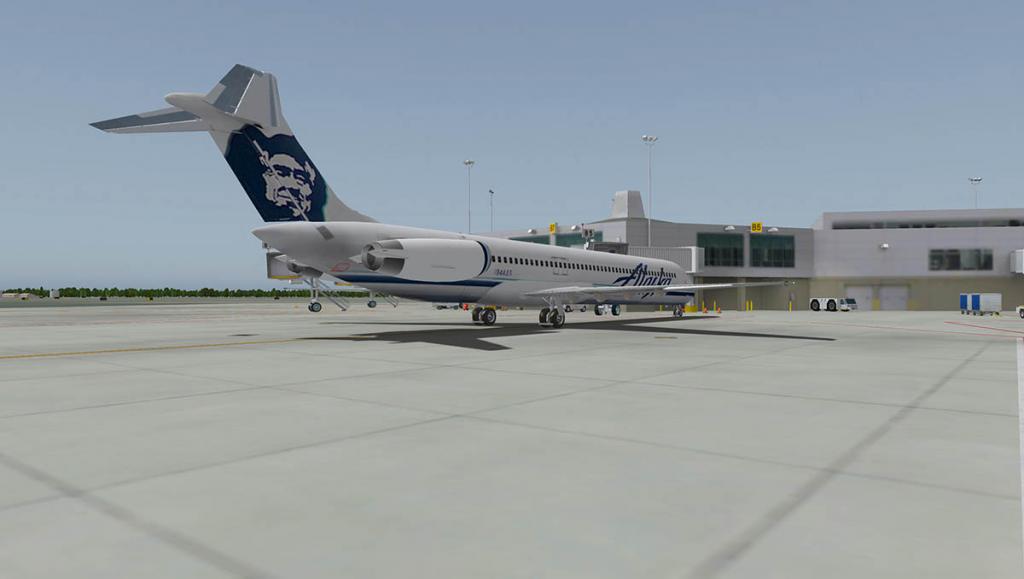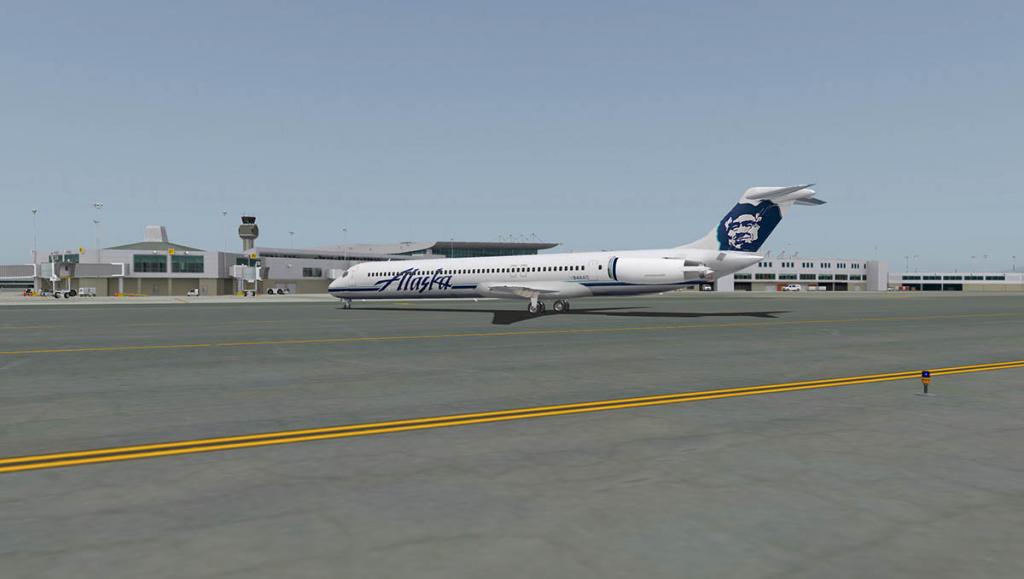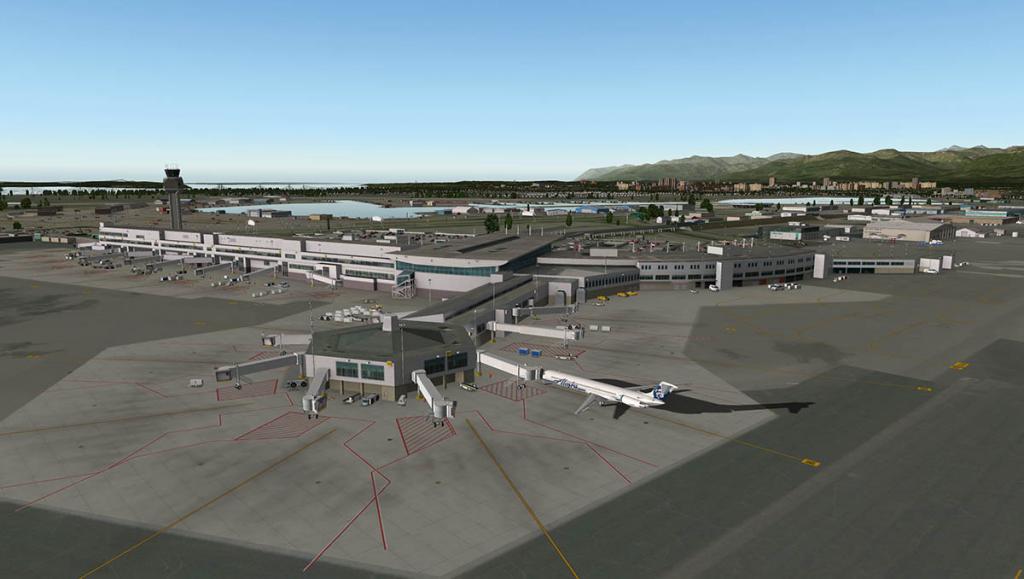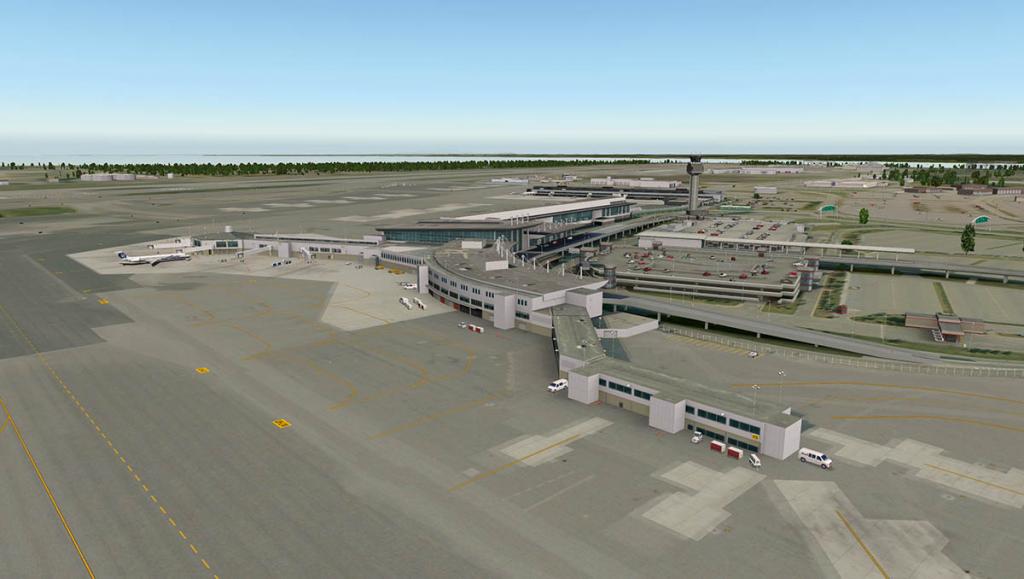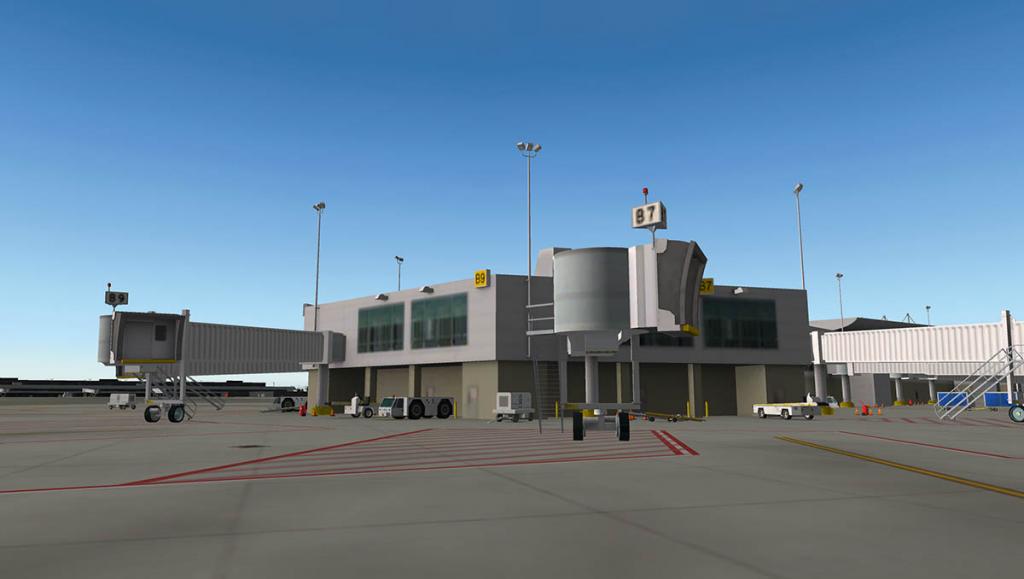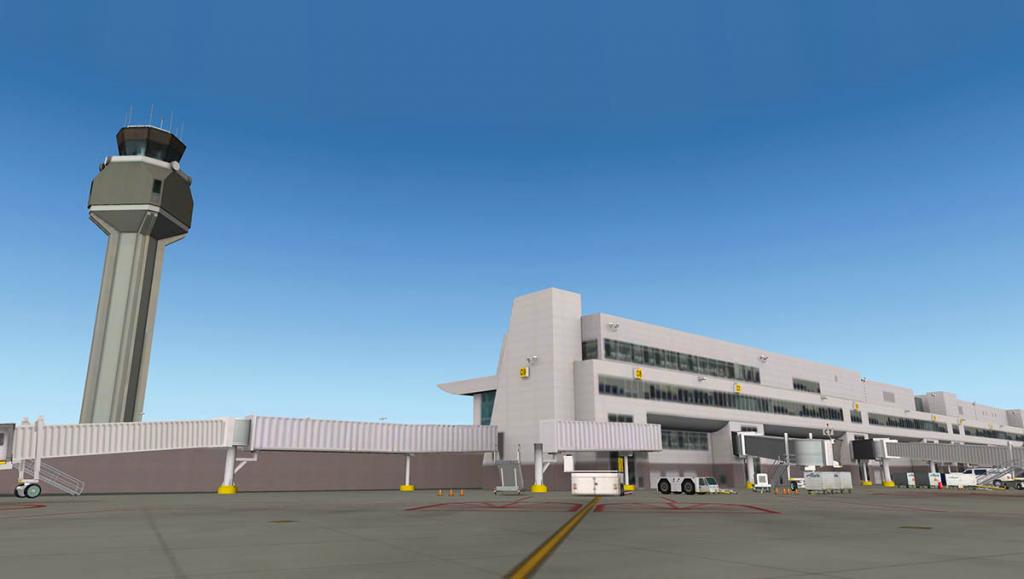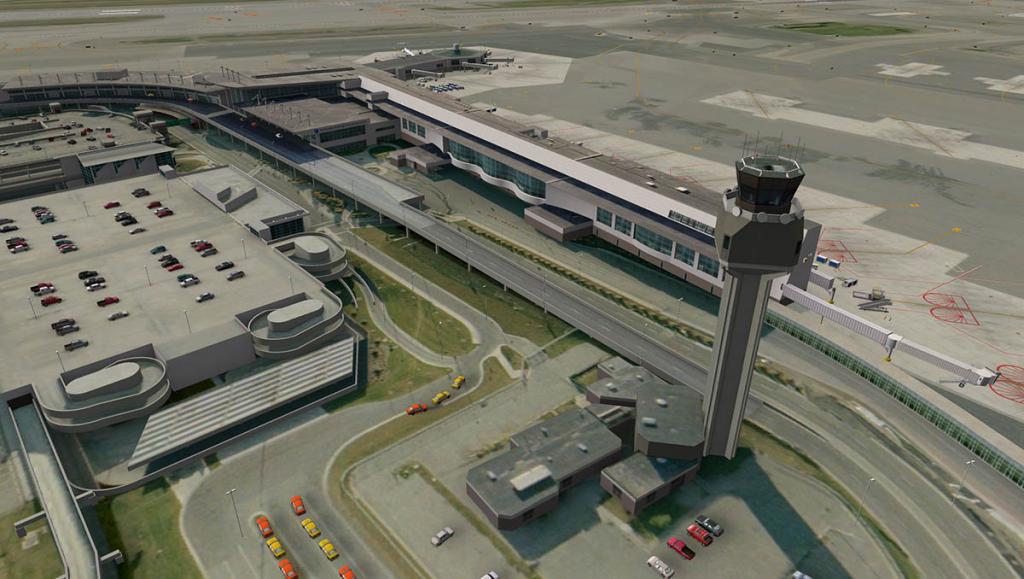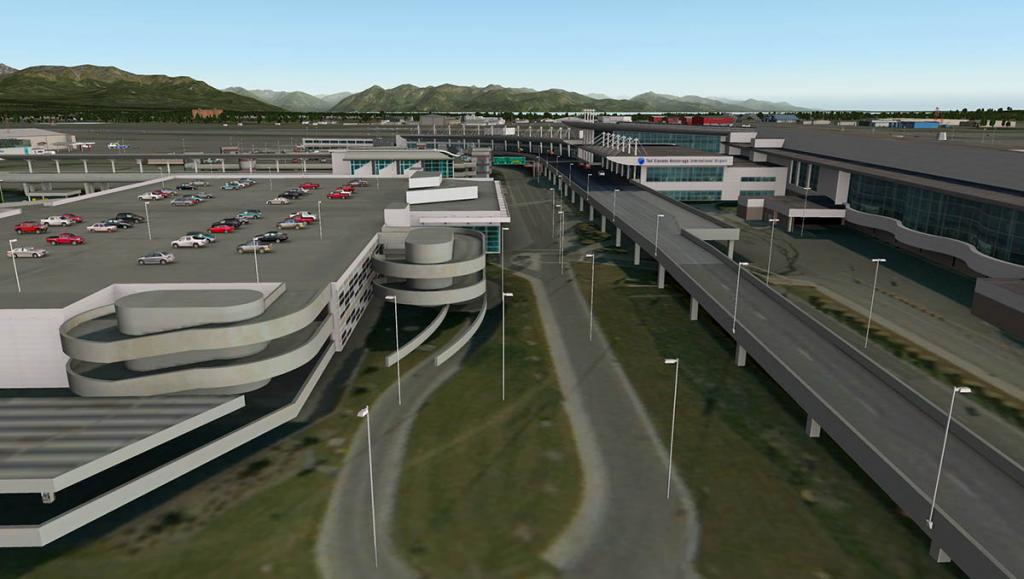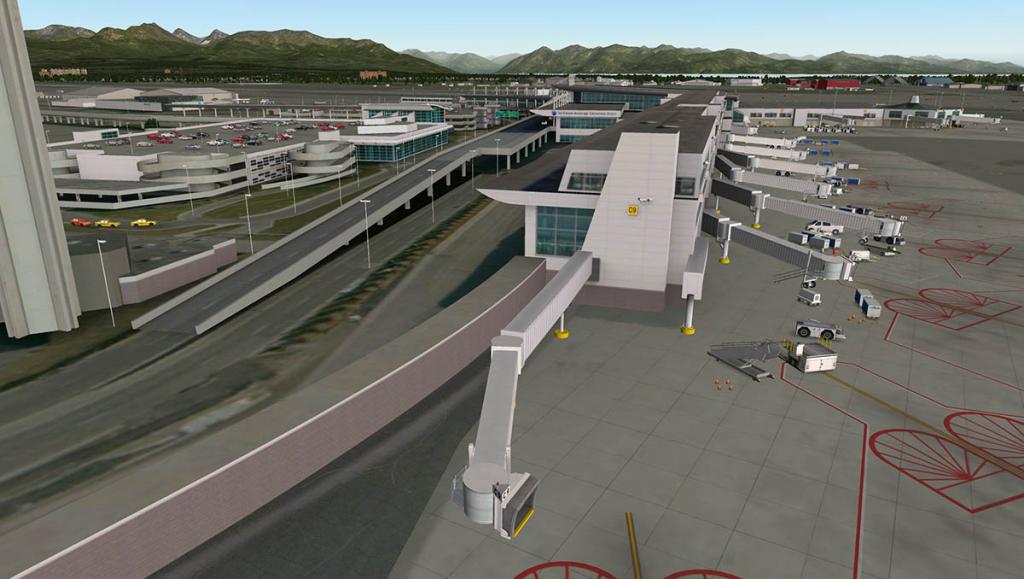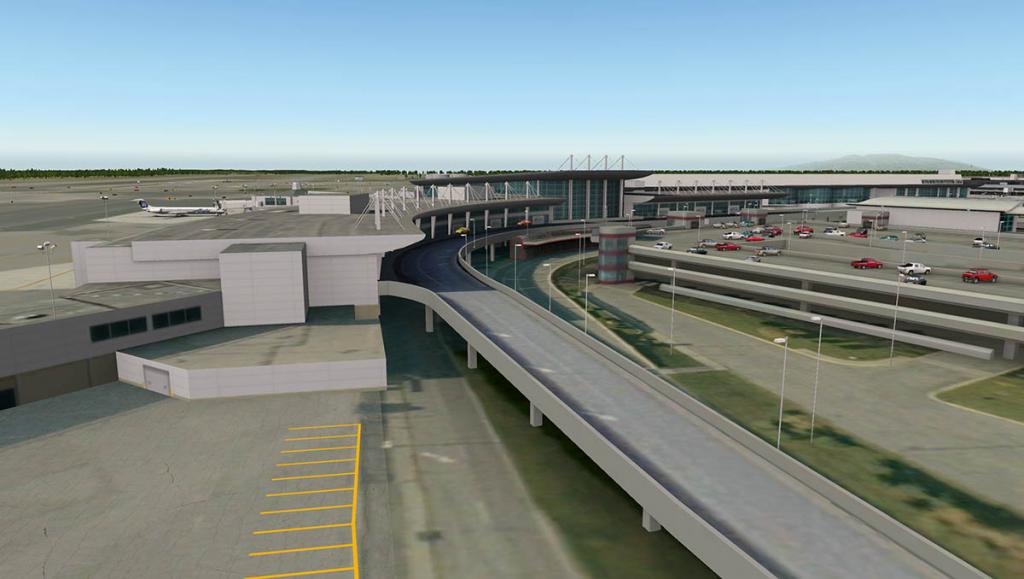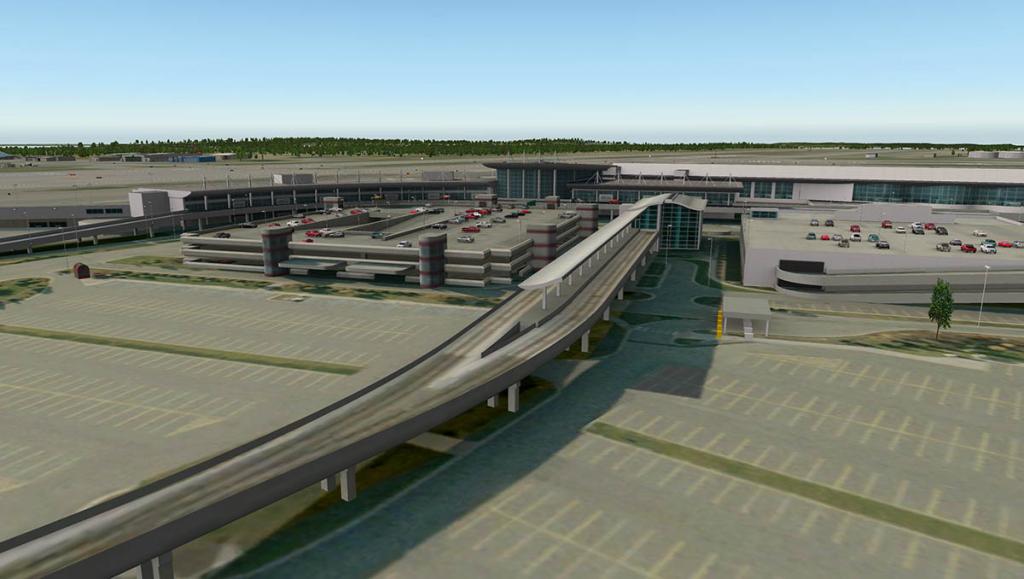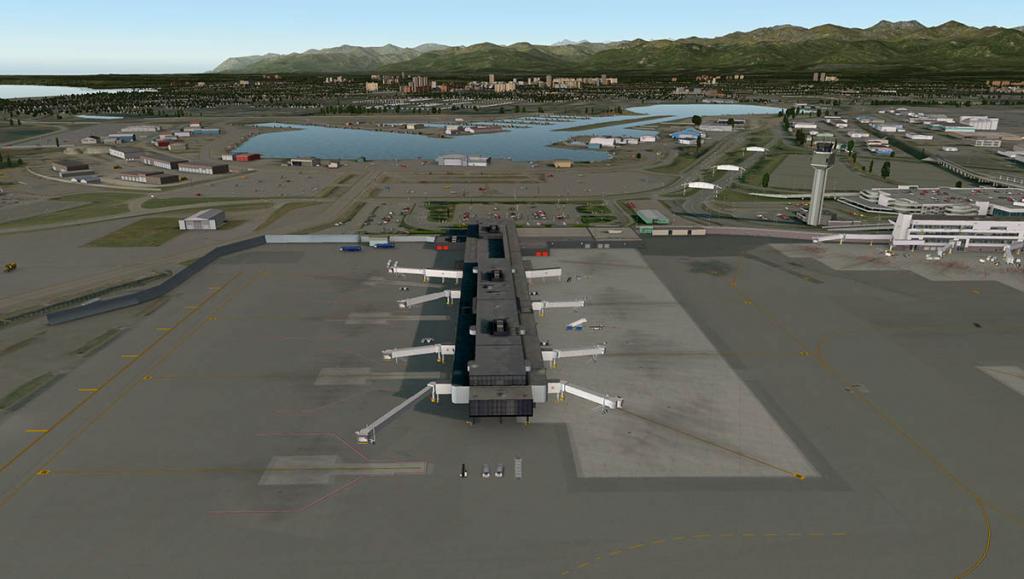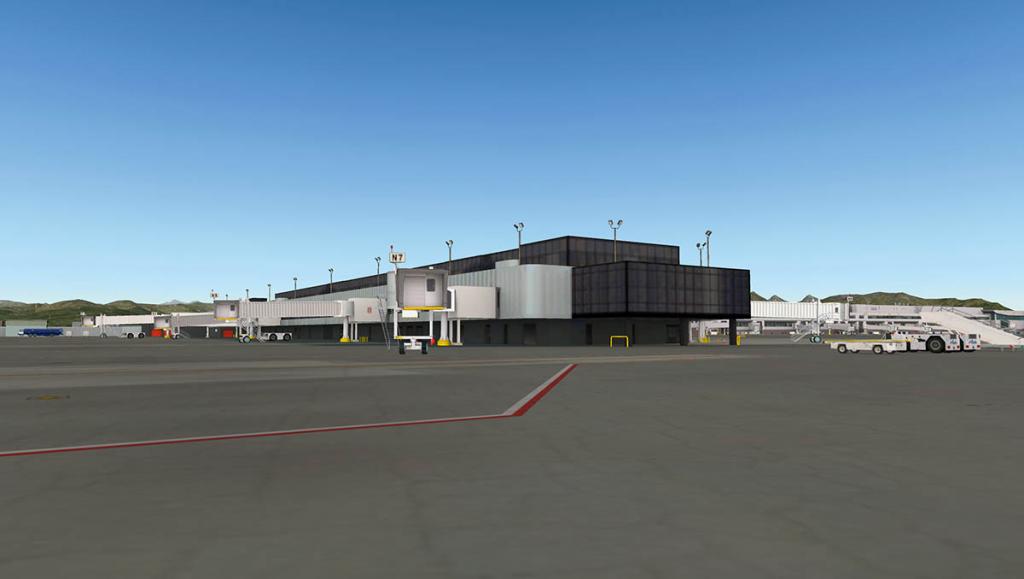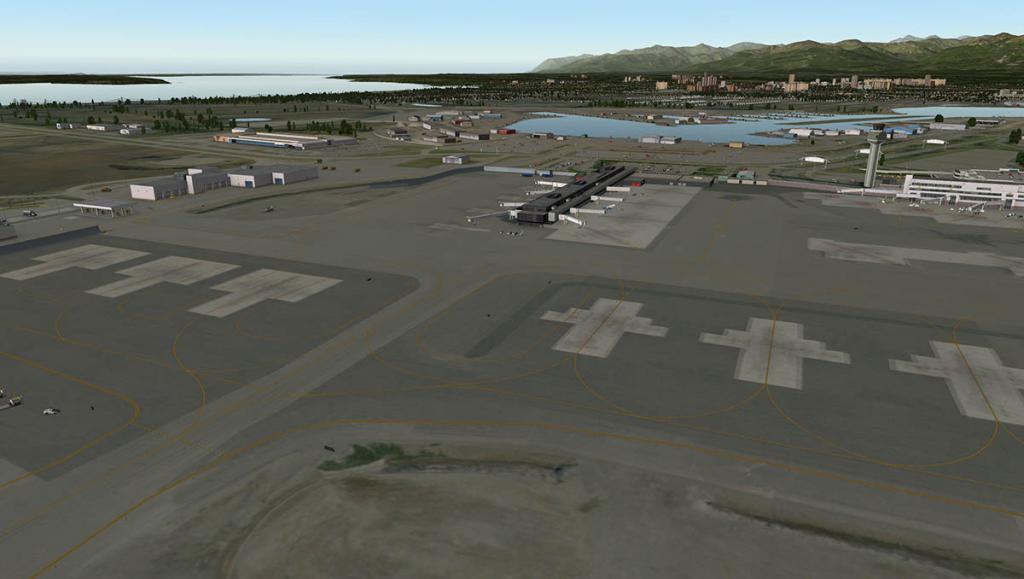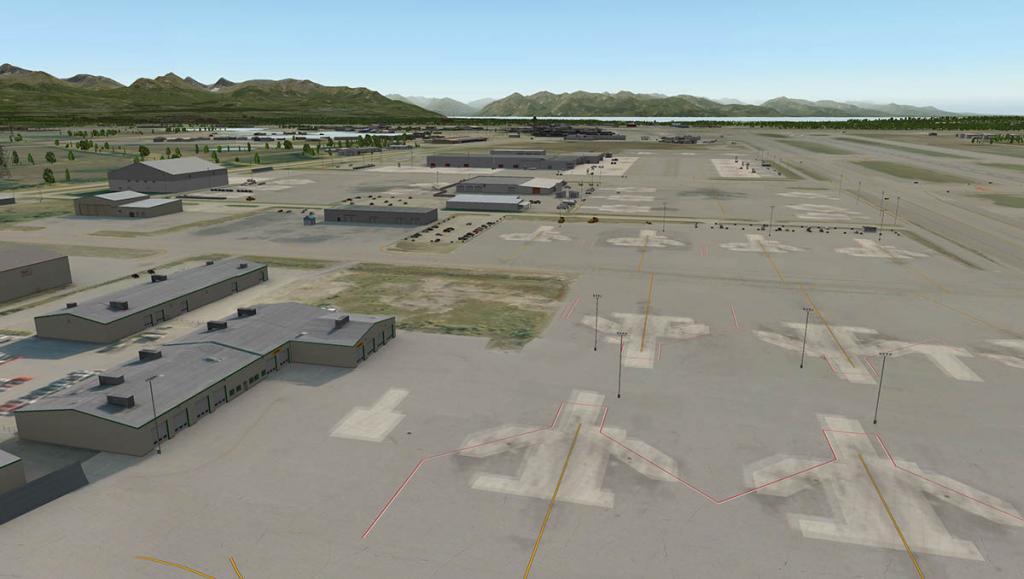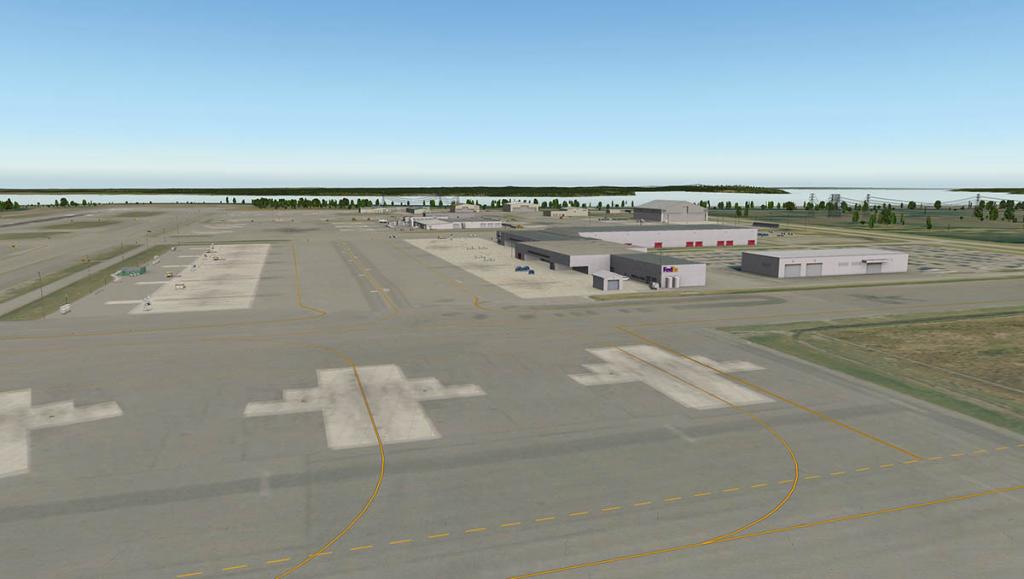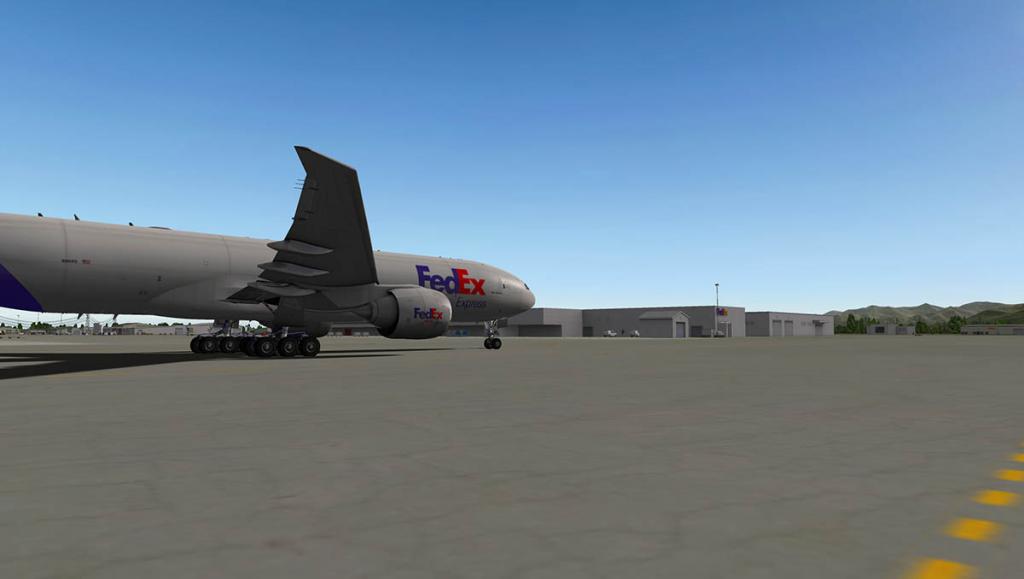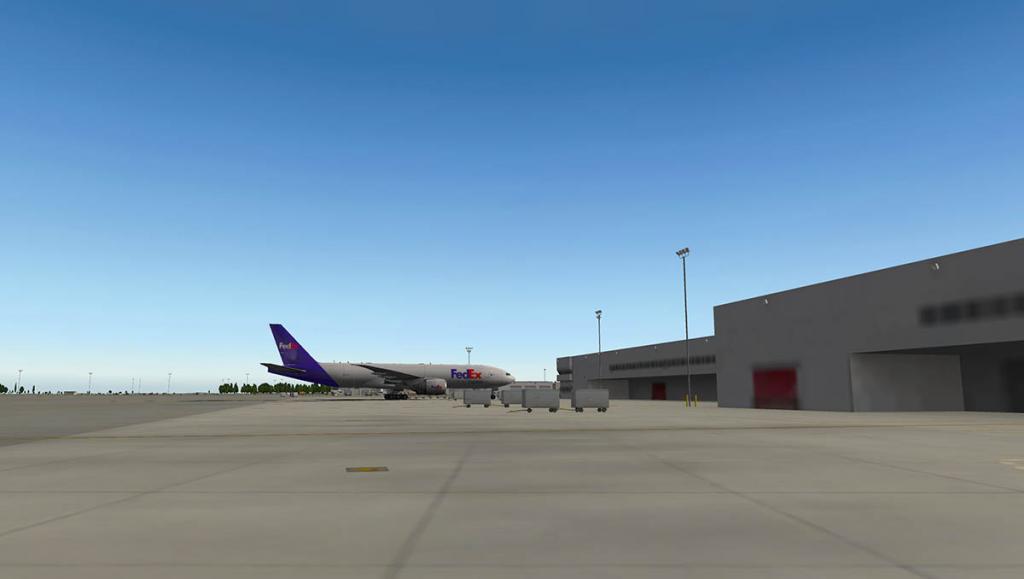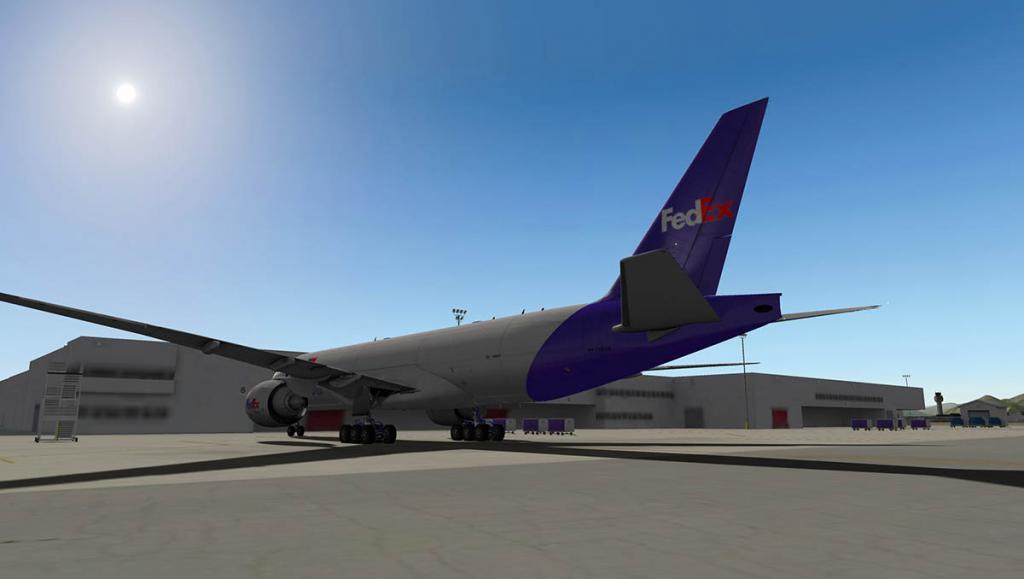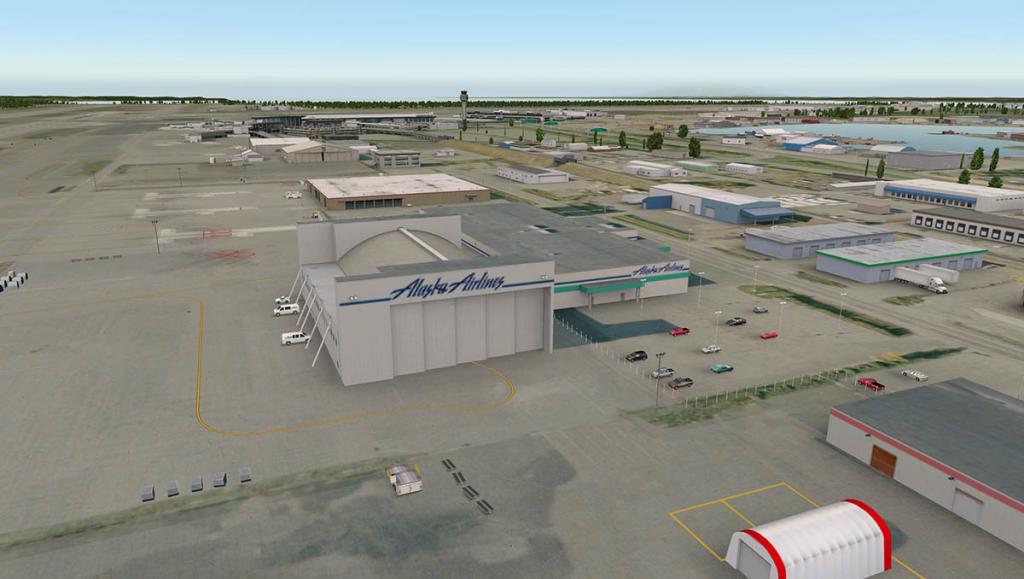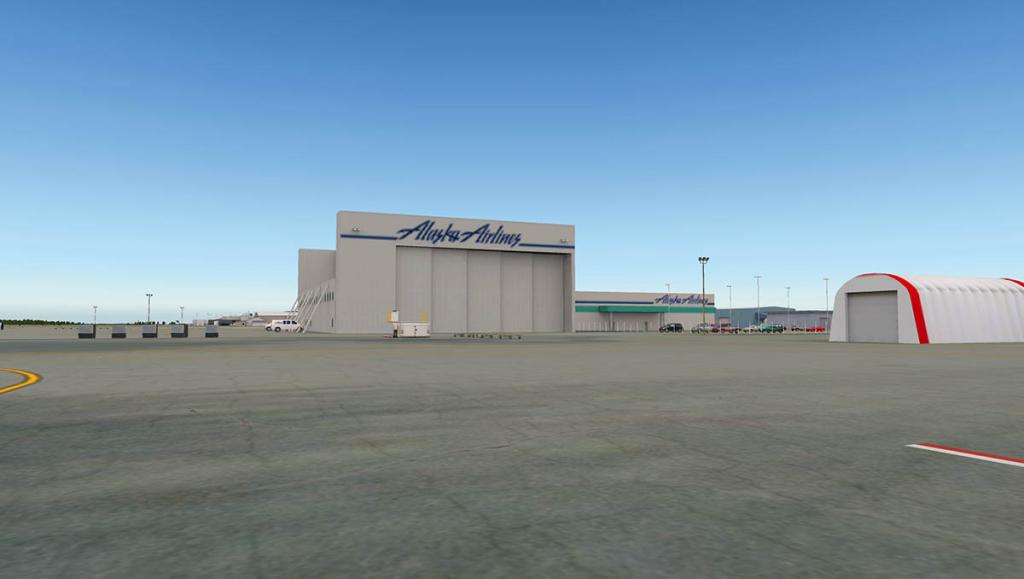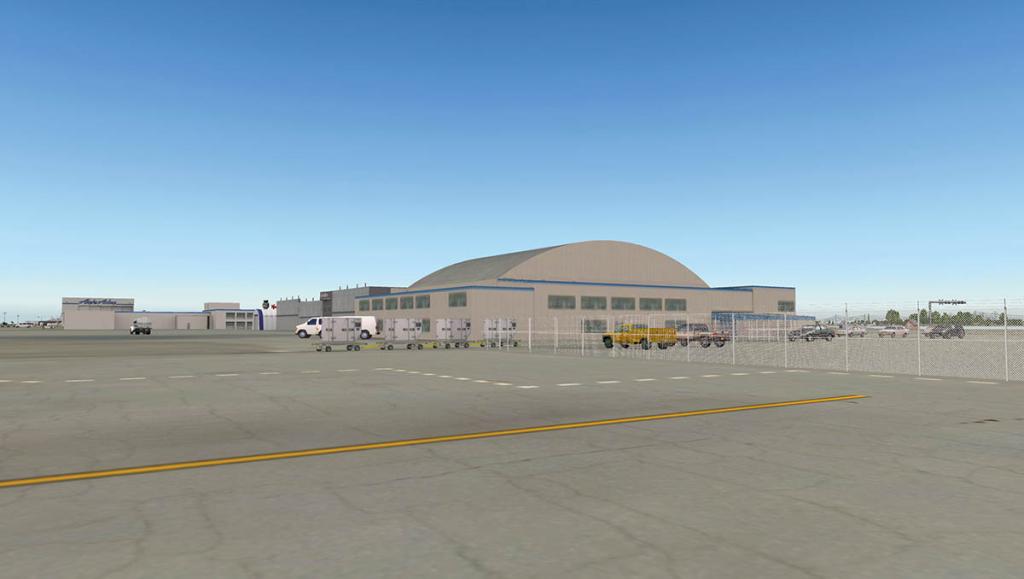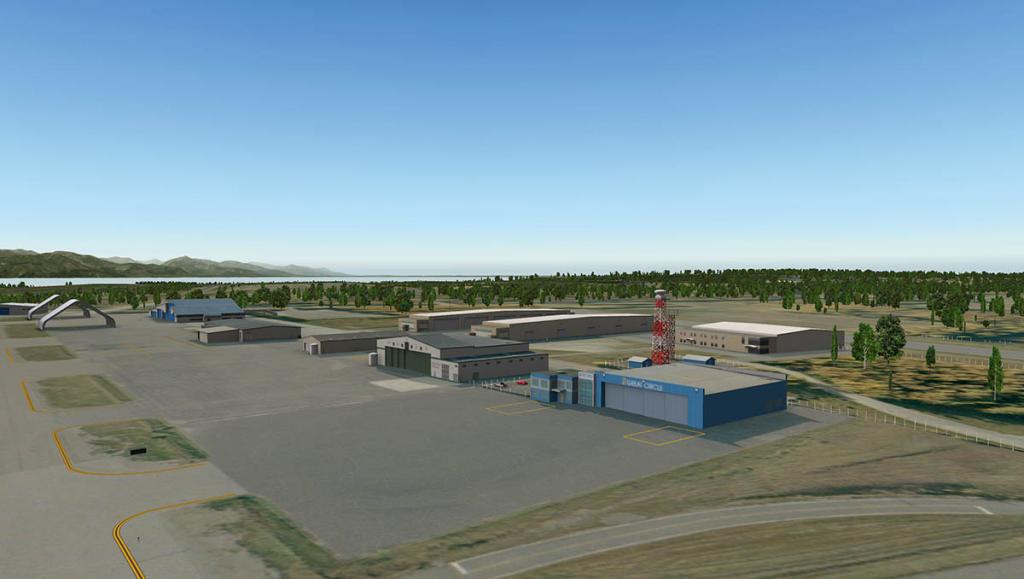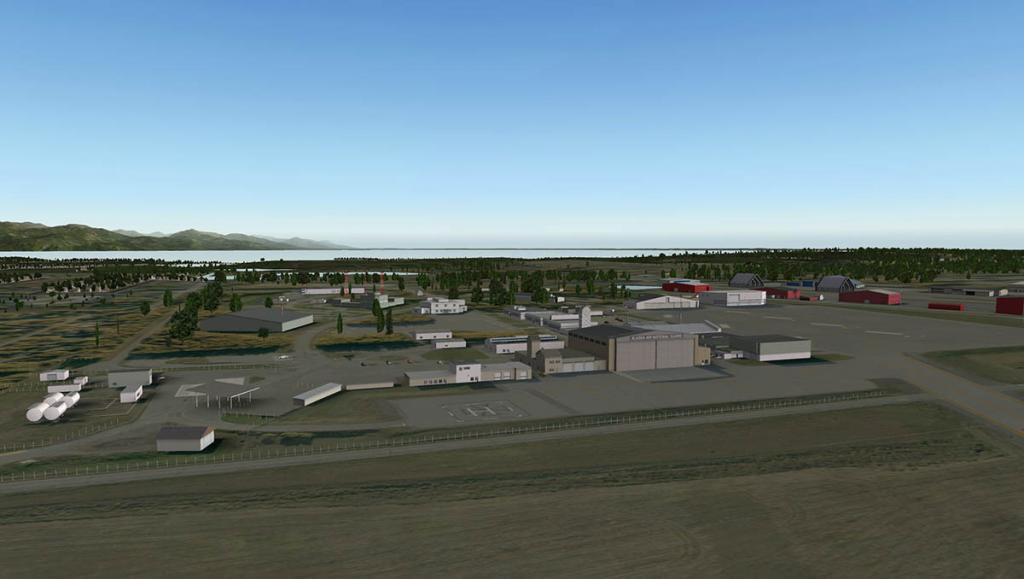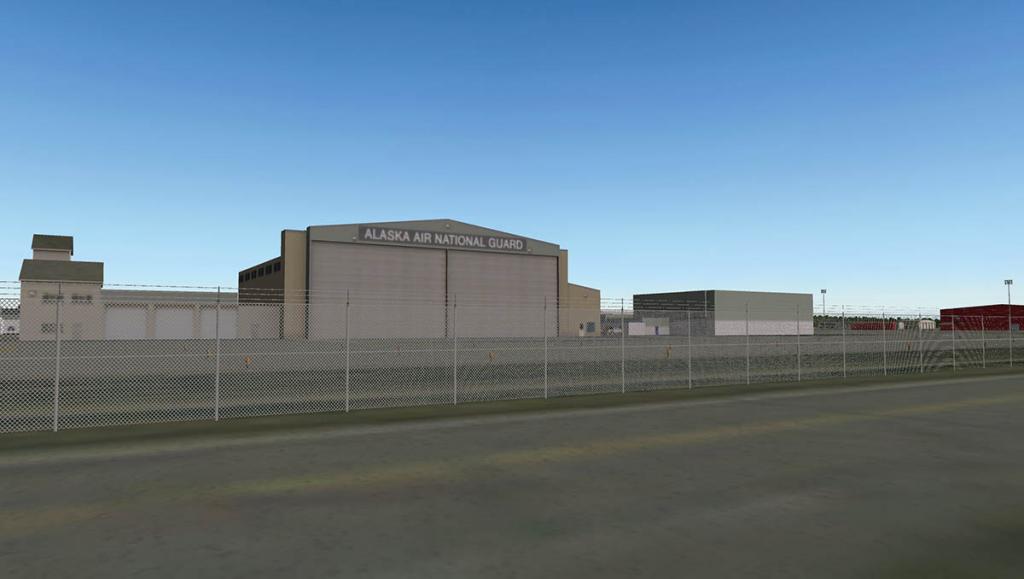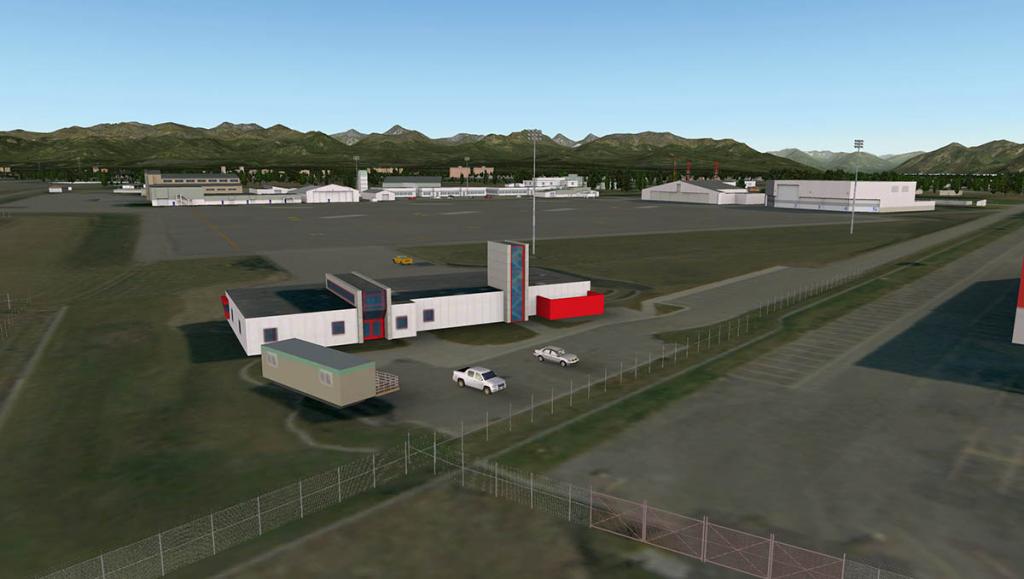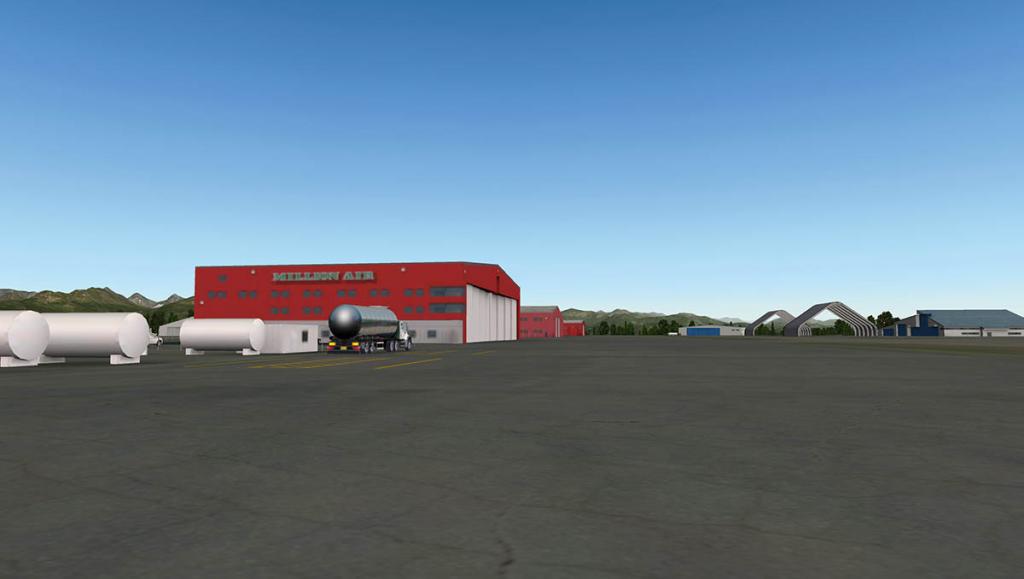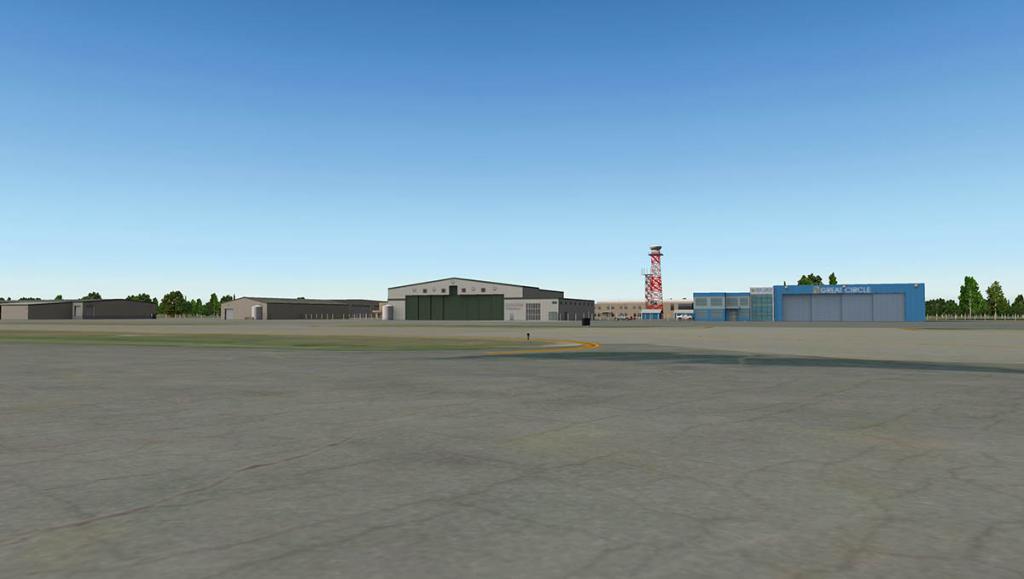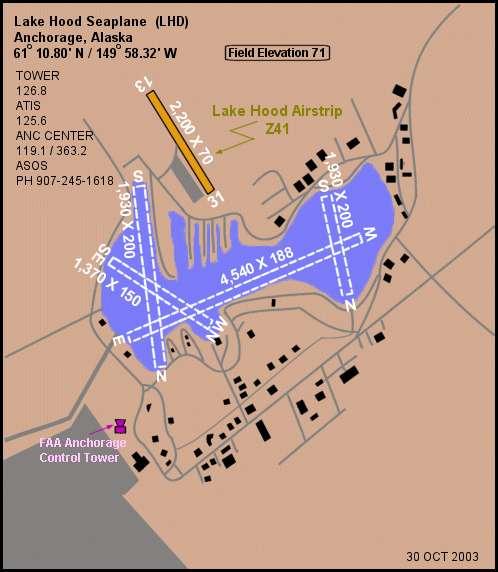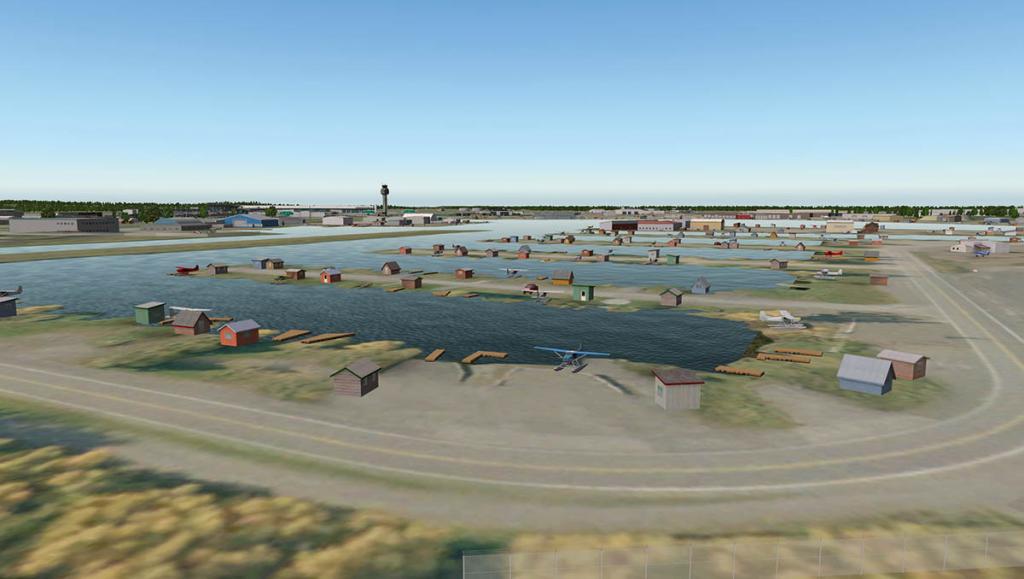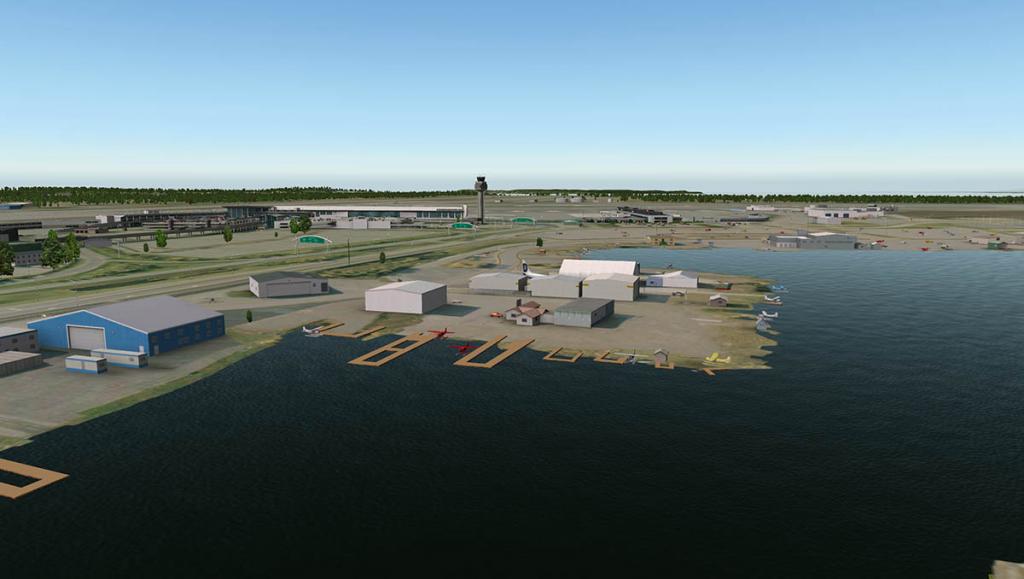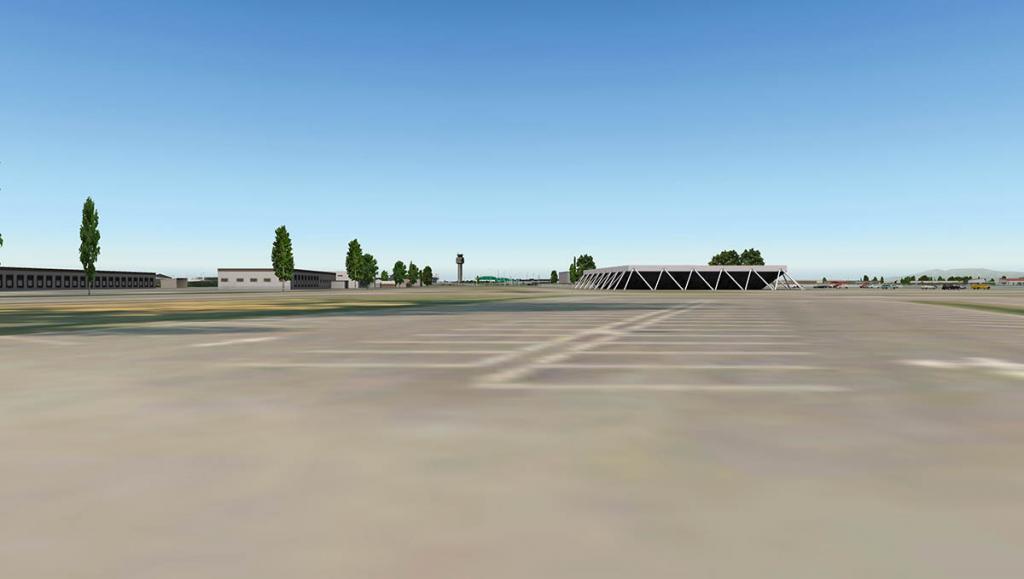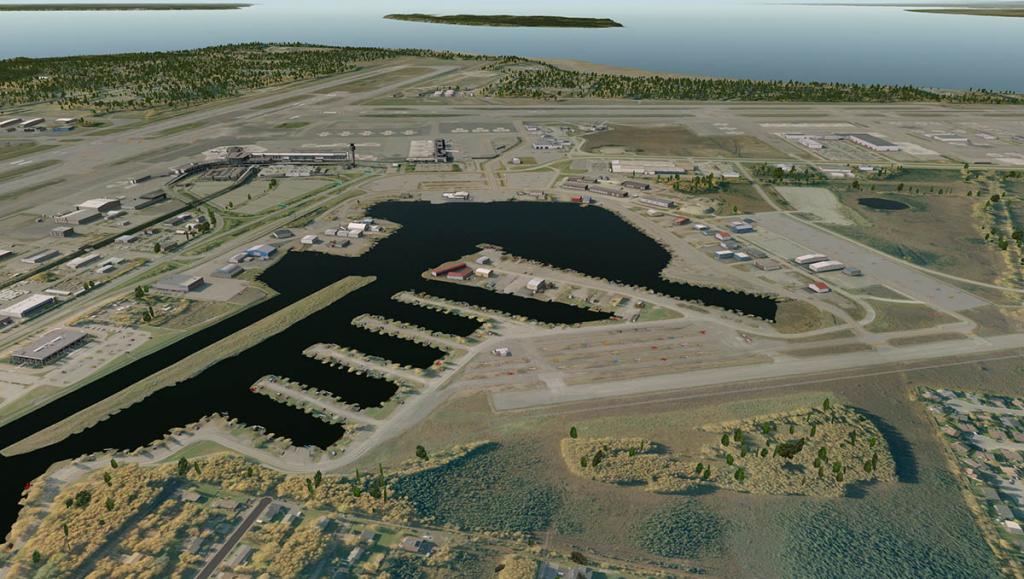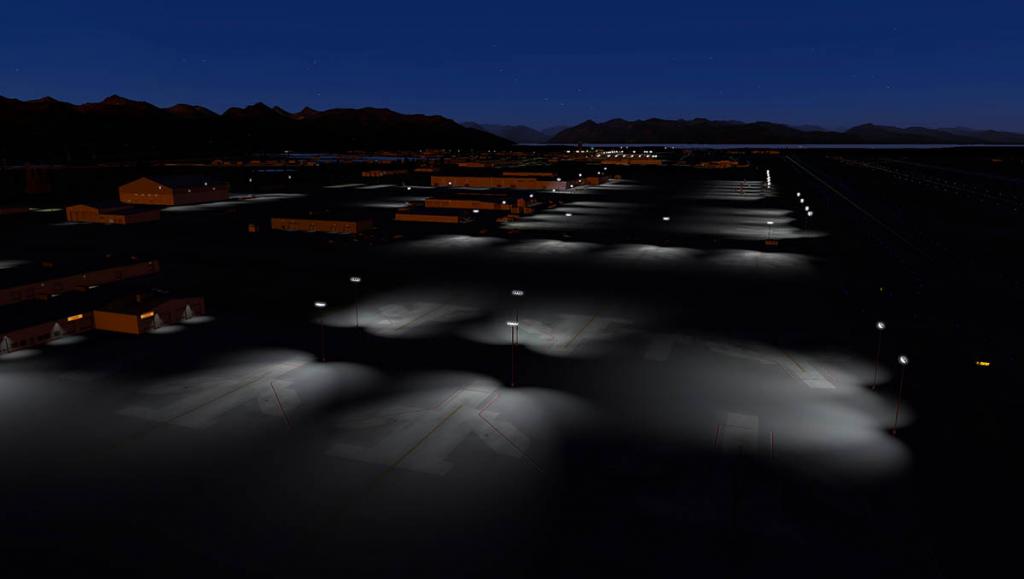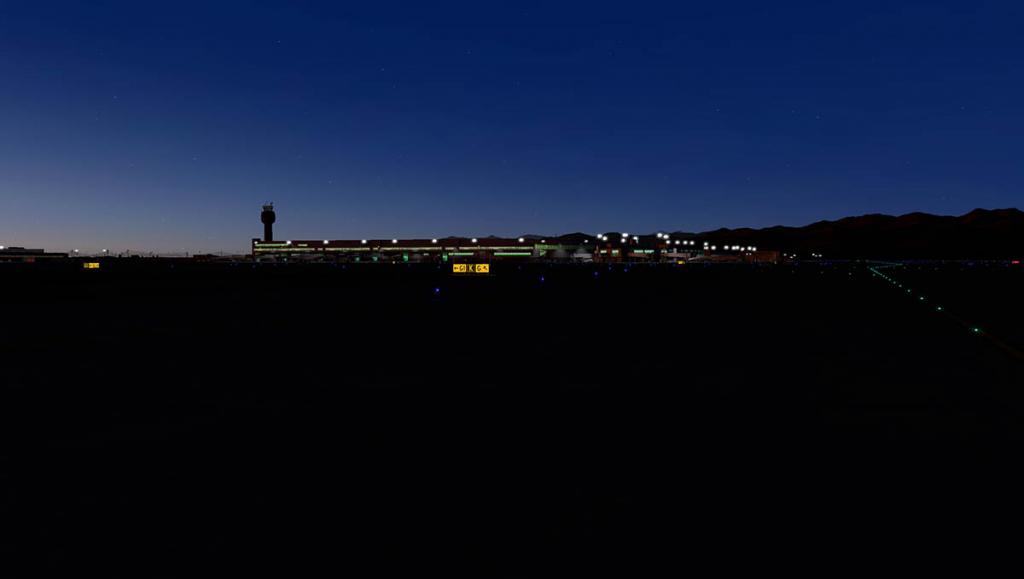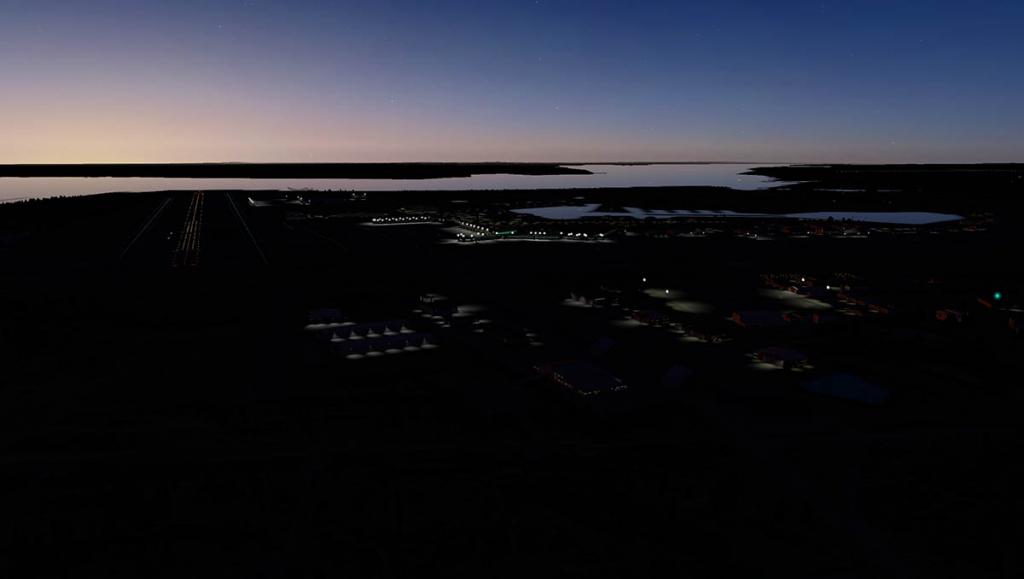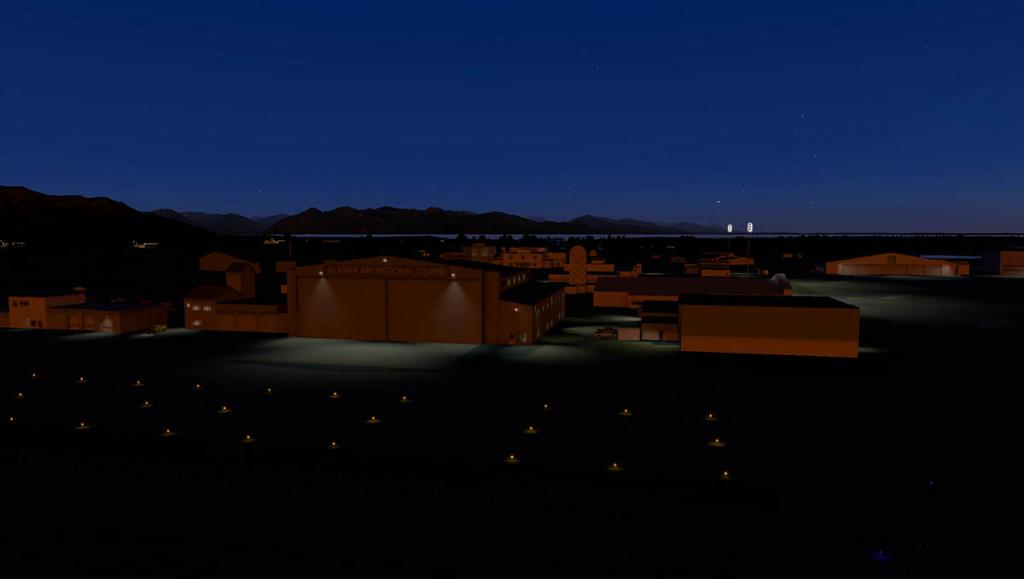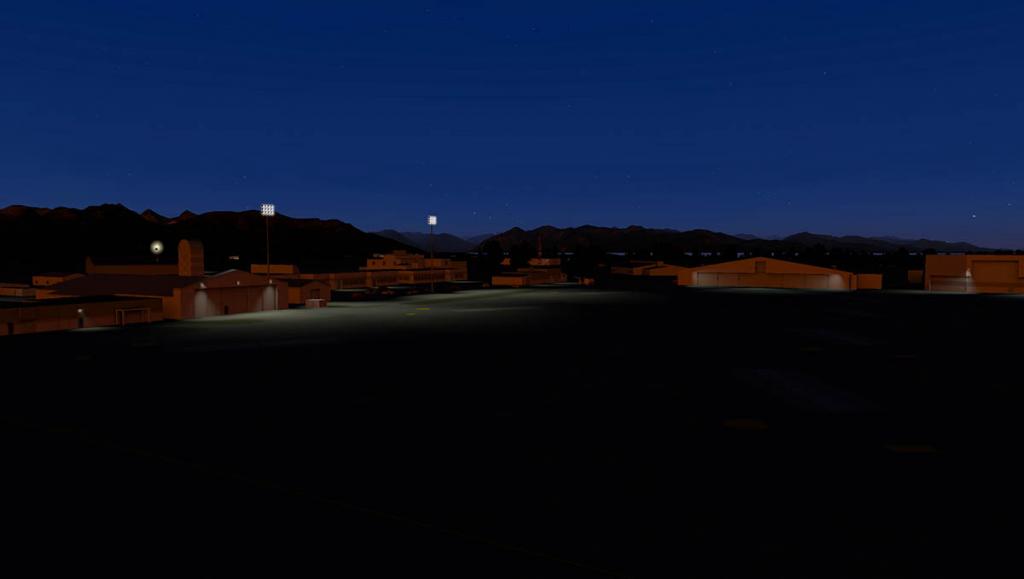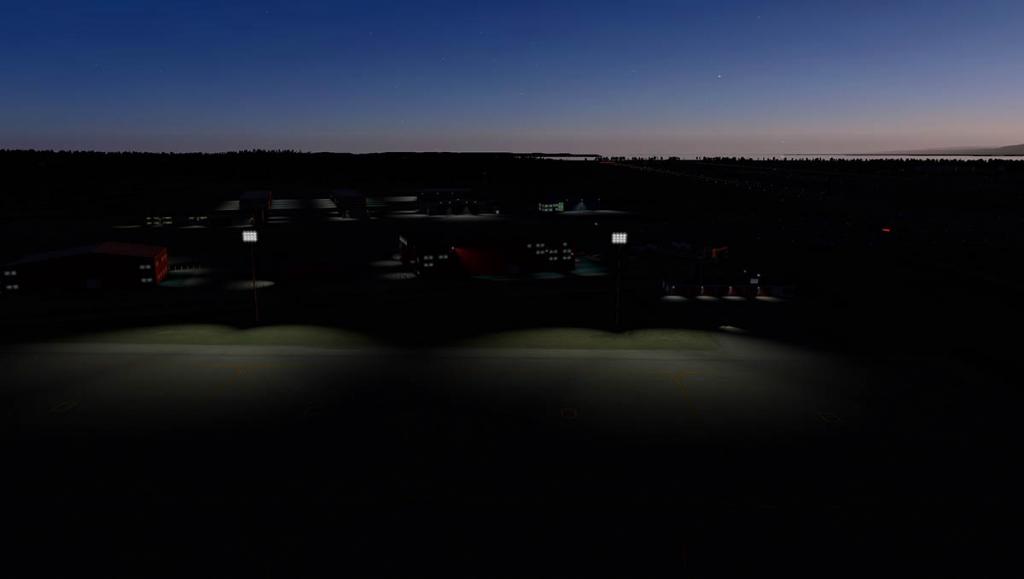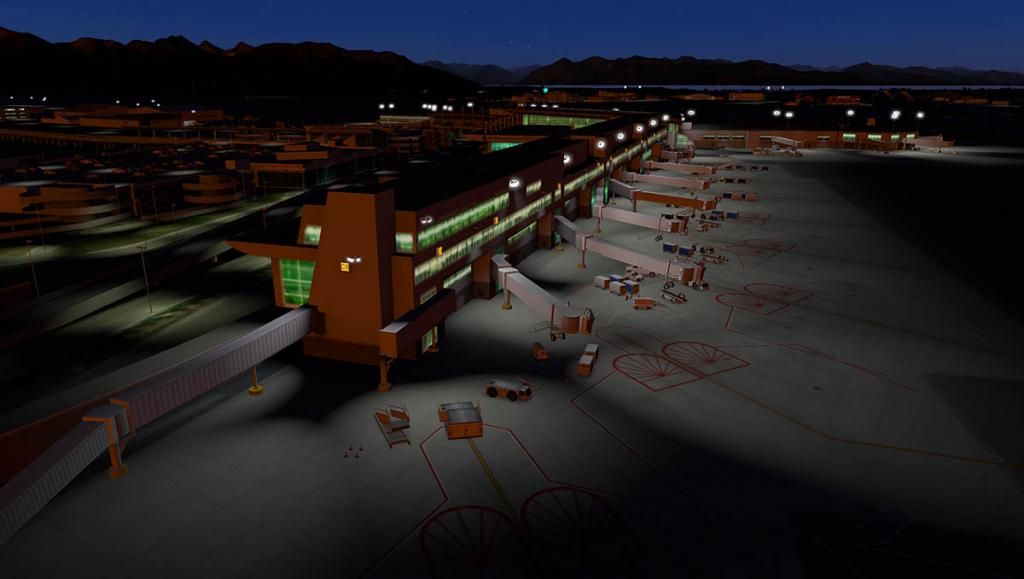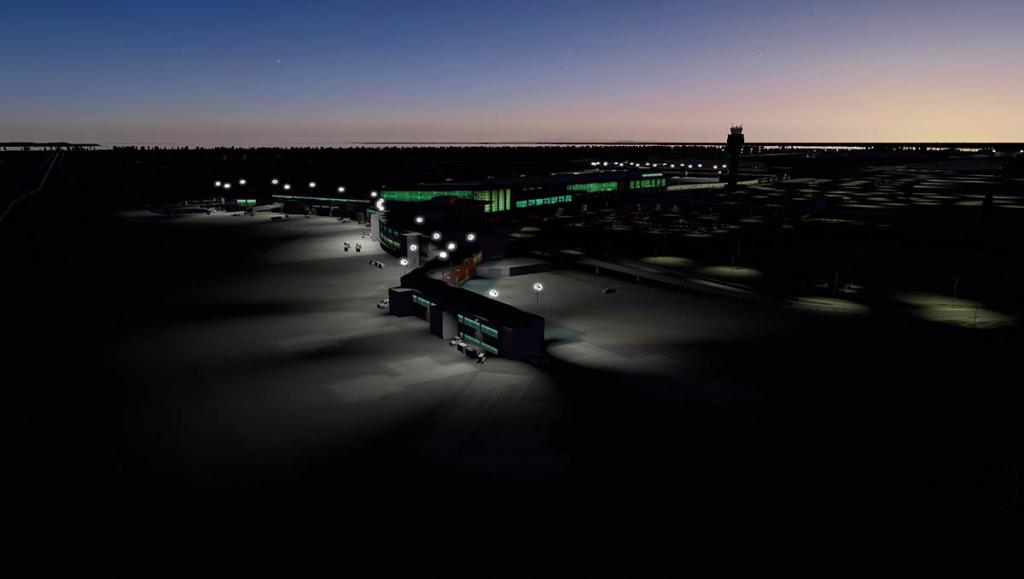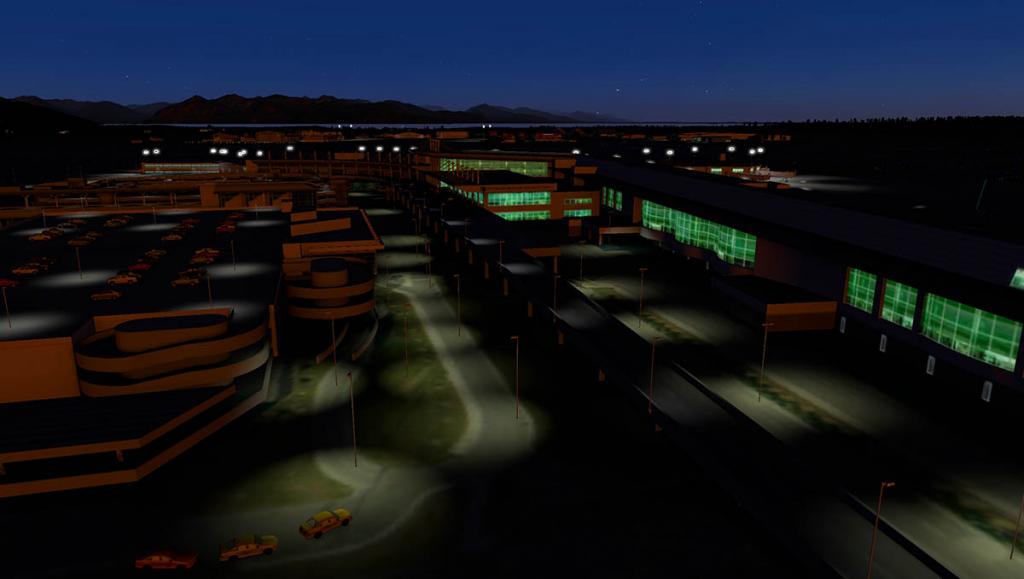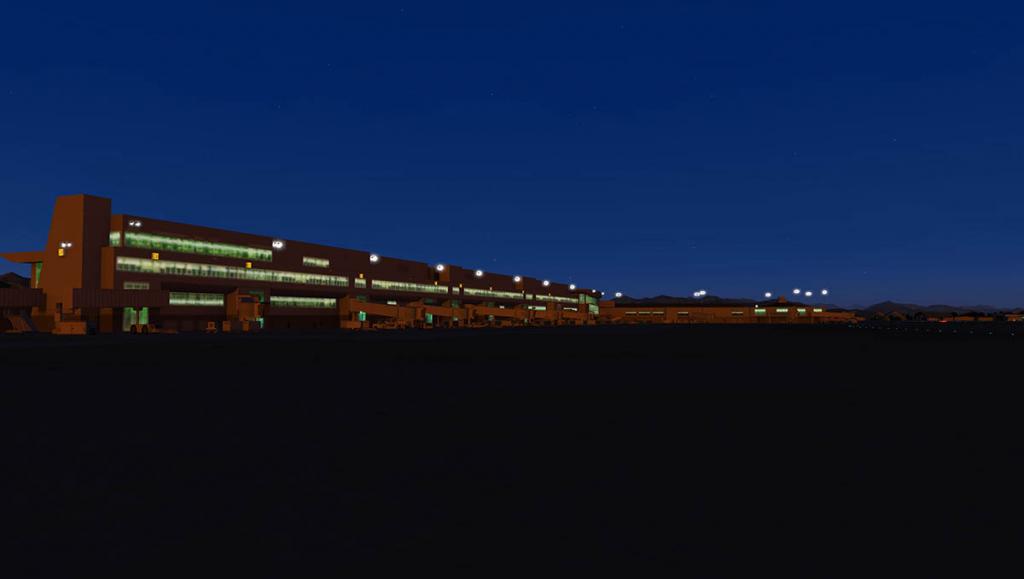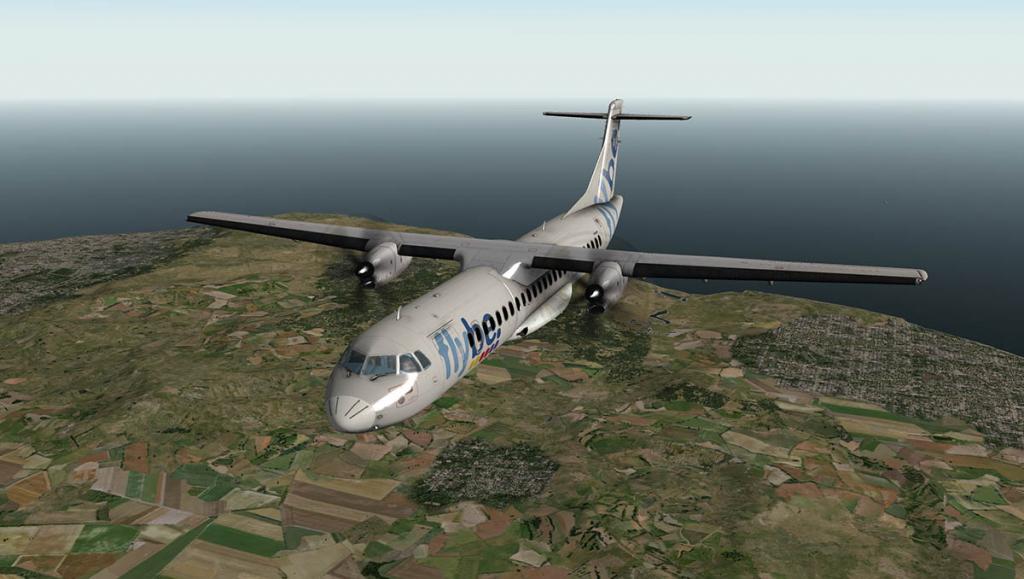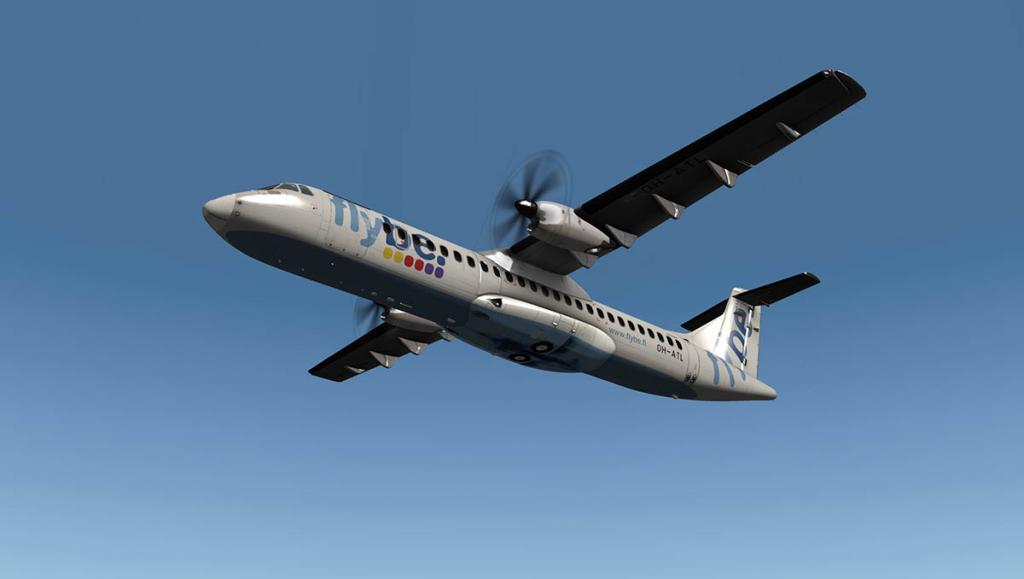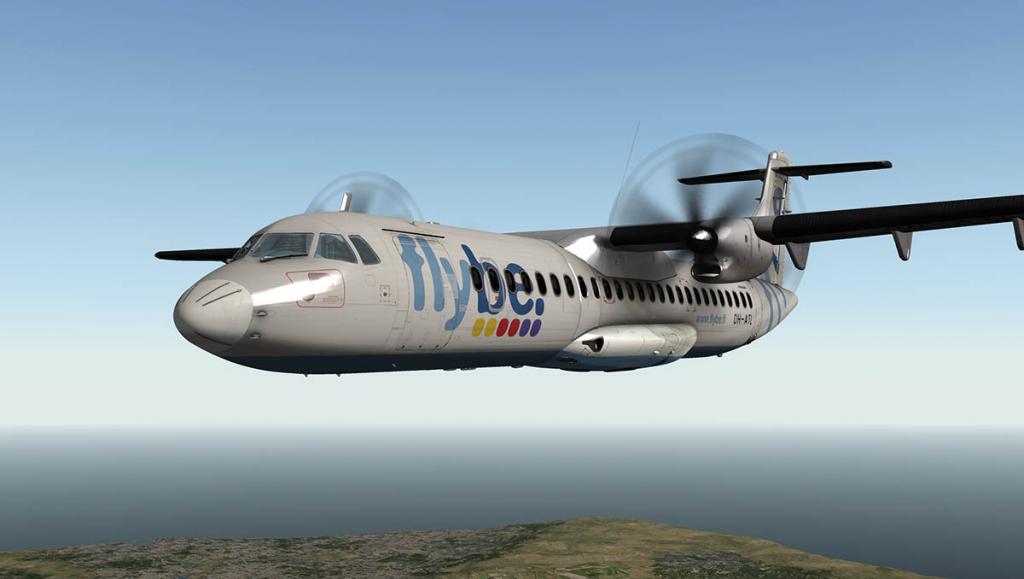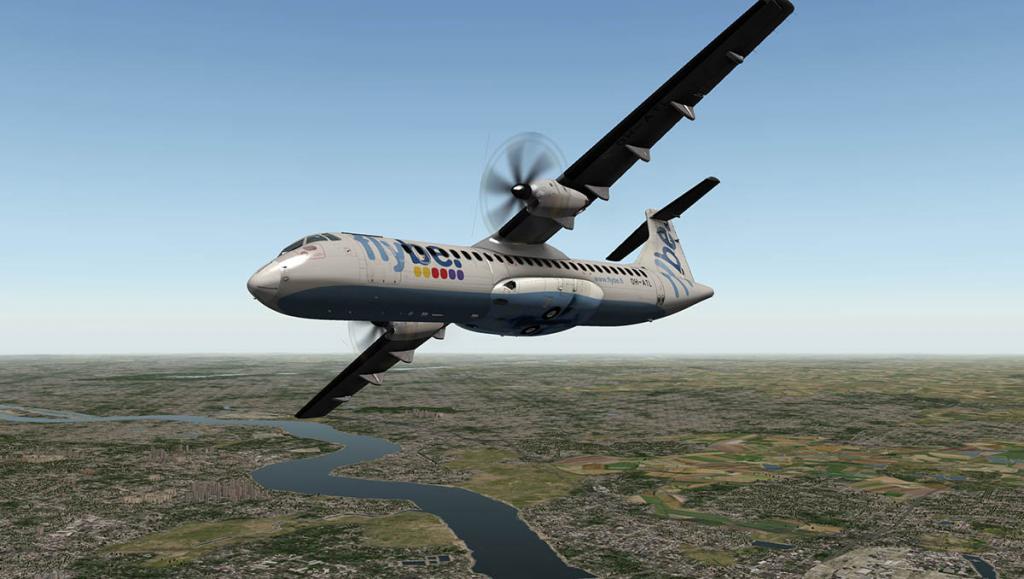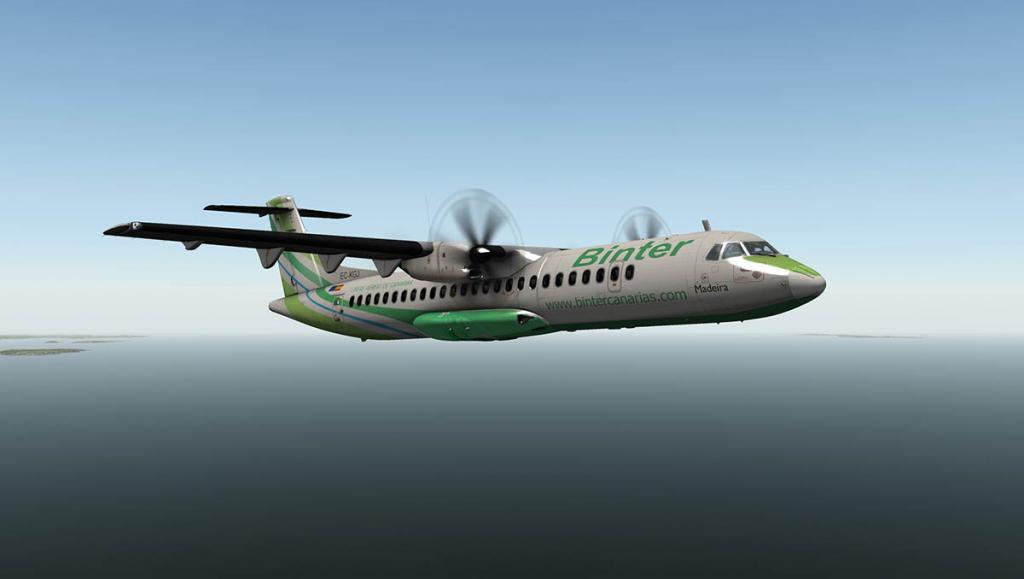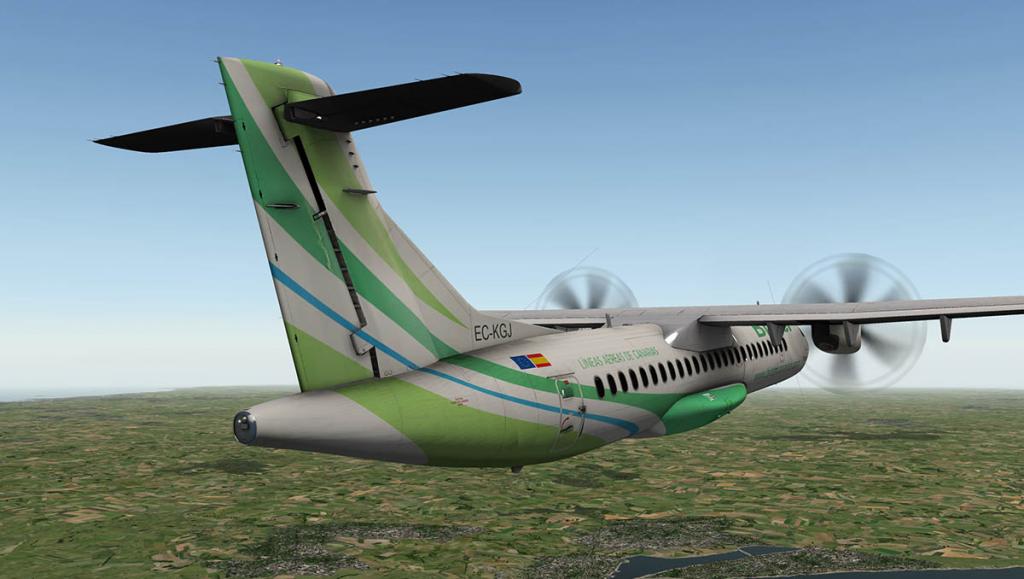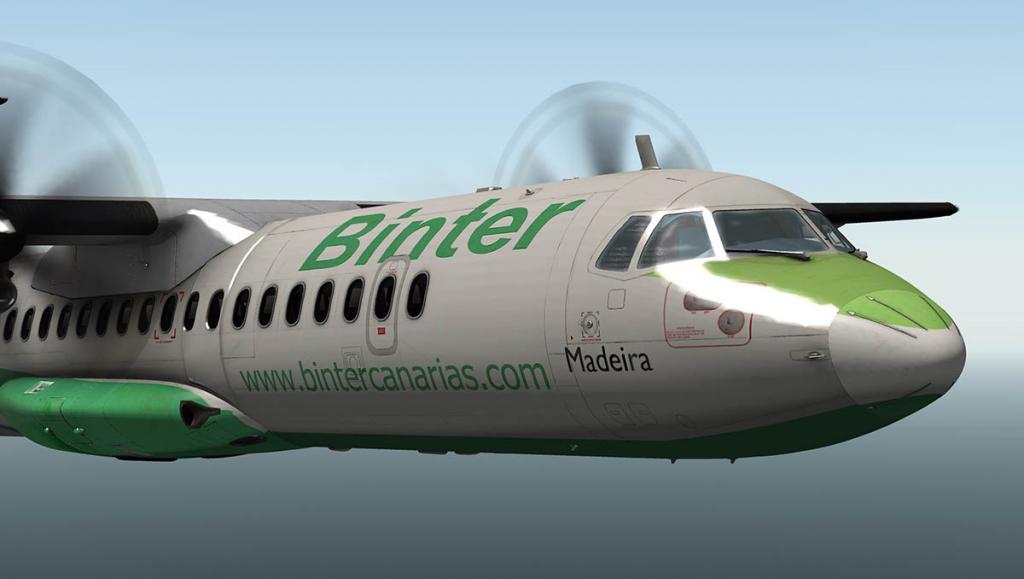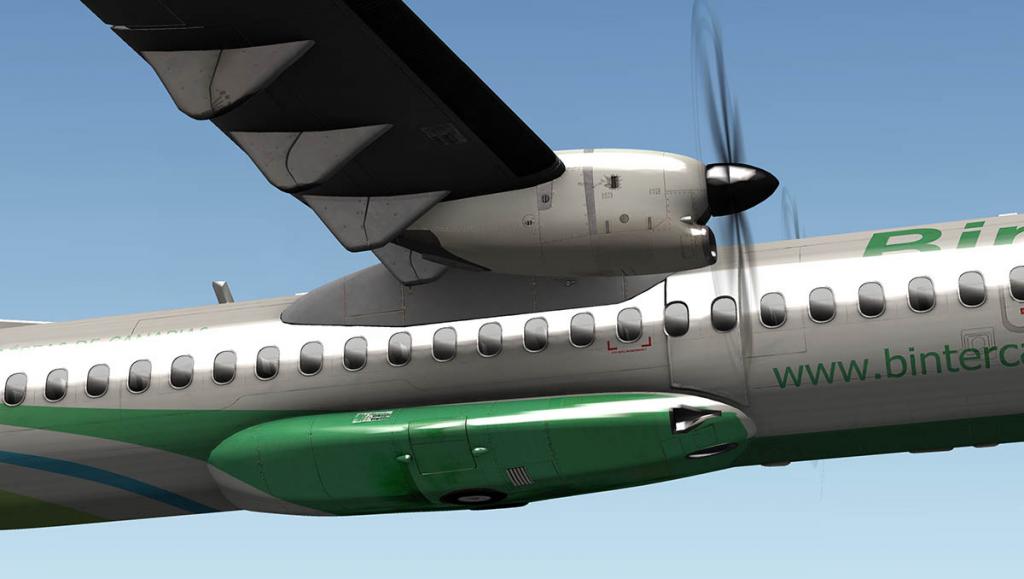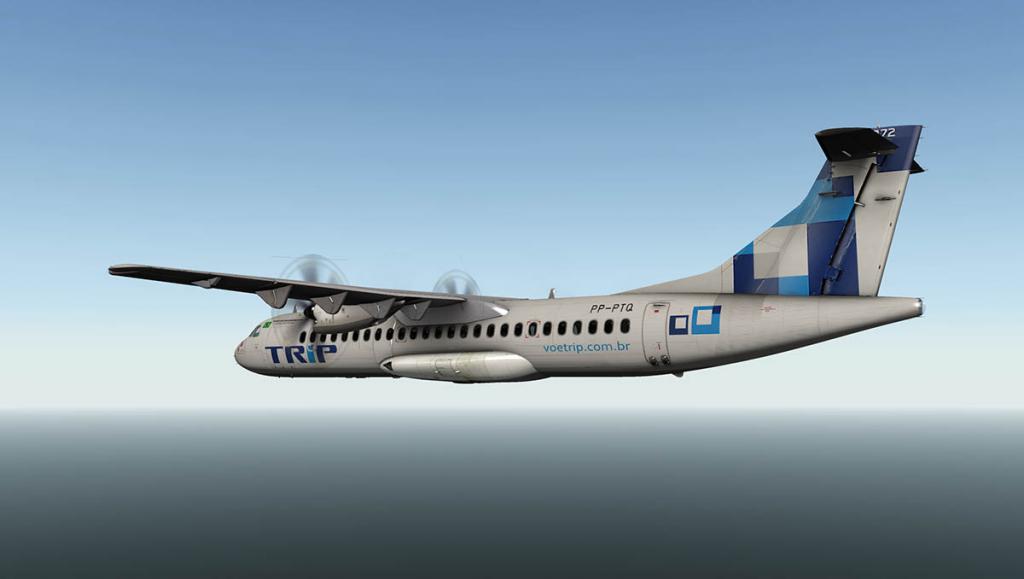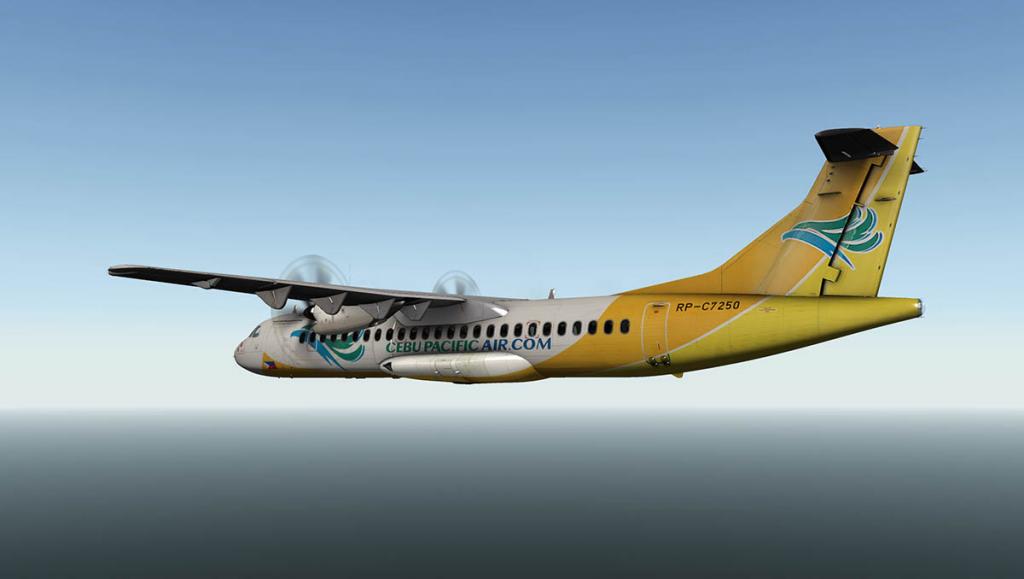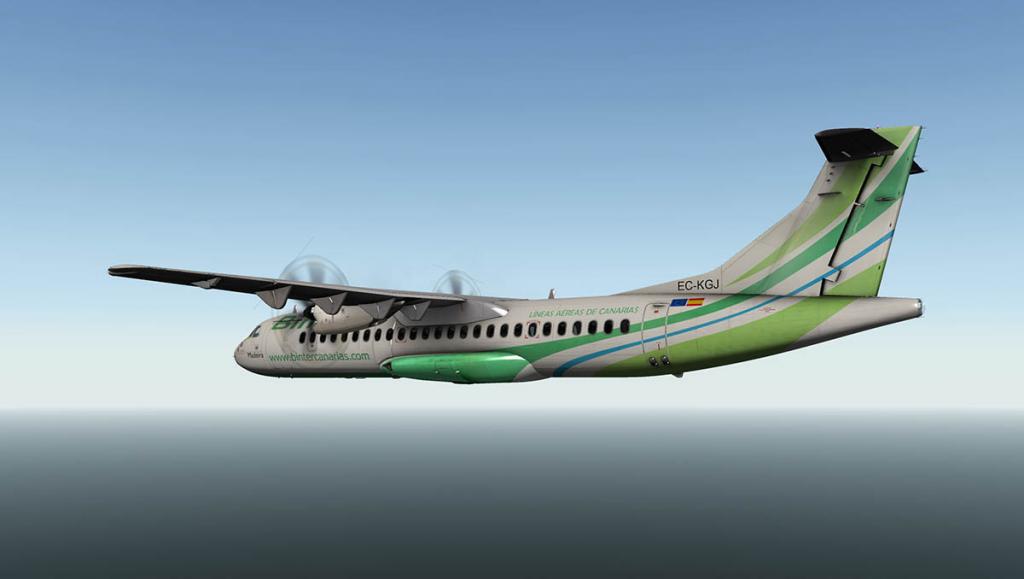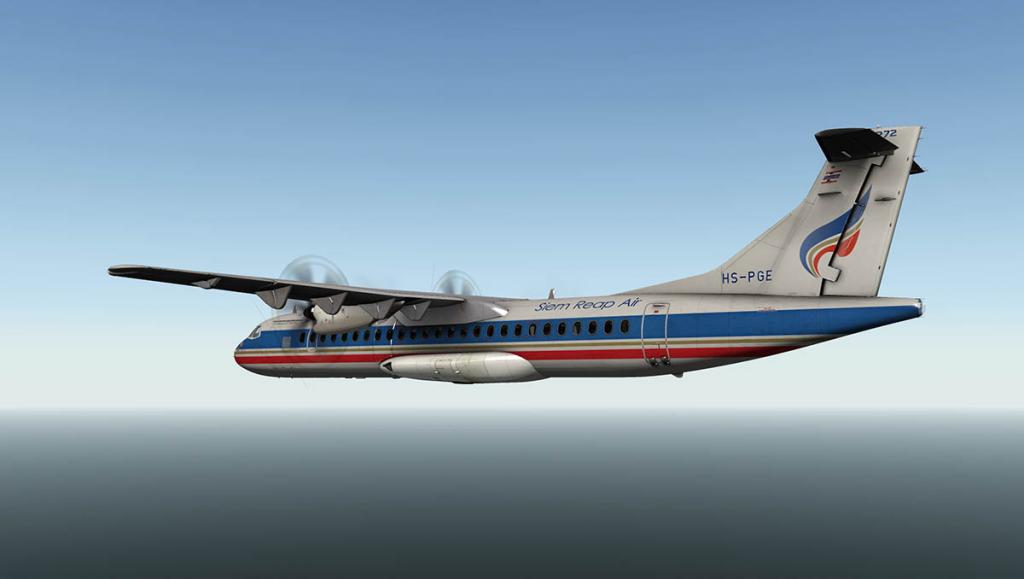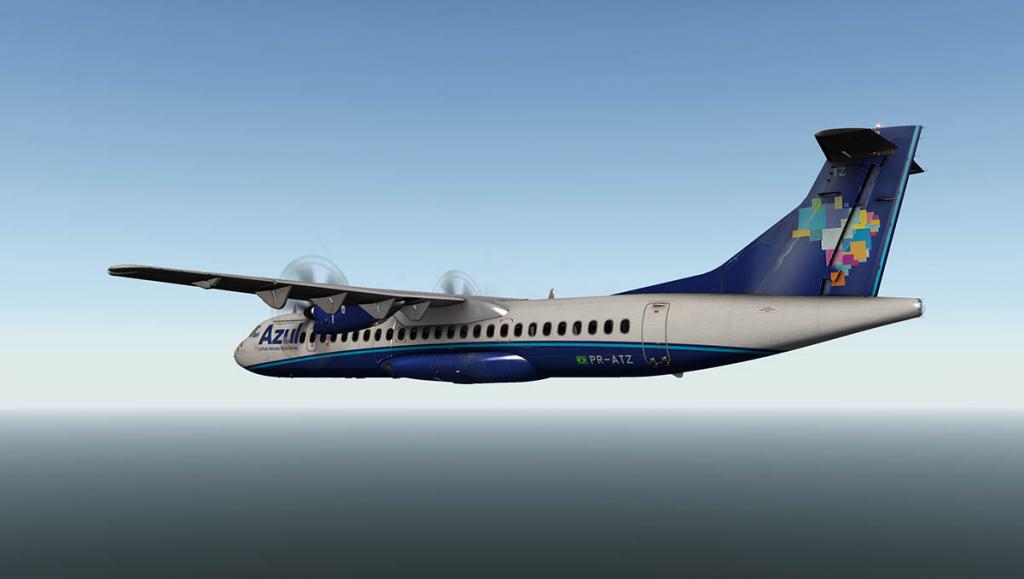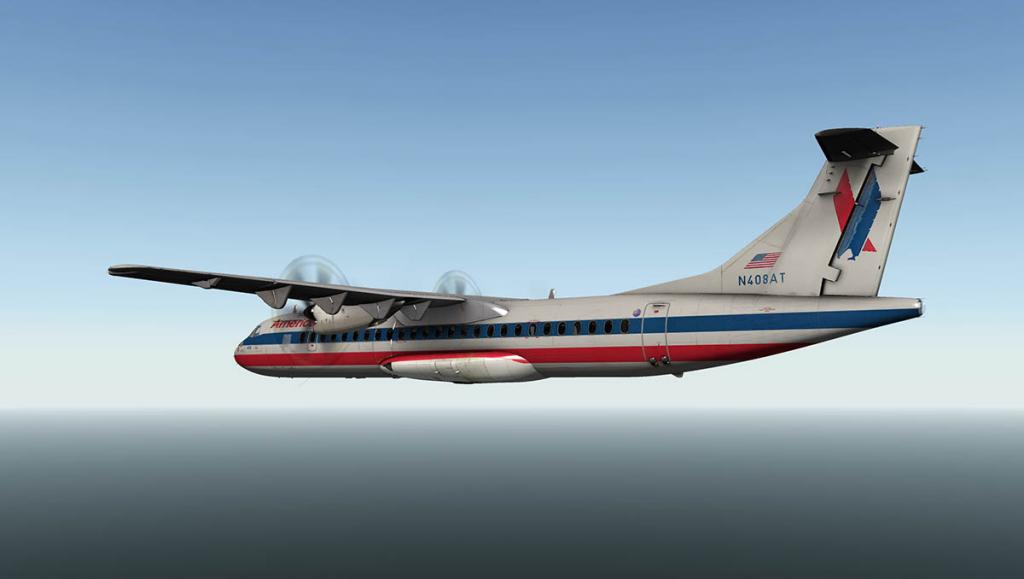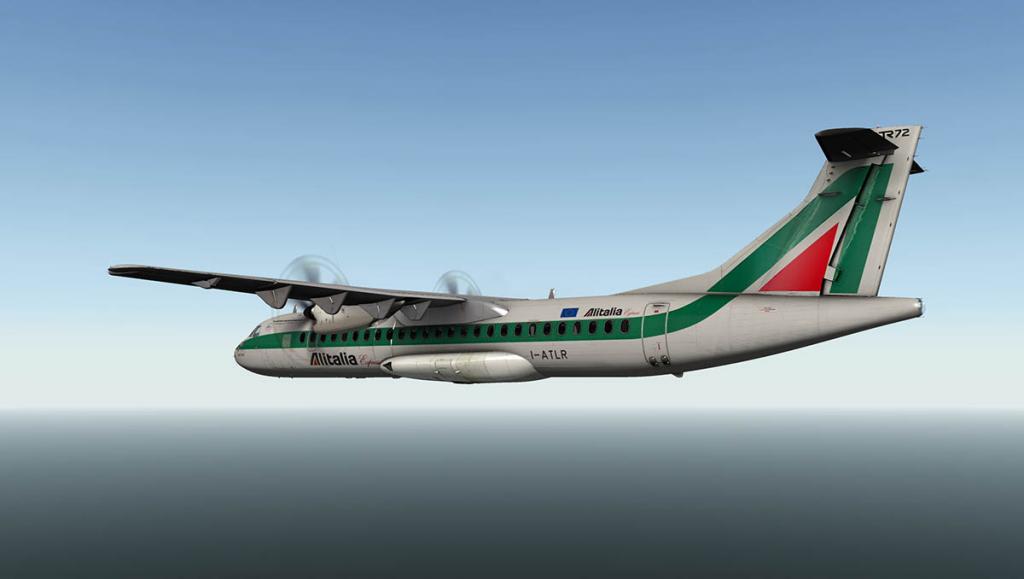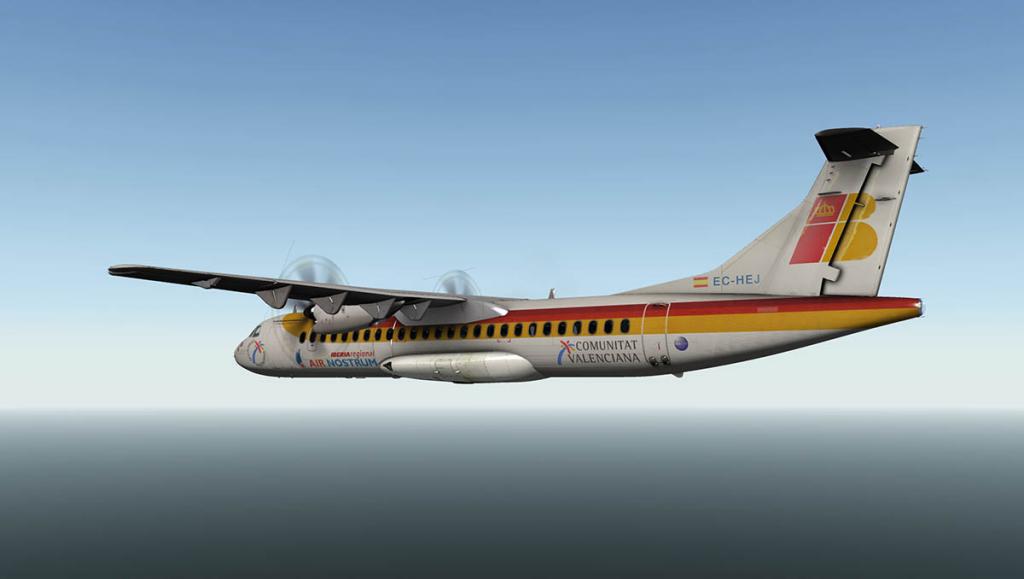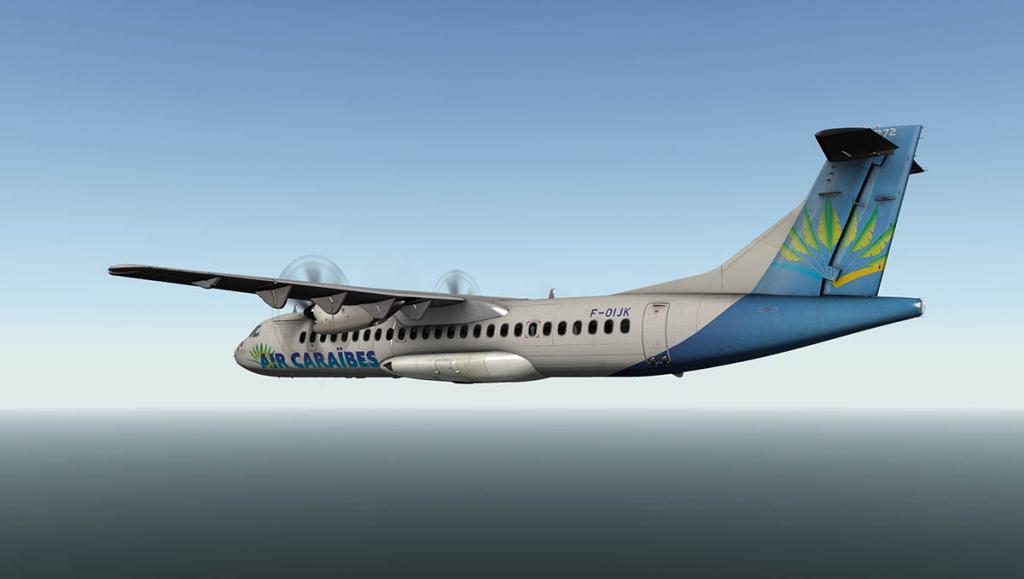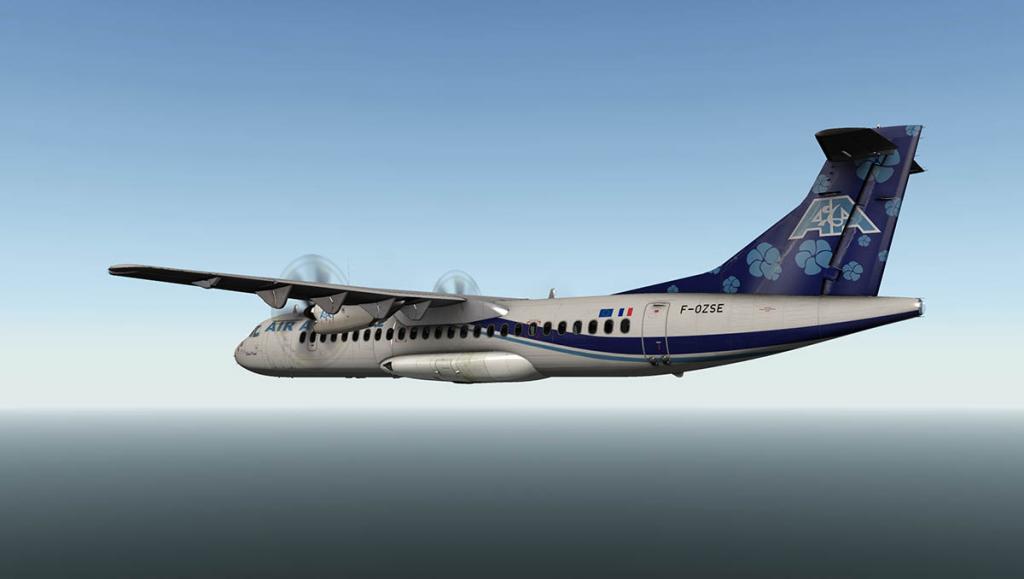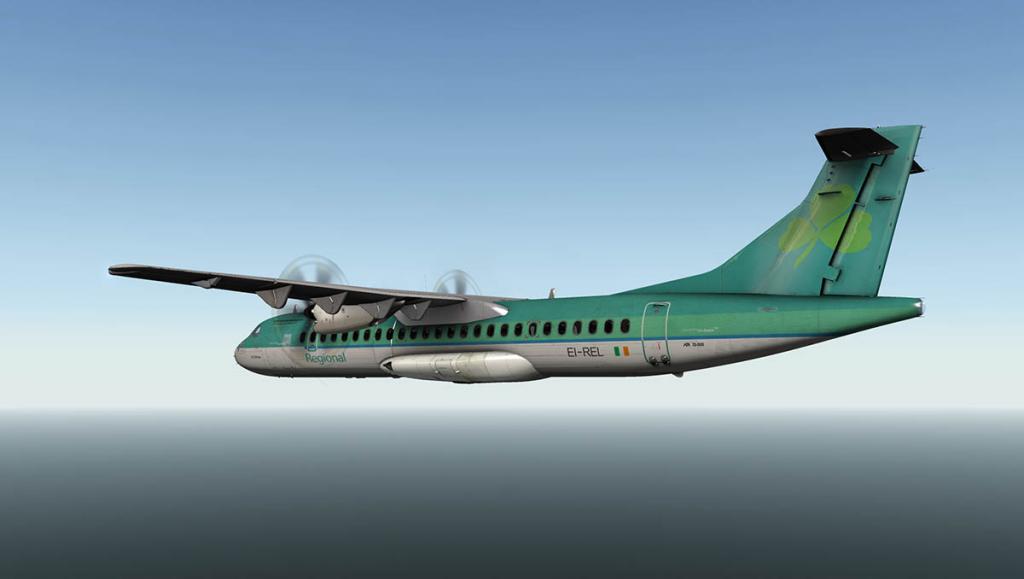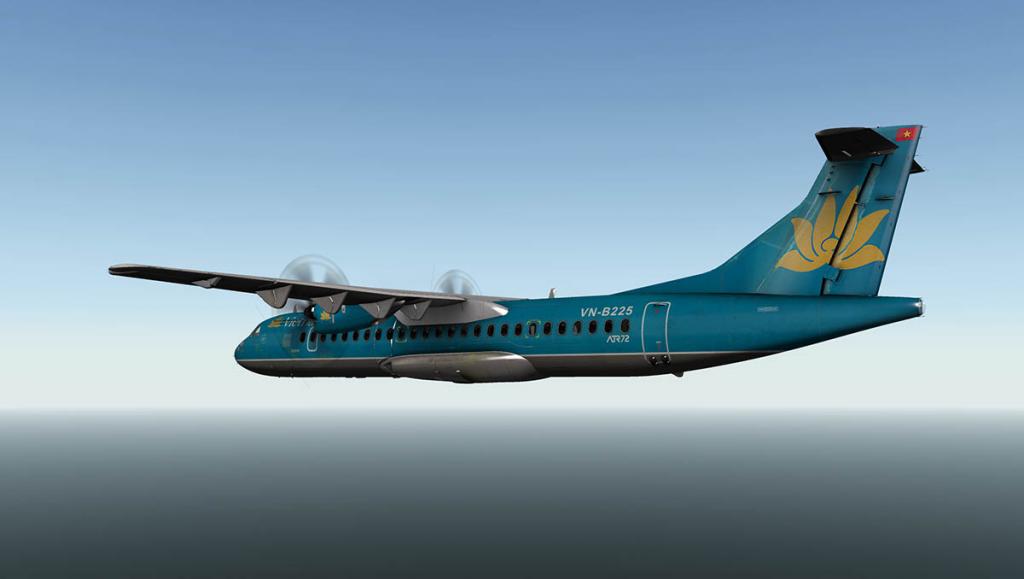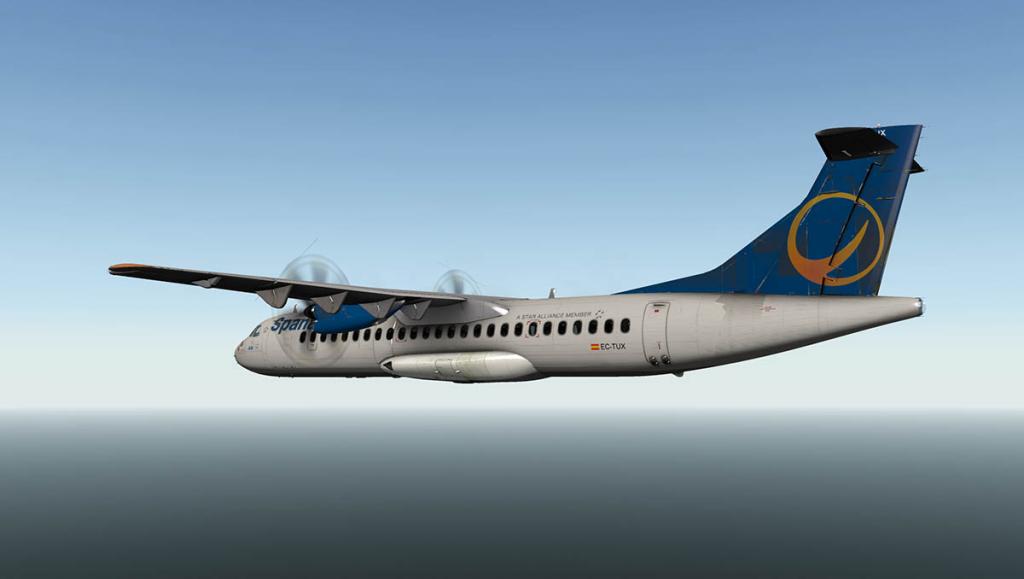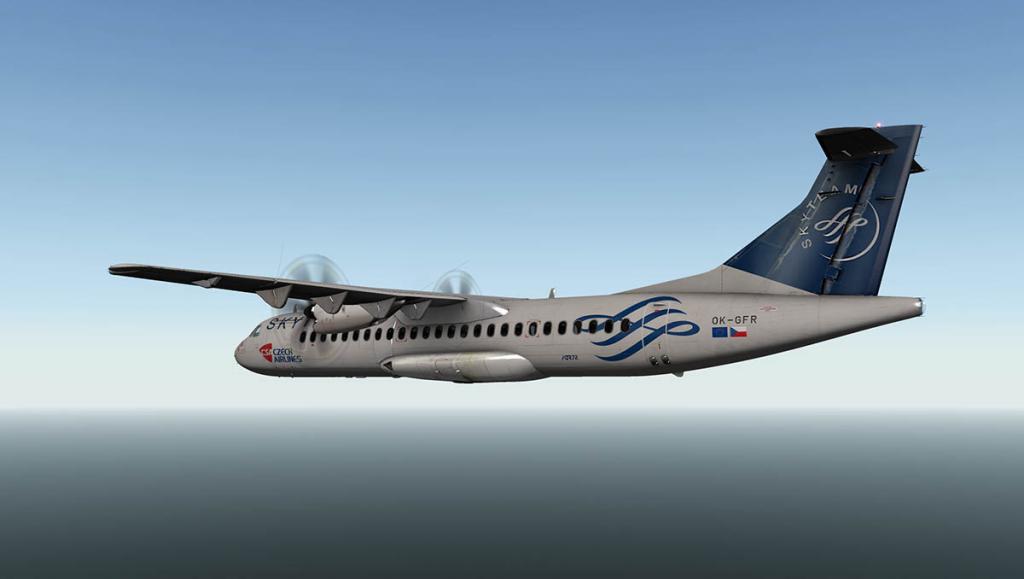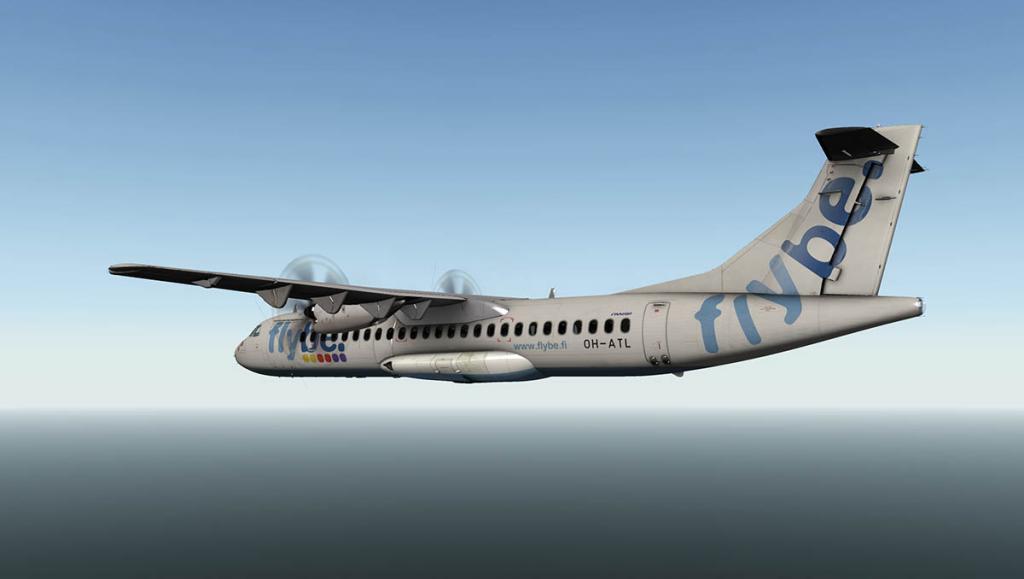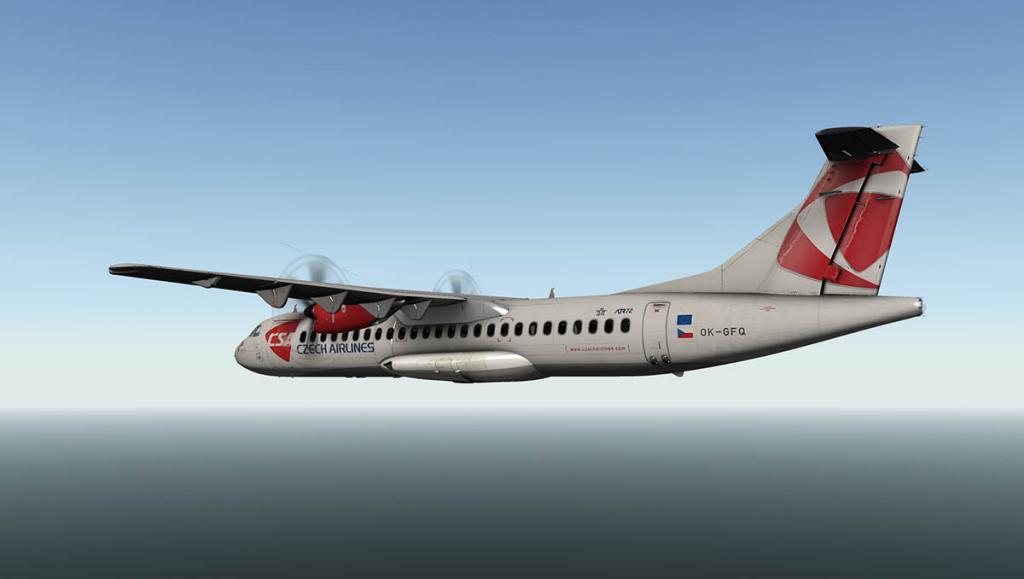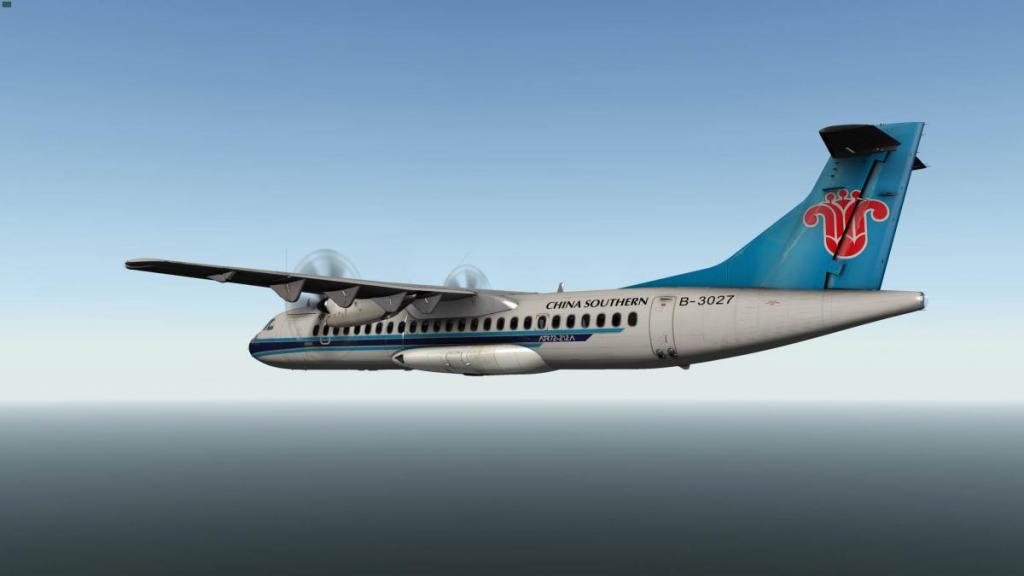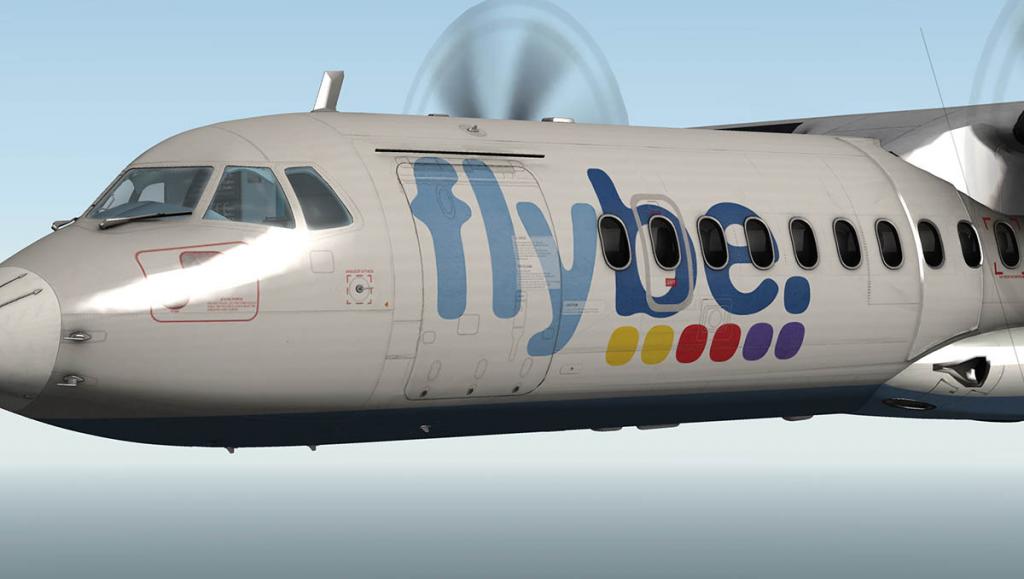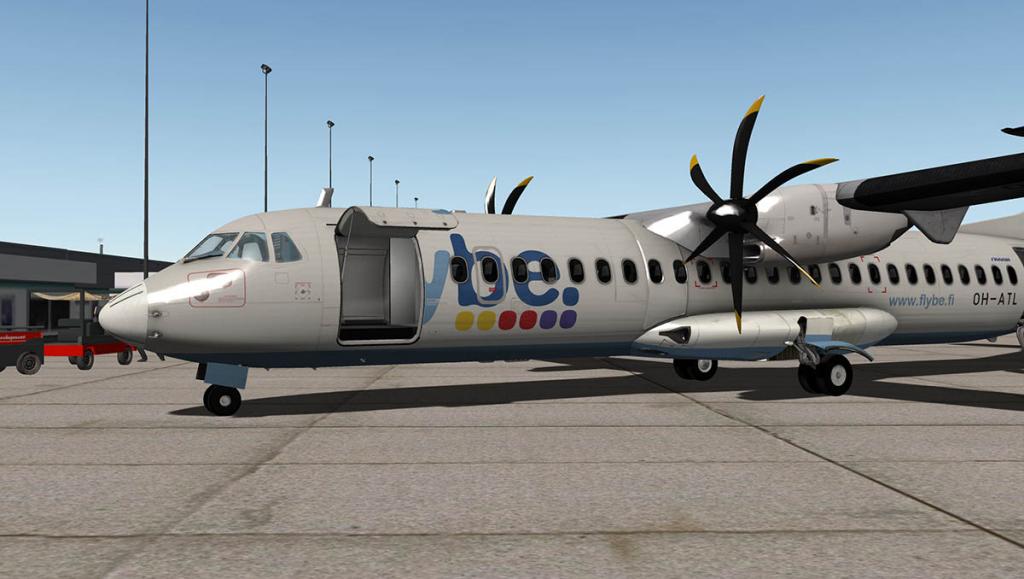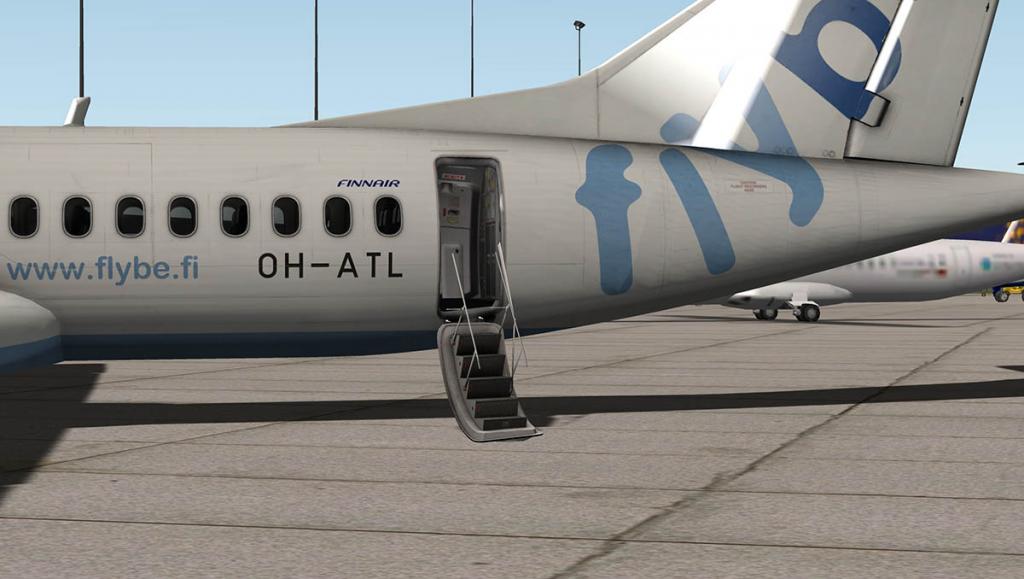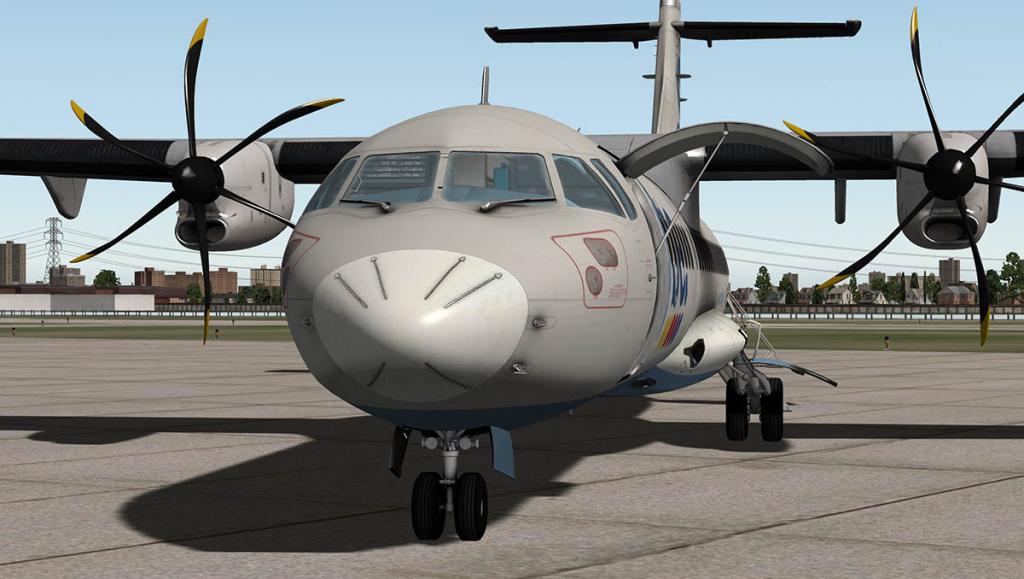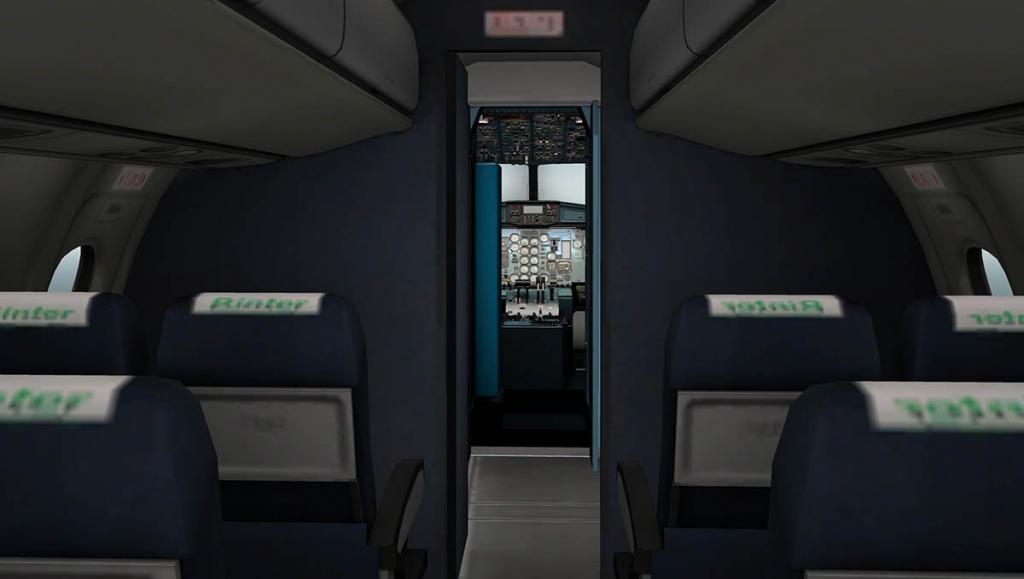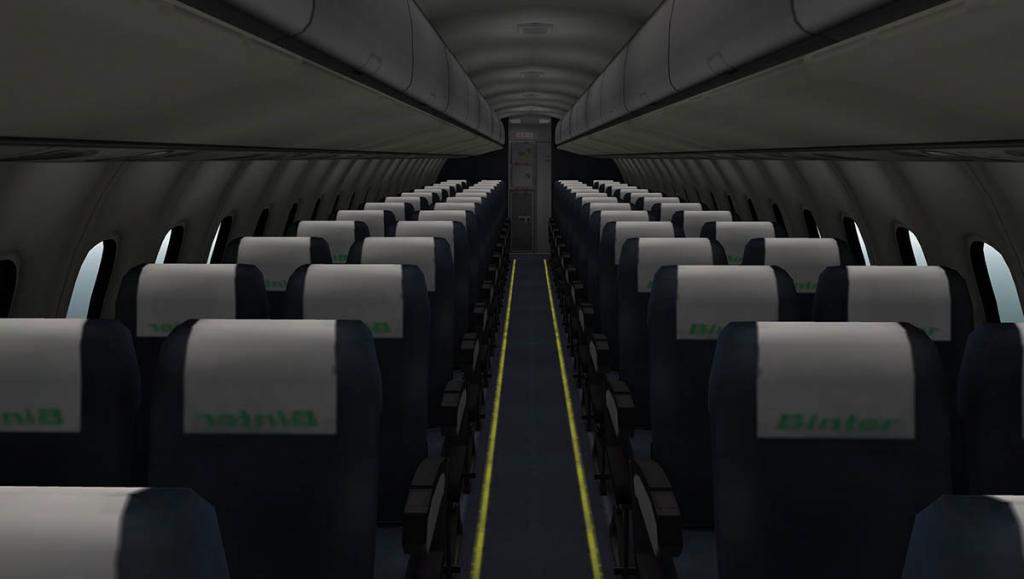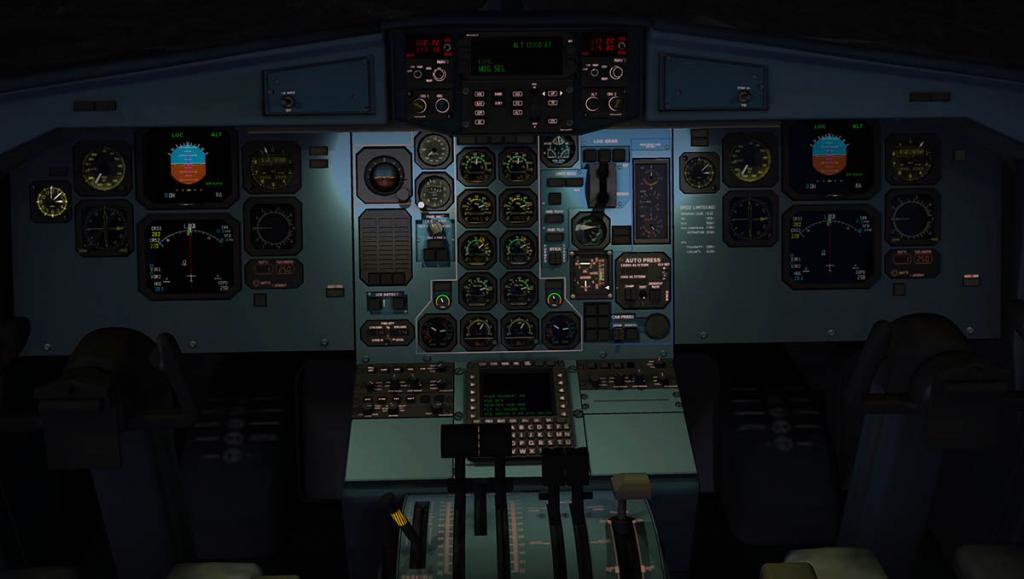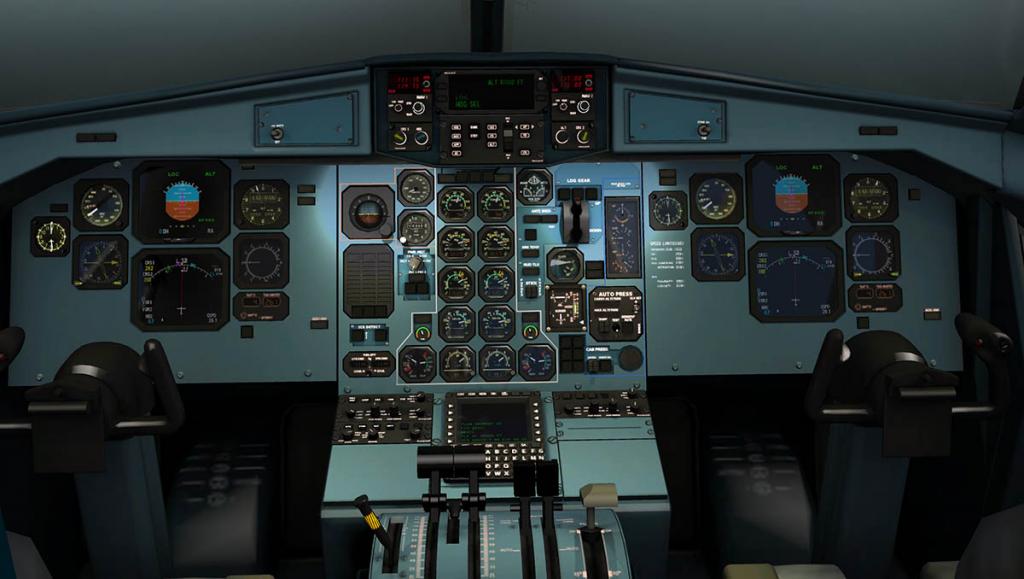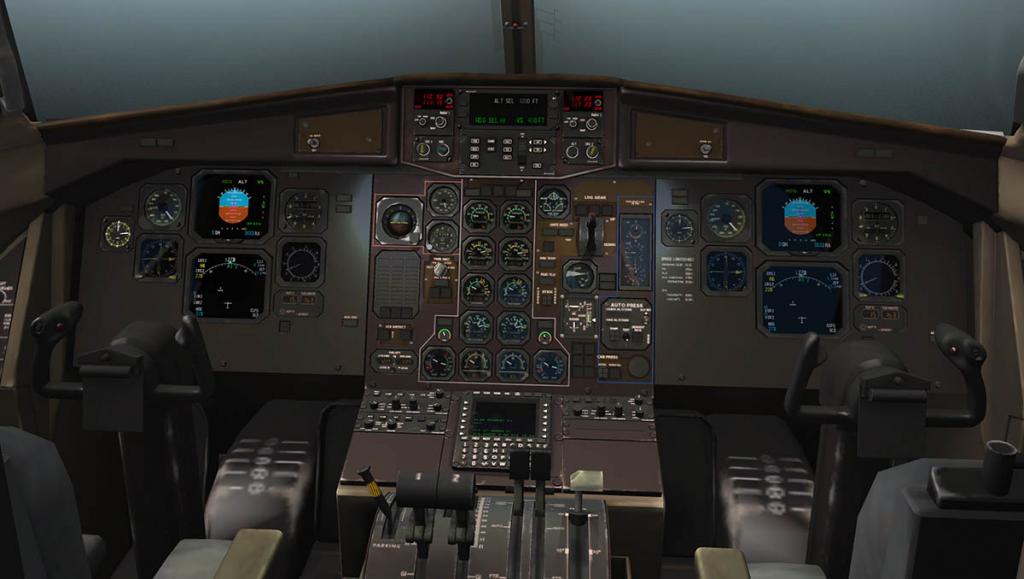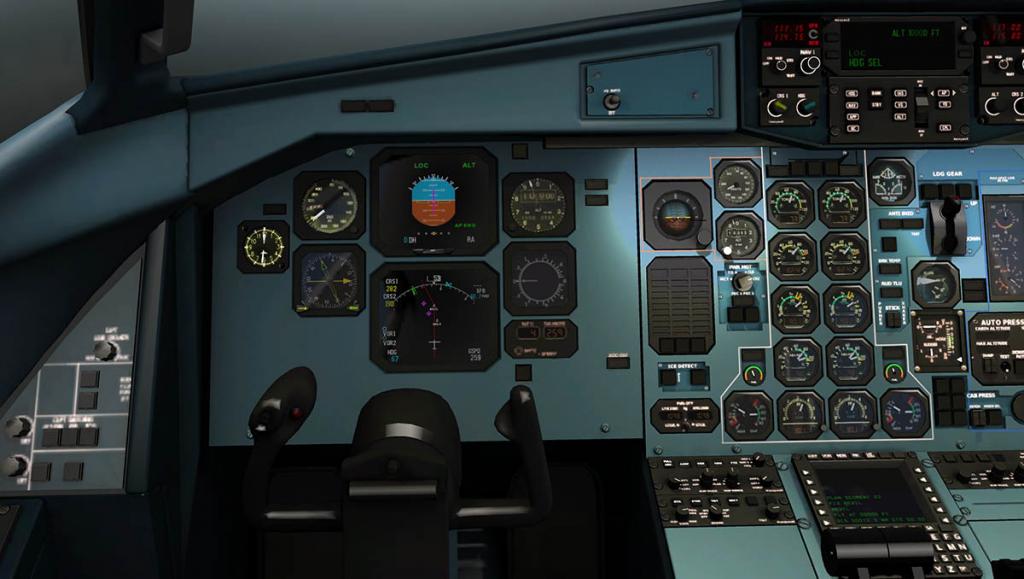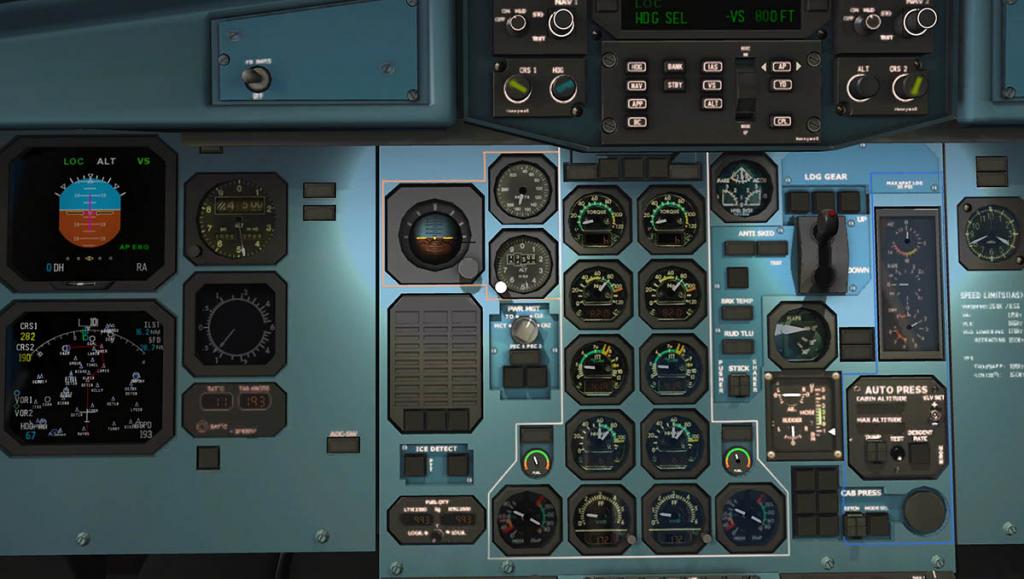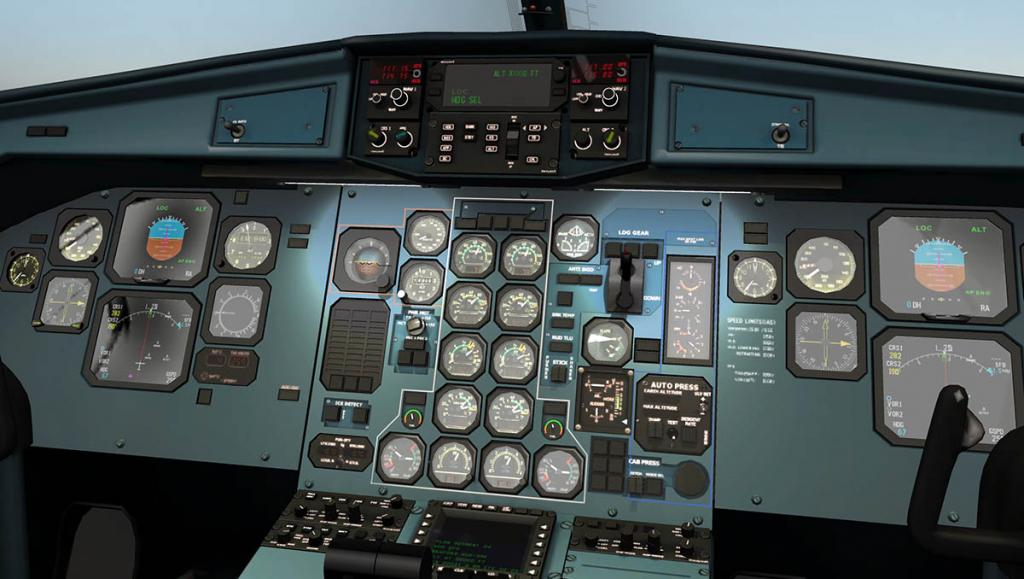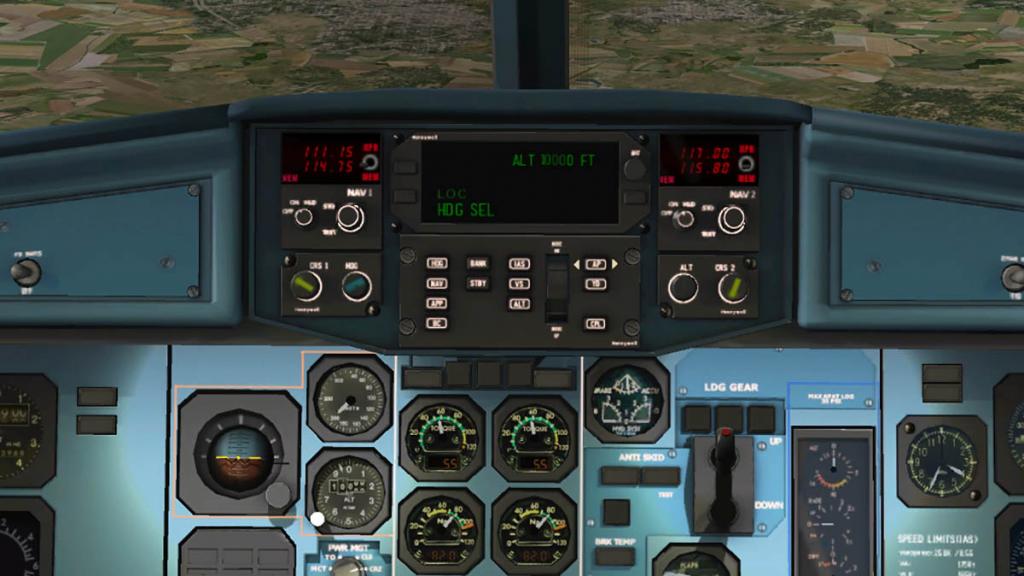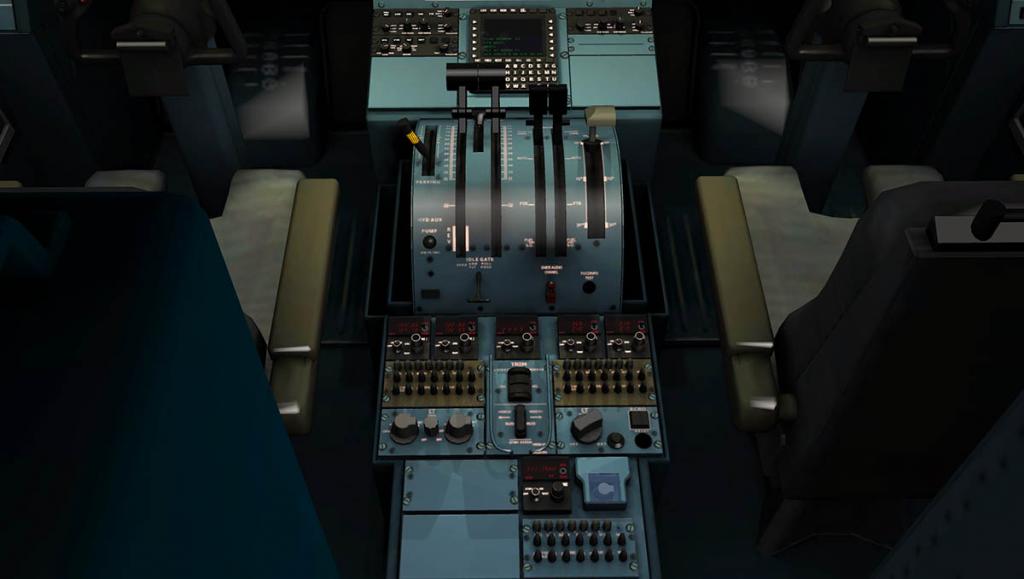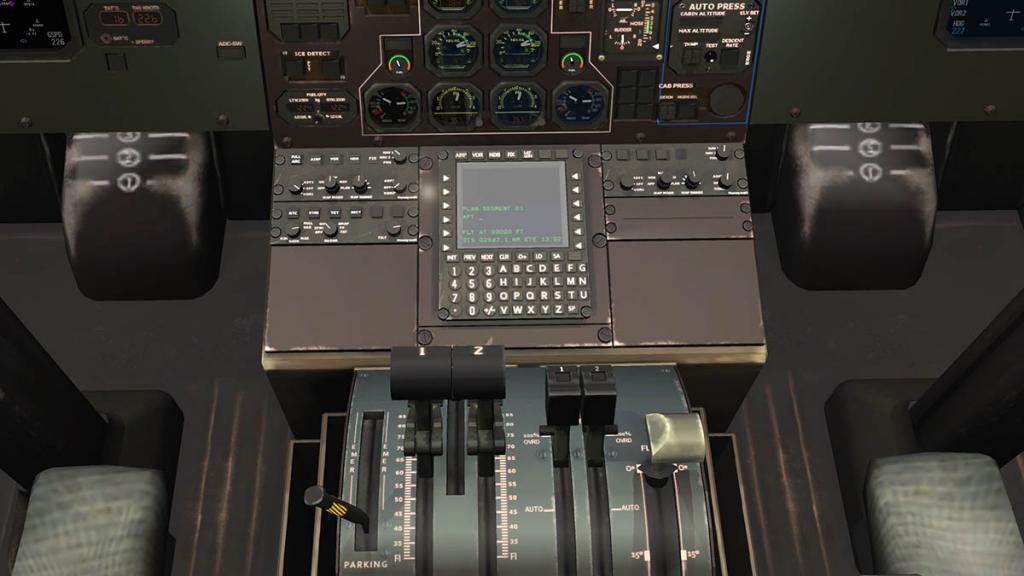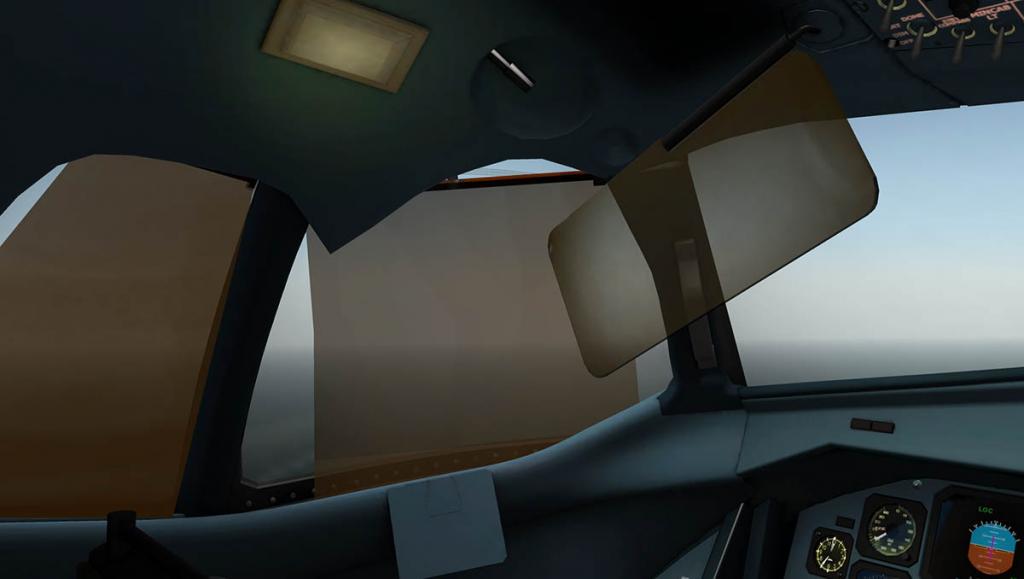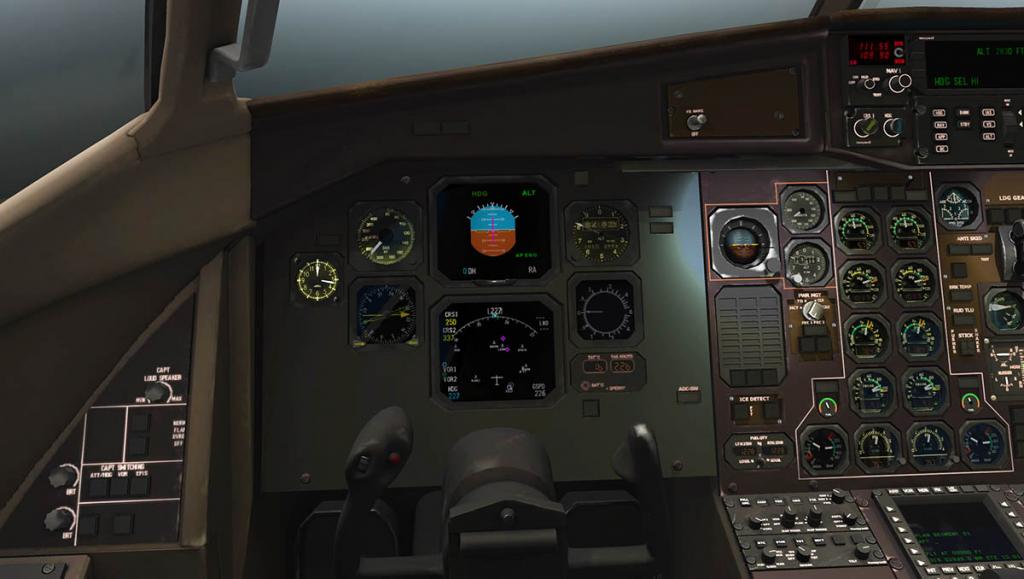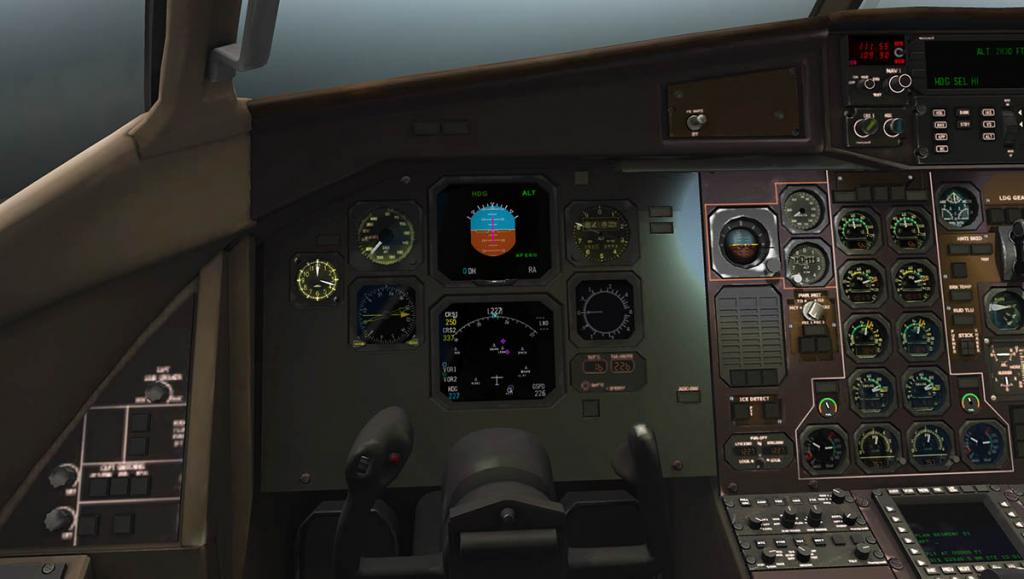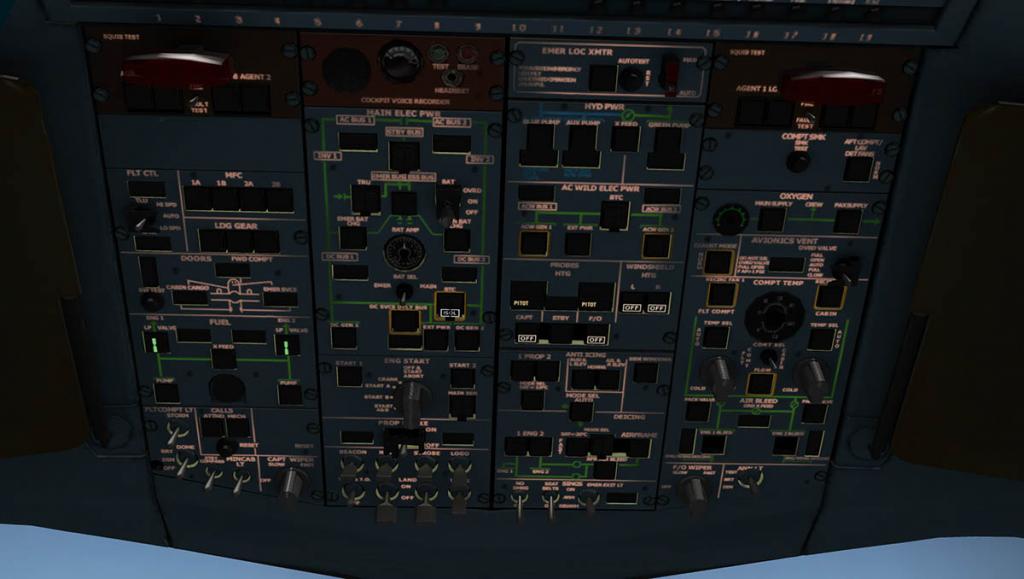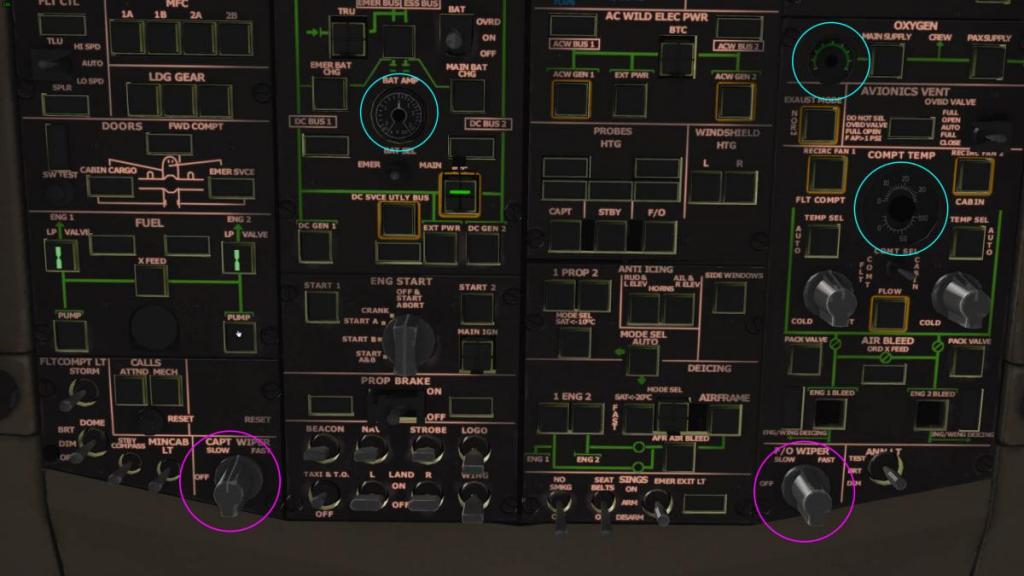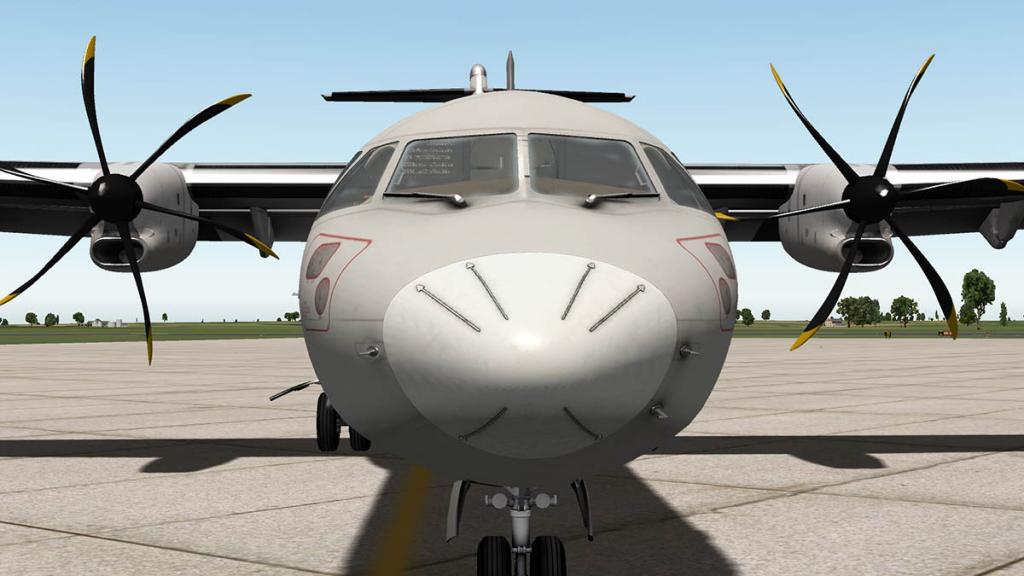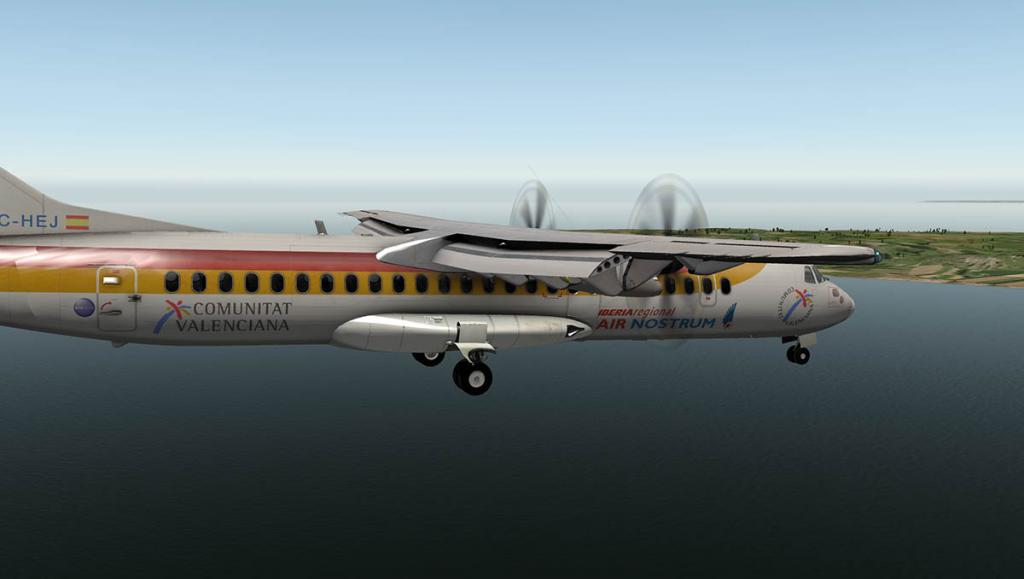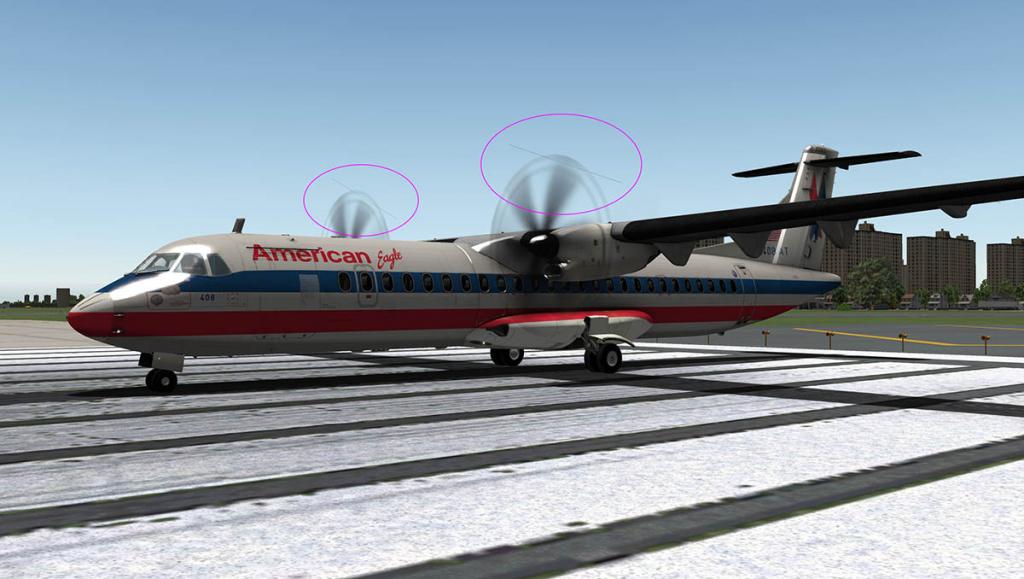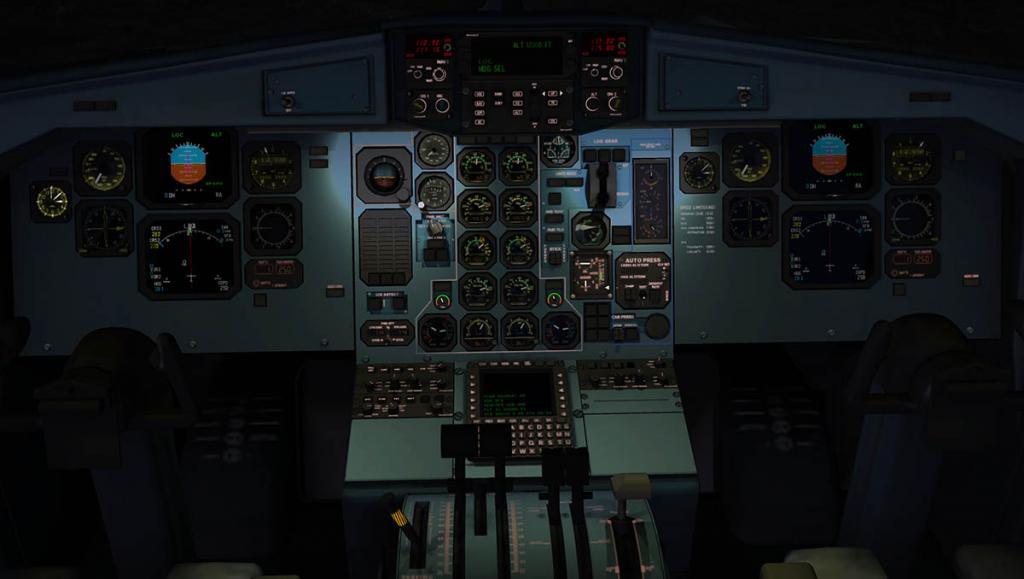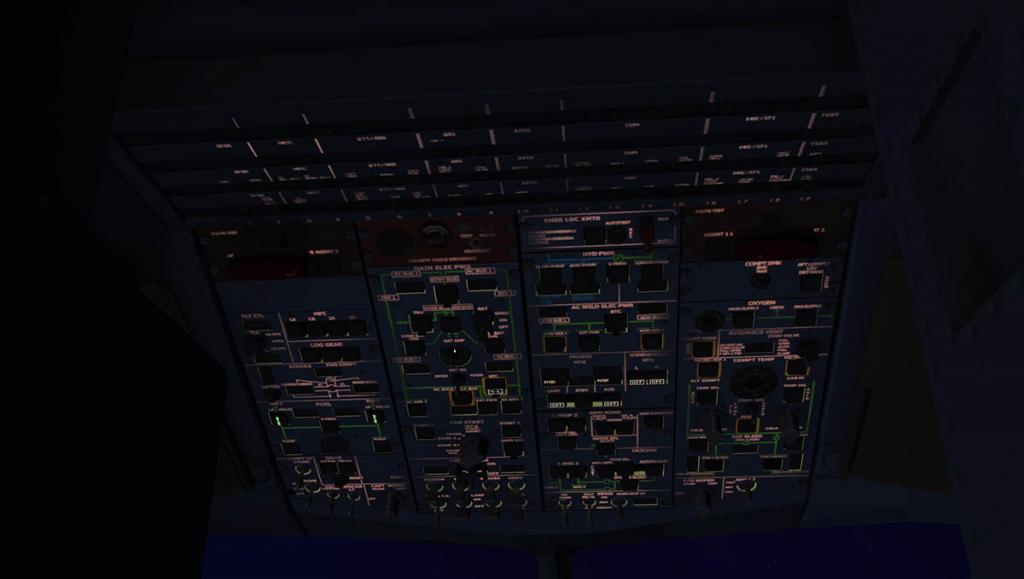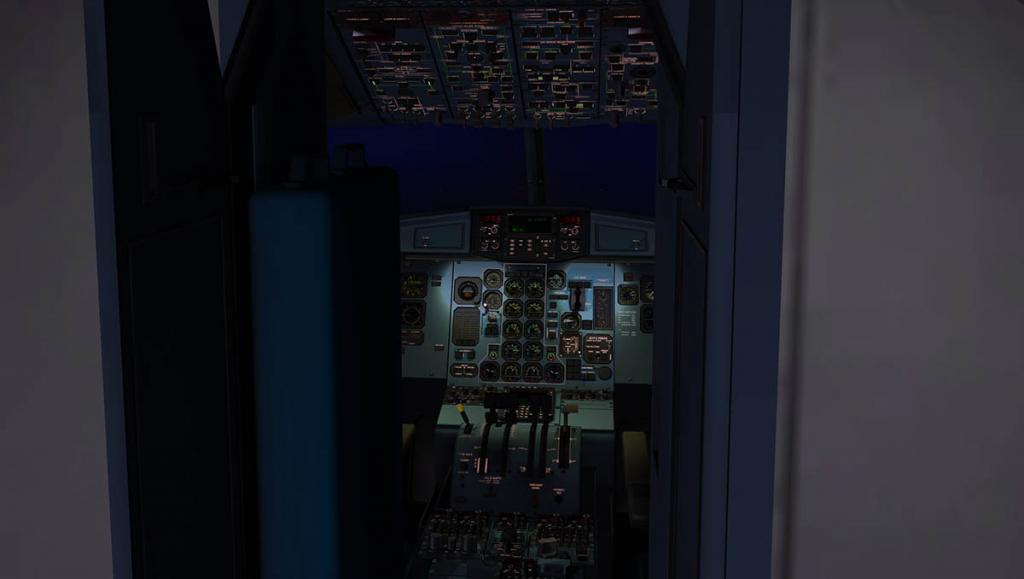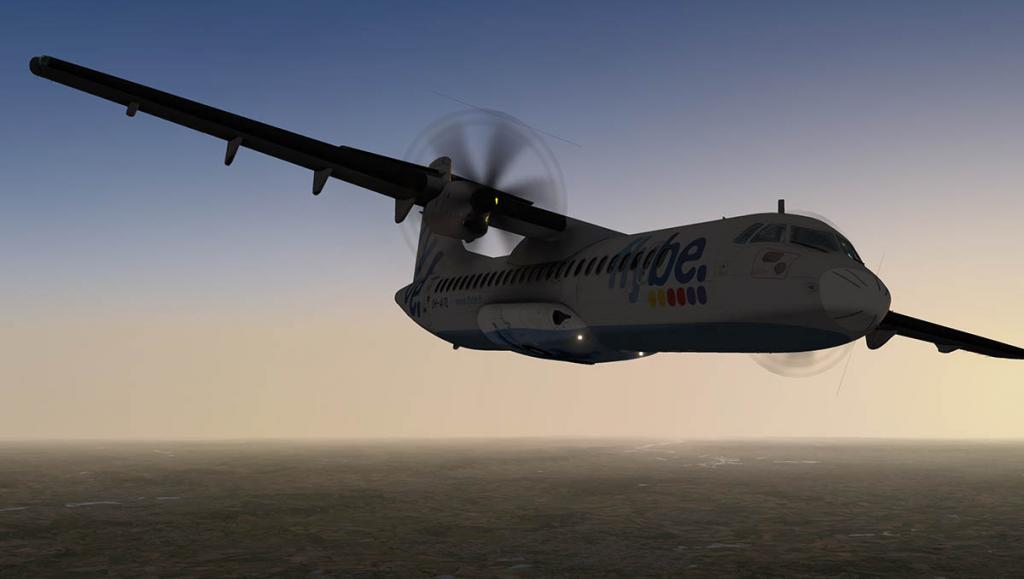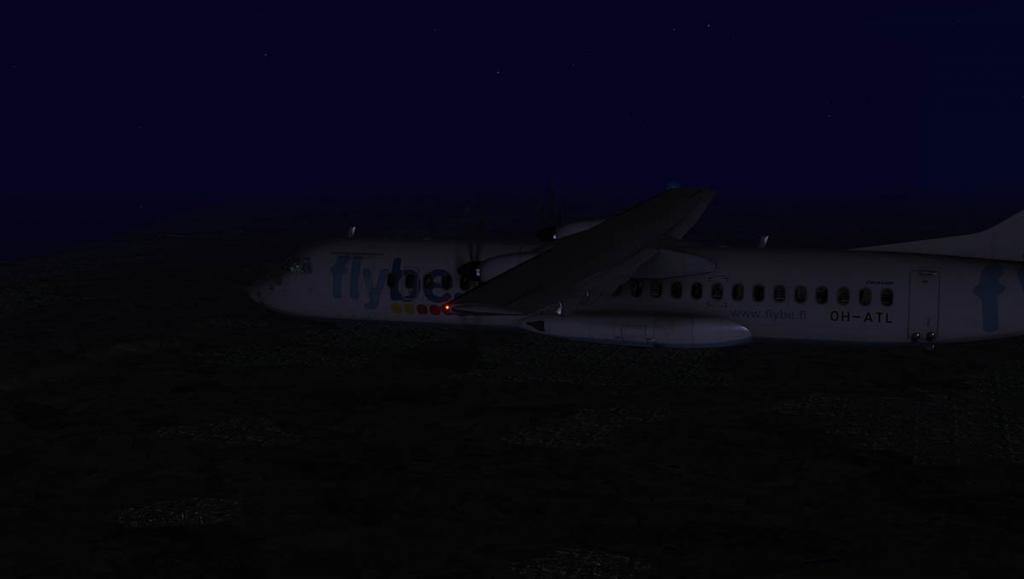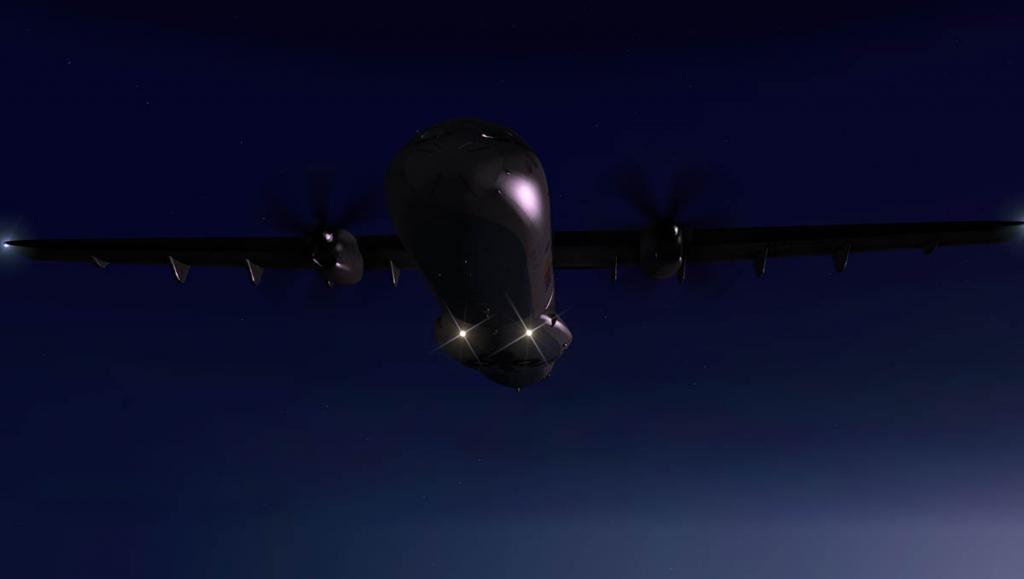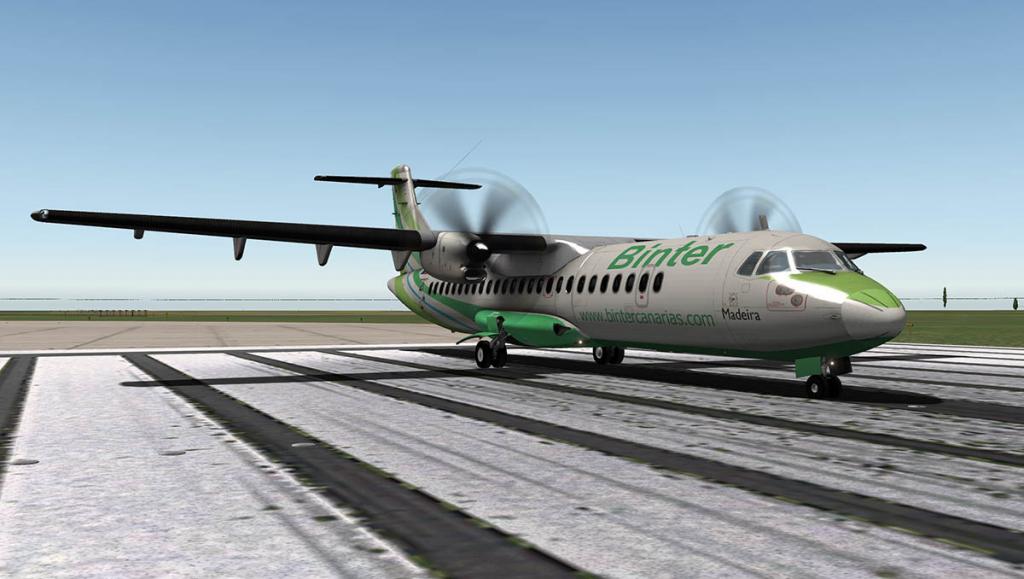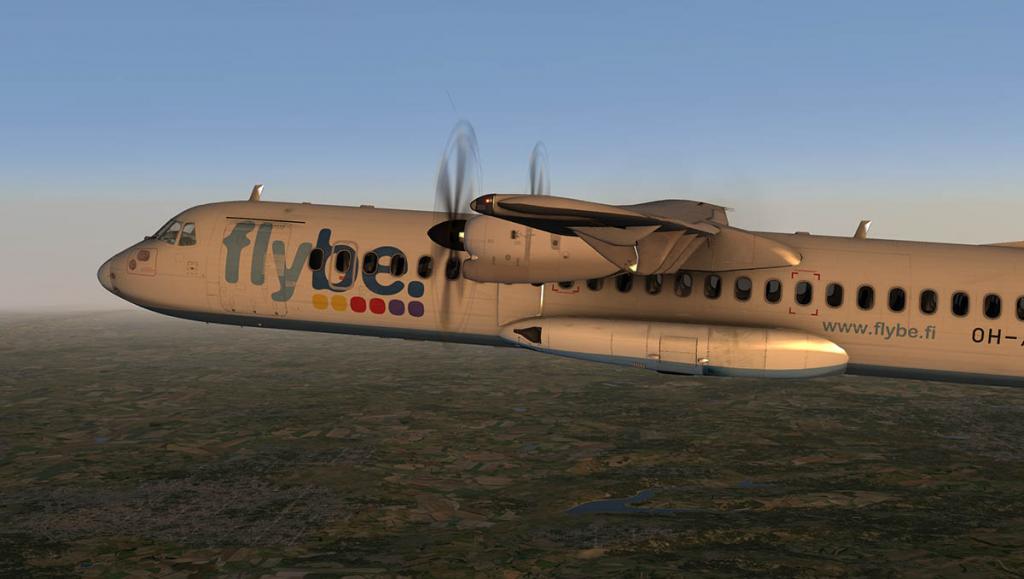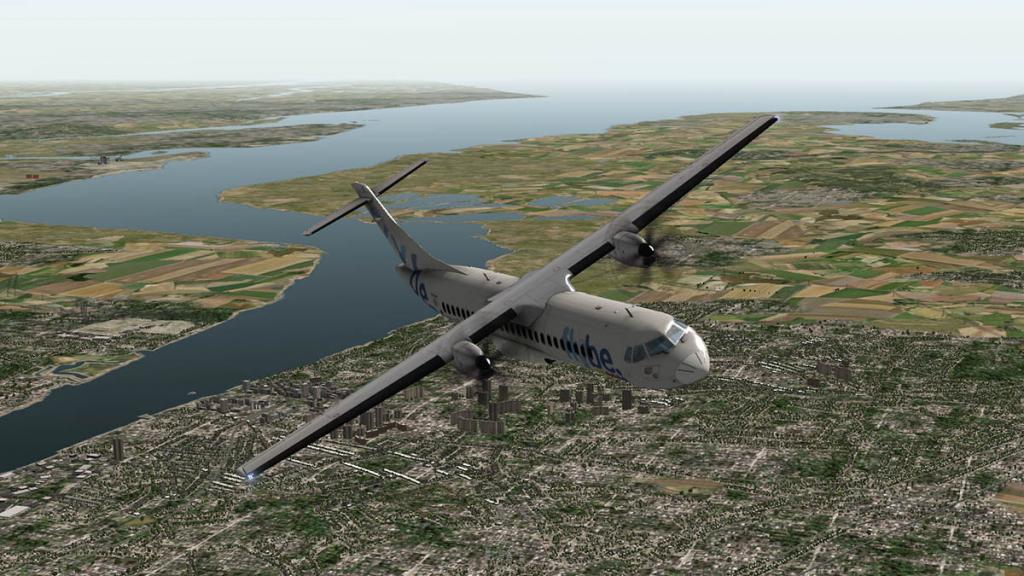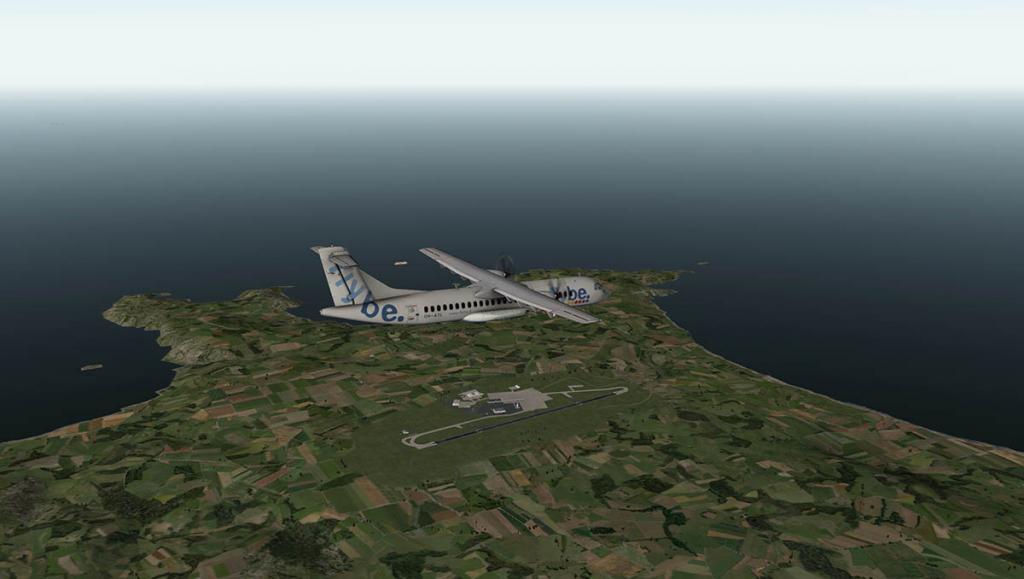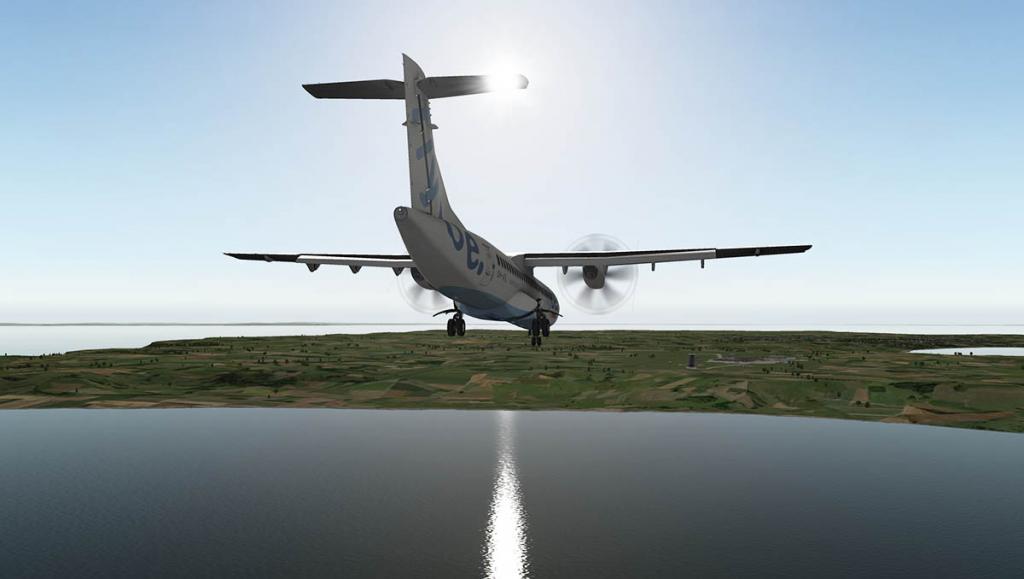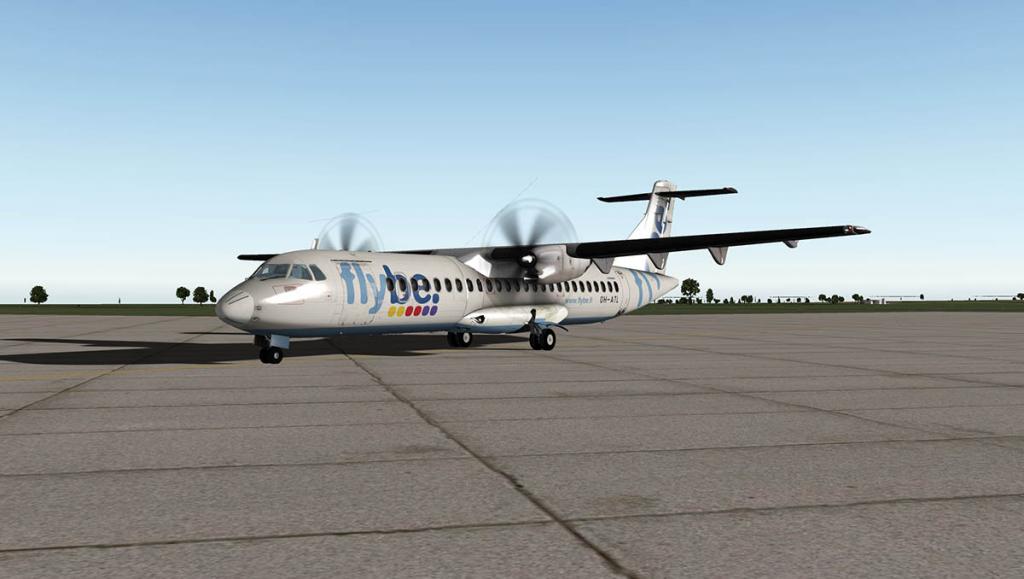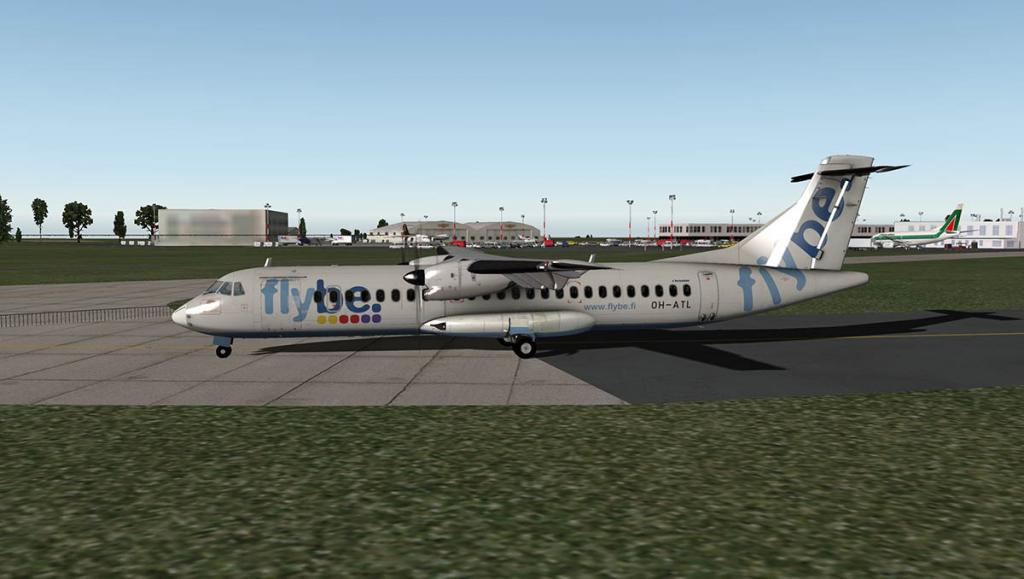Search the Community
Showing results for tags 'aerosoft'.
-
Scenery Review : KDFW Dallas Fort Worth by Aerosoft One scenery I use a lot in reviews here at X-PlaneReviews is KRSW - Southwest Florida International Airport by Aerosoft. As it was not only a really high quality scenery, full of great features and was functional as well. The scenery was the first project by Omar Masroor under the Aerosoft banner and it set out from the beginning to be a high standard of quality scenery... so now for Masroor's follow up and the scenery is DFW. As scale goes you couldn't pick a larger airport to cover except for KATL - Atlanta, as DFW is a major international incoming hub to the United States. DFW is the third largest airport in size in the United States and the tenth in passenger movements in 2015. This is Texas after all. I will admit to being a little bemused by the choice of DFW, because it was covered by Tom Curtis's "American Country" scenery only this time last year and of course comparisons are going to be made between the two projects, it is fine if you are going to deliver a much more higher quality scenery, but if you don't you are wasting your efforts when they could be put to better use on scenery that is required in X-Plane and not just duplicating what is already available. First Impressions First impressions are entirely favorable. The building construction is very good , even impressive in detail, remember our old adage in that the larger the scenery then the less we must expect in raw detail, but the DFW buildings here are very well defined. Approaching DFW from a distance it doesn't completely meld into the surrounding scenery, the boundary is distinguishable from the default textures by a lot of surrounding green space and the photo textures are slightly lighter inside the boundary, not that bad in reality but it is slightly noticeable. But look at a google map (below) and DFW is hemmed in by its surrounding suburbs, here the scenery feels slightly disconnected with all the bits of green space surrounding the airport. As a note that American airport developers seem to struggle more with intergrating their photo-textures into the default scenery textures, witness the same with Mister_x6's Salt Lake City Airport. Google Maps KDFW - Dallas Fort-Worth layout KDFW - Dallas Fort-Worth International IATA: DFW – ICAO: KDFW – FAA LID: DFW 13L/31R 9,0002ft, (743m) Concrete 13R/31L 9,3012ft ,(834m) Concrete 17C/35C 13,4014ft ,(085m) Concrete 17L/35R 8,500ft, (2,590m) Concrete 17R/35L 13,4014ft, (085m) Concrete 18L/36R 13,4004ft, (085m) Concrete 18R/36L13,4004ft, (085m) Concrete H1 158ft (48m) Concrete Elevation AMSL 607 ft / 185 m Runway layouts are excellent and you have a lot of if not a huge choice at DFW, only 31L does not have an ILS and it is a shame as it is the best approach to the airport. Runway and taxiway lineage is good, as is all the correct taxiways direction signs. The black side tarmac looks good, but overall the infield grass feels quite bland with not a lot of saturation (colour) and the difference is not only noticeable, but also creates an overall bland feel to the scenery... or could it just be that hot Texan sun? Dallas Fort Worth Airport is so large you really have to break it down into bit sized chucks to digest it. Central Terminal Area Central Terminal area has Five Terminals in north A - C - E and south B - D and Express South (carpark) which will be Terminal F Terminal A Terminal A has 30 gates: A8–A25, A28–A29, A33–A39. with Gates A34–A39 closed for renovations, as of March 2016. An American Airlines Admirals Club is located at Gate A24. The A terminal is a wholly an American Airlines terminal and is semi-circular in design. A major feature of DFW is the SkyLink terminal people-mover that commenced operations in April 2005 in replacing the notoriously slow original Airtrans APM (17mph). The large corner iconic terminal buildings are not actually part of the terminal, but are the Skylink stations that are sited around the extensive terminal loop that makes up the full transport system. In this scenery the Skylink is excellently reproduced with constant movement rail-cars moving (quite fast) right around the system in opposite directions, the track breaks now and again but overall the system here is excellent and a really great visual feature with the latest orange updated cars are animated in moving in and and out of your line of view. Lots of great animated traffic running round the ramps as well and giving you that busy feeling, but there is this strange anomaly that most of the vehicles are SAS (Scandinavian Airlines) vehicles... in Texas? The ramps are crowded as well with a large selection of vehicles, but with a bit too many. If you use JARDesign's excellent "Ground Handling Deluxe" which I do a lot, then it becomes horribly confusing? I never had this problem with Omar's KRSW, in fact it was the best in the right factor of amount of ramp vehicles and space usability, but here they all clash in together. The see through glass feature is to be noted as it looks really good, and it is usable inside as well to see out. Terminal B Terminal B is opposite Terminal A and has 49 gates: B2–B3 (FIS optional) and there is an American Airlines Admirals Club located at Gate B3, B4–B29, B30–B39 (North Stinger), B40–B49. and Gates B18–B23 are closed for renovations, as of March 2016. North Stinger is a walk-on satellite terminal. Terminal B was originally the main Braniff Airlines complex, but it is now completely American Eagle territory as they now run all the gates. Note the traffic highway (bottom right) that runs through the centre of DFW, cars and trucks run in and out of the airport very nicely to give you a movement feel. Terminal C Terminal C has 31 gates: C2–C4, C6–C8, C10–C12, C14–C17, C19–C22, C24–C33, C35–C37 and C39. And the The Hyatt Regency DFW hotel is part of this terminal complex (not to be confused with the south terminal D Grand Hyatt). Originally Terminal 3E is is another wholly American Airlines terminal with an American Airlines Admirals Club located at Gate C20. This terminal is domestic. The ramp tower situated between Terminal A and Terminal C and is also highly visible on departure or arrival from A or C terminals. Terminal D (International) Terminal D is the International terminal for DFW and it is a 2,000,000 sq ft (186,000 m2) facility capable of handling 32,000 passengers daily or 11.7 million passengers annually. The 298-room Grand Hyatt DFW Hotel is directly connected to the terminal. Terminal D has 30 gates: D6–D8, D10–D12, D14, D15–D16–D16X (A380 gate with three loading bridges), D17–D18, D20–D25, D27–D31, D33–D34, D36–D40. There is an American Airlines Admirals Club located at D24. A British Airways Lounge, a Korean Air Lounge, a Lufthansa Lounge and a QANTAS Business Lounge is located at D21. Both Emirates and Qantas use the A380 at this terminal. The highlight of the scenery is Terminal D. Noticeable is the extra attention the terminal has been given as it is more highly detailed and has a more complex construction. The terminal has lovely lines and shape, detail includes electrical work boxes and cabling. The scenery has full built in "autogates" and guidance by Marginal and the red digital "Welcome to DFW" signage is very welcome. Terminal D is also more detailed inside as well with shopping areas and the usual brands in situ. Terminal E Terminal E, was originally occupied primarily by Delta Air Lines until Delta closed its hub here at DFW in 2005 (still Delta does 50 flights a day from here). Now it serves U.S.- based carriers at the airport other than American Airlines/American Eagle and Sun Country, as well as Air Canada Express and WestJet USCBP that are precleared flights from Canada. Terminal E has 35 gates: E2, E4–E18, E20–E21, E22–E30 (Satellite Terminal), E31–E38. Delta and Alaska Airlines are the current occupants of the E satellite terminal, following the renovation project of gates E31–E38. The scenery can use three options for static aircraft. 1 ) is the inbuilt X-Plane11 static aircraft (shown here) and can be regulated by your graphic settings slider. 2 ) X-Life is also available with notes on how to use and install in the manual and 3 ) is World Traffic WT. All the correct inlaid ATC and taxiway traffic flows are built in and ready for use. Express South Express South is a huge carpark opposite Terminal E. It is the site for any terminal expansion and is noted as Terminal F and planning is due soon. The Skylink is already in place and well represented here as the orange rail-cars move right around the the carpark boundary. Taxiway A/B - X/Y Jet Bridge Who doesn't love a taxiway Jet Bridge over a highway! I love them... At DFW taxiways A and B east and X and Y west pass over the Route 97 International Parkway. In the Aerosoft DFW scenery it is really well done as you cross over the moving traffic, only note is that the street lighting pops up through the taxiway? A slight distraction in the day, but odd at night with the glowing street lamps in your path? Central core Both approaches from the west and east to DFW is well done, but the moving traffic adds a lot of functionality to the scene. The main 232ft central control tower (there are three field towers in South, Central and North) is the only main building on the strip. It is not an over detailed tower but I would note it as functional. The Tower view over the main central runways 18R/36L 18L/36R and 17R/35L 17C/35C thankfully is excellent with no obstructions and you can see the full four corners of the field. On the southern-east section of taxiway A and B is the "SouthEast" Cargo area (below right) which is a multi-user facility for quick transit parcel movement. With another long-term and car rental carpark areas set more to the south. On the south-west side of the southern approach to DFW are mostly the catering facilities (above left). A small fuel depot is well done with a large mobile-office (demountable) administration area set out behind. On the northern approach to DFW there is a large long term carpark to the west, The car-cover screens are not in 3d like Tom Curtis's version, but only flat in the ground images? On the west side along taxiway K is a corporate aviation ramp (Apron 1E) and reception terminal. With airport support warehouses next to the Parkway. DFW West The western boundary is defined by 13R/31L to the west and 18R/36L to the east and the Cargo and Maintenance (American Airlines) infrastructure placed between them. South-west in this area is "West Cargo" but noted as the DHL cargo aprons. American Airlines have maintenance complex here with two hangars covering the site. The "West (control) Tower" is positioned behind the AA maintenance hangars. American Eagle has its offices and maintenance hangars central west with another cargo apron along side known as "West Air Freight". Still another cargo complex area is north-west and this time it is for UPS (United Parcel Service). Also set out west - west by RWY 13R/31L is the airport's comprehensive fuel depot and fuel tanks. All items are covered but the area is not over detailed. DFW East On the Northeastern boundary FedEx has a big cargo complex aligned with RWY 13L/31R known as "East Cargo". In reality this area and runway is an airport on its own just for FedEx cargo operations, There is an adjoining Fire Station (no.3) complex as well. Mid-field east ibetween runways 17C/35C and 17L/35R there is the "East (control) Tower" and a big American Airline maintenance hangar (Hangar 5) and support aprons with the adjoining main central Fire Station (no.1). The American Airline office complex and operations centre and the DFW (airport) Human Resources building are covered as is the large "Flight Safety International" training facility. But they are facade style buildings and not 3d objects that are placed more for filling in than replication of existing buildings. The east runway radar tower is notably absent. Lighting Approaching DFW is always an event, and the scenery looks very good at night. All runway and taxiway lighting is first rate, there is nothing better than taxiing round (and believe me you taxi a lot and a long way at DFW) and here it is a very good view. Ramp lighting is excellent with those huge towers of directional lights hanging over you... And here is a little bit of a incertitude in that those lovely daytime glass effects that don't translate to night time look. It is all of course a personal difference on the effect. It helps in that you can see the buildings internal areas, but overall it feels grey and flat. The cause is not helped by the average night textures on the carparks and hotels. The Grand Hyatt is devoid of any life whatsoever (HYATT sign is the only highlight) and very different as the building looks great in the daylight, the building should be a visual highlight on departure or arrival. The Hyatt Regency is a better, but still uniform in its lighting patterns. But overall this throwback lighting is boring. If these lighting carpark/hotel effects had been more effective then they would have taken away some of the flatness of the terminal glass, but together they make the building lighting and the central/terminal area average and even bland. Night textures are very hard to get right. But if you do then it can lift a scenery into a great destination for a night arrival. Services You can connect pretty much everywhere from DFW certainly on any American Airlines/U.S Airways routes. So your choice is huge... top ten domestic routes are interesting with LaGuardia routes notably more used than JFK and no major Washington D.C. routes noted. Domestic 1. Los Angeles, California -1,199,000 - American, Delta, Spirit, United 2. Chicago–O'Hare, Illinois - 1,060,000 - American, Spirit, United 3. Atlanta, Georgia - 977,000 - American, Delta, Spirit 4. Denver, Colorado - 858,000 - American, Frontier, Spirit, United 5. New York–LaGuardia, New York - 787,000 - American, Delta, Spirit 6. Phoenix, Arizona - 693,000 - American/US Airways, Spirit 7. Las Vegas, Nevada - 672,000 - American, Spirit 8. San Francisco, California - 660,000 - American, United 9. Miami, Florida - 628,000 - American 10. Charlotte, North Carolina - 613,000 - American/US Airways International International routes are very interesting. You expect Mexico and Canada to be popular, but the British seem to really like Texas as well. Notable routes to the Far East (Toyko/Seoul) are surprising. Also surprising is the absence of the middle-east carriers, but with Emirates upping the Dubai - Dallas route EK221/EK222 to A380 services and other new connections then that absence won't be for too much longer. 1. Cancún, Mexico - 682,977 - Aeromexico, American, Spirit, Sun Country 2. London (Heathrow), England - 636,251 - American, British Airways 3. Mexico City, Mexico - 476,167 - Aeromexico, American 4. Tokyo (Narita), Japan - 305,321 - American 5. Frankfurt, Germany - 269,442 - American, Lufthansa 6. Monterrey, Mexico - 246,804 - American 7. Seoul (Incheon), South Korea - 245,514 - American, Korean Air 8. San José del Cabo, Mexico - 240,412 - American, Spirit 9. Toronto (Pearson), Canada - 221,385 - Air Canada, American 10. Vancouver, Canada - 200,460 - American Qantas currently operates the world's longest nonstop service route from DFW to Sydney. In August 2015, Emirates announced plans for a nonstop flight from Dubai to Panama City which will take the title of the world's longest scheduled nonstop passenger flight starting on February 1, 2016. Cargo With 22 cargo operators and with 578,906 tons of cargo handled annually, DFW is the world's 29th busiest cargo airport. If you have followed all the cargo areas in this review you would understand how big a cargo hub DFW is. So with plenty of choice in operators and destinations will keep any cargo hauler easily grinning from ear to ear. Summary Obviously the comparison with Tom Curtis's "American Country" scenery is always going to be a hard choice. In perspective they are very different sceneries and both have great features and ideas. In more modern effects and features certainly then Aerosoft's version has a lot more the Tom Curtis's but they are very different views of the same airport. In the negative I think Aerosoft's version is slightly blander because of the very light saturation of the photo textures. I had to work hard to get any colour into the images here because there isn't much colour to be had to do so. In fact the google image shows that within the airport grounds it is far more darker than the surround areas, and here it is the opposite way around. Building and texture night lighting is a bit more of the same, a bit grey and flat, but then KRSW's night glasswork was a little grey as well. Highlight is certainly the terminal modeling as it is very good, with Terminal D being the standout. And the Jet Bridges over the highways and great moving traffic flows fill out a great visual aspect while taxiing in and out of the airport. There are lots of features including the step approach of installing sections of the airport that if you wish to leave out can help with your framerate and not affect the visual aspect of the scenery. DFW is a far bigger scale up from KRSW - Southwest Florida International Airport and all the great things that made that scenery good is in this DFW, but the larger scale does mean something can be more highlighted than they were on a smaller airport. Overall this KDFW - Dallas/Fort Worth scenery is very good with a lot of great aspects and features, but a more attention to the ground textures and night building lighting should have made it really great. ____________________________________________________________________________________ Yes! KDFW - Dallas Fort-Worth by Aerosoft is NOW available from the X-Plane.Org Store here : KDFW- Dallas/Fort Worth Price is US$23.99 Features: 30 cm/pixel orthoimagery and 1 cm/pixel custom ground detail/markings Airport lighting and pavement markings closely follow FAA/ACI standards Terminals with interiors modelled using actual architectural drawings Modelled aircraft overpasses crossing International Parkway Ray-traced ambient occlusion, local illumination and specular mapping Uses advanced X-Plane features such as decal shading and 3D spill lights Animated passenger boarding bridges and Safedock® A-VDGS at all gates (using the freely available AutoGate plugin by Jonathan Harris)* Animated road traffic and Skylink APM Complete taxiway network for use by ATC and AI aircraft Fully compatible with the X-Life plugin by JARDesign Makes full use of the new ground service vehicles introduced in X-Plane 11 Thousands of hand-placed objects such as parked cars and streetlights Parked cars, streetlights and terminal interiors can be individually turned on/off to optimize performance Uses 4K textures to maximize performance by minimizing draw calls Requirements: X-Plane 11 or X-Plane 10 Windows, Mac and Linux 2Gb+ VRAM Video Card Installation and documents: Download is 307.90meg and the scenery is deposited in the "Custom Scenery" X-Plane folder in this order... Aerosoft_KDFW_1_Parked_Cars (106kb)* Aerosoft_KDFW_2_Street_Lights (12.7kb)* Aerosoft_KDFW_3_Terminal_Interiors (58.30kb)* Aerosoft_KDFW_4_Roads (10kb) Aerosoft_KDFW_5_Scenery (678.90mb) * selections can be removed to save framerate. Marginal's jetway and docking guidance system plugin is required for the animated jetways : AutoGate plugin 1.72 Full manual is provided. No charts but available here : faa.gov ____________________________________________________________________________________ Review by Stephen Dutton 16th May 2017 Copyright©2016: X-PlaneReviews (Disclaimer. All images and text in this review are the work and property of X-PlaneReviews, no sharing or copy of the content is allowed without consent from the author as per copyright conditions) Review System Specifications: Computer System: Windows - Intel Core i7 6700K CPU 4.00GHz / 64bit - 16 Gb single 1067 Mhz DDR4 2133 - GeForce GTX 980/SSE2 - Samsung Evo 512gb SSD Software: - Windows 10 - X-Plane 11 and also used in X-Plane v10.52 Addons: Saitek x56 Pro system Joystick and Throttle : Sound - Bose Soundlink Mini Plugins: Environment Engine by xEnviro US$69.90 : JARDesign Ground Handling Deluxe plugin - US$14.95 Scenery or Aircraft - Airbus A320neo by JARDesign (X-Plane.OrgStore) - US$59.95 - Boeing 737-800 X-Plane default
-
Scenery Reviews : LFMN Nice Côte d'Azur Airport - JustSim and LFKC Calvi - Sainte-Catherine, Corsica - Aerosoft Two sceneries were released together quite independently but are perfectly aligned to go together as a perfect double point to point route. LFMN is on the French Côte d'Azur and LFKC Calvi - Sainte-Catherine, is on the island of Corsica which are only 94nm apart or just across from each other on the Mediterranean Sea. This makes for a perfect days flying in either a General Aviation aircraft or as I have done here with a quick hop regional service. (Google Maps) JustSim are the developers of the Nice Scenery which actually will replace the default Aerosoft scenery who are the developers of the Calvi Scenery. I have already covered a few of the excellent JustSim sceneries already this year and Aerosoft are well known for their excellent European scenery so expectations are that both of these airports are very good work from each of the developers. LFMN Nice Côte d'Azur Airport - JustSim LFMN - Nice Airport hangs out like a huge aircraft carrier deck on the French south coast just 3.7 miles west of the city centre of Nice. As noted X-Plane already comes with a default Aerosoft version of LFMN, but I have had a few if many problems with this scenery, so in most cases I have not used Nice Airport as much as I wanted to. The biggest issue with the Aerosoft version was under many of the surfaces the areas had not been covered correctly, and in most cases when taxiing or in my case when parking on the ramp west of the Terminal One (T1) I found the aircraft was going over rough ground and bouncing me and my passengers sick... not good. So my flights were mostly restricted to Private Jet or the odd UK-Nice Service, overall it was never on my flight lists. Which is a shame as it is this is great destination. So with the chance to replace the troublesome Aerosoft version with a workable one then I was not going to say no to the idea. And I am very glad I did as well. Nice Côte d'Azur Airport (IATA: NCE, ICAO: LFMN) 04L/22R 2,570m (8,432ft) Bituminous concrete 04R/22L 2,960m (9,711ft) Bituminous concrete H1 29.25x96 Asphaltic concrete H2 29.25x96 Asphaltic concrete Elevation AMSL 4 m / 13 ft JustSim has been very prolific this year with X-Plane Sceneries, with great quality at a great price. So how can they do that with most other developers taking three times as long to deliver the same content. There is a trick involved but a clever one. Most developers use a full 3d tool to create their sceneries which can give you great detail and quality, but there are downsides to this in the fact it can take a lot of time to create every 3d object and detail it and all those 3d objects have a very heavy load on your computer. Now in the main infrastructure JustSim still does just that and make 3d objects, but in many areas the developer uses also "facade" style buildings. The trick is that if the quality of the textures and cleverness in creating facade objects that are in tune with the 3d objects around them then you can easily fill out your scenery. You can't get around every item with facade as we know from tdg's work or most WED sceneries, but with great skill you can use many areas that are just really boxes or basic shapes, like warehouses or offices. By using this method you would think you are being short changed for what you are buying, but actually the opposite is true. With clever facade work it really lowers your loading time and the sheer frameweight on your computer compared to having all those bulky 3d objects, facades take a huge less time to build and like with JustSim's sceneries you can do a lot more objects and cover not only the immediate airport areas but a lot of the surrounding areas as well. And that is why these sceneries are great value at a lower price but you get more in there at that price, and that is great deal if the quality is in there and JustSim can turn out far more sceneries in a year than most do with one. There are two terminals at LFMN - Nice with T1 and T2 with a small terminal parking area on the west of T1. Terminal One (T1) T1 is the European domestic terminal at Nice and it looks the modern of the two terminals, but is actually the older building. The terminal has been really well recreated here with a lot of detail and shapes and the unique question mark style supports showing the great detail involved. The landside is a bit average as JustSim has relied on the ground images to do the road network and detail work for them, but they are too buzzy to be really effective. Airbridges are great but have too much thrash on them, there are no animated bridges in this scenery. But the detail and glasswork is excellent. Terminal 1 has 25 gates. It features flights to domestic, European and Schengen and non-Schengen destinations. It should be noted that there is a huge amount of remote parking at LFMN, and the areas between the terminals do overlap. As seen below there are no static aircraft with the scenery, and it is noticeable here. So you are going to have to get creative in either using X-Life, X-Plane 10.50 with the new static aircraft rules or hit the OverlayEditor big time... I used WorldTraffic and that plugin did the job very nicely. West of T1 is an area I like, it a small remote apron that is great for LCC's (Low Cost Carriers) and walkon boarding regional jets... I have used it for the odd VIP arrival in a private jet as well. The parking linage is extremely confusing? but it is a great place to park up. Terminal 2 (T2) T2 is dominated by circular bowl or spaceship terminal, with an arm to the west and a hall to the north. The terminal is very well done but the glass is a little more see through in the real version which is more grey and Terminal 2 is the newer and larger facility here at LFMN and has 29 gates . There is a lot of infrastructure connected to the cargo area is set out behind the terminal with the usual carparks and ramps landside, rooftop solar panels are well done and overall detail is very good. There is a small cargo facility in the nort-west zone and a radar tower, there are several radars and they are all animated. Centre field is a bright red fire station with animated fire trucks, in fact there is a lot of vehicle animations covering the whole airport including buses, trucks, vans and baggage trucks. Control Tower The control tower is extremely well modeled and is in with enclosed with the airports administration buildings, everything is not very highly overly detailed but all work together very well. Tower view is awful with chunks of the model blocking out all the views of the runways... Both 04L/22R and 04R/22L are well done with the outer runway more of the original concrete than the patched up inner runway, all lineage and signage is excellent. Nice has a huge transiant of (rich) passengers that fly on to the hot spots of the French Riviera and Monaco, so the helipads here are the best in the business, a few vehicles would have been nice. Far south there is also a working radar that is well placed. There is not a lot of off airport infrastructure, except for a cargo facility east and the excellent distinctive Parc Pheonix aviary. LFMN - Nice to LFKC - Calvi, Corsica The route is only 100nm between both airports and so you really don't have the time to do the full cruise routine, a good regional jet or prop is ideal for the run, but if you have the time then a nice GA would fill in a few hours. I'm using JRollon's CRJ-200. I am adding enough fuel to do the round trip back to Nice to save turnaround time at Calvi, at this short distance it really doesn't matter. LFMN lineage is very good, but you will need an airport layout and plan your route to the runways as not to lose any time as there is a lot of remote parking that looks like taxiway lines... LFMN is a busy airport and today is no exception, you just go when you get clearance and not look behind you. The view out of the cockpit and passenger windows is excellent as the airport looks very good and far, far better than the Aerosoft default version. The CRJ is the BlueSkyStar version with the uprated sound package and as the throttle goes up you feel the push and that really great sound behind you. Departure to Calvi is by Runway 04L using SID LONS6A Trans MERLU. And that departure means a hard right turn after you clear the airport JustSim provides a download of Nice City scenery in OSM with the package (see note at the end of the review) but it is not used here in this departure. On departure that southern Mediterranean French feel comes in really well visually, as you pull up and away from the French Coast Climb is only to 14.500ft and once you get there then the descent starts almost straight away, so the cruise section is only a few minutes of say ten to fifteen minutes. So there is no time to relax on the flightdeck. As one coast quickly faded into the Azur, another coast then quickly appeared through the mist under the hour, This was the northern-west coast of Corsica and LFKC - Calvi was just slightly inland inside a beautifully set valley. There is an ILS approach to Calvi - Sainte-Catherine which has only one runway in 18/36 and the ILS (freq 109.50) was set on the sea approach to RWY 18, Aerosoft do provide a nice few charts for the arrival and departure, but be warned in that the DME is a lock only in a horizontal centre focus on the runway, the vertical lock does not work (I checked via several aircraft) so you will need to do the descent yourself, if you wait for the lock then you will fly too high and miss the approach... The approach visuals are excellent from either up front or via the passenger experience, but it is a tricky landing that keeps you on your toes as RWY 18 is set slightly inland and you only see it through a gap in the trees. The village of Borgo is too your left. It is important to note that Calvi Airport requires your "Runways follow terrain contours" to be ON. If not you will get a lot of the off airport village buildings floating on contour edges and the airport itself is not set right. This "follow contours" creates a very demanding approach situation because as you settle the aircraft it goes over a contour change downwards (same for departing in that you are literally launched into the air like on a carrier skijump!) and get it wrong and your nosewheel will leave the ground again. With all these contour changes you bounce, bounce and bounce until you arrest the speed enough, on completing your landing and you will note the terminal and ramps are elevated to your right. To get up to the ramp you have to judge the incline correctly with enough power to get up and not stall the aircraft and to not then zoom across the ramp with too much thrust, tricky, but with practise you get it right. There are eight main parking slots with slot five taken up by a static Air Corsica A320. There are no airbridges as it is strictly walk-on or walk-off. Overall the approach was excellent with great scenery and a demanding landing, the Terminal is very good if a little blank in detail. Calvi Airport by Aerosoft Calvi – Sainte-Catherine Airport (IATA: CLY, ICAO: LFKC) 18/36 2,310m (7,579ft) Concrete Elevation AMSL 209 ft / 64 m The scenery is nestled in the valley and well intergrated the scenery is with the default X-Plane scenery surrounding it. But it is not perfect as the flat underlying ortho images are prone to show up in some areas and it is quite noticeable by their blurryness of what they are and spoiling the overall effect. However the mountain flowing streams on the east side of the runway are very visually great. There is no grass on the airport infield that Aerosoft do so well and here it would have made a significant difference to hide the orthophoto flatness, but overall the visual impact is good. The terminal is a single building is certainly well done, but is not overly detailed, detailed. Landside is great but like with LFMN the underlay ortho photos don't allow a lot of detail, and there is a lot of ground support vehicles and equipment and all around the airport the tree and foliage work is very good. Overall it is pretty good. Control Tower and Fire Station is great even if they have to work out of dismountable buildings... ... and the tower view is fine with all the runway approaches easily visible and with a 360º rotation Rear of the terminal has great support infrastructure with numumerous car hire depots (Europcar, Hertz), Undercover parking and a really well detailed Ford Dealership. There is a thing in the area for car dealerships? there are as as many as six on the google map. There is a little off airport buildings in Borgo and the "Citadel" a "Games of Thrones" style fortress in Calvi has been reproduced with a cruise ship, but the sweet town of Calvi itself is missing. Calvi is serviced mostly by Air France (Paris - Orly) and Air Corsica in regular services. Seasonal routes are very popular to many ports all over Europe. Italy is close and it is only 160 nm to Rome. LFKC - Calvi to LFMN The return service back to Nice was operated during the late hours, to highlight the night lighting. LFKC - Calvi has only average lighting at night. There is a few throw lights on the ramp and various lighting on certain places on the around the airport and that covers the airside. The poor lighting in the carpark would require you to use a torch to find your car, the Terminal is not much better. The Ford Dealership was the only highlight.. Lighting to runway is non-existent, but this a small regional airport. But even some lighting from the terminal would help you miss the A320... Watch that slope, a "feeling your way" to the runway workload. The edge lighting shows the runway's uneven pattern, you would need all your skill to land here at night... Mainland city lights come up over the horizon. X-Plane puts on a show as you get that "back in civilisation and I'm home" feeling. Arrival is by RWY 04R and LFMN - Nice looks great on approach in the cockpit windows, runways are clear and easily defined. The airport lighting looks great to the left and very realistic... The passenger arrival view is also excellent, the hills around Nice provide a great backdrop as the city lighting is in full view... The CRJ-200 does not have any runway turnoff lighting and that creates a small problem. The scenery has no centre green lighting strips? So you have to go slowly down the runway to find the yellow lineage turn off route, it is harder than it looks. It makes it hard to work out where the turn offs to the taxiways are, yes the taxiways have the lit direction boxes but you really miss those green strips and it makes it darker out here than it needs to be. You know the feeling when you have arrived and you are taxiing past rows and rows of brightly lit aircraft at the gates, it is a great feeling and it is replicated here. pull into the ramp and night turns into bright light... So in the context of arrival and working on the ramps you are going to like it here at Nice. The lighting is very good. The ramp lighting is excellent and so is most of the remote stands. The building lighting including the Control Tower is not as refined, it is good but not overly great as the glass is very grey and the terminals a just a shade of grey or blue. The T2 Terminal glows in a purple phosphorescent. At a distance LFMN as a collective works fine, but up really close the lighting it is a little average on the buildings. OSM The package comes with the optional download of NICE city scenery. This option is OSM (Open Street Map) converted to 3d objects to replicate the size and scale of the real buildings. I am not a big fan of OSM and decided not to use it in this review, one... because it kills your frame rate (15-20 frame loss!) and two... it has a loading error when you load up the scenery. But it is a personal choice. Summary In a strange way both sceneries are very much alike or even feel related, and that is why they go so well together. Both are well made, but also both use in areas the poor resolution orthophoto underlays. Lighting is better on LFMN but only over the ramp areas, if this was taken away you would find both sceneries have average building lighting, with LFKC being quite dark. Both don't have taxiway green guidance lighting and both really need them. I was just relieved to get a working Nice, compared to the Aerosoft default version, so JustSim's version of LFMN is a no-brainer for me. Now it will go more on my radar and be used regularly as the French Riviera is a great destination and positioned for many different routes not only in Europe, but North Africa, Spain and Greece are all well within the short route time zone. It looks good, feels good and the scenery is highly efficient with your framerate. You will however need to sort out the missing static aircraft. Aerosoft's Calvi Airport is not an airport you would use regularly, but it is in a very interesting position for great GA flying around Corsica. French and Italian coasts are also within easy distance and the odd Paris-Calvi flight would be interesting. It is a beautiful and technical airport as well, so there is a fair bit of value in here. Price is the key here as JustSim's LFMN is US$19.50 which is terrific value and Aerosoft's LFKC is US$18.99. No doubt you get a huge amount of more value out of NIce, but both together are certainly a worthy purchase. I really enjoyed the LFMN - LFKC route, and as all the route data is done will do a few more flights over the next few days without the pressure of a review to be completed. JustSim's LFMN - Nice and Aerosoft's LFKC - Calvi are a great double act, and are both well worth visiting, and a great way to fill out those lazy northern summer days. Dedication This Review is dedicated to the innocents that lost their lives in Nice on Bastille Day 2016 May their lives are not lost in our thoughts, because they did no wrong but be alive and were enjoying the freedom that the country they were celebrating allowed them that choice. _____________________________________________________________________________________ Both LFMN Nice Côte d'Azur Airport by JustSim and LFKC Calvi - Sainte-Catherine, Corsica by Aerosoft is NOW available! from the X-Plane.Org Store here : LFMN - Nice Cote d'Azur Price: $19.55 Requirements X-Plane 10.40+ (any edition) Windows, Mac, Linux 800Mb HD Space Available 1Gb VRAM Video Card Minimum - 2Gb VRAM Recommended LFKC - Calvi (Corsica) Airport Price: $18.99 Requirements X-Plane 10.45+ (any edition) Windows 7/8/10, OS X version 10.6.8 or later, Linux Ubuntu 12.04LTS or compatible 3 GHz, multi-core CPU (or, even better, multiple processors) 8 GB RAM - 3D graphics card with 2GB+ of on-board, dedicated VRAM Download-Size: 300 MB Features LFMN Shading and occlusion (texture baking) effects on terminal and other airport buildings High resolution photo scenery near airport and city. All objects are manually placed. High resolution ground textures / Custom runway textures Runway reflection effect Custom apron lights High resolution building textures Optimized for excellent performance Animated custom ground vehicles X-Life traffic compatible LFKC Realistic rendition of Calvi St. Catherine based on real life images Photo real buildings Large Aerial image with 50cm/pixel in the surroundings and 25cm/pixel on the airport, carefully fitted into the default X-Plane landscape and colour-adjusted Customized terrain, runway follows terrain Realistic reproduction of ground markings including old, painted-over markings Animated marshaller (additional plugin Autogate™ required) Customized night illumination Custom made trees and forests Very good performance and implementation Animated bar on the entry of the parking lot Numerous details Changing static airplanes including wreckage to the south west Animated road traffic Recreation of the citadel of Calvi and vessel Installation and documents: Download for the LFMN Nice Côte d'Azur Airport is 506.90mb and the unzipped file is deposited in the "Custom Scenery" X-Plane folder at 1.21gb Install requires the scenery pack "JustSim_LFMN_Nice_terrain" to be below the main "JustSim_LFMN_Nice" folder in the INI order, if installed the "NICE-OSM" has to be below both of the above... If you are using WorldTraffic you can get the LFMN ground routes here: LFMN Nice GroundRoutes Download for the LFKC Calvi - Sainte-Catherine is 282.10mb and the unzipped file is deposited in the "Custom Scenery" X-Plane folder at 937.20mb Install requires that the "runways follow terrain contours" checkbox to be ON. Package comes with a full set of charts and Aerosoft manual _____________________________________________________________________________________ Review by Stephen Dutton 30th July 2016 Copyright©2016: X-PlaneReviews Review System Specifications: Computer System: Windows - Intel Core i7 6700K CPU 4.00GHz / 64bit - 16 Gb single 1067 Mhz DDR4 2133 - GeForce GTX 980/SSE2 - Samsung Evo 512gb SSD Software: - Windows 10 - X-Plane 10 Global ver 10.45 Addons: Saitek x52 Pro system Joystick and Throttle : Sound - Bose Soundlink Mini Plugins: JARDesign Ground Handling Deluxe US$14.95 : WorldTraffic US$29.95 Scenery or Aircraft - CRJ-200 by JRollon Planes (X-Plane.OrgStore) - US$49.95 : CRJ-200 Sound Packs by Blue Sky Star Simulations (X-Plane.OrgStore) - US$20.00
-
News! - Scenery Released! - LFKC Calvi (Corsica) Airport by Aerosoft Aerosoft have release an Corsican scenery with Calvi Airport in Sainte Catherine in the North-West of the Island. Calvi - Sainte Catherine (CLY / LFKC) is located in a beautifully embedded valley 6km to the south-east of the town of Calvi. Features Include: Realistic rendition of Calvi St. Catherine based on real life images Photo real buildings Large Aerial image with 50cm/pixel in the surroundings and 25cm/pixel on the airport, carefully fitted into the default X-Plane landscape and colour-adjusted Customized terrain, runway follows terrain Realistic reproduction of ground markings including old, painted-over markings Animated marshaller (additional plugin ‘Autogate’ required) Customized night illumination Custom made trees and forests Very good performance and implementation Animated bar on the entry of the parking lot Numerous details Changing static airplanes including wreckage to the south west Animated road traffic Recreation of the citadel of Calvi and vessel Requirements: X-Plane 10.45+ (any edition) Windows 7/8/10, OS X version 10.6.8 or later, Linux Ubuntu 12.04LTS or compatible 3 GHz, multi-core CPU (or, even better, multiple processors) 8 GB RAM - 3D graphics card with 2GB+ of on-board, dedicated VRAM Download-Size: 300 MB LFKC is a destination for for Air France, the German TUIfly, Air Berlin, Germanwings, Swiss, Luxair, HOP, Brussels Airlines and a hub for Air Corsica. The 18/36 2310m long runway is used over 2500 times a year and is is a popular destination among private pilots as it is close to the French Mainland. ______________________________________________________________________ The LFKC Calvi (Corsica) Airport by Aerosoft is NOW available! from the X-Plane.Org Store here : LFKC - Calvi (Corsica) Airport Price is US$18.99 ______________________________________________________________________ Stephen Dutton 22nd July 2016 Copyright©X-Plane Reviews: X-PlaneReviews 2016
-
Scenery Review - Updated : LSZH Airport Zurich v2.0 by Aerosoft Aerosoft have updated their X-Plane scenery of Zurich Airport to v2.0. This is a significant overhaul of this scenery and not just a nip and tuck job and I have a little bit of history with the scenery as well. The first Aerosoft release for X-Plane was the excellent BIRF - Keflavik which is still one of my all time time favorite sceneries that I used very regularly and even monthly. Second release was LSZA - Lugano Airport and this great little gem is buried in the shadow of the Alps on the Italian side. Both were excellent but still only small scale sceneries. The first "Mega" scenery release from Aerosoft was the third and that was LSZH - Zurich and the scenery was released in June 2012, and knowing Aerosoft's reputation in their "mega" series I was expecting something really amazing in scenery to come to X-Plane, but when it hit the desk, I was a bit and if not quite disappointed in the results. No doubt the buildings were used from the FSX (Flight Simulator) versions and they were excellent in design and textures, but overall the scenery left me cold. I rarely used the LSZH scenery either with only a few visits over the years, which is a waste of scenery in monetary terms. So Aerosoft and Pad-Labs have gone back to basics and given the scenery a total overhaul and re-released it as version 2.0, so no doubt I was very curious to see if the changes had been significant or just a quick brush over to make it more up to date... thankfully the former in a total makeover has been done, so let us see what the changes are. First Impressions The EADT Boeing 737-800 v5 was a nice choice for the route EGLL (Heathrow) to LSZH (Zurich) and on approach the scenery did look significantly better and different than I remembered from the arrivals in the past. No doubt the Windows machine makes a more comprehensive fill of the autogen, but LSZH looks far more intergrated into the X-Plane scenery, it now looks like a natural fit than the earlier v1.0 version. So immediately I am more comfortable with the the scenery than with my feelings of it in the past. On approach it feels great, though I notice the runway lighting is on in all hours. Where are the joins? Thankfully gone. Aerosoft notes all the orthophoto textures have been completely redone and the difference is excellent as it blends in perfectly now with the outer boundaries of the airport with the default textures... yes loving it. On the ground in the runways and taxiway textures look different and although the building structures are the same there is another change of look there also. It can actually be easily misleading as the main original terminal building texture is certainly the same, but the textures were excellent in the first version, so why change them, and thankfully they haven't. One of my first gripes on v1.0 was that Aerosoft didn't use any of the X-Plane features available to them, but those comments have been heard and on Gates A44, A47, A48, A49, A55 and you now have the animated Jetways feature (thank you), but it is a bit tricky as there is no auto guide or marshall to guide you in, so you have to guess your parking stopping point, go to the "Global Airport" menu of which the parking places are now noted and use it to verify the actual parking point and then note it for future reference. A small note is that you can tell the animated gates because glass is slightly different, not enough to look out of place, but enough to know which ones are active. So with this arrival I am already finding a lot of changes with v2.0 and all to the very good. Airport Overview The scenery does look very different, and if you go to my original images of v1.0 (below) you can see why and how much work has been done to the scenery to get it to match in correctly to the X-Plane landscape. The original v1.0 boundaries are very wide and it looks like the airport has just been dumped in the middle of the X-Plane scenery, areas are even cut off by a sharp line (roads) and then go back to the newer v2.0 and it is now all perfection in how the areas have been very well intergated into the surrounding areas. You can tell easily with the ground textures based on aerial images (0,5m/pixel) are so much more of a higher quality and the runways and taxiways are greatly improved and in the runways context and a few taxiways they are even a different colour. Terminals The main Piers of Concourse “A” and Concourse “D” which are directly connected to the main terminal. Concourse “A” is easily noted as it has the Control Tower on the top of the central part of the concourse. Concourse E is a remote terminal set to the north of the main terminal infrastructure and is connected to the Main Terminal zone by the automated underground “Skymetro” system. Concourse A: Gates A42-49, A51 - A56, A62 - A69, A70 - A79, A80 - A89 are on Concourse A, and are used exclusively by flights to and from destinations inside the Schengen Area, including domestic flights within Switzerland. It takes the form of a finger pier, directly connected at one end to the Airside Centre. If you think the A concourse looks different it is because it is different... all the textures have been completely redone from the dark flat greenish colouring in v1.0 (below) and the difference is now quite significantly better and the quality visually is overwhelmingly far better in transparency and better detailing, textures are now noted as 2k quality. Concourse 😧 Gates are prefixed B and D on Concourse D, Gates are D31 - D39 (minus D32/D37?), D41 - D42 and D51 - D58. Concourse D is designed to handle both Schengen and non-Schengen flights at the same gates. Each such gate has two numbers, one prefixed B and the other D, but with different passenger routes to and from the gates in order to keep the flows of Schengen and non-Schengen passengers separate. Again the concourse textures have been totally revamped on concourse D, if you look (above right) you can see the awful v1.0 textures and the whole concourse look far better with the extra new changes. Note radar installations, tower radars with wind hoses are animated as well. The highlighted extra detailing is certainly very noticeable. very much like the Aerosoft EGLL in textures and detail, but overwhelmingly nice. Concourse E: Zurich Airport's international terminal is the remote island Concourse E known as "Dock E" is situated between runways 16/34 and 14/32. Gates E16 - E19, E22 - E27, E34 - E37, E42 - E47, E52 - E58 and Gates E62/64/67 are used at this concourse. First the v1.0 original concourse was... pretty crappy. This is the v2.0 updated concourse... Of all the terminals this "Dock E" has had the biggest transformation. Textures and glass has been totally overhauled and remodelled and is now simply excellent, and has see though with people inside. But the external detailing is really good and again very much like the Aerosoft EGLL facades. This is the sort of exceptional detailing that was missing from the original airport scenery and you really notice the differences. The western side of the terminal on gate 67 has been remodled to accommodated the A380 airbus. The parking position E67 at Dock E now includes a separate, elevated boarding bridge(s) and a Static Airbus A380 of Emirates Airlines. Which I am not sure about because if you take your A380 to Zurich then how can you park at gate E67?. also there is updated taxiways and parking positions, for creating parking positions for the Airbus A380 and changed lot of taxiway markings to accommodated the super-sized aircraft. Enhanced Apron P has now additional parking positions. Opposite "Dock E" the Swissaport GSE chalet style maintenance building has undergone a complete rework of the average original. And the building is now very authentic, with great placement of vehicles. Another new feature in v2.0 is the 3d ground changes that allows vehicles to go underground via tunnels. There is one at the eastern side of "Dock E" and another by the main terminal (below). Note the great detailing behind the tunnel entrance. Really well done the tunnels are complimented by another X-Plane feature missing from v1.0... moving airport vehicles. The airport has now a load of animated vehicles moving all around the airport doing various jobs, very animated and I really love (as I always do) these great X-Plane features when done really well, like here at LSZH. The animations scurry around across ramps, under terminals over airport roads with great purpose, love it. One of my really big gripes with version v1.0 was the landside area behind the four main prominent (P1, P2, P3 & P6) carparks with the main Terminal buildings with the Radisson Hotel connected to P1. This is what v1.0 looked like... I admit I could not run my render setting as high as I would have liked, but it was by Aerosoft's standards pretty dismal. This is (above) v2.0 version, and that is what you expected in detail in the first place. The area is now complete and those horrible low-res photo textures have been replaced by a far better hi-res set, the 3d ramps look slightly tagged on and don't blend into the ground textures as good as they should do, but overall the work done here is excellent. Lots of car animations also help with the area not being so empty and blank. The neoplan bus station is excellent with moving colourful neoplans going about their business. The northern maintenance area has the Gate Gourmet facility and the large and comprehensive SR Technics engineering building. These areas were quite barren in v1.0, but in v2.0 they have been filled out with more objects, and building textures are far better in detail. Most importantly this northern maintenance zone blends in now very well with the X-Plane boundary with a few extra buildings added to combine both areas into one complete scenery, visually it is now perfect. Cargo The cargo area has better textures but the zone is still quite empty, a few cargo objects the odd heavy static cargo plane would have lifted it a bit more... Western Boundary There is a lot of nice building detailing on the western boundary surrounding the approach to RWY 10, this includes the Fire Station and various airport and commercial buildings. Note the great approach lighting. There is a huge amount of field objects dotted all around the runways, including shacks and this good VOR station. The views across the runways to the terminal areas is excellent. v2.0 Lighting Airport Zurich's lighting (above) was totally horrible in v1.0, beyond awful. No doubt the lighting textures was crossed straight over from FS (Flight Simulator) and only a few areas like along the top of the concourses had any HDR X-Plane lighting effects. V2.0's lighting is far, far better... but not perfect. On the runways there is no center green guidance line and neither are there any on the taxiways, with just the blue edge lights. So you will need your aircraft lighting to help you find the centerline of the runway in the dark. Approach lighting is good though. Building and terminal textures are far better, but still a little dullish, I really wanted a lot more light in the areas and certainly in the glass windows, but the rear landside windows are certainly a major improvement over the v1.0 originals. Ramp areas has various lighting, but it pretty dull out there while working in your turnaround services. I had to use the JARDesign "Ground Handling Deluxe" to light the side doors so the passengers could find their way to the aircraft on the stand... should be brighter there alone. The landside by the carparks is also quite dark, no street lighting has been placed on the vehicle ramps and it is noticeable, as I said, far better but not perfect. Summary v2.0 Airport Zurich certainly resolves most if not all of the problems that I griped about in v1.0. It uses the great X-Plane features of animated jetways and vehicles, HDR night lighting use is far better (but could be better still), the use of ground orthophoto textures are now very, very good and beautifully intergrated into the scenery. The complete redo of the buildings and terminals with hi-quality textures has lifted the scenery to a really high quality and visually brilliant viewing. This scenery is great X-Plane scenery, coming up from an average position to very high on the scale of desirable scenery for the simulator. Older purchasers of Airport Zurich can get a 50% discount on the new version and although there maybe a grumbles about paying more for a scenery they have already bought, then my opinion is that this is certainly a vastly upgraded, expanded version and worth the extra payment to have a really good LSZH - Zurich as part of your X-Plane scenery collection. So yes I am delighted to see great work done well, Airport Zurich v2 certainly now lives up to the Aerosoft quality and reputation that was missing in the first release version... ____________________________________________________________________________________ Yes! the Updated : LSZH Airport Zurich v2.0 by Aerosoft is NOW available from the X-Plane.Org Store here : Airport Zurich v2 Price is US$27.99 Note: Owners of the former Airport Zurich v1 are entitled to get a 50% discount: please send an email to [email protected] to get your discount code. Updated Features: Newly created buildings and objects with lots of 3D details, partly high resolution 2K textures New transparent boarding bridges with glass sides at every gate Updated taxiways and parking positions, as creating parking positions for the Airbus A380 changed other positions and moved lots of taxiway markings Parking position E67 at Dock E now includes a separate, elevated boarding bridge Static Airbus A380 of Emirates Airline, parking at Gate E67 Terminal 2 was recently rebuilt and was finished by the end of 2015 – we already completely finished the terminal for this scenery Enhanced Apron P with additional parking positions Jet engine test site with new, large noise absorption hall The entrances to terminals 1 and 2 were recently rebuilt – we already completely finished the reconstruction for this scenery, including a new roofing Additional features: Completely created scenery of Airport Zurich for X-Plane 10, state of late 2015 Detailed representation of the airport Photo realistic ground textures based on aerial images (0,5m/pixel) All buildings and airport facilities Photo real textures for buildings, vehicles etc. Complete taxiway and runway signage “High speed taxiways”, allowing for exiting the runway at high speeds Great night effects (baked textures X-Plane 10 HDR) Animated radar systems and wind hoses Animated vehicle traffic at and around the airport True to original runway and taxiway lighting Traffic routes with ground traffic signage Optimized for good performance (frame rate) Custom Mesh for the Airport Area Animated De-icing Trucks east of Terminal E VFR Helper Gates A44, A47, A48, A49, A55 with animated Jetways (installed AutoGate Version is needed) Manual in English/German and up to date charts Requirements: Windows 7 / 8 / 10 +, Mac, Linux X-Plane 10.40 + (Any edition) MultiCore Processor with 3 GHz or faster - 8 GB RAM 2Gb VRAM Minimum - 4GB or higher is recommended) Download size: 400 MB. Install: 1 GB Installation and documents: Download is 446.60meg and the scenery is deposited in the "Custom Scenery" There are three folders to install: Aerosoft LSZH Airport Zurich V2.0 a (958mb) Aerosoft LSZH Airport Zurich V2.0 b (136kb) Aerosoft LSZH Airport Zurich V2.0 c (57.80mb) Marginal's jetway and docking guidance system plugin is required for the animated jetways. Documents: Include a manual (German & English) and a comprehensive set of LSZH charts ____________________________________________________________________________________ Update Review by Stephen Dutton 27th May 2016 Copyright©2016: X-PlaneReviews Review System Specifications: Computer System: Windows - Intel Core i7 6700K CPU 4.00GHz / 64bit - 8 Gb single 1067 Mhz DDR4 2133 - GeForce GTX 980/SSE2 - Samsung Evo 512gb SSD Software: - Windows 10 - X-Plane 10 Global ver 10.45 Addons: Saitek x52 Pro system Joystick and Throttle : Sound - Bose Soundlink Mini Plugins: JARDesign Ground Handling Deluxe plugin - US$14.95 Scenery or Aircraft - Boeing x737 by EADT x737 Project (X737 Project) - Free! - Avro RJ100 by The Avro Project (X-Plane.orgStore) - US$22.95
-
Scenery Review - Updated : KRSW - Southwest Florida International Airport by Aerosoft It is funny in X-Plane where you find your place. I live in Australia and I do use my local airports in YBCG - Gold Coast International and YBBN - Brisbane Airport a lot in my everyday flying. But my place is set out in Florida, KLAL - Lakeland Linder Regional Airport. I even made a home there by installing a portable office and all the odds and items in fuel drums and cones and all the odd stuff I needed to make it look like it was a work place. Most reviews start there, but I do try to make different reviews match certain locations. But KLAL is still my first port of call in any review. There are many reasons for this, but mostly it is a set parameter in finding out an aircraft's frame-rate (which I call Frame-Weight) and if the aircraft delivers the certain performance and conditions the developer has set out in the aircraft, in other words the scenery is an excellent base line. KLAL works well for other items, mostly in checking the frame-rate against X-Plane's default scenery (a lot of autogen on one side and none on the other), Its runways are extremely wide (Needed for aircraft like the Akoya) and you have great approach paths with the runways that are very good for circuits and you have one single ILS approach. Taxi distance to the runway is very small, but overall it is a really great airport to do reviews... so KLAL stuck. So if you want to do a review flight (Mostly in the lighter aircraft catagories), the most common routes I use is to either KOPF - Opa-Locka Executive Airport but it is surrounded by a lot of (heavy frame-rate) autogen or I go to KFMY - Page Field in Southern Western Florida. KFMY - Page Field is a lovely little airfield situated in Fort Myers but until now there was a huge blank space by the side of KFMY airport... This is KRSW Lee Country-Southwest Florida International Airport. So when Aerosoft announced that a KRSW - Southwest Florida scenery was in the works I was very interested, that scenery would certainly fill in a very big hole in my network and it was perfect for testing out larger regional and small airliners from KLAL. KRSW is just a perfect fit from so many angles, and so it has proved to be just that in my use of the airport in reviews since it was installed. KRSW - Southwest Florida Intl Airport (RSW) As airports go RSW is not an old airport as it was only conceived in 1973 when it was clear that the existing airport in Page Field would be too small (They were certainly right there). So the government of Lee County selected a site near Interstate 75, which was then under construction. The aipport groundbreaking was done in 1980, and Southwest Florida Regional Airport was opened on schedule, May 14, 1983, with a single 8400-ft runway. Delta Air Lines operated the first flight. The original terminal was located on the north side of the runway at the end of Chamberlin Parkway. The airport was renamed Southwest Florida International Airport in 1993, though it had hosted international flights since 1984 and U.S. Customs since 1987, mainly for flights to and from Germany. The name change coincided with the completion of a 55,000 square foot Federal Inspection facility annexed to the original terminal's Concourse A. The single runway was also lengthened to 12,000 ft (3,658 m) at the same time to better accommodate international service (making it the fourth-longest runway in Florida). The airport has hosted Boeing 747s (including Air Force One), but as of 2009 the largest aircraft scheduled to RSW are the Airbus A330-200s on Air Berlin's non-stop flights to Düsseldorf and seasonally the Boeing 767-300s operated by Delta Air Lines non-stop from Minneapolis/St. Paul, Atlanta, and Detroit . The Midfield Terminal Complex expansion was required when in 1988 the original airport terminal had by then already exceeded its annual capacity of 3 million passengers; by 2004, the airport was severely overloaded in serving nearly 7 million passengers annually. The original terminal had only 17 gates on two concourses. While three of the gates were added in a minor expansion of the B concourse in the late 1990s, the original terminal's design was however not conducive to a major expansion. With this small terminal operating at more than double its intended capacity, construction of a new Midfield Terminal Complex began in February 2002. The $438 million terminal opened on September 9, 2005. The terminal, was designed by Spillis Candela/DMJM Aviation, and has three concourses and 28 gates and which can eventually be expanded to five concourses with 65 gates. Demolition of the former terminal north of the airfield was completed in spring 2006. KRSW first Impressions First a note. This review has been updated to cover the changes by Aerosoft since the original release in November 2015. Since the changes were recent I thought it was better to update this current review than redo the changes in a separate post. The route flight was from KATL-Atlanta to RSW by Rotate's MD-88 in current Delta colours. The route is almost a direct line south from Atlanta and around the half-way mark you come directly over the western-Florida coast. You follow the coastline directly all the way down to a descent point just south of Tampa around Sarasota. Approaching Fort Myers is a great panorama as there is a set of barrier islands called Boco Grande, Cayo Costa, Captiva and Senibel Islands which are national park areas. The following directly above the Island chains they are a great tool for selecting the approaches for both Page Field and RSW. Page Field is a slightly easier vector because it is directly inland from the hook of Senibel Island, where as the Southwest Florida approach is just slightly more south over Estero Bay. In GA approaches you can get a lot lower (1500ft) and it is visually a great approach over the chain of islands. RSW can be very hard to locate. I am arriving on RWY 06 the only runway with an ILS approach. And you can't see the actual runway from a distance. The problem is created by the way the developers have used the photo texture base in squares. At a distance they blend into the background and you get a green cast over the actual airport approaches. Approaching RSW lower in a GA the problem is magnified by the fact you can see the only the photo texture squares which are zig-zagged when angled from a distance. It is almost impossible to get a course or angle directly onto the runway as the runway itself does not exist, so your only choice is to use the ILS or CDI (course deviation indicator ) to get a line on the centre of the runway... This issue is caused by not having your "Anisotropic Filtering" setting too low, it has to be set at least 16x or the full setting to make the textures clean and if you use this high setting and then runway texture quality will be very good to excellent. Closer to the runway you can see great detailing on the surfaces with ribbing and joins that are very good. The ribbing design however can cause a little interference in patterns on my iMac screen. but I didn't find it annoying or distracting. The actual airport and terminals is to your right (landing on 06) and a cargo facility and the GA areas are on the left. Mid-field on the left is the control tower complex. From a landing perspective the terminal buildings look excellent and realistic and you enjoy the arrival at RSW. Runaway and taxiway marking and runway/taxiway signage are excellent, as noted the surfaces are very good at this level. Infields are also good and the visual aspect is great. There are no charts provided with the scenery but a link http://airnav.com/airport/KRSW) is provided for download. There are three arrival charts (STARS) and four departure routes (SIDS) and five instrument procedure charts. The main parallel runway taxiway is F with another A which is a smaller parallel taxiway on the north side of the 06/24 RWY. Taxiway's J and L are arrival and departure taxiways for the main three concourses. There are no ramp numbers at RSW just gate numbers with my bay B4 which is situated on concourse B (far south). The airport is buzzing with vehicle animations, a lot of movement in mostly baggage trucks and carts, vans and service trucks. The animation routes are excellent and you enjoy the visual movement when departing or arriving at RSW. Gates are also all activated with Marginal's animated gates and here you have marshals to guide you into the bays and park the aircraft. Visually the airport looks great from the ramp. There is the option for static aircraft that requires xOpenScenery to be installed. There are few placements of vehicles and gate equipment, but I have my "Number of Objects" set at "a lot" and if you go up to the higher settings (Tons - Higher Tons) you certainly do get a lot more ramp objects but they come at a severe high frame-rate cost (in my case nearly 50%) and so a bit more refinement on the objects would compliment the excellent airport animations. In the update Aerosoft have changed the above settings on the "Number of Objects" to be more efficient at a lower setting i.e. "a lot". That now means that the ramps are now full, if even cluttered from the sparse view that you had before. In one way you would think that adjusting the object setting would be a great advantage and a visual step forward, and it is. But I found different situation in that it pulled my frame rate down because of the all extra loaded objects. And it took away the advantage that before if my framerate was too low I could then reduce the amount of objects and lose a certainly a lot of the visual impact of static ramp objects to gain framerate and have that user factor of the scenery. Now I can't do that? and my framerate suffers because I can't now adjust the amount of "objects", so it is one step forward but two steps backward in trying to fix the feature. (see Important update notes below on object changes). Aerosoft KRSW - Southwest Florida International Southwest Florida International Airport IATA: RSW – ICAO: KRSW – FAA LID: RSW 6/24 12,000ft (3,658m) Asphalt Elevation AMSL 30 ft / 9 m Airport Overview Orthophoto images are used under the scenery and they are very good, quality and has great definition. There is a slightly different colour balance to the default X-Plane scenery but not to the point it looks false or stands out poorly visually. So from a visual on the ground or approach view the airport looks very good. In the update you have an extended area now to the east with a full set of new of added taxiways in G3, G5, G6, H, K and L. This greatly enhances your arrival and departure options and make the latest airport developments current. Also added in with the update by the new taxiways is the new $16 million Airport Rescue and Fire Fighting facility that was opened in July 2013. And well recreated is this new facility. Intergration with the X-Plane scenery is excellent with a lot of traffic entering and departing the scenery, so you have that activity aspect to the areas, As noted in the first impression on arrival the runways and taxiway textures and detailing is excellent, and from the air point of view they do look very authentic. The huge carparking areas do dominate the southwest points of the scenery, and they are a mixture of flattened cars in the orthophoto and added in 3-D vehicles, but only one southern section of the carpark is covered by the 3-D items, with the rest of the parking areas empty unless you use those heavier higher "Object" settings, and then still one large carpark is empty. There are a lot of outlaying airport support buildings that are very good, if a little blank in texture detailing. Terminal KRSW has only one large terminal with three concourses D, C and B. There are no A area gates (probably in the older demolished terminal). The airports landside and terminal construction is very good in that lots of pored concrete infrastructure look. The terminal design is well done and detailed. The areas are however quite blank. There is no advertising, roadway direction signs or small items like coke-cola machines and other great detailing details, so it comes across as bland, certainly far more could have been done. The outlaying airport support buildings that are very good, but again a little blank in texture detailing. Can you find your rental car company from the rows of buildings? I can't because they are not branded. And the "Welcome to Southwest Florida International Airport" signs over the road are missing as well. In the update the amount of static objects as noted above have been increased substantially and this does come across as a better viewpoint. The changes have reflected well on the rental car areas and many areas of the carparks, but the upper level terminal carpark is still quite barren when is should be quite busy. The RSW airport entrance sign has been added, but the resolution is quite low, but at least now it is in there. Concourse B - Gates B1-B9 B Concourse is for International departures in Air Berlin, Air Canada, and far northern state American airlines in Frontier, Sun Country and LCC Southwest Airlines. The concourse in design is excellent with as noted has with all gates it has working airbridges. The Customs and Immigration services for the international flights are located on the lower level of Concourse B C Concourse - Gates C1-C9 Central C Concourse is used by Delta, Delta Connection, United, United Express and Westjet. There is not a lot of differences in all three concourses in design or construction as there is no different buildings built at different times in the airport's history, so they all have a samey appeal. Concourse D - Gates D1-D10 The northern concourse D is home to American Airlines, American Eagle, JetBlue, Silver (local) and Spirit Airlines. All three concourses are identical as noted but Con D is the one I favour and use gates D2 and D4. No particular reason, but it feels great there and taxi times are closer to RWY 06. Concourse detailing is good. Mid-Field north is the control tower and firestation complex. The complex is a modern US standard in design, functional and efficient the tower is not distinctive. The design is however well done but the carpark behind could do with at least a few cars and trucks... The Fire Station on the airport layout chart is noted on the south and opposite Concourse B, but this is the new $16 million Airport Rescue and Fire Fighting facility that was opened in July 2013. Tower view is excellent with no obstructions to block or hide the view, and both ends of the runway are clearly seen. East of the Tower/Firestation complex, There is a small industrial area and the airport's fuel storage. And slightly north-east of the Control tower is the long term undercover carparking and rental outlet. West is the General Aviation area. There are two general aviation hangars, one smaller behind, but the larger open door hangar is very usable. GA ramp areas are excellent with just the right amount of GA aircraft to find the right parking space. To the east there is a very good "Private Star Services" hangar and office building. Finally far east on the north side there is a small cargo area run by the Lee County Port Authority with one warehouse that is mostly usable for regional cargo routes, certainly you can still park a big hauler here but it is not that big a facility. KRSW Nightlighting All runway and approach lighting is very good with a MALSR: 1,400 foot medium intensity approach lighting system with runway alignment indicator lights on RWY 06. Taxiway and signage is very good. There is not much variety in the lighting in one for landside and building ramp lighting airside, but there is a lot of it and it covers all the airport's areas including the carparks and inner and outer roads. Terminal and concourse windows are all one dimensional grey and quite boring. The ramp work areas are well lit but with not much variation and do not throw the lighting out far from the concourses. So overall the lighting is good and workable, but not exceptional. Services Southwest Florida Intl Airport is an extremely popular airport, mostly because it does not have the serious heavy volumes of the eastern Florida ports. Basically it is regional port, but a far reaching one and its position on the western end of the Floridian peninsula gives the airport a wide arc of destinations. Seasonal is big business here as the winter snowbirds come down here to escape the northern Canadian and higher US states cold winter weather. Domestic In rank Atlanta is the overwhelmingly busiest route, double of anywhere else and no doubt a hub connection route. But many airports to the Eastern seaboard ports are also very heavily utilised. Atlanta, Georgia - 597,000 : Delta, Southwest, Spirit Chicago–O'Hare, Illinois - 313,000 : American, Spirit, United Detroit, Michigan - 283,000 : Delta, Spirit Charlotte, North Carolina - 238,000 : American/US Airways Boston, Massachusetts - 229,000 : JetBlue, Southwest, Spirit Minneapolis/St. Paul, Minnesota - 221,000 : Delta, Southwest, Spirit, Sun Country Newark, New Jersey - 215,000 : JetBlue, United Baltimore, Maryland - 172,000 : Southwest Chicago–Midway, Illinois - 166,000 : Southwest Dallas/Fort Worth, Texas - 152,000 : American, Spirit 1 Delta 22.44% 2 Southwest 22.44% 3 JetBlue 12.32% 4 American 9.56% 5 United 8.62% Delta and Southwest are the most popular airlines for RSW taking between them almost halve of the passenger loads. 1 Toronto 133,534 - Air Canada, WestJet 2 Düsseldorf 39,891 - Air Berlin 3 Montréal 5,713 - Air Canada 4 Ottawa 4,165 - WestJet Canada is easily the most popular international route, but the Düsseldorf numbers show the future potential of more overseas vistors to RSW. Summary The overall impression of KRSW - Southwest Florida Intl Airport (with the update included) is that this is now a very good scenery. the road signage and general advertising are still missing and the terminal windows are bland and really boring at night and building lighting is average. There is an annoying MM (Middle) marker beacon that drives you mad as you sit on the go point of RWY 06 (I moved it in the local map). There is the situation of the "Number of Objects" settings that for me in the first place was a viewpoint of sparse ramps but good framerate. And now with this update the situation of full ramps, but as the lower "Number of Objects" setting does not allow for any lowering of the number of objects (well you can go lower but to a detrimental effect of the overall X-Plane view being worse) in the scenery it has now created the opposite effect foe me on that now I have all the visual fulfilment that I can wish for but I can't adjust the render settings and recover any usable framerate. So if you have a slower or less powerful computer the original release version is actually a better performer in the framerate area. That is a shame because the airport building basics are all very good, so are the orthophoto textures, runway and taxiway textures, animations are first rate and in all KRSW is overall a really great airport. From a personal point of view I love Southwest Florida Intl Airport and use it regularly if not most of the time while doing reviews, in fact if you follow the reviews here you will find that KRSW is in most of them, and that is the main point to understand about the scenery. Its geographical position and lightness of frame-rate (if the objects are kept down) keeps me coming back here and it is a regional airport par-excellence. It is just a really good and flexible airport to have and use in your network, so usable and flexible that you do easily overlook its now minor faults. With Aerosoft addressing KRSW's those small faults it is very close to perfect. RSW overall well worth adding to your network, as noted in the images here the airport is great visually and the airport is highly usable. This always brings up the question on how you value your scenery. Good scenery is a great investment in one main area... How much you actually use the scenery. Yes you can spend money on a really great detailed scenery, but if you never use it then it is a waste of money. But a scenery like KRSW that if like me in that if I use it almost constantly then I know I am getting my money's worth and that is a very good investment... So yes overall KRSW it is a very good to great investment. ______________________________________________________________________ Yes! KRSW - Southwest Florida International Airport by Aerosoft is available from the new X-Plane.Org Store here : KRSW - Southwest Florida International Airport Price is US$24.99 Features : 10 cm/pixel aerial ortho imagery covering the entire airport (approx. 8.41 sq. km) 1 cm/pixel custom ground detail/markings Baked-in, ray-traced ambient occlusion on all major buildings Baked-in, ray-traced night illumination on the airport terminal building Specular reflections and all-HDR lighting Accurate building heights, measured using LIDAR (Light Detection and Ranging) elevation data Designed using X-Plane 10-native methods for maximum performance Animated jet bridges and marshallers at all gates (using the freely available AutoGate plugin by Jonathan Harris) Static aircraft as an option Animated and static ground vehicles Volumetric grass Road traffic Compatible with HD Mesh Scenery v3 by Andras Fabian Installation : Download file size is 1.75gb to your X-Plane - Custom Scenery Folder. Installed file size is two files - "KRSW 1_Roads" 10.80mb "KRSW 2_Scenery" 1.09gb Aerosoft scenery installer is provided and you require an installation key Notes: There are a lot of ground textures in gigabyte size and they take up a lot of memory. So a minimum of 2gb in graphic VRAM is recommended, there is not a lot of autogen around the airport so that aspect does not have an impact on your frame-rate. There is a clever trick that the developers of KRSW - Southwest Florida Intl has built in to the scenery to adjust the amount of objects (hence your framerate) to your preference. You need WED 1.4r2 (WED 1.4r1 does not work on saving) and open up Aerosoft KRSW 2_Scenery folder in the WED application. In the OBJs group you will find the groups of scenery objects named New, Density Level 1, Density Level 2 and inside those folders are the categories of scenery objects. You can adjust the amount of objects in the categories by clicking off the eye and resaving the scenery. I found I needed to only adjust a few categories to recover a significant amount of framerate, and still leave a great selection of objects in view. Well worth adjusting and making the scenery as efficient as you can to your system's capablities. Documents : There is an Aerosoft manual (12 Pages) in German and English. No charts are provided with the scenery but a link http://airnav.com/airport/KRSW) is provided for download. There are three arrival charts (STARS) and four departure routes (SIDS) and five instrument procedure charts. Requirements : X-Plane 10.40 + (any edition) Windows Vista / 7 / 8 / 10; Linux; Mac Multi Core Processor (CPU): Quad Core 3,0 GHz Minimum 8 GB RAM 2 GB Free Hard Disc Space 2 GB of on-board, dedicated VRAM _____________________________________________________________________________________ Review by Stephen Dutton Updated review 17th February 2016 Copyright©2016: X-Plane Reviews Review System Specifications: Computer System: - 2.66 Ghz Intel Core i5 iMac 27”- 9 Gb 1067 Mhz DDR3 - ATI Radeon HD 6970M 2048 mb- Seagate 512gb SSD Software: - Mac OS Yosemite 10.10.4 - X-Plane 10 Global ver 10.45 Addons - Saitek x52 Pro system Joystick and Throttle : Sound - Bose Soundlink Mini Scenery, Plugin or Aircraft - McDonnell Douglas MD-80 by Rotate ((Rotate MD-88 - X-Plane.OrgStore) - US$59.95 - JARDesign Ground Handling Deluxe Plugin (Ground Handling Deluxe - X-Plane.OrgStore) - US$14.95
-
News! - Now Released! - KRSW Aerosoft Southwest Florida Intl by Aerosoft KRSW is now available at the price of US$24.95 Images have been released of KRSW - Southwest Florida Intl in Fort Meyers, Florida as Aerosoft's newest scenery release. Features include: 10 cm/pixel aerial orthoimagery covering the entire airport (approx. 8.41 sq. km) 1 cm/pixel custom ground detail/markings True-to-life pavement, not repetitive textures Never-before-done, hand-placed pavement seams covering the entire airport apron, runway and taxiways Baked-in, ray-traced ambient occlusion on all major buildings Baked-in, ray-traced night illumination on the airport terminal building Specular reflections and all-HDR lighting (no hand-painted lighting) Accurate building heights, measured using LIDAR (Light Detection and Ranging) elevation data Designed using efficient modelling techniques and X-Plane 10-native methods for maximum performance without compromising on quality Animated jet bridges and marshallers at all gates (using the freely available AutoGate plugin by Jonathan Harris) Static aircraft as an option Animated and static ground vehicles Volumetric grass Road traffic Compatible with HD Mesh Scenery v3 by Andras Fabian The Airport Southwest Florida International is located on the south-western coast of Florida and is the second busiest single-runway airport in the U.S. handling around 8 million passengers a year. This model of the Southwest Florida Intl Airport for X-Plane 10 offers a highly detailed reproduction of the real airport thanks to its 10cm/pixel aerial image and 1cm/pixel ground layout. The developer made sure to use non-repetitive textures. Baked night illumination and ambient occlusion as well as HDR lighting complete the visual impression, while static aircraft, road traffic and both animated and static apron vehicles create a lively area. Additionally, the scenery is compatible with the AutoGate plug-in, adding animated jet bridges and marshallers at all gates, as well as with the HD Mesh Scenery by Andras Fabian. ______________________________________________________________________ Yes! the KRSW - Southwest Florida International Airport by Aerosoft is now available from the new X-Plane.Org Store here : KRSW - Southwest Florida International Airport Price is US$24.99 Southwest Florida International Airport XP Price is Eur €20.13 (no VAT) ______________________________________________________________________ Requirements X-Plane 10.40 + (any edition) Windows Vista / 7 / 8 / 10; Linux; Mac Multi Core Processor (CPU): Quad Core 3,0 GHz Minimum 8 GB RAM 2 GB Free Hard Disc Space 2 GB of on-board, dedicated VRAM Download-Size: 1.46GB Stephen Dutton Updated : 21st November 2015 Copyright©2015: X-PlaneReviews
-
Scenery Review : EGCC Manchester Airport by Aerosoft/Icarius Childhood dreams are hard to forget, emotional and still very vivid. "Ringway" is a significant name as the noted "big" airport and the "really big" aircraft flew out of there. School friends or "aeroplane freaks" would band together with myself to do a weekend or school holiday 'sortie" to the hallowed turf of the visitor enclosure (I don't know why they called it an enclosure as it was always open and freezing), but Ringway was the place to dream and mostly hear the sounds of pure aviation thrills (in other words really dirty pure 60's jet engines) it was to a 14 year old simply heaven... or close to it. The odd Boeing hush-kitted 727 may still grace Ringway's ramps, but the rest of the 50's and 60's machinery have now long gone, a Trident 3B G-AWZKl is however still on display in the viewing park to relive the glory days. but the Ringway of today is dominated by Airbuses and Boeings that are far more efficient and in far more numbers than in the yesteryear. The size of Ringway is now triple the apron space and the huge terminals cover the farmland that we would sometimes in knee high grass try to get to a better vantage point to get that photo of a departing Viscount or if really lucky a Boeing 707 heading away to Idlewild in the States. But for everything Ringway is in a way today still the Ringway we knew and loved, a lot of the basic infrastructure is still there if only now in a different disguise or function... the place is well, just bigger and better. Manchester Airport (IATA: MAN, ICAO: EGCC) started construction on 28 November 1935 and was opened partly in June 1937 and then completely on 25 June 1938. The name "Ringway" came from Ringway parish north of Wilmslow. It's north border was Yewtree Lane. During World War II it was the known base for RAF Ringway and was important in military aircraft production and in training parachutists. After World War II the base then reverted back into a civilian airport, and was gradually expanded to its present size. Historically, Manchester Airport has consistently been the 2nd busiest airport after London Heathrow for a number of decades following World War II. The airport is 7.5 NM (13.9 km; 8.6 mi) south of Manchester city centre. And from 1975 until 1986 it was called "Manchester International Airport". Now it is known again as just "Manchester Airport". Aerosoft and Icarius's brilliant EIDW - Dublin was in a way the revelation of last year in scenery (X-PlaneReviews review : Scenery Review : EIDW - Dublin by Aerosoft) and I made it a co-winner (with CZST - Stewart by beti-x) of the best scenery of 2014, and well deserving it was. Besides EIDW's great visual appeal it also had great usability and position, that is very important in our routes and simulation immersion. It worked and works really well in giving the pilot the full simulation experience. At the time EIDW - Dublin was released Icarius announced their next project as EGCC Manchester which is just a short hop over the Irish Sea to mainland northern England, so what a great pair to put together. But Aerosoft have also in the mean time also released in May 2015 their excellent EGLL - London Heathrow (X-PlaneReviews review : Scenery Review : EGLL London Heathrow by Aerosoft) so it has certainly been a golden banner 12 months for UK scenery in X-Plane. First Impressions It was only fitting to put the last airport by Icarius in EIDW - Dublin together with their latest in EGCC - Manchester and do a hop over the Irish Sea and get our first impression of Ringway 2015 style. Our ride is FlyJSim's Bombardier Q400, a perfect companion to do a short medium level commuter flight. EIDW still has that impressionable feeling, as it is still a great piece of visual awareness. I did the same route routinely three to four years ago between EIDW and EGCC and both points of departure and arrival were then very good if not the best scenery for X-Plane for the period in this part of the world. Looking at the older images of that time you can see the huge progress that has been made with X-Plane scenery to date. The Irish Sea hop is quite short, but the Welsh Mountains and Liverpool (EGGP) can create good visual references. A high flypast with EGCC on your right shows how well the airport is consumed into the X-Plane surrounding scenery, only the large apron areas stand out with the buildings, and even there the Manchester urban sprawl can disguise the northern boundary of the airport. If landing from the east into EGCC then runways 23L/23R can be tricky, In a medium sized airliner coming down it is quite straight forward, but with a lower flying commuter aircraft or GA you will find yourself hemmed in by the northern hills of the Peak District into a semi-circle bowl, so you have to follow the STAR or navigation with caution, get it wrong and you will find yourself easily rubbing your lower parts of aircraft with the highground. So there is a certain required slow speed and an awareness to get the approach right. Aerosoft supply a good set of STAR's and EGCC airport layouts with the scenery which can be studied (google earth helps as well), If flying at night or in poor visuals (i.e. fog) then don't go off your flightplan by a millimeter or fear the worse. It is worth adding in the "North England Landmarks" by sigoo as it includes the Jodrell Bank space telescope that is visible on the southern side of the airport and is a standout landmark on all approaches. The approach to 23R is excellent, as the airport is as noted well inserted into the surrounding default textures, but closer and at a lower altitude you can see how good it really is, the approach lighting is excellent as well. The runways 05L/23R and 05R/23L are offset and by a significant amount so it is not uncommon to see taxiing aircraft crossing 05R/23L at taxiway D midfield to get to the outer runway. Both runways are to the left/south on this approach and the airport infrastructure and buildings are on the right/north and the visual complexity and realism of the airport is simply first rate. (turn down your visual distance and have low light fog and it is simply sensational) I was very impressed with the runway and taxiway textures, there is some very good ground textures around now, but these are up there as they are very good, with patches of tarmac and worn areas, lineage and taxiway signage is also first rate. All the airport radars rotate (yeah) with animation and there is one on the left on departure from RWY23L onto taxiiway A which is a bit of a landmark when arriving and departing from the western part of the airport. On the left on taxiway A is the airport "Runway Visitor Park" which is a viewing area and museum, and then the huge hangars that is "Western Maintenance" the placed foliage is excellent so the visual appeal along this A route is excellent. The unique EGCC control tower stands next to Western Maintenance, and it stands out in design. The main older Terminal 1 and Terminal 3 dominate the view on this arrival and my parking stand 09 is on the right of the old original concourse of Terminal 1. I added in EGCC Ground Traffic XPD 1.0 by GMGK1 which was created for Emma Bentley's version of EGCC, but works fine here, it gives you a more buzzy airport and active vehicles. There is ground traffic included with the Icarius package and they are very good as well, but the two sets of animations double the fun. Gate 09 and the gate area is full of static vehicles and ramp equipment, ramp ground textures are excellent and the visual feast is very good. EGCC well caters for all types of operators, walk on commuters have plenty of bays around this older terminal one area and a few remote parking (east) stands as well, as we go through the terminals I will note the various areas. So overall the first impressions of EGCC-Manchester are overwhelmingly good. EGCC-Manchester EGCC - Manchester Airport (IATA: MAN, ICAO: EGCC) 05L/23R 3,048m (10,000ft) Concrete 05R/23L 3,050m (10,007ft) Concrete/grooved asphalt Elevation AMSL 257 ft / 78 m For the UK, Manchester EGCC is a large airport and covers a lot of area in this package. It is sitting on another crowded mesh tile (with Liverpool - EGGP), but somehow I always struggle for frame-rate at EGCC, maybe it is the terrain or just the heavy density urban textures of Manchester city itself. But considering the complexity and the huge amount of objects in this package it is not as bad as I feared. It is in the low numbers on my machine but not down in the red devil unrunable or unuseable zones. But I did find I could use this EGCC unlike other EGCC versions in the past, so in that case for the extensive detailing included in this package framerate is very good. One note is that the outlying underlaying (ortho) textures which are very good and high density, but they do block out a lot of the default autogen, the roads work (thank god) but there are many blanks areas were usually it is heavy density urban sprawl. There are three Terminal areas at Manchester, It is a good idea to look at the original layout of the airport as I saw them in the early 70's. The airport was then an old RAF airfield with a few large maintenance hangars dominating the airport, you had the two finger concourses connected to the single main terminal building and built in control tower. Noted is that Manchester was the first European Airport to have piers. Amazingly this original infrastructure is still part of today's layout, but the two piers have been separated into on the right left (west) Terminal 1 and on the (east) Terminal 3 with both newer extensions. A large new separate terminal area in Terminal 2 was built in the north-west. Terminal 1 Terminal 1 consists of two piers at 90º right angles, with the older (1962) concourse and the extension with a circular set of gates on the end. Terminal 1 is used by airlines with scheduled, charter operations and LCC's (Low Cost Carriers), flying to European and other worldwide destinations. It is the largest terminal at the airport. It was opened in 1962, by Prince Phillip, the Duke of Edinburgh, and it is a base for EasyJet, Jet2 and Thomas Cook. Some other airlines that use Terminal 1 include Brussels Airlines, Emirates, Etihad Airways, Lufthansa, Swiss, TAP Portugal and Turkish Airlines. The terminal has 29 stands, of which 15 have air bridges, and is the largest of the three terminals. Gate 12 (on the end) was specially adapted to accommodate the Airbus A380 which is operated by Emirates on their route from Dubai to Manchester, making the airport a Category10 airport as it can handle the A380 and Code F aircraft. Terminal 1's current capacity is around 11 million passengers a year, compared with an annual capacity of 2.5 million passengers when it first opened. It is noted that in time Terminal 1 will be demolished to make way for improvements, but a £50 million redevelopment programme for Terminal 1 was completed only completed in 2009. The Terminal 1 design is first rate, with different textures and feel with both piers, roof sections have good detailing with piping and air-conditioning ducts. neat details like the older huts and storage areas nestled in the corners of the ramp areas give authenticity. The Terminal building itself is supremely well done and reflects the design of the period. Terminal 2 The terminal is a one long row of tall gates with the the main terminal building central. It is impressive and very well reproduced here, certainly realistic to look at and use. Terminal 2 was opened in 1993 and it is a base for Monarch, Thomson Airways and Virgin Atlantic. Some other airlines that use the terminal include Air Malta, Singapore Airlines, Qatar Airways, United Airlines and Cathay Pacific returned to the Terminal in December 2014 and operate a service to their hub at Hong Kong. Terminal 2 has 20 gates, of which 14 have air bridges. The design of the terminal makes it capable of extensive expansion; planning permission already exists for an extension providing additional gates, together with the construction of a satellite pier. Terminal 2's current capacity is around 8 million passengers a year, this will be extended to ultimately handle 25 million passengers a year. The arrival area and adjacent huge multistory carpark is very well reproduced and detailed with the highlight the multi-tiled glass roofing of T2. The central road area is a little too empty empty and the pipe style design on the carpark can fizzle around at a distance, but close up it is very good. At the eastern end of the terminal there is an adjacent Raddison Blu hotel, which is a very reproduction of the hotel. In front of Terminal 2 there is a very good central stand area called the "Western Apron" that has 14 hard stands. Terminal 3 The changes in the naming of Terminal 3 shows off its quirky history... “Terminal 1 – British Airways”, “Terminal 1A” and “Terminal 3 – British Airways and Domestic”. The right original pier was originally the British Airways terminal until it was merged into the new eastern section in June 1998. It is now the primary terminal for British Airways and their One World partners. It is also a base for the Flybe and Ryanair operations. Some other airlines that fly out of Terminal 3 include Air France, American Airlines, BMI Regional and KLM. The concourse is very much changed from the original pier but the old bits still poke through. The rest is curved or slabbed concrete with a large paneled glass areas. It is very hard to get this terminal to look right as the green glass can come out usually too bright and gaudy, but Icarius have done a very good job in getting the right transparency, so it looks perfect, the faded worn concrete is a visual delight as well, and very authentic. Far east of the T3 complex on taxiway G are three stands (58,57 and 56) that I use a lot, which are very handy to 23R or 23L. You can't go pass Terminal 3 without noticing the dominating old control tower on top of the building, it is still in use but only as now a ramp observation point and not runway or approach control center. Highly realistic it is a perfect reproduction of the real design, and the contrast between the old and newer facades is well done. A radar works above the tower. As with all the ramp areas they are full of baggage trolleys, aircraft stairs, containers and all sorts of airport equipment, so detailing is first rate. Behind Terminal 3 is a huge concrete carpark of the older style and more east to the airport boundaries are well laid out carparks with numerous 3d vehicles. The "Airport Hotel" pub is well represented with beer garden on the eastern boundary. The Station & Hotels The Station is the simplified name of the Manchester Airport railway station, opened in May 1993. It sits buried behind the T1/T3 Terminal complexes. The station is surrounded by hotels, built into the station is the 4M accommodation block (green), Voyager and the Bewley's (now called the "Clayton") and the Raddission Blu as noted, The Premier Inn is there on the western boundary (see Cargo below) but the Hilton and Crowne Plaza further east are missing? All the hotels and rail station are very well recreated and well reproduced, but carparks are a little empty and flat around these buildings, sadly the ortho textures take out the maze of OSM roads and traffic movement in the inner area that was so good with other EGCC sceneries. Cargo and Western Maintenance The cargo area is extensive and called the "World Freight Terminal", which is a bit grand for a collection of modern warehouse style buildings and a lot of old warehouses and ex-hangars set out behind. But as a cargo area it is very good, and the older warehouses are quite good if a little repeatable closeup in their textures. The Premier Inn is set out on the M56 motorway. The World Cargo Terminal was opened in 1986. There is 550,000 sq ft (51,000 m2) of warehouse and office space on site, including a chiller unit for frozen products and a border inspection post. There are three aircraft maintenance hangars, with five transit sheds, operated by British Airways Regional Cargo, Swissport Cargo, Menzies World Cargo, Plane Handling and Servisair. There are over 100 freight forwarding companies on site. There is a good fuel depot/ground equipment storage to the east of the World Freight Terminal, and then the huge impressive (blue) Thomas Cook maintenance hangar that dominates the EGCC scenery. The Thomas Cook hangar is sensationally well done, not just the exterior but the interior is as well detailed as well, the excellent lighting highlights the building even more, few aircraft ground support items set out inside would have been a good idea. Behind are two more large maintenance hangars for Air Livery an aircraft repainting company, and the older style Monarch Airlines maintenance hangar. Control Tower and Fire Station The new EGCC control tower was opened on 25 June 2013. And at 60m tall, it is the UK's second tallest control tower, after London Heathrow, and it replaced the old tower on top of Terminal 1. Well proportioned and a great reproduction the airport tower is well done, closeup detail is excellent with the internal elements easily visible. Glass transparency is very good as well. The Manchester Airport Fire Station is set out at the base of the tower complex, and that includes another mini-fire tower. Control tower view is first rate. The viewing point is set just above the revolving radar in a perfect position, with a clear view of the runways and most of the western area ramp areas. Very good for watching your approaches and departures. Runway Visitor Park and Periphery areas Behind the World Freight Terminal and Western Maintenance and fronting the western taxiway A is the "Runway Visitor Park" (formerly "Aviation Viewing Park" (AVP), It is in anorak circles quite famous but there are other more (closer and off limit areas that are better) for viewing 23R/05L action, but you can be amazed how close you can get to a lumbering A380 here. One of the best preserved Concorde G-BOAC is in a hangar here that opened 13th January 2009. The Viewing park celebrates all things British in aviation, a Trident 3b G-AWZK, RAF Nimrod (in the wrong colour, should be grey) and the last airliner to be built in the UK, BAE Systems Avro RJX G-IRJX. The park attracts 300,000 vistiors a year, so aviation is still a major tourist attraction is done right. Icarius have done the park really well with all the current attractions shown and the Concorde housing well designed and created. An excellent blast fenced area is available to the right of the park. The "Airport Hotel" pub is well represented with its beer garden on the eastern boundary. And there is an aircraft fire fighting simulation area on the eastern-southside. There is not a lot of General Aviation areas here, but you could use the Landmark Aviation building by the Fire Station as a refuel, private jet drop off area. Ground/Runway Textures Ground and runway textures are first rate, in being, cracked, worn and patched, center runway tire markings are good as well. No 3d grass here, like some Aerosoft airports, but the infields are well done and realistic. Night Lighting There is not a lot variation in the lighting. It is basically all one tone, carparks and all. but the light spread on the ramp and stand areas are good for working around the aircraft in the dark. The building/hotels are good, and the terminal glass lighting which is very hard to get right is very nice. The standout feature is the lighting on the old control tower which looks very 70's. Runway (approach is excellent) and night signage is very good, and well placed. Usability/Routes There is not a lot here for General Aviation or Private Jet services, but for anything else EGCC is a pretty comprehensive hub. Tours, Charter are big business around here as the package tour business to Spain, Greece and the Mediterranean took off around here in the early 70's, and Florida/Disney is a still big business. Domestic, LCC and European destinations are comprehensive as well, but long distance International services are becoming even more frequent as travelers are using Manchester to avoid the congested London Airports. It is not a big A380 port, but it is known as the "Hub of the North" and EGCC is becoming more important as it is convenient. The airport is the base for Thomas Cook, Flybe, Monarch Airlines, Jet2.com Routes 1 London-Heathrow - 876,597 1 Dubai - 799,630 2 Dublin - 755,594 3 Tenerife South - 743,069 4 Amsterdam - 728,198 5 Palma de Mallorca - 654,543 6 Alicante - 597,580 7 Málaga - 545,042 8 Paris-Charles de Gaulle - 506,018 9 Dalaman - 470,644 10 Orlando - 426,879 11 Abu Dhabi - 394,547 12 Faro - 394,500 13 Arrecife de Lanzarote - 388,189 14 Frankfurt - 375,183 15 Munich - 324,492 16 Sharm el-Sheikh - 308,158 17 Belfast-City - 297,467 18 Copenhagen - 294,885 19 Paphos - 289,243 20 Doha - 239,380 Cargo FedEx Express - Birmingham, Paris-Charles de Gaulle FedEx Express operated by Air Contractors - Glasgow-International, Liège, London-Stansted, Paris-Charles de Gaulle, Shannon Lufthansa Cargo - Frankfurt Summary EGCC-Manchester Airport is a great companion airport to Icarius's EIDW-Dublin, and certainly another good addition to Aerosoft/Simwings London Heathrow, as they are together a great trisector of UK Airports of high quality scenery. Highly usable and in an outstanding position for flights to the USA and Europe, and even Asia in Singapore and Hong Kong is now in the mix. Domestic and Tour, LCC routes are bountiful and can keep you running routes for weeks servicing the holiday markets. If you want to use the A380, then you will have to remove the single static Emirates A380 as there is only one gate for this Code F aircraft. Price and quality is excellent for this investment, and you get a lot of high quality scenery for your money. The airport scenery itself is not really a frame-rate issue but the area is, so a medium to powerful computer is a bonus. The quality is outstanding in this scenery on all the terminals and buildings, only the slightly boring overall lighting and in areas flat ortho blanks are not really a minus on all the positives. Airport buildings and detail are excellent and the airport is a fine reproduction of Manchester Airport... In other words it is top notch scenery. Icarius have announced that KORD-Chicago is their next scenery, So their conquests have turned to the Americas and no doubt they will conquer over there next with quality scenery, if EGCC is anything to go by... I can't wait. _________________________________________________________ The EGCC Manchester Airport by Aerosoft/Icarius is available now from the New X-Plane.org Store : EGCC - Manchester Airport Price is US$22.00 Features include: Highly detailed rendition of Manchester Airport (EGCC) High resolution day and night scenery Animated car traffic around the airport Complete reconstruction of the airport's lighting equipment Animated airplane towing Animated radar Highly detailed manual (PDF) Compatible with X-Plane 10 HD Mesh Scenery V3 HD and Ultra HD textures X-Plane 10 HDR lightning Custom ground textures with about 5cm/px (only airport area) _____________________________________________________________________________________ Documents and Installation : Include Manual in English and German (12 Pages) and Aerodrome charts (above) Download: 743.90mb : Installed in two packages EGCC Manchester Airport - 1.98gb, EGCC Manchester Mesh - 29.9mb Aerosoft installer is used to place the scenery components in your "Custom Scenery" folder. You are required to in the scenery_packs.ini (texteditor) move the "SCENERY_PACK Custom Scenery/EGCC Manchester Mesh/" low down at the bottom of the list, if not the EGCC mesh will interfere with other scenery packages on the same mesh tile, or hide them. _____________________________________________________________________________________ Technical Requirements: X-Plane 10.30+. Any edition Windows, Windows, Mac, Linux - CPU 2.6 Ghz or faster - 4 GB RAM - 1Gb+ VRAM (recommended) Installation size: 1,9 GB - Download-size: 800 MB ______________________________________________________________________________ Scenery Review by Stephen Dutton 3rd September 2015 Copyright©2015: X-Plane Reviews Review System Specifications: Computer System: - 2.66 Ghz Intel Core i5 iMac 27” - 6 Gb 1067 Mhz DDR3 - ATI Radeon HD 4850 512mb Software: - Mac OS Yosemite 10.10.4 - X-Plane 10 Global ver 10.36 (final) Addons: - Saitek x52 Pro system Joystick and Throttle - Bose Soundlink WiFi Speaker Scenery EIDW-Dublin Airport by Aerosoft/Icarius US$29.95 available at the X-Plane.OrgStore Aircraft Bombardier Dash 8 Q400 - by FlyJSim US$29.95 available at the X-Plane.OrgStore
-
News! - EGCC-Manchester is now available at the X-Plane.OrgStore Aerosoft/Icarus Development Team's EGCC - Manchester is now available from the X-Plane.OrgStore for download only... ... and is priced at : US$22.00 Here: EGCC - Manchester Available in Windows, Mac and Linux versions. Noted is... "During development it was of great importance to make use of all new X-Plane Features, e.g.: HDR-lights, Object Instancing and many more. The Airport is modeled with high accuracy and has been provided with a combination of ultra high Definition (UHD) Textures and High Definition (HD) Textures." Go check out the largest airport in the UK outside of Greater London. Features: Highly detailed rendition of Manchester Airport (EGCC)High resolution day and night sceneryAnimated car traffic around the airportComplete reconstruction of the airport's lighting equipmentAnimated airplane towingAnimated radarHighly detailed manual (PDF)Compatible with X-Plane 10 HD Mesh Scenery V3HD and Ultra HD texturesX-Plane 10 HDR lightningCustom ground textures with about 5cm/px (only airport area) Images courtesy of Aerosoft®/Icarus Development Team Stephen Dutton 11th August 2015 Copyright©2015: X-PlaneReviews
-
Scenery Review : EGLL London-Heathrow by Aerosoft / SimWings When I was first indoctrinated into the X-Plane simulator (around early versions of X-Plane9) I was totally dismayed on how little was really available in the major areas of mega airports. There was a few, but most were converted 2004 FS sceneries done by devoted souls like Ted Davis. For the major London area it was really almost laughable, and the thought of not even a slightly decent London-Heathrow for the simulator was simply demoralising. If your British then Heathrow is the cornerstone of your route flying, in the same way that KORD (Chicago) is to the Americans. EGLL is in west London the single busiest airport in the United Kingdom and the busiest airport in Europe by passenger traffic. It is also the third busiest airport in the world by total passenger traffic, and in 2014, it handled a record 73.4 million passengers. The airport has a personal history for myself as well, as my father worked there as a chef in the central main airline and staff staff kitchens in the early 70's, and a few summers of my youth were not chasing skirt (oh come on!, those Air French stewies were WAY out of my league and I was to young anyway), but aircraft rego's from behind powerful binoculars perched up on the freezing cold Queen's Building terraces. It is Heathrow and that distinctive smell of everything British. The Heathrow of today is very different from the one of childhood memories, the Queens Building and most of everything else has I knew is gone or been replaced or renovated. In confined spaces the airport is changing to meet the modern demands of today's passengers, and there is more to come. But a few areas of old Heathrow are still there as I saw while creating this review, but for how much longer is debatable as committees usually get what they want in the end. Through the X-Plane simulator I was able to do something now I only could dream about on those cold terraces all those years ago, land and takeoff an aircraft at the airport... how great is that. But then another question came and haunted me, in? Will I be disappointed, can this scenery from Aerosoft live up to decades of memories and the feeling of a place that I have transversed through so many times over most of my life. First Impressions My BA699 route was from LOWW (Vienna) to EGLL (London), arrival was via RWY 09R with STAR (Weald) DETLING (DET 117.30) and EPM (EPSON 316). First sight of Heathrow is of not much. It blends in well with the default scenery as I pass due south of the airport. If you use Heathrow regularly then to the south and west of the airport then the huge seven reservoirs are your main visual focal points to your position to the airport and approaches to the runways 09L and 09R. Your focus soon changes on final approach as there is a then lot of buildings (if just blank objects) and a pass over the busy M25 that makeup the arrival view. The exceptionally large Terminal 5 looms on your left with the smaller T5B and T5C terminals in line just past and the distinctive British Airways cargo building is significant on your right. After landing and aircraft cleanup your now having to consult your charts as taxiing around Heathrow is quite a complex business, nothing is noted just as A or B taxiiways (they are there of course) but are all joined together by a multitude of "links"(noted by numbers "35") and short runoff points (off the runways) noted as like "N2", "S5" or "A10W". There are also multiple important ground holding points noted as "PLUTO", "RABIT" or "OSTER" were you have to note your position to the tower. If you are on the radio it is going to be a busy place in them directing you around. My runway departure point was "N4W" that put me directly in line with the new Terminal 2 building which was very impressive with its distinctive wavy roof. Besides the noted Taxiways A and B, there are two main sets of A and B taxiways on the north and south sides of the airport. "Link 32" then directed me to main taxiway "B" for my long trundle west to the T5 complex areas. You are extremely grateful then that Aerosoft have bundled in a full set of charts (73) with the scenery that includes the ground routes, SID, STAR, RNAV and SIDPT's (Standard Instrument Departure Procedure Text) significant also are the included ground route charts for Airbus A380 movements at the airport, you can only go certain routes in your movements to a certain runway or terminal gate position with this VLA aircraft. You will keep your printer working for quite a while to study the routes on the ground to make sure you follow the correct procedures and directions. Ground signage is excellent, not only are the directions clear on one side, but the actual signage boxes are well done in design with the back as detailed as the front... high detail on the infields is also excellent with a lot of various weather, ILS, stripy marker poles and even the many fire hydrants dotted around, but no grass? which is notable feature for an Aerosoft airport scenery? Runway, ramp and taxiway textures are excellent and so is all the taxi and ramp linage, with even great ground detailing like the drainage grates on the ramps. Heathrow is the United Kingdom base for its flag carrier... British Airways. And the flags are certainly flying here. You can download an optional comprehensive static aircraft file to fill EGLL out with a lot of static aircraft (OpenSceneryX is required) and very well done it is, but note that if arrive with your BA A380 you will be very hard pressed to find a gate to dock to? They are all filled up already, so a little editing is required to make a few gates available for use, even with the A320 I was taxiing, I was finding it hard even to find an open BA gate to berth in? Aerosoft's EGLL-Heathrow is extremely well populated with every imaginable piece of airport equipment you can think of, this airport is full, totally! You are surrounded by a perfect airport landscape and the detailing here is simply beyond believable, the surrounding areas are highlighted by the airports vehicle animated traffic, which is very expertly done, baggage carts dart, food trucks pass, buses bus, security survey in totally realistic surroundings, very impressive. My Gate is 523, nudged right up at the end of the most western southern end of the huge monolithic T5(A) Building. It is very impressive close up and when turning into the gate the full range of ramp equipment is waiting for me... the gate areas are extremely well appointed and the best replicated gate areas I have seen to date. You do have the "safedock" option, that will guide you in and on every gate or stand in the airport, but the airbridges don't actually dock with the aircraft? Just even a few working ones on each terminal would have been nice. Another feature is that every gate and remote parking stand is selectable via your X-Plane airport menu, that is a lot of choices! But the gates are well marked to select the one you want, notable is that there are very few gates that are without an airbridge? If you arrive with a regional aircraft and want your passengers to deplane via your stairs, then you will be taxiing around here forever trying to berth your aircraft... there are actually a few available and I will list them as well when we go through the different terminal areas, and I would note them down if you can. From the air Aerosoft's Heathrow looks a little empty from a distance but once into the scenery you will want for nothing in a visual sense. It is overwhelmingly good on the ground, but there has to be compromises, this is a very large area of airport to cover, if every single detail was covered your computer would simply grind to halt, so that is an issue to deal with first. EGLL-Heathrow Frame-rates Airports like EGLL-Heathrow get a triple killer whammy in simulation. First is that the airport scenery area to be covered is usually huge and complex with a lot of objects. The second hit is that usually the airport is surrounded by a dense city, in this case London and its suburbs, which translates to a lot of default "autogen" and even cityscape buildings, roads and god knows what else. The final whammy is that certainly in this case the airport requires a lot of very heavy metal, there are no GA or even private jets in here... it is all the really big stuff, A380s, B777s, B747s, A330s and even a lot of A320/1 and B737 series aircraft. And you want your serious (payware) heavy to work in here. My biggest concern when these huge airport sceneries are announced or released is not if they are any good, but can I actually run in them? Aerosoft's very good X-Plane EHAM (Schiphol - Amsterdam) is one in question, brilliant scenery no doubt but I can't fly there unless I am in a really light (note boring) aircraft and my texture resolution settings are set to almost zero, which defeats the whole idea of great scenery. So the biggest question of this review, is not if this scenery is very good scenery... but can I actually even use it without any serious compromises? My first impressions for Aerosoft's Heathrow were actually very good. Close to the line in around the low 20s (with Peters Aircraft A320), but with still with a high texture resolution setting is very impressive. Peters Aircraft A380 was very,very marginal at around 20-19 frames as was JARDesign's A330. So for my computer performance then EGLL is useable, but marginal. But still far, far better than EHAM, which I checked out by flying the A320 from EGLL - EHAM on the same settings and got a 12-13 frames there in contrast to EGLLs low 20's. For the power users then EGLL will be great and for the rest of us, it is actually still usable... there is a trick though to use! And I will show you how to later in the review on how run the most heavy of payware aircraft with no major compromises. EGLL London-Heathrow London's Heathrow airport is best visualised as three different areas. First is the Terminal 5 complexes of A, B and C. Then the (Older) central area with the new T2/T2B Terminals and finally the T4 Terminal on the south-east boundary of the airport layout. In fact Heathrow is three airports grouped around two runways. BA maintenance (or as the British say "Engineering") dominates the eastern area and Cargo is in the south. London Heathrow Airport (IATA: LHR, ICAO: EGLL) 09L/27R 3,902m (12,802ft) grooved asphalt 09R/27L 3,660m (12,008ft) grooved asphalt Elevation AMSL 83 ft / 25 m Heathrow Airport started in 1929 as a small airfield (Great West Aerodrome) on land south-east of the hamlet of Heathrow from which the airport takes its name. Heathrow area as a very big airfield started in 1944: it was stated to be used for long-distance military aircraft bound for the Far East. But by the time the airfield was nearing completion, World War II had ended. Croydon in South London was London's original aerodrome site, but when civil operations closed for WW2 and the airport was used as an RAF fighter base, Croydon was deemed to small for expansion after the war and so the title "London Airport" was moved to the new west London location in 1946 and then renamed Heathrow Airport in 1966. In the 1950s, Heathrow had six runways, arranged in three pairs at different angles in the shape of a hexagram (✡) with the permanent passenger terminal in the middle and the older terminal along the north edge of the field; two of its runways would always be within 30° of the wind direction. As the required length for runways has grown, Heathrow now has only two parallel runways running east–west. These are extended versions of the two east–west runways from the original hexagram. From the air, almost all of the original runways can still be seen, but incorporated into the present system of taxiways. North of the northern runway and the former taxiway and aprons is now the site of extensive car rental outlets and car parks. Aerosoft have created an extensive scenery over a wide area. Like most sceneries they can be confusing from a distance, but as we go through the various areas it is quite easy to see where and what is included into this scenery. Only portions of the original "mega" Flight Simulator scenery was actually used for the X-Plane release because there has been so many changes to EGLL - Heathrow since the original FS scenery was created for FS2004 with its release in Sept 2007. The current FS version is the "Extended" version of this scenery. If you were nosey enough to look closely at the X-Plane free inserted Aerosoft airports, then EGLL - Heathrow was quite limited and was quite an old layout with just really the central area in any actual form (not even T5?). So this extensive scenery here is totally different in context and even form. Listing of the Terminals and areas are noted by their location and not by their position in history. Terminal history is noted in the terminal area details. Terminal 5 Terminal 5 is a complex of one receiving terminal (A) and two island terminals (B and C). Leading architects the Richard Rogers Partnership designed the monolithic T5 Terminal from 1989, but construction didn't begin till September 2002 (with eight years of committees blathering in between). Queen Elizabeth II officially opened Terminal 5 in a ceremony on 14 March 2008. It is used exclusively by British Airways (and now IAG (Iberia)), the terminal opened for passenger use on 28 March 2008.... then abruptly in the following 10 days some 42,000 bags failed to travel with their owners, and over 500 flights were cancelled. British Airways was not able to operate its full schedule from Terminal 5 until 8 April 2008 and had to postpone the transfer of its long-haul flights from Terminal 4 to Terminal 5. The difficulties were later blamed on a number of problems with the terminal's IT systems, coupled with car parking problems. When finished I was not sure if this huge hen house deserved the accolades and awards that was thrown at the architects and engineers. I mean it is just really a big huge box like structure with a swoopy roof. Middle Eastern and Asian airport design was getting more stylistic and futuristic and all the British committees could come up with is four walls and a roof? The idea was how it looked from the inside and not out. It was to be big and airy and try to convince people that England didn't have the worse inclement weather on the planet. But to a point today the T5 Building has come to represent the iconic face of a modern Heathrow Airport, and with the other islands sections of Terminals 5B and 5C now completed there seems to be a more cohesion to the madness, but a pretty building or design I still don't think T5A is? Imposing however is a different perspective, as it is to be functional and not a statement of architectural prowness. At 396 metres (1,299 ft) long, 176 metres (577 ft) wide and 40 metres (130 ft) tall, It is the largest building in the Terminal 5 complex and is the largest free-standing building in the United Kingdom. There is no doubt that the Aerosoft version of T5 is simply outstandingly good. As we will find throughout this review, the one feature that is a really exceptional in this scenery are the glass textures (Day and Night). Not just in being glass but the way the depth is created and the internal structures are represented in the textures. This is what you pay for in payware scenery, great detail and realistic textures... and you really get your money's worth here as it is stunning. Gates A1–A23 internal and 501-523 external with 524-527 as remote stands. All stand fixures are absolutely perfect, about as real as you could possibly get. taxiiway and ramp signage is perfect, but you have to watch that some gates through out the T5 complexes have double usage, and that the same gate can be used for a single-aisle aircraft with one airbridge or as an twin-aisle aircraft with two or three airbridges, and usually noted by their L/Left or R/Right listing (548L). However the arrival side is well done but the ramps and smaller detailing are quite sparse, signage is good, but very little vehicle or passenger traffic. T5A is mostly used by single-aisle BA aircraft for local and European routes. Terminal 5B Terminal's 5B and 5C are satellite island terminals connected to T5A via an underground people-mover (not to be confused with the fast people-mover pods in the carparks) and long tunnels. The 5B design is similar to the T5A shape but a lot longer and smaller. Gates are noted internally as Gates B32–B47 internal and 531-548 (R/L) external. T5B is an international terminal with mostly twin-aisle aircraft. Externally in design T5B is very much the same as T5A with full fixtures and well prepared gates. the Terminal itself is faultless with excellent vehicle animations running all around the inbound areas. Terminal 5C T5C is set up almost identically as T5B, but it is the BA Airbus A380 terminal as well as the standard international routes. Gates C52–C66 Internally with 558-561 external. External 591 to 595 and 558 to 596 are all A380 stands. And the terminal like T5B comes with full fixtures and well prepared gates. To dock your A380 at this terminal you would need to remove a few A380's from the extra static aircraft feature. Terminal 5 Remote parking Part of the Terminal 5 complex is a central remote parking area. Remote stands 572 to 596 (13) are great for preparing or parking aircraft. A fuel storage area is on the north section, and a fire station mid-section. There is a significant admin BA building in the southern section and it is surrounded by well filled ramp and vehicle equipment storage yards. Great detailing is supplied here, and very realistic viewpoints if arriving and parking (passing through Heathrow for fuel) or aircraft flight preparation. Central area - Terminal One - Terminal 2 - Terminal 2B - Terminal 3 Terminal One Terminal One looks like the oldest terminal at Heathrow, it is not as that now is Terminal 3 and the older now demolished Terminal Two/Queens Building. Terminal 1 was opened in 1968 and was formally opened by Queen Elizabeth II in May 1969. At the time Terminal One was the biggest short-haul terminal of its kind in Western Europe, and this was the area the BEA Tridents and Viscounts flew their European routes from. Terminal One is the earlier Heathrow of my youth but it won't be there much longer as it will be closed on the June 30 2015 for the extension of the Terminal Two complex. But for now in this scenery it still lives on. A lot of Heathrow was like an added on jigsaw in the central area, The airport would call on some contractor and say "I do want another 8 gates going that way my good man" and the contractor would come in and say "No problems there guv'ner" and was simply added it all on in a none-orthodox fashion. Land at Heathrow and you went through long tunnels to places connected to other places until you came out the other end at a terminal building and sometimes not at the terminal building you actually gated at? Lovely place is Heathrow. The Central part of Terminal One has two piers in Pier 3 and Pier 4 which look now very old but very authentic Heathrow, situated off the north end of the terminal is a newer extension called the "Eastern Extension" or Pier 4A which was opened in 2005. Pier 3 Gates 16-21(Gate 21 is 21L/R) and stands 117-121R/L, Pier 4 Gates 5 (a-b/c-d) -8 (a,b,c,e and f) and are stands 101-110, The newer 4A concourse is Gates 74-90 with stands 174-192 (L/R). Stands 186 and 121L are none airbridge stands, and 121L is the best of the two for a regional arrival with walk off facilities. BA and TAM currently use T1 for mid-haul and long haul but that will all end soon You have a real mish-mash of styles in Terminal One in old, newer and modern, but all very reminiscent of an age now gone by. Detail work by Aerosoft is first rate as it really captures all the different building eras, for character then Terminal One stands out. Great animations flow around the different sections in one complete flow of passing vehicles. Arrival side of Terminal One is perfect, and just as I remember it, but the area is however quite blank of cars and people and no animations are activated in the central area so it looks totally boring including the central bus station (it does have a couple of buses). The main central iconic control tower is now gone (along with the central canteen), but everything else is still here and the maze of buildings and central carparks are very well recreated. The main ground radar is there as well, but it does not revolve? A real waste of an opportunity to give a great animation to the scenery... it is notably noticed from any view of the airport in its stationary position? Terminal 2 and Terminal 2B The original Terminal 2 opened in 1955 as the Europa Building and was the airport's oldest terminal along with the Queens Building which was the airport administration building. Terminal Two the building became increasingly decrepit and unserviceable and so a grand plan was created to build a brand new terminal to replace it (and the Queens Building) designed by Luis Vidal + Architects (LVA) and Terminal 2 opened on 4 June 2014. The new terminal does change the whole feel of Heathrow from the past to the future. Called the "Queens Terminal" it has a satellite island terminal attached like the T5 and T5B/T5C complex called T2B. T2 certainly compliments the T5 philosophy but moves it forward in design, it is a dark building but quite attractive in its own way and very distinctively modern in that British modern design. Again the outer building and glass textures are simply extraordinarily good. look at the glass panels and see the people set out behind the dark green tint of the windows, the dark panel facades are gorgeous and so is the waves of the distinctive roof, it is modelling at its best. Terminal 2(A) Gates are 3-26 internal and stands 216-226 external... stands 218 and 221 are L/R parking. Terminal 2 is Star Alliance operators with code shares Germanwings, Icelandair and Aer Lingus. Singapore Airlines and Thai Airlines use the A380 at gates 218/221. Gate 216 is a non-airbridge stand. Terminal 2B At this point access to Terminal 2B via a temporary "bridge" from Terminal 1 (and will continue to do so) until the T2(A) extension is completed, but the "bridge" is not shown in the Aerosoft scenery. Again the facade theme is like T2A, and it is again exemplary to look at. I have my texture resolution settings set on "very high" and the textures are perfect at that setting... some of the HSBC signage is slightly blurry, but otherwise it is all very good. Terminal modelling and airbridge links are perfect. And ground fixures and equipment is also as good as every other terminal area. Terminal 2B Gates are 28-49 internal and stands 231-249 external (the scenery positions are slightly different to the real stands because of the "bridge") Stands 233, 236, 243 246 and 247 have L/R Parking To the east of the Terminal 2B facility is a line of remote stands 251 to 258 with 253, 254 and 258 with L/R Parking. Terminal 3 Originally called the "The Oceanic Terminal" it was built to handle flight departures for long-haul routes and was opened on 13th November 1961. Renamed Terminal 3 in 1968, it was expanded in 1970 with the addition of a new arrivals building. Other facilities added included the UK's first moving walkways. The terminal was refurbished between 1987 and 1990 at a cost of £110 million. In 2006, the new £105 million Pier 6 was completed to accommodate the Airbus A380, and Emirates and Qantas now operate regular flights from Terminal 3 using the A380 aircraft. (stand 342 on Pier 5 will also accommodate a A380 aircraft) Terminal 3 is certainly an hodge-podge of various piers and areas, but no doubt it is well represented here in all its glorious forms. Basically the huge terminal had originally three piers in 5, 6 in a line and 7, until Pier 6 was redeveloped and turned east towards the new T2 complex. Terminal 3 is even if hidden below all that change is still the heart of Heathrow. It is today the base for the "Oneworld" carriers including American Airlines, Qantas, Cathay Pacific, Japan Airlines, Virgin Atlantic and many others. In most cases if you arrive at LHR from overseas then there is good chance you will pass through T3... from a simulation point of view then T3 will give you an authentic (meaning old) feeling to arrive at Heathrow from another far off continent. Note that all BA departures for the US will still depart from T3 and not T4 (from Oct 2015). Pier 5 are Gates 23-42 Internal and Stands 323 - 342 External with remote stands 351 - 355. (S342 is A380). Pier 6 (below) are the new gates 1 -11 Internal and Stands 301 - 311 with 305 and 303 L/R Parking (A380). Pier 6 was completed in 2006 for the introduction of the A380 aircraft, The building has the same sort of style as the newer T5 and T2 complexes in the evolution of creating the darker boxy design, and Aerosoft have been faithful in getting the details perfectly correct. Pier 6 feels new of which it is and again the ramps and stands are gloriously complete, and arrive here from a long-haul and you will get your achievement of an arrival in the UK. Pier 7 are Gates 13 - 22 Internal and Stands 313, 316 - 322 and 363 - 365. Arrival side of T3 is as it always was the face of Heathrow International. The area does have a few cars in the drop off area, but everyone knows that this area can be controlled chaos on most days. Again Aerosoft has done a superb job in representing this iconic terminal, it is a complex building, but it has been reproduced faithfully here. Control Tower To build the new Terminal 2 complex then the old original control tower building had to go. So this new modern Control Tower was built and completed and handled its first flight early on Saturday 21 April 2007. The tower is 87m high – the tallest tower in the UK. It is more than twice the height of the old tower which has served Heathrow for over 50 years. The tower was designed by Rogers Stirk Harbour and Partners and engineered by Arup. The tower was constructed on site at the world’s busiest airport. The 30m high cab at the top of the Tower is equivalent to six storeys and weighs more than a jumbo jet. It was built on the airfield perimeter, on the 29 October 2004 it was moved 2km overnight to its final location. Over a 12 week period, the structure was raised by jacks; six steel mast sections each 12m high and 4.6m in diameter were progressively slotted into place. The tower was finally anchored to the ground with steel cable stays. (There is cable Discovery show of the whole construction process). The new control tower was always going to be significant to the scenery, and no doubt here it is. The design is excellent and the tower looks and feels very realistic. Tower view is excellent as well, with all the areas and runways of the airfield covered with no obstructions. Terminal 4 Opened in 1986 on the site of a former farm or farms called Mayfields and Mayfield Farm, Terminal 4 is situated to the south-east of the southern runway next to the central cargo terminal and is connected to Terminals 1, 2 and 3 by the Heathrow Cargo Tunnel, and is now home to the SkyTeam alliance, as well as some unaffiliated carriers. Terminal 4 has recently undergone a £200m upgrade to enable it to accommodate 45 airlines with an upgraded forecourt including two new stands to accommodate the Airbus A380 with Malaysia Airlines and Qatar Airways now operating regular A380 flights. (Malaysia Airlines may soon with draw their A380's as they are leasing them to Turkish Airlines). Aerosoft have updated the scenery to take in the changes at Terminal 4 and so you get your A380 gates and updated lounges (as viewed from the ramp). In some ways T4 is a very conventional terminal with the arrival building central and a pier going out each end. On the northern end it goes into a large U section with a pier at the eastern point. The pier is not noted separately but as part of the northern extension. T4 Gates start south-east 1, 1a,1b, 2, 3 then loop around the front of the building to the north 4 -12 with 5a/5b and 6/6a being the A380 gates. At this point you go around the U infield with Gates 14 - 25. Stands follow the same course with 401 - 403 then 405 - 412 and in the U 414 - 429 there are three remote stands behind the U 430 - 432. Stand 406 is noted as 461 and Stand 429 is a non-airbridge stand close to terminal access. The terminal is again an excellent replication of the current buildings and piers, stands are full to brim with ramp equipment and vehicles and other areas are detailed well with used and stacked empty cargo containers. So authenticity is very evident while moving or parked in the areas. Carparks and all arrival areas are very well done with (not a lot of cars) positioned correctly. There is a Hilton hotel situated in front of the terminal, but it is quite average? Here it is represented just as an angled box with textures on each side, when in fact the front is a folded in design, and quite striking. To do the fold design was quite an easy thing to do? The south ground radar is as dead as the central one? Well designed though Terminal 4 Remote Stands and Royal Suite Directly opposite T4 is two remote stand/parking areas, in one central and one aligned along taxiway W. Both are good for refueling or aircraft flight preparation. There are a few FedEx aircraft here with the static feature, but these stands are too far away from the Cargo area to be really effective unless for parking. Central remote stands are 440 and 441, W taxiway stands are 449 - 456. There is a Royal Suite and VIP receiving centre that was run by that upper-crust snotty nosed woman in the reality show. So a great place to deliver your special guests or Royal charters as the ramp area and building is very authentic. The flags don't fly however? no flapping "Flags of the World" here? Cargo South and parallel to Rwys 09R/27L are Heathrow's Cargo areas. Central-south is the newer logistics buildings and further west are the older warehouse style piers. Most cargo today is not stored at the airport but transferred directly to the surrounding local large warehouses, so the area is mostly designed as an customs and shipping area. There is a large Royal Mail centre based here and noted in the scenery Stands 601 - 609 are on the main front aprons and 611 - 616 are in the older section The Heathrow "British Airways World Cargo" building is a very distinctive C - Curved design that was built in 2008, and Aerosoft have done a brilliant job in recreating it. And any landing or taking off on Rwys 09R/27L will love the view aspect of a pure Heathrow design. All the correct Heathrow cargo elements are set out correctly here and the cargo area is very detailed and well represented along the (very empty of vehicles) Southern Perimeter Road. Any serious hauler arriving or departing from the Cargo area would not be disappointed in their surroundings, it is here as good as it is going to be. The older warehouse style piers are noted by their building numbers 577 or 582 along Sandringham Road. And are very authentic with great worn rusted roofing and skylights and tired brick bases (very British) and very well done here, and there is a cargo fuel depot situated far west. British Airways Engineering and Maintenance All of the far eastern areas of Heathrow and the covers of the approaches of Rwys 27L and 27R is the large maintenance bases of British Airways and Virgin Atlantic. For many these areas are as famous as the airport itself, as most aircraft launches including the famous Concorde were done here. The BA base is huge, but once they were two areas for both BOAC and BEA, one area is still known as BEALINE Base even though the airline has been merged now into BA for decades. Aerosoft have recreated buildings that still look the same as passed by them everyday back in the 70's, certainly there has been a few new logo signs here and there, but mostly it is still the same. The buildings are very realistic and familiar which is the very point of good scenery. But the area feels very empty on the ramps around the buildings, There are few details but a few more items here would have not gone astray. Concorde BOAB is situated in the old Concorde engine test bed (tied down so it won't fly away or up) on the approach to runway 27L, the Old BEALINE engineering building is behind the aircraft. The iconic Virgin Atlantic maintenance hangar is well represented as here, with its distinctive shape. North Perimeter Road One of the biggest fears I had with any Heathrow scenery was not with the actual airport, but with the areas along the north of 09L/27R or the North Perimeter Road. Here we fear not, as any view when landing or taking off is well filled out to the north. The area mostly consists of car rental offices, car parks and hotels including the Renaissance London Hotel that rents room out for great views of Rwys 09L/27R. There is HM Customs house here as well with the main entrance to the airport. Most of the areas have been reproduced well including all the car rental offices and hotels, but the rental car parks are quite thinly filled. The area looks quite empty mostly because the underlying photo images cancels out the X-Plane traffic roads feature, as it does at other various areas around the scenery. So any movement or traffic activity around Heathrow except for the M25 in the west is mostly lost. There are basic building items in groups set out beyond the outer airport boundaries, they are not really anything of detail, but basic building forms, but they do go a long way in building up a complete picture of the airport area, and they are very good. But there is no interaction with the X-Plane autogen scenery and so you still get a blank area between the Aerosoft scenery and the default autogen and makes the outer areas slightly dead. Airport Night Lighting Lighting is good, but only a single tone. So although the areas are very well lit, there is not a lot of variation or very different types of light sources like you see in carparks and various off ramp areas. It is not boring, but could have been better. The Virgin Atlantic T3 entrance stands out from the single tone in a bright Branson style purple. Get in close to the terminals and the glass textures again shine brightly (sic) They are beautifully created to give a realistic feel to the airport. T5 mega building glows like a jewel with the new T2 looking great as well and the ramps are very well lit to work on. The T3 Pier 5 A380 gate area is excellent with a depth of the internal views that is highly realistic. All runway lighting and taxiway signage is first rate, landing at Heathrow at night can be a great experience. Frame-Rate Trick At the top of this review we talked about frame-rate and the triple-wammy effect that you get with heavy scenery like EGLL, a heavy aircraft and lots of surrounding autogen. Certainly you want to fly heavy aircraft like FlightFactor's B777 and the excellent JARDesign A330 out of LHR, but one I use quite regularly is Peter's Aircraft Airbus A380. Chances are my frame-rate with this aircraft is usually marginal at best here, and the average is just right on the margin of 18-19 frames. This makes the aircraft a bit of hard work and usually stuttering slowly around the airport is not much fun either. So try this... Most times to reduce your autogen you lower your "world distance detail" to get your frame-rate back up, but it is still marginal? but it is also messy in then X-Plane re-renders the full simulator to readdress the autogen outlay. A quicker way is too reduce your visibility distance on the Environment/Weather/Set weather uniformly for the whole world X-Plane menu, 6nm will still leave you with a slight blue sky, but 5nm or less can gain you more frame-rate by blocking out the autogen in the distance. In the A380's case 5-8 frames, not a lot you ask? but it still gets you off the borderline frame-rate stutter and makes the aircraft usable. out of the heavy frame-rate killing 3d cockpit and your frame-rate is 25 - 28 frames. It depends on the situation, but I have had as high as 30 frames in this mode and making EGLL and other very heavy scenery airports possible, and adjustment is instant as well with no rerendering. Yes you will get a very misty and foggy sort of view if you pull the visibility back to the lower numbers, but London-Heathrow is that sort of airport, days of bright sunshine and Heathrow don't really fit into the same sentence mostly. So LHR looks actually more authentic with this setting than it does on bright summers days... Departures can be breathtaking early in the morning as seen by this A388 departure to Hong Kong and with a very nice 43 frame advantage. Services Most airlines and routes run out of LHR, so to list them all would take pages of this review. So basically the terminal complexes are broken down into the alliances and their members, if you follow this guide you won't go far wrong. Terminal 2 Star Alliance (except Air India), Aer Lingus, Germanwings and Icelandair Terminal 3 Oneworld (except Malaysia Airlines and Qatar Airways), British Airways (some destinations and USA), Delta Air Lines (some destinations), Middle Eastern Airlines, Virgin Atlantic and a few non-aligned airlines Terminal 4 SkyTeam (except Middle Eastern Airlines and some Delta Air Lines destinations), Air India, Malaysia Airlines, Qatar Airways and most non-aligned airlines Terminal 5 British Airways (most destinations, except those at Terminal 3) and Iberia Domestic routes 1 Edinburgh - 1,472,812 2 Manchester - 876,597 3 Glasgow International 870,988 4 Aberdeen - 776,880 5 Belfast City - 674,889 6 Newcastle upon Tyne - 478,806 7 Leeds/Bradford -132,325 Dublin is noted as International International Routes 1 New York JFK 2,972,729 2 Dubai International - 2,437,889 3 Dublin - 1,650,675 4 Hong Kong - 1,563,714 5 Frankfurt - 1,506,705 6 Amsterdam - 1,486,995 7 Los Angeles - 1,354,610 8 Madrid Barajas - 1,274,707 9 Paris Charles de Gaulle - 1,247,665 10 Munich - 1,178,614 11 Newark - 1,168,357 12 Chicago O'Hare - 1,160,217 13 Singapore - 1,125,125 14 Delhi - 1,067,486 15 Zürich - 1,048,878 Cargo Cathay Pacific Cargo - Delhi, Hong Kong, Milan–Malpensa, Paris–Charles de Gaulle DHL Aviation - Amsterdam, Brussels, East Midlands, Frankfurt, Madrid–Barajas, Paris–Charles de Gaulle Emirates SkyCargo - Dubai-Al Maktoum Etihad Cargo - Abu Dhabi, Frankfurt Ethiopian Airlines Cargo - Lagos IAG Cargo (British Airways) - Madrid–Barajas, New York–JFK Korean Air Cargo - Seoul–Incheon Royal Air Maroc Cargo - Casablanca Royal Jordanian Cargo - Amman–Queen Alia Singapore Airlines Cargo - Abu Dhabi, Amsterdam, Copenhagen, Sharjah, Singapore Swiss WorldCargo - Zürich Turkish Airlines Cargo - İstanbul Summary EGLL London-Heathrow is a major hub not only for Europe and North America, but also the Middle East, Africa and Asia. And till this point X-Plane has not had a Heathrow scenery that can live up to the reputation to this quality of investment. This is a big scenery and it is not cheap either at US$27.56 From a distance it does not look as comprehensive as it is, but once inside this Heathrow you will want for nothing. Buildings, Terminals and the total infrastructure are simply awe-inspiring and the texture design is almost an art of perfection. You do look in and not out of Heathrow and in the areas that the aircraft are used you want or view for nothing, but an outward view is a little sparse like in the areas between the terminials and outer airport boundaries. To be fair, you can't install everything and choices have to be made to allow the scenery to be used, but carparks can be filled and more animations to cover blank areas would fill in a lot of space. The non-rotating radars are a noted oversight. Animated apron traffic is a highlighted feature, and you have "safedock" but no actual moving gates (just a few would have been nice) actual taxiway layout with new rapid runway exits and taxiway links is complex and very realistic. And London Heathrow with near airport surrounding areas is about 42 square kilometers in total. The airport is right up to date with all the T5 and T2 complexes available and great representations of the older and more familar terminals gives the airport users a great choice between old and new facilities. Overall EGLL London Heathrow Airport is a significant scenery, well delivered by the award-winning team sim-wings and a extremely good investment for the X-Plane simulator. If you run your routes and Europe is your hub, then you can't really not have this LHR missing from your collection, with a few extra updates to cover the few minuses, it could be one of the best large airport sceneries available for X-Plane... It is that good. EGLL - London Heathrow Airport is now available from the New X-Plane.Org Store here : EGLL London-Heathrow Airport and is priced at only US$27.56 Features: Airport London Heathrow with near airport surrounding (about 42 square kilometers in total) Fully detailed buildings at the airport Safegate and other dockings at all gates (only with AutoGate) Includes new T2 and T2B terminals Pre-rendered self shadowing and raytraced night lighting Fully customized high resolution aerial ground textures (about 30cm/pix) with custom detail textures for taxiways etc. Detailed ground markings Actual taxiway layout with new rapid runway exits and taxiway links Hand placed autogen Seamless integration of the ground to the Flight Simulator Animated Apron Traffic Requirements: X-Plane 10.30 / X-Plane 10 - Europe Edition / X-Plane Steam Version Windows XP/Vista/Windows7/8, Mac, Linux MultiCore Processor with 2.6 Ghz or faster 4 GB RAM 3D video card with at least 1 GB is required! Download-Size: 930 MB Installations-Size: 2.5 GB YOU MUST HAVE OPENSCENERYX INSTALLED FOR STATIC AIRCRAFT TO APPEAR. Current version: 1.0 (Last updated April 24th 2015) Installation : Download is 880.20mb and installed to 2.47gb and the scenery is placed in your Custom Scenery folder. "Static" aircraft add-on can be downloaded from the Aerosoft site - (Free Payware extension) EGLL - Statics a little editing is however required. and then deposited in your custom scenery folder (note: static aircraft "_DefaultStreets London-Heathrow" file must be placed above your Aerosoft - EGLL Airport London-Heathrow scenery in the "scenery_packs.ini" file to work!) Aerosoft provide their own installation application with the scenery and a serial number is required. The installer will insert the scenery into the main X-Plane "Custom Scenery" folder and remove the "Global Airport" default EGLL version. Note: To use the Autogate (safedock) you need the free AutoGate Plugin. You can download it for free under following link: http://marginal.org.uk/x-planescenery/plugins.html The "safedock" feature is off in the install. To activate the "safedock" align parking you have to switch over the supplied .dsf (tile) files. The image shows how your files should look when changed over and the safedock is activated. You take the installed +51-100.dsf and label it "+51-100.dsf.no_safedock" and remove it from the +51-100 tile folder... and the file noted as +51-100.dsf.safedock is then changed by removing the "safedock" text so it shows just +51-100.dsf and is then placed into the +51-100 tile folder. Once you run X-Plane the safedock pylons and system will guide you into the ramp areas. Documents : 1 Manual pdf, Charts (73) includes all the airport layouts, ground routes, SID, STAR, RNAV and SIDPT's _____________________ Review by Stephen Dutton 12th May 2015 Copyright©2015: X-Plane Reviews Review System Specifications: Computer System: - 2.66 Ghz Intel Core i5 iMac 27” - 9 Gb 1067 Mhz DDR3 - ATI Radeon HD 6970M 2048 mb - Seagate 256gb SSD Software: - Mac OS Yosemite 10.10.1 - X-Plane 10 Global ver 10.32 (final) Addons - Saitek x52 Pro system Joystick and Throttle - Bose - Soundlink Mini Aircraft - Airbus A320-214 CFM Engine by Peters Aircraft (X-Plane.OrgStore) US$54.90 - Airbus A388-841 Trent 970B-84 by Peters Aircraft (X-Plane.OrgStore) US$59.95
-
Upcoming : Aerosoft Airports... EIDW Dublin and EGCC Manchester In the last twelve months there has not been much wind in the direction of X-Plane from Aerosoft. There was those nice skytools and the very nice Mykonos scenery but other than that very little else. But a small candle does still flicker for our simulator in that there are two sceneries coming (and one soon) for our part of the simulation universe. EIDW Dublin Now Released!... Available from the X-Plane.Org Store at US$29.95 Airport Dublin On St Patrick's day 17th March 2014 Aerosoft released the FSX/FS.9 Mega Airport Dublin, The FS crowd have waited a long time for their Dublin scenery and so any X-Plane scenery of Dublin was going to be a poor chance of a free Guinness from an Irishman. But wait... There is a EIDW Dublin for X-Plane coming from Aerosoft and better still it will be released very soon. Even better is that the scenery is even very good, and looks excellent in that Aerosoft way and also as good as the FSX offering. As I have got deeper into X-Plane and found my preferred routes, I also found that EIDW became a significant point in flying around the UK and European cites, Ireland as well is a great place to fly as covered in our review of the was the starting point to Cork. The current Irish Scenery by Cormac last updated February 2008 is great scenery but now becoming outdated with all the changes at EIDW, so the Aerosoft version will be very welcome. Very good the scenery is and to give you a better overview then take a look at this great video by Redpiper1. EGCC Manchester Another scenery coming from Aerosoft is EGCC Manchester which is still in its early development stages. EGCC is already well represented in X-Plane with Captain Dij's version already available (don't forget to download the new tower for the Captain Dij scenery here... New Control Tower - EGCC) But with EGCC Manchester the biggest issue is with framerate in the fact there are a lot of sceneries set in the same area and they tend to overlap each over, like with Liverpool EGGP. So the Aerosoft version might be very interesting in that area, and a much more heavily detailed version would be worth a look... Early work images of EGCC are very interesting, and are also very good. So Aerosoft may not be shouting its involvement in X-Plane as much in 2014, but the coming releases are still there... All images courtesy of Icarus Development Team and video courtesy of redpiper1 Stephen Dutton 27th August 2014 Copyright©X-Plane Reviews
-
Aerosoft : Lugano Airport Reviewer - Wycliffe Barrett Product description: The airport Lugano is a small international Swiss airport in the canton Tecino. Its location is between the three towns of Agno, Muzzano and Bioggio. The fascinating part of this airport is surely the breathtaking approach, probably one of the most beautiful approaches in the world. Landing on 01 takes you across the picturesque Lake of Lugano where you get the most out of the reflection and shadowing techniques in X-Plane 10 Global. The most frequent aircraft in Lugano is the Saab 2000 operated by Darwin Airlines offering Code-Share flights with Alitalia to destinations like Rome, Cagliari and Olbia. The most important route though is the flight to Zurich for Swiss International Airlines. 2010 saw the airport handling more than 170.000 passengers taking off from the 1.350 m long runway. I love flying at 38,000ft in a chunk of heavy metal, there can be no greater satisfaction as when you land your aircraft after completing an IFR flight from one airport to another, having programmed your FMC with SIDS route and STAR. Sometimes though I yearn to fly close to the ground and look at the scenery, but the world is a big place so how do I choose where I want to fly. VFR means visual flight rules which also means if you do it old style looking out of the window. I tend to gravitate towards mountains and valleys, perhaps because I live in South Wales only a few short miles from the South Wales valleys. So where better to go than Switzerland, Xplane's terrain mesh is astounding just in the default vanilla installation but when you add a better mesh and some good scenery well it comes alive and it is no better represented than with the Aerosoft Lugano Airport in Switzerland. So lets Load up and take a VFR flight around the valleys and lakes of the area departing from the beautifully located airport by the lake. Lugano Airport is a regional airport located 4 km west of the Swiss city of Lugano, in the municipalities of Agno, Bioggio and Muzzano. It lies closer to the village of Agno than to Lugano itself, and is sometimes known as Lugano-Agno. All Approaches into Lugano are from the south to rwy 019 and has one of the steepest glideslopes I have ever come across at 6.65 deg which is due to the terrain and the ILS approach chart advise you start your descent at 6000ft. On final approach you will be flying over the lake for approx 3 miles so make sure you have your life jacket on just in case. Installation Aerosoft have begun to use installers for many of their Xplane products and whilst I prefer the extract to Custom scenery folder method from a zip file using Aerosoft's installer presents no hardship whatsoever and Lugano Installs itself by just locating your Xplane custom scenery folder. When you purchase the software you can opt for instant download or have the CD shipped to you. There is even an option to purchase the download and have a disk back up for an extra $4.95. whichever you choose the file is approx 245mb zipped. When installed it creates two folders one for the airport 282mb on disk and the other is the Lugano Scenery 31mb on disk, which is not a huge amount of space being used. As with all Aerosoft airports you get a PDF manual in English and German and a set of high quality PDF charts as well. One great aspect of the manual is a screen shot of the settings screen in Xplane with some recommended settings I can see this being of great help to some Xplane users. The one thing I didn't like is that the main picture of the manual shows the main building and tower of Lugano with snow on the ground and on the hills behind and as we well know winter textures are not depicted in Xplane well not yet anyway. You can get an add on that gives you winter wonderland but I haven't tried it so I have no idea to how effective it is. Airport and Surroundings One of the main aspects of payware scenery for me is how well the orthophoto's blend in with the surrounding default scenery, some developers can get this wrong and the orthophoto work can look out of place and in some cases as if the image has just been dropped on top without any consideration as to how it looks. Get it right and it can make all the difference between poor and excellent. This orthophoto work at Lugano blends in almost seamlessly and I found it difficult to spot where the orthophoto ended and the default ground texture started, I think the addition of the Lugano treeline by the canal that runs the length of the airfield really helps in masking the join. The market garden opposite the terminals and on the other side of the canal are really well done with some pretty spectacular buildings including greenhouses and long sheds. There are a number of businesses all along this side of the airfield and I suspect they are doing good business in these very pleasant surroundings. The elevated road which is beyond the market gardens and other businesses is a little overdone Looking towards the ends of the runways it's hard to tell whether the broken and cracked concrete is orthophoto work or drawn by the developer, what ever it looks very good as do the ground markings. I especially like the stand numbering which is all cracked and chipped as you would expect There are over 20,000 grass polygons and I have to say this is some of the best grass I have ever seen in any scenery, as you can see from the images it does look quite something. Coming back to the terminal side of the airport all the buildings have been really well built (modelled) I particularly like the World Trade Centre with the sign around the top of the central part of the building very well done indeed and when we move into darkness the lighting looks spectacular. The main terminal area and control tower are brilliant, as a 3rd party dev myself I have always tried to get the airport clutter just right sadly here its just a little to bare but what it lacks in clutter it more than makes up for in the myriad of little details. I really like all the blue steel work just below and up the tower. The guard rail on the outside of the ATC room at the top of the tower is fantastic work and looks just right. The buildings in the main terminal area look as if they have been built over a number of years with additions being made to the airport at various times, I must admit to being a little confused as to why the tennis courts are inside the airport boundary, must be terrible playing tennis there when a an ATR is coming into land, we all know how noisy they can be. The one thing that is lacking from the airport, and can make it look a little sterile is the lack of any people, I have had a good walk around and considering the number of cars that are parked all over the place, I would have thought I would see at least one person wandering about. well I can tell you there is not a one. It reminds me of a post apocalyptic film where everybody has gone. Even the playground at the front of the airport is empty and believe me where there are swings and slides there will be children and parents watching them. I even had a look through the restaurant windows and couldn't see anybody. That ok it means more cake for me, lol VFR Flight So lets do a quick flight around the area and see what it looks like from the air. The charts soon tell you there is only one way in and one way out so lining up on rwy 19, I open the throttle and start off down the runway looking forward to a nice quick flight around the lake. Almost as soon as you take off and leave the end of the runway everything changes and your flying over default scenery, whilst the surrounding hills look great and the water of the lake looks pretty there is something missing. I fly down the lake for a few miles and then turn right to fly around a hill that juts into the lake creating a small harbour where the village of Ponte Tresa is dissected by the Italian Swiss Border, here the default scenery tries it's best but to be honest it doesn't look that convincing, turning right I head north back towards the airport flying over Caslano heading to wards the middle of the lake in preperation for lining up on the centre line. The approach to runway 01 is lovely and as you reach the mouth of the canal you can see a football field and the Via Lugano, a few more yards and your over the threshold all very nice. Night lighting throughout the airport is excellent and of course the Global lighting system and HDR setting is used to full effect. The lighting of the interior of the terminal restaurant is good but I have seen better in some freeware that is available. Conclusion Lugano is a beautiful area of the world and this airport is very good. The work on the main terminal and ATC tower looks fabulous I especially like the World Trade Centre and the market gardens on the opposite side to the main terminal. I do have some reservations and that is for your money your not getting a lot and by comparison the freeware version of Lugano has far more to offer with details like people around the airport, sail boats on the lake, and even the smaller villages I mentioned on my flight being depicted to some degree. I also have to say that fps was slightly better in the more detailed freeware than the payware version of Lugano. the orthophoto of Lugano in the Aerosoft version is better and the market gardens green houses and other buildings opposite the main terminal are excellent. I think I would be hard pressed to say which one you should get. Perhaps an update to the Aerosoft version could be forthcoming with some extra attention paid to those areas I mentioned, if this was the case it would be a simple recomendation, the cost makes it a viable option at only 19:99 euros. So I might say make a decision on that basis at that price it is actually good value for money. Aerosoft : Airport Lugano is Available in the X-Plane.Orgshop now : Airport Lugano Price is US$21.34 System requirements: X-Plane 10 Global Windows XP/Vista/7, MAC, Linux Processor (CPU): 2,6 GHz Core 2 Duo RAM: min. 2048 MB RAM Video card: 3D Video Card min. 512 MB Optionally: DirectX: 9.0c or better Download-Size: 100 MB Installations-Size: 330 MB Wycliffe Barrett 15th November 2013 ©Copyright2013 : Wycliffe Barrett reviewer system spec: intel i5 2500k cpu @3.300GHZ Asus MOBO Nvidia Geforce GTX650Ti 2gig Vram 8 gig RAM Win 7 Xp10:25b3
-
Scenery Review : Aerosoft - PANC Ted Stevens Intl, Anchorage, Alaska Route : PAJN Juneau to PANC Ted Stevens Intl Ted Stevens Anchorage International Airport (IATA: ANC, ICAO: PANC) is known as the "Crossroads of the World". If any airport's location signifies its importance it is certainly PANC which is located in Anchorage, Alaska. The airport was not built however with international air travel in mind. It was defence and Anchorage's proximity to Russia that created the building of first airports in the area. First with Merrill Field (IATA: MRI, ICAO: PAMR) in the 1930's and then the construction of "Anchorage International Airport" in 1951. Range became Anchorage's friend, To cross the Pacific from the USA (mostly to Japan) as when Northwest Orient became the first airline to operate scheduled transpacific flights after WWII, there was the requirement of airports for refueling stopovers. But it was the Polar routes from Europe that Scandinavian Airlines (SAS) began with the transpolar flight from Copenhagen to Tokyo via Anchorage in 1957, that really opened up the north to services that then also opened up the United States West coast to Europe and Asia. That Russia and China were No-Fly zones during the 50's and 60's helped the cause no end. Most scheduled passenger services from Anchorage to Europe and Asia ceased in the late 1980's and early 1990's following the end of the Cold War and with aircraft with finally equipped to handle significantly longer ranges. Korean Air continued to serve Anchorage on a scheduled basis until the early 2000s. China Airlines was the last Asian carrier to serve Anchorage on a regular basis and used Anchorage as an intermediate stop on its Taipei-New York route until 2011, when itthen rerouted these flights to stop in Osaka. Today it is just a few charter passenger aircraft that still stop at Anchorage on flights between Asia and the eastern United States. To counter the lost traffic, PANC reinvented itself as a major cargo hub. As of 2010, it was ranked as the fifth busiest airport in the world by cargo traffic after Hong Kong, Memphis, Shanghai and Seoul. FedEx Express and UPS Airlines operate major hubs at Anchorage International for cargo heading to and from the Far East. NWA Cargo used to operate a major hub at the airport until December 28, 2009 when it closed all operations for Northwest Cargo at all airports. FedEx Express is the airport's largest cargo facility and it can handle as many as 13,400 packages per hour and employing more than 1,200 people and providing a full customs clearance system. United Parcel Service's hub handles about 5,000 parcels per hour. Both companies forecast a large growth in traffic over the next several years as trade with China and other Far East countries increases and plan to expand their Anchorage facilities comparatively. The United States Postal Service also operates a large sectional center facility. Today PANC is a seriously busy airport. In the 12-month period ending December 14, 2006, the airport had 289,472 aircraft operations which is an average of 793 movements per day. Total operations for the year 2011 it was 261,375. By the year 2030 this number is expected to rise to 334,279 or 918.882 operations per day. PANC or Anchorage International Airport was renamed "Ted Stevens Anchorage International" in 2000 in the honor of Ted Stevens, the U.S. Senator from Alaska whom served from 1968 to 2009. 7L/25R 10,600ft (3,231m) Asphalt 7R/25L 12,400ft (3,780m) Asphalt 15/33 11,584ft (3,531m) Asphalt Elevation (AMSL) 152 ft / 46 m Aerosoft/Sim-Wings In June 2013 Aerosoft - Sim-Wings released "Aerosoft - Airport Anchorage". It is the first from Aerosoft for the USA/Pacific region. The package is a huge 1.70gb download (expanded to 3.53gb in the Custom Scenery Folder). The scenery of "Anchorage Ted Stevens Airport" includes all facilities and buildings (International Terminal, National Terminal, cargo areas, maintenance areas, Kulis Air National Guard Base, South Airpark,...) and features. Photorealistic ground textures based on aerial imagery (15cm/pixel) Detailed rendition of Lake Hood (LHD), the world’s largest seaplane base including lots of static aircraft Landing strip Z41 Complete taxiway and runway signs Stunning X-Plane 10 night effects Optimized for good frame rate Comprehensive manual in German and English LIDO charts Scenery Installation As noted the PANC scenery download is 1.7gb. So that is going to take some time depending on your internet connection. (I usually download overnight to save computer downtime). Installation is via Aerosoft's (copyright) and install popup panel (or dialog box). You only have to select your X-Plane10 main folder and the installer does the rest. (this scenery will only run on X-Plane10 and 64bit mode is recommended with the size of the scenery). Two Documents (pdf) come with the Scenery: 1) Manual (12 pages) only in German? 2) Charts (35 Pages) which are excellent. First Impressions I flew the route PAJN Juneau to PANC Ted Stevens Intl and selected Runway 07L as my approach runway. From the air you can see the orthophoto underlay that makes up the whole of the scenery, It is also the cause of the use 3.31gb of your scenery memory. And that has to be held in hand as in the way you use Airport Anchorage. Orthophotos can be a blessing and a curse. Here at Anchorage they are not to bad. Besides the large memory consumption, they create areas of flat ground from the lower perspective. Here the photo colouring is also off from the X-Plane default scenery and so the colours are slightly odd in yellowish areas and with oddly coloured blues. I have seen far worse, but they seem to feel more suited to FSX than X-Plane. My first attempt of using the scenery failed for two reasons. One is that first I flew the Boeing 777 (Flightfactor) into the Anchorage and hit the frame-rate penalty?... The MD-82 shown is a far less lighter aircraft file and worked fine. But I was able to use the B777 later by reigning in my (Render Options) "World Distance Detail". You lose a lot of the Anchorage city default objects. But at least you can use the scenery with a heavy aircraft file. The second was a "oh S***" moment in that Anchorage is always going to be a low cloud base destination. On arrival I dropped out of the low cloud and found Runway 07L (and 07R) had not formed correctly ? The scenery step was right on the touch-down point, and required a power float to try to get over the step, unfortunately by the time I got the wheels on the ground on 07L , the B777 was then far too short to stop and a go-around was to slow to activate (spool-up). The step was unusual in that the "runways follows contours" setting was switched off?.... I turned the setting on then off again and the scenery is now correct? (It may be noted in the manual which is the correct setting but I can't read German?) The arrival by the Alaskan MD-82 was more benign and as this is "Alaska Airlines" home base the MD-82 fitted in perfectly with the Alaska Airline Maintenance hangars and offices set out perfectly in the background. Taxiway and runway lineage, signage and lighting is excellent and up to the usual Aerosoft standards. Terminals Ted Stevens International has two terminals. Alaska Airlines uses the main (Domestic - with continental USA) South Terminal. With Air Canada, Alaska Airlines, American Airlines, Condor (Departures), Delta Air Lines, Frontier Airlines, JetBlue, Sun Country, United Airlines, US Airways and Virgin America. All regional intrastate carriers also use the South Terminal. South South Terminal is L shaped around the corner opposite Runways 07L/25R and 15/33 with a single pier. The terminal contains 3 concourses: Concourse A, Concourse B, and Concourse C. Concourse C was completely rebuilt in 2004 while Concourses A and B were built in 1985 and 1969 respectively and both renovated in 2009. Detailing is absolutely excellent with great ramp areas and a gates, Building design is also very good with excellent glass areas. There is good ramp equipment, but pure to Aerosoft standards there are no static aircraft sited at the stands? This makes the scenery sterile and the airport look abandoned. The moment I finished this review I went straight to on to X-Plane's WED (World EDitor) and filled the place up with activity. (but you shouldn't have to do that now - should you!) The Control Tower is situated to the north of the South Terminal and is slightly set back from the terminal itself. Perfectly realised, The tower and lower administration buildings are a fine reproduction of the original. The South Terminal is well created with exceptional attention to detail, the glass is excellent and all the required facilities in carparks and associated vehicle ramps with lighting are very well done. The carparks however are deserted of any car, buses or any other form of passenger transport? North Terminal is slightly to the north of the South Terminal and is known as the International Terminal. It is a simple single pier or concourse building. The north terminal is well created with its distinctive black glass, gates and the passenger boarding jetways are excellent. The North Terminal is used by airlines: Condor (Arrivals), Icelandair, Yakutia Airlines (Russian), and many international seasonal charter flights. In addition to these airlines, a few cargo airlines use the north side of the terminal for parking. This terminal was built in 1982. 1) Alaska Airlines 2,780,000 - 64.11% 2) Era Aviation 380,000 - 8.77% 3) Delta Air Lines 378,000 - 8.71% 4) United Airlines 337,000 -7.76% Alaska Airlines pretty well run the house here in passenger traffic. In destinations then Seattle easily gets top billing. 1) Seattle, WA 721,000 - Alaska, Delta, JetBlue, United 2 ) Fairbanks, AK 193,000 - Alaska, Era Alaska 3 ) Minneapolis, MN 140,000 - Delta, Sun Country 4 ) Portland, OR 107,000 - Alaska 5) Kenai, AK 93,000 - Era Alaska, Grant Aviation 6) Juneau, AK 71,000 - Alaska Cargo Once you turn to cargo the picture changes significantly. Air China Cargo - Beijing-Capital, Chicago-O’Hare, Dallas/Fort Worth, Shanghai-Pudong Alaska Air Cargo - Juneau, Seattle Alaska Central Express - Aniak, Bethel, Cold Bay, Cordova, Dillingham, Dutch Harbor/Unalaska, Iliamna, Juneau, King Salmon, Kodiak, Port Heiden, Saint Paul, Saint George, Sand Point, Sitka Asiana Cargo - Atlanta, Los Angeles, Miami, New York-JFK, Seoul-Incheon Cargolux - Hong Kong, Los Angeles Cathay Pacific Cargo - Atlanta, Boston, Chicago-O’Hare, Dallas/Fort Worth, Guadalajara, Hong Kong, Houston-Intercontinental, Los Angeles, Miami, New York-JFK, San Francisco, Toronto-Pearson, Vancouver China Airlines Cargo - Atlanta, Boston, Chicago-O’Hare, Dallas/Fort Worth, Houston-Intercontinental, Los Angeles, Miami, New York-JFK, San Francisco, Taipei-Taoyuan China Cargo Airlines - Chicago-O’Hare, Shanghai-Pudong China Southern Airlines - Shanghai-Pudong, Zhengzhou Empire Airlines - Fairbanks, Homer, Juneau, Kenai, Kodiak, Sitka Era Alaska -Fairbanks, Homer, Kenai, Kodiak, Valdez EVA Air Cargo - Atlanta, Boston, Chicago-O’Hare, Dallas/Fort Worth, Los Angeles, New York-JFK, Osaka-Kansai, San Francisco, Seattle/Tacoma, Taipei-Taoyuan, Vancouver Everts Air Cargo - King Salmon, Bethel, Dillingham FedEx Express - Guam, Guangzhou, Hong Kong, Indianapolis, Memphis, Newark, Oakland, Osaka-Kansai, Taipei-Taoyuan, Tokyo-Narita Kalitta Air - Cincinnati, Hong Kong, Khabarovsk Novy Korean Air Cargo - Seoul-Incheon, Toronto-Pearson Lynden Air Cargo Nippon Cargo Airlines - Dallas/Fort Worth, New York-JFK, Tokyo-Narita Northern Air Cargo - Bethel Polar Air Cargo - Cincinnati, Hong Kong, Los Angeles, Seoul-Incheon, Tokyo All the major Cargo (and Airline Cargo) haulers are well represented as the cargo area runs long northwards adjacent of RWY 15/33. So your main usage for the scenery will be for cargo, as PANC will be mostly used as a cargo transfer or refueling point. All freight buildings and warehouses are represented with associated equipment. Ramp areas are excellent but again with no static aircraft to fill them? Running East along RWY 07L and east of the South (main) Terminal is the Alaska Airline Maintenance hangars and offices and associated airline servicing areas. The main Alaska Airline Maintenance hangar is a significant landmark that stands out and is expertly created and signed. On the whole the area is excellent with addition hangars with vehicles and airline staff carparks dotted with cars. South of both 07L/25R - 07R/25L main runways is the South Air Park and the now empty Alaska National Guard Base. Which was a National Guard facility in Anchorage, Alaska. The 127-acre (51ha) facility was in the past home of the 176th Wing of the Alaska Air National Guard until the unit moved to the Joint Base Elmendorf-Richardson (in an area now known colloquially as Camp Kulis) in February 2011. In time private operators will take over the abandoned base facilities, but for now there are hangars for Million Air, Great Circle and a Executive Terminal. To shield your expensive private jet you could use the old open sided fighter hangars? All elements here are well laid out and are highly usable for GA and Private Jet use. Aerosoft have again done a comprehensive job in recreating all these facilities. PANC is really the embodiment of twin airport facilities in one. Situated behind the western placed terminals and cargo areas is the Lake Hood Seaplane Base (ICAO: PALH, FAA LID: LHD) situated on Lake Hood and Lake Spenard. Lake Hood is the world's busiest seaplane base with a handling of an average of 190 flights per day. E/W 4,540 (1,384m) Water N/S 1,930 (588m) Water NW/SE 1,370 (418m) Water There is a noted side runway “Z41” designated 14/32 with a gravel surface measuring 2,200 by 75 feet (671 x 23 m). This runway is mostly used for aircraft with Tundra style landing gear for rural (meaning rough) flying applications. Evidence of the value of the seaplane base can also be traced to operations around the aerodrome, with 53 businesses operating on the lake's edge. The largest operators at Lake Hood are K2 and Rust's (Flying Service). Each company operates Turbo Twin Otters, DeHavilland Beavers and Cessna 208s for flight sightseeing, fishing and hunting. there are 500 float slips that cost $105 per month for those who are lucky enough to have one. The 500 tie-downs at the gravel strip and parking areas are $50 a month. The slips are so valuable that many aircraft owners and some of those have been waiting a decade or more have lied and cheated to get a spot. noted by one owner "You can kick my dog, mess around with my wife, but don't ever screw with my float slip at Lake Hood". Aerosoft have recreated Lake Hood and the Seaplane base with all the huts and slips. A nice touch is the assortment of aircraft situated around the area with some in the water and others on slips. This is certainly a great area to fly to or from while flying deep into the Alaskan wilderness or just to have a local short flight around the Anchorage area. Detailing is very good with all buildings represented and also the Alaska Aviation Museum which is located on the south shore of Lake Hood. Lighting Both the main terminals in lighting is excellent with great effects on the glass, and there is excellent ramp lighting coverage for both the Terminal and Cargo ramp areas Lighting sources however are slightly blobby and not very realistic close up (or at a distance either) and again very FSX in viewing style. Away from the main central areas the lighting is quite poor and only sporadic in placement. Only a few drop-downs lights are on the hangars and the other outlying buildings and these are mostly situated on the South side of the airport. Conclusions PANC - Ted Stevens International Airport is a significant airport for anyone flying in simulation. It's position which is literally on the top of the world gives it a unique status for flying either East - West or with Polar operations. As noted this position is more rife today for cargo operations than passenger. But there is also a lot of passenger route scope for domestic Alaska and to Northern Canada and the Northern American state capitals. Lake Hood provides another significant dimension for all local waterborne aircraft including our beloved Beavers and Twin Otters and Tundra wheeled equipped aircraft on using runway “Z41”. Aerosoft have created a comprehensive package and excellent scenery with the "Airport Anchorage". The massive (If overwhelming) orthophoto base can give you problems if your computer is average in power or scale, It is frame-rate heavy (certainly in HDR mode) but render tricks can make the scenery work as the central objects are quite light in scale. If you have a machine that is very good with this sort of heavy tasking scenery then you will totally love it. The slight orthophoto colouring can spoil the view and certainly from a distance. On the ground you don't however notice the difference. The main annoyance is the complete desertion of static aircraft. It makes this very busy working hub feel completely empty. You can fix that thankfully with an hour or so in WED (World EDitor) and maybe even do a better job than if Aerosoft had done so in the first place, because their static aircraft in other scenery packages are very poor with their texture performance (in other words - badly fuzzy). On the modeling side and building textures "Airport Anchorage" is excellent if not the best that Aerosoft have released (except for Keflavik which is also excellent), the actual building lighting is also very good, but on the whole the lighting is average. For X-Plane. Airports like "Airport Anchorage" are important to build up an excellent network to get the best out of the simulator as a departure or arrival scenery. As scenery it is excellent and well worth your investment. You will receive a very high return and use from this scenery, I personally wanted this scenery from the moment it was released. And it is now an important connection with my simulation flying and I was not disappointed once I sorted out the render settings and fixed the static aircraft placement. For value it is excellent scenery in the detail and comprehensive layout.... final words would be "It is an excellent investment". Aerosoft - Airport Anchorage is available now from the X-Plane.org Store : PANC - Anchorage International Airport Price is US$29.95 The scenery is available for only X-Plane10 (64bit is recommended) Note: the download is very large for this scenery at 1.7gb and install disk space required is 3.31gb System requirements: X-Plane 10 Windows XP(SP3)/Vista/7/8, Mac, Linux 2,6 GHz Dual Core 2 Processor 2 GB RAM Graphics card with at least 512 MB (1024 MB recommended) Download-Size: 1.7 GB (Windows-Version) / 1.75 GB (Mac-Version) / 1.6 GB (Linux-Version) Installation-Size: 3.31 GB Developers Site: Aerosoft (X-Plane) Review By Stephen Dutton 4th November 2013 Review System Specifications: Computer System: - 2.66 Ghz Intel Core i5 iMac 27” - 6 Gb 1067 Mhz DDR3 - ATI Radeon HD 4850 512mb Software: - Mac OS Mavericks 10.9 - X-Plane 10 Global ver 10.22 (final) Addons - Saitek x52 Pro system Joystick and Throttle
-
Aircraft Review : Aerosoft ATR 72-500 If not anything else the Aerosoft-McPhat Studios ATR-500 has been controversial. The release deadline was moved back more and more until the aircraft was finally released early in December 2012. Then it really divided the users into those who really liked it and those who just didn’t like it at all. Even I was disappointed by the amount of issues that it was released with and many of them were just minor. The extremely large file size and as some perceived the high price in that the aircraft is known as a systems “lite” machine in the fact that many of the aircraft’s in-depth systems including parts of the hydraulics and electrical, Air-Con and others are just blanked out and not accessible to the user. The idea of a “lite” version was to capture a market that didn’t want to spend 10-20 minutes in just getting the aircraft ready to fly. To also spend two weeks with your head in a manual to work out how to turn off a single light on the overhead panel that was bleeding air off from the engines. This sort of in-depth simulation is what aircraft simulation is really all about - but sometimes you just want to start the engines and go. The the point of the ATR-500 was in just doing that with some very nice visual aspects to help the cause along. Now almost 8 months later after the release the first upgrade in Version 1.10 is here and how does it all shape up after a period of time in our hangars. Regional aircraft are the most interesting aircraft you can use in simulation. With that aspect they sell very well and are used a lot by users, because one they are great as the distances are usually very short in around a 200-500nm radius. That is really just a morning or afternoon in flying time. If you want some more extended flying you can then rope in together two or three sectors and do a service loop around a country or an area, or just simply fly back to your original departure point after a brief turnaround. This gives you a satisfying experience that won’t keep you up all night in having to land 6000nm away in Singapore or the Far East. The ATR 72 was developed from the ATR 42 regional airliner built by the French-Italian aircraft manufacturer ATR (Now Airbus (EADS)) in order to increase the seating capacity from 48 to 78 passengers by stretching the fuselage by 4.5 metres (15 ft), increasing the wingspan, adding more powerful engines and increasing the fuel capacity by approximately 10 percent. The 72 was announced in 1986, and the aircraft made its maiden flight on 27 October 1988. And only one year later on 27 October 1989 Finnair then became the first airline to put the aircraft into service. Since then at least 611 ATR 72s have been delivered worldwide with orders pending on at least 28 more. Cruise speed: 511 km/h; 318 mph (276 kn) : Range: 1,324 km (823 mi; 715 nmi) : Service ceiling: 7,620 m (25,000 ft) : Takeoff Run at MTOW: 1,165 m (3,822 ft) Installation Aerosoft use an install system to place the aircraft into your “aircraft” folder. The (v1.10) download is huge at 1.80gb and is expanded out to 3.14gb on installation. The installer requires a registration number and will only install the aircraft in the “Heavy Metal” folder, which slightly annoys me in the fact I have a separate “regional Aircraft” folder that I would usually use for this category of aircraft. There are two manuals - One the main “manual” “In (English and German) and one for “Procedures”. Aircraft Textures McPhat Studios in Holland are one of the great simulation studios in the business. Their quality in texture design is one of the best regarded all round, but until the ATR their work was only available in FSX land. And a high quality this aircraft is. The detailing on the liveries are really second to none... the detail in close-up is simply amazingly good. But it does come at a cost in downloading these huge 80mb files and they take a long time to create. They are also highly shiny? This is a debatable issue. Are aircraft this shiny? Most Aircraft I have flown on are quite a semi-gloss unless they have just come out of the paint shop... But here it can be hard to sometimes get a clear image because the shininess wipes out bright white on most of the lines of the aircraft. So am I a fan? no not really, but that does not takeaway the quality of these 12 excellent liveries and the default livery of which is the TRIP... These complex livery files are split into almost every panel or item on the aircraft to achieve this sort of depth of detail. Because the aircraft itself is quite light in frame-rate it can carry these heavy files without sending your computer into meltdown and that is part of the tradeoff. You can open the large front baggage door and the rear passenger door by using the F1 and F2 keys. A few bags in the front baggage area would be a great addition as the area is very empty. Internal detailing is just as good, if not one of the best cabins I have seen in this scale of aircraft. The graphic text detail is a little blurry at a low texture setting but otherwise it is excellent - and the whole cabin is even better at night. In the Cockpit The first view of the cockpit is of a high quality in depth and colour... But you need to look closer. First off is that there are two cockpit colours in Blue and Brown. These different setups can change with a selection of a different livery. You can note the slight colour seep of blue on the brown panel when it gets slightly darker. but otherwise they both look great. At one look the quality is outstanding with amazing quality and detail and the standout areas are the black textures around the main instruments, central engine dials and the gear lever. The whole panel of light reflections are simply excellent as the glass is in parts almost fully reflective of light. The Autopilot and Radio (COMM and NAV) frequency panel is first rate in set up and usage, and I really like the heading large and small degree adjustment feature. The centre pedestal is also a great work of art in design and function. Levers are excellent in operation and feel, and the MAP (zoom), NAV1/Nav2/FMS selection knobs are slightly twiddly but very clacky in operation and you soon get used to using them. FMS panel is standard X-Plane with default layout and the same default but in this case separate correct COMM/ADF/TRANSponder instruments. One feature I really like is the window blinds and shades, pull up or move down they are great while cruising high with the light on the wrong side of your face. I use them effectively all the time. One issue is the difference in texture quality with the render settings. Set the “texture” setting on “high” in the render settings menu and although many of the main dials are perfectly fine, many however are very blurry and mostly so is the label text on the side panel knobs .. If the texture setting is on “Very High” the problem mostly goes away. You can still see the differences between the two types of textures but now they are more aligned. In version 1.00 these textures were even worse and McPhat have totally redone in v1.10 the textures to be better and use less memory, of which now differences are now much closer. But they are still slightly noticeable if looking at detail and if you can’t run the “very high” setting, then even more so. On the OHP (Overhead Panel) there is not a lot of functionality, Lights and and some Electrical/Hydraulics/Pneumatics and the vital ice and rain protection items work and so the knobs and switches required to start the engines... But the rest is mostly just for show. In three areas the needles on the dials are missing altogether, but my feeling is that they will be made to correctly work in a future version. The altimeter on the main panel only clicks down to the last four digits at 3000ft... before that it still shows 14000ft for 1400ft? My biggest annoyance is the wipers. The switches are there and so are the beautifully rendered items on the windscreen... but they don’t have any animation?... Nothing is better in a regional aircraft than battling down to a runway with a rainstorm in your vision. But with no wipers flapping in your face it sorts of ruins the whole experience. Another small irritant is there are two 1px wide lines on the otherwise excellent propellers. They rotate in your view and if you like to do the view from the passengers perspective in the cabin then they are all you see outside of the window... It is noted the lines were fixed for v1.10, but they are still there? Engine smoke is above the wing and not below by the exhausts. The flap and undercarriage animation is excellent and well created as is the lighting at night. The standard Strobe, Nav and Beacon lighting are all well done. The aircraft has two landing lights under the fuselage and the lighting from the cabin from the outside view is very realistic. Most of the outside lighting has had a lot of attention in the v1.10 upgrade, the main landing lights, the taxi light now works and the lighting does not show through the cabin (floor) anymore (except for the taxi light). The main panel looks gorgeous at night and a place you want to be and so is the well rendered OHP. HDR on or off does not make that much difference. Flying The ATR 72-500 At first count I didn’t know what I really felt about the ATR72, mainly because I couldn’t read all the graphics in the cockpit. But I have had this aircraft for 8 months now and the upgrade has helped to fix many of the small issues. In simulation what is the main value when buying an aircraft. It is in the amont of time you use the aircraft. You could spend US$50 on an aircraft and fly it only a few times and no matter how well created it is, you have to ask yourself if that was good value? With the ATR I found myself flying it almost every week in one form or another. The biggest draw-card was it is an interesting aircraft dynamically to fly. It challenges you to fly it really well and hit the numbers on the money. Jack’s Dash Q400 from FlyJSim is the same and it is not a coincidence that both of these aircraft are direct competitors in the market place. It may be systems “lite” but you still get a very big reward in flying the ATR. Speeds are crucial to every point of the flight from takeoff to landing. There is a “power management” system that adjusts the engine power for a certain segment of the flight from MCT, TO, CLB and CRZ. but be wary in the fact it could bury your power if not used in the right segment as in some cases you need the speed momentum to set the correct power. Leaving the runway requires you to use the power wisely. The ATR is in a way like a big GA and so you have to gain height slowly and it takes time to get to 15,000ft which would be around your average cruise altitude. On a longer sector 20,000ft would be your aim. You are very conscious of the wing. It is a strange beast in its function and so the extension of flaps can make the wing do different things in the way the aircraft will balance on the pivot of the wing behind you. It creates a very small speed zone to work in as well around 120knts to 115knts under full flap, too much power and your nose is going to angle (very severely) down very awkwardly, set the power too light and your nose is soon at a strange stall position, no doubt this aircraft has a very small slow speed window in which to set your flaps, but when you get there then the balance between flying and stalling is very small. The balance is the skill you are willing to give the aircraft. Under the throttle for landing you are very conscious of the speed in that small zone. Using the ILS can give you a false sense of security in that you can easily adjust the nose angle by the slightest of speed adjustments, but coming out of the ILS you can find yourself either going to fast (usually) or going to slow and both actions will give the aircraft a major bounce on the runway. Coming in too fast is usually always the safe side of the equation... But too fast is still to fast. You don’t have any airbrakes and so the reverse pitch is the only means of slowing the speed once on the hard stuff and sometimes the landing is like hitting the deck on an aircraft carrier... Your job is to avoid that sort of flying and try to make it more like a nice smooth touch and reverse thrust approach. Duplicate that by three or four landings and takeoff’s a day and you are in the zone. The reward is in getting it all right every time. And that is the attraction. The pull. The ”I really want to give that run another go” thought. So with every spare few hours that you have you “do have another go” and that is the constant and always repeatable use of the aircraft because... It is challenging and it challenges you hard to fly it really well. Conclusions The ATR72-500 from Aerosoft/McPhat is if anything a “Tour-de-Force”. On one side the graphics and detailing is totally outstanding... but in other areas of simple items and a few extra features still persist that could be quickly fixed with an (no livery) update. It is an almost there aircraft. Most aircraft released over the last year and some noticeably from JARdesign and FlightFactor have had regular updates and extra features that tweek their product into perfect shape. If only the ATR could have that same lavish attention. It is again an aircraft that will certainly divide the punters. But after using the ATR72 for a period since its release I will note it is an aircraft that really gets under your skin, It challenges your skills and it keeps you interested month after month in various ways to get you to keep on coming back and wanting to fly another sector, try another route... It is so addictive in that only and if a few other aircraft have held my attention for these sort of long periods. And with that it comes back to value... If you use aircraft as much as I have flown this aircraft then the value is in there and in a way it starts to deliver on the original promise now with the update (1.10) and with more liveries added in to the package. In the end in context. Even with some compromises with systems and a couple of slight issues that I really try to ignore - The ATR72-500 is with out doubt one of my favorite aircraft that I use constantly and relish in testing my skills and just enjoy flying. And in the end that is what good simulation is all about. The Aerosoft ATR72-500 (ver1.10) is available now from the X-Plane.org Store : Aerosoft ATR72-500 Price is US$32.05 This Aircraft is only available for X-Plane10 Operating System: Windows XP/Vista/7 (updated), Linux, Mac CPU: 2,6 GHz (Duo / Quad core recommended) Memory : 2 GB RAM Review By Stephen Dutton Note: I listed four other liveries available for the ATR72-500 by Elanport here : Developer Site : McPhat Studios Ver 1.10 list of changes - Landing lights illuminate brighter. - Landing lights don’t illuminate the Cockpit any longer. - Taxi light works and steers with wheel. - Cockpit textures are brighter and better readable. - Strobe lights now illuminate objects (plane, runway etc). - Camera movement is limited inside the cockpit, so you can no longer go through the walls. - Engine start works as described in the manual for X-Plane 10. - Fixed prop animation. - 5 new UHDT repaints: Air Nostrum, Azul, CSA, Flybe Nordic, CSA Skyteam - Added wing registration to the existing and new liveries. - Fixed Air Austral registration on fuselage. Review System Specifications: Computer System: - 2.66 Ghz Intel Core i5 iMac 27” - 6 Gb 1067 Mhz DDR3 - ATI Radeon HD 4850 512mb Software: - Mac OS MountainLion 10.8.2 - X-Plane 10 Global ver 10.22 (final) - ExtremeSceneryMAXX Addons - Saitek x52 Pro system Joystick and Throttle


